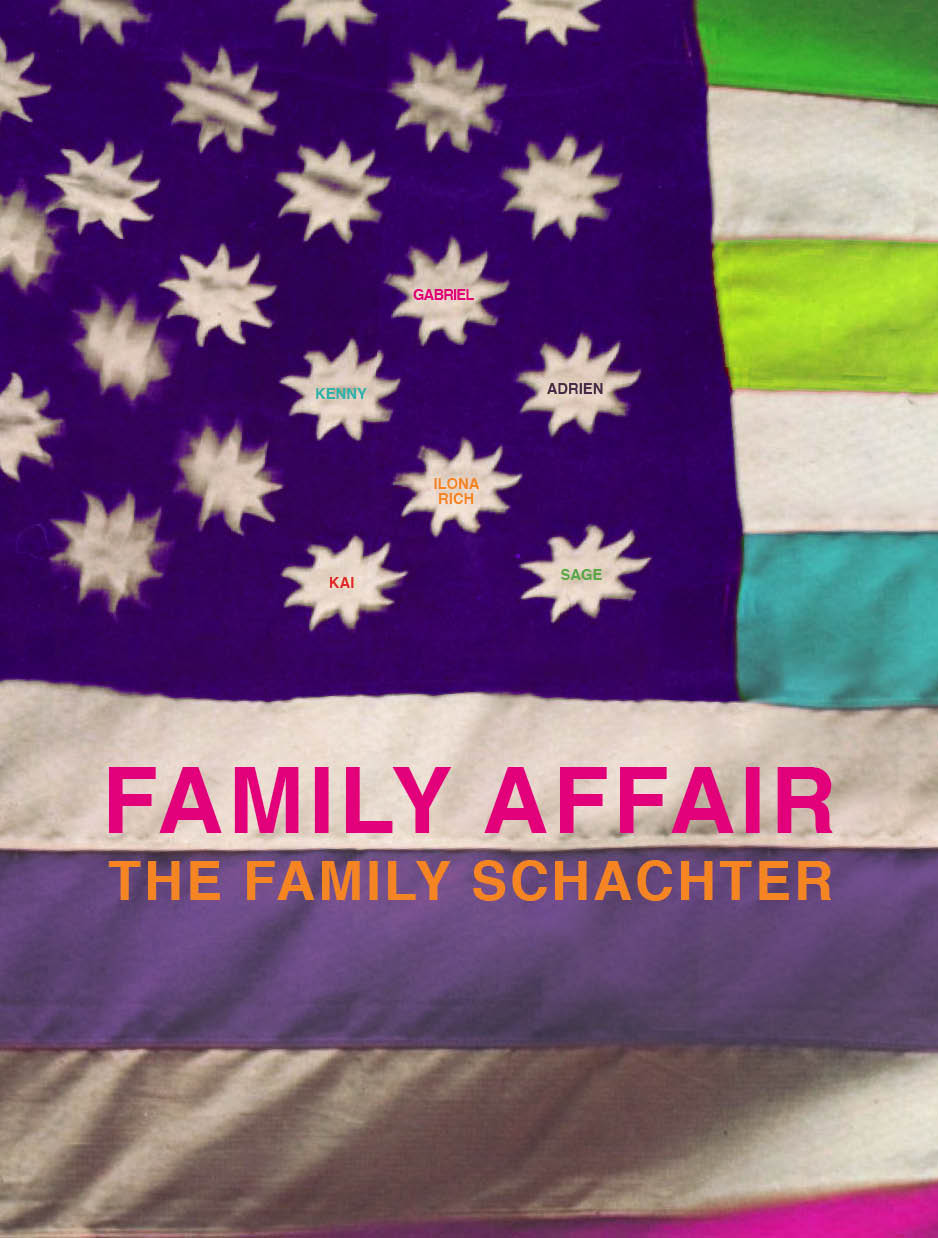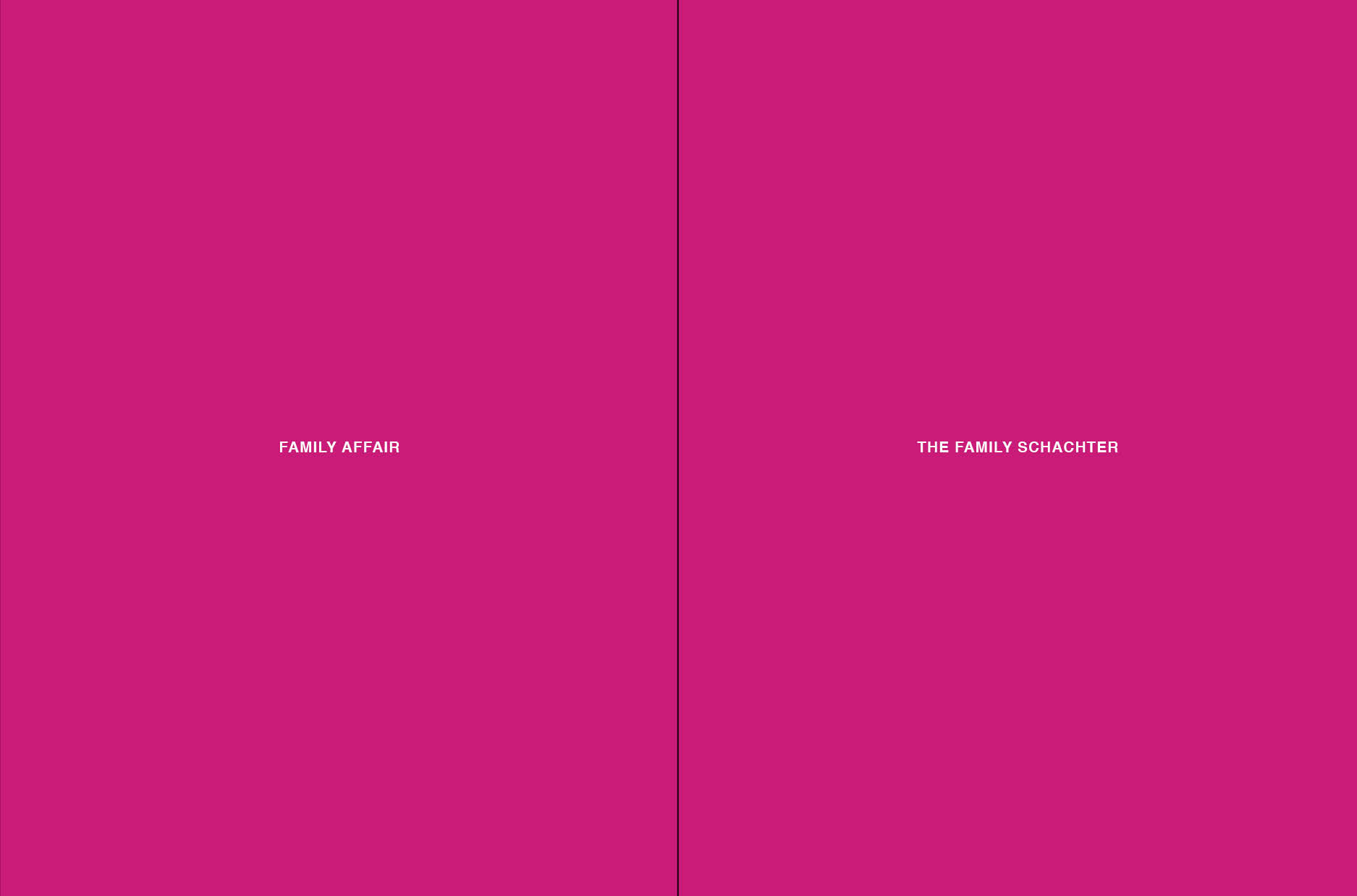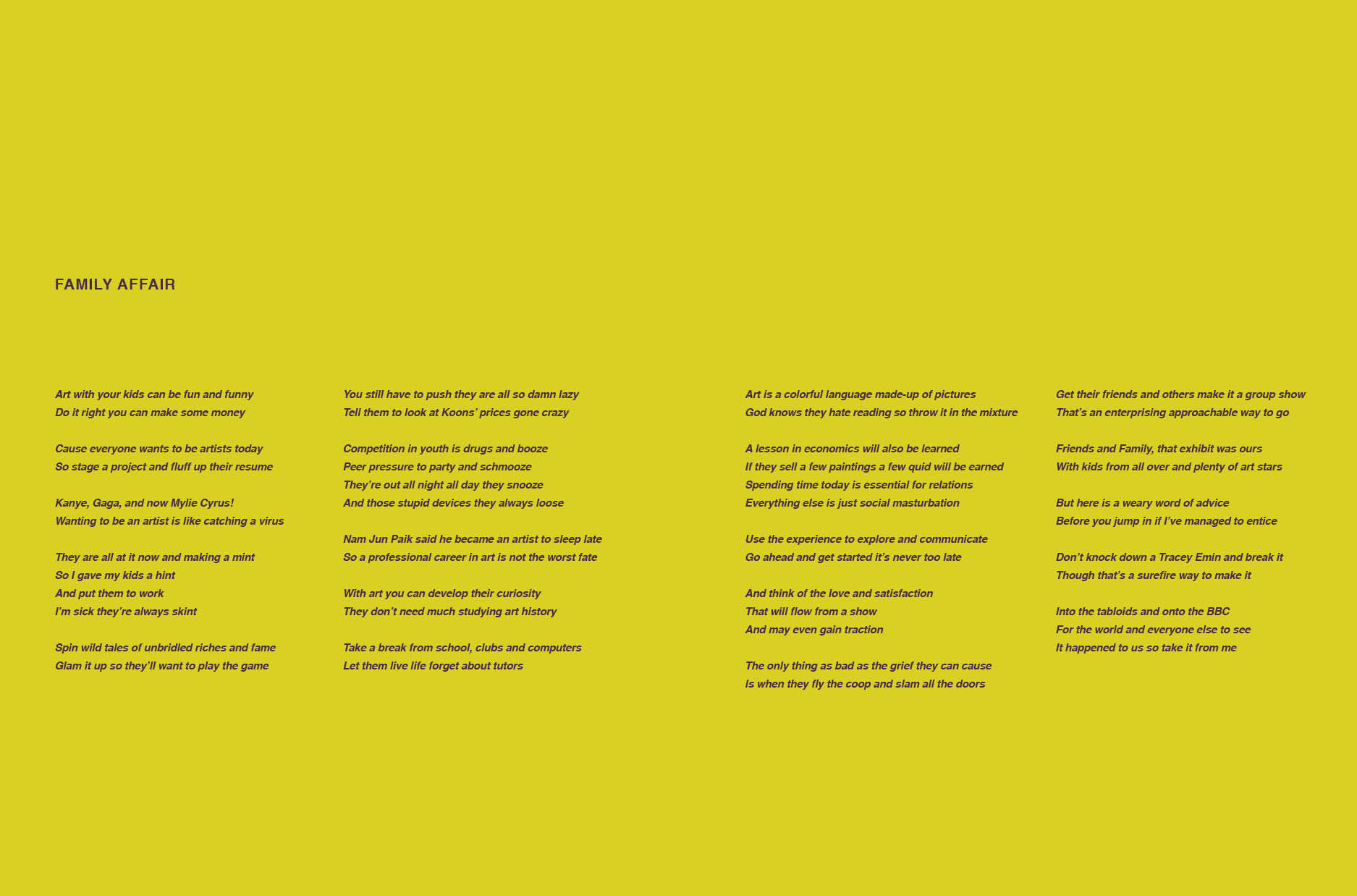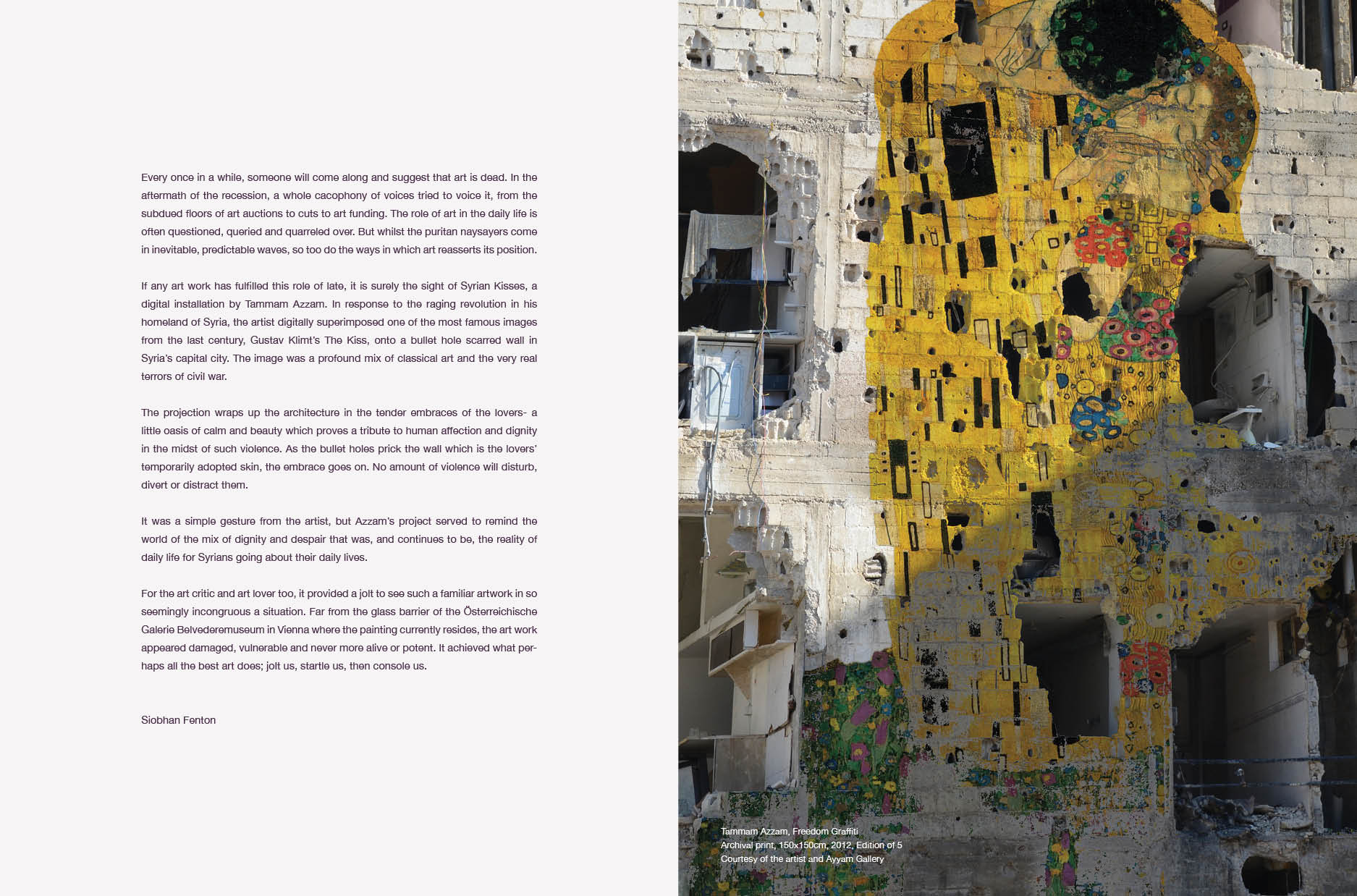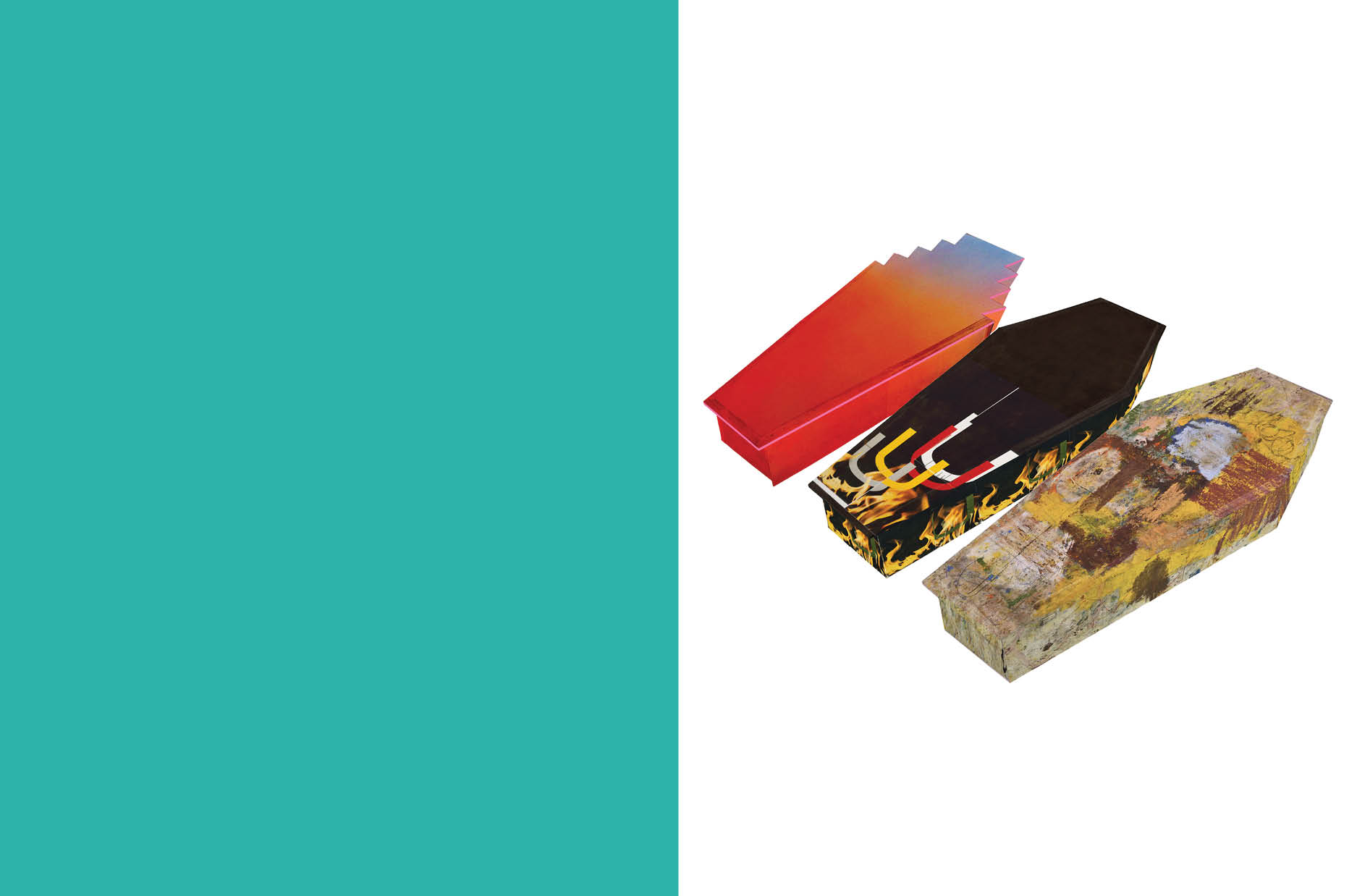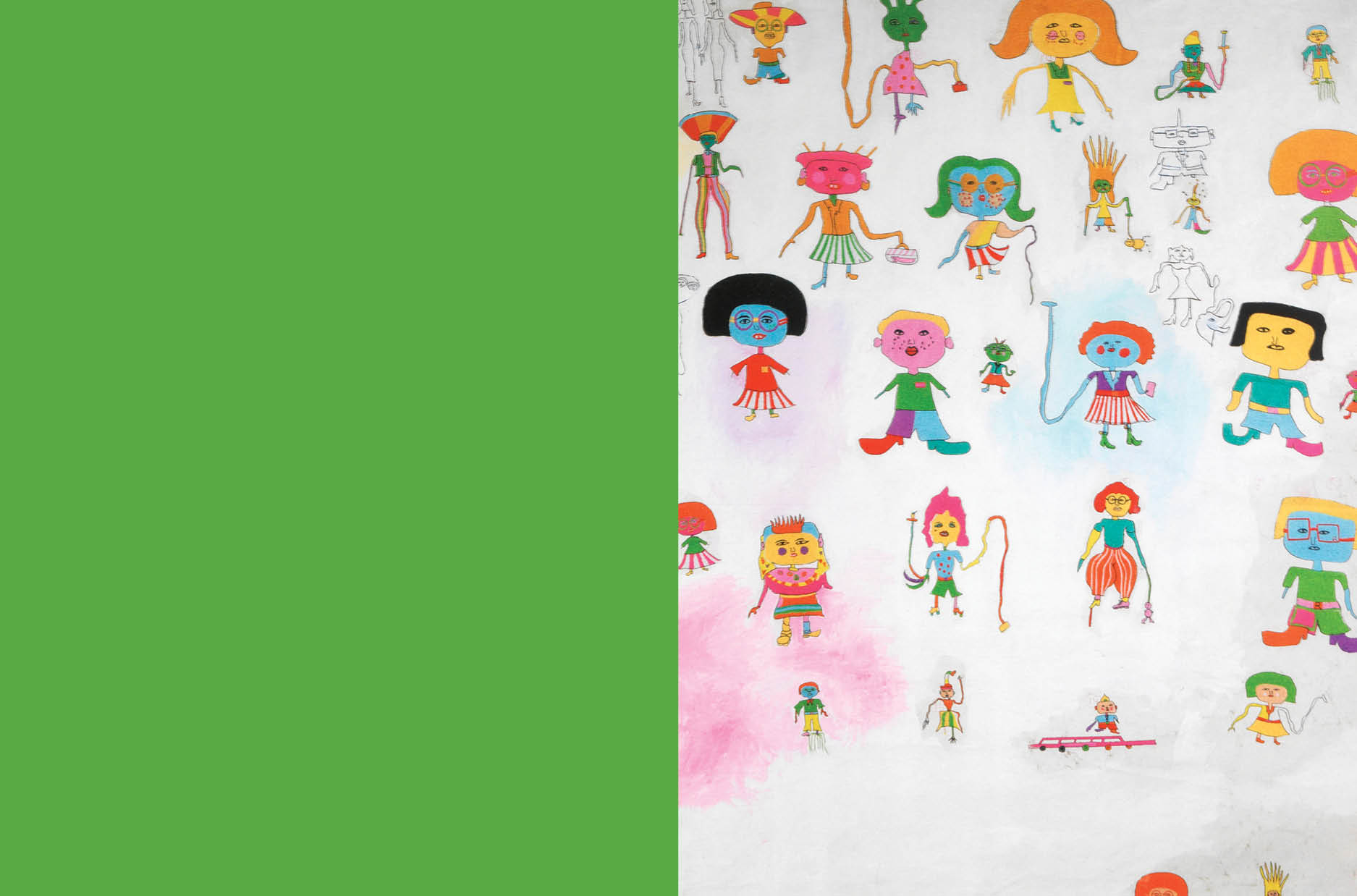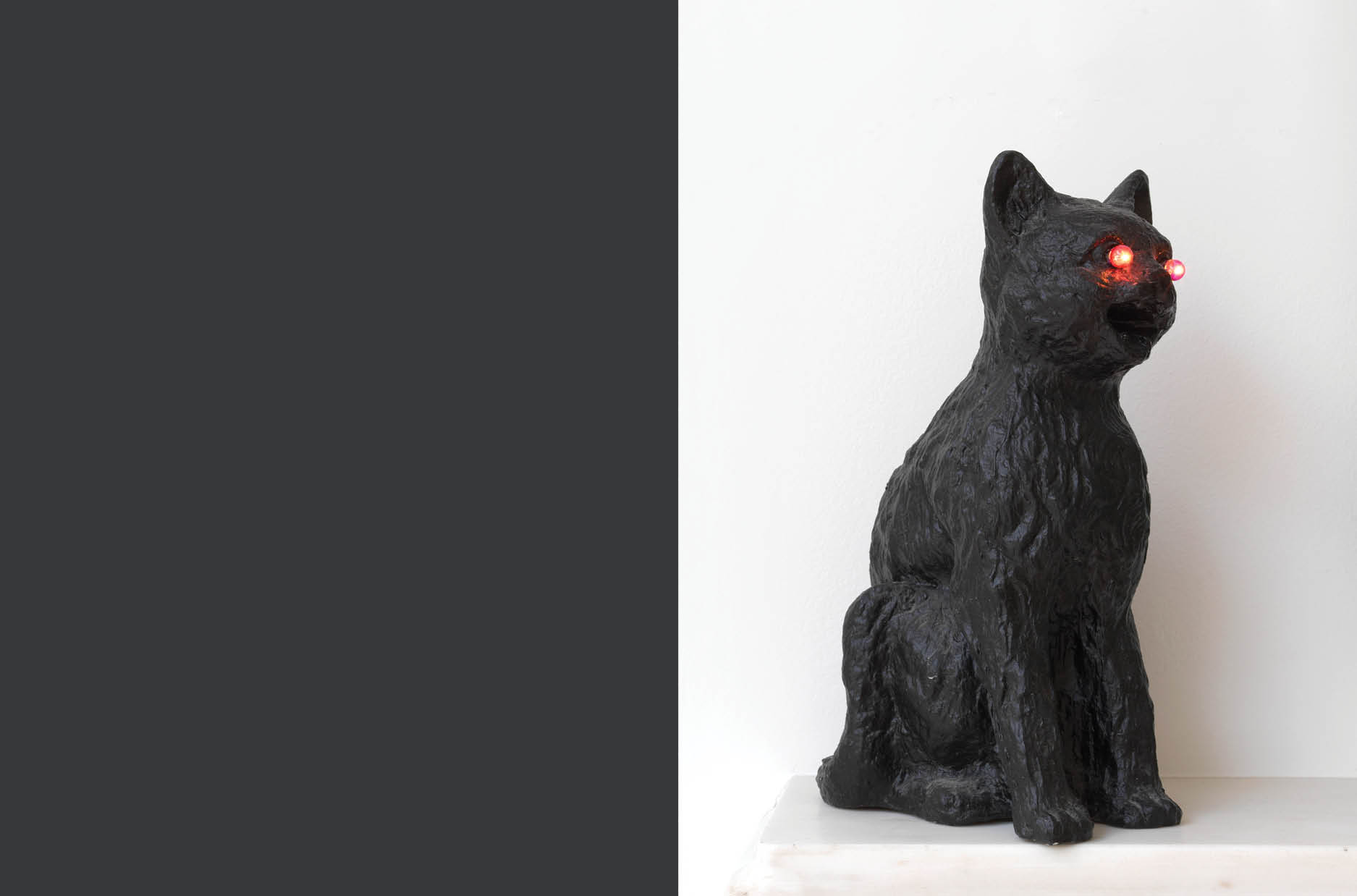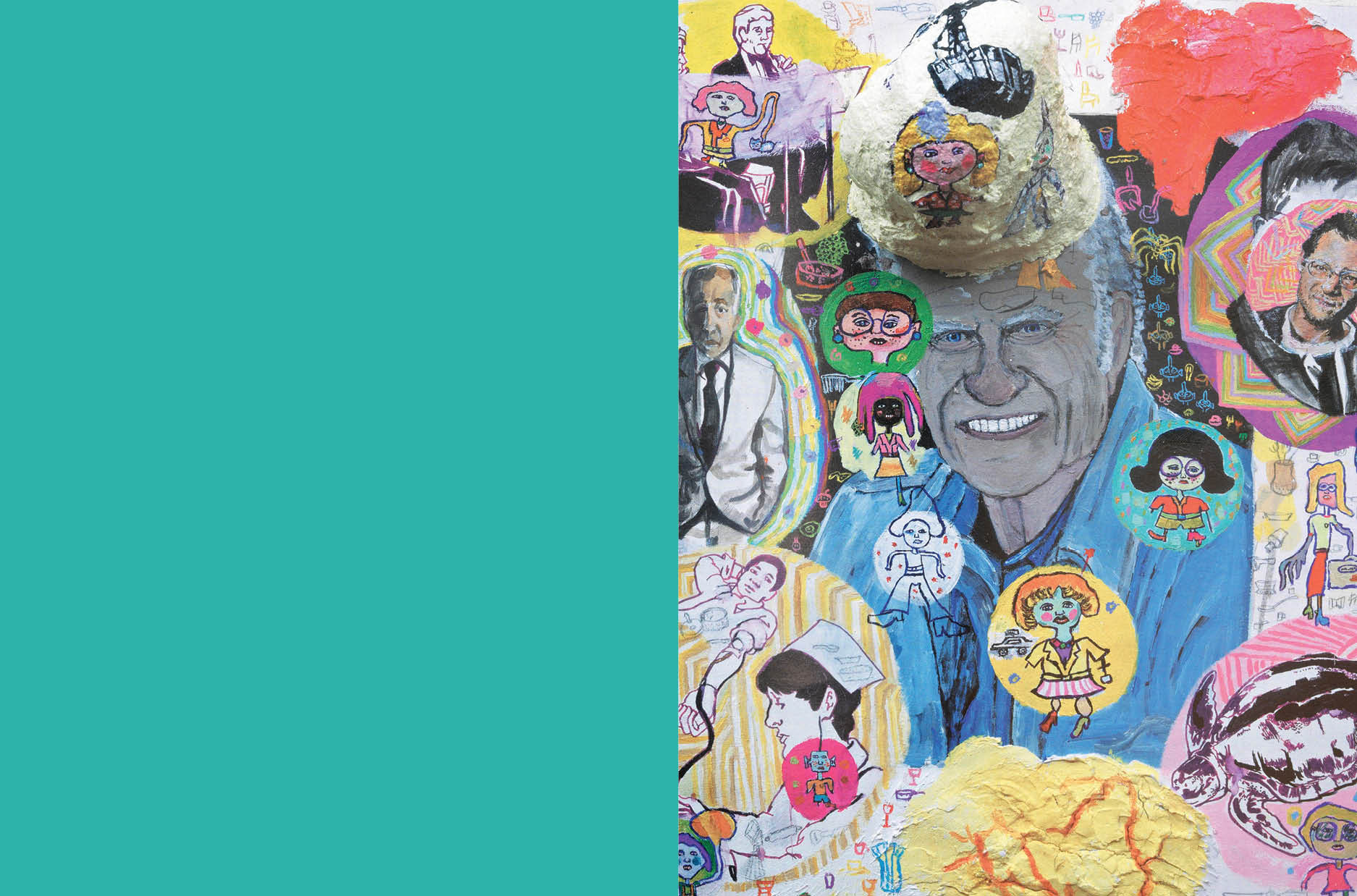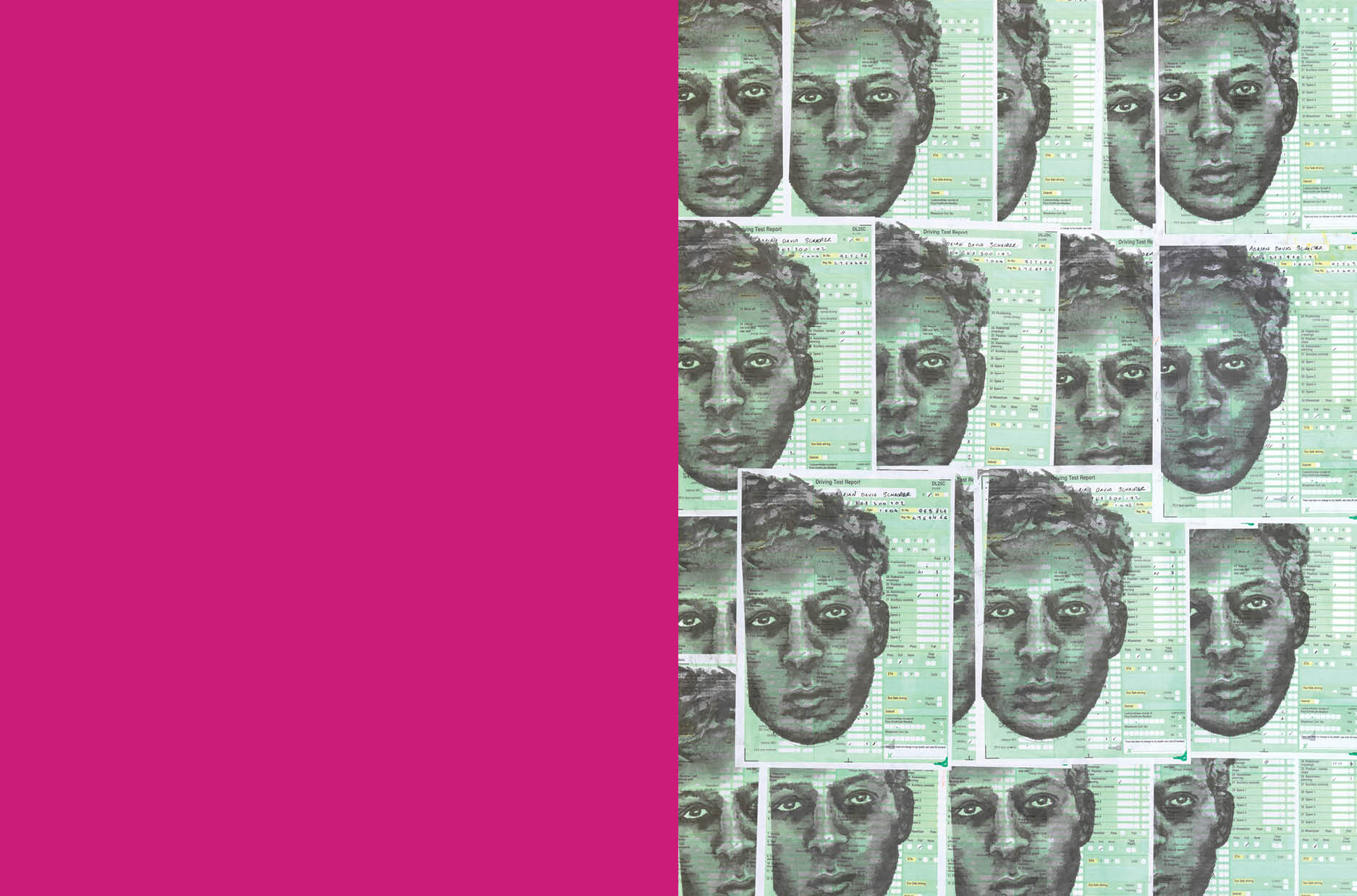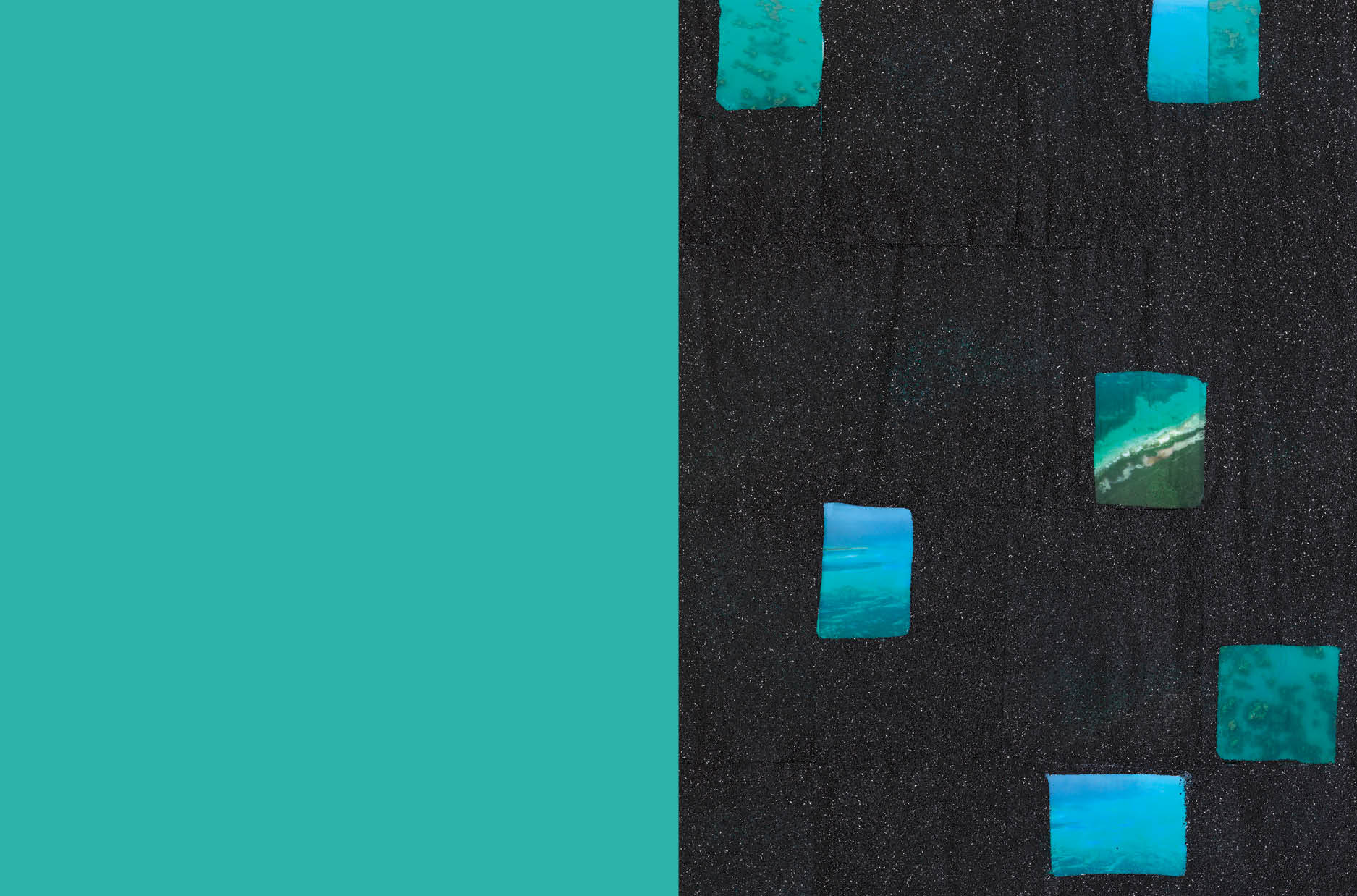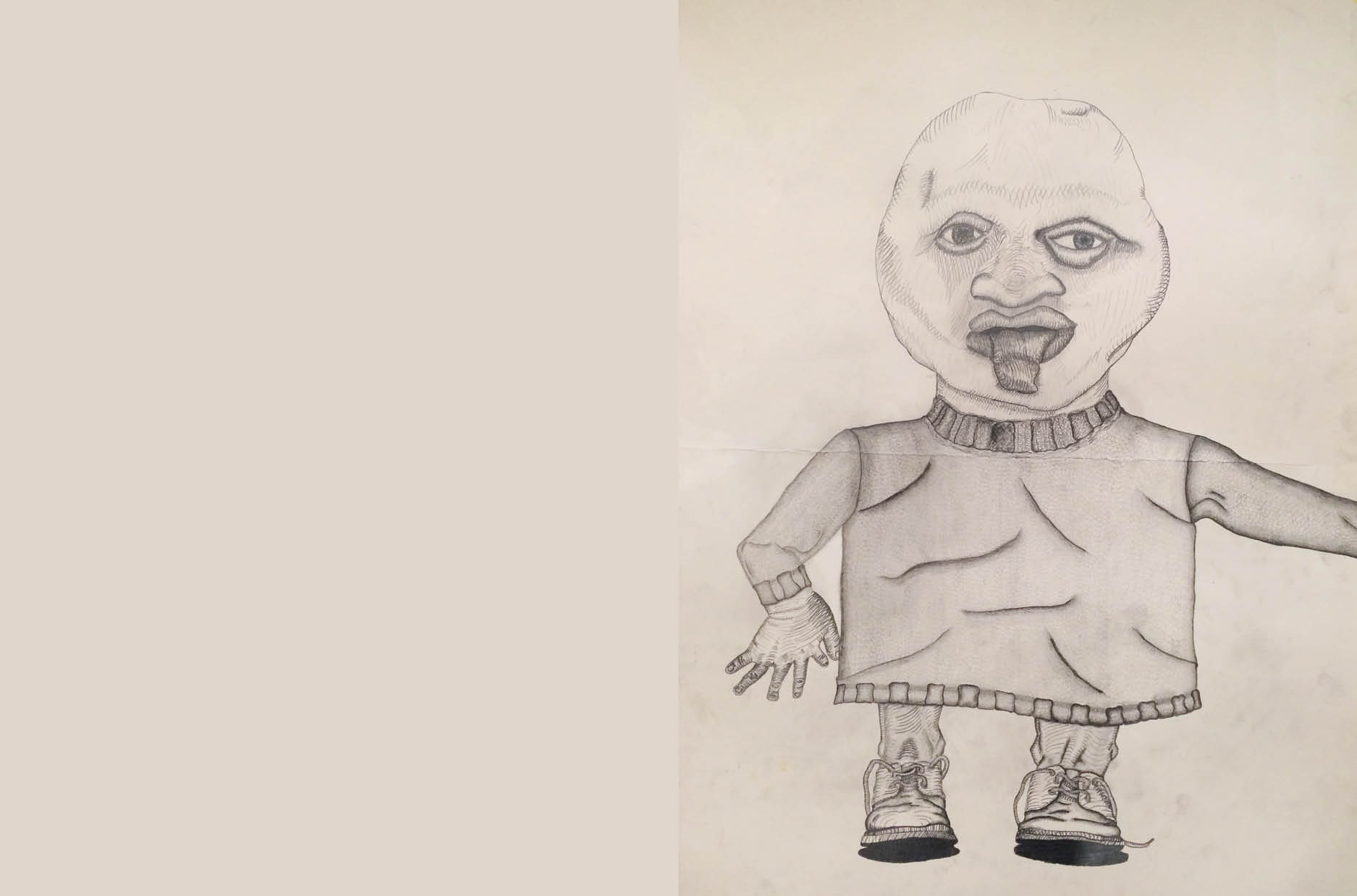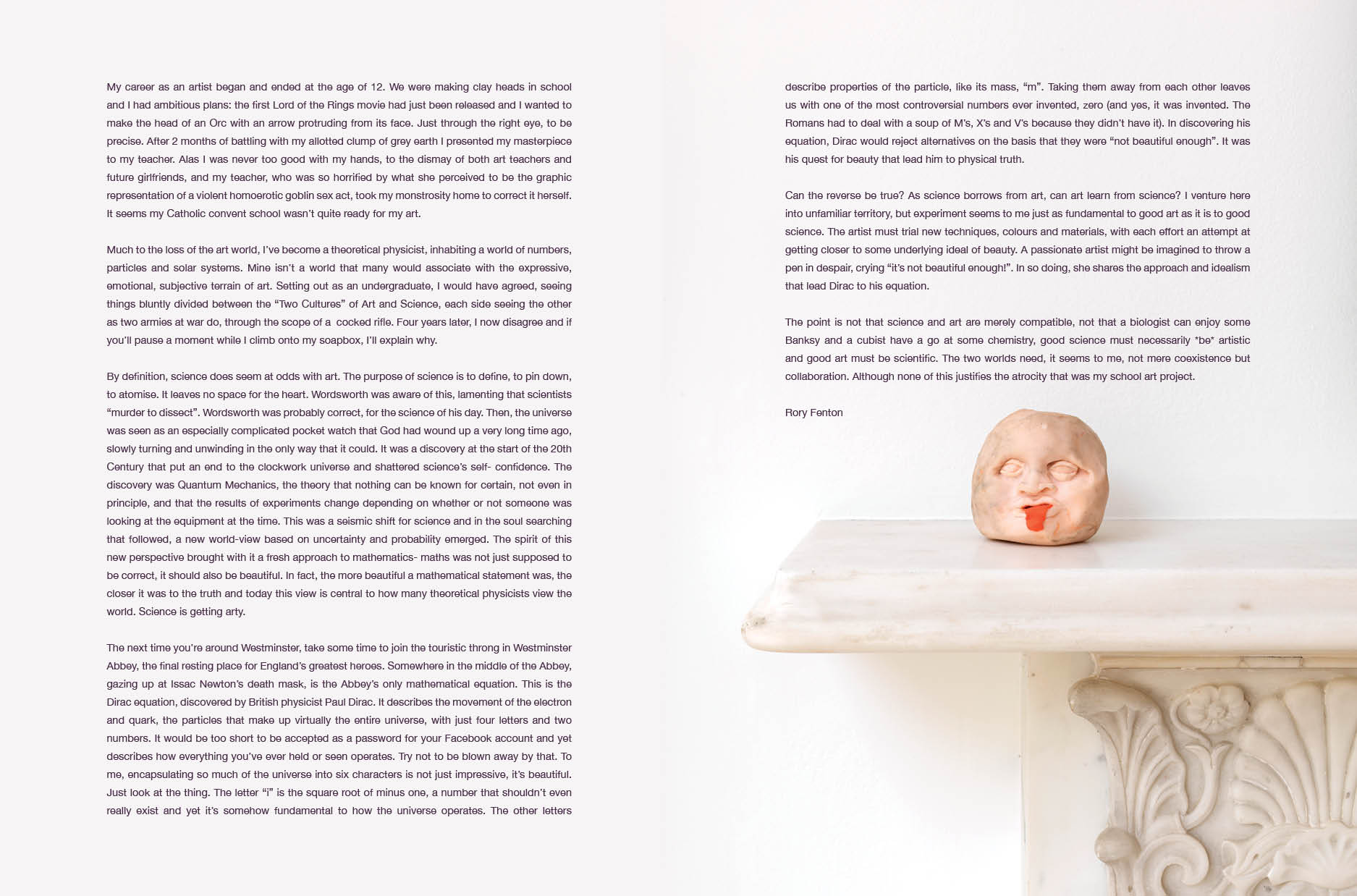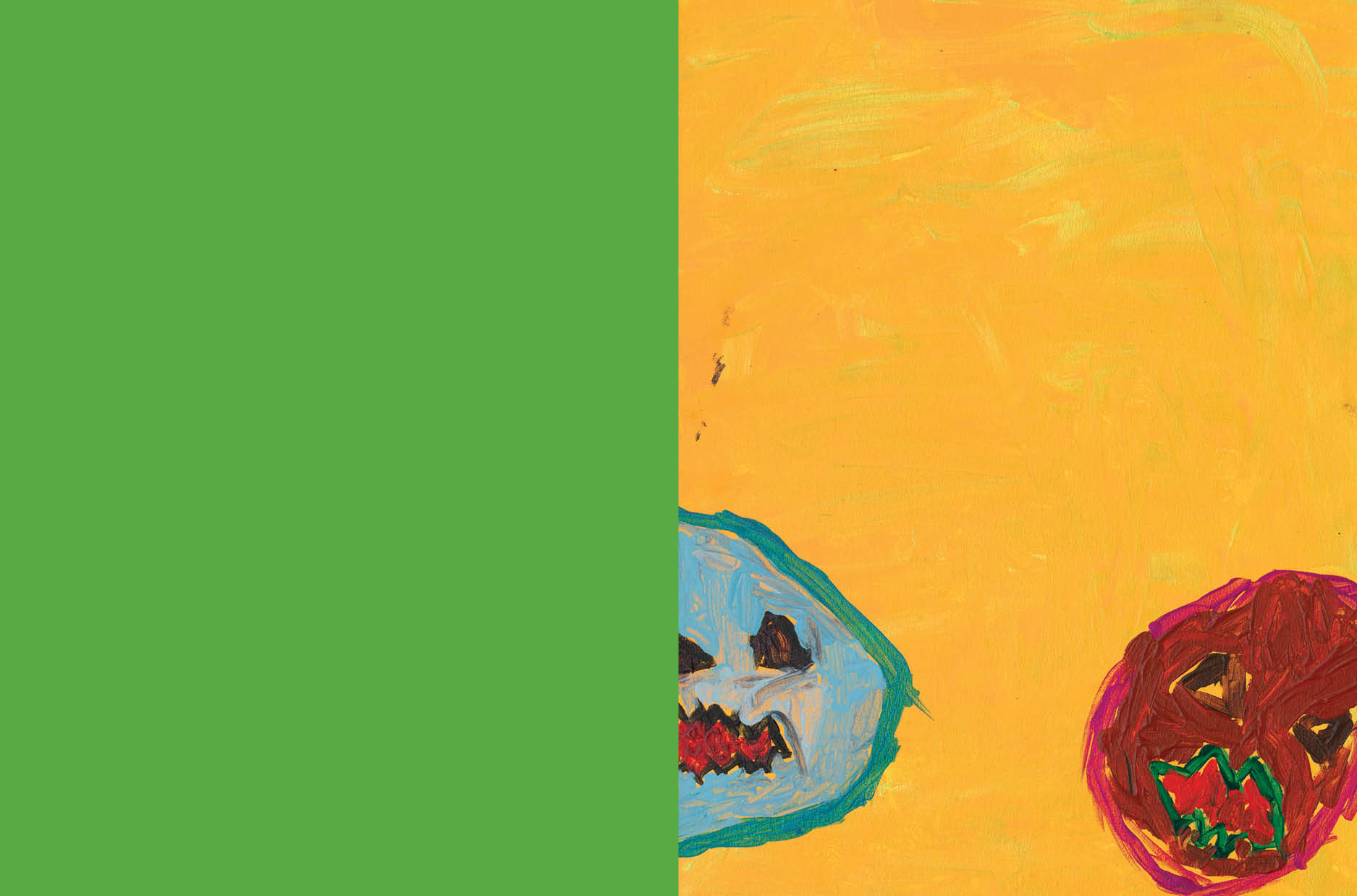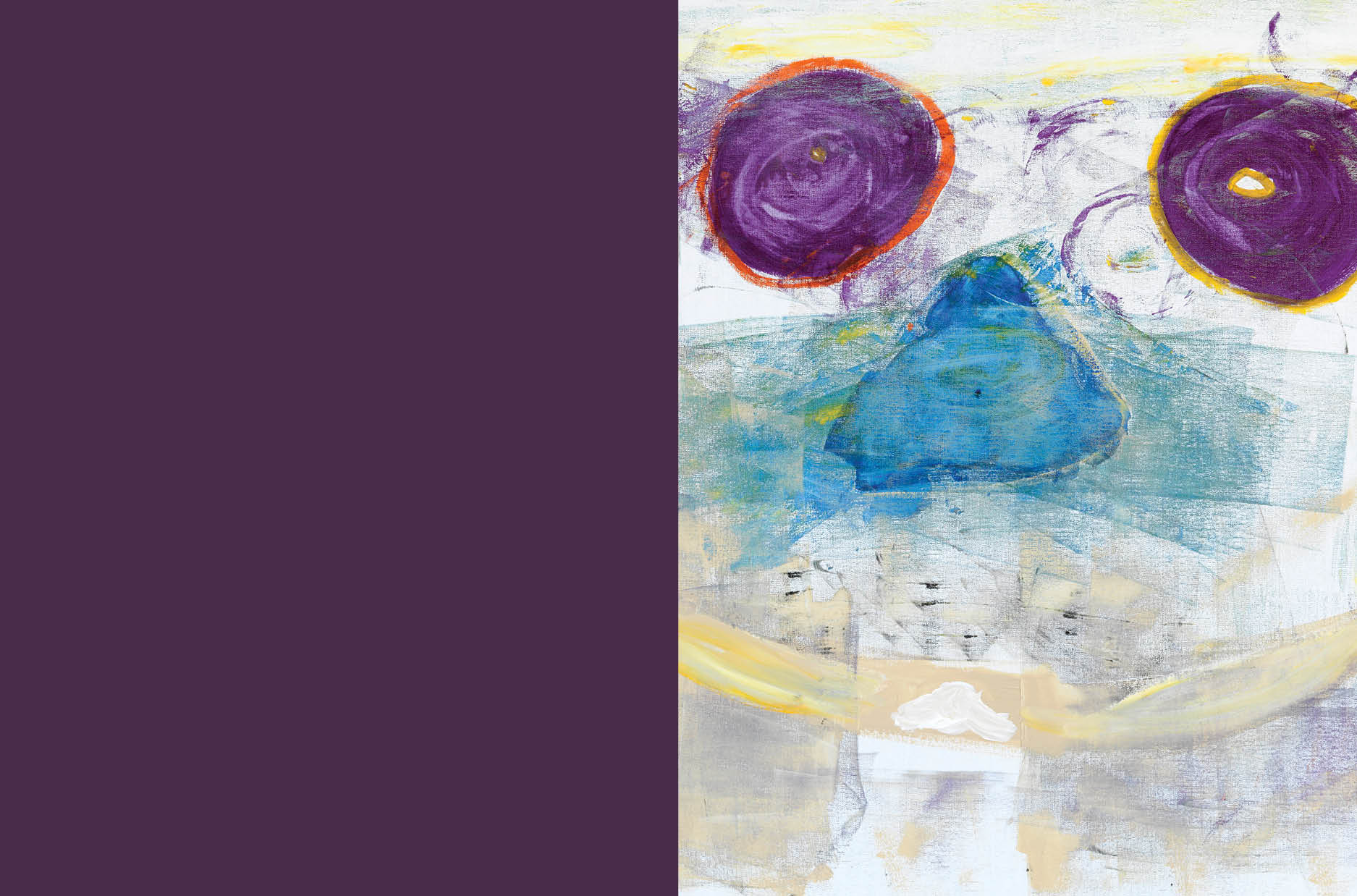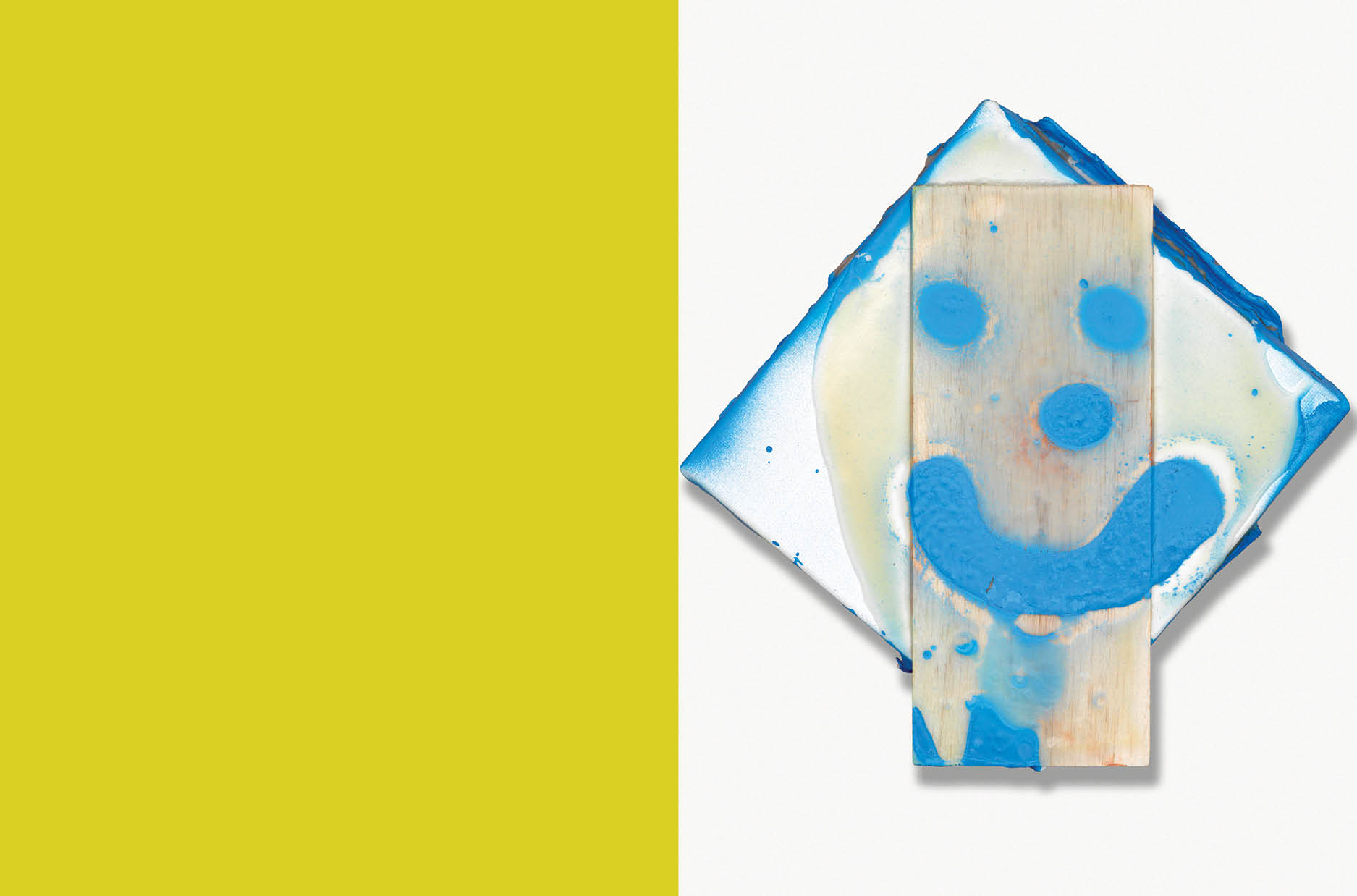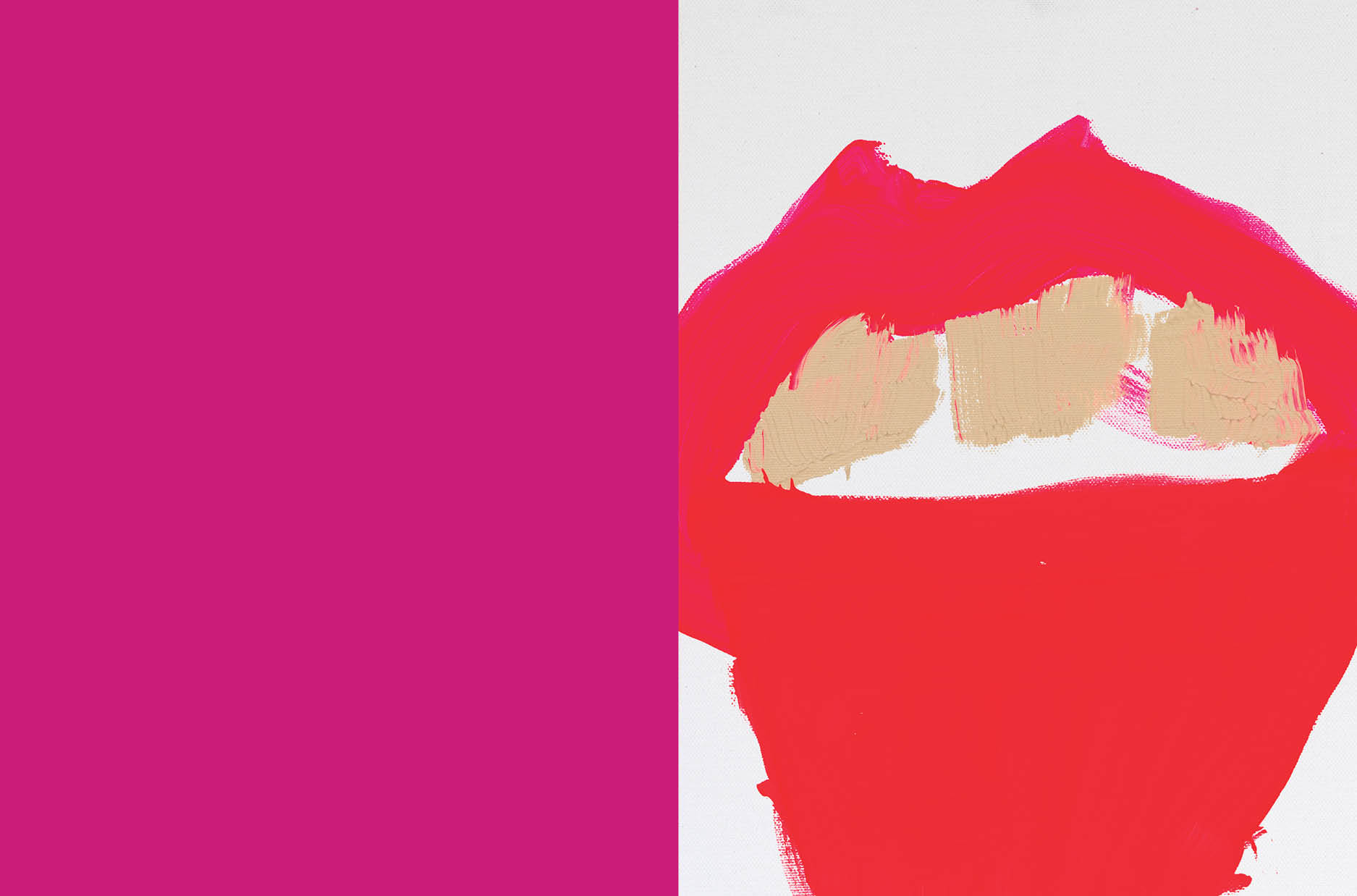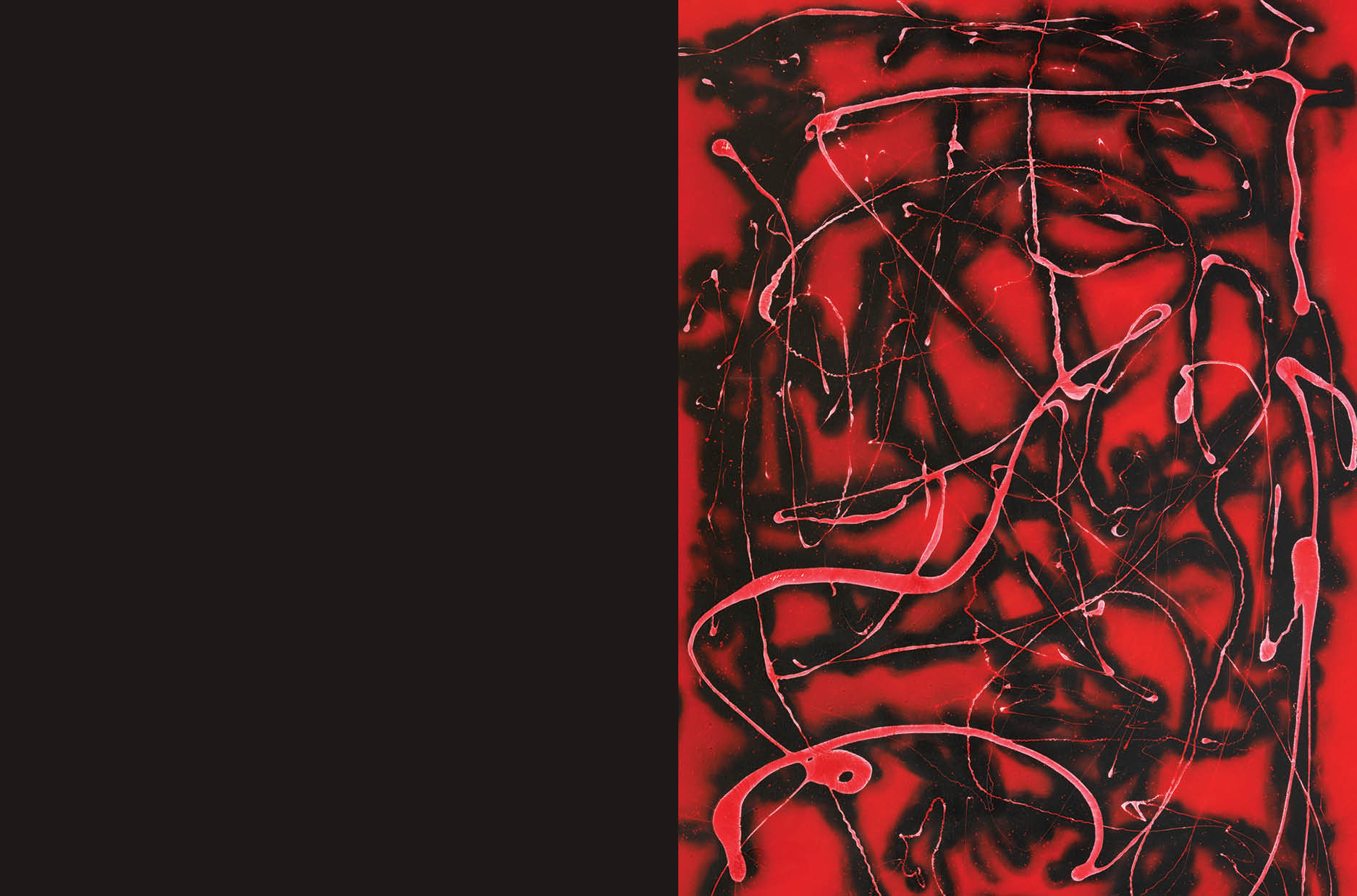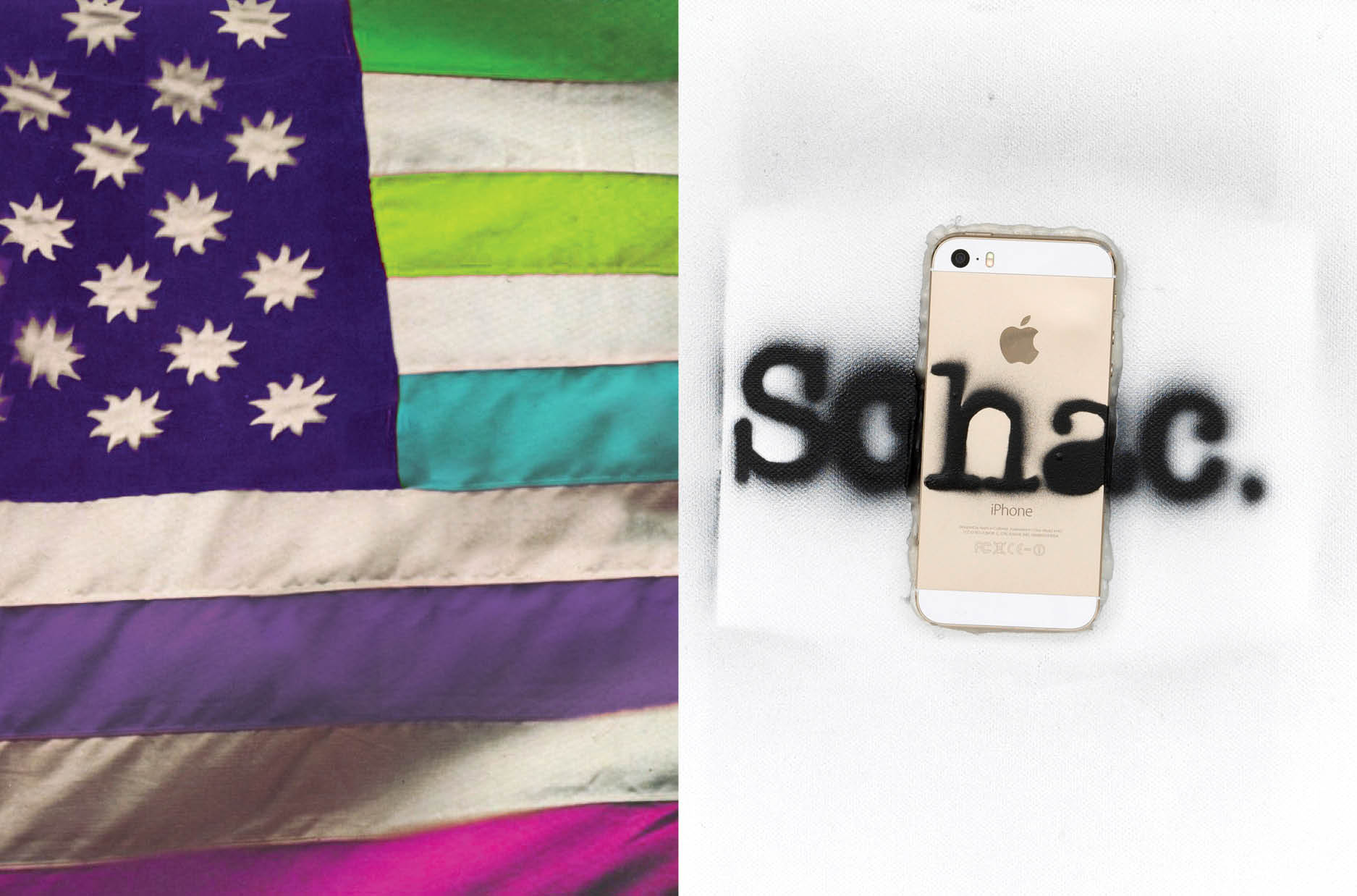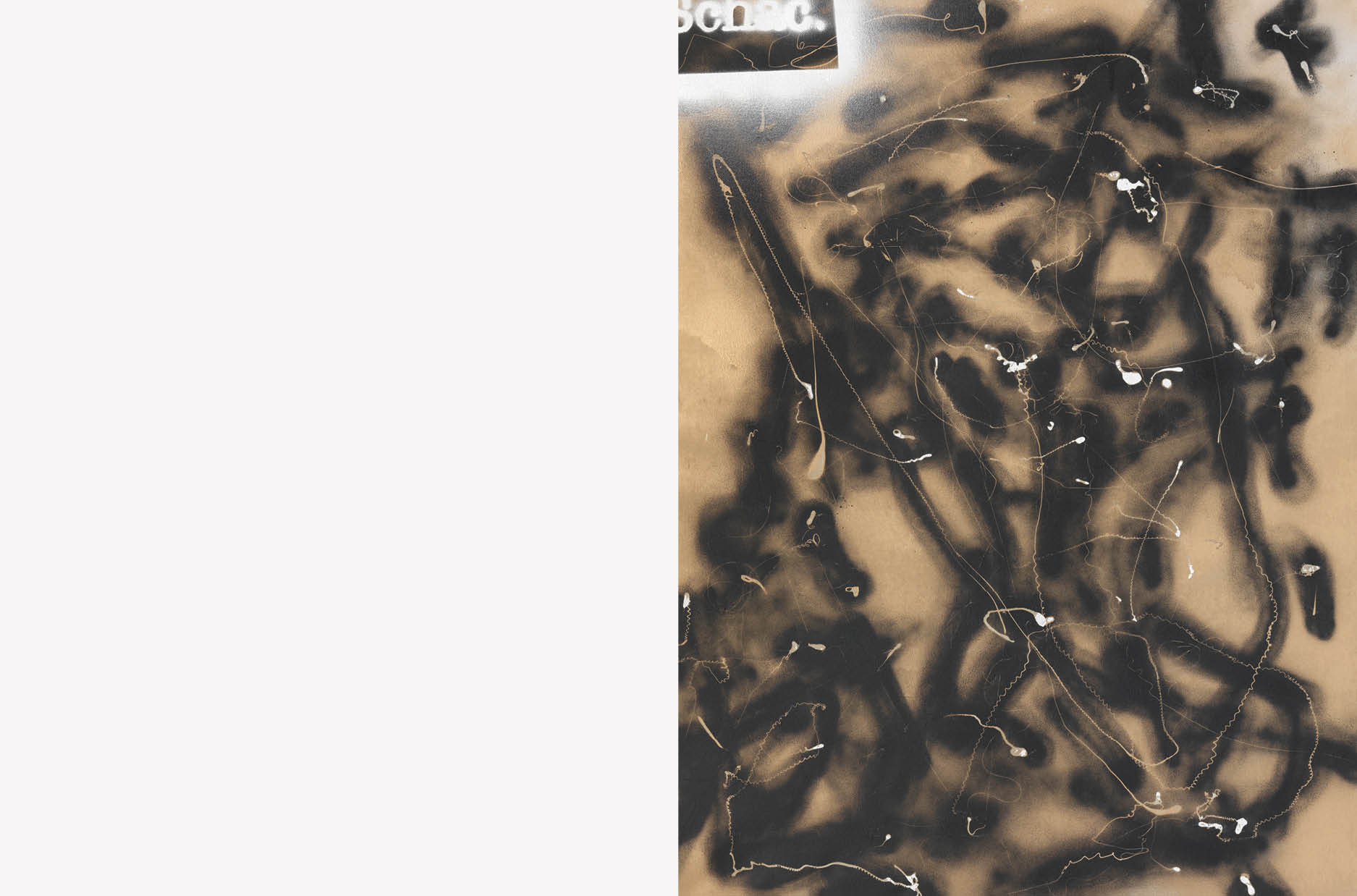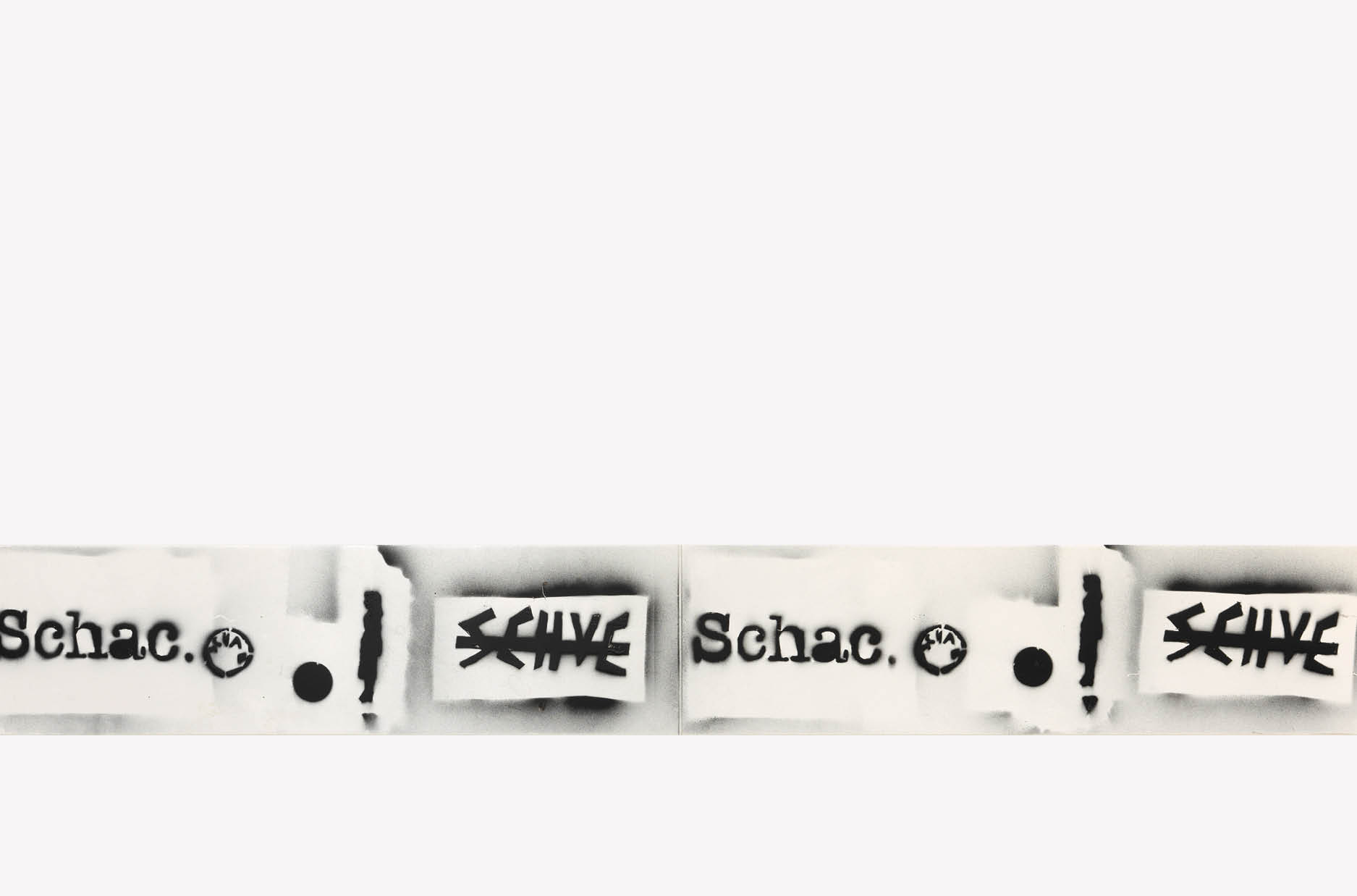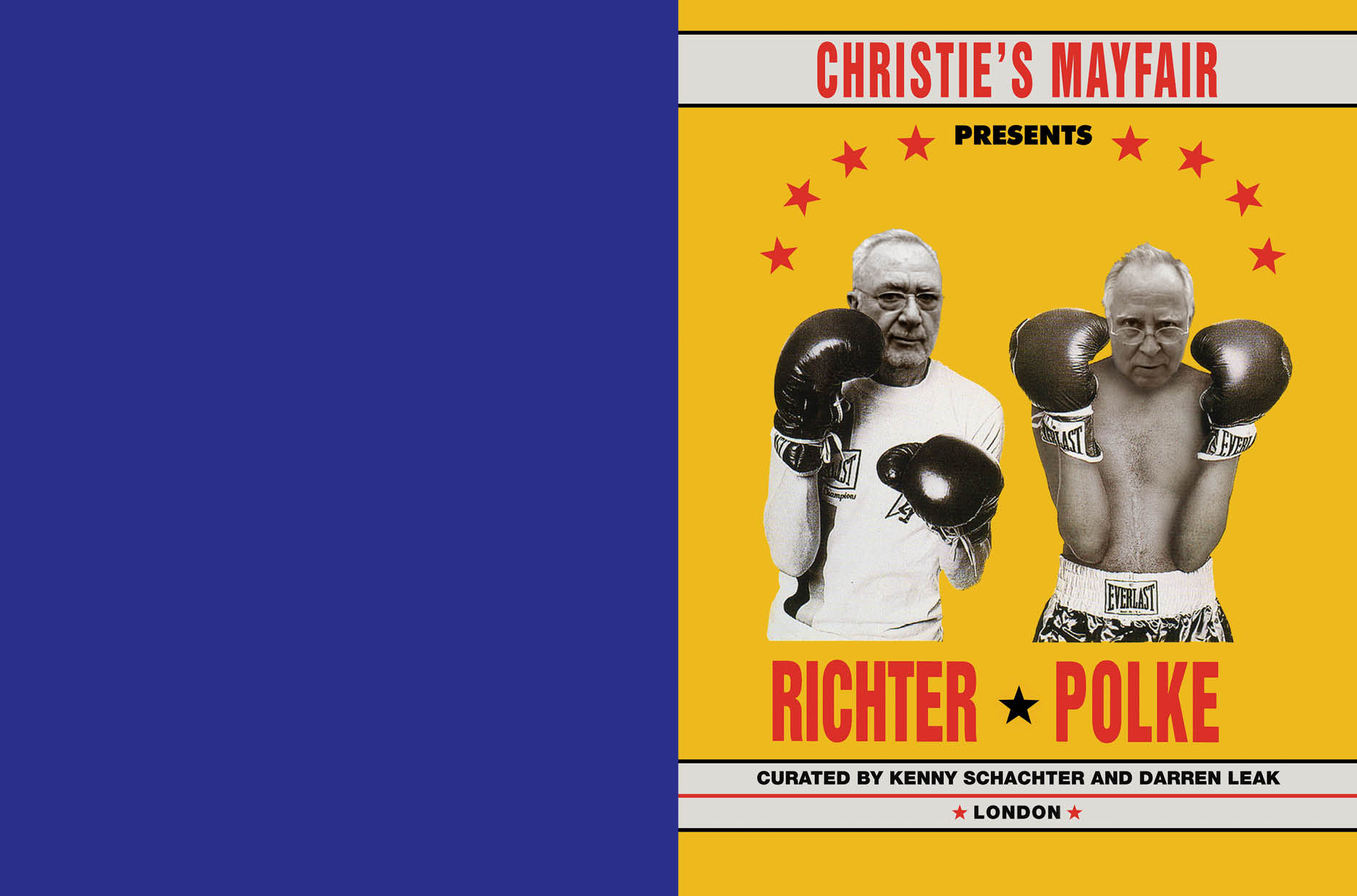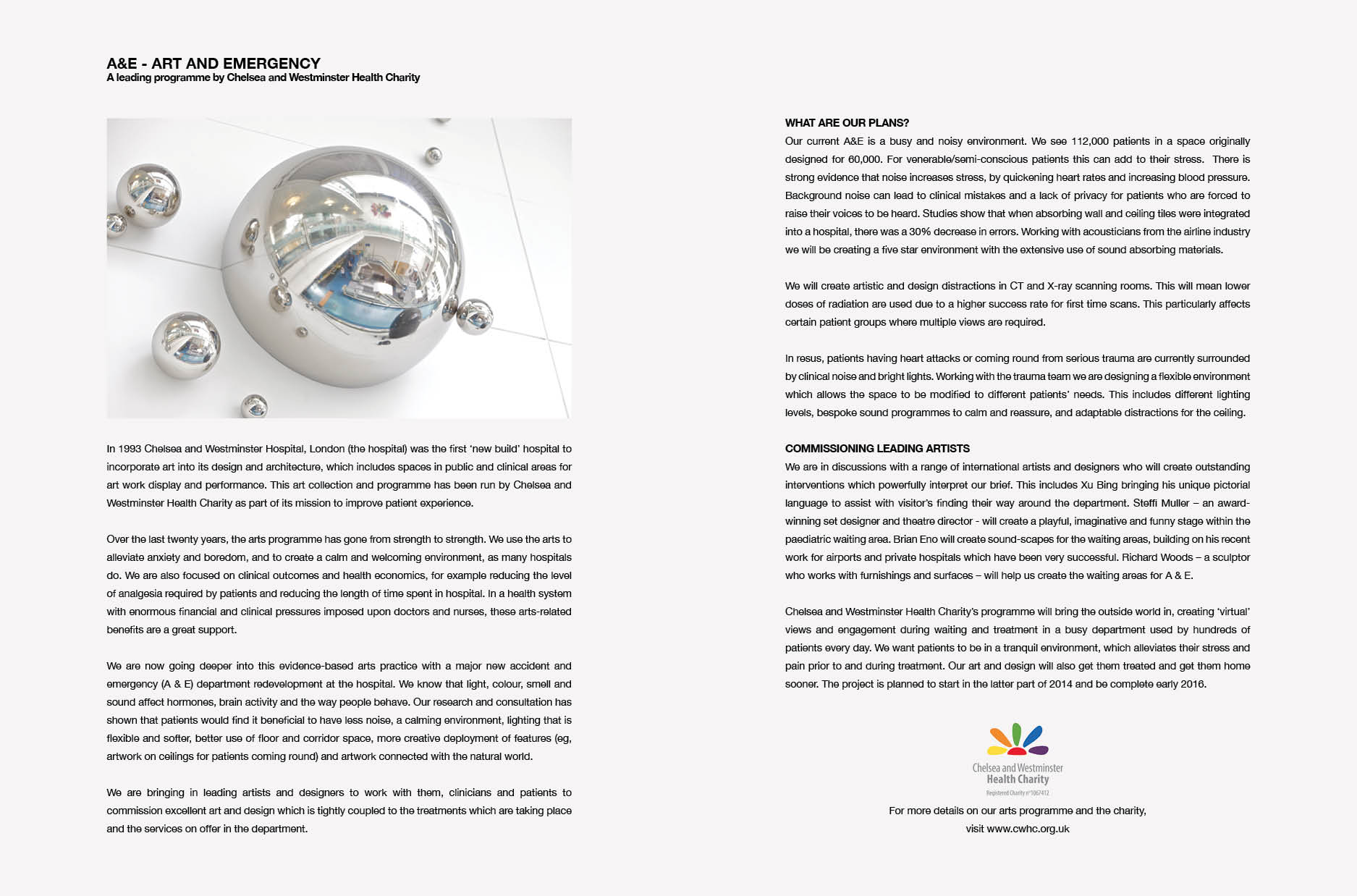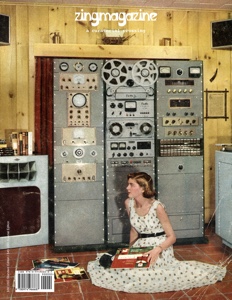
-
editor's note
Editor's Note
Long Lasting Value.
That’s what it says on the wrapper of Scott toilet paper. It’s a new slogan that’s been added to the fantastically beautiful logo graphic. Funny to think of this quickly dispensable commodity as having the quality of “long lasting.” Long lasting, longevity, endurance . . . . . kind of a strength. It’s nice that even toilet paper could have this quality and that it’s a value one would project on a lowly sanitary tissue product.
The words “accurate” and “careful” were just differentiated on The Avengers during a scene of shotguns being loaded. In this episode, birds are disappearing and Mrs. Peel and Steed are finding that contaminants causing the “foulness” might be the culprit they have been chasing which in the end has nothing to do with anything. But oddly, it’s incredibly foresightful environmentalism. People in the show are even marching with placards that say “Be kind to animals”. All in an episode from 1965. Is there a difference between “accurate” and “careful”? It seems to me that to be accurate you’d have to be careful. Unless you’re Dick Cheney, then you’re neither (especially with a shotgun).
A magazine that comes out once a year, a roll of toilet paper, and an hour-long television show from the ’60s. And the birds, well . . . . the flock must necessarily follow. Let’s be flippant now, because when in doubt it’s much better to rely on the beautiful eye of fashion, naturally none other than Christian Dior, and because we’re talking about TV, toilet paper, and birds, let’s at least reflect on the other kind of birds: “Women are most interesting between the ages of thirty-five and forty, after they have won a few races and know how to pace themselves. Since few women ever pass forty, maximum fascination can continue indefinitely.”It would be nice to think that fascination is accurate and careful, and in Ezra Pound’s words “DEElicious” . . . but more than anything that it’s something that lasts indefinitely.
Devon Dikeou
editor/publisher -
curators' notes
Curators' Notes
ALEXIS ROCKMAN/BRETT LITTMAN
This group of drawings, presented in Alexis Rockman: Chemical Trespass at the Baldwin Gallery, is a continuation of a body of work the artist produced for the 2012 film Life of Pi, directed by Ang Lee, a selection of which were exhibited at The Drawing Center in 2013. Rockman, who counts among his early influences film artists Syd Mead and H.R. Giger (perhaps best known for their concept art for Blade Runner and Alien, respectively), was invited by Ang Lee to create the world of Life of Pi, from its gnarled, ominous island to its fantastical underwater seascape. The Bioluminescence drawings, which focus on maritime wildlife, highlight Rockman’s longstanding fascination with and concern for biodiversity; he draws inspiration for his most ambitious projects from the natural world. Floating on featureless black grounds, the images are rendered as jewel like specimens, as precise as scientific illustrations but made intimate and emotionally resonant through the use of watercolor and gouache and the evidence of the artist’s hand. Veering into abstraction while maintaining a firm sense of biology, the drawings seamlessly link aesthetic and scientific discourses. Rockman’s work examines the natural world, as well as the human impulse to catalogue and record it, and, often at our peril, to impact it. Brett Littman is the Executive Director of The Drawing Center in New York and was co-curator, with Nova Benway, of Alexis Rockman: Drawings from the Life of Pi exhibition which debuted at the Center in 2013 and toured to NOMA in 2014.GERALDINE POSTEL
Geraldine Postel is an artist living in Paris.DAVID ALTMEJD
The transformation of identity through the lightest gesture.FRANCIS CAPE
Francis Cape apprenticed with master carver Dick Reid before receiving his MA from Goldsmiths College, London. In 1993 he moved to New York City, and in 1999 to the Upper Delaware Valley. Following a decade or so of architectural interventions that addressed the inseparability of art from its context, he turned to work that confronts issues outside the studio/gallery circuit. A body of work exploring the connection between what was seen in our society after Katrina hit New Orleans and what he observed in his own community in upstate New York led Cape to research social idealism, which developed into the project Utopian Benches. Places that have shown his work include Prospect 1, New Orleans; the St. Louis Art Museum; MoMA/P.S.1 New York; the Aldrich Museum of Contemporary Art; and the Public Art Fund, NY.LISA KERESZI
Photographer Lisa Kereszi’s 2014 artist book is entitled The More I Know About Women, and published by J&L Books. In it, she appropriates the many photos of women her outlaw biker father took when she was a child in the late ’70s and early ’80s. They are kept in several magnetic albums, in the bottom of a closet. For practical and conceptual reasons, the images in the book are cropped, which not only hides the identities of the women pictured, but also dislocates the images and places the artist-daughter’s visual signature on her father’s source snapshots. Revealed here are the eyes that were removed in the book’s cropping, as if the supermarket-rag’s black bar of anonymity could be x-rayed and made invisible. Here the biker babes get to look back at the viewer, and at the daughter who only knew them as the strangers keeping dad from the dinner table.DAMIEN HIRST/MARY BARONE
In 1988 while at Goldsmith’s College, Damien Hirst made his first medicine cabinet at home simply out of MDF board and filled it with empty pharmaceutical boxes from his grandmother’s medicine chest which he’d requested she left him on her death. Speaking about the work Hirst said: “You can only cure people for so long and then they’re going to die anyway. You can’t arrest decay but these medicine cabinets suggest you can.” He then went on to create a group of twelve cabinets and further explained, “I like it when there is more than one way of saying something, like songs on an album.” Nearly 30 years later, pharmaceuticals remain iconic for Hirst in his life-long investigation into our almost-spiritual relationship with the rigors of science and the pharmaceutical industry. Pills are a brilliant little form, better than any minimalist art. They’re all designed to make you buy themÂ. They come out of flowers, plants, things from the ground, and they make you feel good, you know, to just have a pill, to feel beauty. “Blue Monday” is a curated selection from Schizophrenogenesis, a sculptural edition by Damien Hirst published by Paul Stolper and Other Criteria. The hugely enlarged medicine bottle and resin pills all play with concepts of scale and continue Hirst’s exploration of contemporary belief systems—religion, love, art, and medicine.JOSHUA ABELOW
the words she wanted
to hear
went out
to see
a movie
the movie
depicted dancing
figures
the dancing figures
inspired the words to change
into pictures
here are the picturesSIMON BILL
These images have been lifted from one of the fechtbuchen (fightbooks) produced by European teachers of martial arts. This one is by the great German master Hans Talhoffer and dates from the middle of the 15th century—a very productive period. These books were basically manuals to assist in the teaching of the great variety of martial arts being practiced in Europe at that time, including the use of the langschwert or longsword, the grosse messer (a kind of giant Bowie knife peculiar to the German speaking world), the poleaxe, the sword and buckler, and also the various grappling and wrestling techniques. These books are of interest today because, unlike the martial arts of the East, there is no continuous tradition in European fighting techniques and most of these arts had been lost. There is now, however, a large revival movement called HEMA (historical European martial arts) which is based on the fechtbuchen. There are HEMA clubs all over the US.HARRY SMITH/HAYLEY RICHARDSON
My first encounter with Harry Smith’s artwork was during my last semester of college in 2008, taking a graduate-level art history seminar that was beyond my level of interest at the time. The day of final projects came, and an aloof yet enigmatic girl gave a presentation about this artist and his engagement in the occult sciences. She spoke slowly, quietly, I can’t remember what was said. All I can say is that the name Harry Smith is the only thing that stuck with me from that final class, and he has made a racket in my brain ever since. All of the images used in this project were provided by Anthology Film Archives in New York City, where great effort has been put forth to preserve the artistic legacy of Harry Smith and many other experimental filmmakers and artists. This issue of zingmagazine marks the first time that four of these images have been published. I extend my gratitude to AFA and Devon for helping make this project possible.OLAV WESTPHALEN
Westphalen’s project “A junkie in the forest” is about inspiration and wit. It is therefore also about repetition, mechanization and the recombination of standard elements. In other words, it is a project about industry. The cartoonist’s “gag-master,” a device dating back to the ’30s, allows the user to compute tens of thousands of unique joke premises simply by spinning three concentric wheels. Westphalen has developed a substantial body of drawings based on this classic tool of low-brow entertainment [. . .] At times, the results of his method are what one would expect: high art translations of low art craft, in this case the bland language of mainstream cartoons. Clearly, the quick ink lines, the ubiquitous bubble noses and all the attendant comical shortcuts are as fascinating to the artist as they are unnerving. But these drawings go beyond the negotiation of the hi-low divide, they manage to outgrow their chummy roots and become that taboo thing: autonomous expressions, they acquire a strange kind of poetry, corrupted and ridiculous, yet not without beauty. The drawings are punctured by painterly gestures apparently culled from our collective memory of those conveyor belt productions of academic abstraction from earlier, simpler decades (and which for some years now have been reappearing in the galleries). On second look you notice that the spill-over, the drips and drop-cloth stains created by these painterly commonplaces, are re-used as forms in their own right, thus obliterating the distinction between product and waste, artistic inspiration and mechanical transport of paint [. . .] To some extent this is a twisted revisiting of Richard Prince’s obsession with low-brow comedy. Appropriation, clearly, is no longer at issue when the artist is appropriating from his own cartoonist self. Instead of stating the crisis of authorship, originality etc. “A junkie in the forest” re-admits a notion of “wit” and “idea” even of “voice.” To be sure, this is a broken, refracted and bathetic voice. But still. It is a show about industry [. . .] When Seurat, who then was an office worker by day, was asked how he was able to paint his huge canvasses in his kitchen by the light of a single candle, his reply was: C’est ma methode. (It’s all in my method). [From “A junkie in the forest doing things the hard way,” by Sophie Biel, written on the occasion of the eponymous exhibition at Galerie Georges-Philippe et Nathalie Vallois, 2012]DIKE BLAIR
The four abstract artists I selected for this spread are all artists whose work I admire. They are all great colorists and their work has strong formal underpinnings. I’m particularly attracted to how they combine the materiality of their objects with the ethereal nature of color. But their practices are all highly individualistic. The real reason I assembled them here is that I thought their work would look great together.BRIAN BELOTT
Mozart’s harpsichord thrown down a couple flights of marble stairs.
One of Harry Partch’s instruments thrown out of a barn’s second story.
A Theremin thrown down a stack of retractable spaceship steps.
A Sitar thrown down a flight of crimson pillows.
A ceramic marimba tossed down the steps of jungle covered ziggurat.
A John Cage prepared piano being brought upstairs by Laurel and Hardy.
An Irish fife thrown down an aluminum garbage chute.
A Chinese gong being safely brought up a rocky hill by children.
A saxophone made of mercury splatters into thousands of shiny orbs as it falls down a Paris metro.
The stairs fell down the stairs, coiling like a nautilus into itself. Micro stairs within stairs causing sweet visual cacoffiny.
The instruments of the orchestra stood frozen, hovering (Matrix-like) as the staircase collapsed on itself, puffing out a cloud of debris.CONNIE WALSH
“interior facade” interrogates and occupies space by bringing together an absence delineated by form and a volume permeating the interior. Sculptural spheres constructed of rug-hooked canvas, beeswax and yarn are reconstructed into photographic images. These images are juxtaposed with photographs of interior mid-century modern architectural details, structures which are meant to provide support for the biomorphic sculptural forms. The juxtaposition reveals a potential transitional space between interior and exterior, intimacy and detachment. Connie Walsh is an artist trying to find space in Los Angeles.MICHELLE ANDRADE
Michelle’s work is a journalistic exploration into the everyday sprawl of the mundane. Brightly colored, whimsical drawings draw the viewer in. But a closer look reveals her personal anxieties, struggles, and insecurities. The fragmented phrases that run through her drawings come from her own thoughts as well as conversations and interactions with others. Taken out of context, these dark and humorous thoughts and phrases, juxtaposed with a playful aesthetic become accessible. That which would traditionally be deemed personal and uncomfortable allows the viewer to locate themselves in the narratives woven into her diaristic journey.LUCIE FONTAINE
Born and based in Colmar, France, “art employer” Lucie Fontaine lives between fiction and reality, a dynamic state she manages thanks to her employees, who work for her from Milan, New York, Tokyo, Tel Aviv and many other cities. Deeply inspired by Arjun Appadurai’s Modernity at Large and by the idea of rhizome, Lucie Fontaine is the author of sprawling projects conceived through different formats according to the context in which they are about to happen. In summer 2013 she curated the show Souvenir at Emanuel Perrotin Gallery in Paris. “Souvenir of an Exhibition” is exactly what the title says, with special contributions from the artists that participated in the show and a few extra of Lucie’s friends.LIZZI BOUGATSOS
Blue angels are goblins, zoo-people, our kin. Jumping out of trees, like a Derek Jarman or Maya Deren movie, one is lifted as if a rug of smoke carries one to a different cloud. Aloe is dripping from their tongues, chanting the sounds of God, ancestors, jungle flora, and spit. Money is flying. No one gives a shit but they want it all and the rum on the top of the pole, greased with lard. The bass lands in your lap and you move to the next destination. “Are you a shaman lady? What advice would you give a follower of your truth?” “I’d say, if you see a bridge, cross it.”BILLY JACOBS/ALEX WOLF
I started looking at Billy’s paintings in 2008 or 2009. The subjects then were quite literal—meticulous depictions from photographs of people and sites implicated in controversies or conspiracies, which later gave way to riffs on Greek and Egyptian ruins, their original architectural features eroded over time and by Billy’s free re-imaginings of their textures and appearances. In recent years the structures have opened up, or been knocked down, fractured into countless individually defined pieces that make up palpable abstractions. In the latest paintings, hard, rocky forms—some gestural, some crisply rendered—are cast against monochrome or gradated backgrounds, augmenting their solid presence and testing the third dimension.RAINER GANAHL
Comme des Marxists is a critical flirtation with and carnivalesque parody of the rather well off segment of our population. Hermes, the French fashion house and producer of high end scarves is equally if not more expensive than the Japanese designer with silken square foot price comparable to those of downtown urban real estate. In the aftermath of the 2008 financial crisis this wealthy group got off to a much better start than the significantly larger population at the opposite financial spectrum. Even to this day, many people have not gotten out of that financial and job crisis, but luxury consumption has widely expanded and gained in the recent years. Hermes is one of those high end retailers where getting the desired scarves is not always even easy. Their products are soon sold out if they ever even make it to the special boutiques located in very few metropolitan areas where they are sold without ever encountering a “on sale” sign or making it to a discounter or pop up shop. Hermes is particular in many ways, including the fact that it remains a family business and rejects big capital. They produce everything they need in their traditional ways and mostly in France besides the silk and natural colors which they also control overseas. Given the low volume, the high quality and the complicated, traditional non automated way of producing, their pricing seems more justifiable than it appears and I am myself fascinated and intrigued by their colors and their exotic, orientalizing design glorifying France’s colonial past. The historical and revolutionary intellectual Karl Marx was always critical of colonial power, hence the connection between HERMES and MARX is not just one of those funky contradictions playing on the obvious fact that working class people were not covering their heads and necks with the silks of this French manufacturer. For my works, I departed from the name-city connection of the brand, Hermes Paris, and silk-screened my variation onto the scarves, elevating them to contemporary art, hence destroying the rather expensive consumer item as such. The design of my printing is two monochrome abstractions of a hammer and sickle, two fists, and the words HERMES MARX suggesting that PARIS, standing for ubiquitous beauty and style is now replaced by MARX, standing for endless questions and demands about social justice and economic workings.GIASCO BERTOLI
Jeff Rian is American. I met him in Paris about 15 years ago and we became friends. He’s a writer, an art critic, and, as I discovered, a guitar player, composer, and passionate musician. His music is a mix of purity and strangeness. We had dinner one night at his house in Montmartre and I told him I wanted to curate a project for zingmagazine based on guitars. He said he’s been thinking of recording some of the songs he’d written with his friend and lyricist Gerard Duguet-Grasser. Then Jeff introduced me to his friend, Bob Coke, an excellent sound engineer, who became the “weatherman” of Meteo, which was recorded last summer at his studio in Creteil, just outside Paris: seven tracks, four songs, and three instrumentals.ALIX LAMBERT
The photographs on the following pages are courtesy of Lynda Pownall, daughter of Jon Pownall. They are a small selection from his extraordinary body of work. The forthcoming documentary: Good-By Fat Larry will chronicle his work, his life, and his murder.BRANDON JOHNSON
When I was a kid, my dad used to have a box in the attic of belongings he kept from his youth, including a yellowed copy of Abbie Hoffman’s Steal This Book, pocketknives, and pelts of Thirteen-lined ground squirrels. One object that caught my eye in particular was an old business card that said Royal Capri’s (Chicago) in red ink, and listed names: Jester, Hooker, Cowboy, Sylvester, Lil Weasel. There were stock graphics—a pair of dice and a Playboy logo—and in the top left corner the words Compliments of. When I asked what this was, he said his buddy made it for graphic arts class in school and I left it at that. Later on in life, I came across the card again and did a little independent research. I discovered this “compliment card” was part of a greater phenomenon native to the Chicagoland area during the ’70s and ’80s, when neighborhood gangs made business cards to represent. My dad recently elaborated, telling me his friend had been a member of the Royal Capris and he’d probably get a kick out of my interest in the card. Since then, I’ve grown fascinated with these idiosyncratic cultural artifacts from my hometown and now own a collection of original cards myself. This Almighty Playboys card is one of my favorites. -
masthead
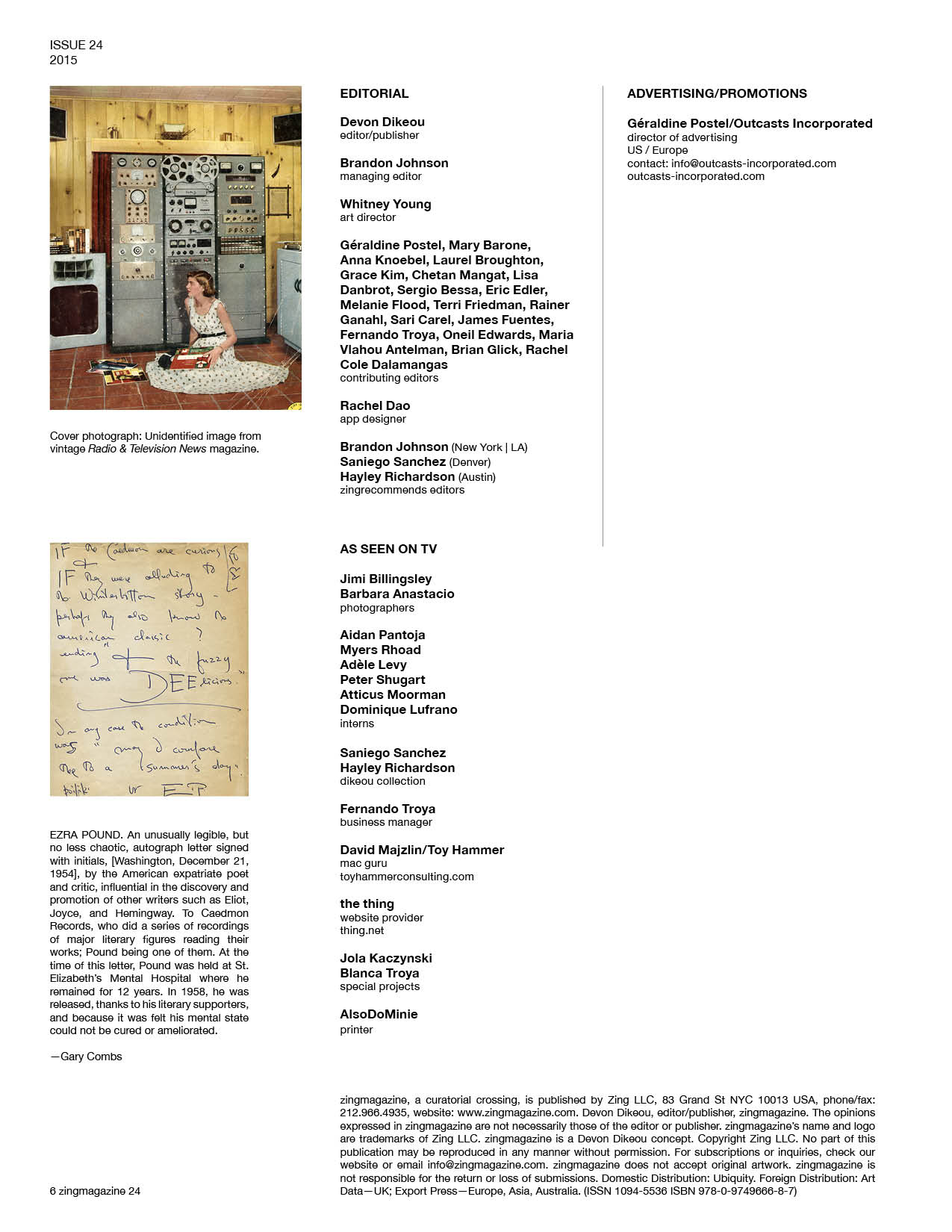
-
Alexis Rockman, curated by Brett Littman
Bioluminesencse
Alexis Rockman, curated by Brett Littman
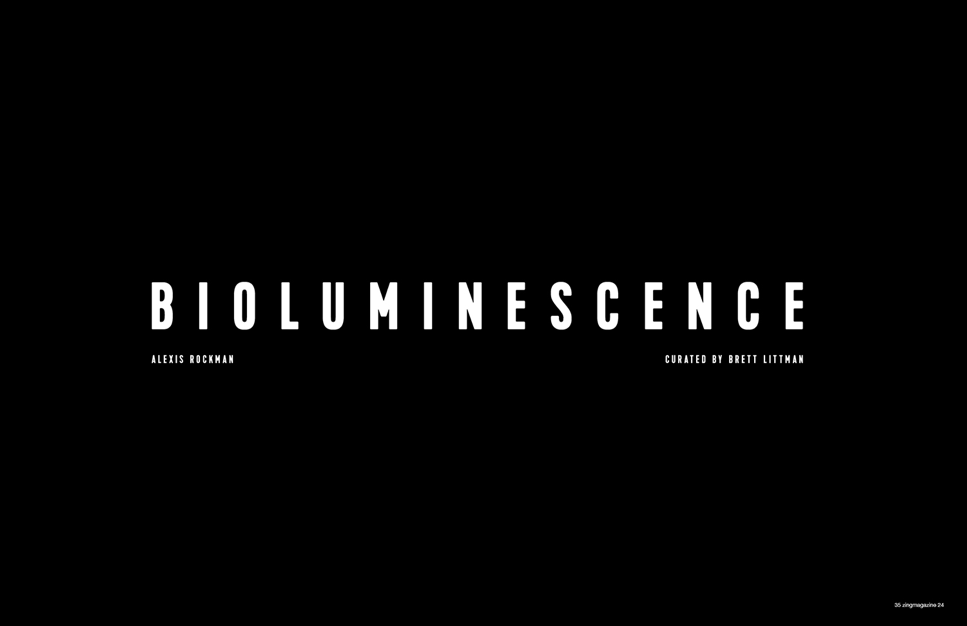
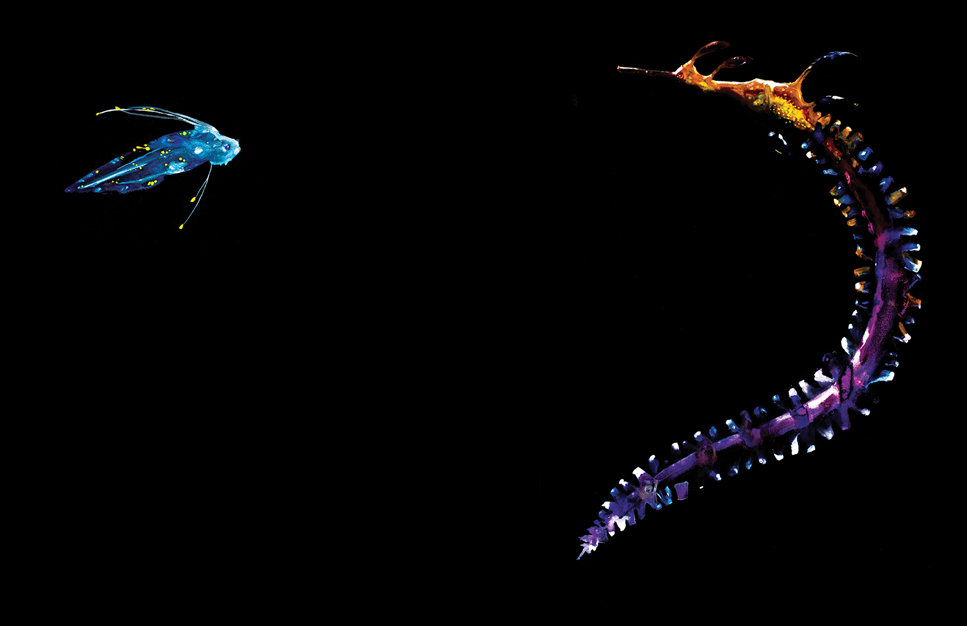
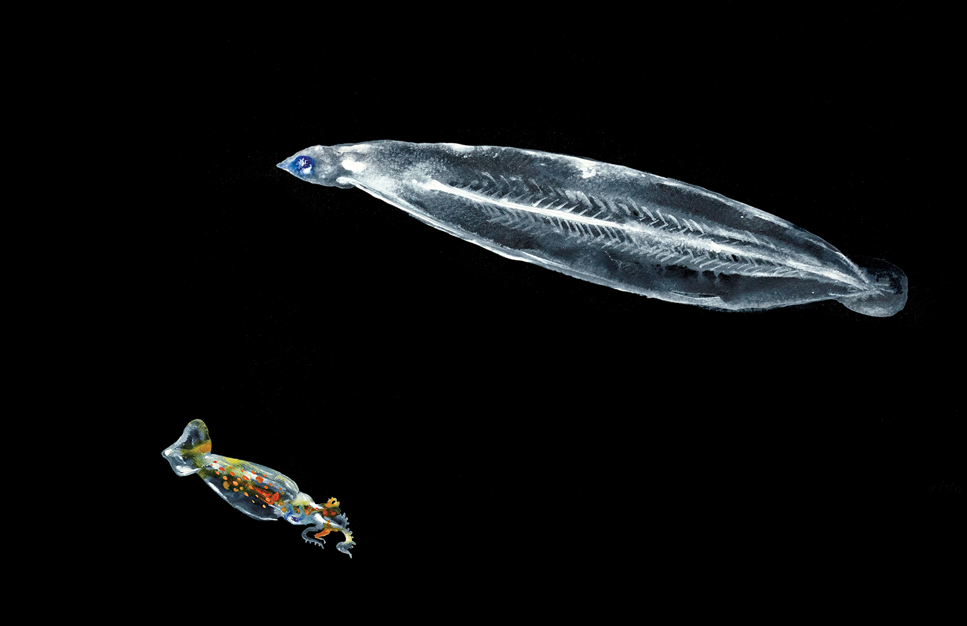
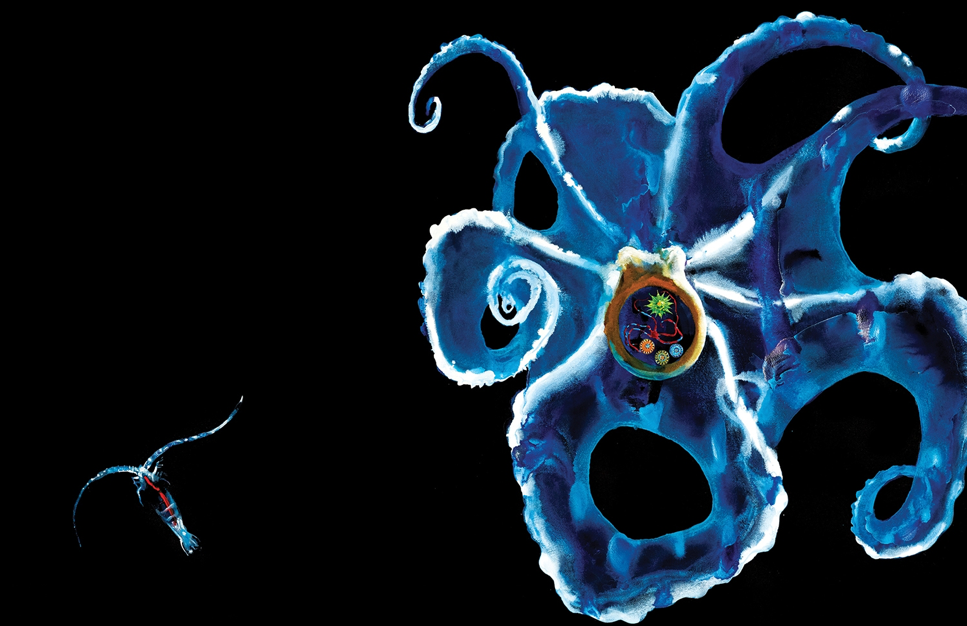
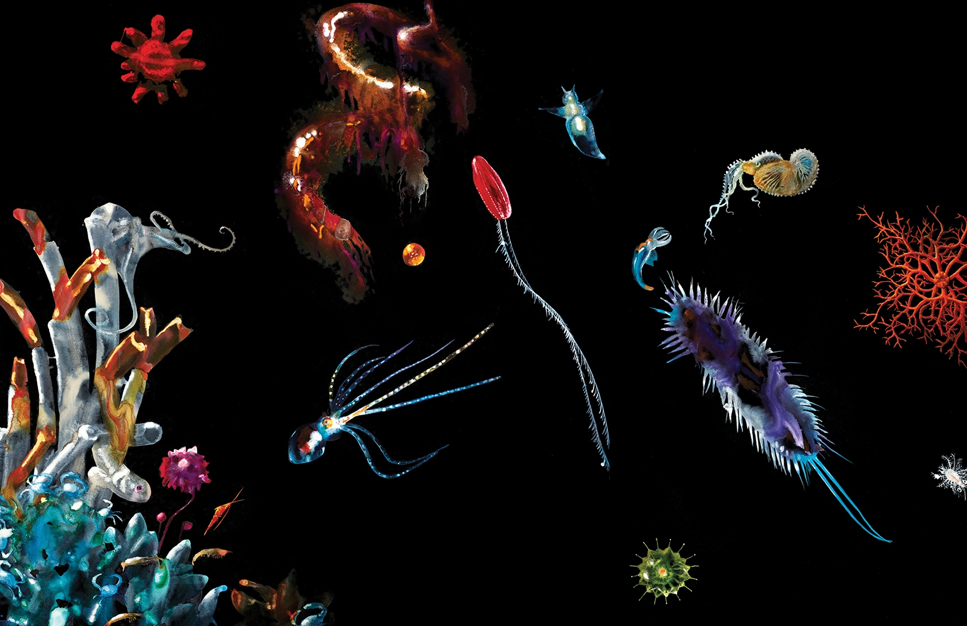
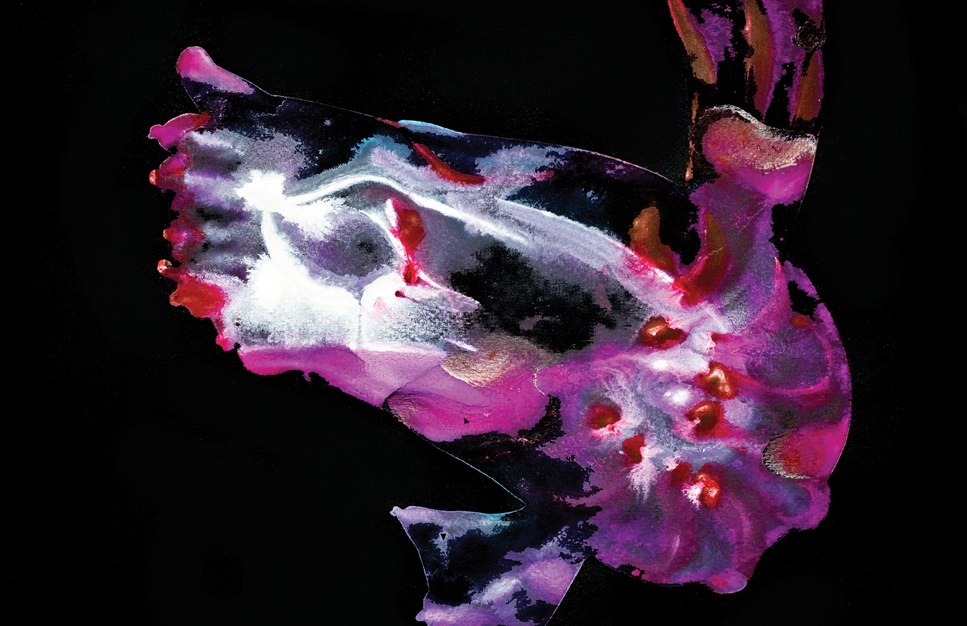
-
Geraldine Postel
The Intimidation of a Blank Page
Geraldine Postel
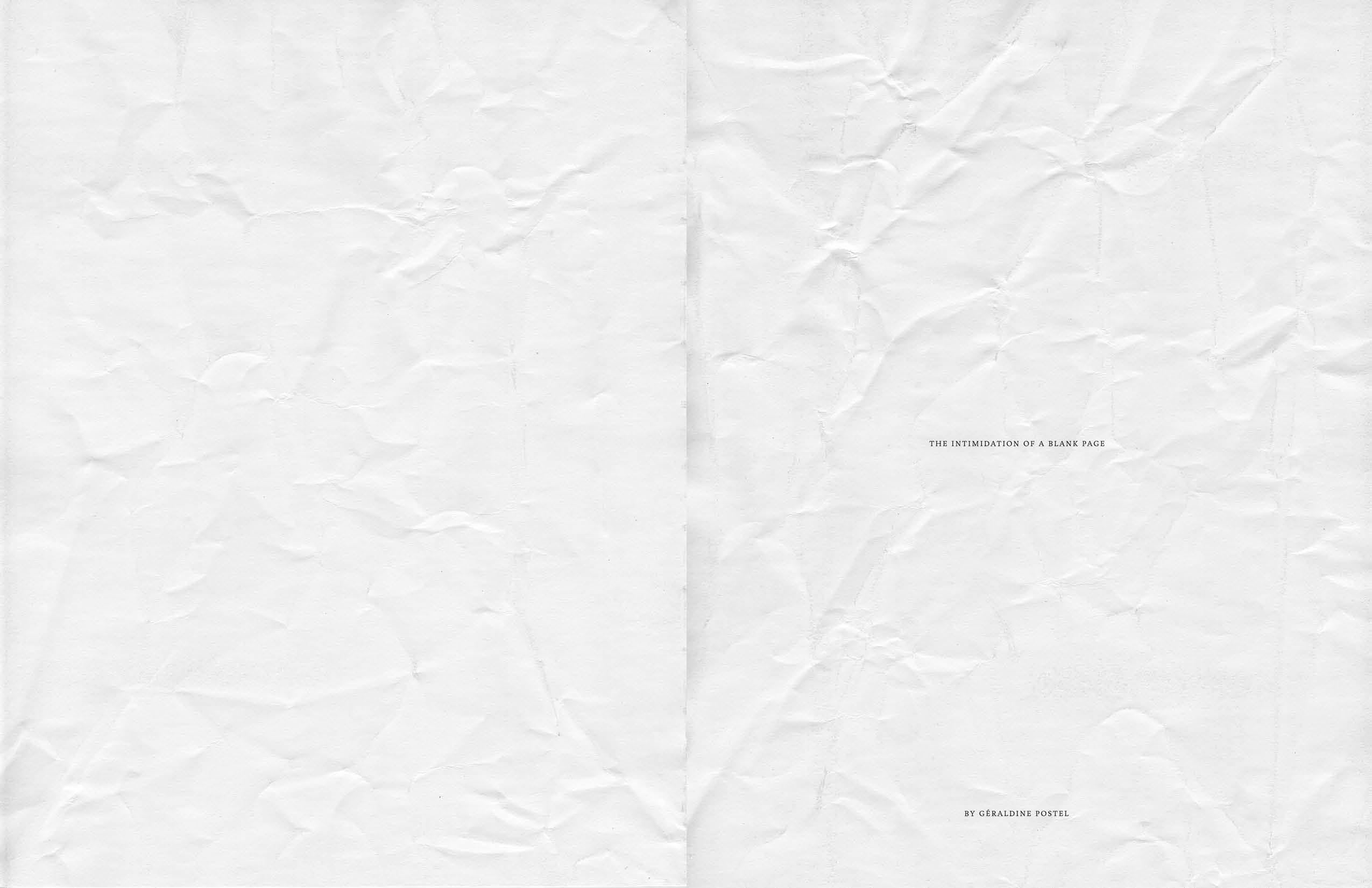
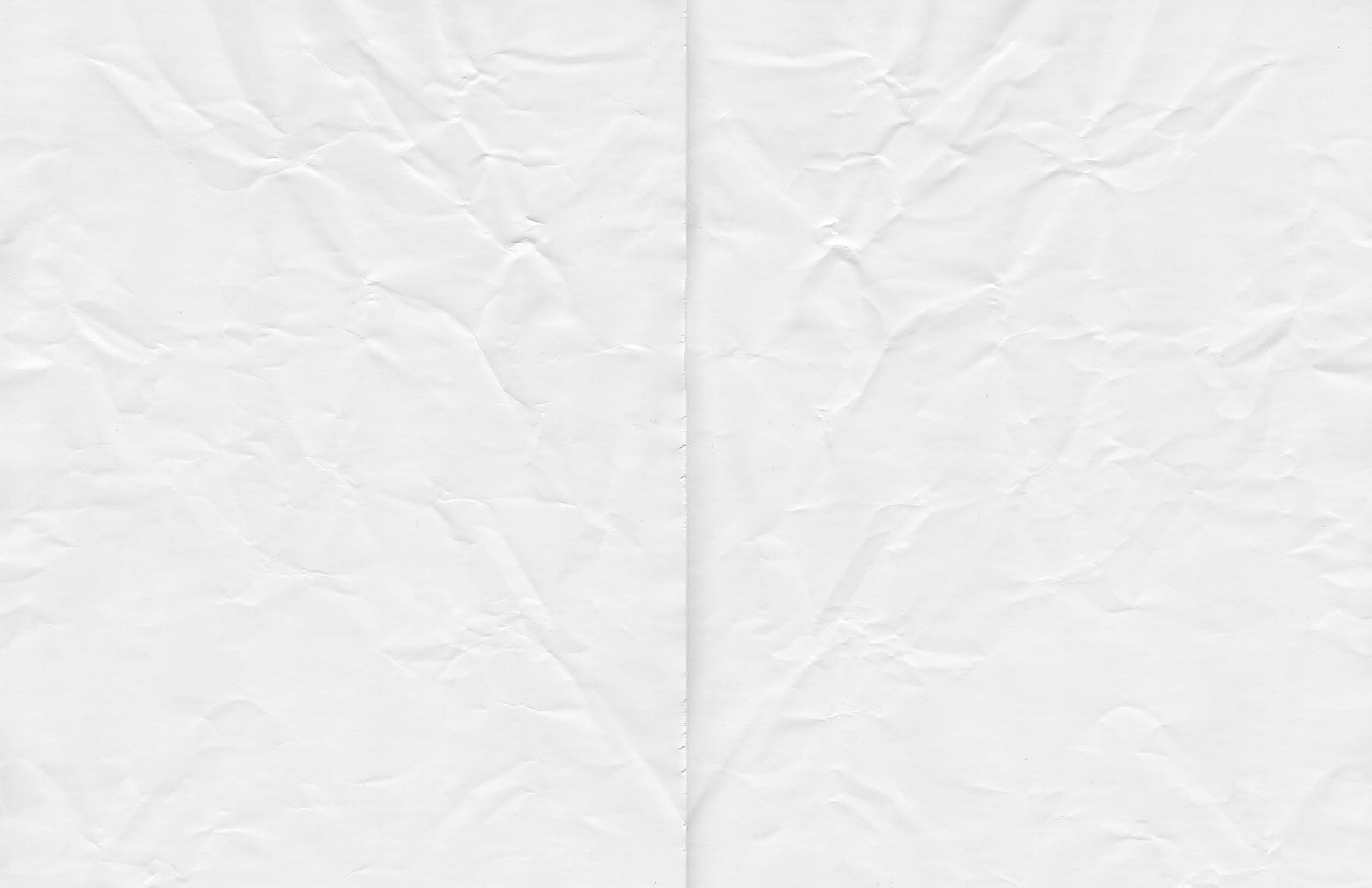
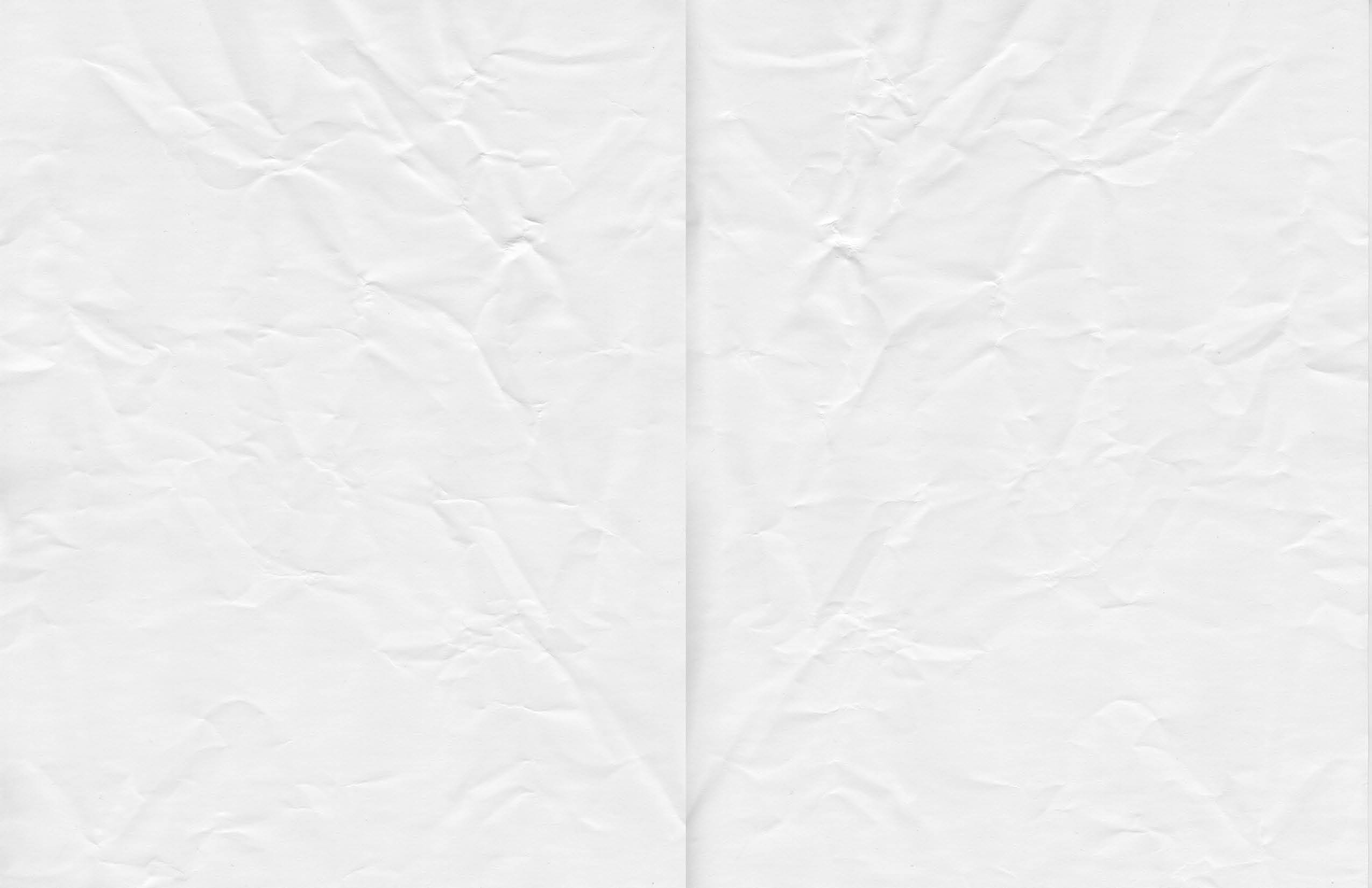
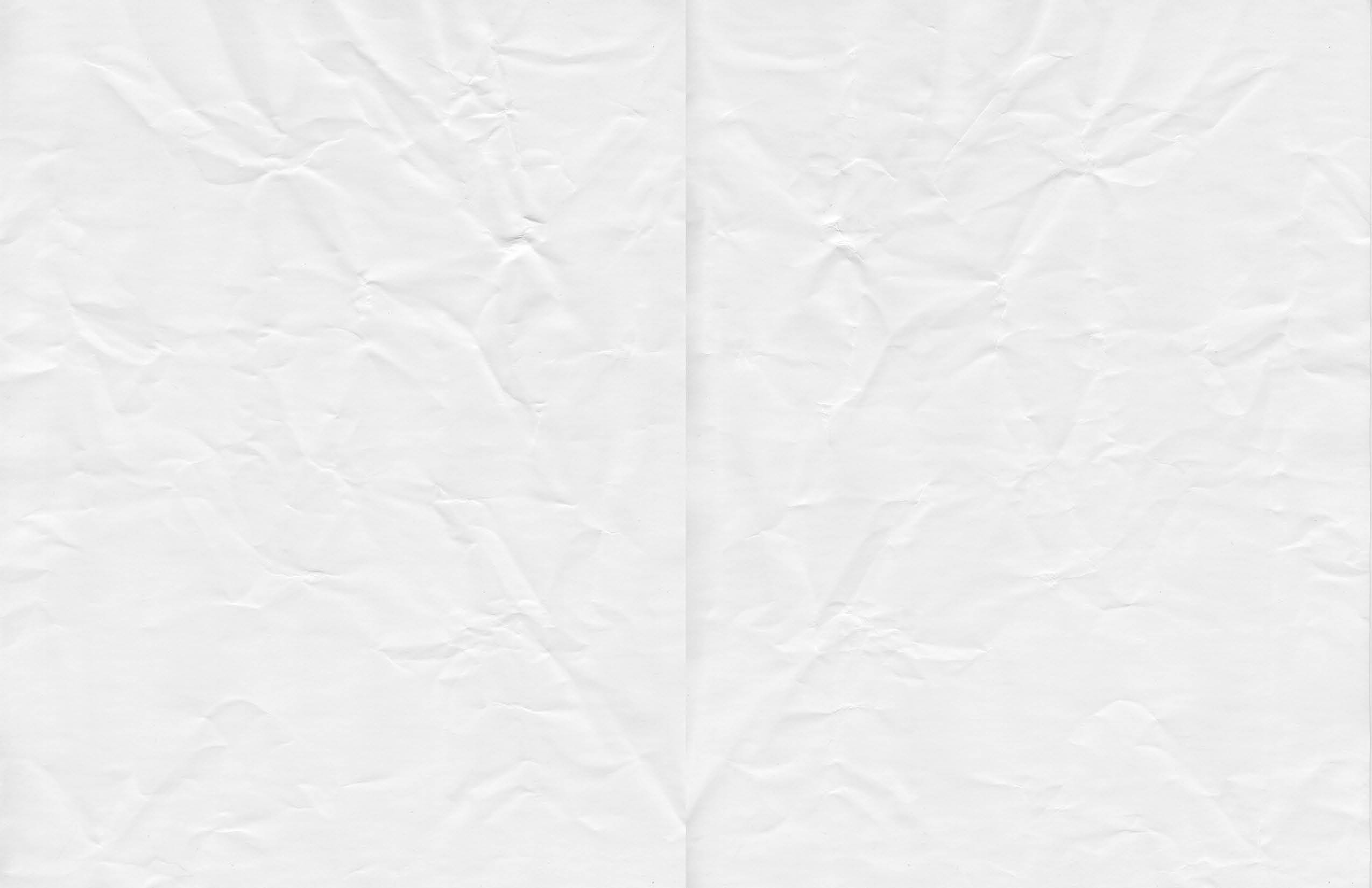
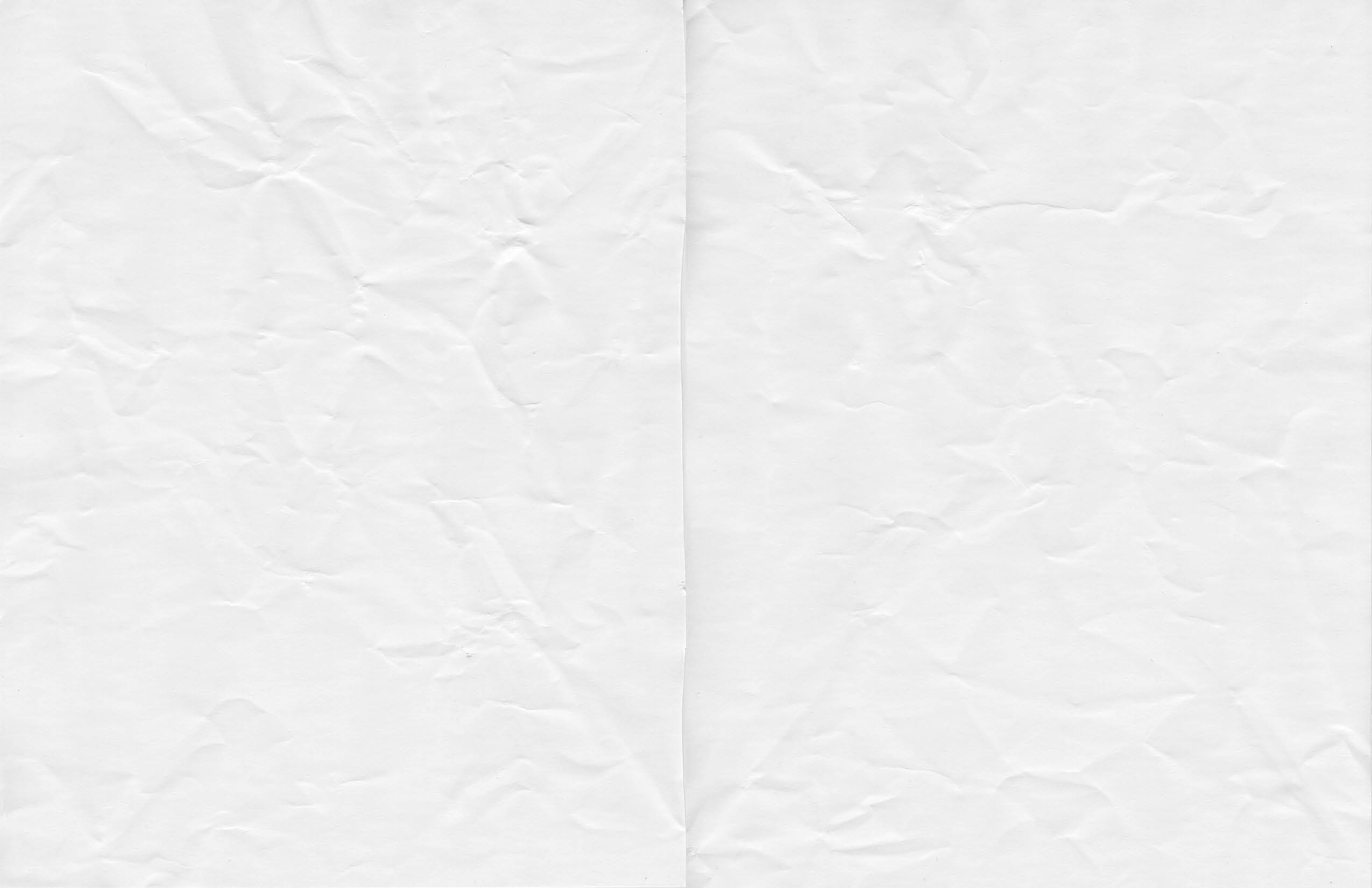
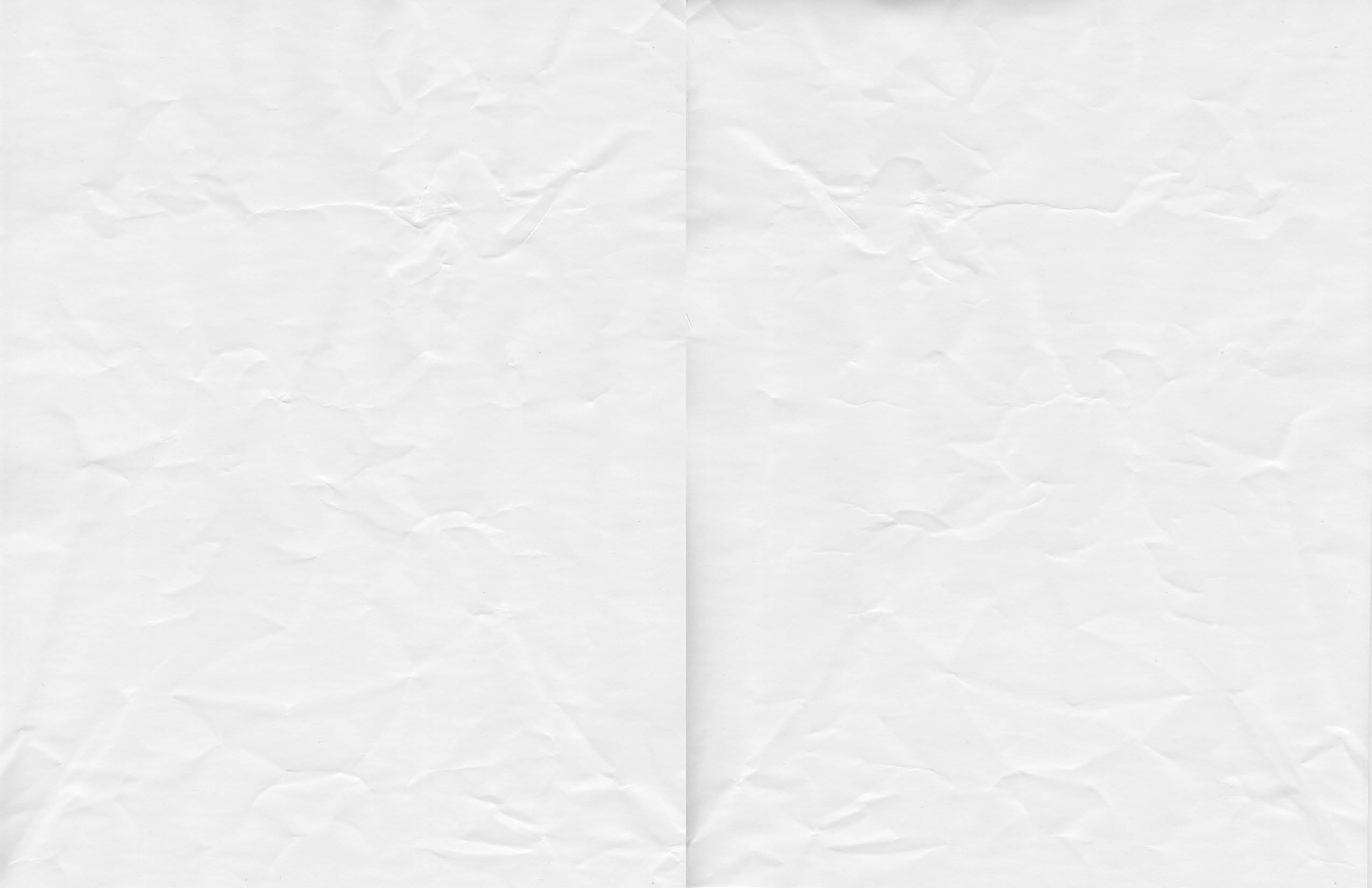
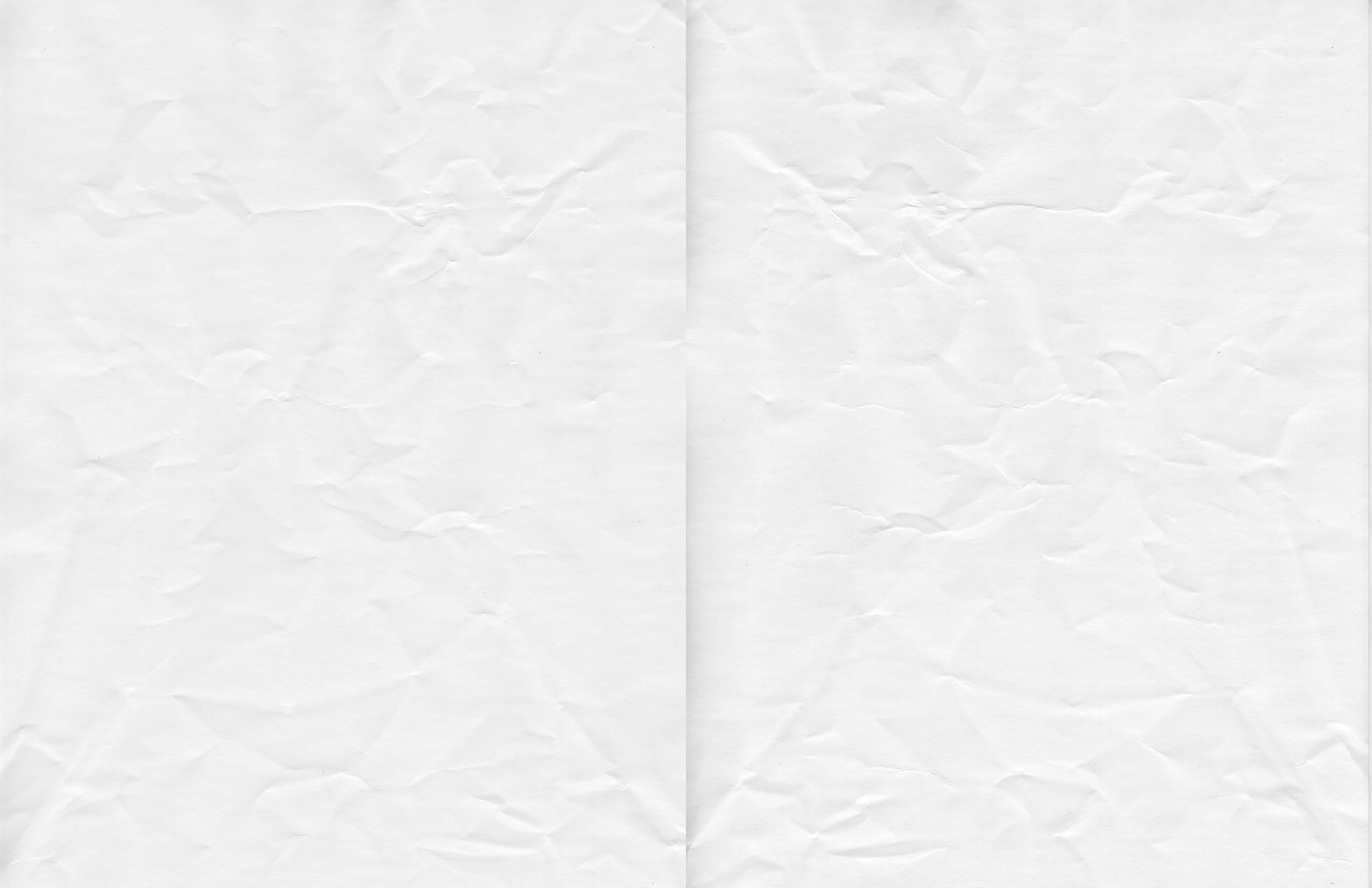
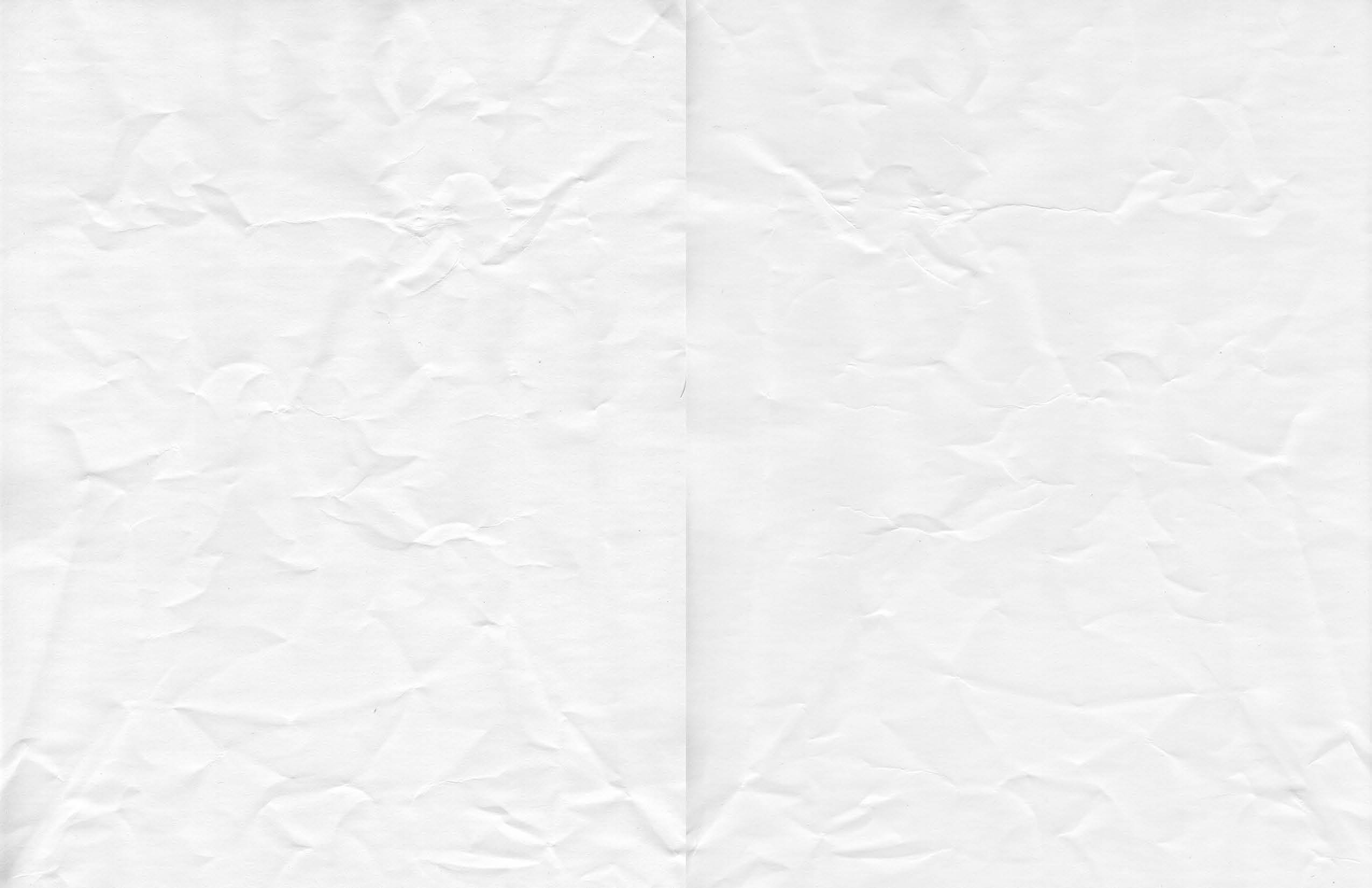
-
David Altmejd
Untitled
David Altmejd
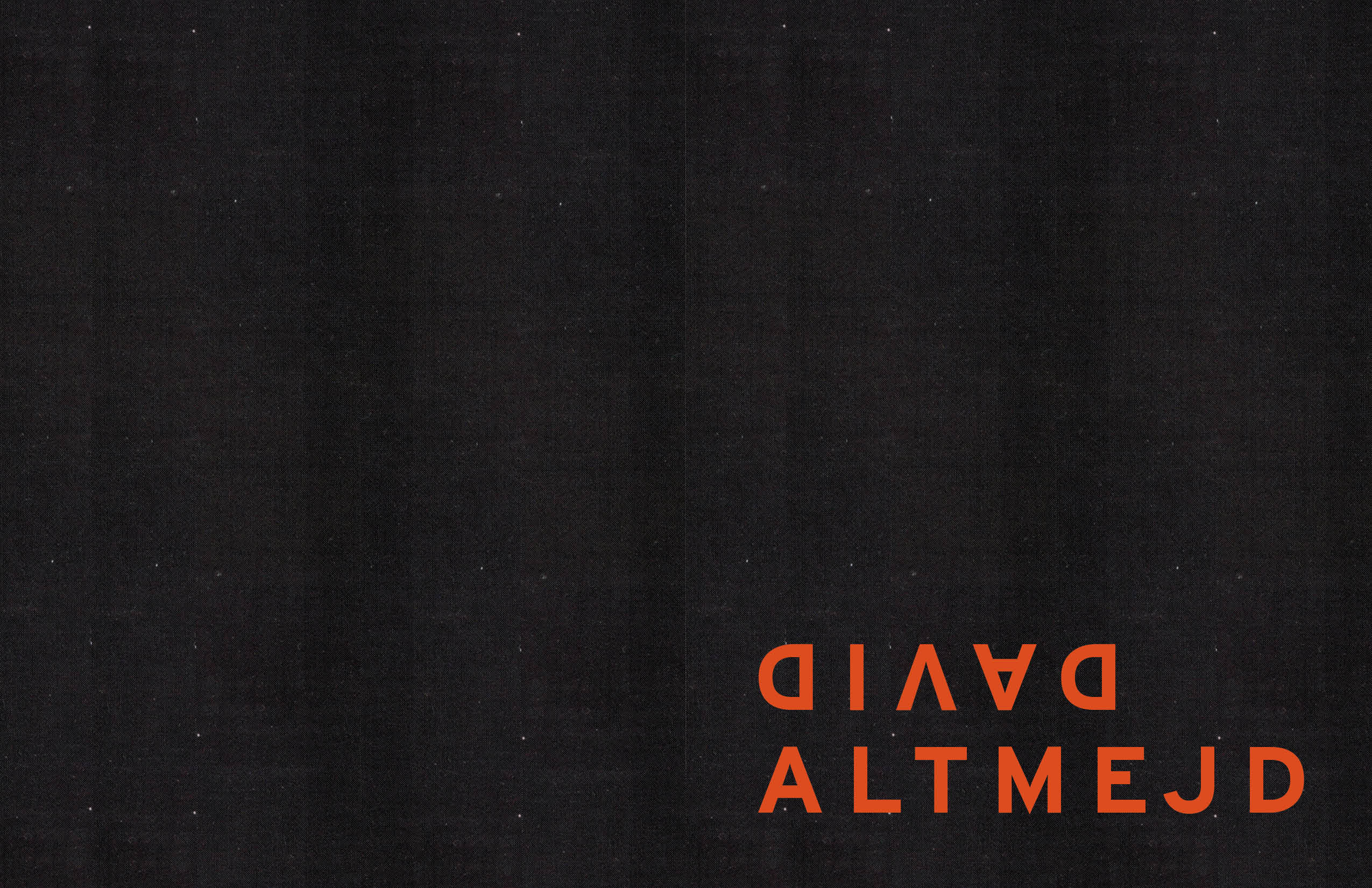
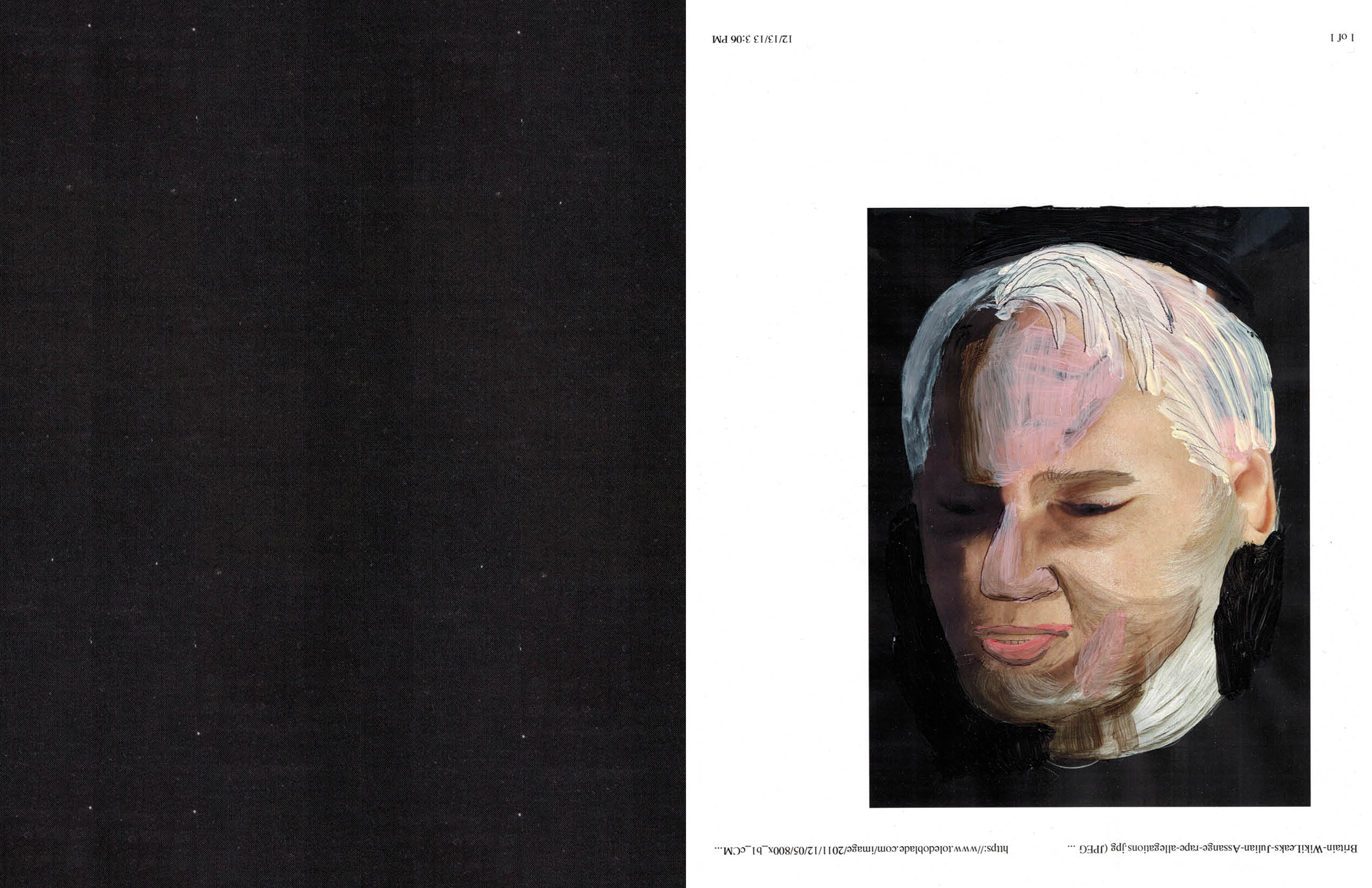
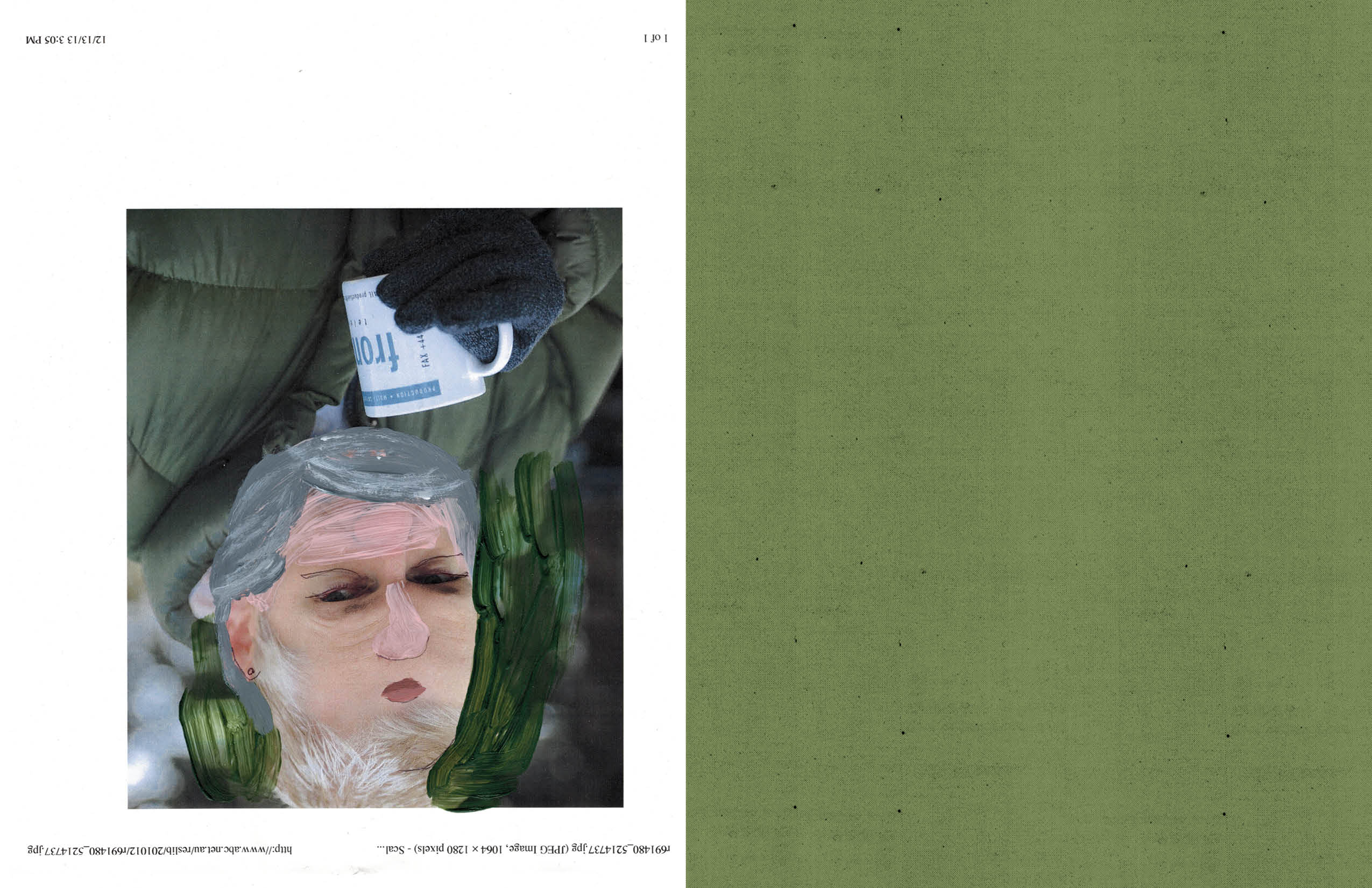
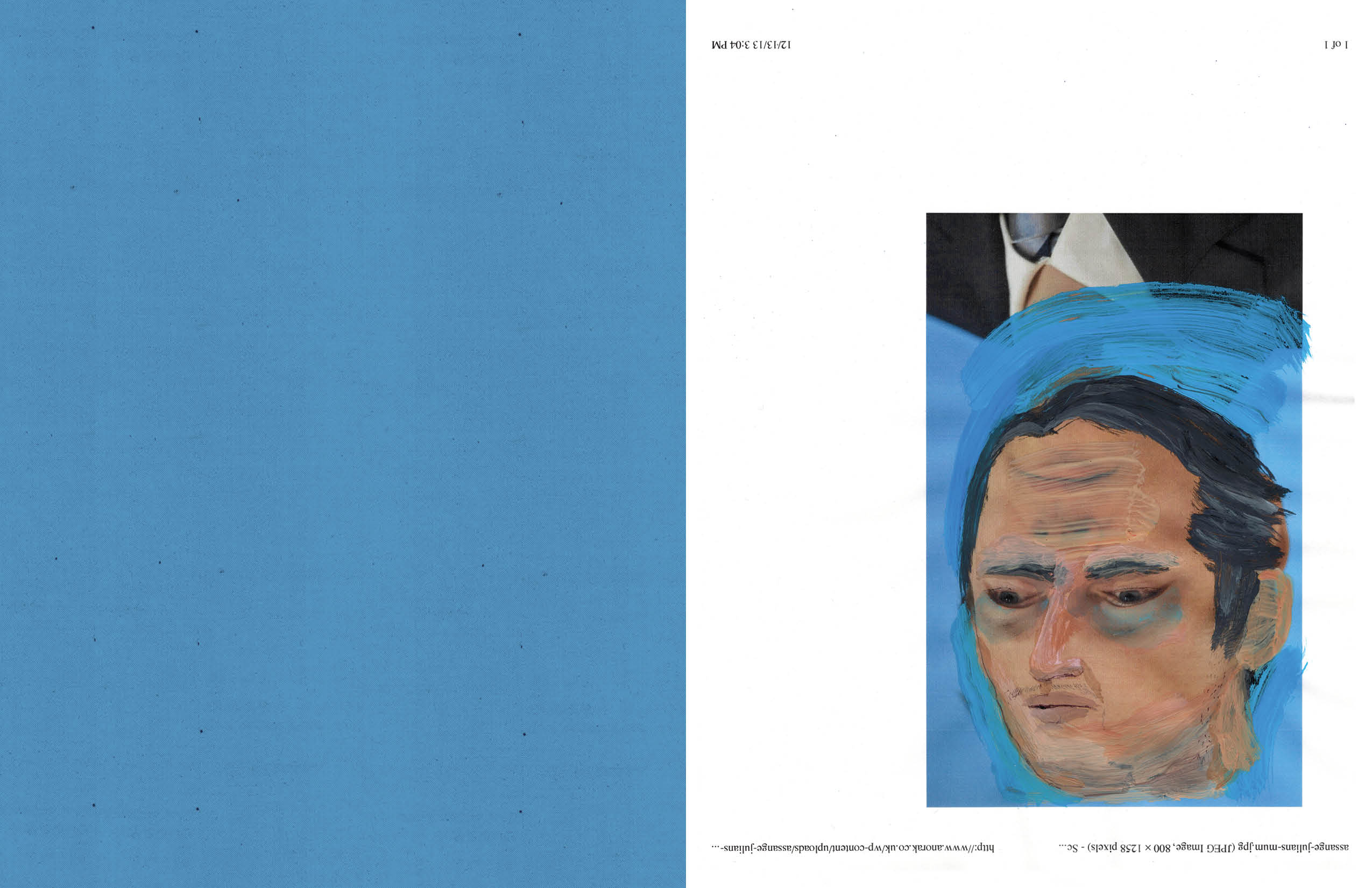
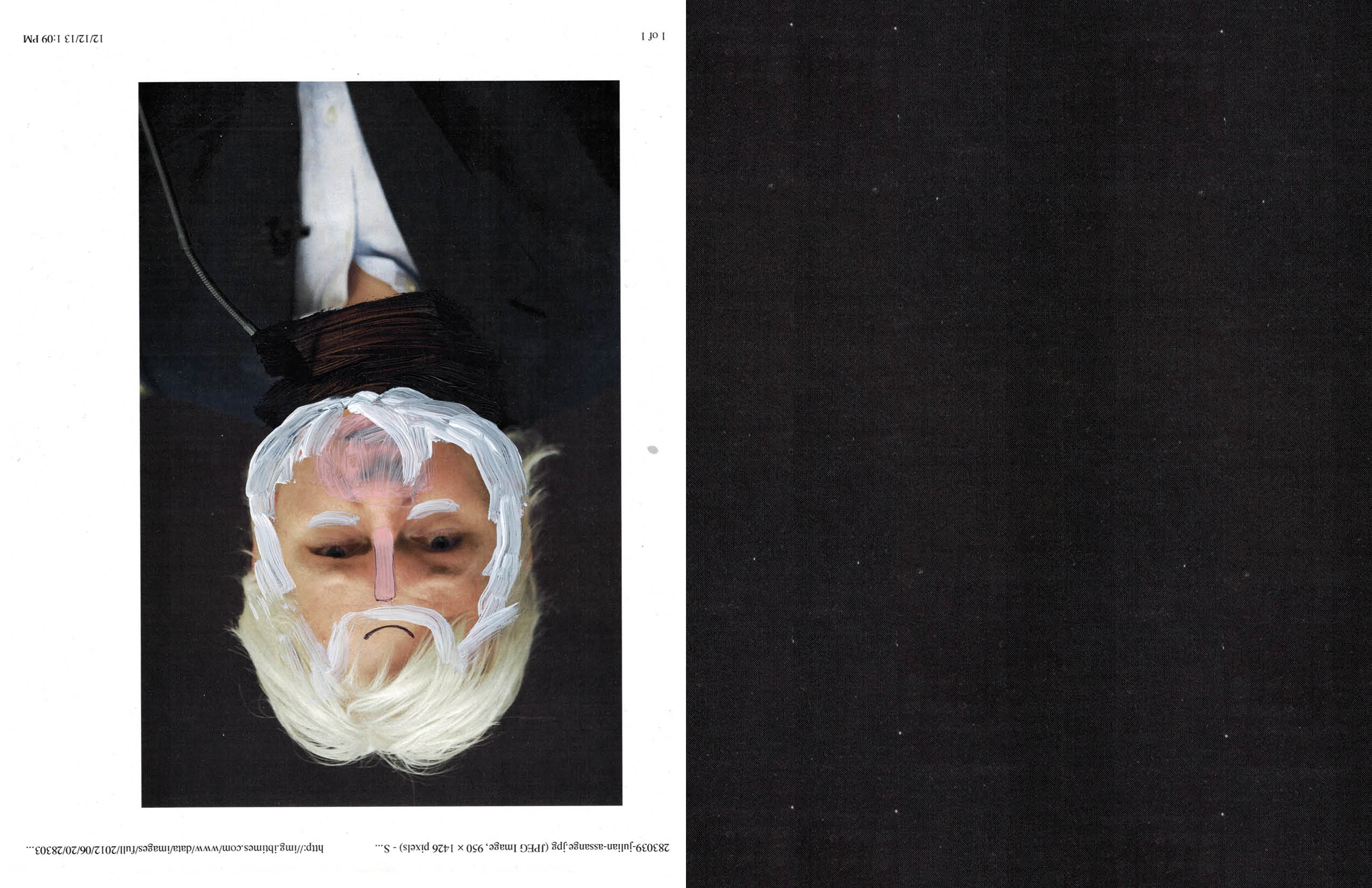
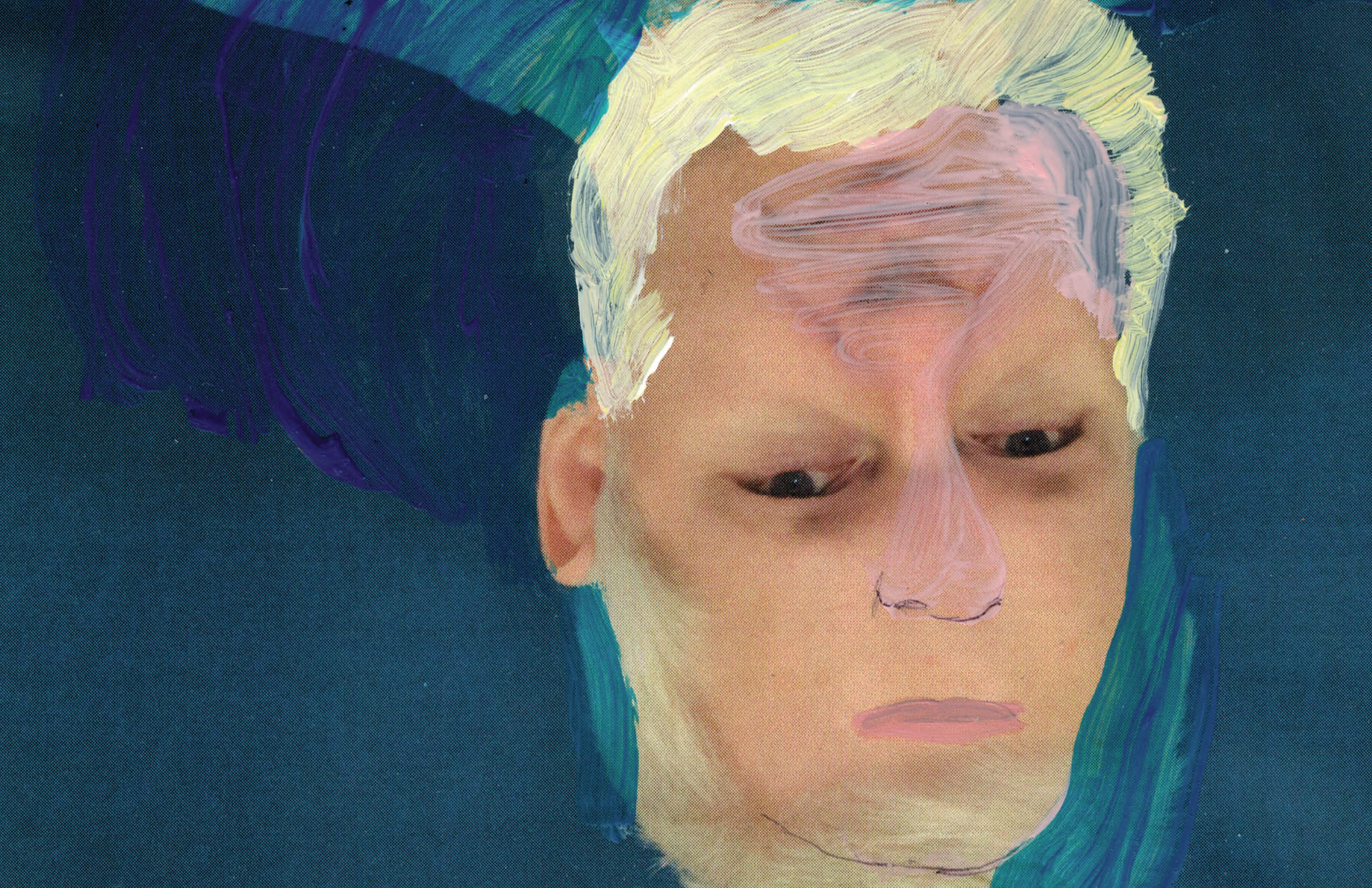
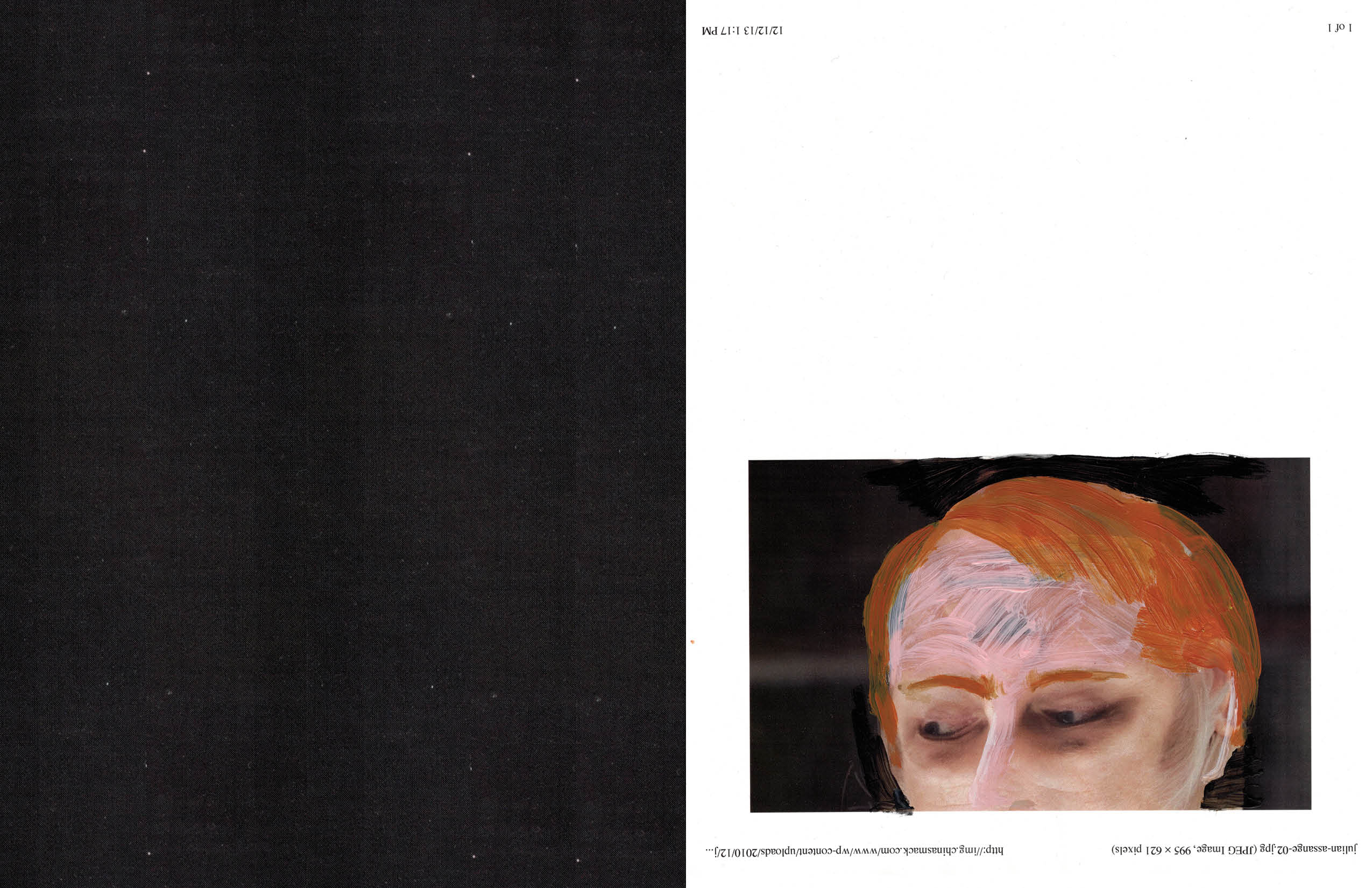
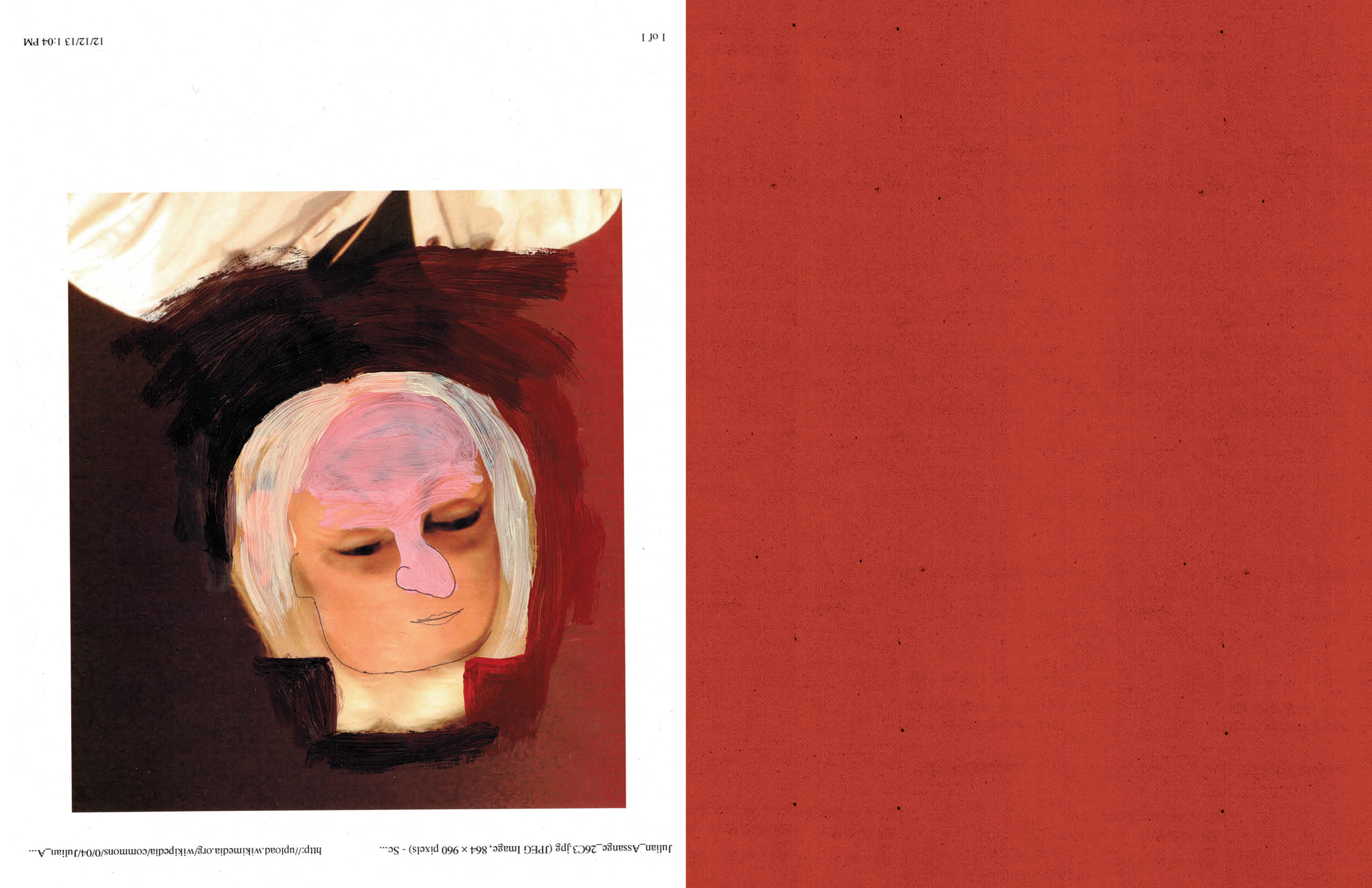
-
Francis Cape
Utopian Benches
Francis Cape
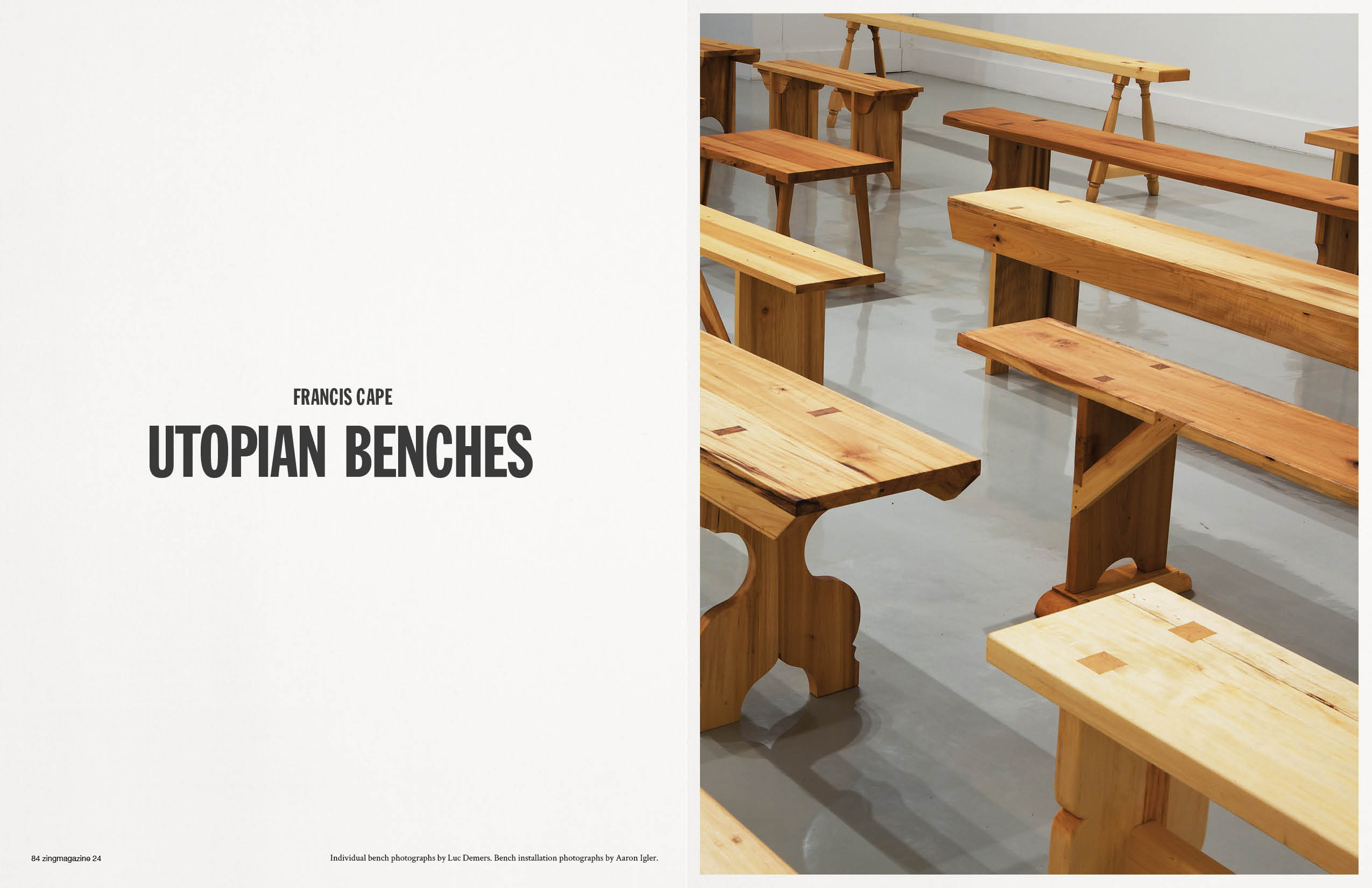
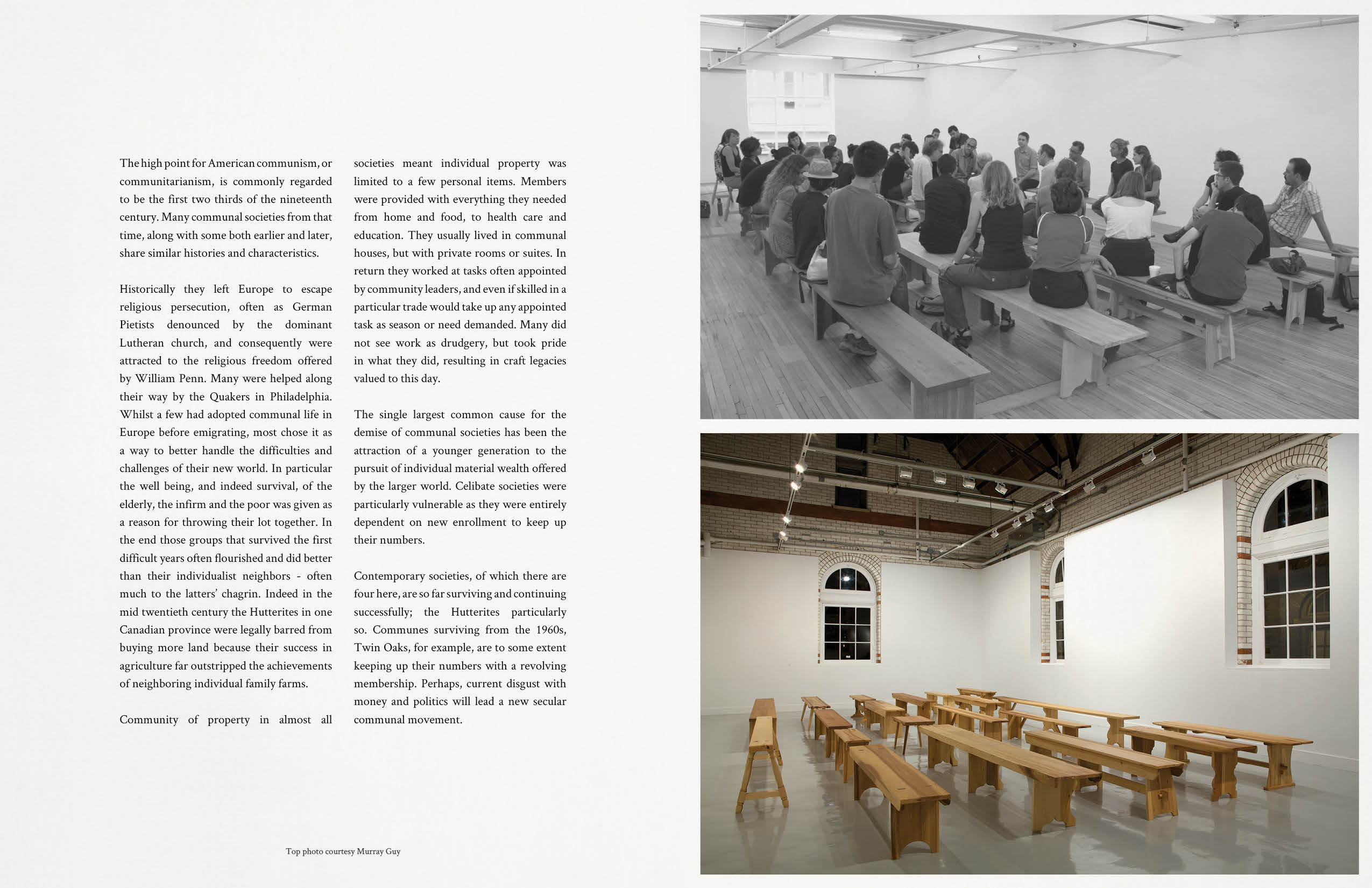


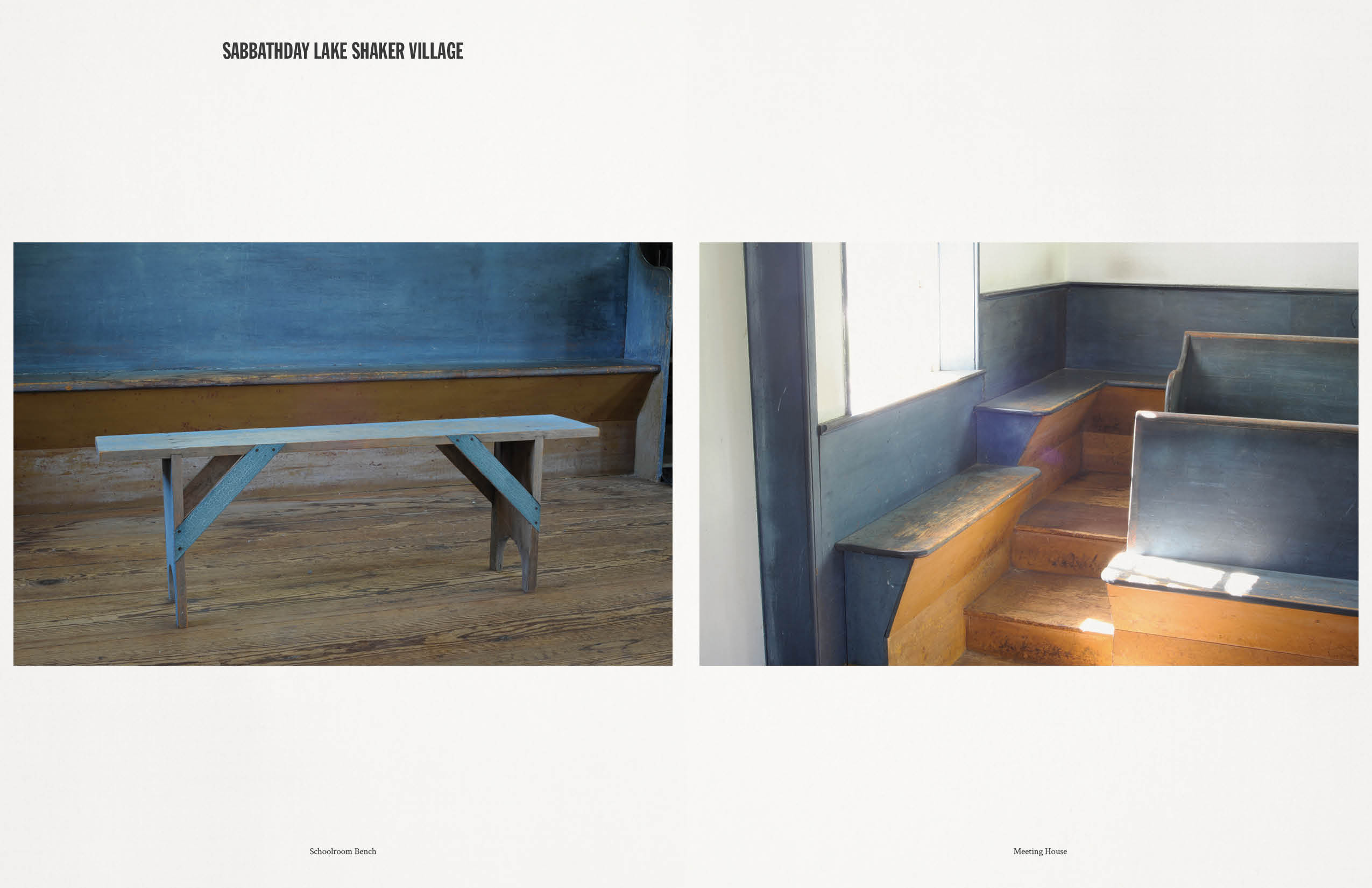
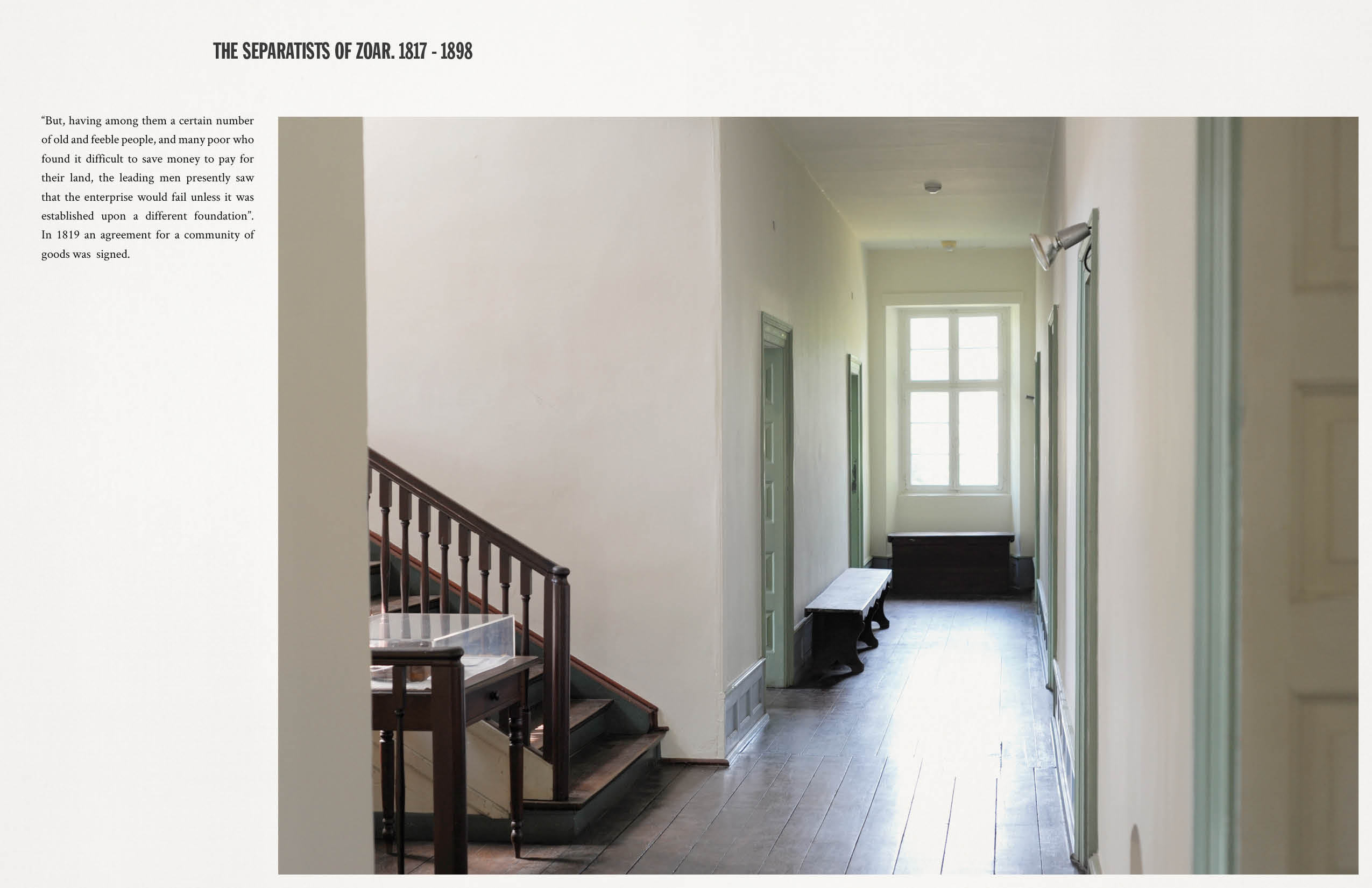

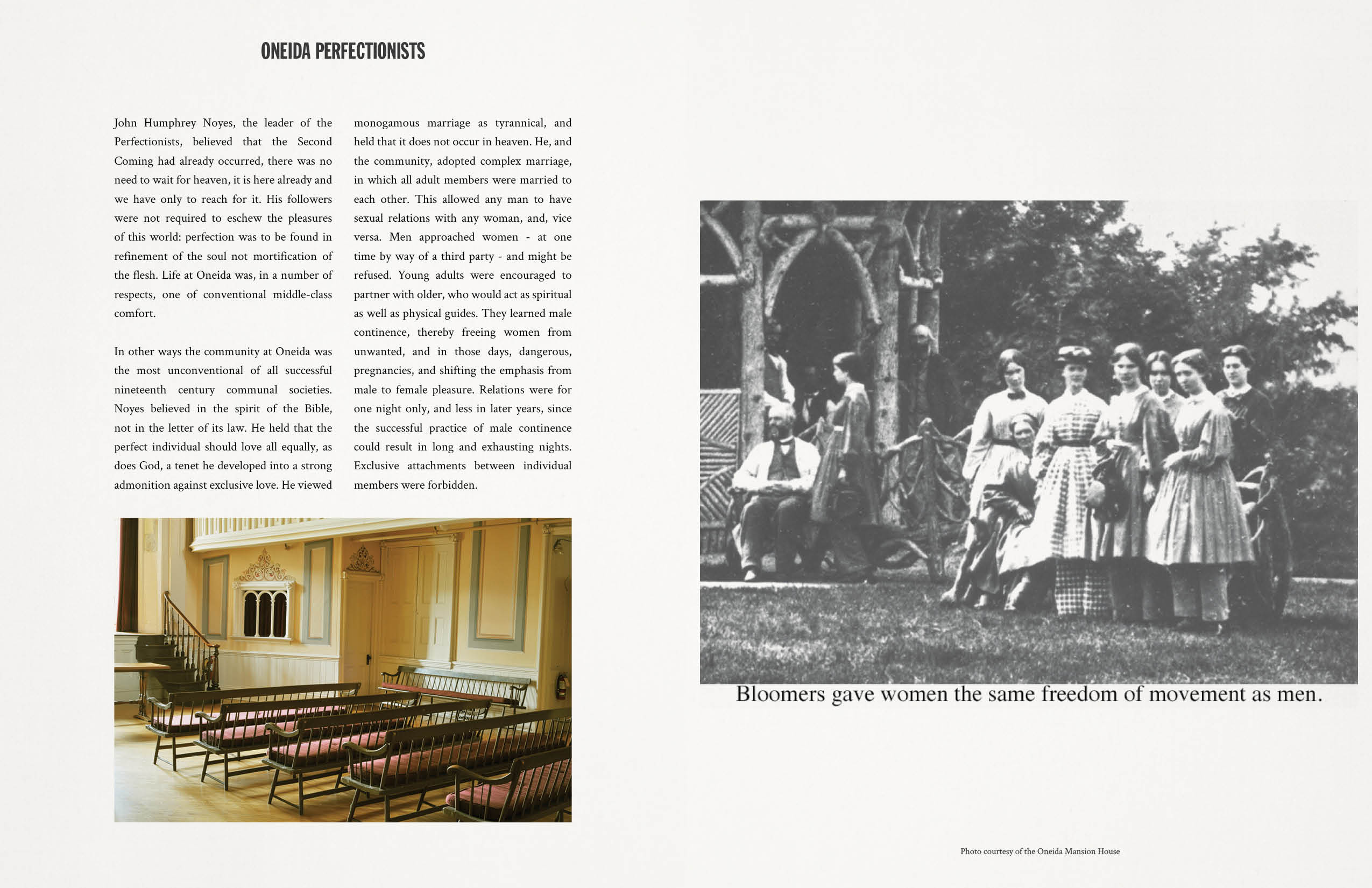


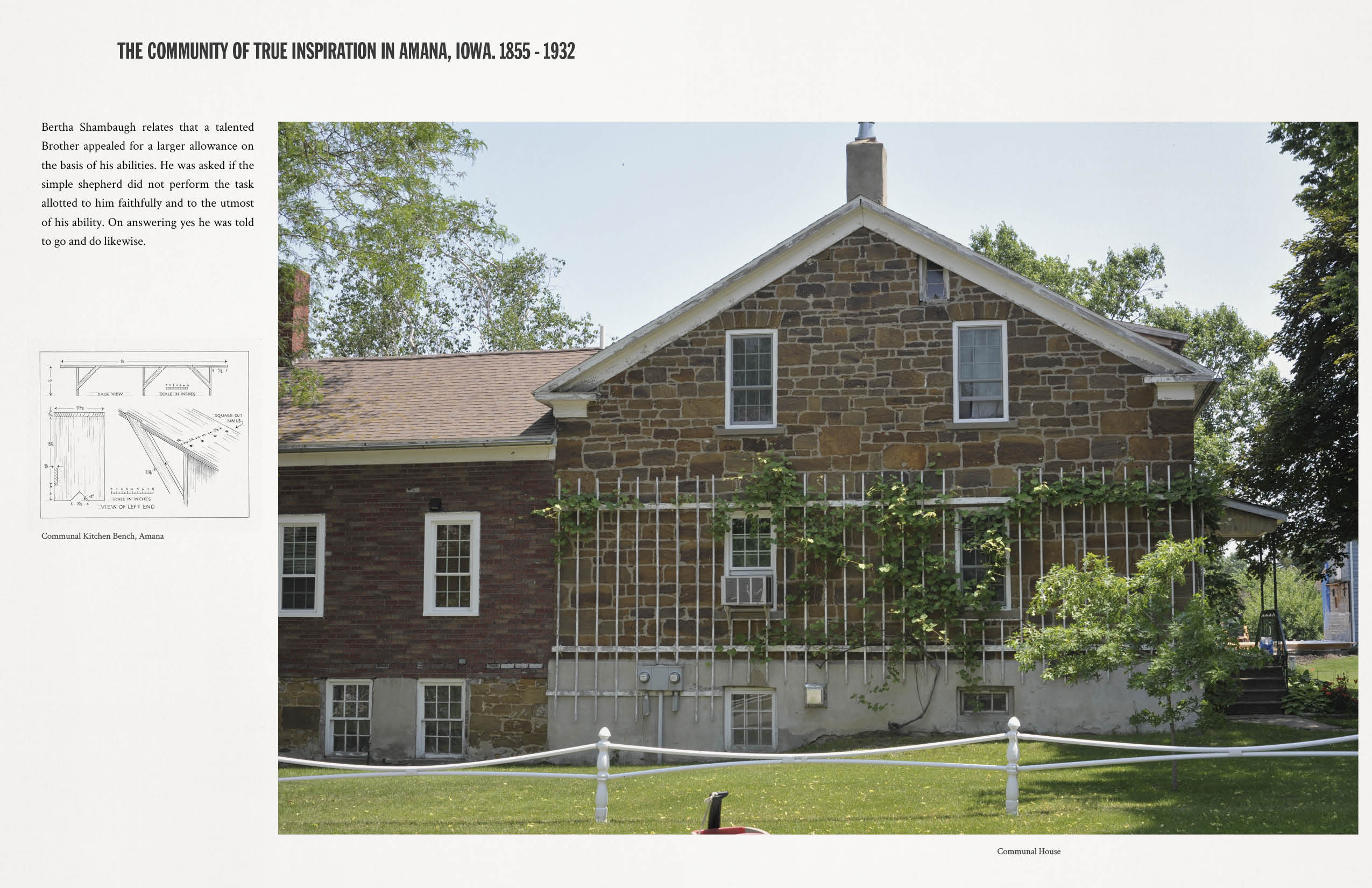
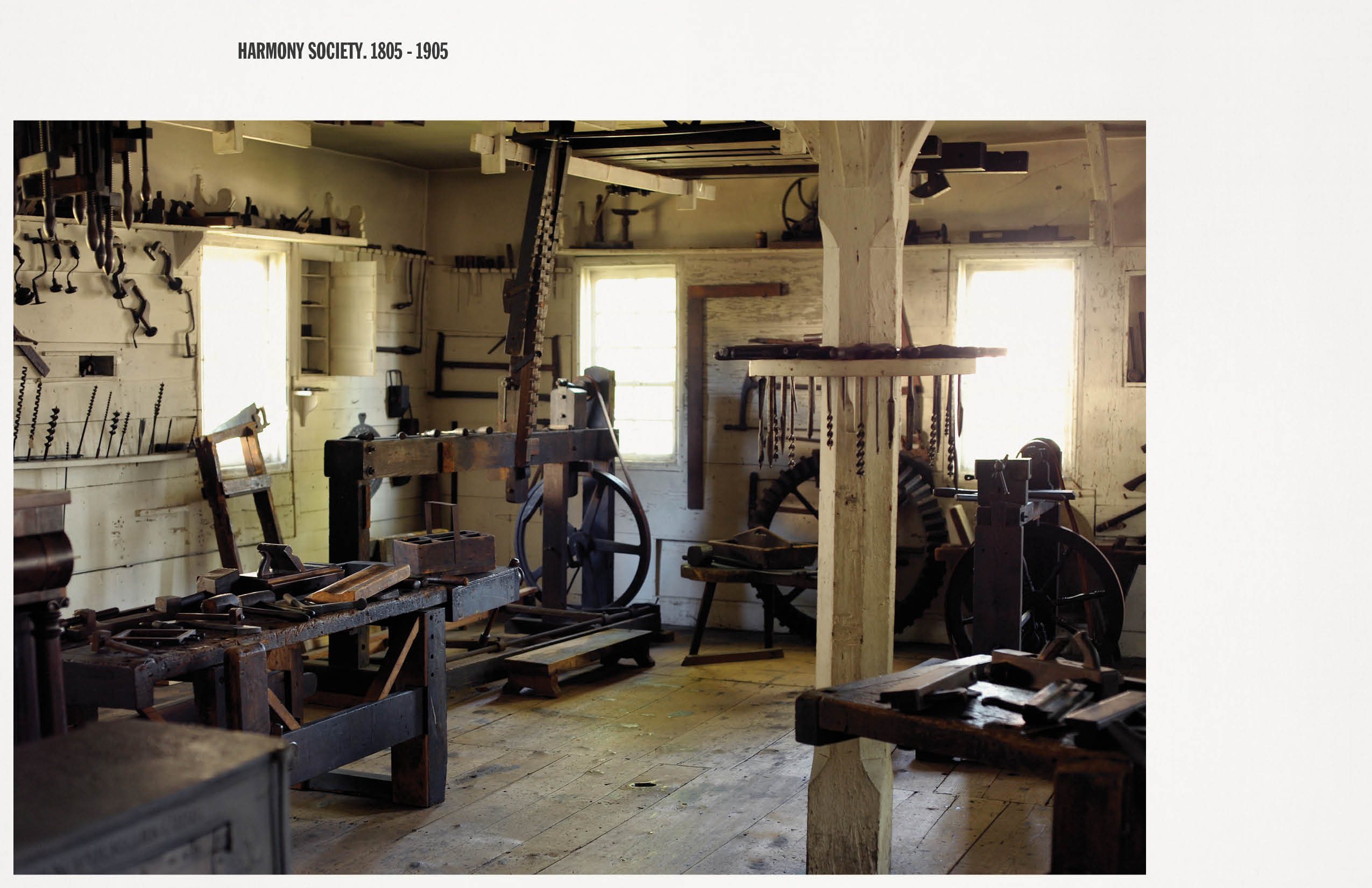

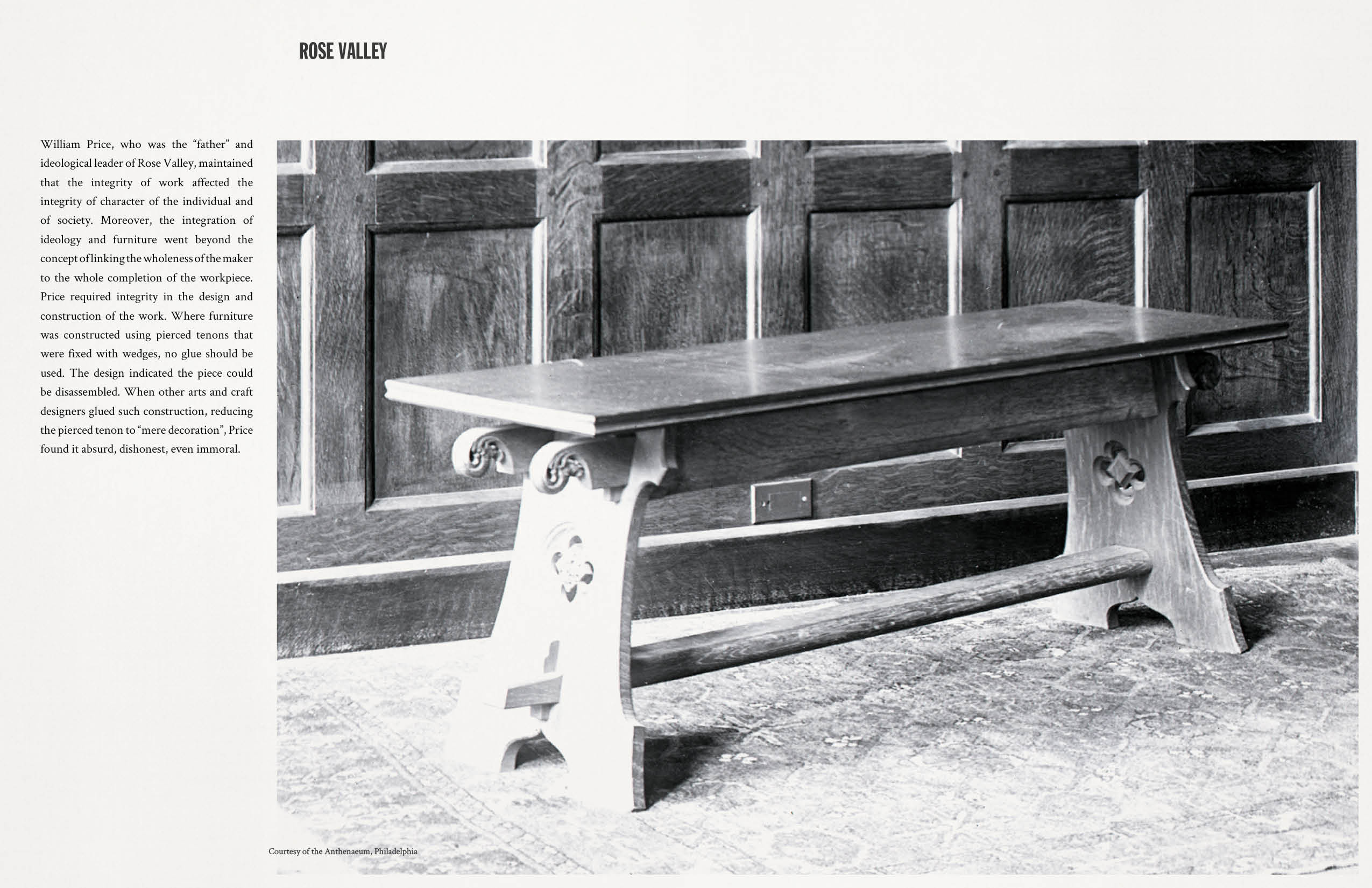
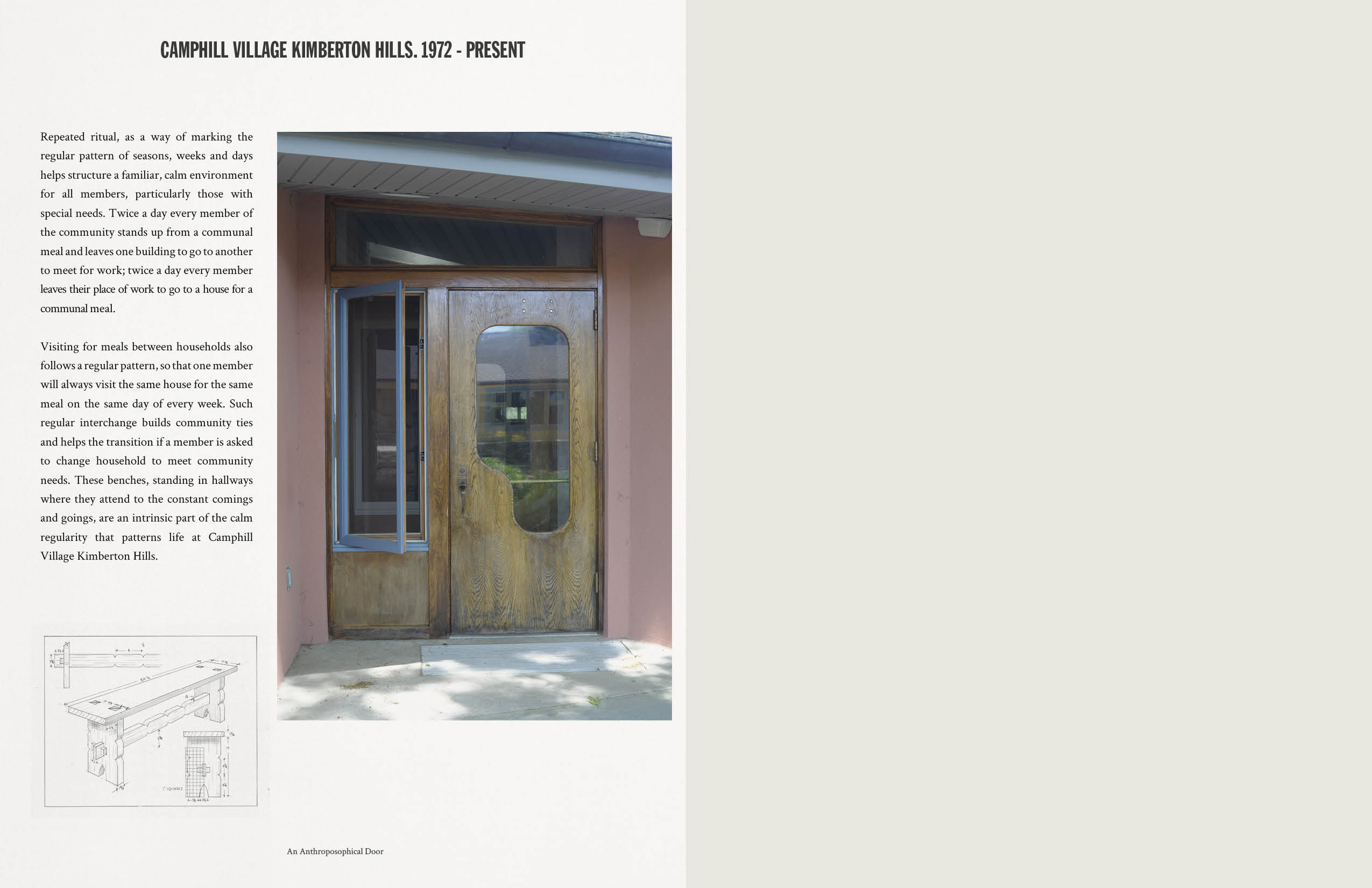
-
Lisa Kereszi
The More I Know About Women
Lisa Kereszi
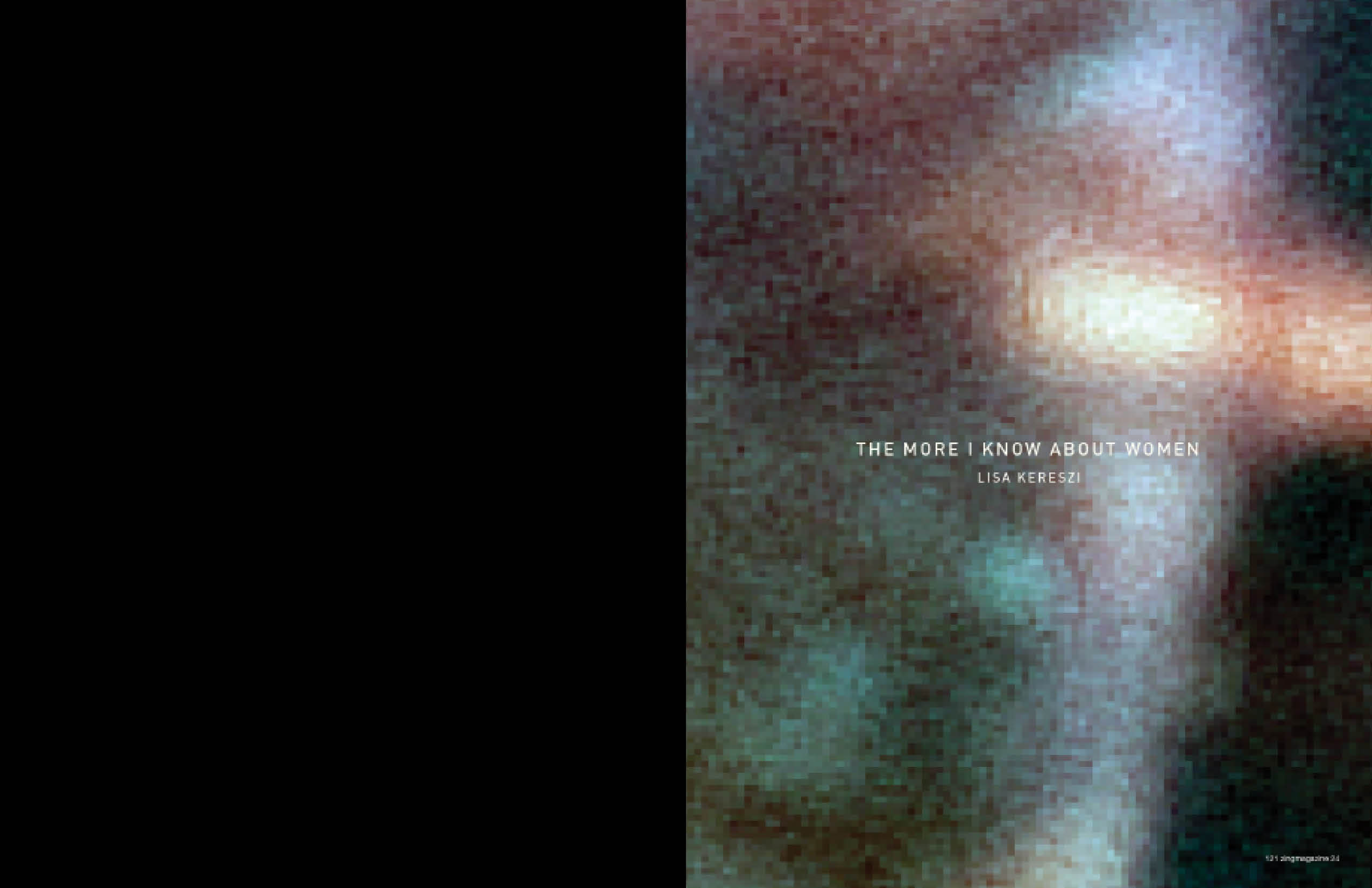
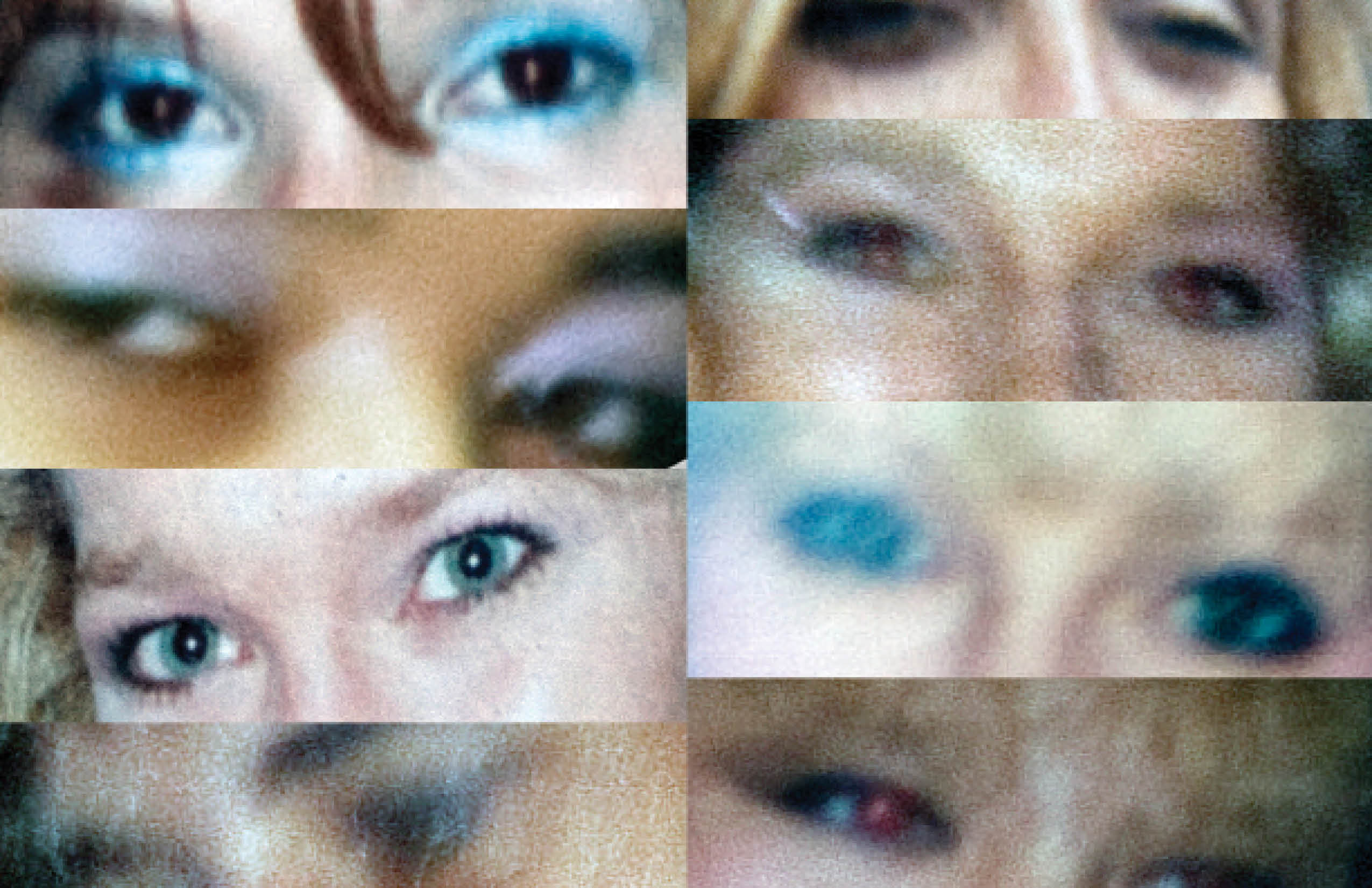
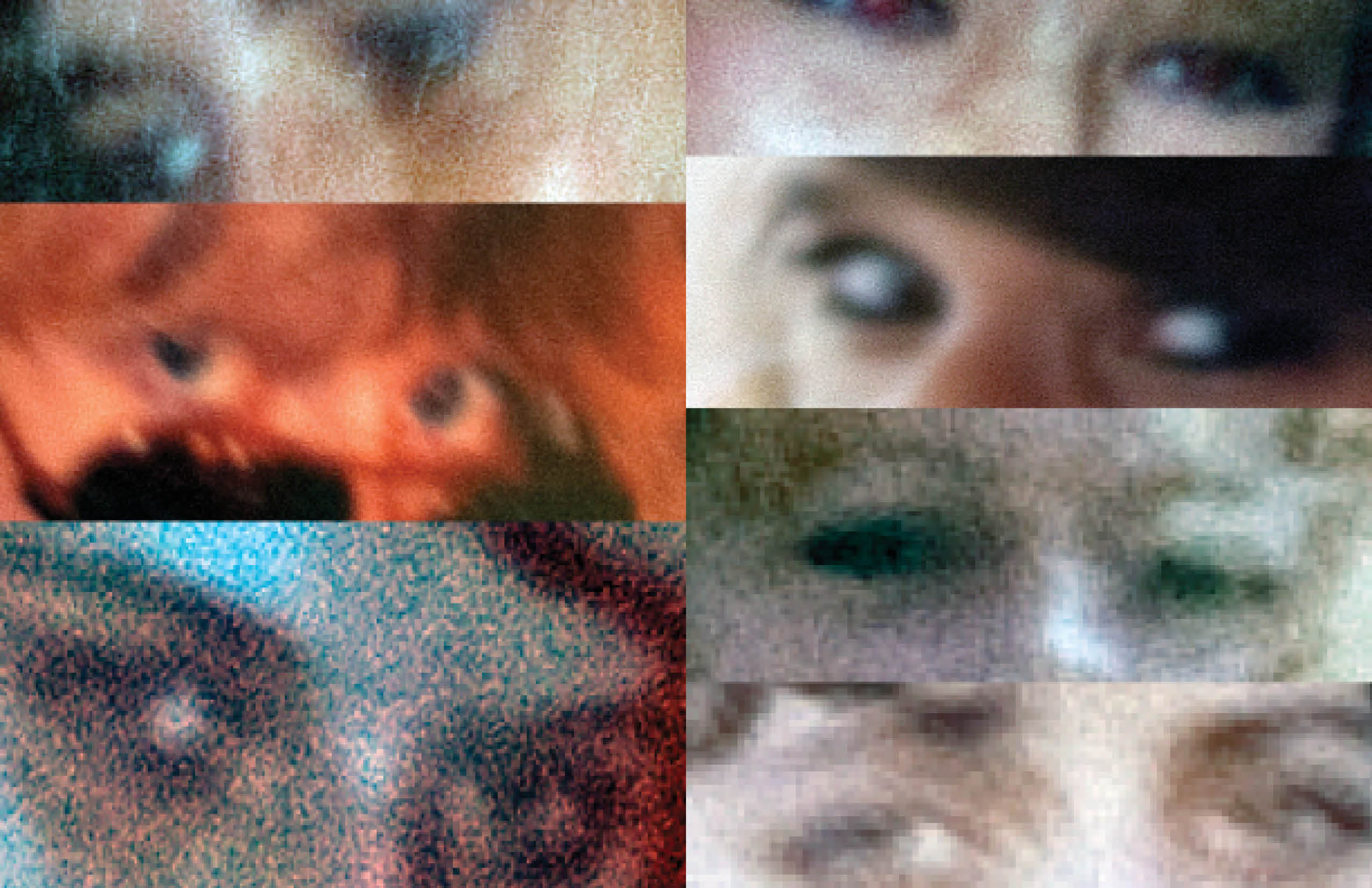
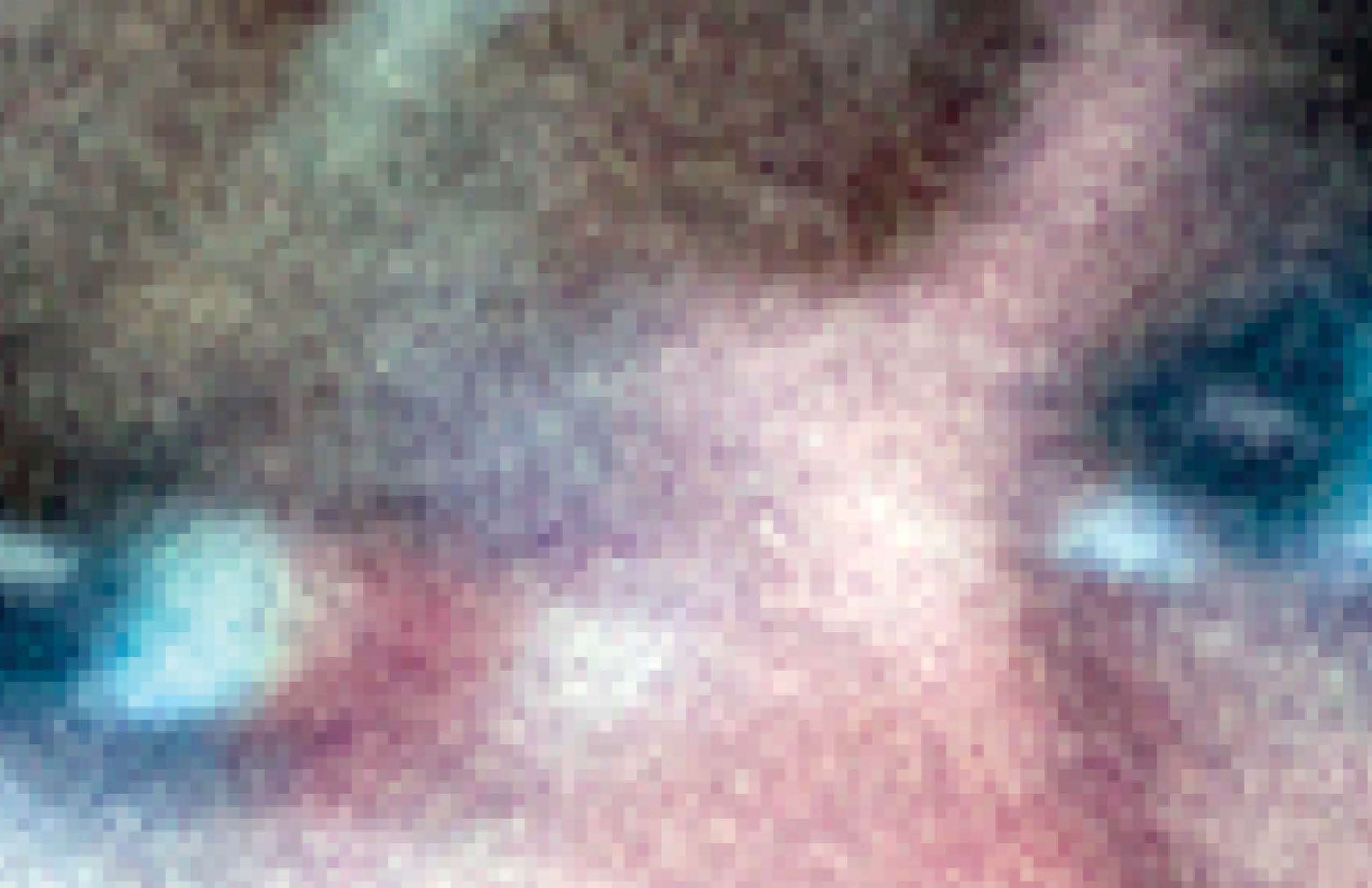
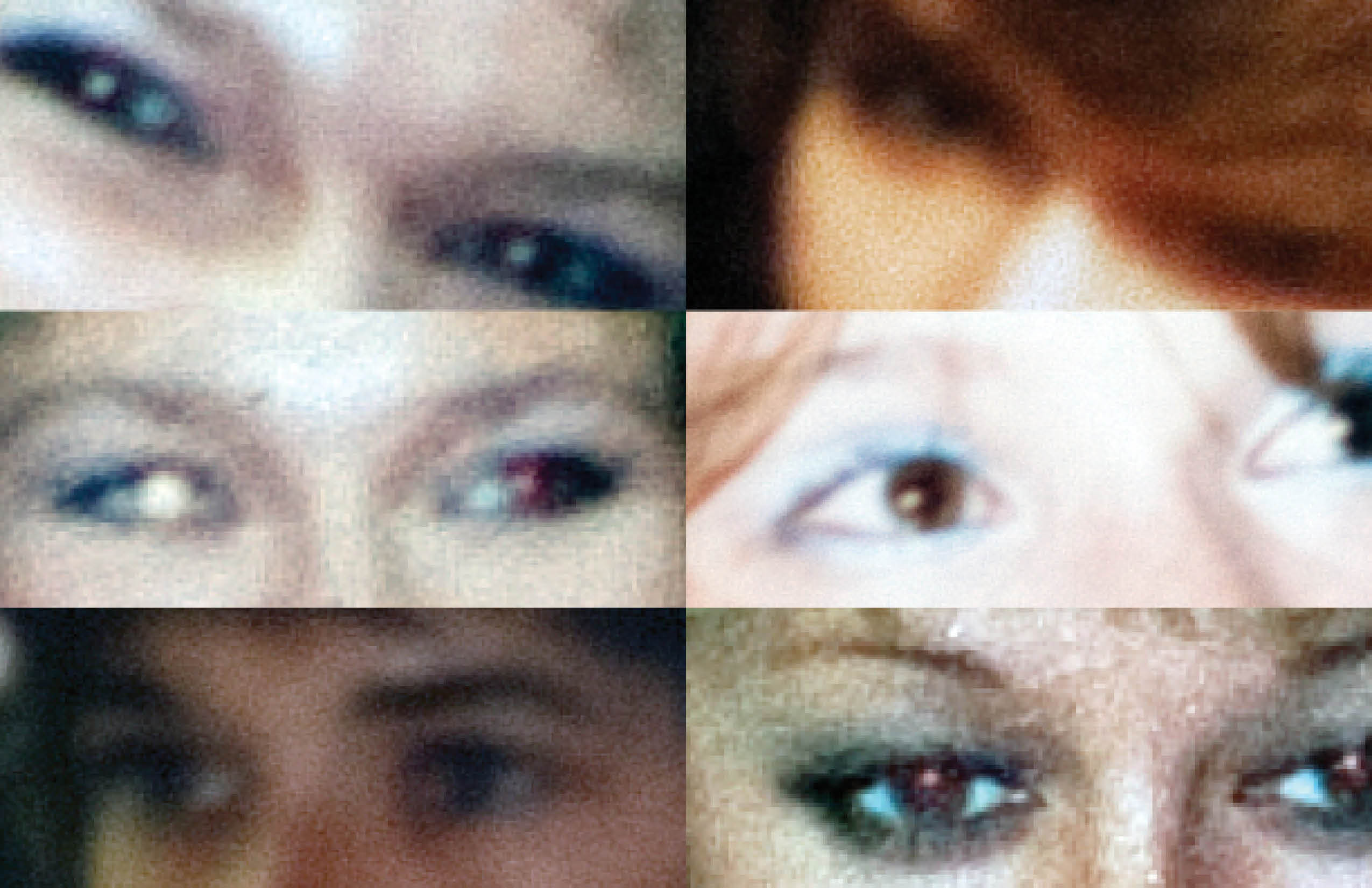
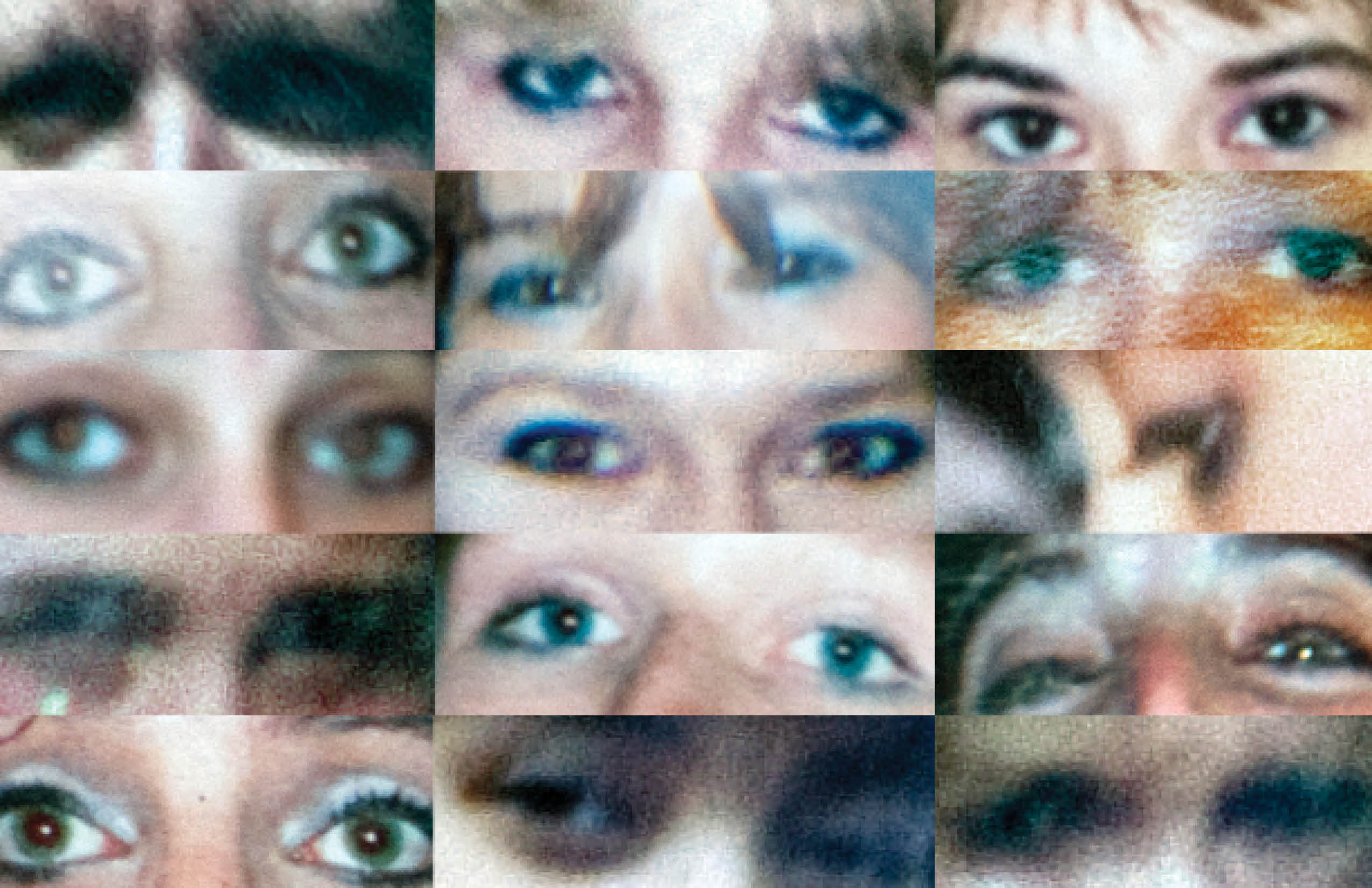
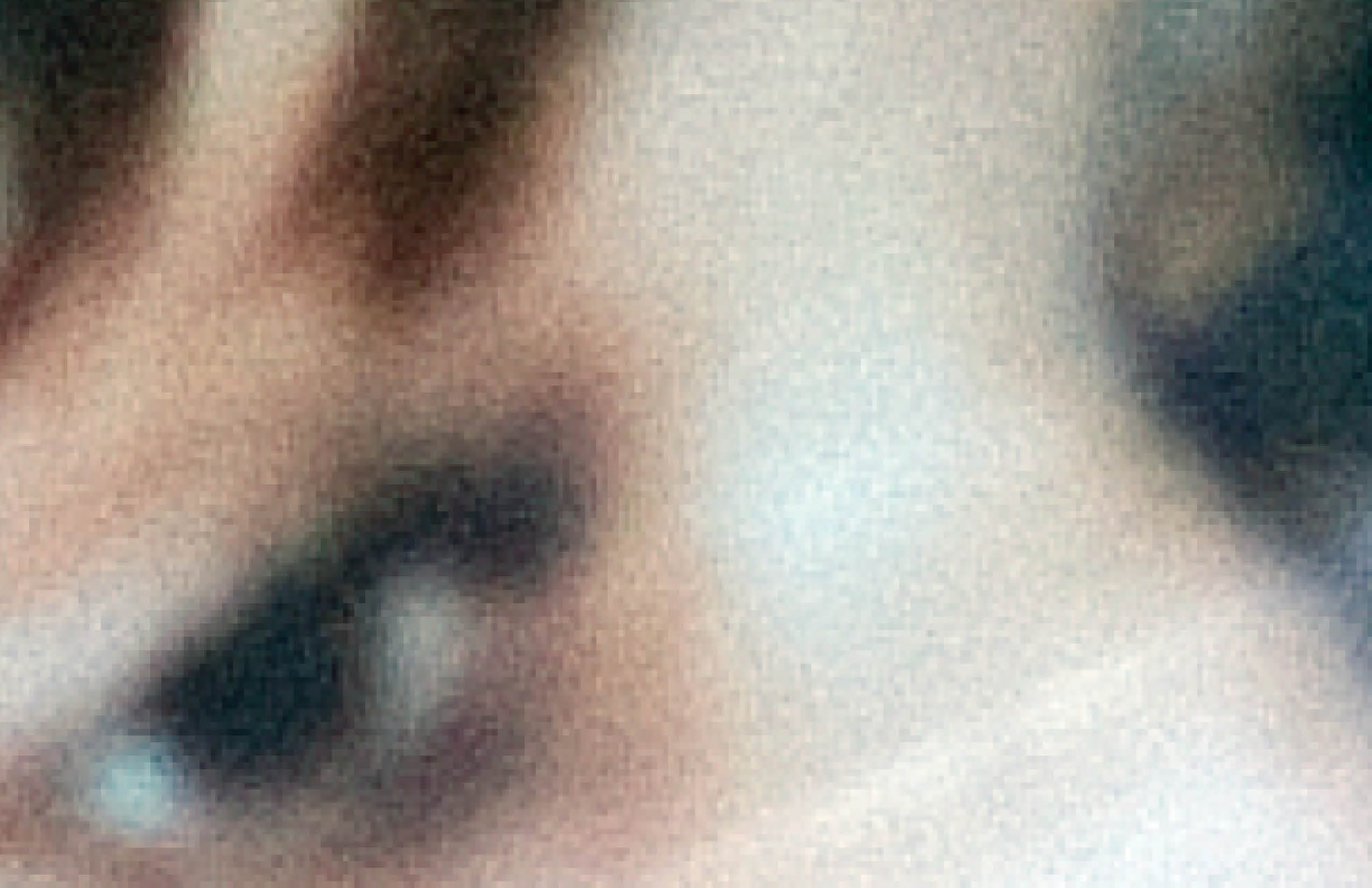
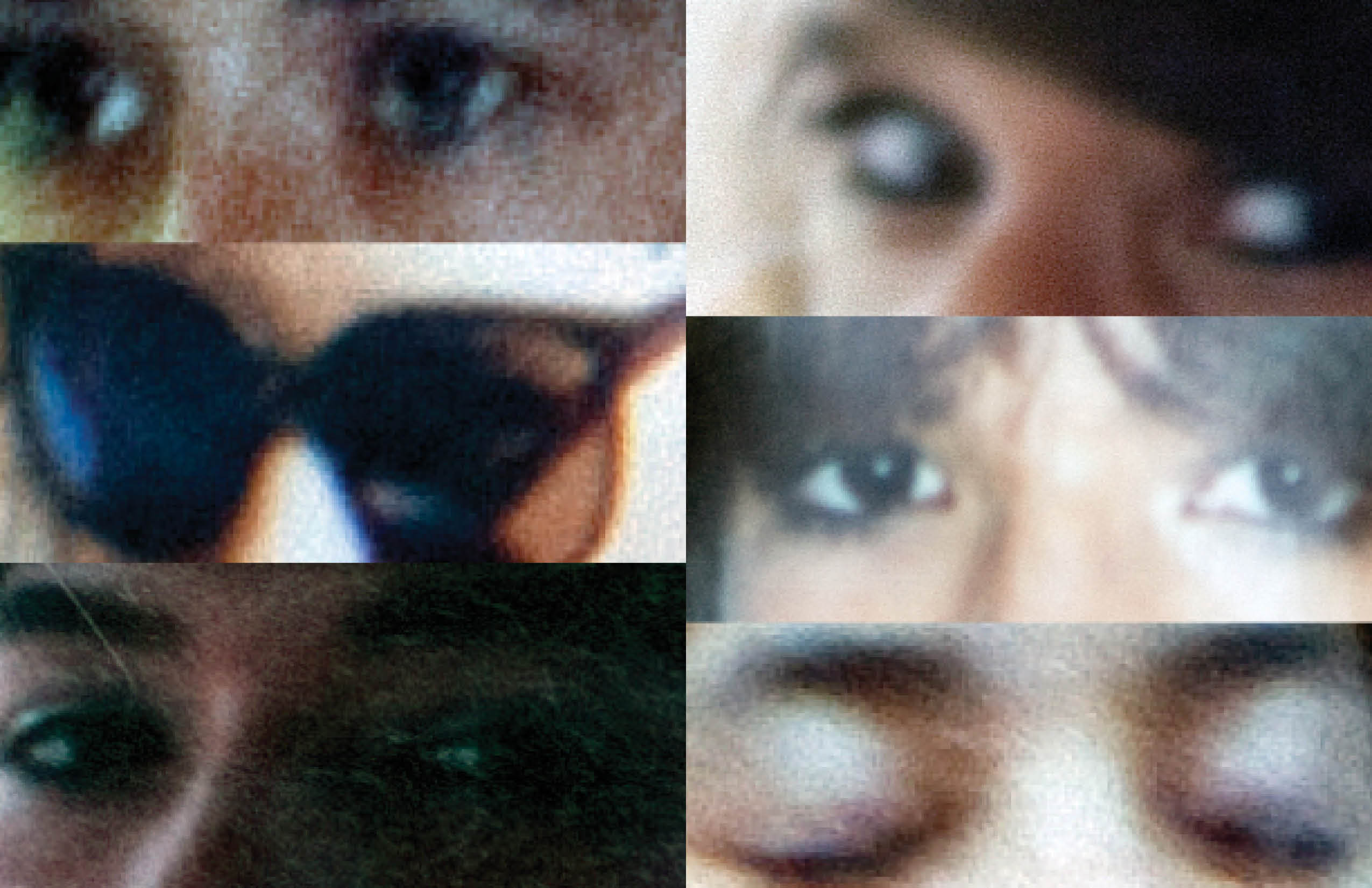
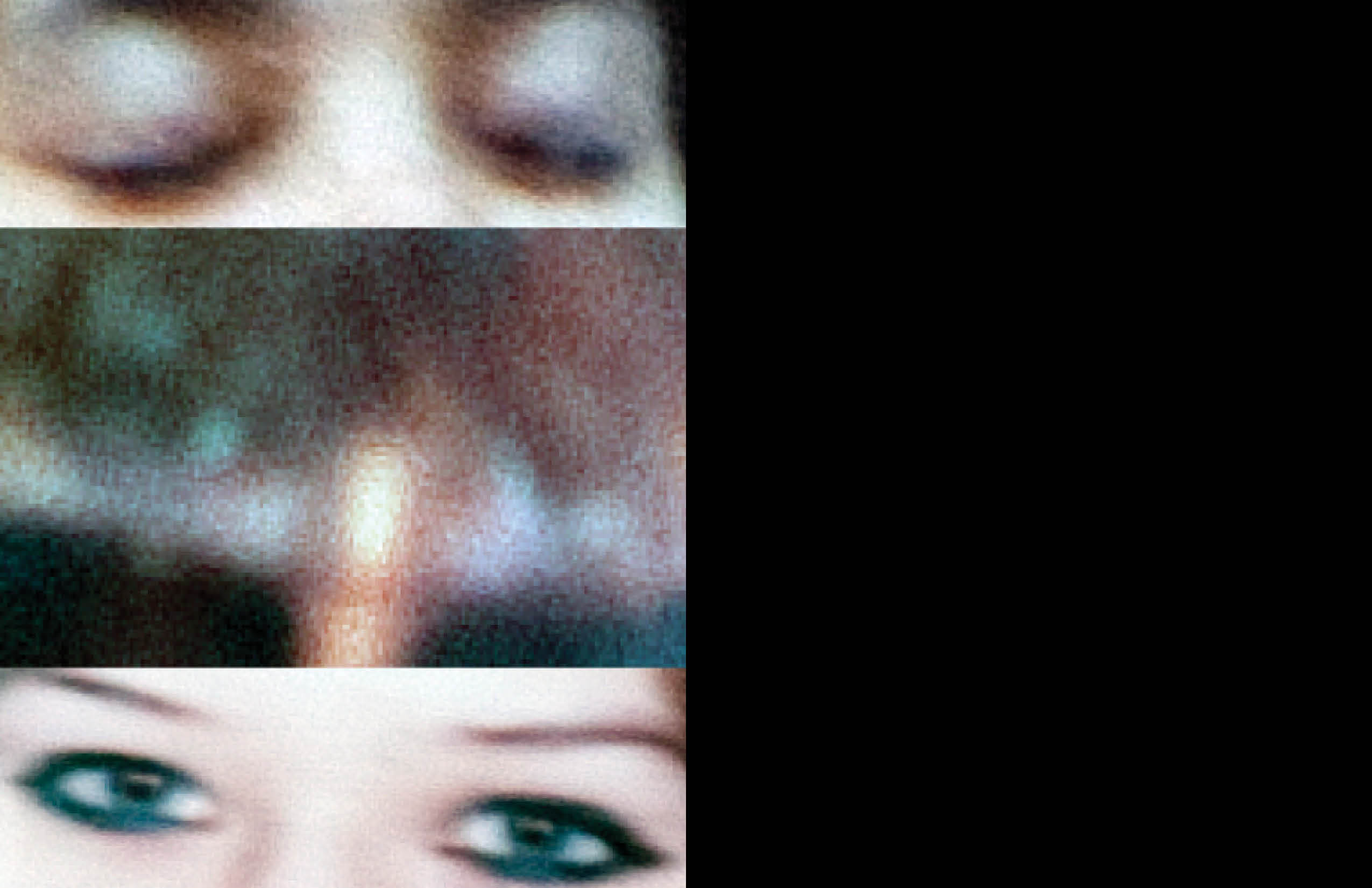
-
Damien Hirst, curated by Mary Barone
Blue Monday
Damien Hirst, curated by Mary Barone
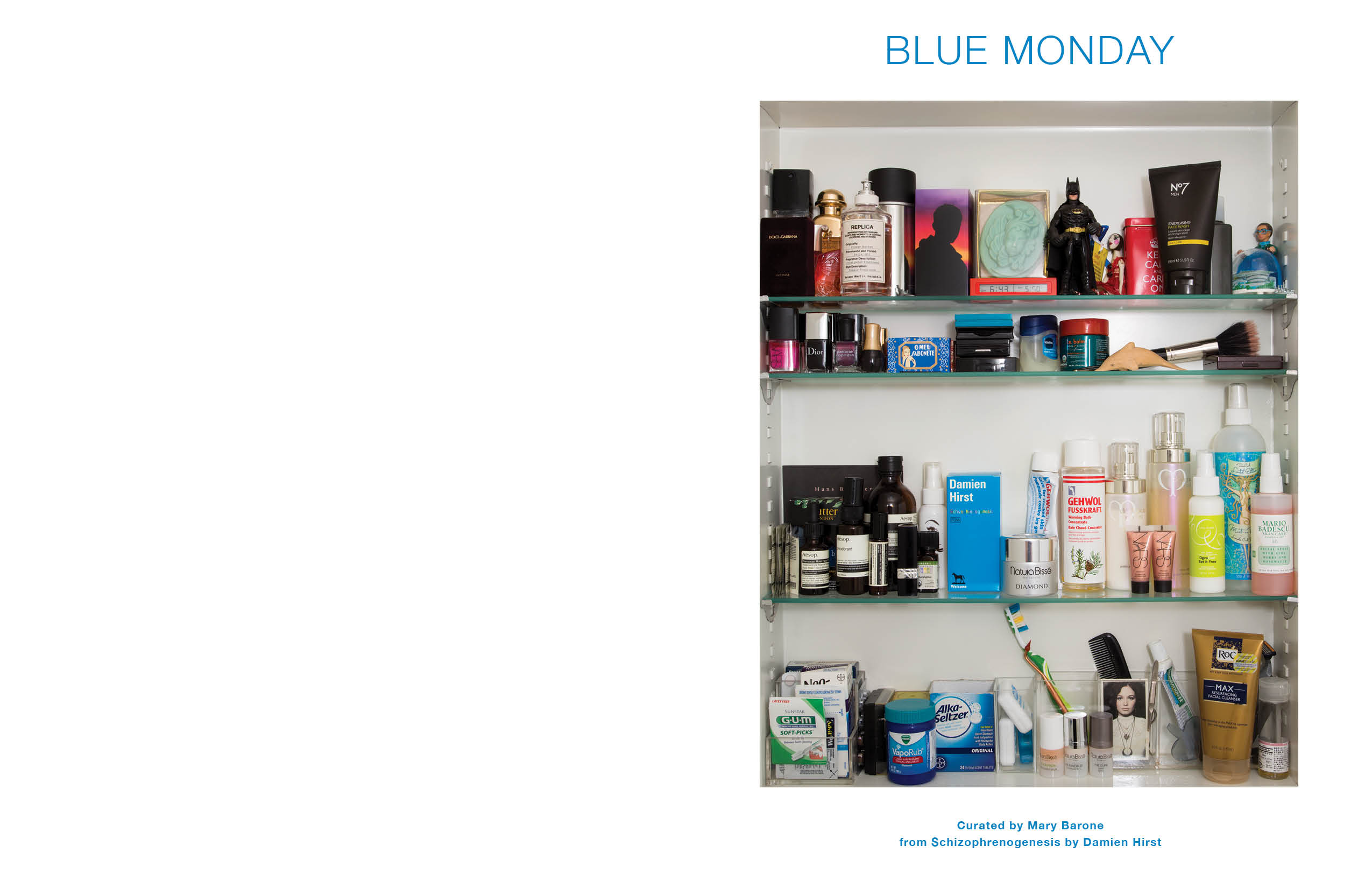




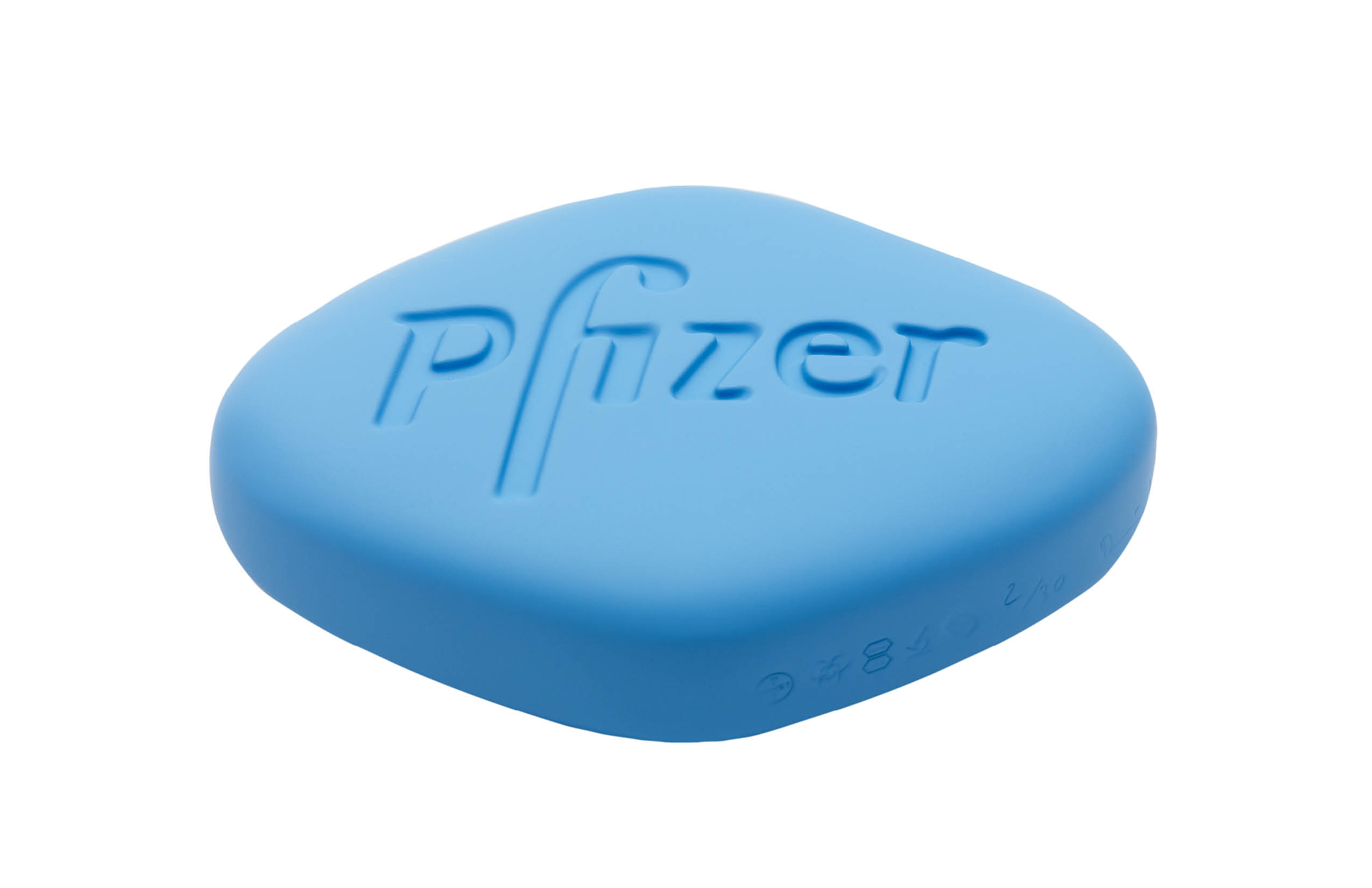




-
Joshua Abelow
Fourteen Paintings
Joshua Abelow
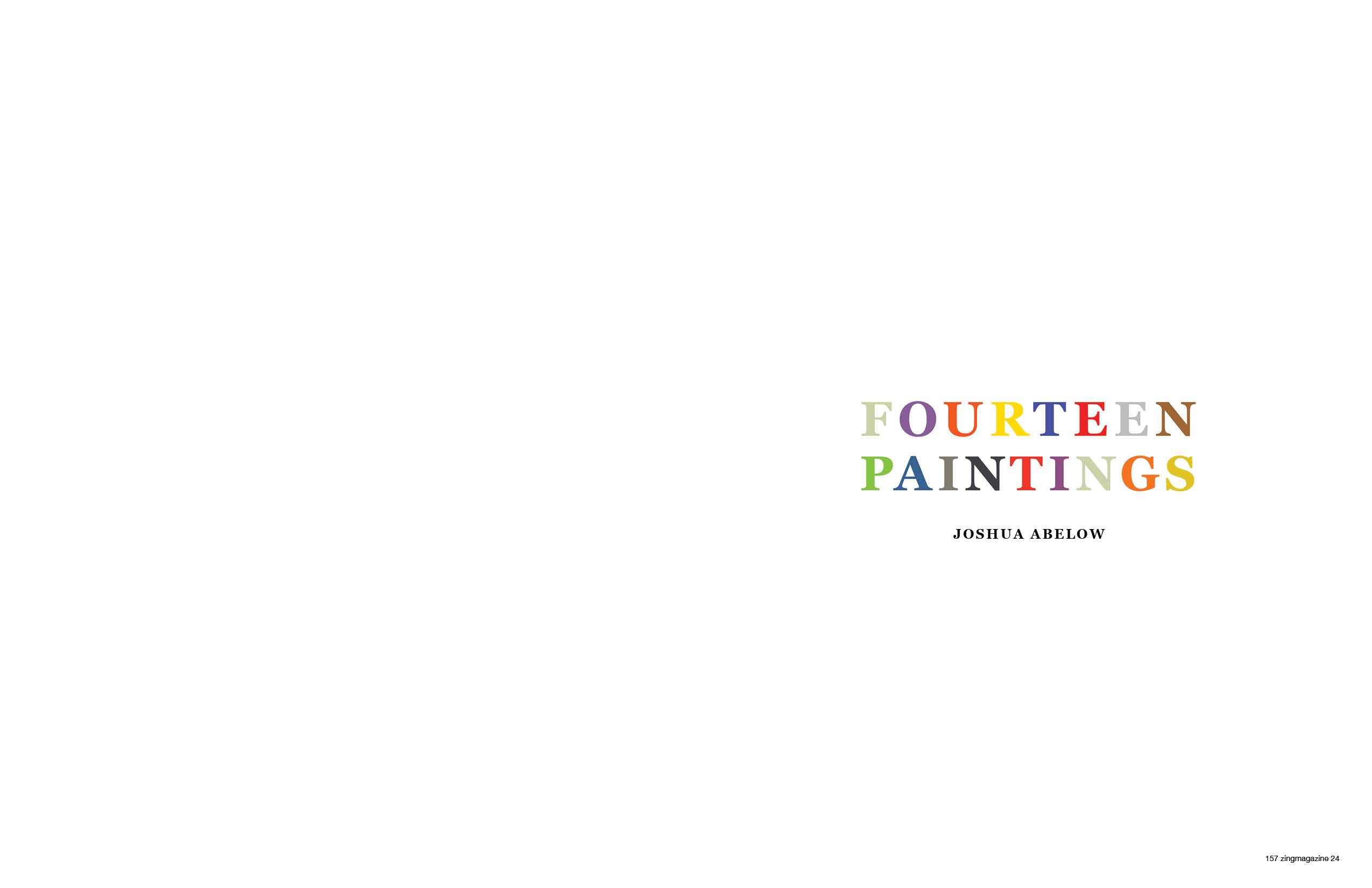
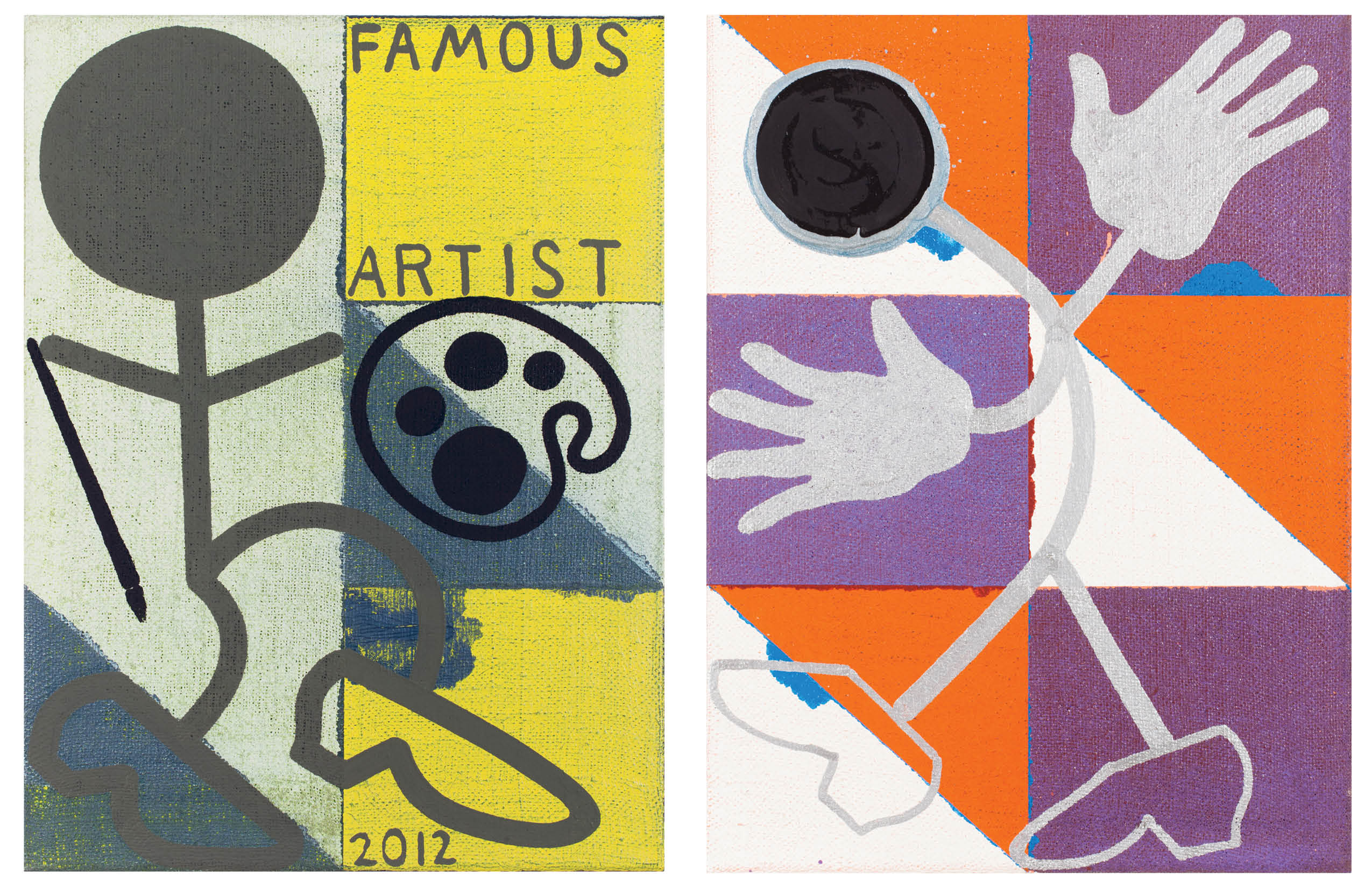
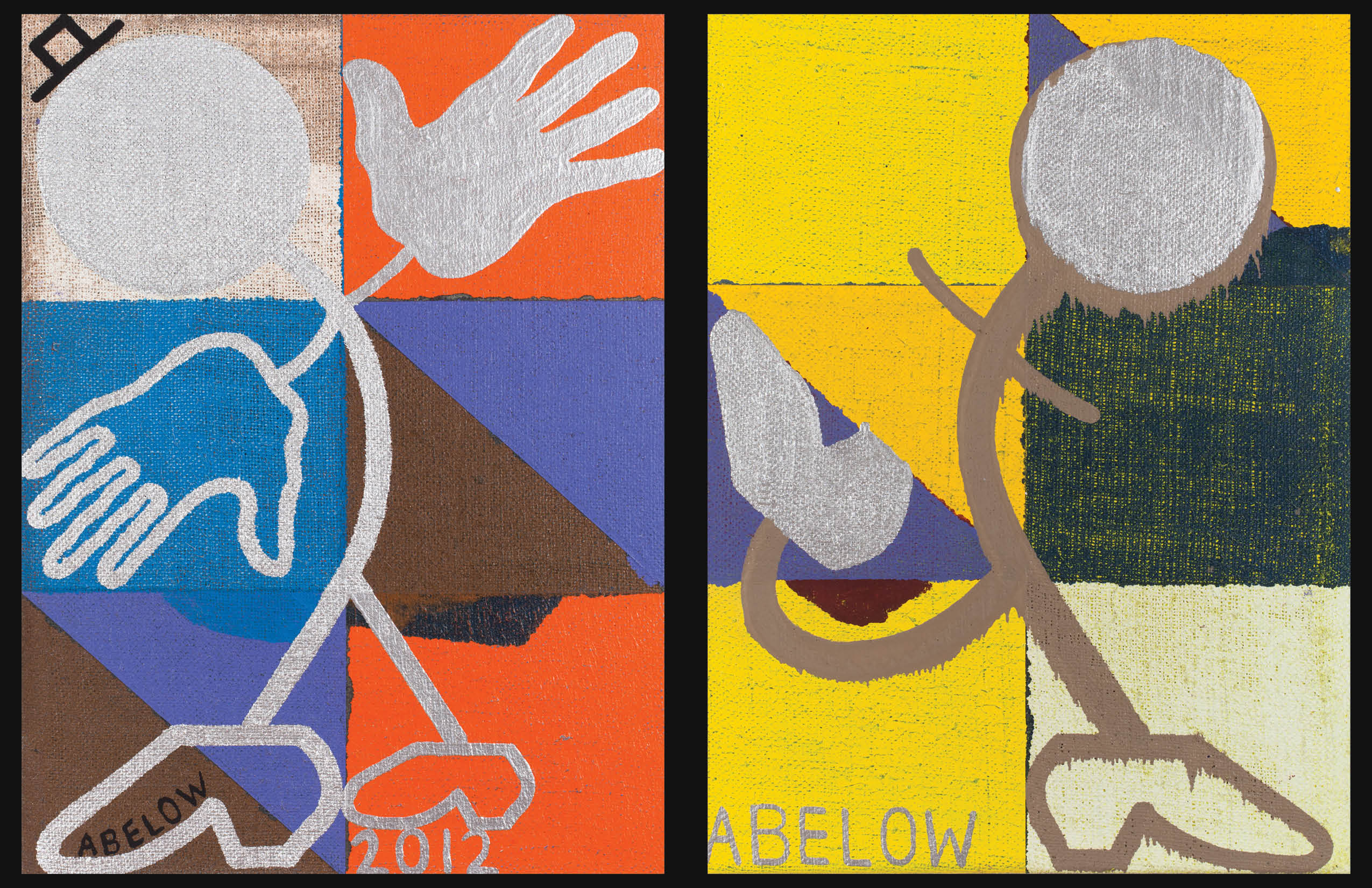
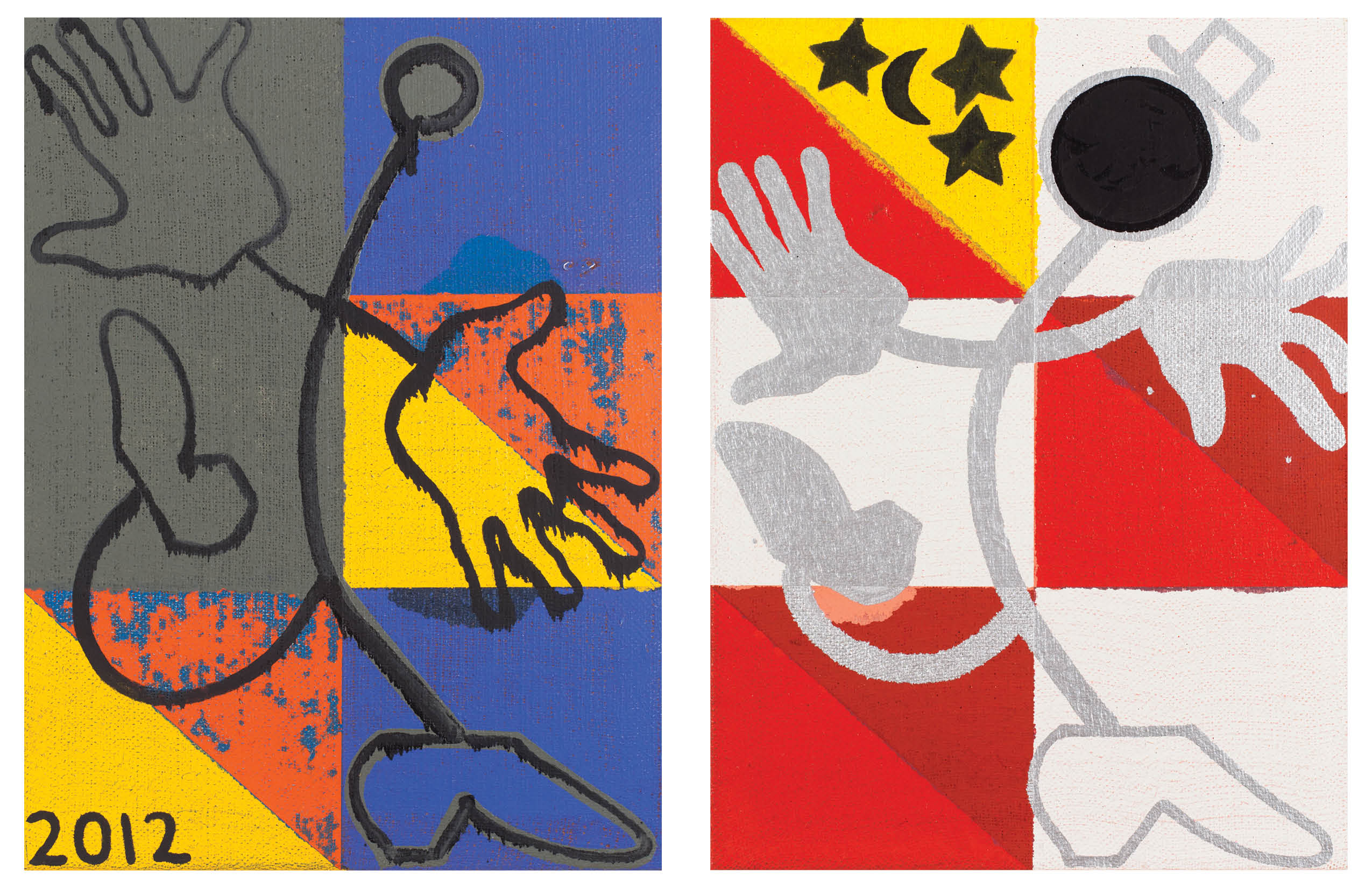
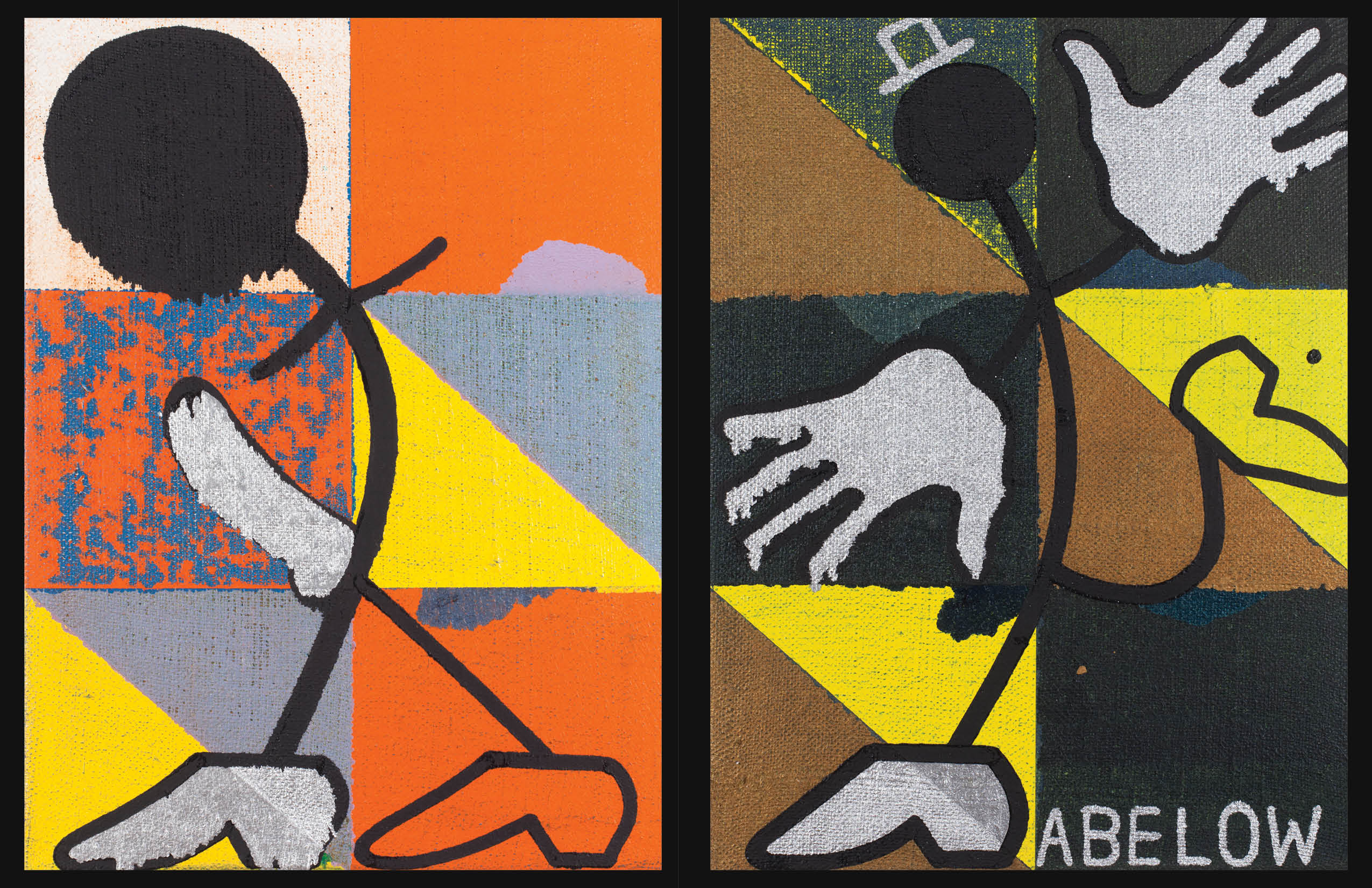
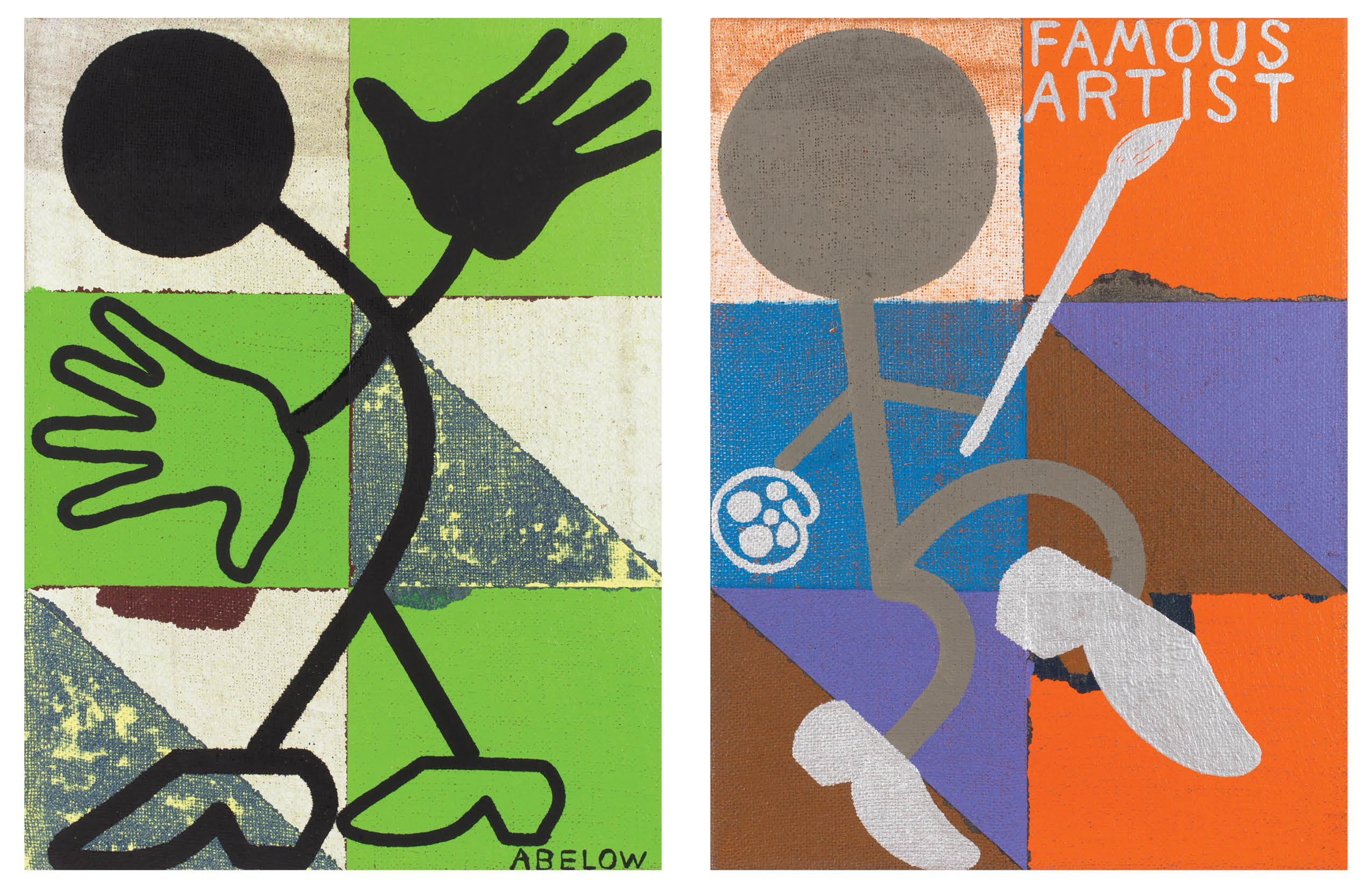
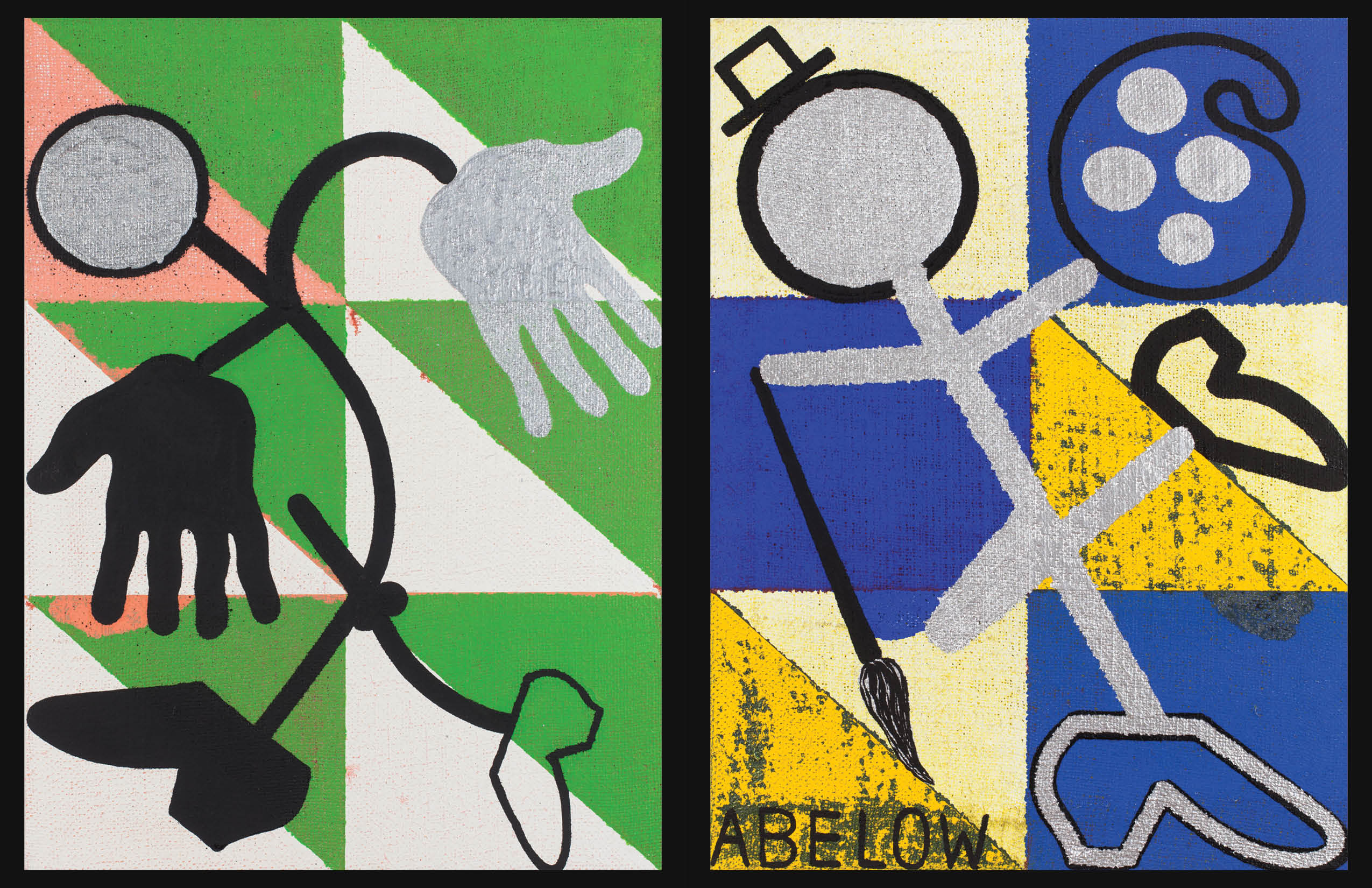
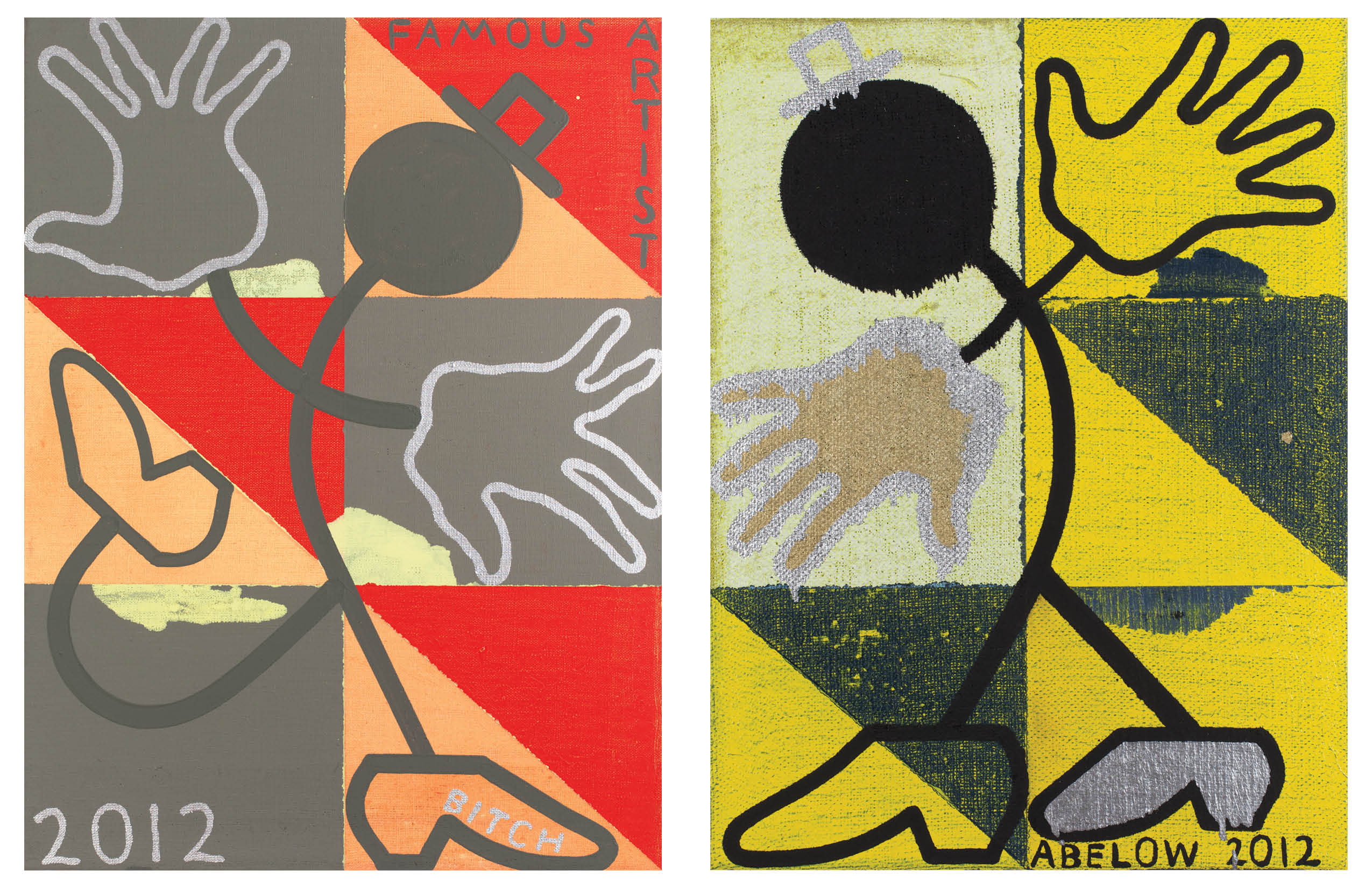
-
Simon Bill
How A Man Schall Be Armyed
Simon Bill
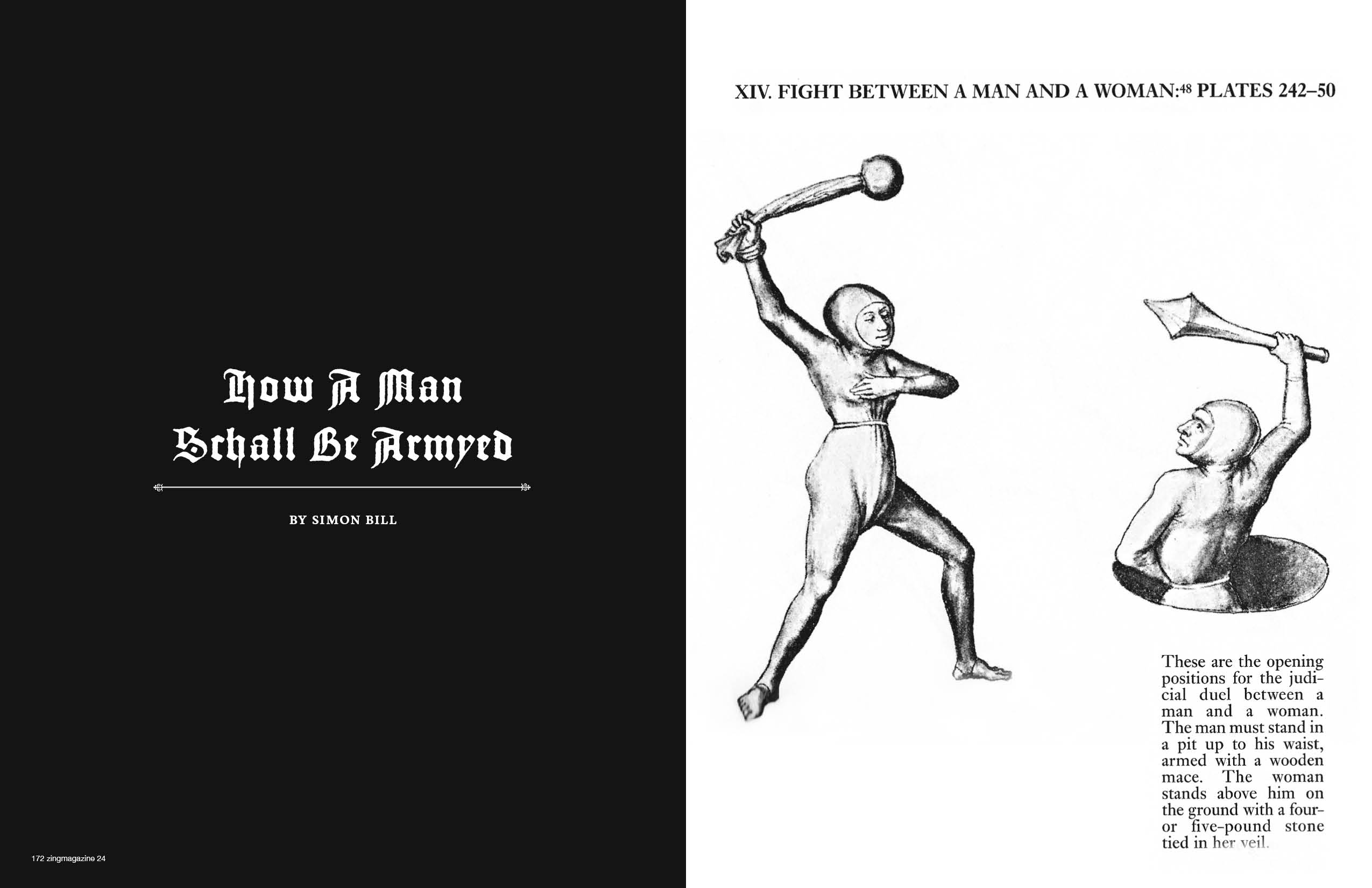
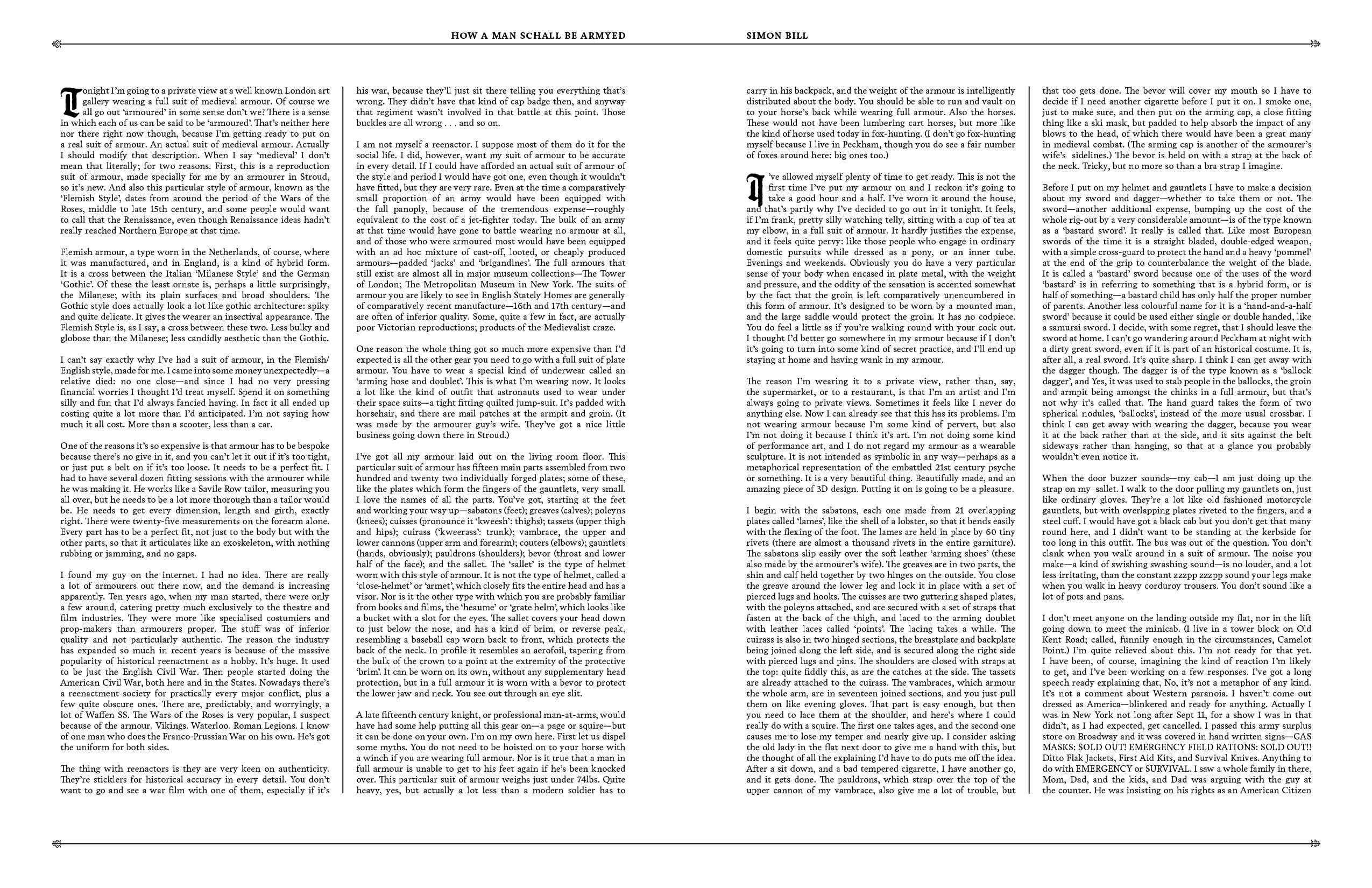
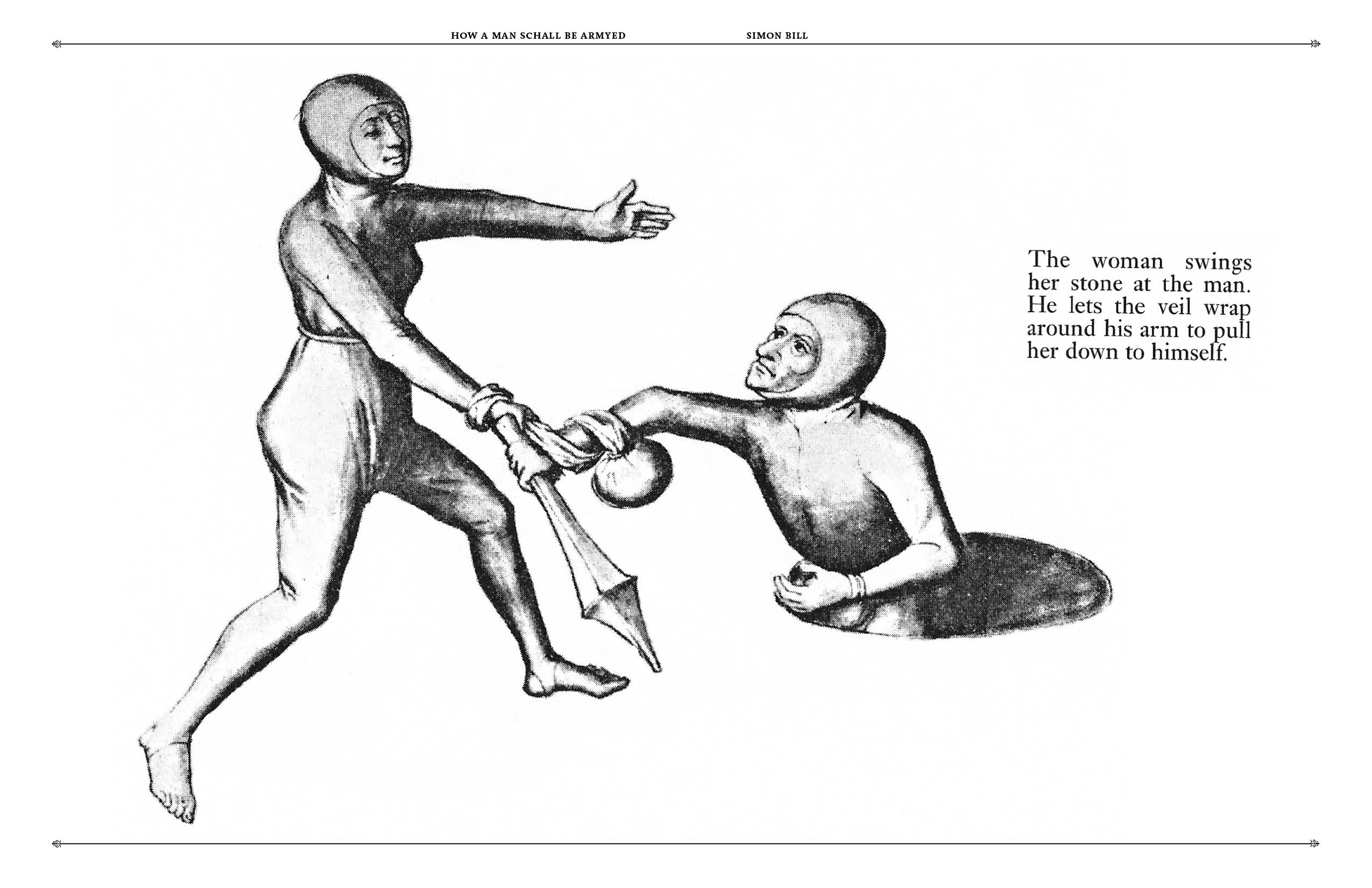
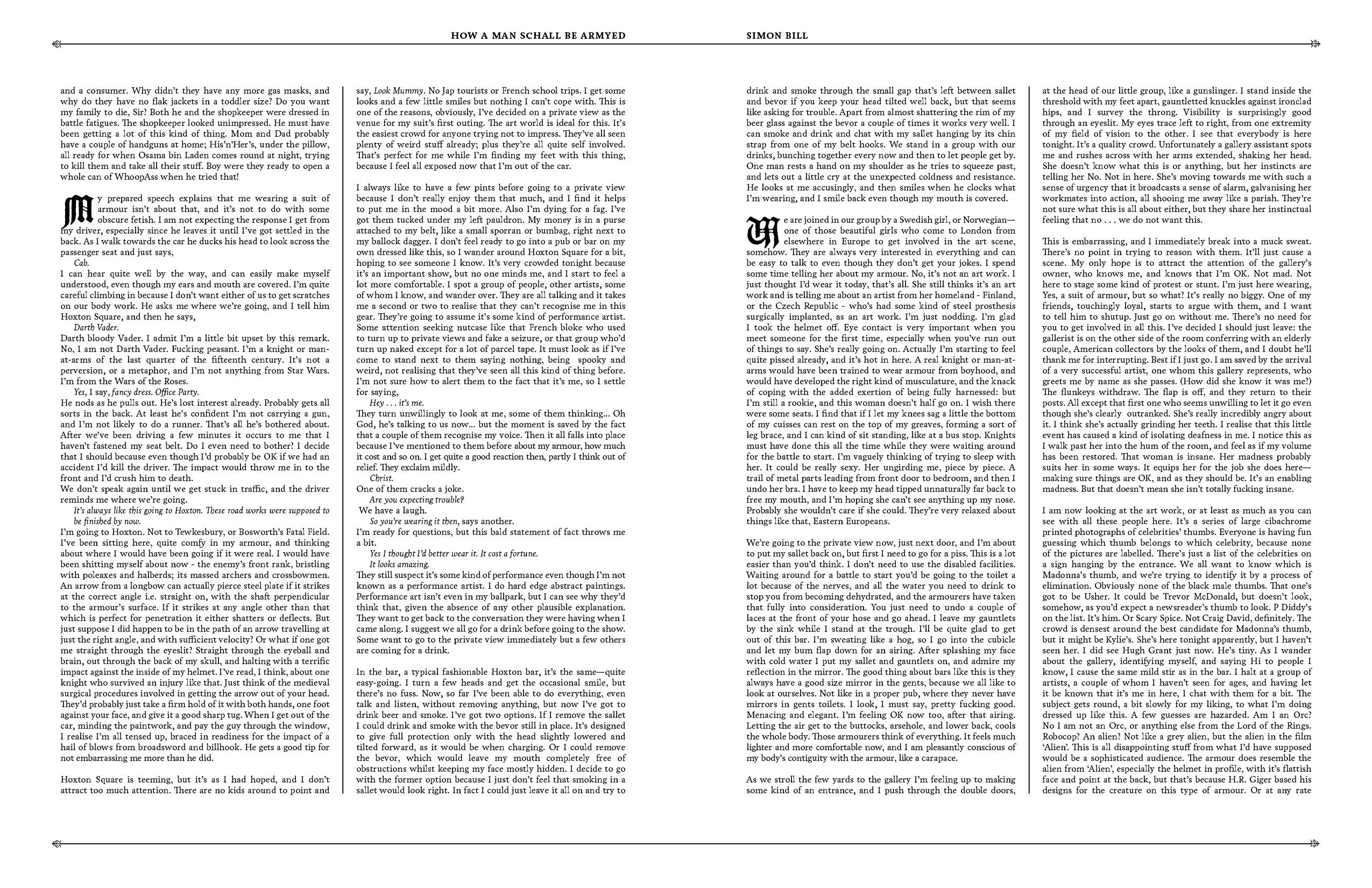
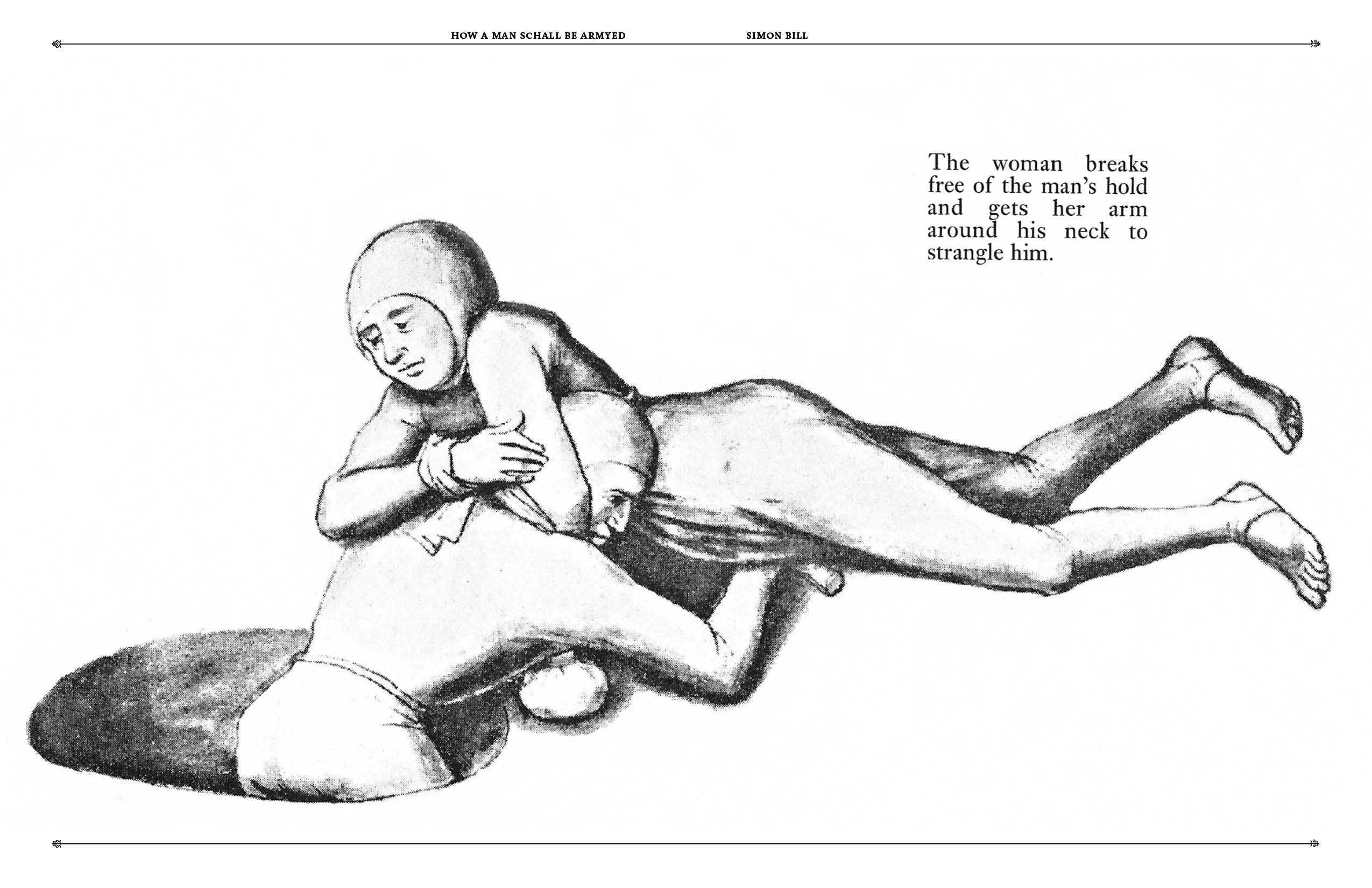
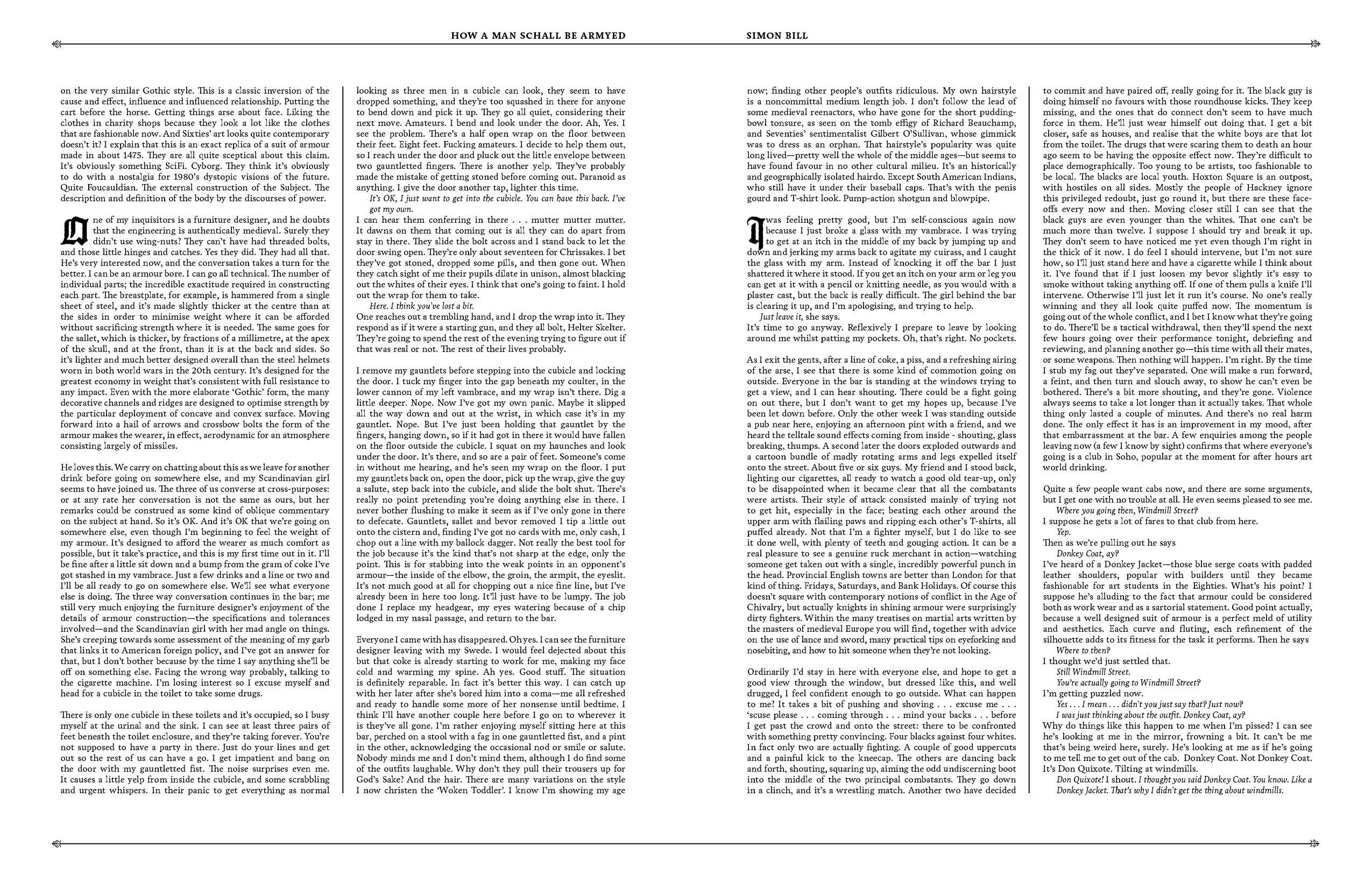
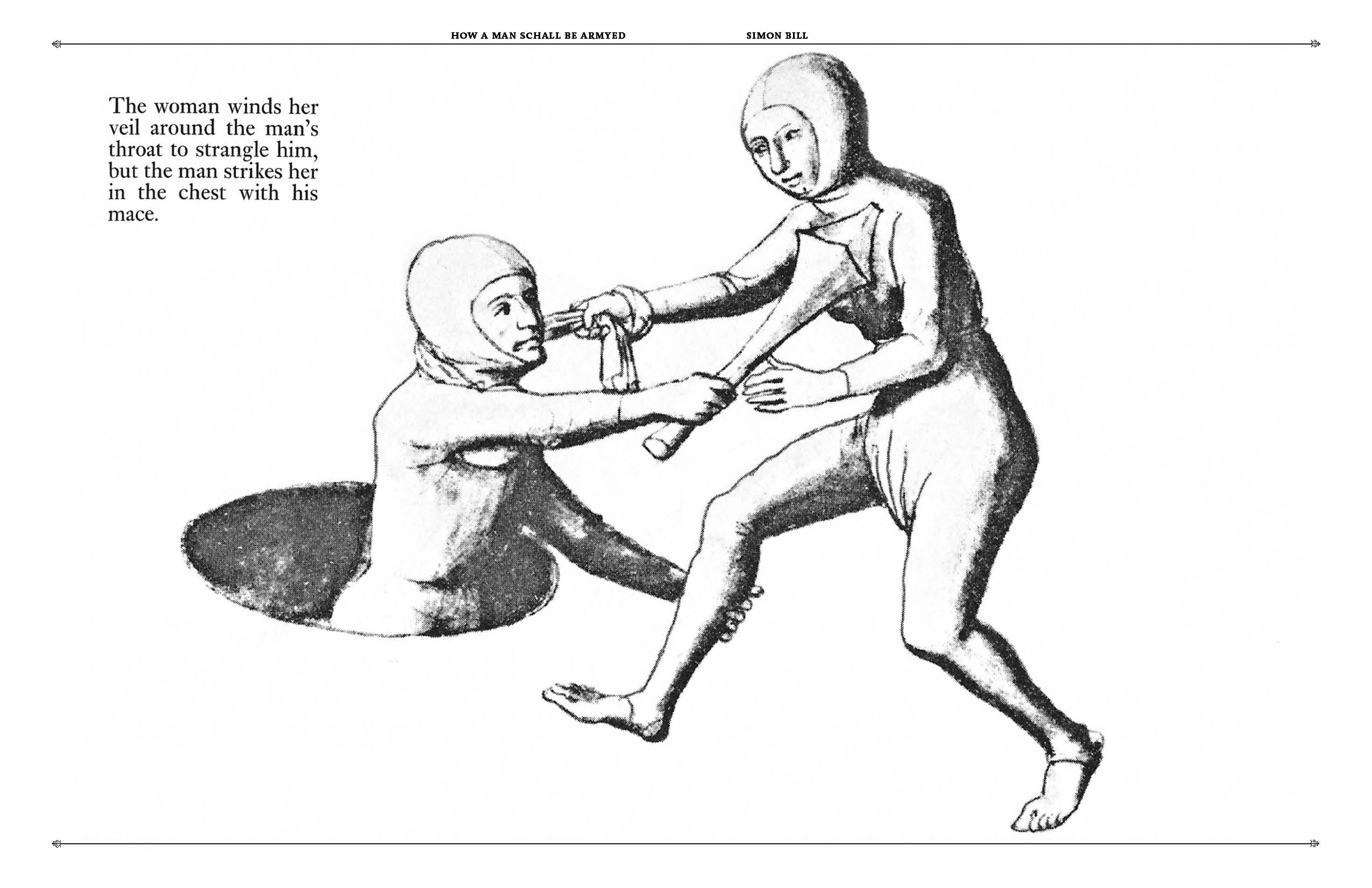
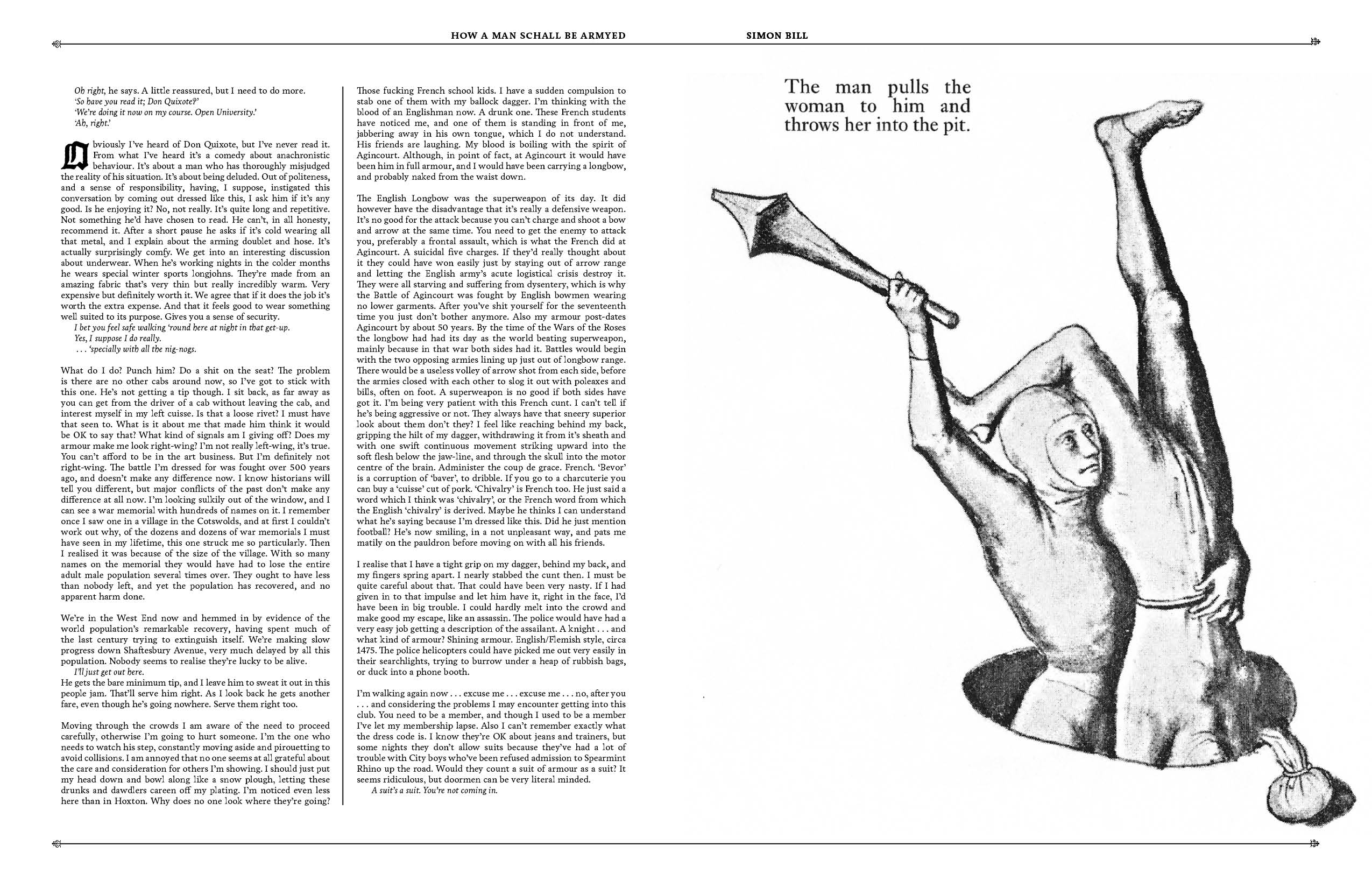
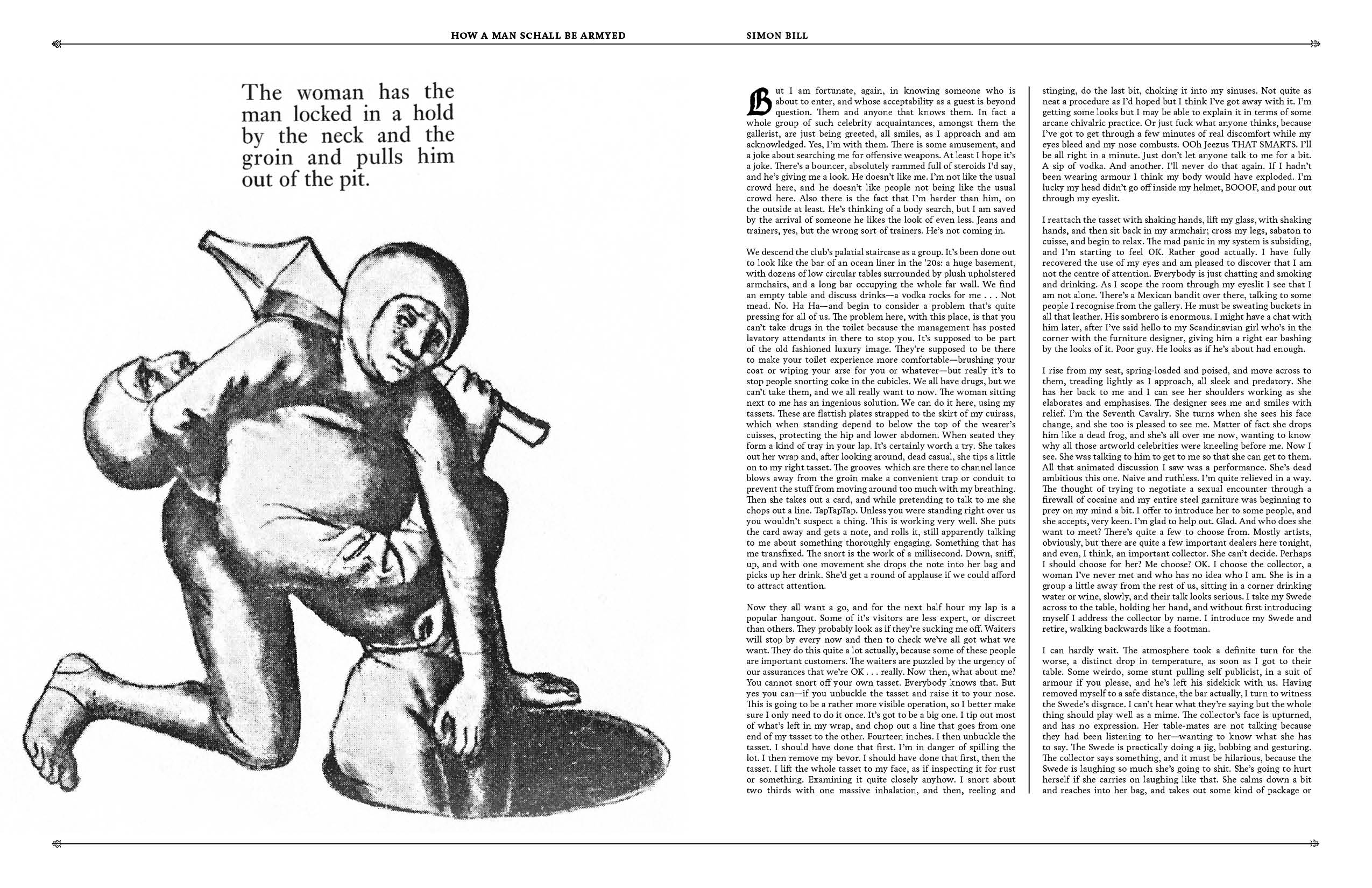
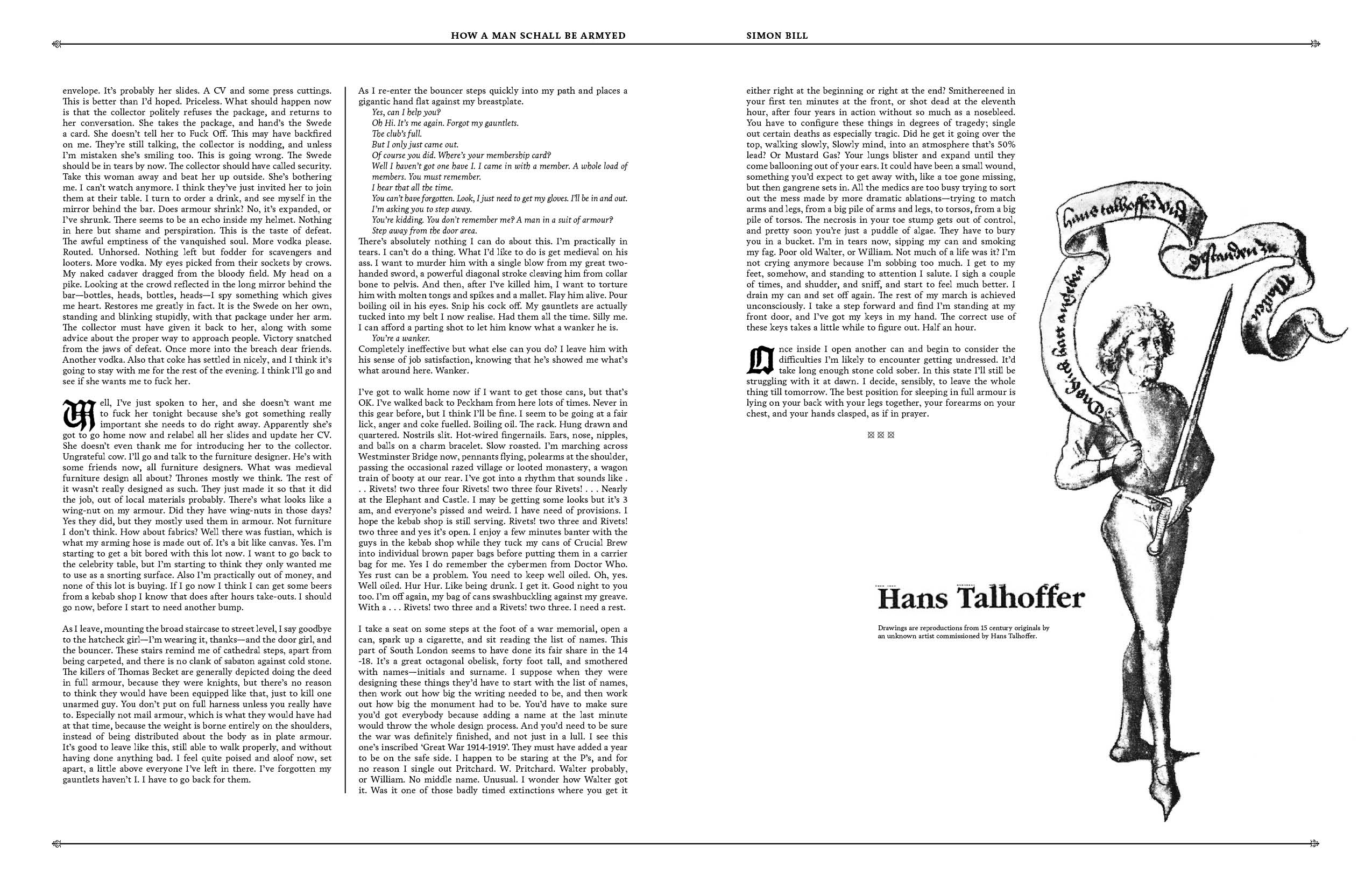
-
Harry Smith, curated by Hayley Richardson
A Strange Dream
Harry Smith, curated by Hayley Richardson
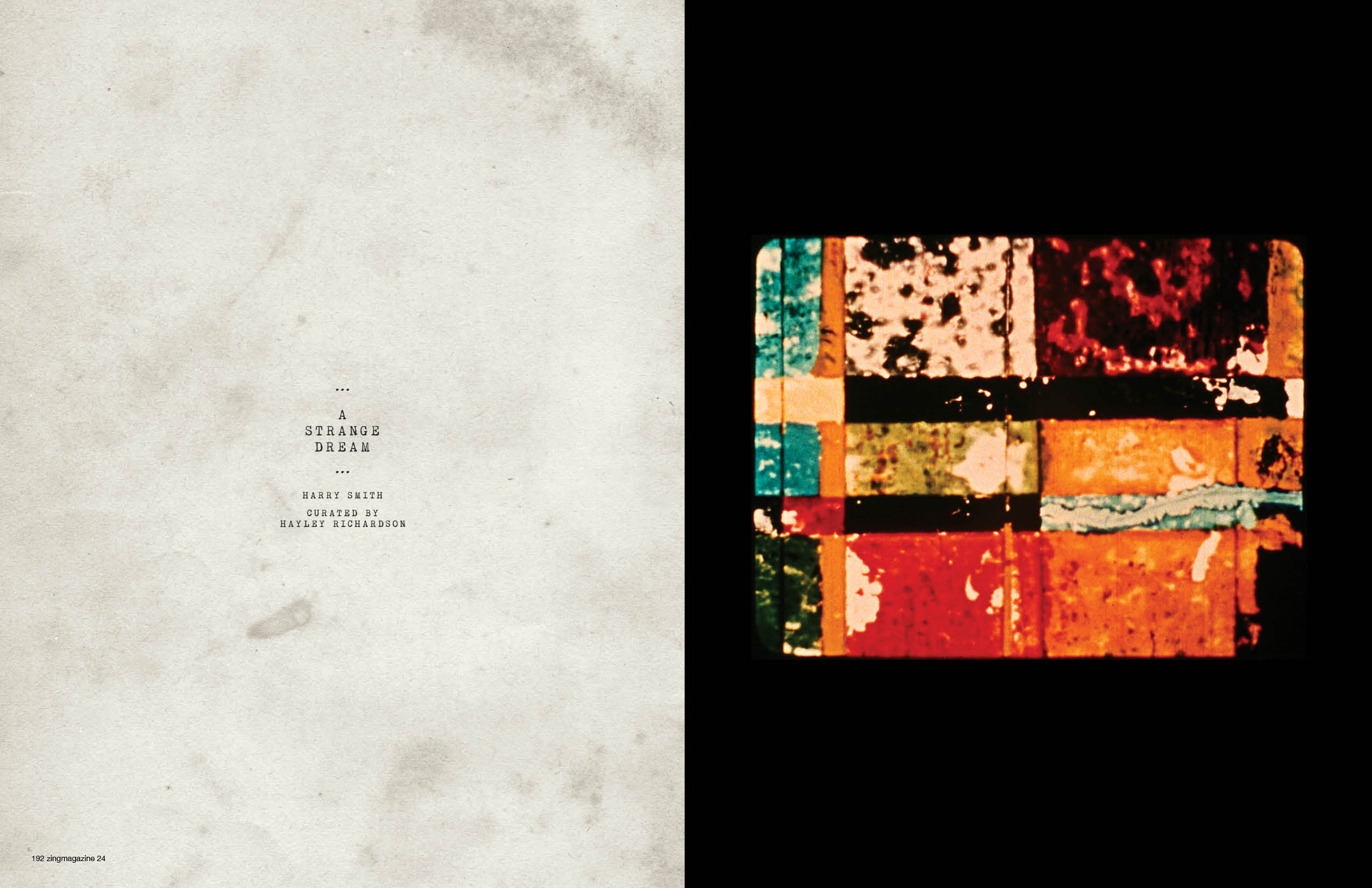
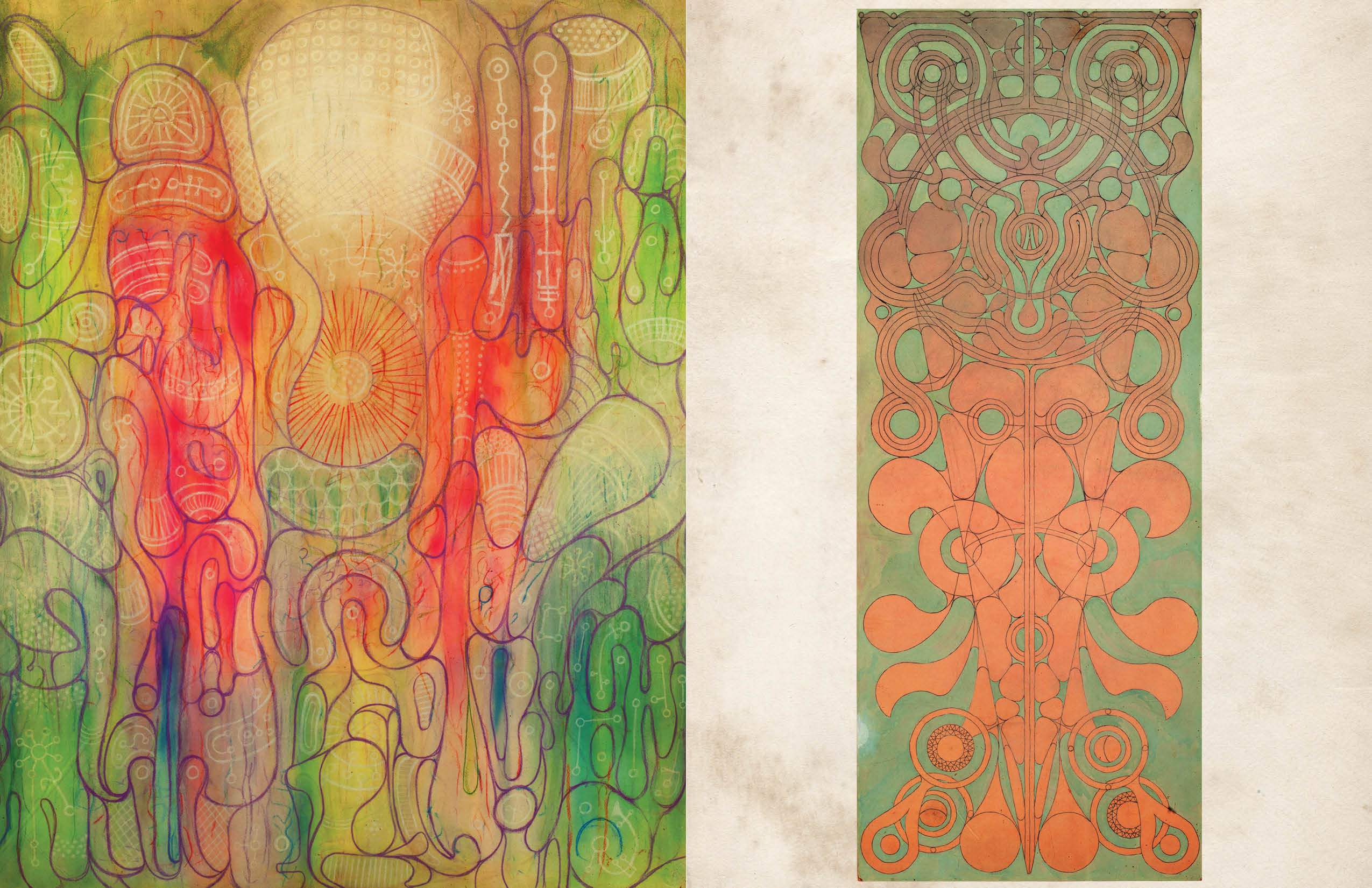
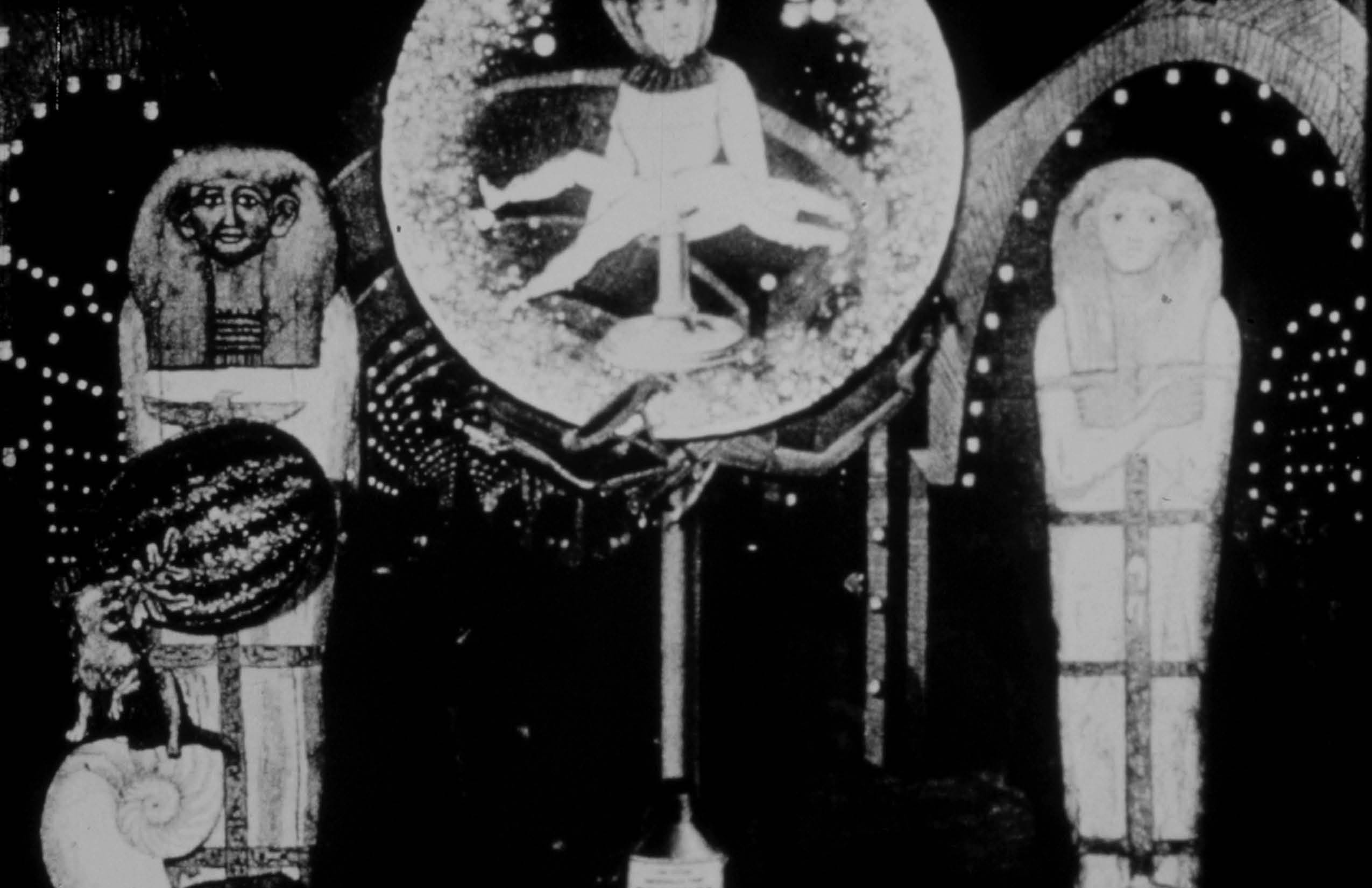
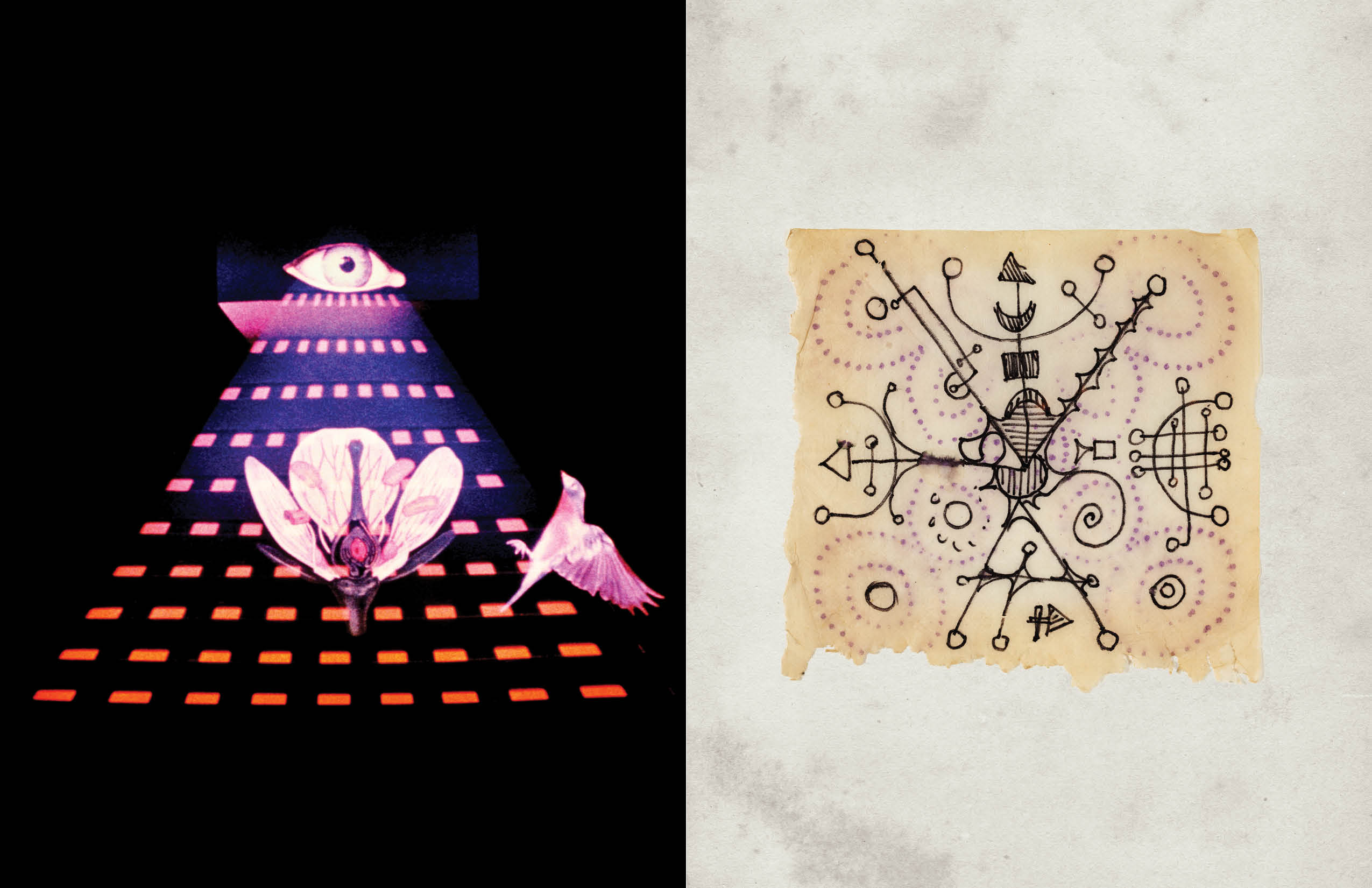
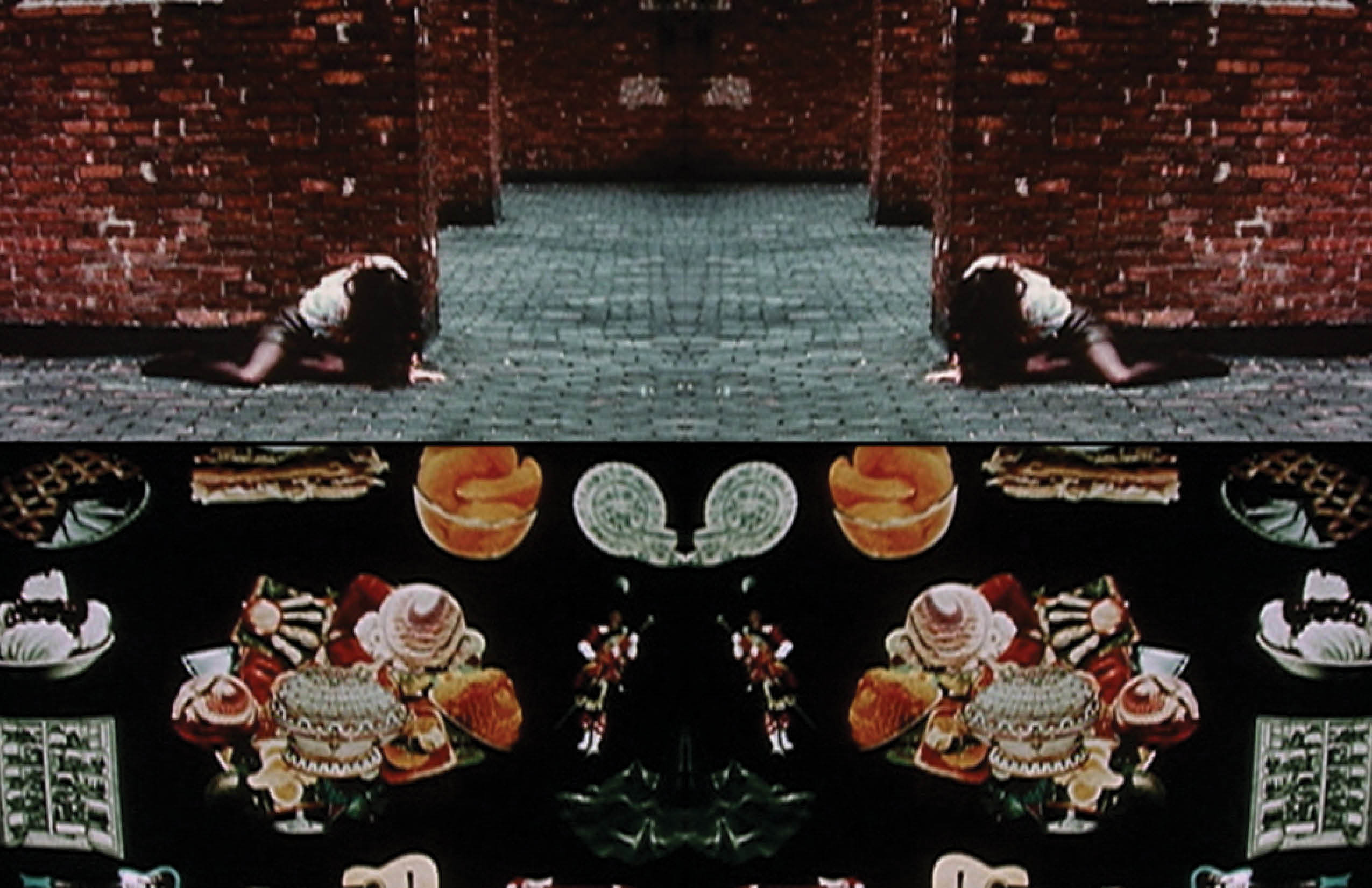
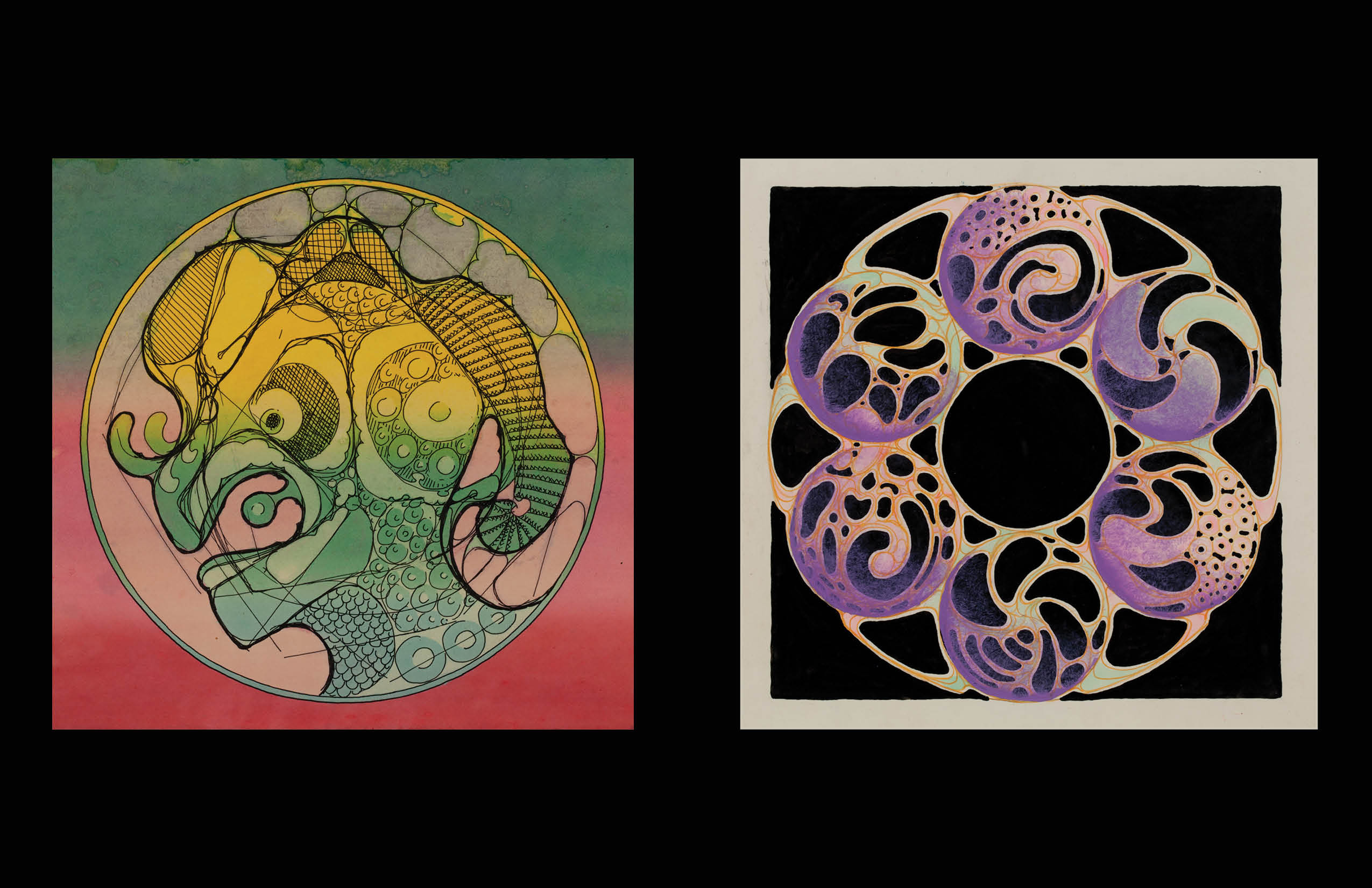
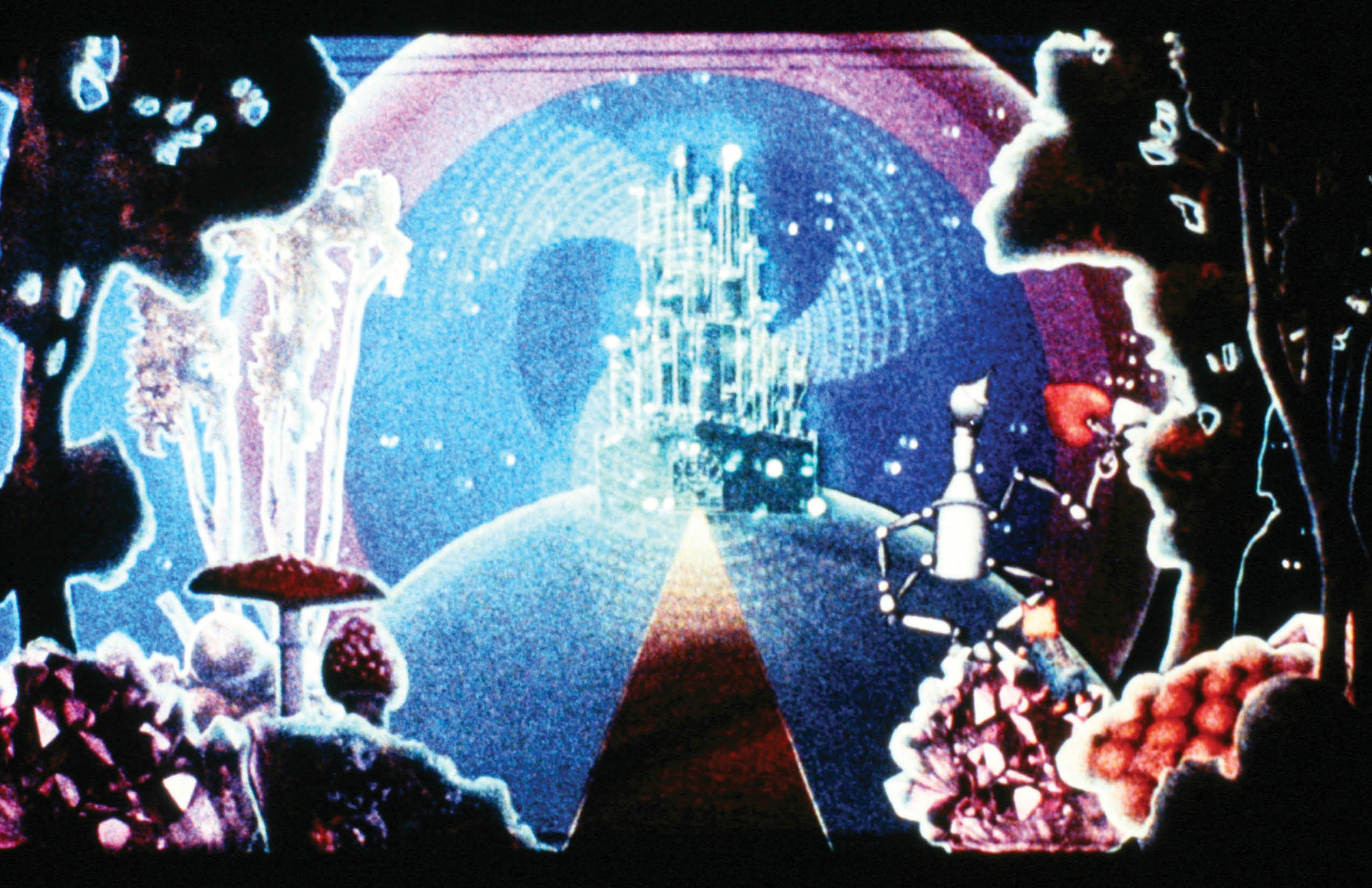
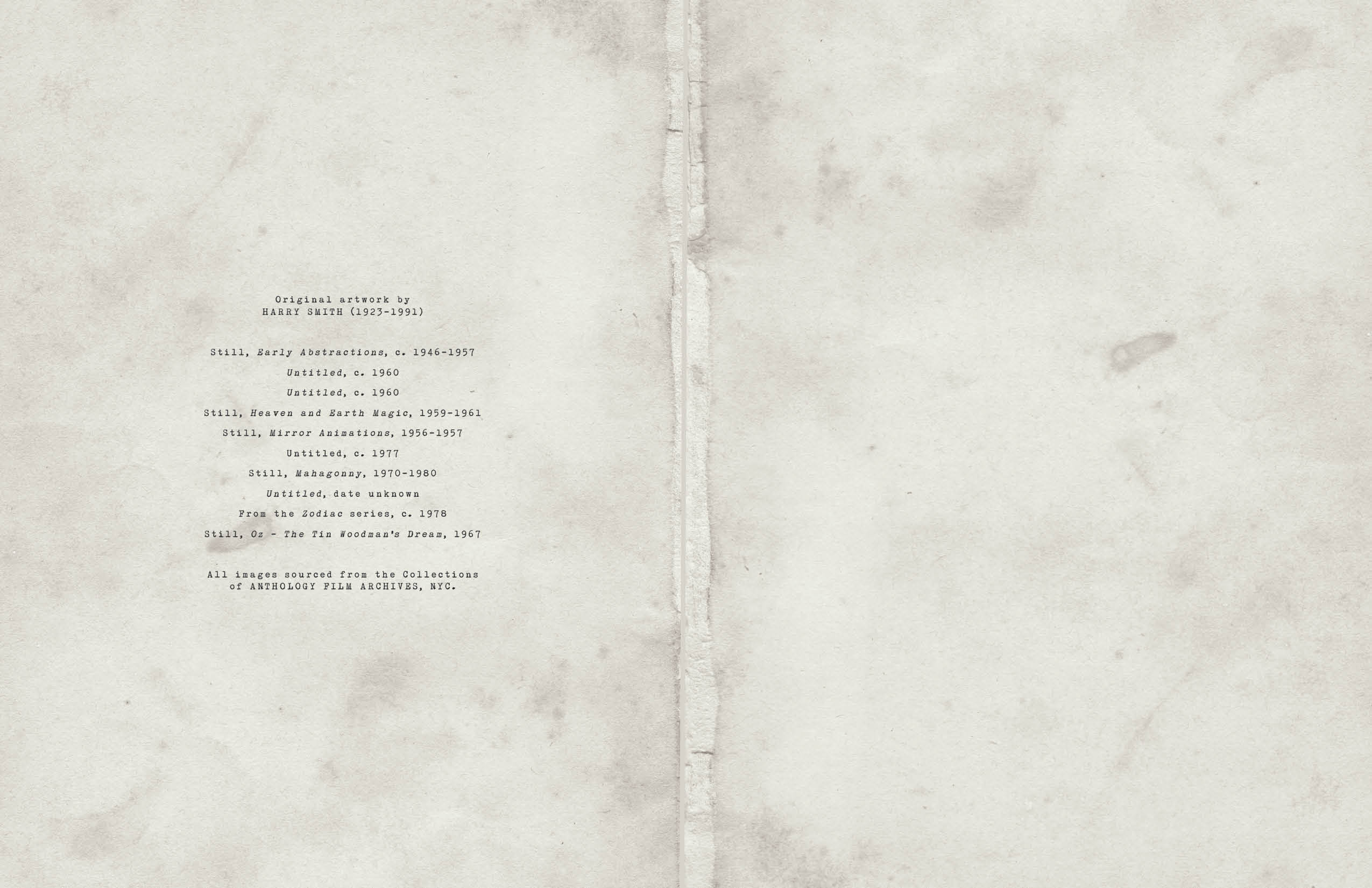
-
Olav Westphalen
A Junkie in the Forest Doing Things the Hard Way
Olav Westphalen
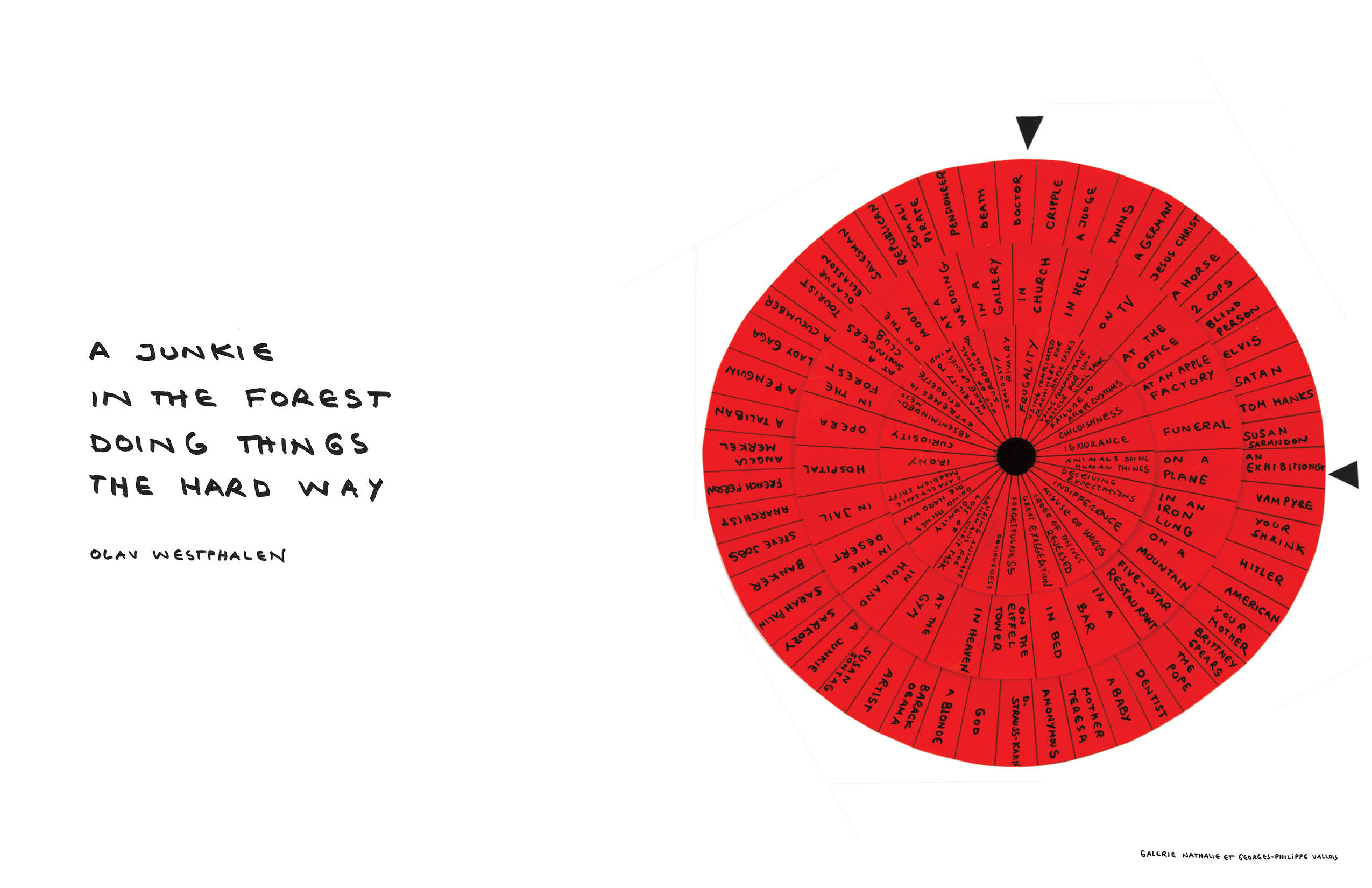
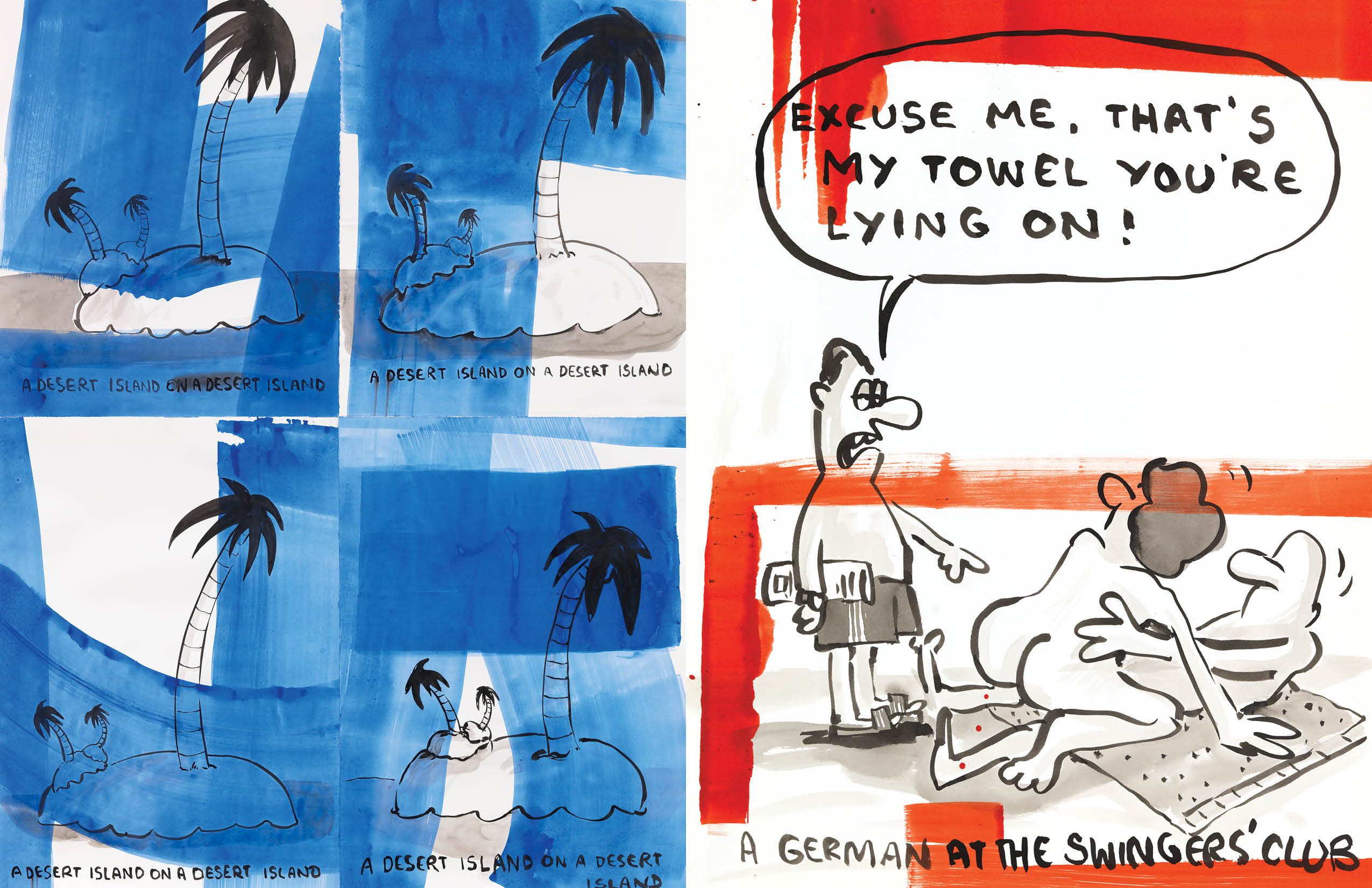
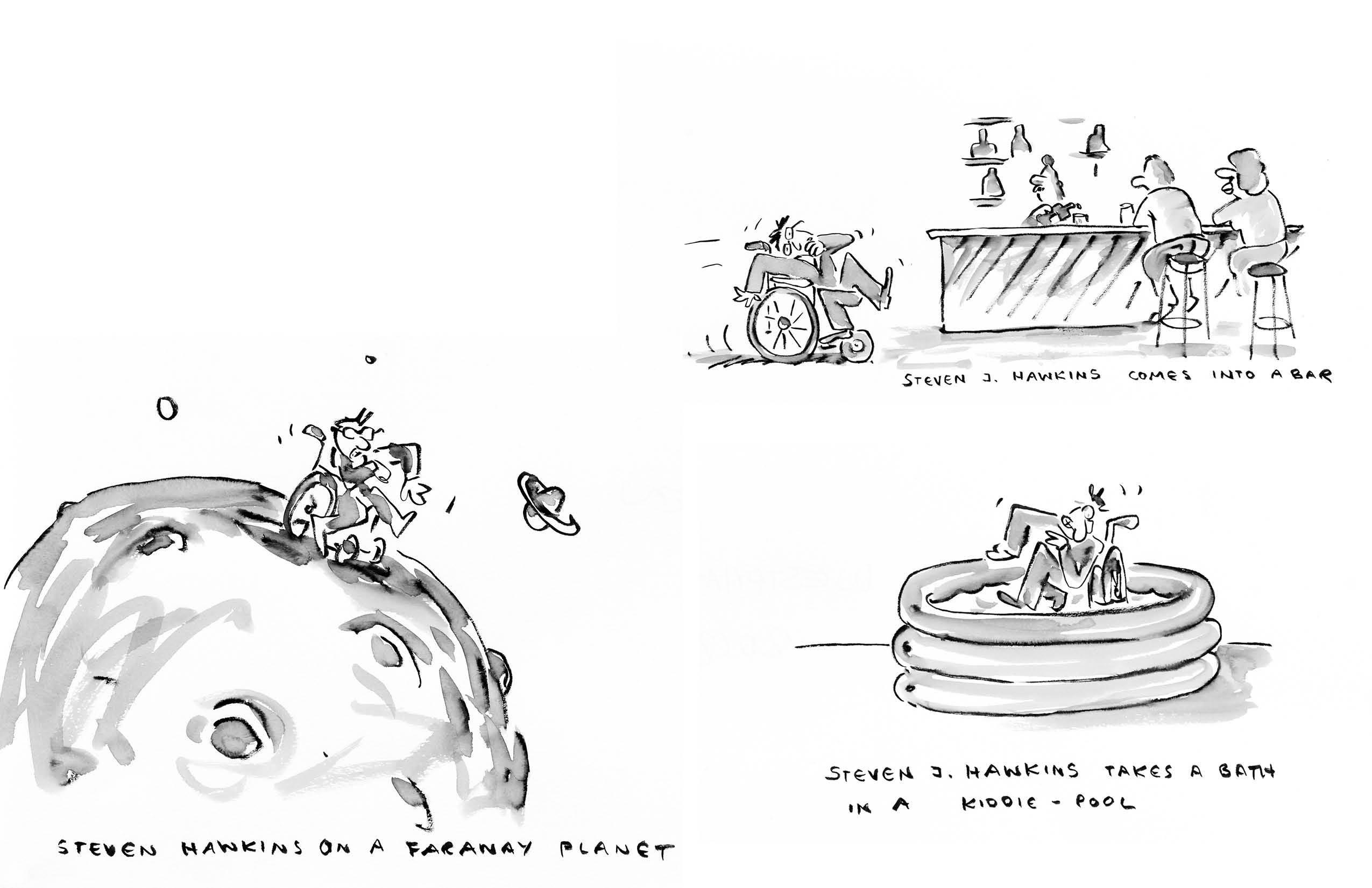
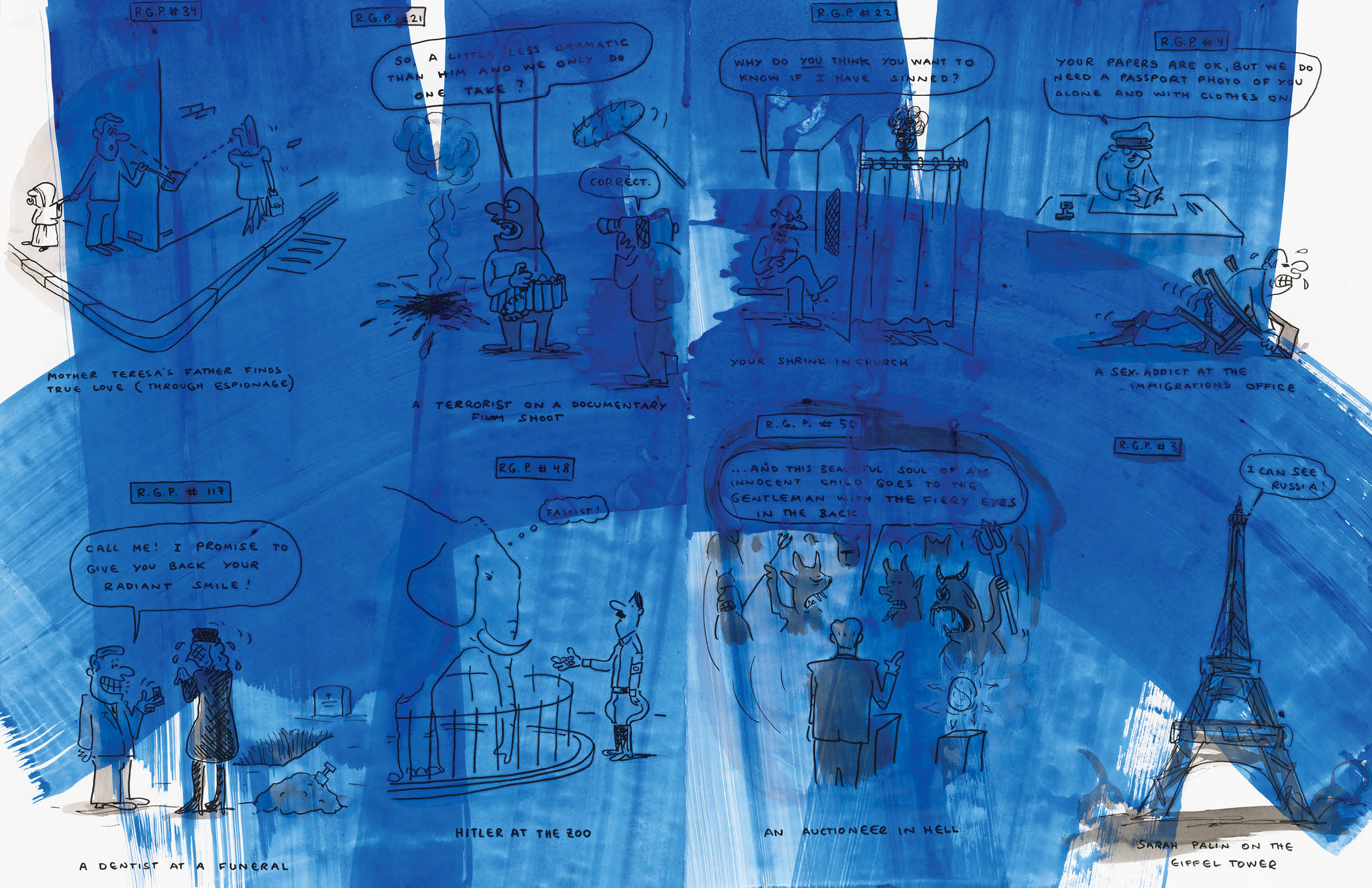
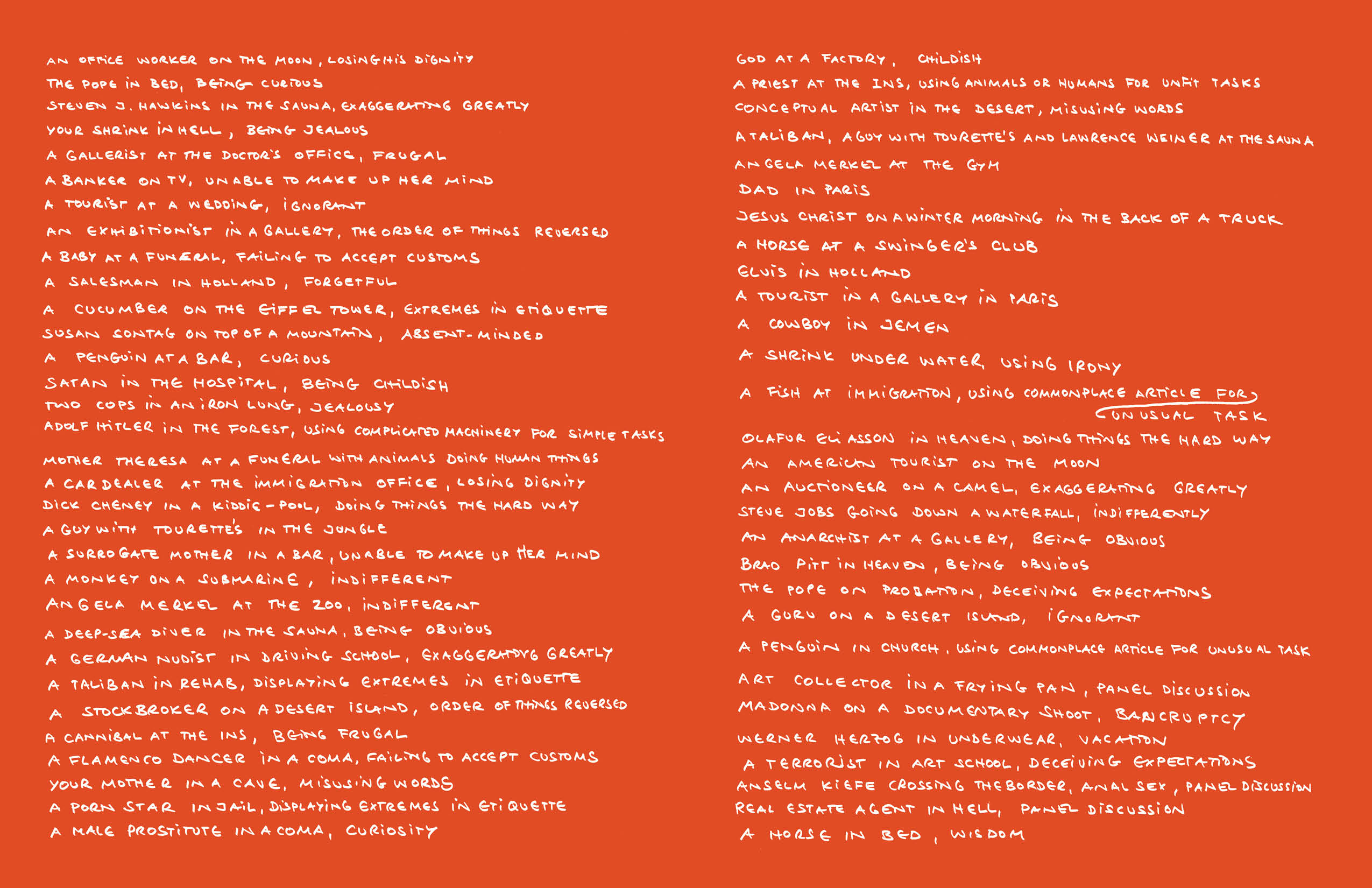
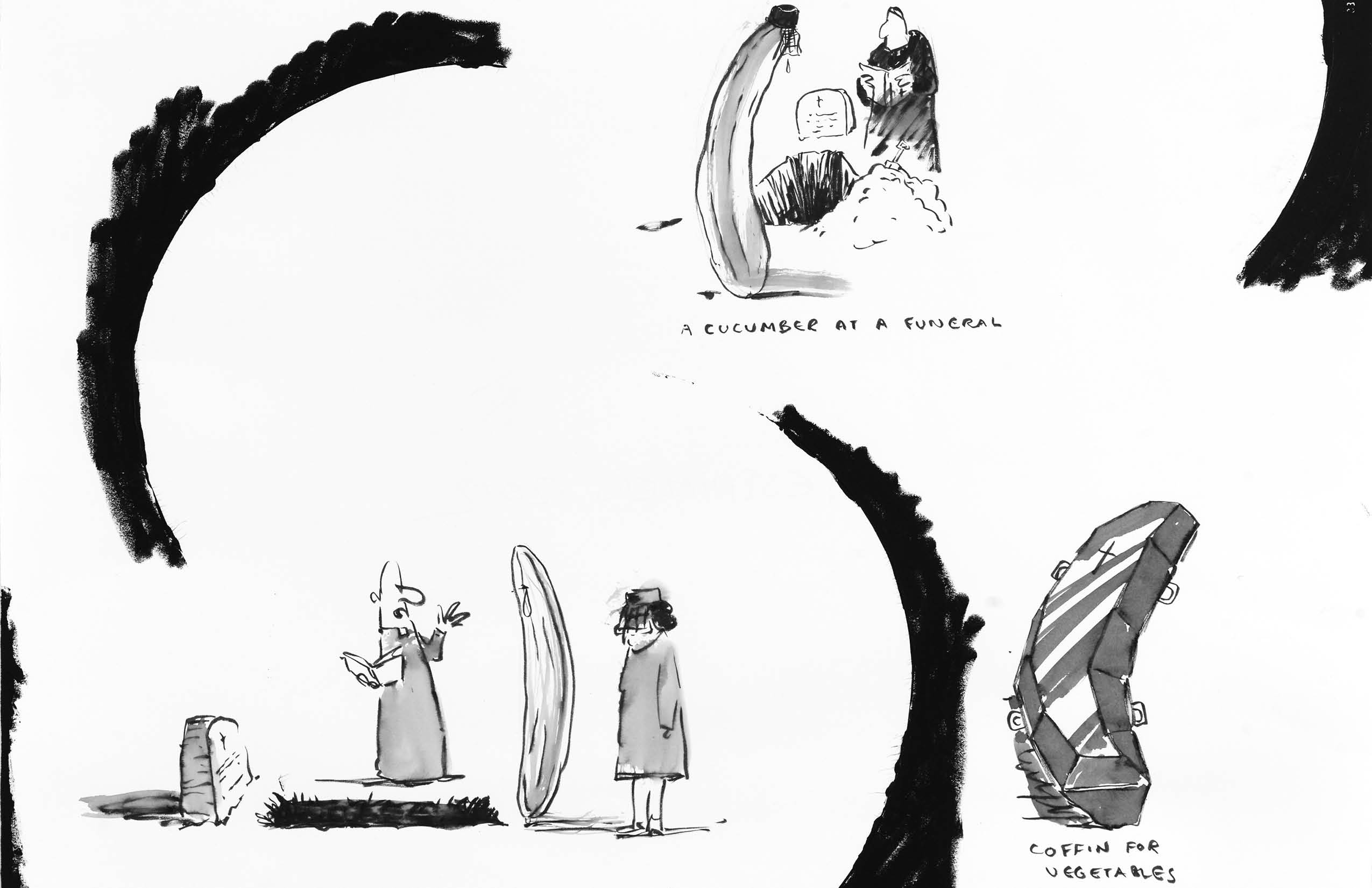
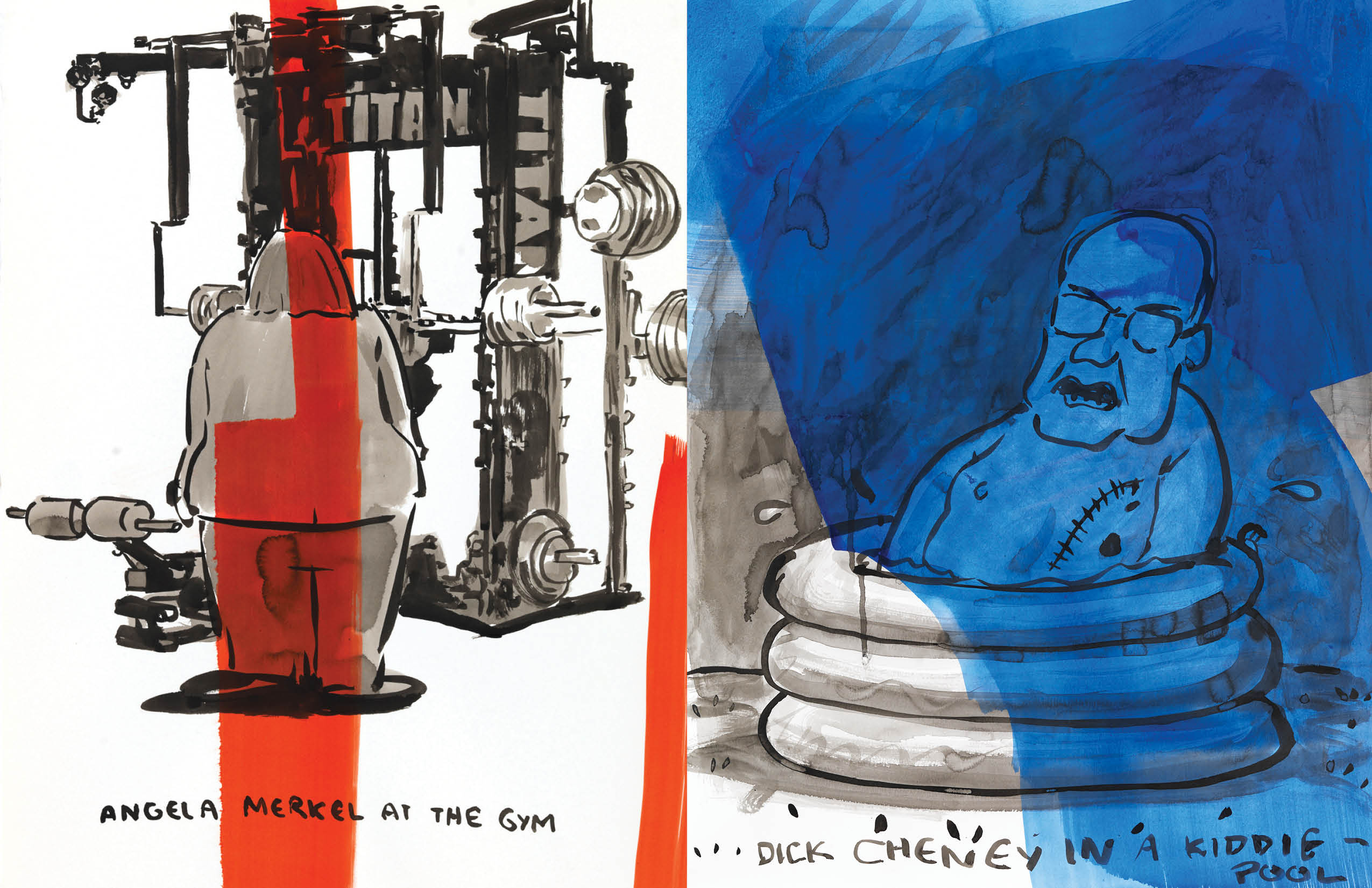
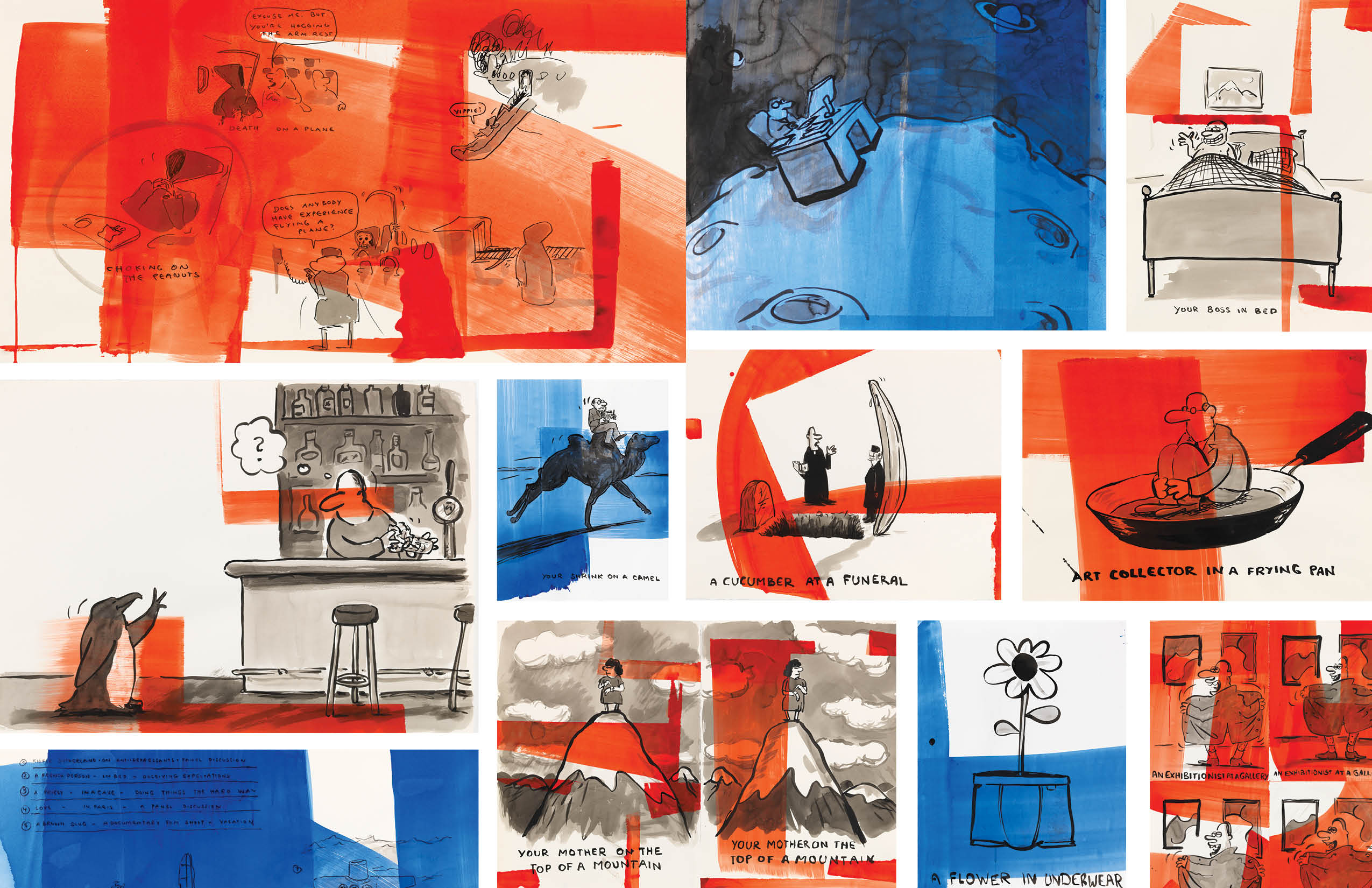
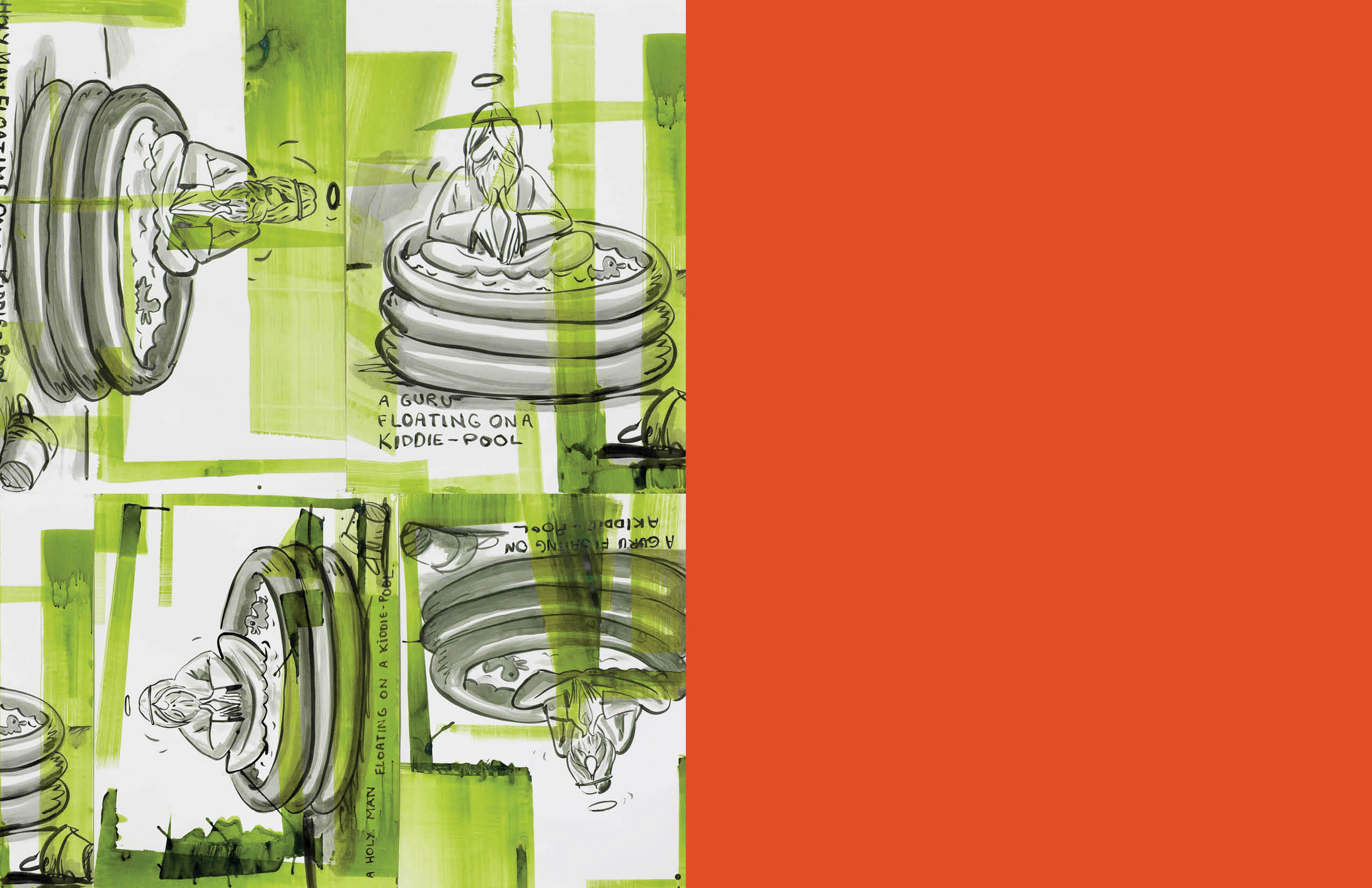
-
Dike Blair
Ash Ferlito, Steve Keister, Bobbie Oliver, Arlene Shechet
Dike Blair
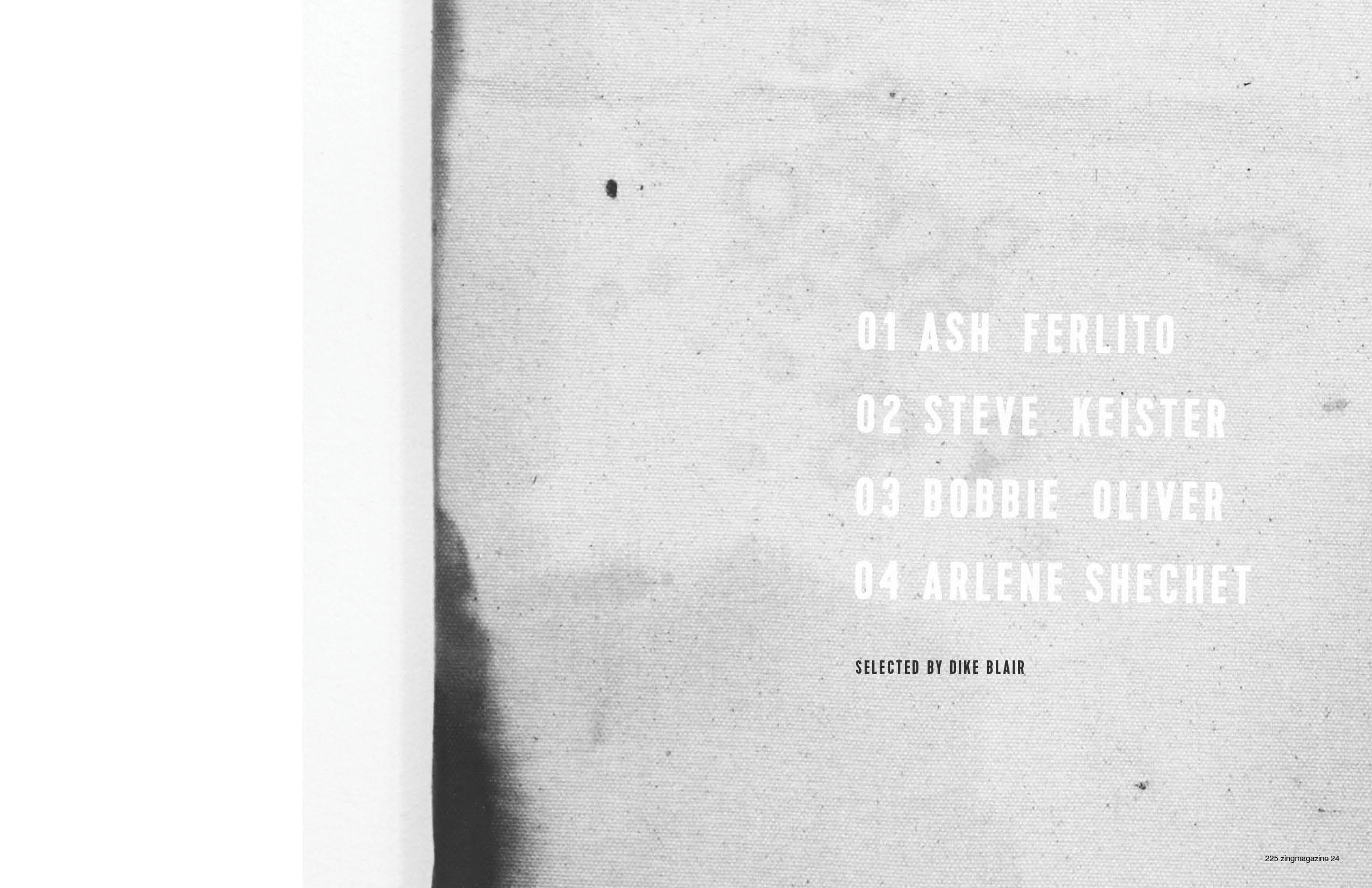
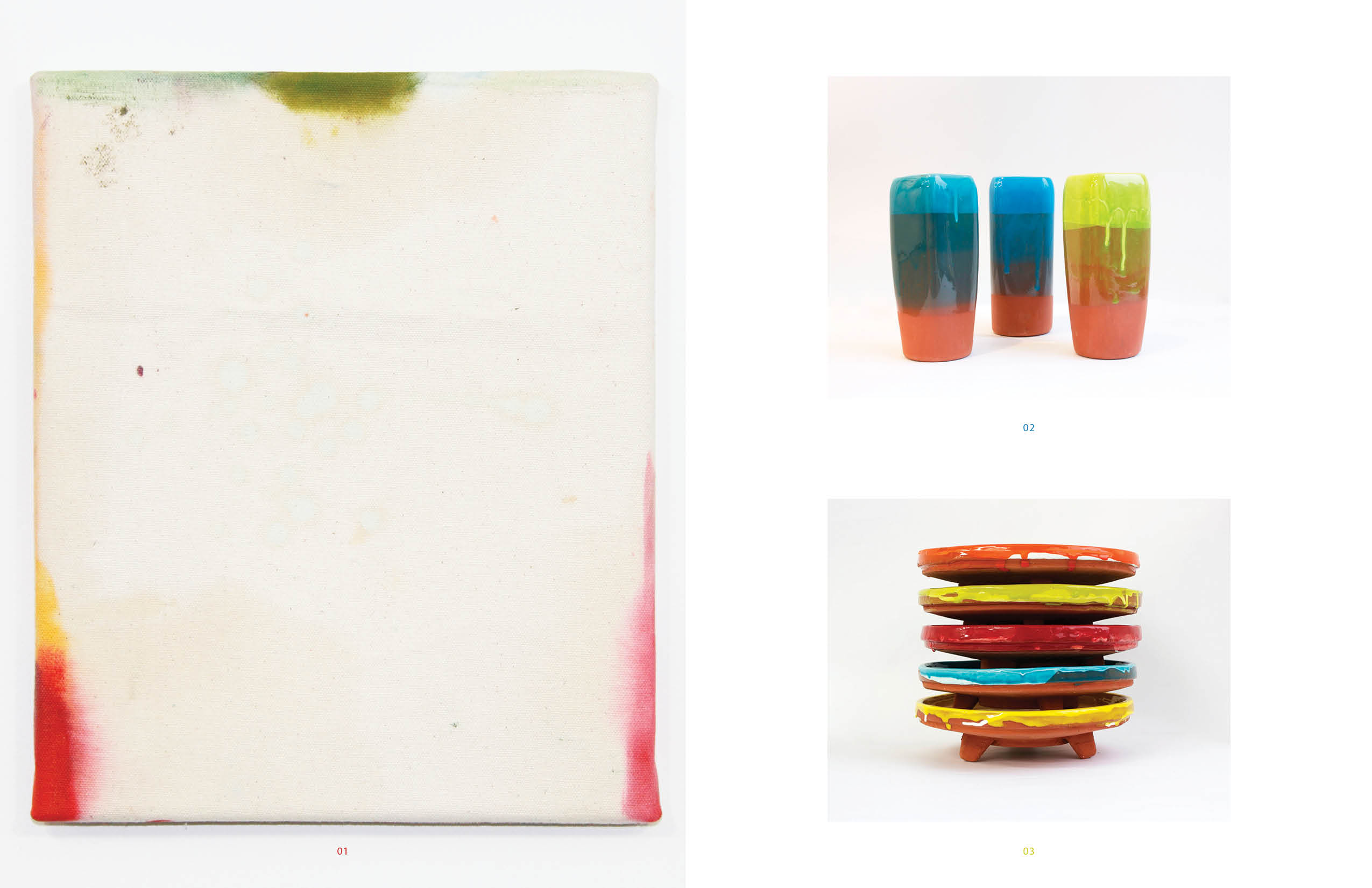
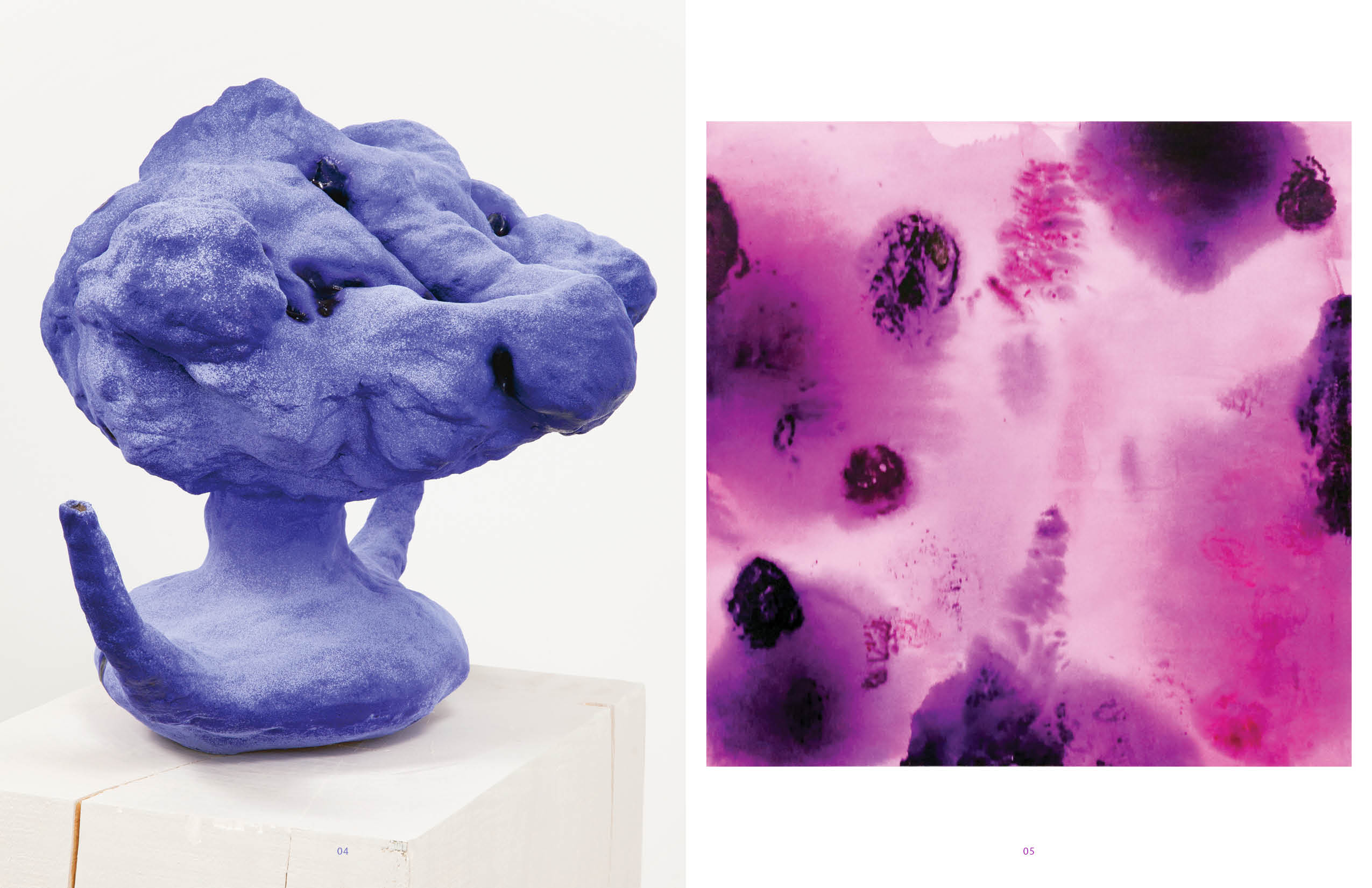
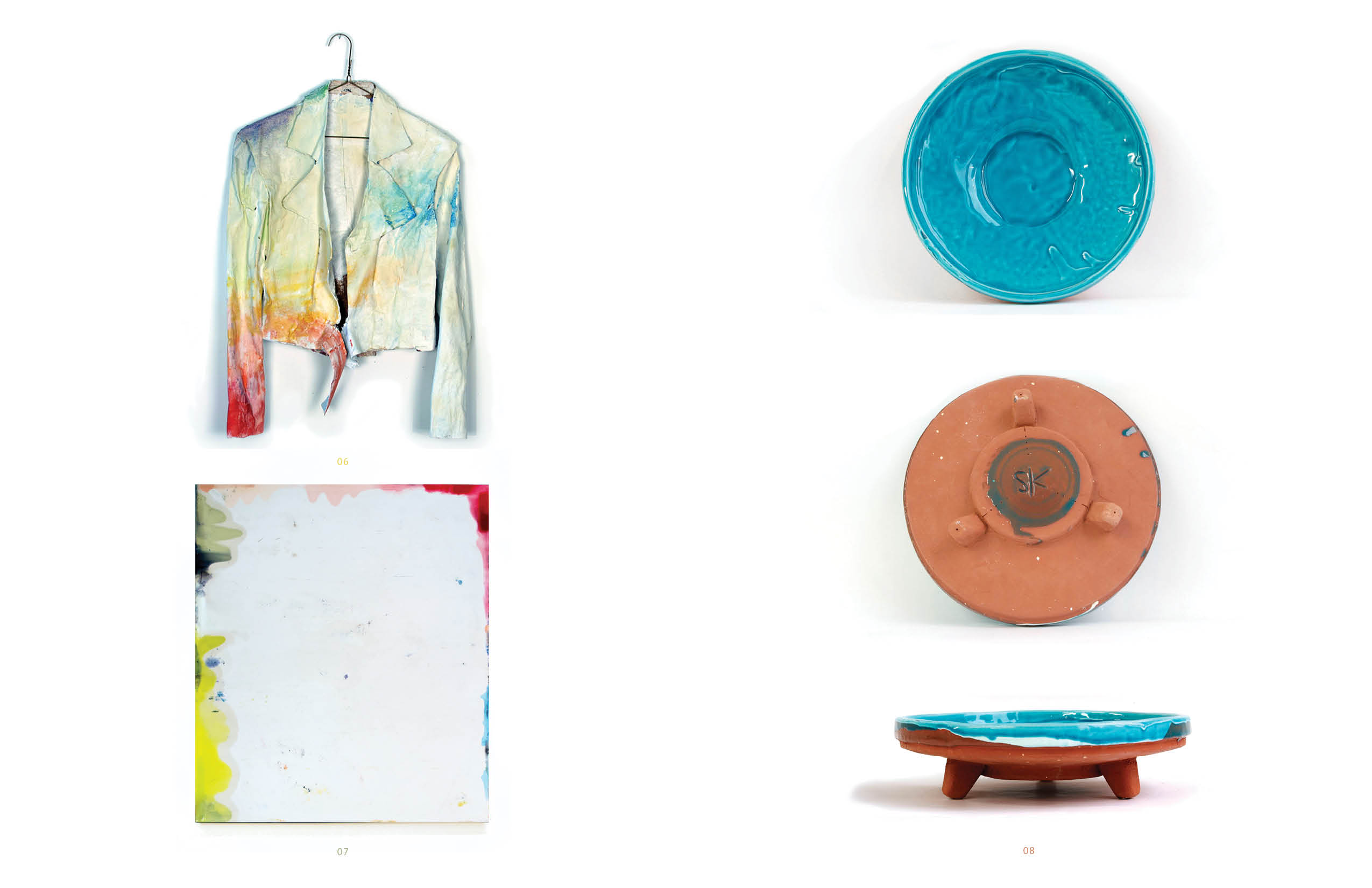
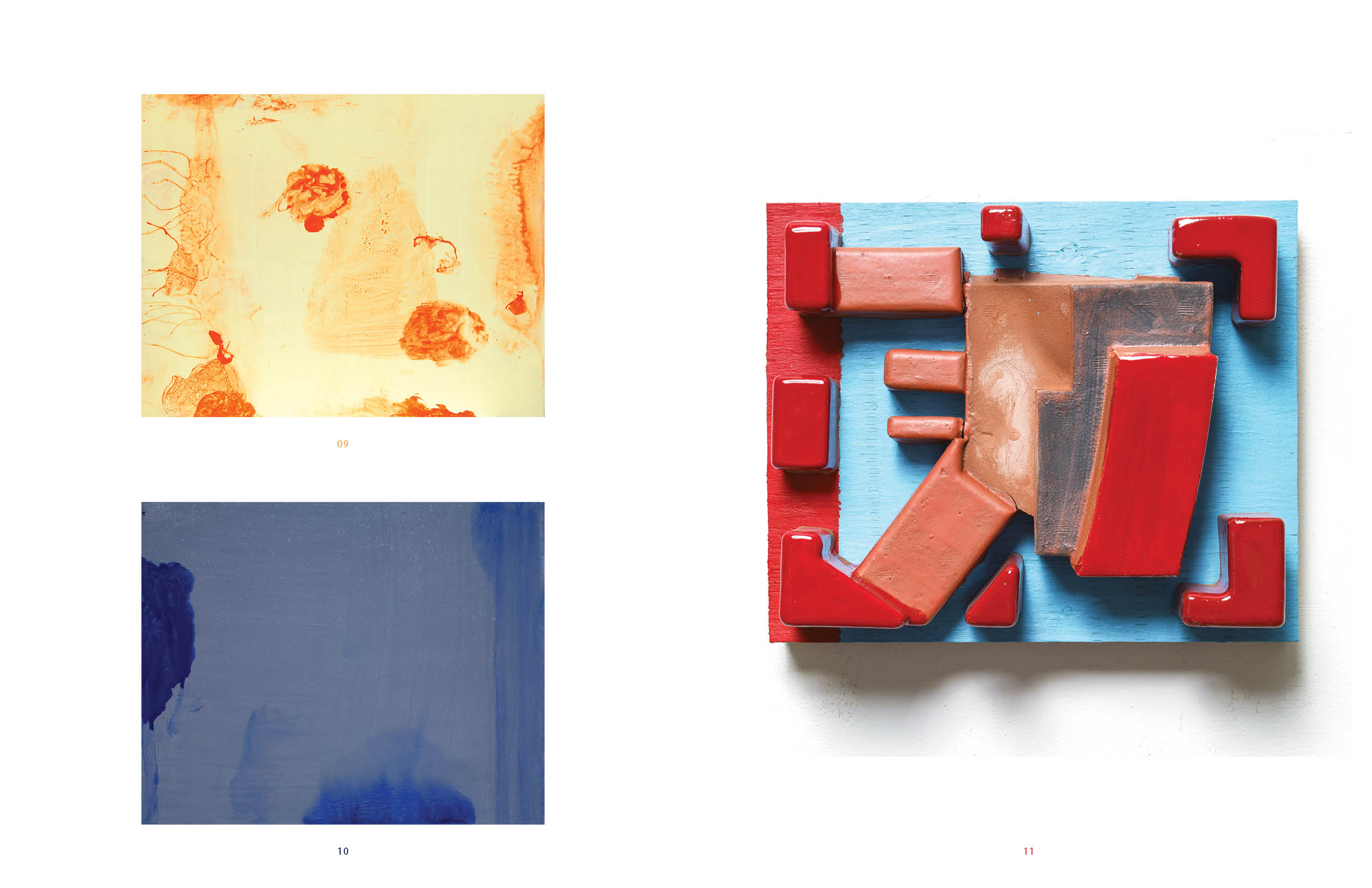
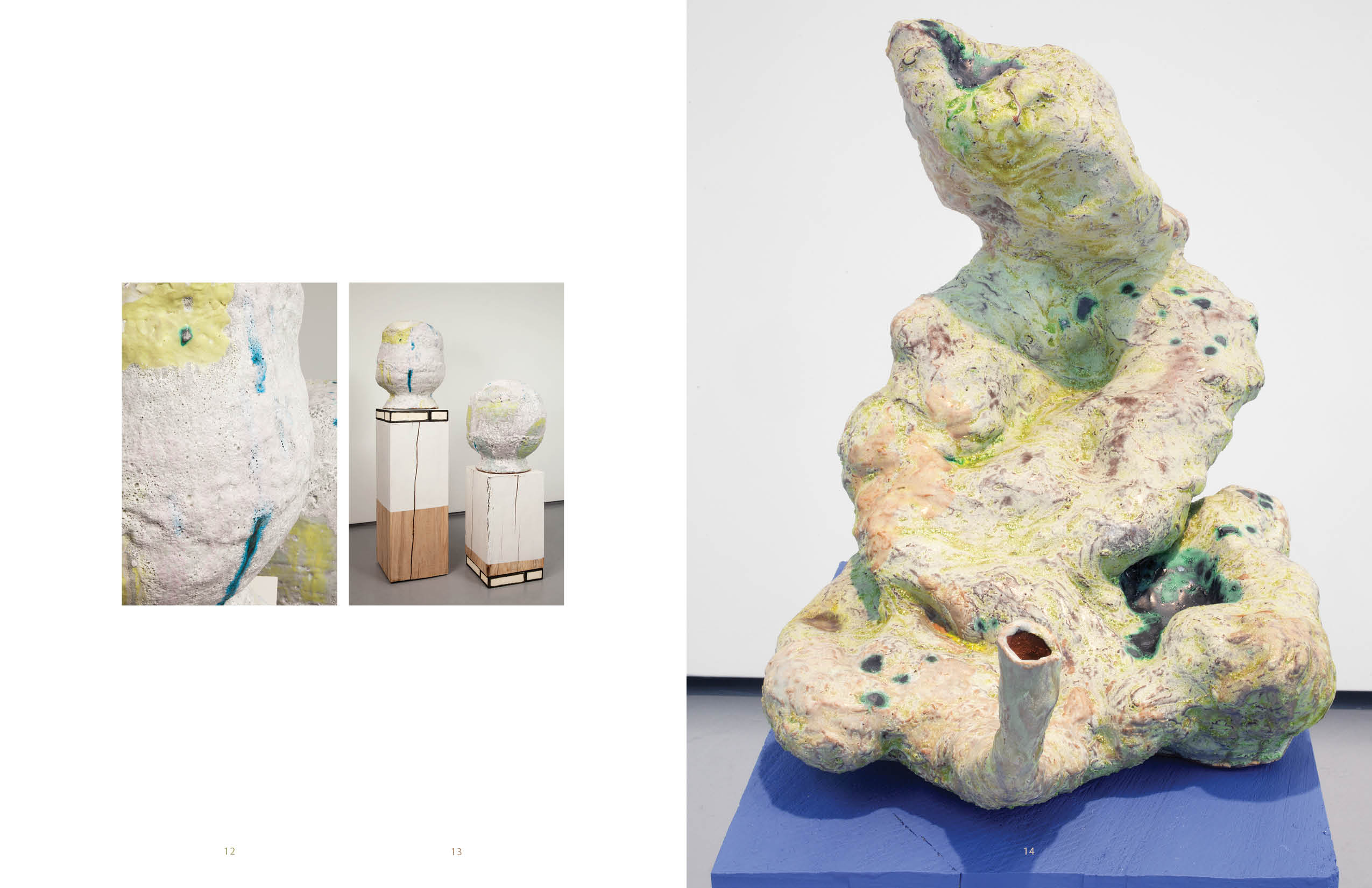
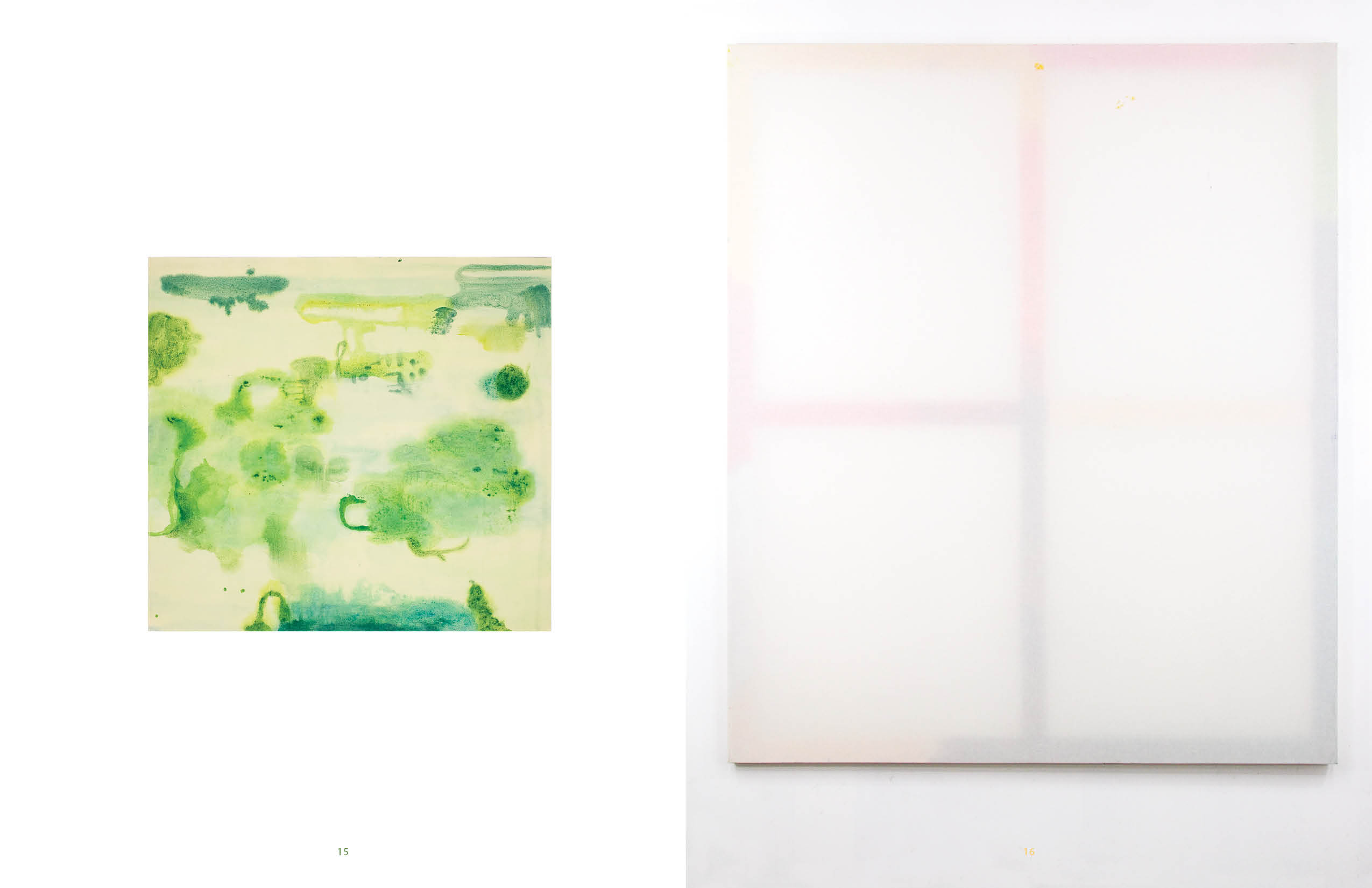

-
Brian Belott
Bop the Orb
Brian Belott
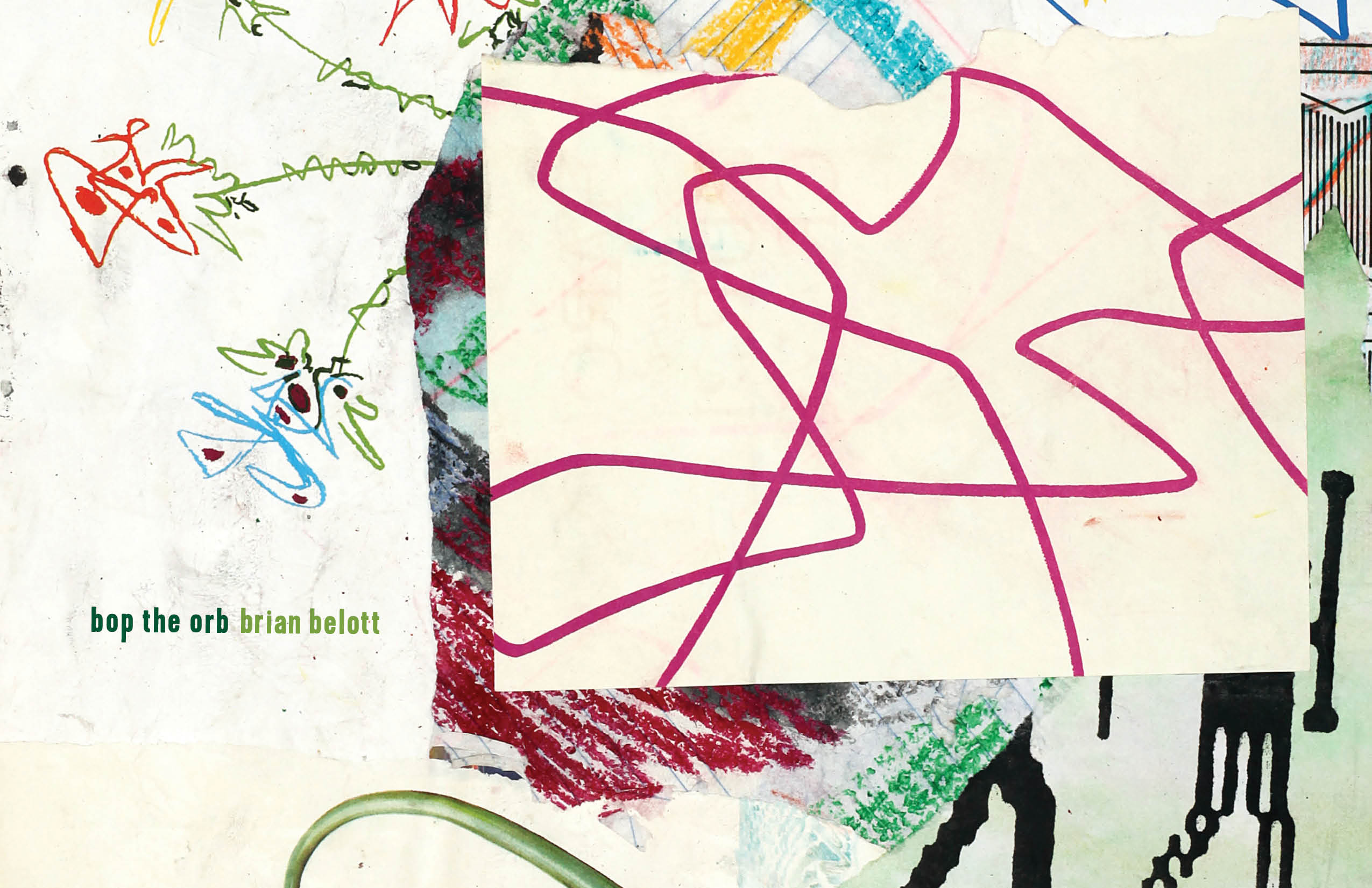
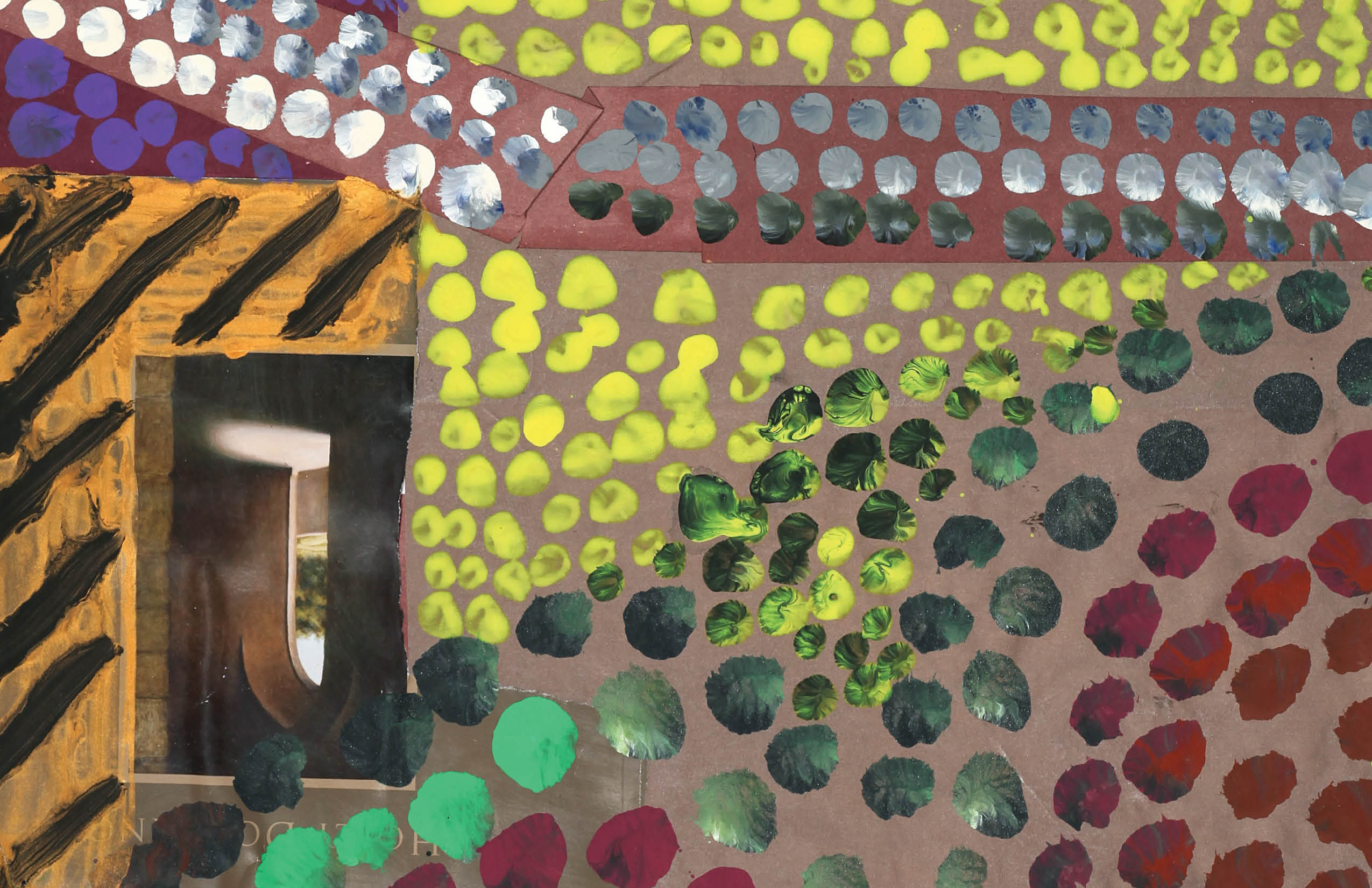
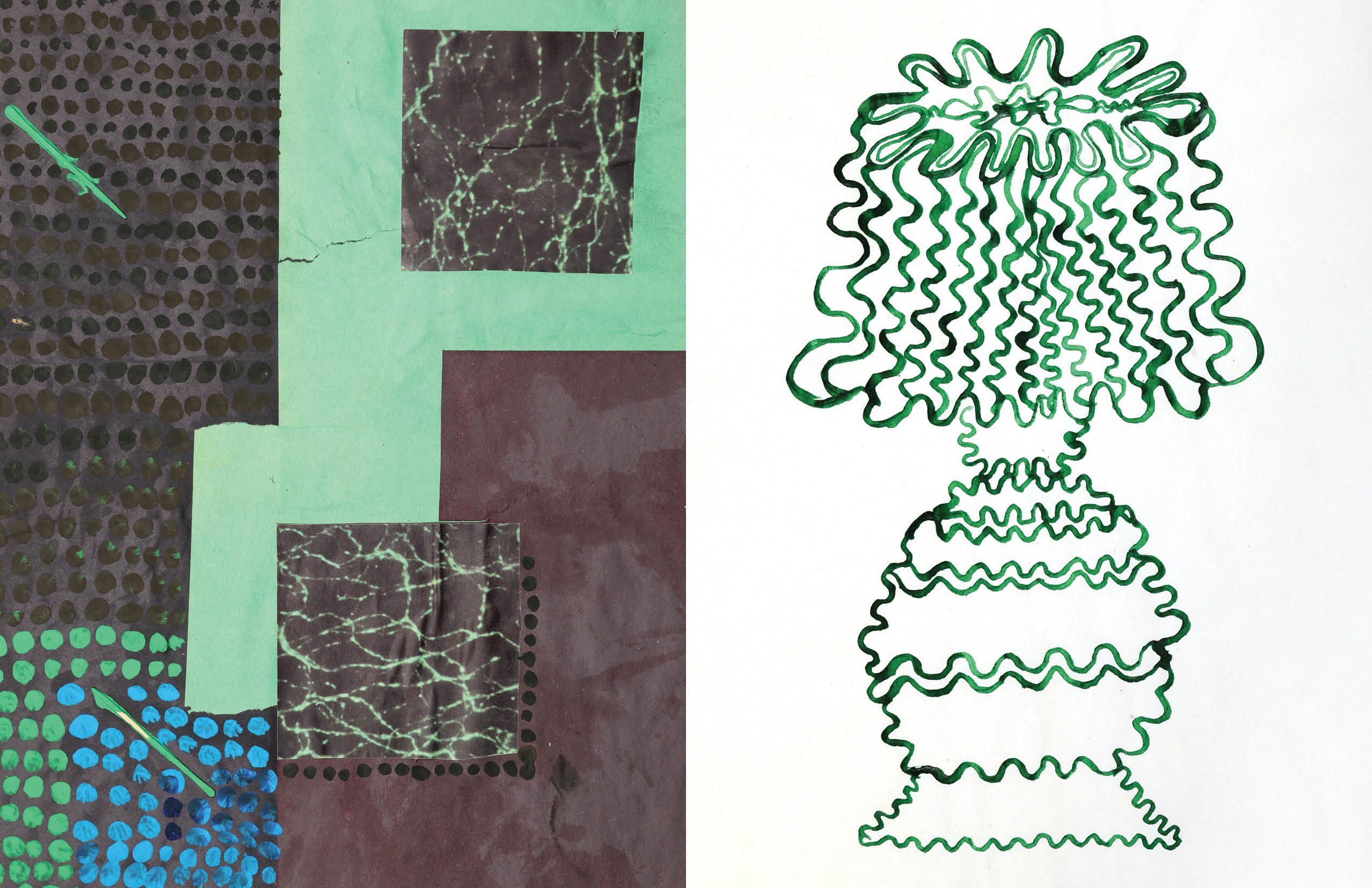
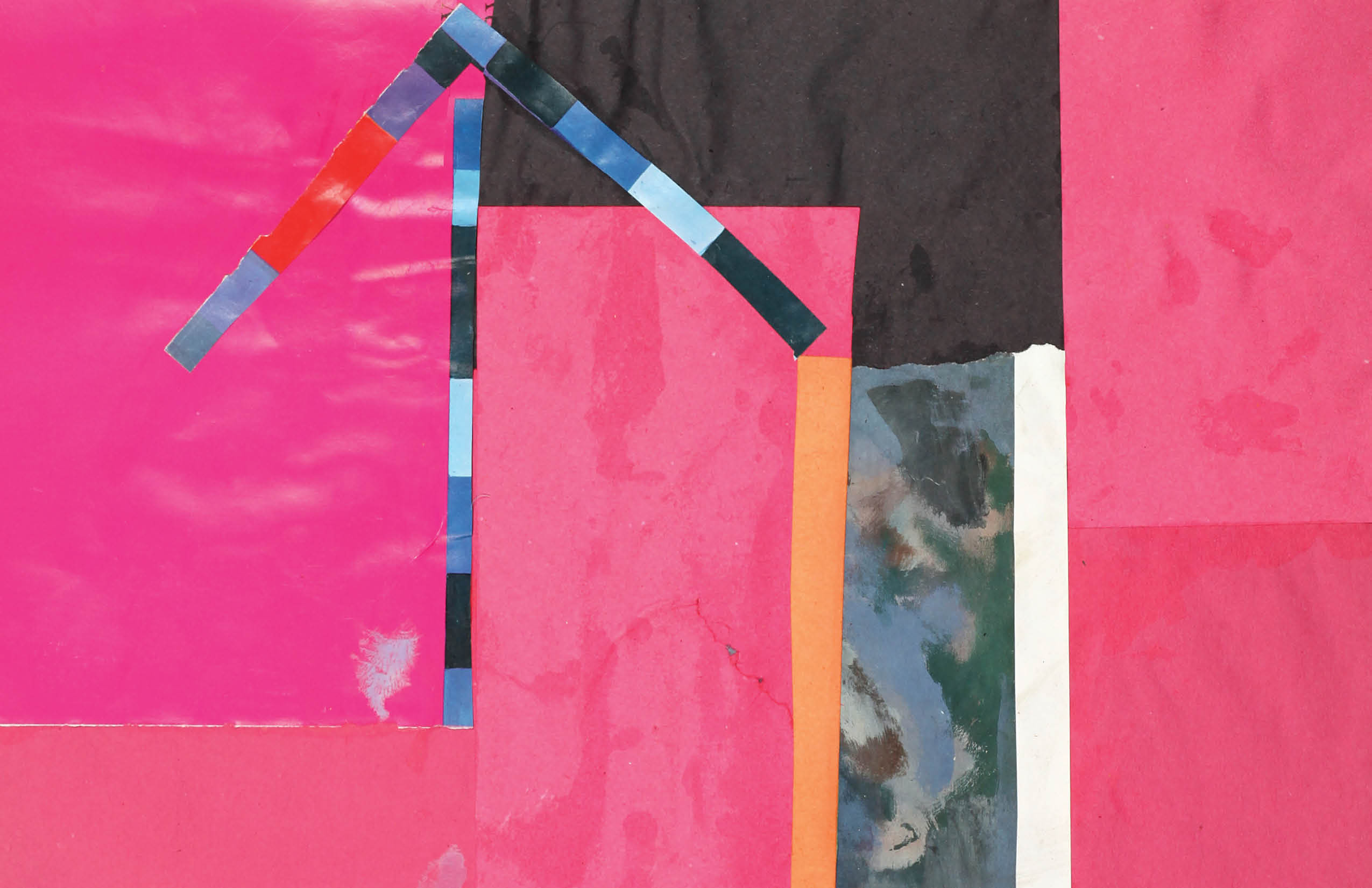
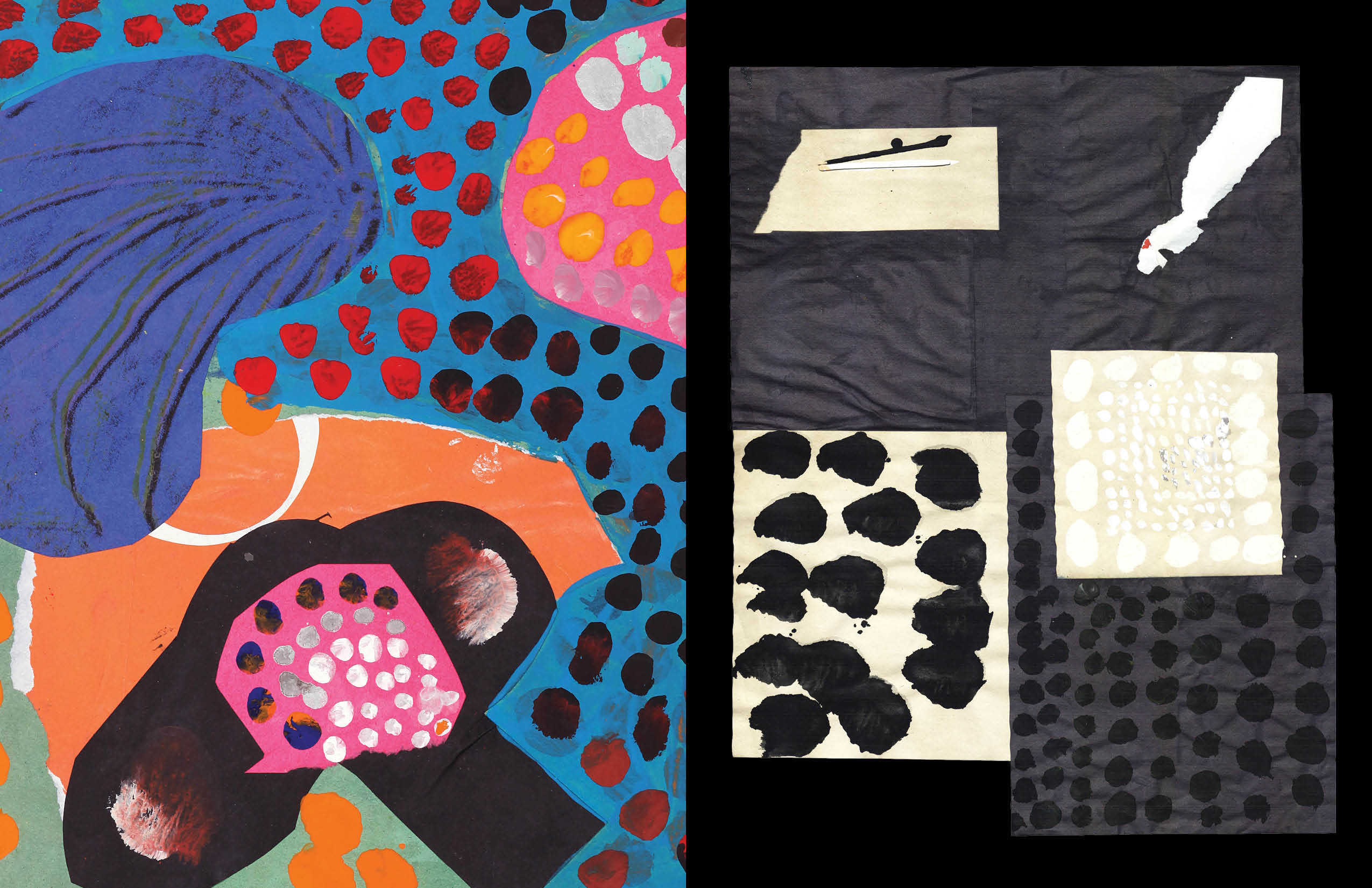
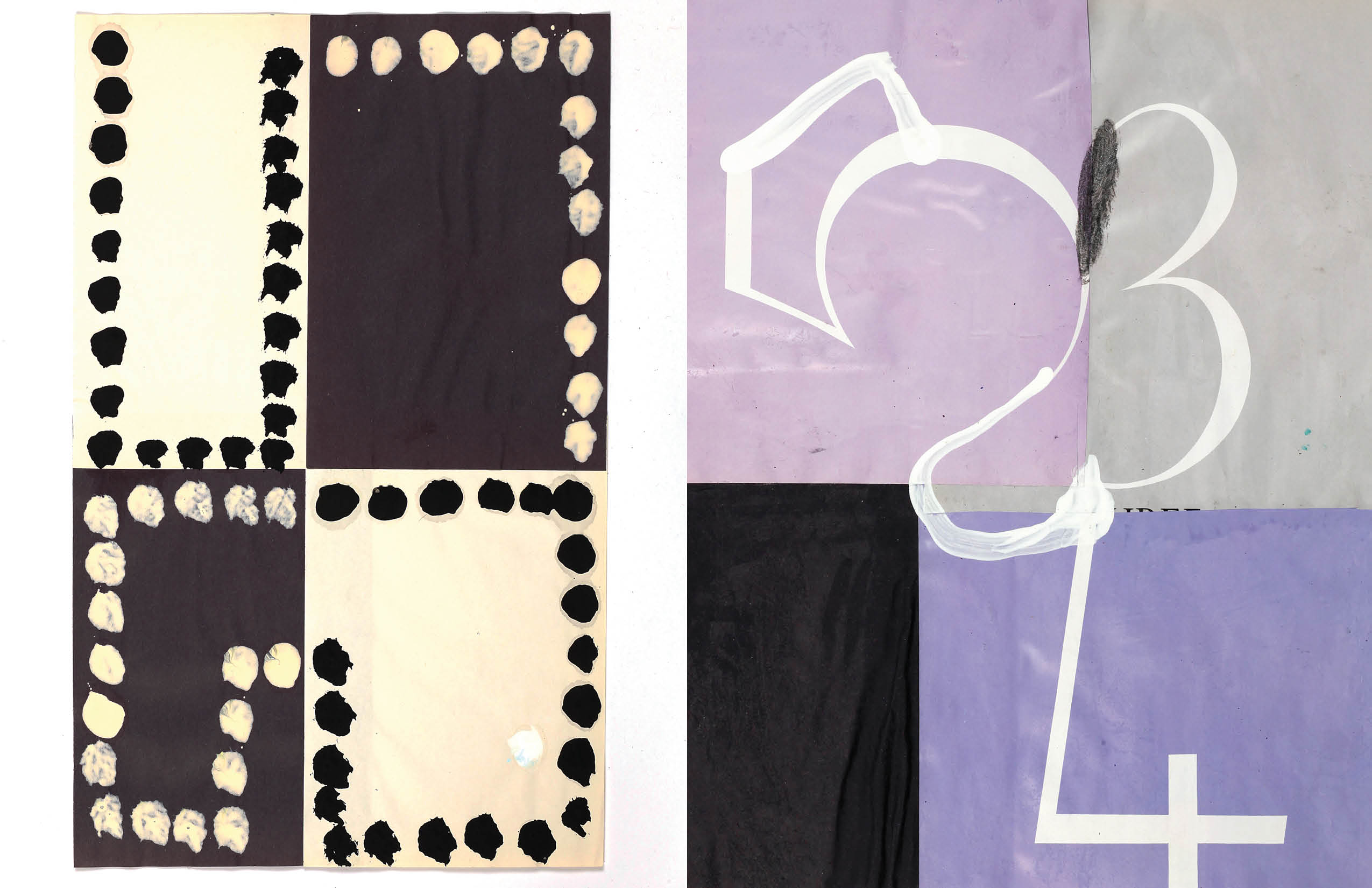
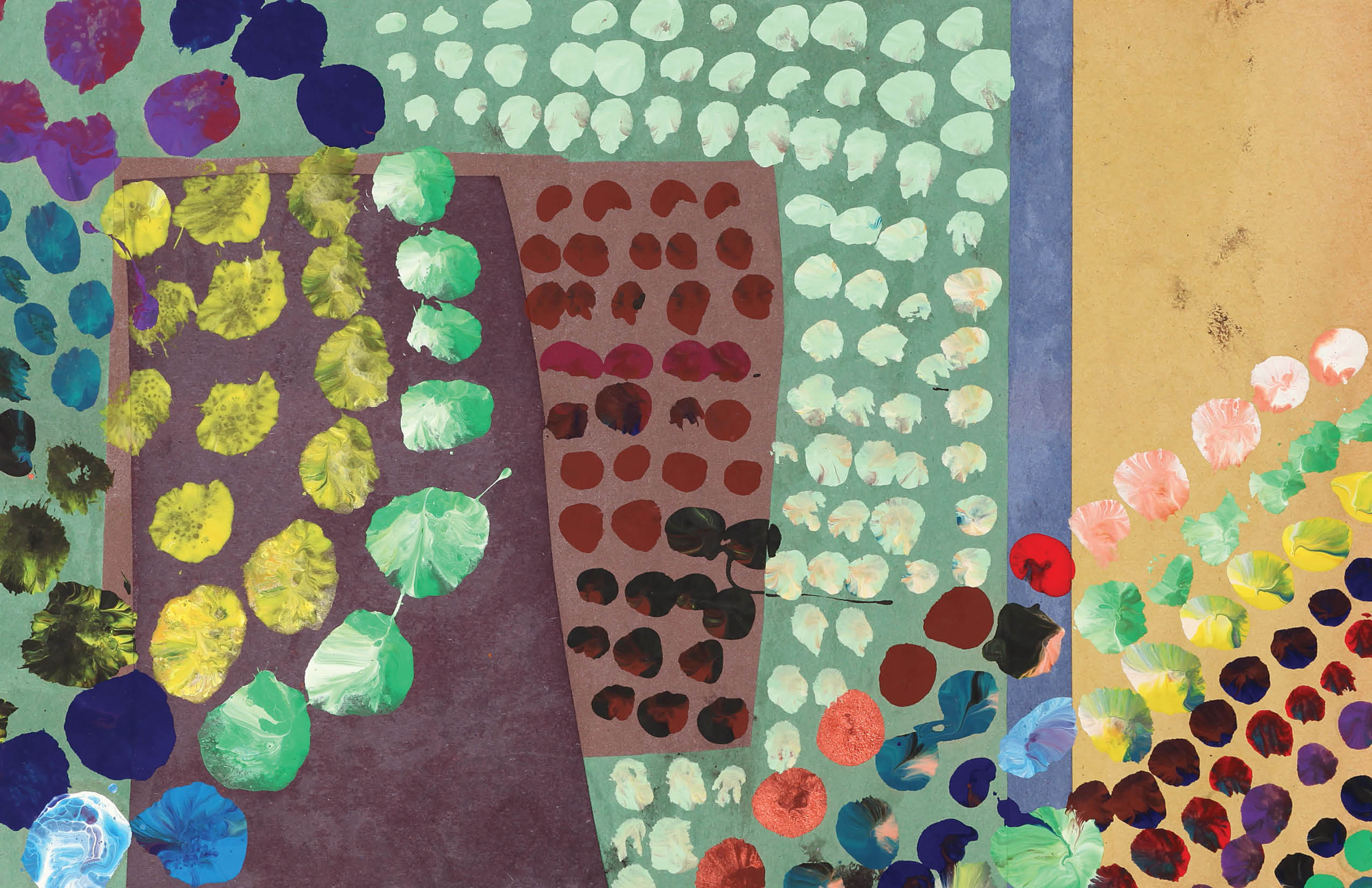
-
Connie Walsh
interior facade
Connie Walsh
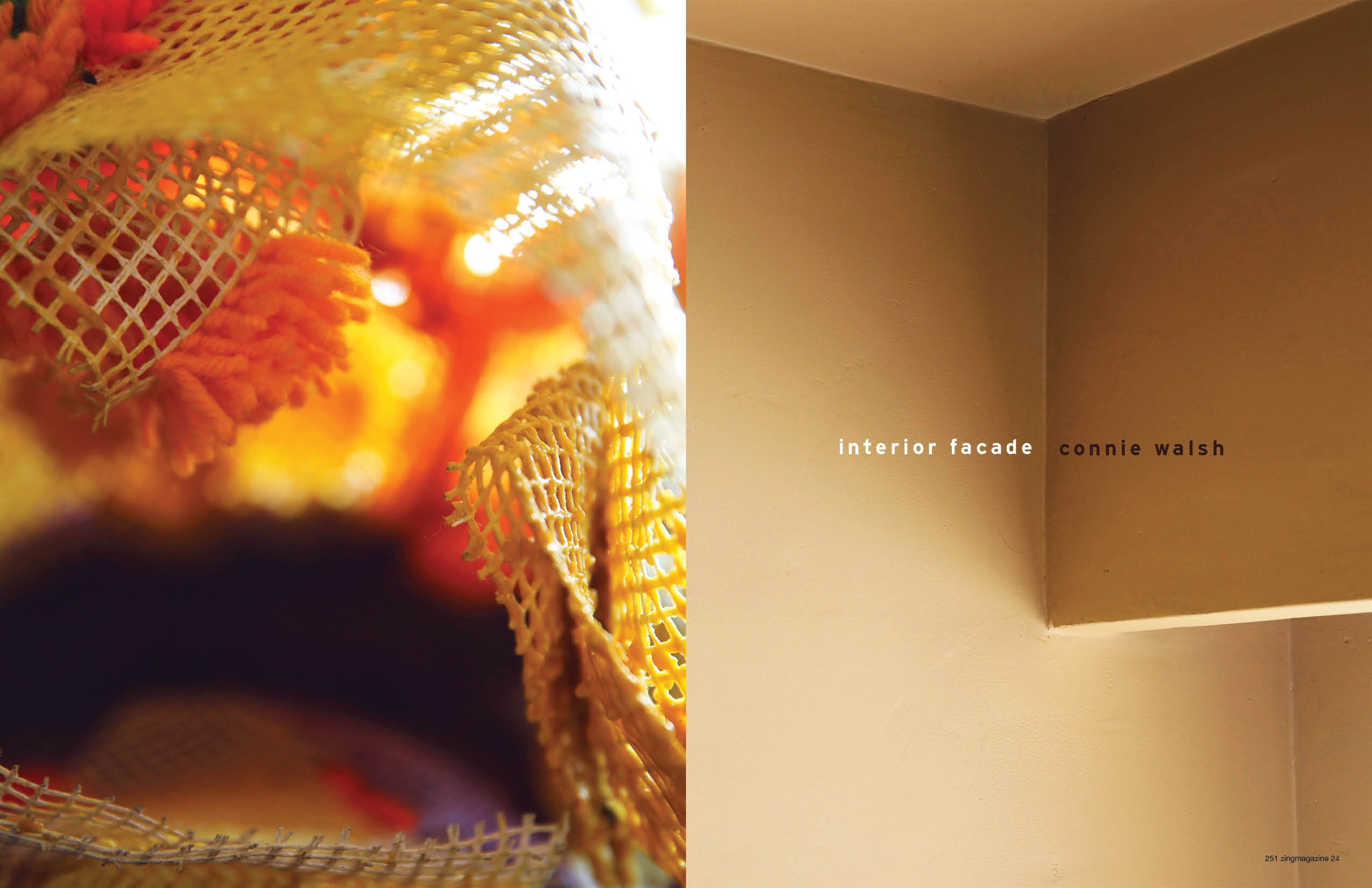
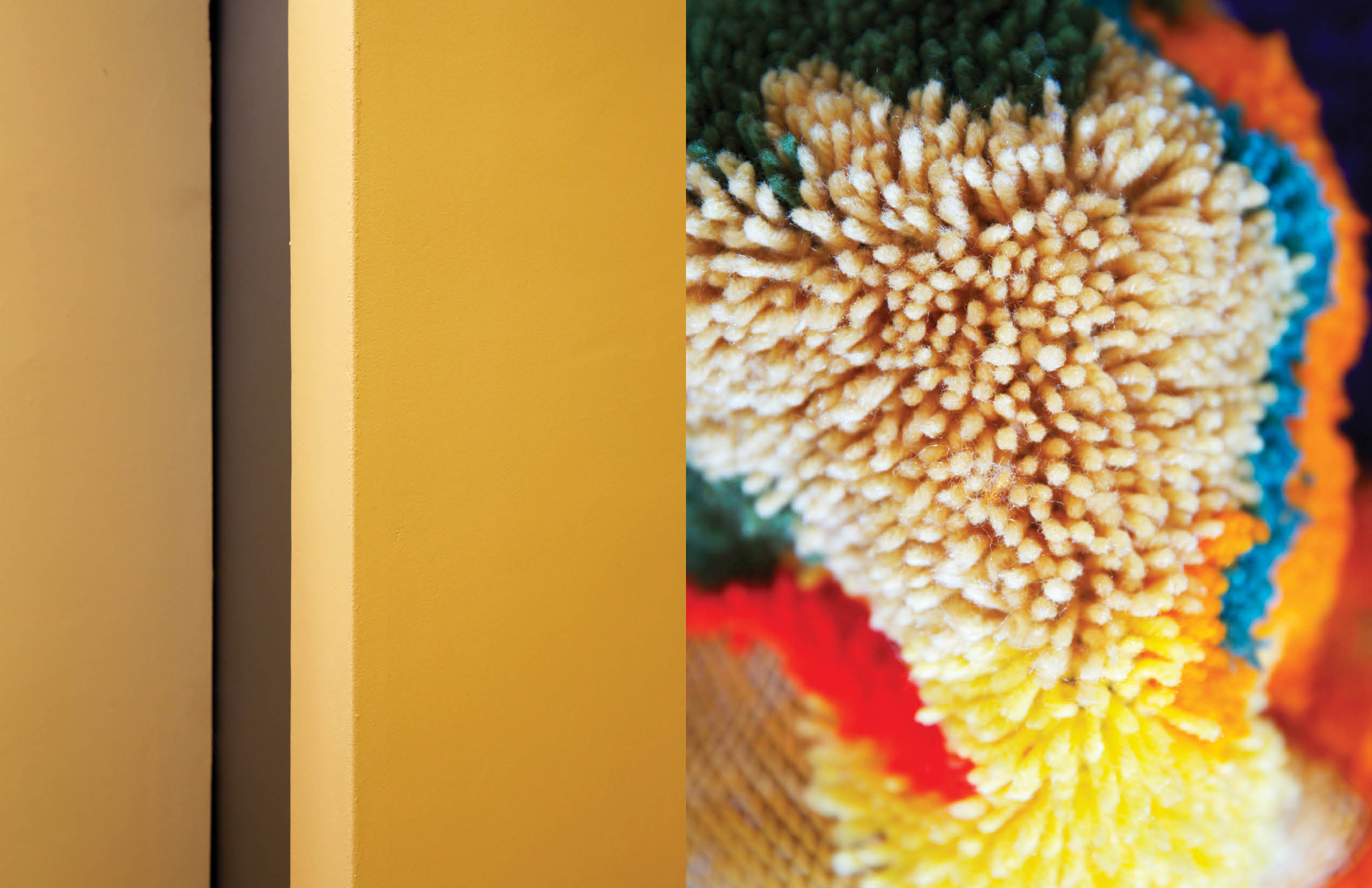
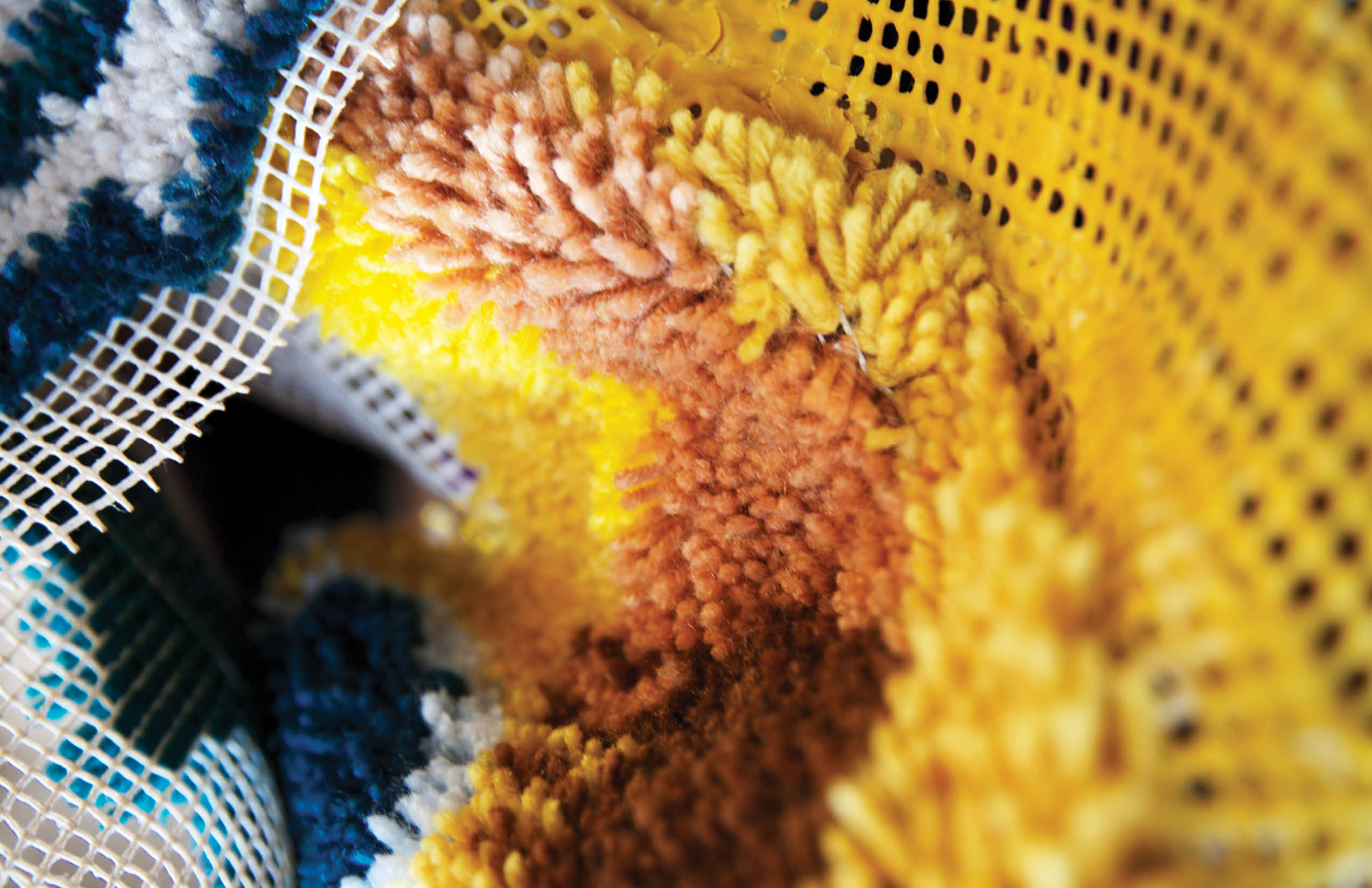
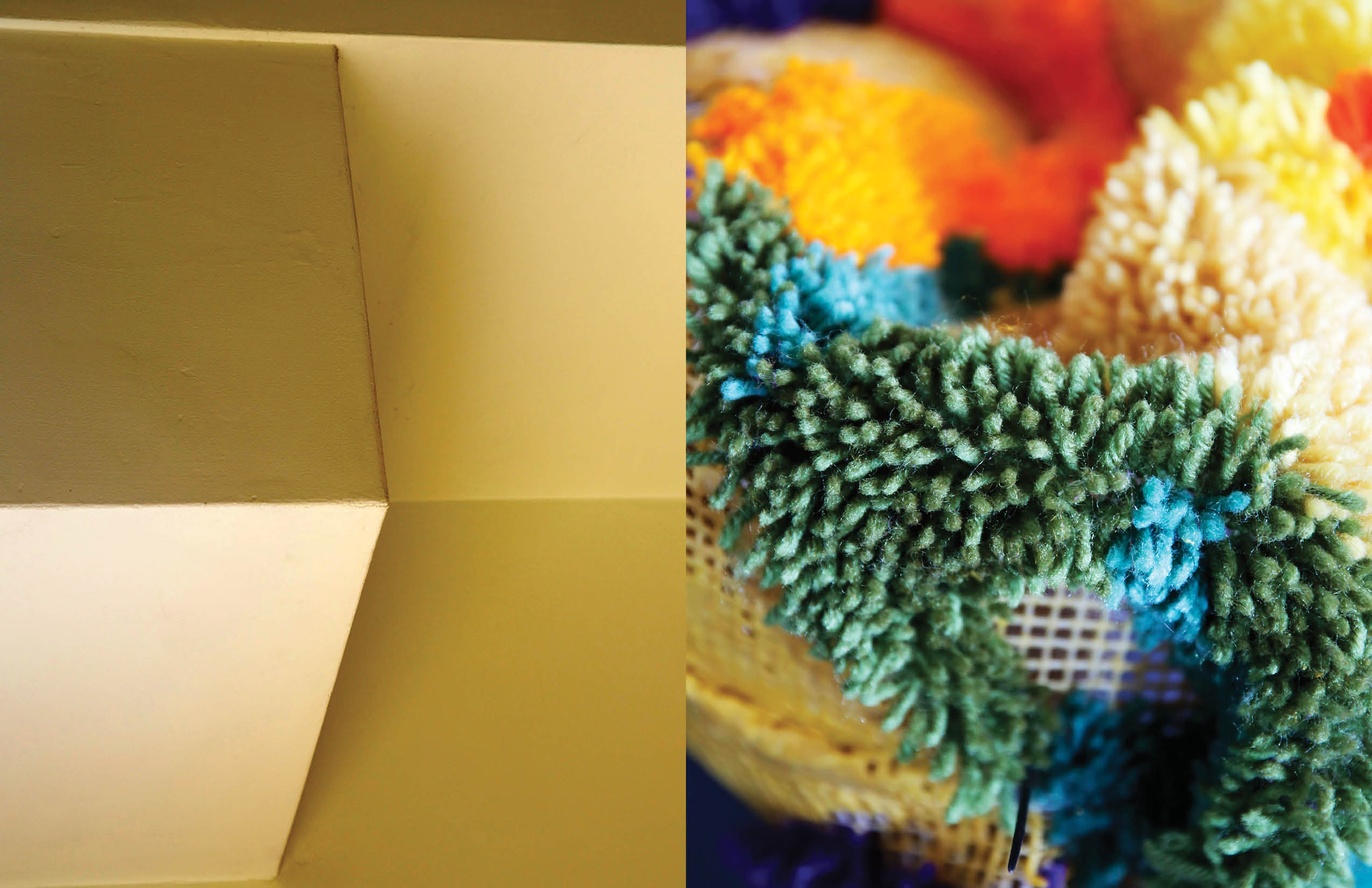
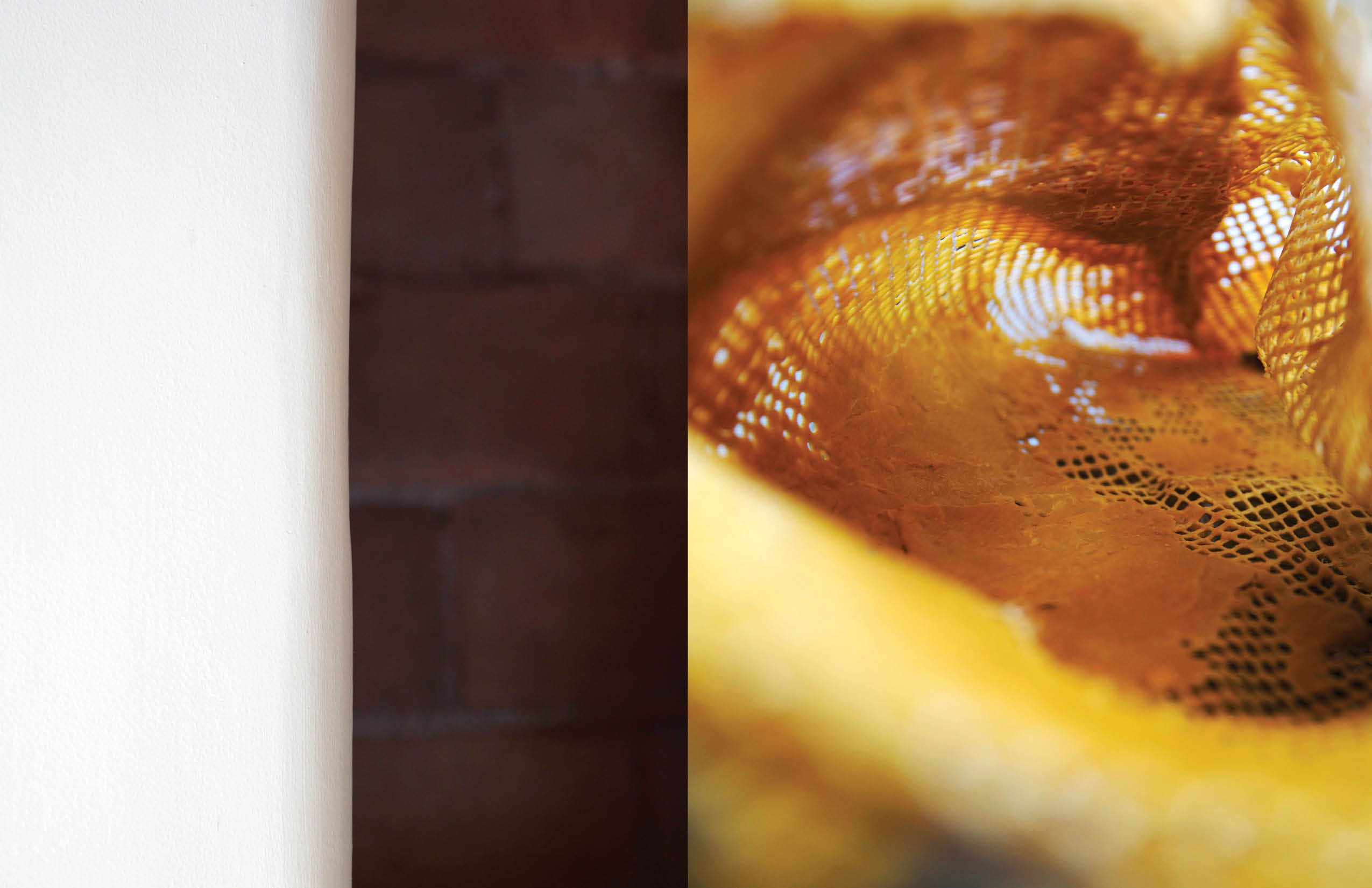
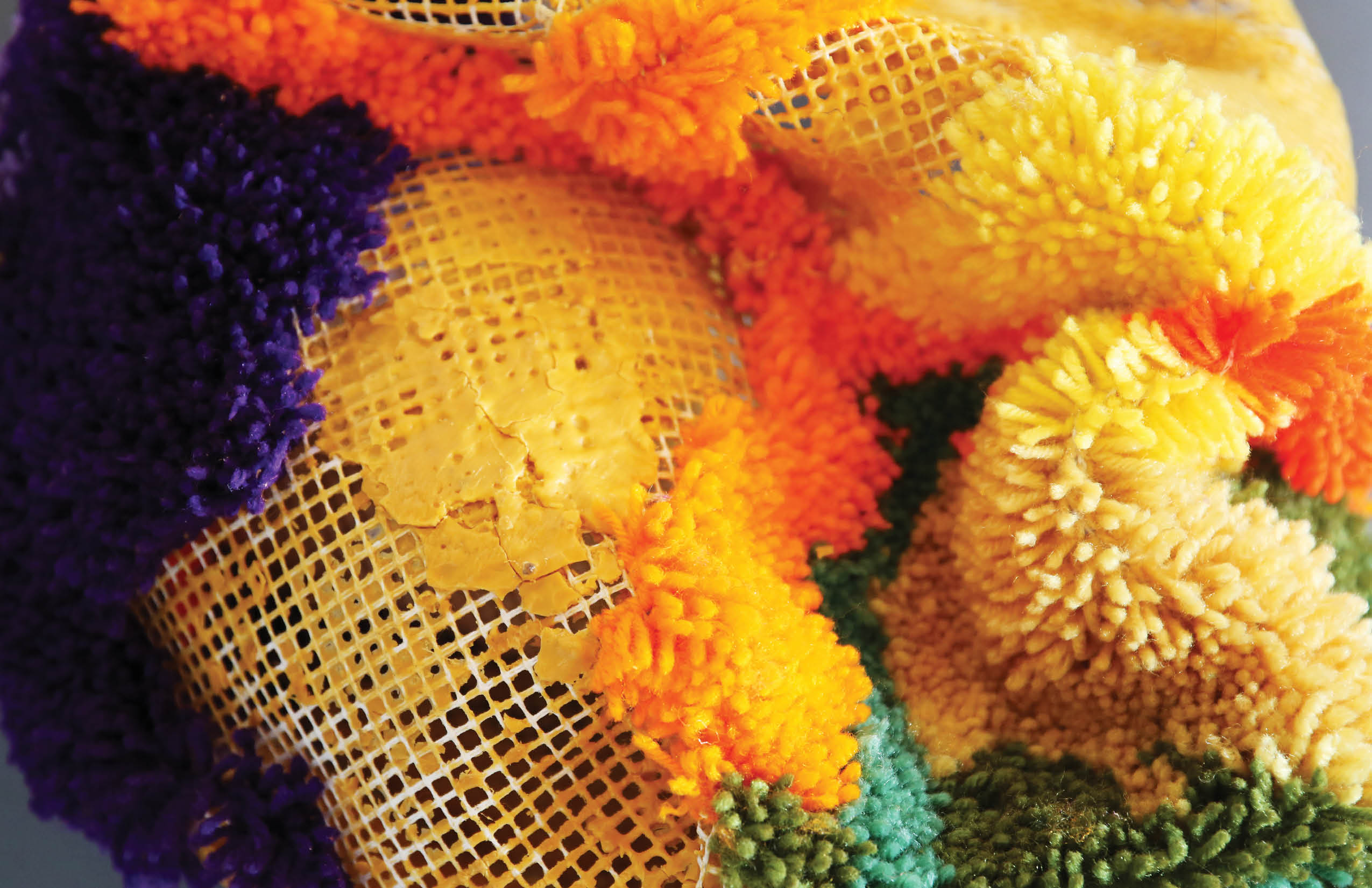
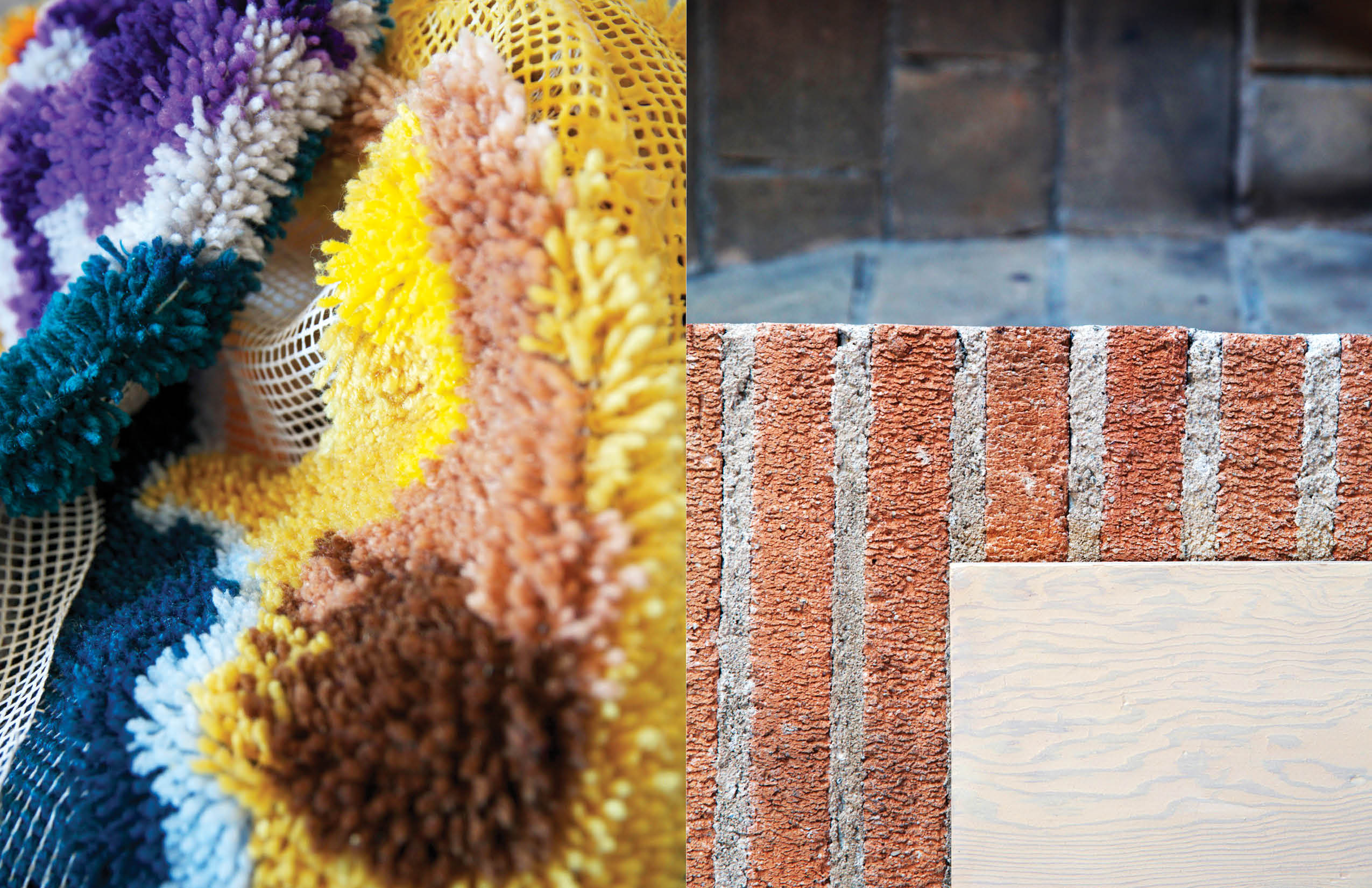
-
Michelle Andrade
The Notebook Drawings
Michelle Andrade
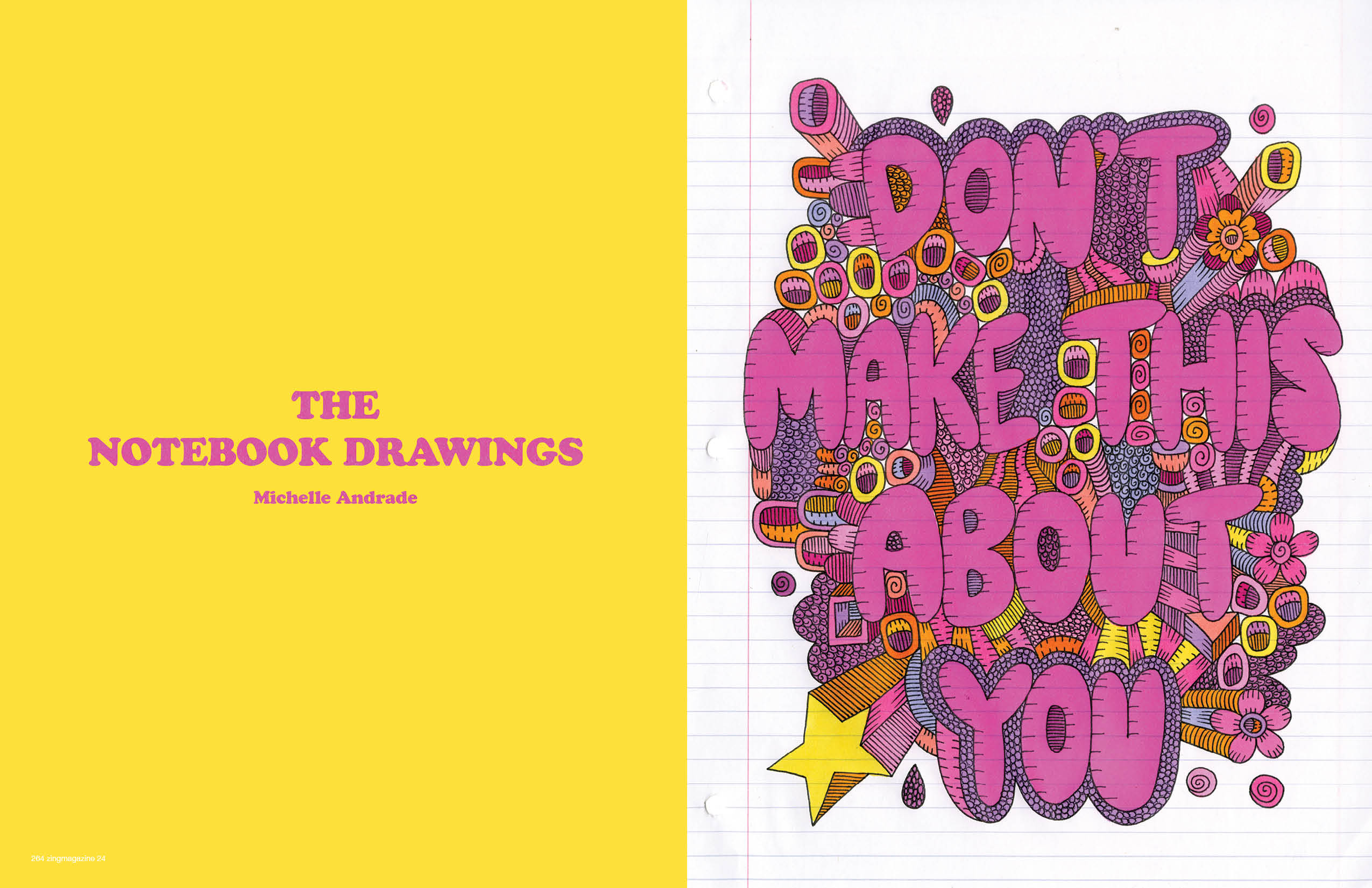
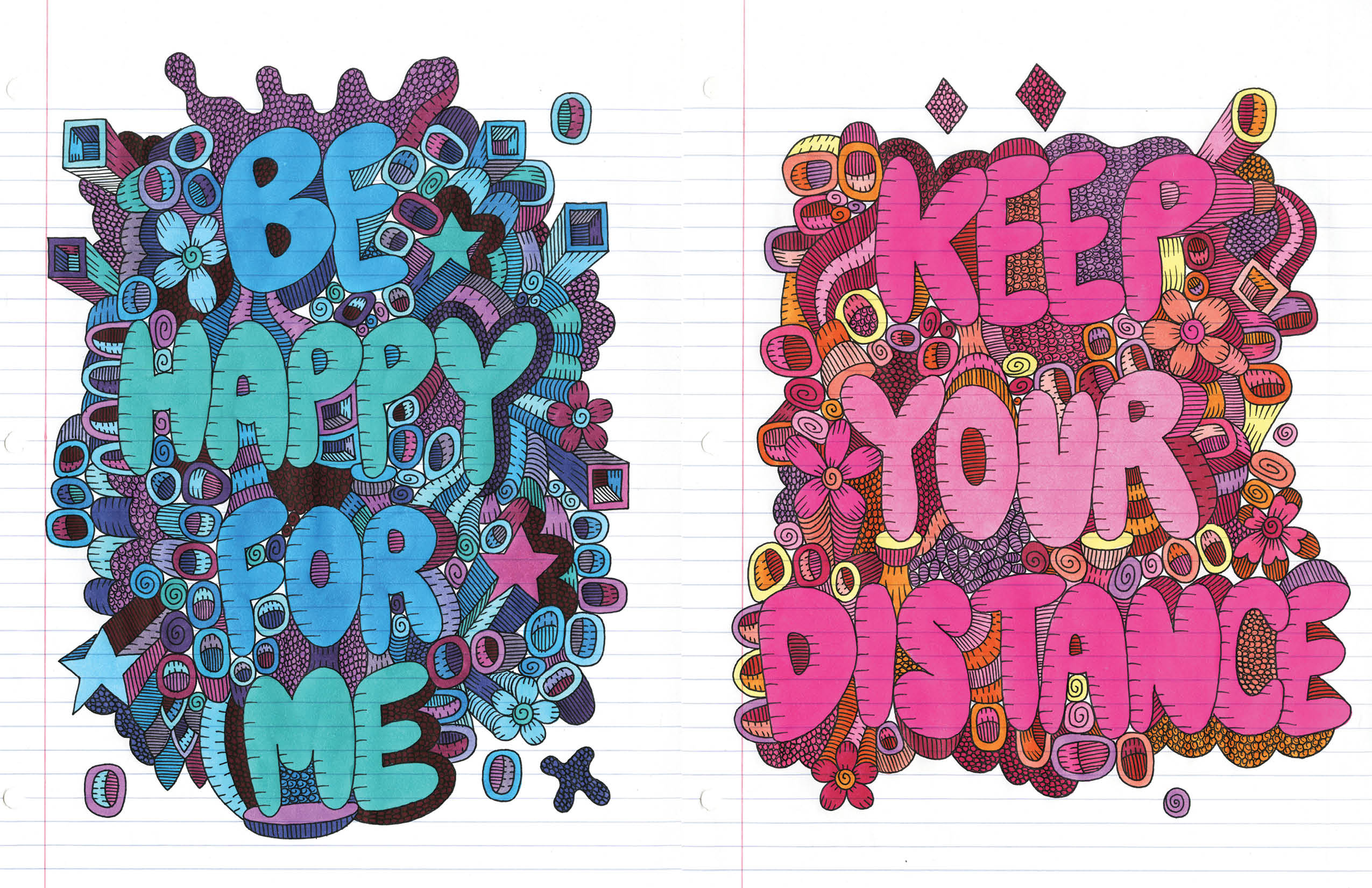
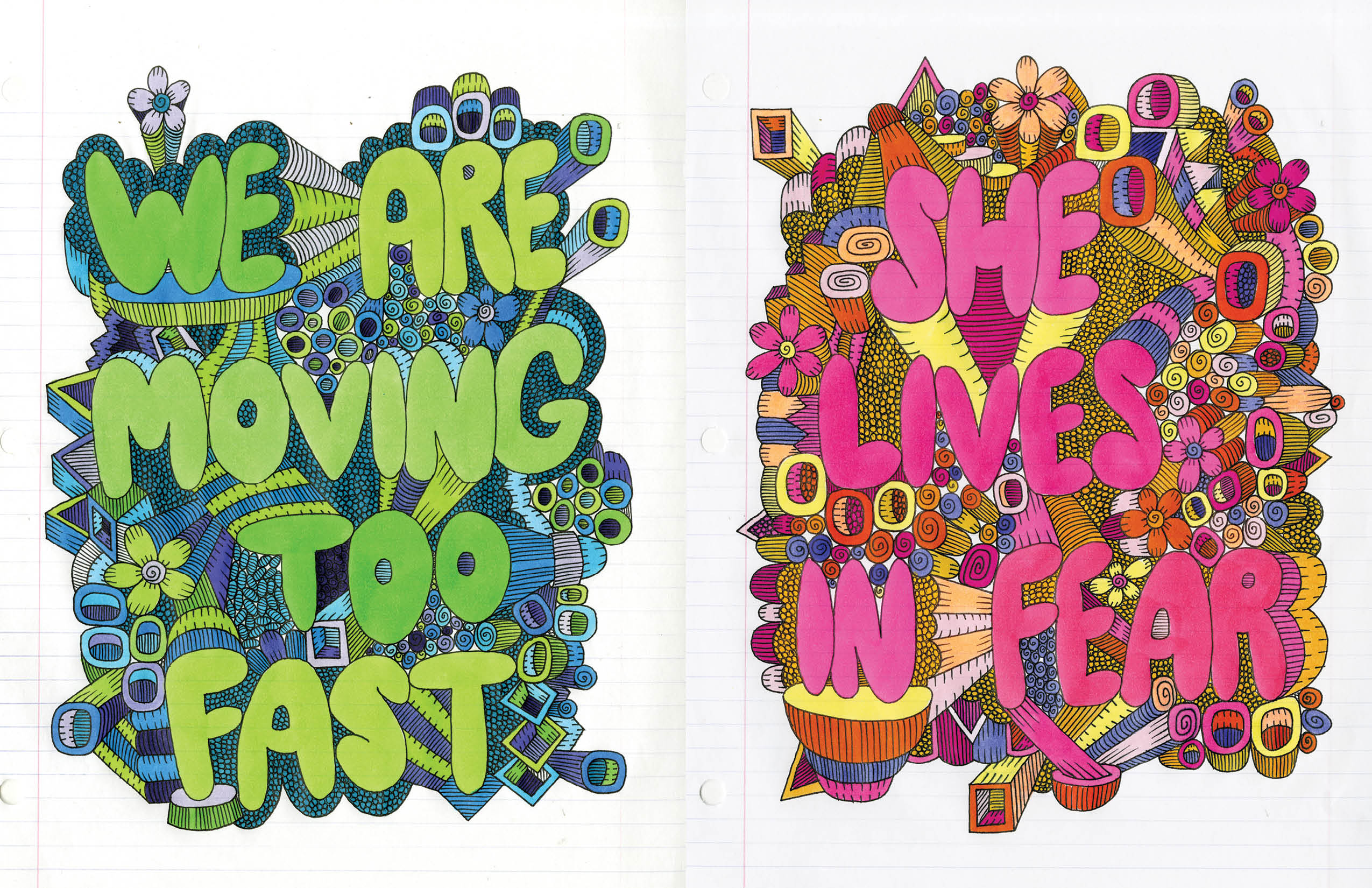
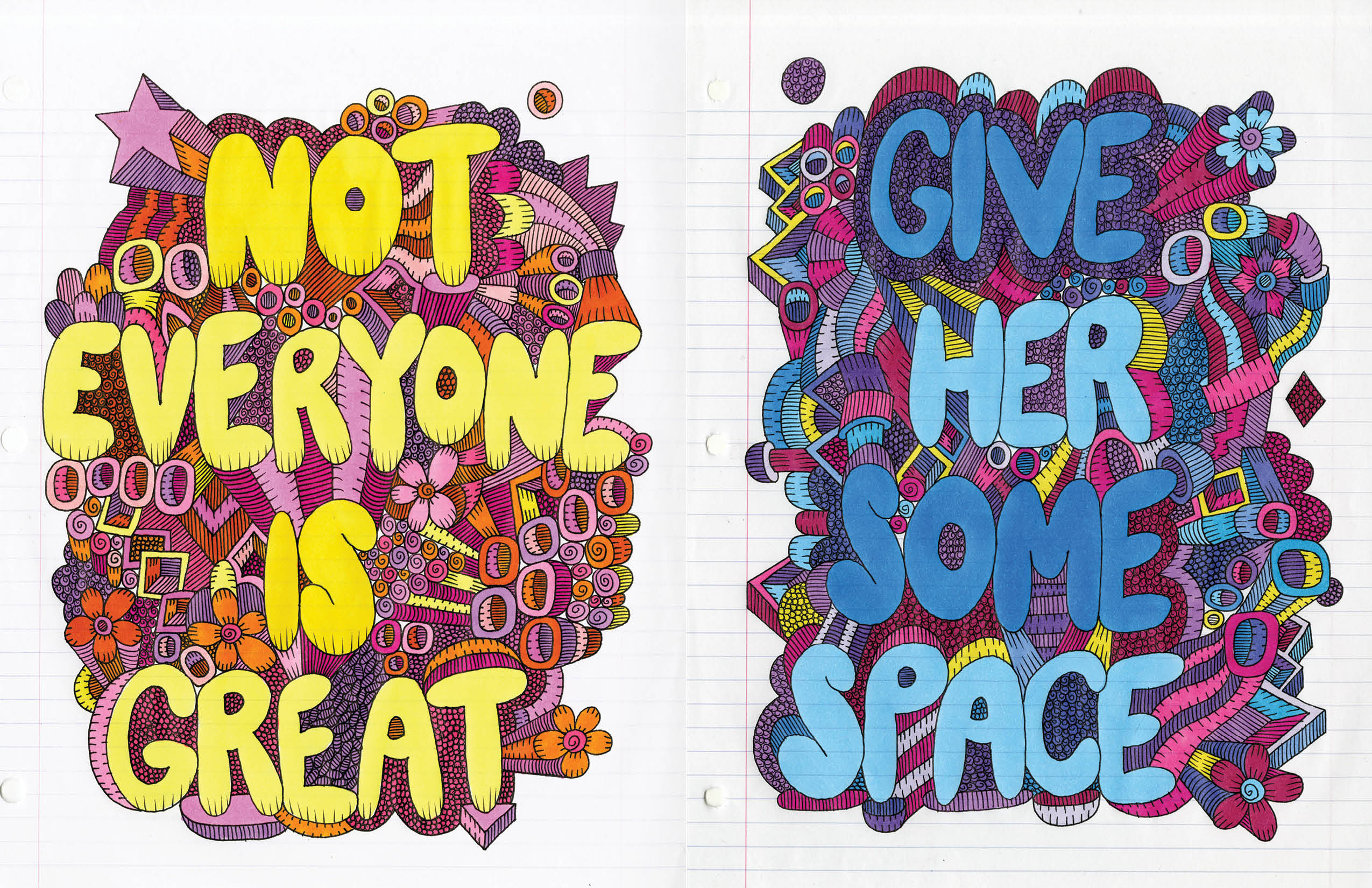
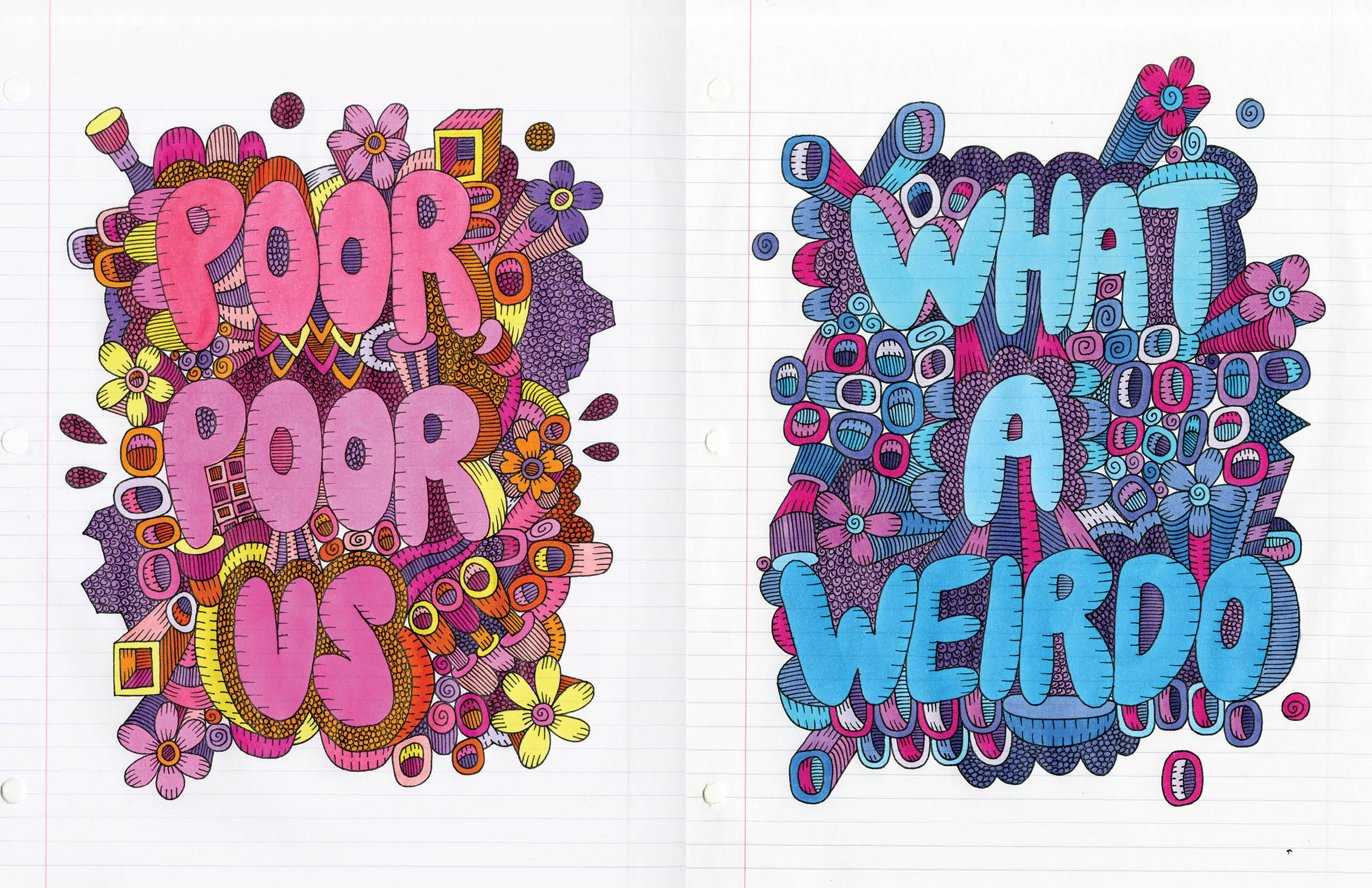
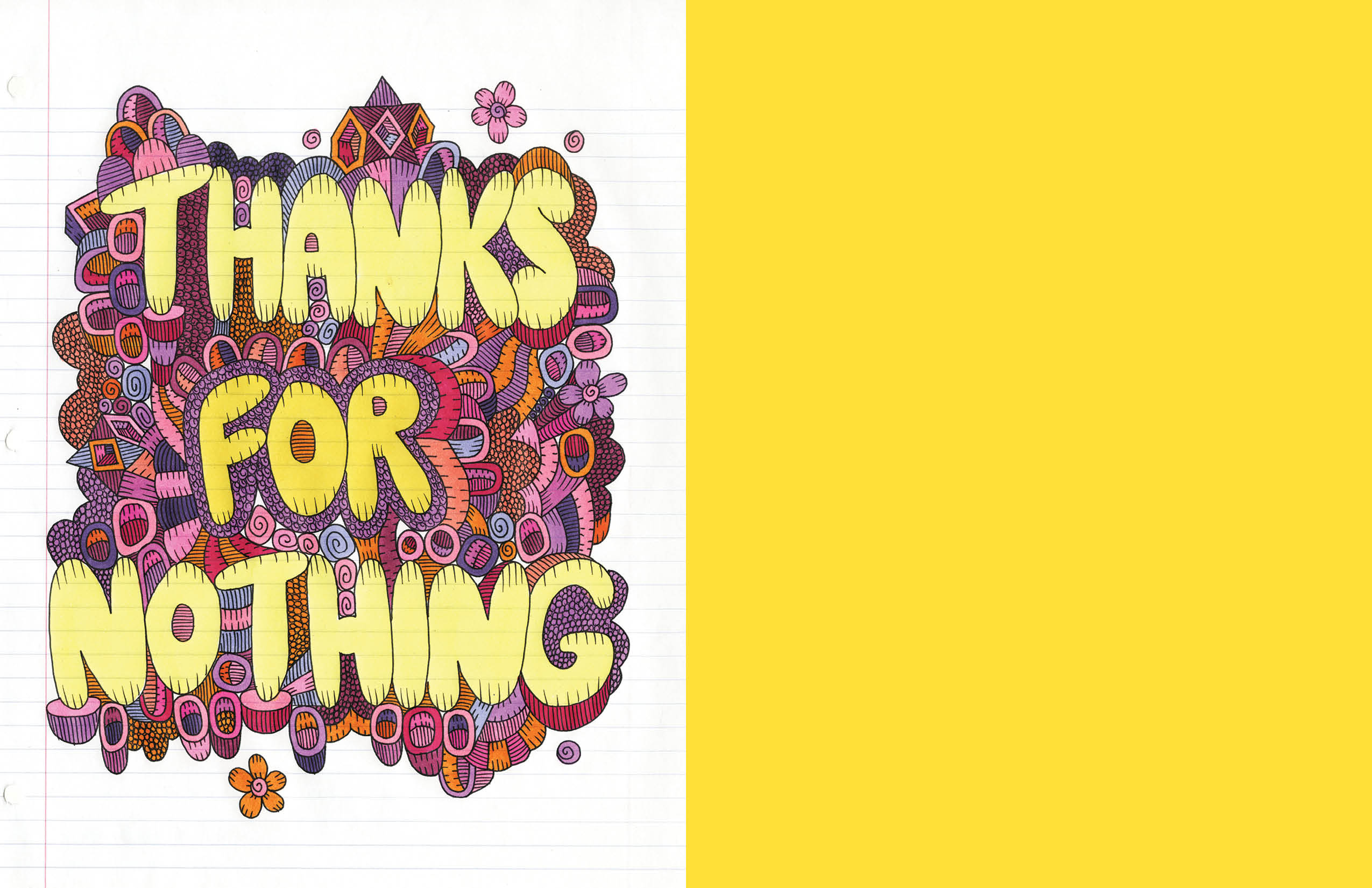
-
Lucie Fontaine
Souvenir of an Exhibition
Lucie Fontaine
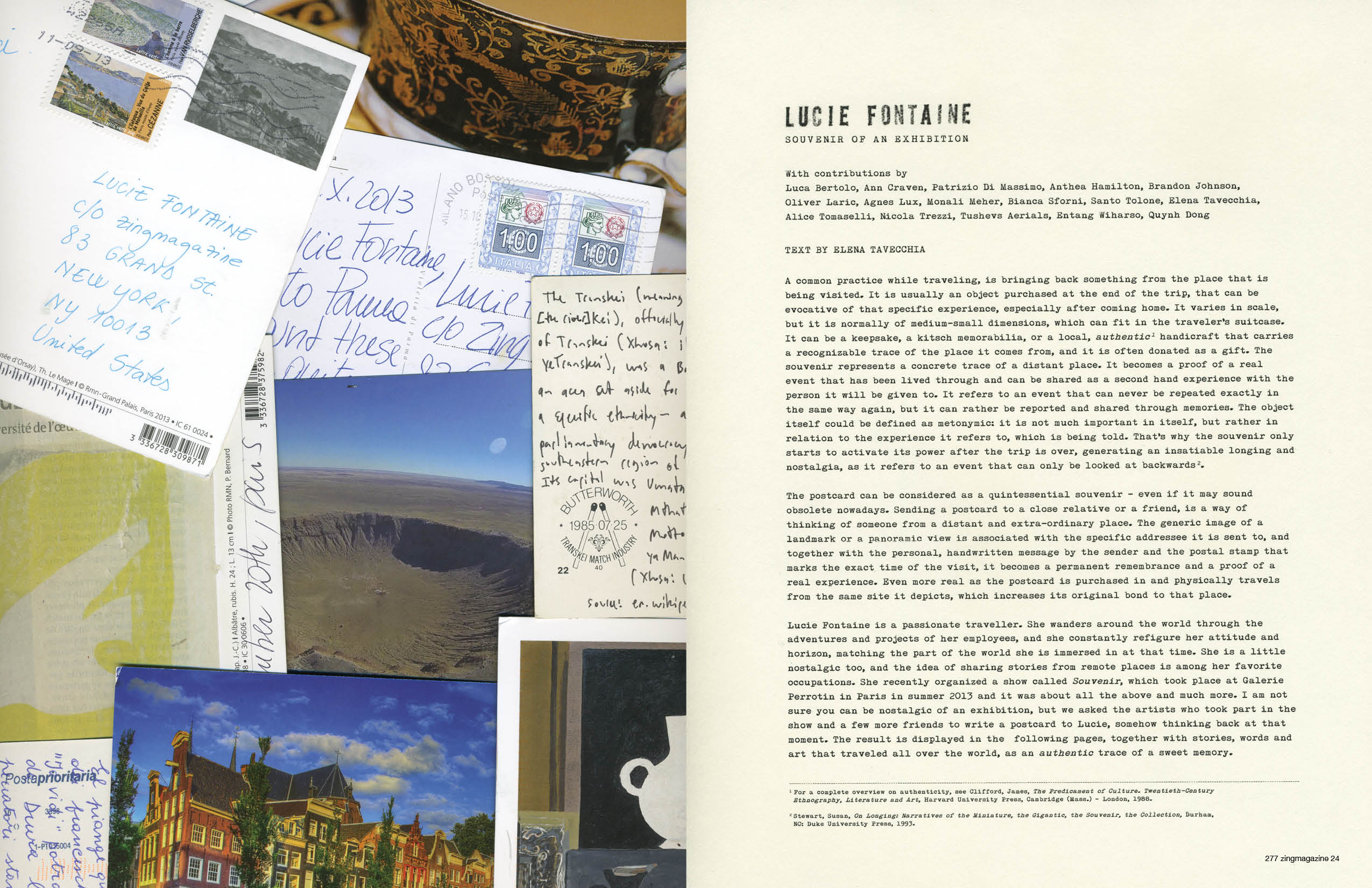
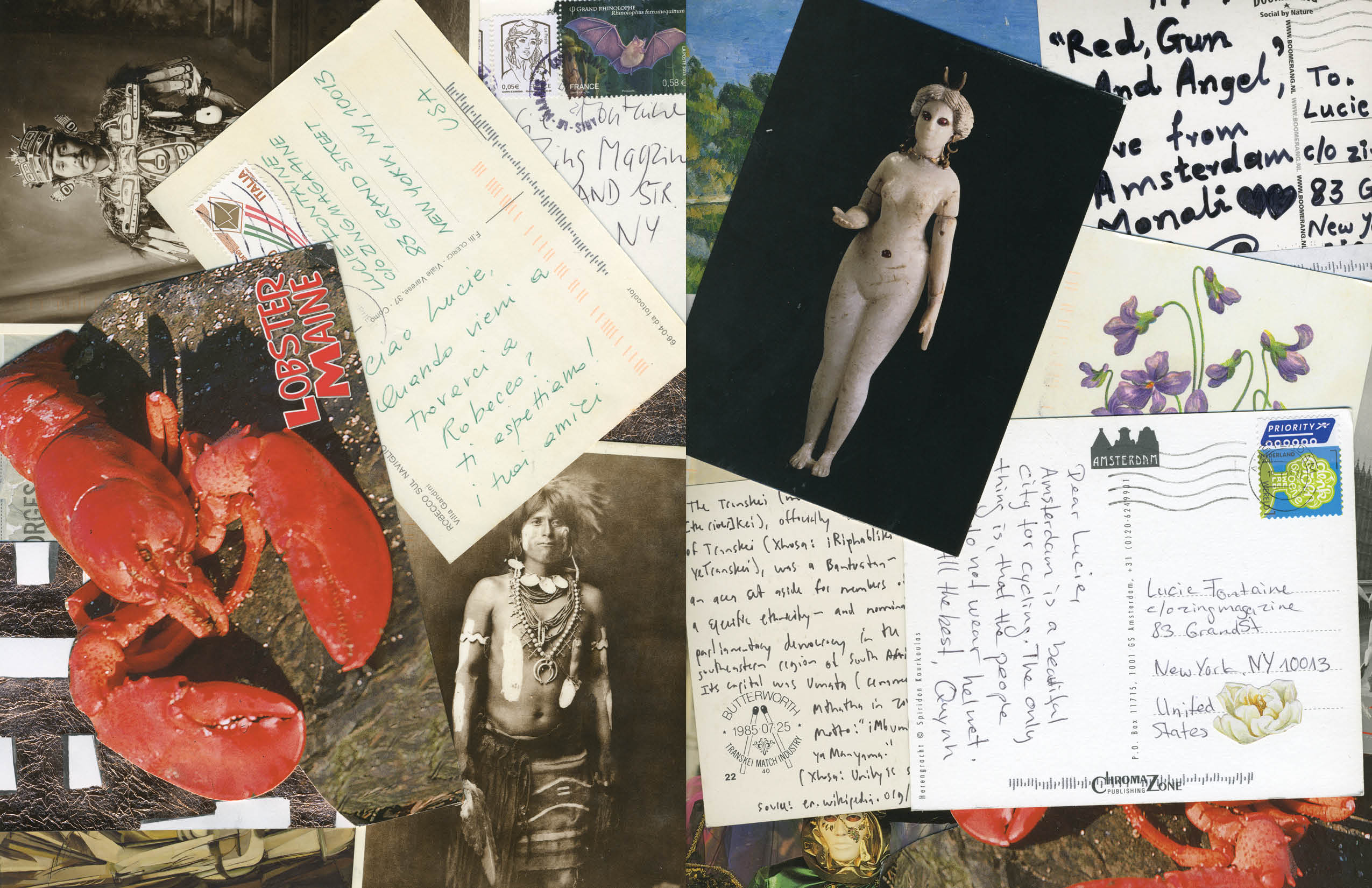
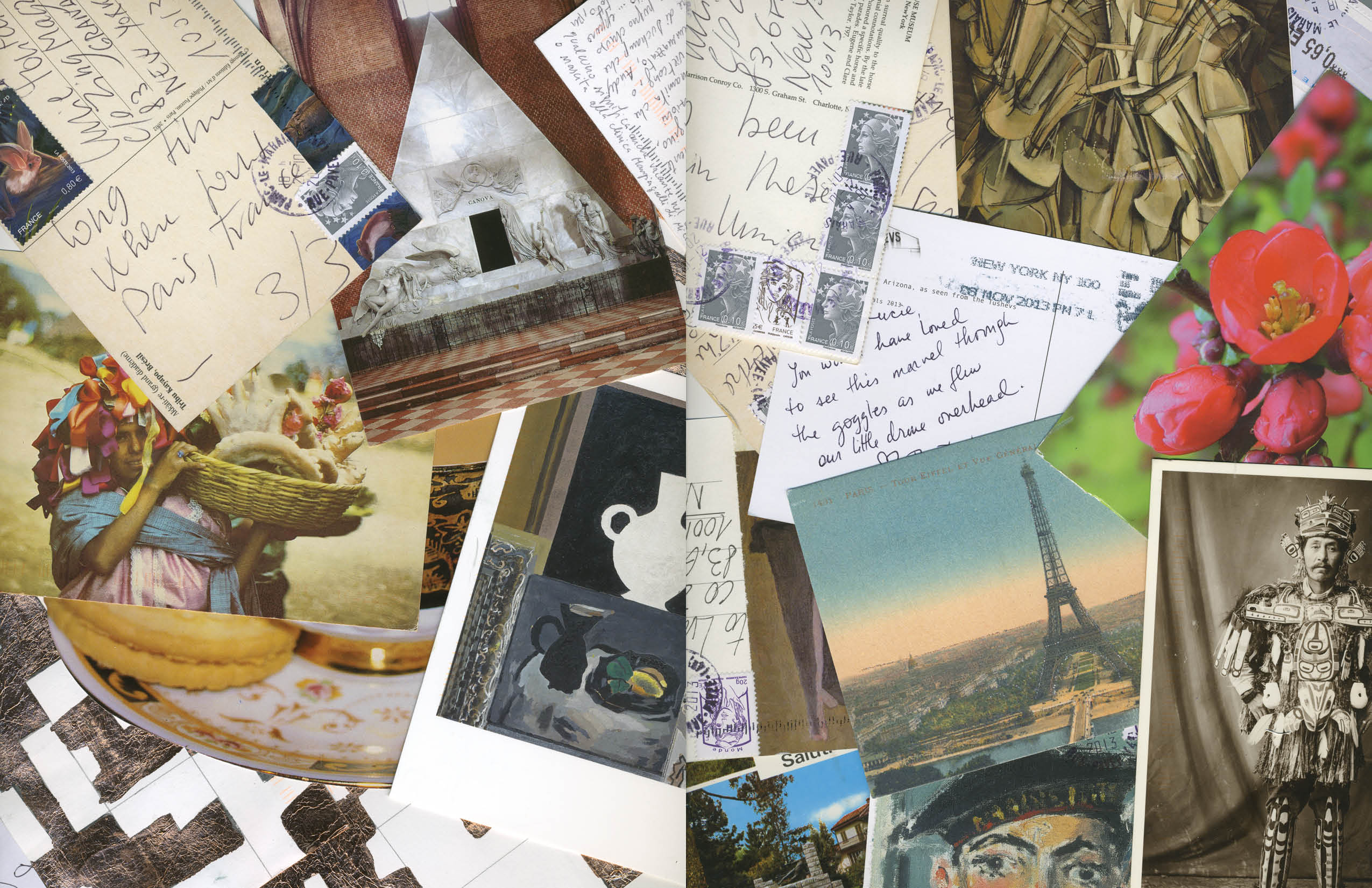
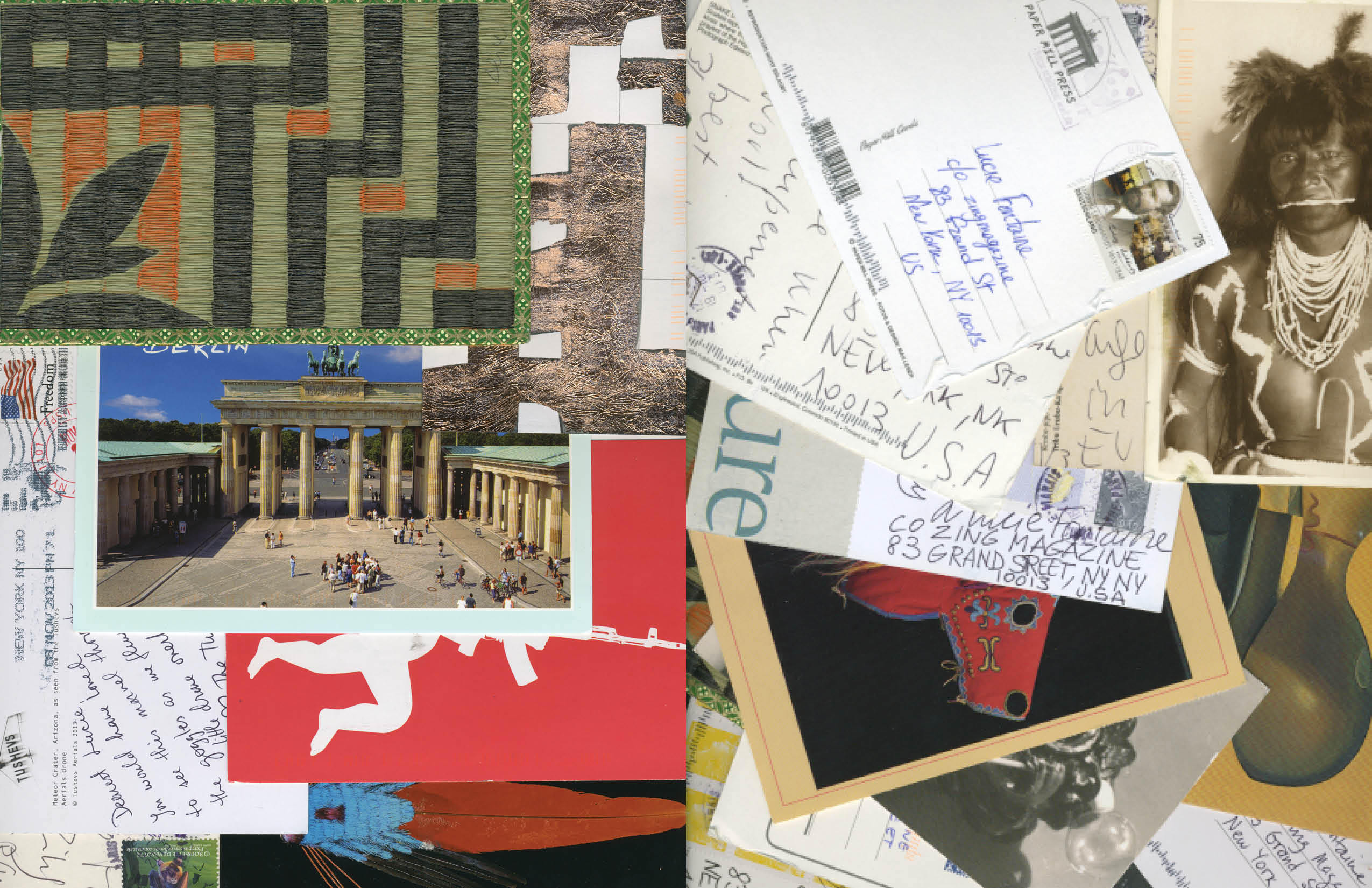
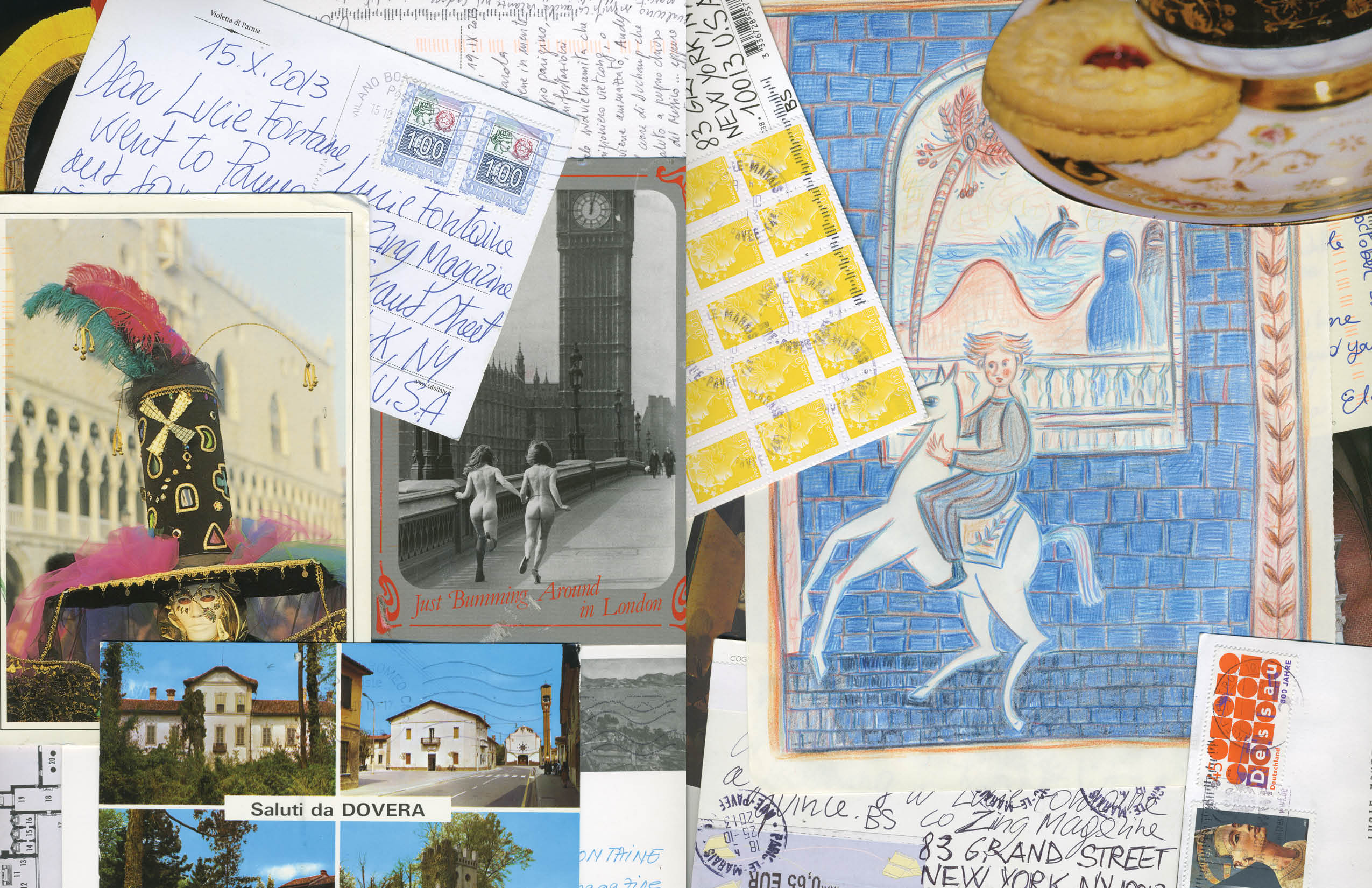
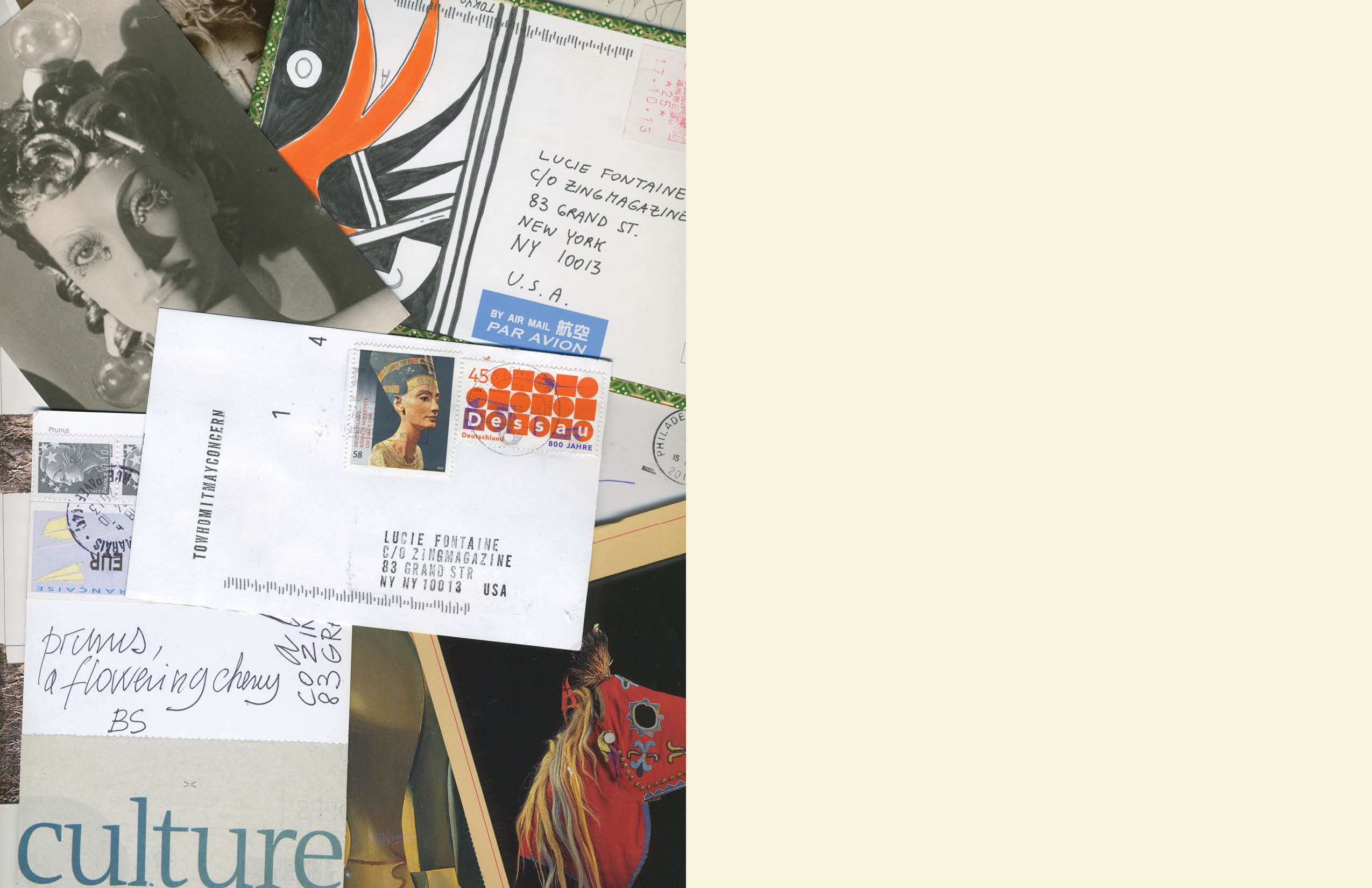
-
Lizzi Bougatsos
Looking For M.J.
Lizzi Bougatsos
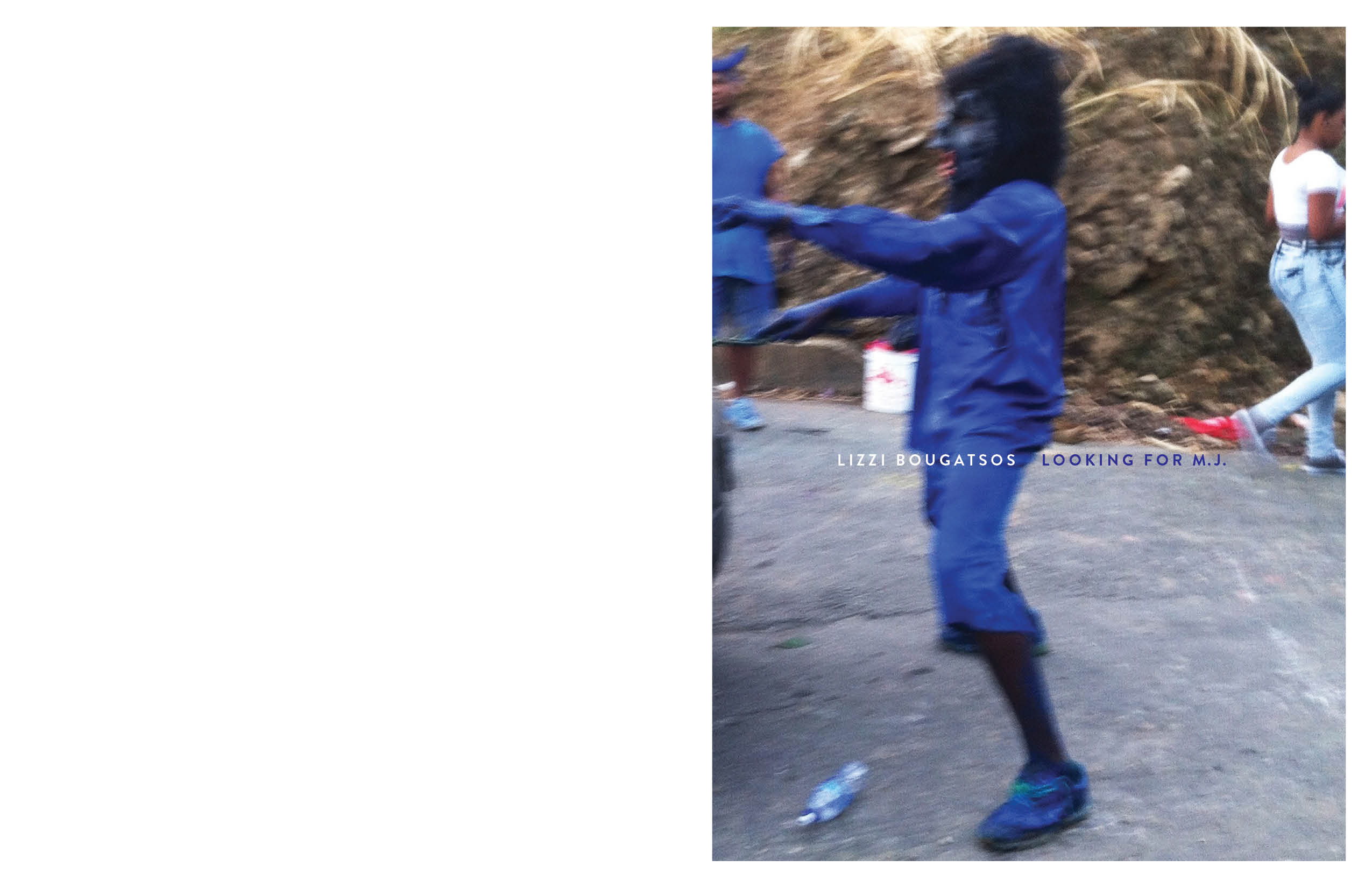
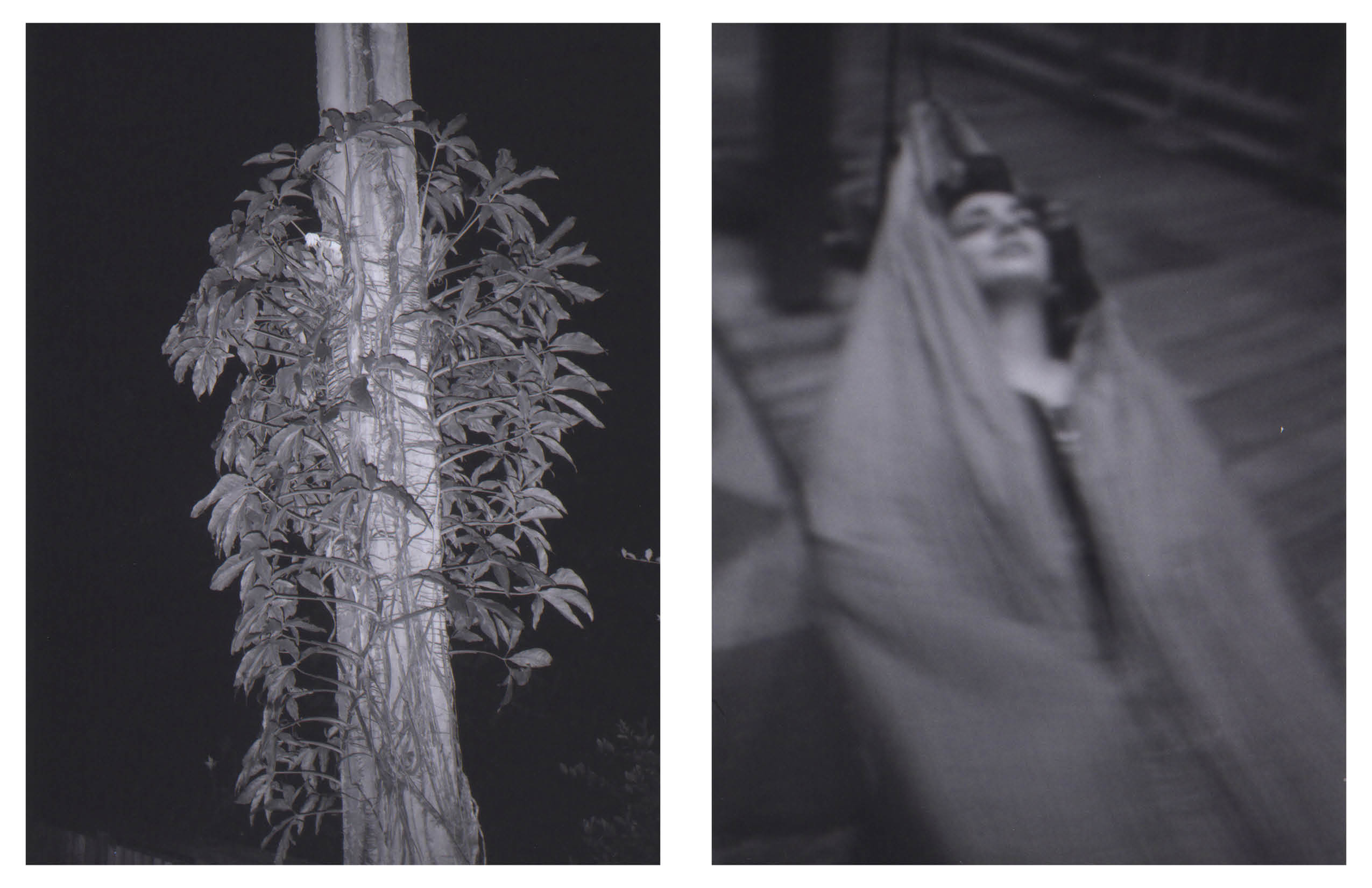
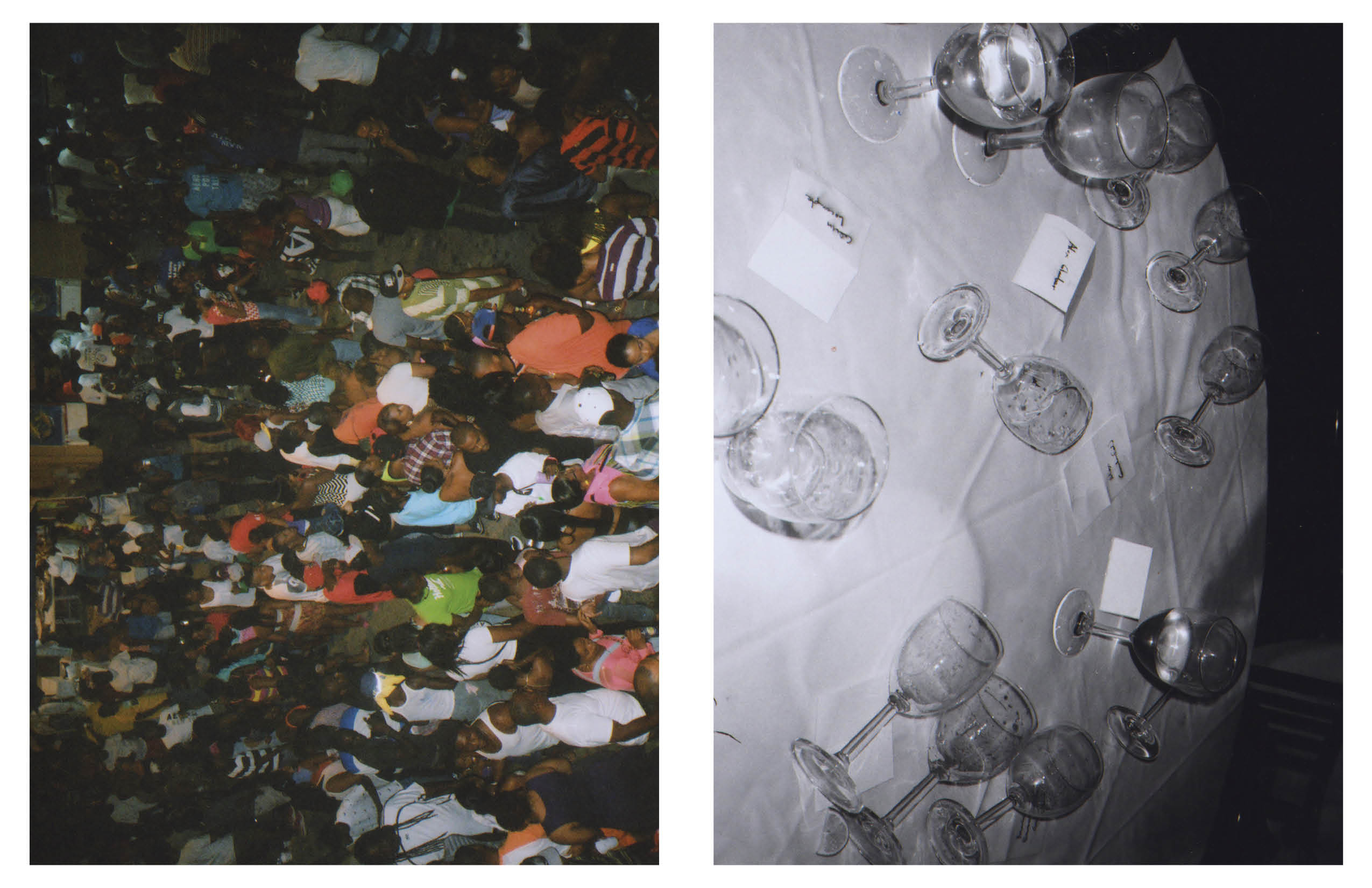
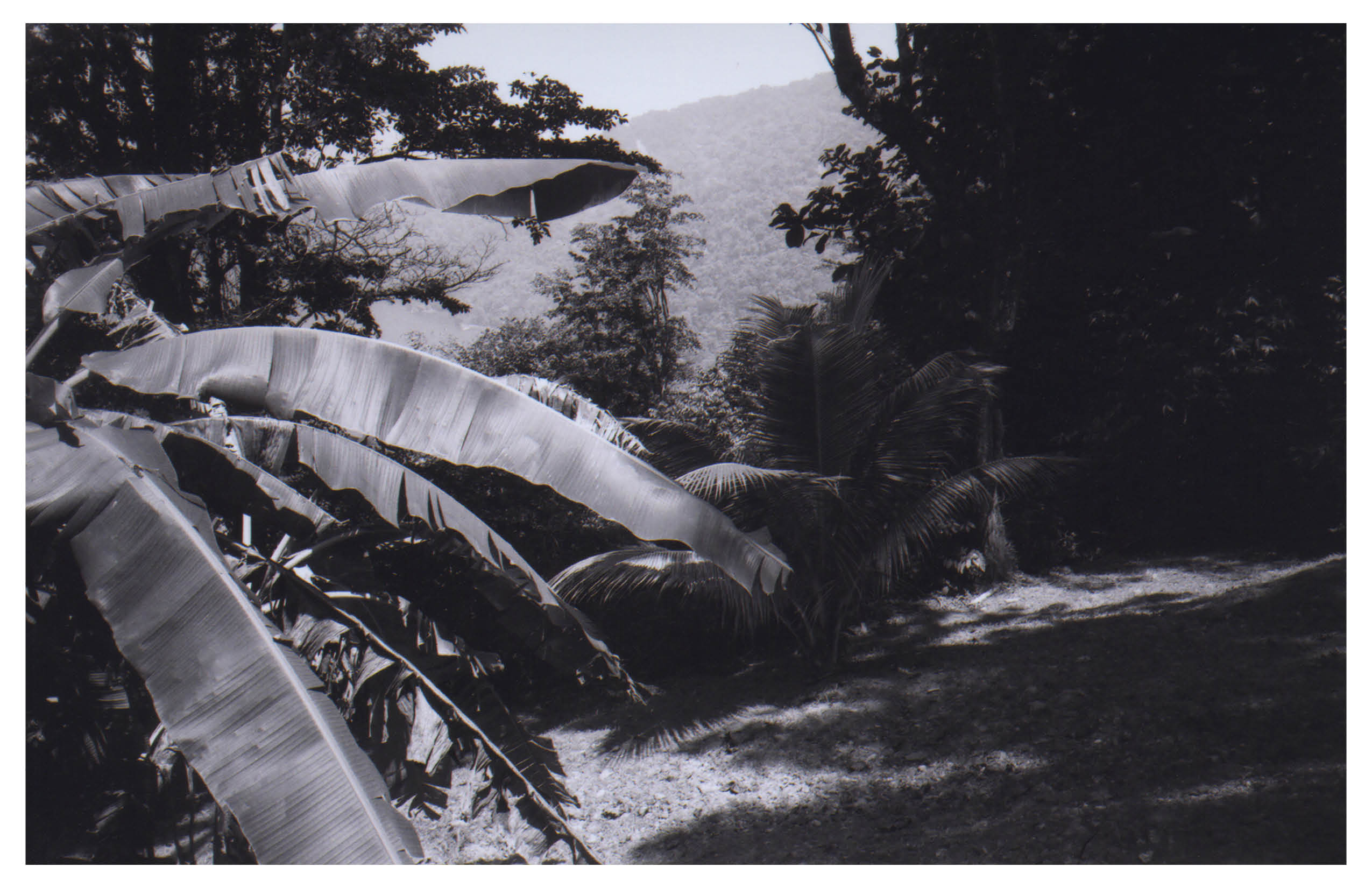
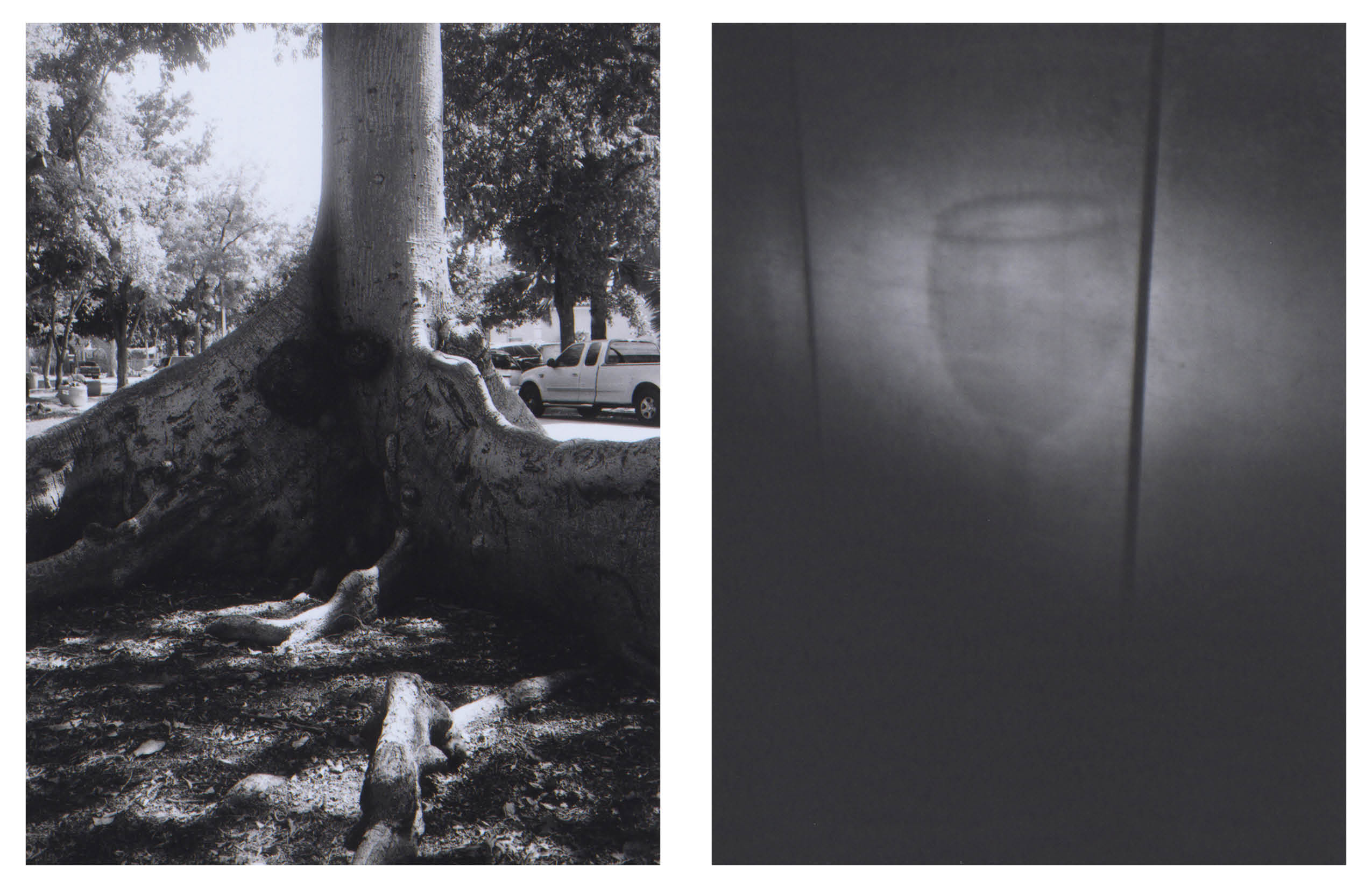
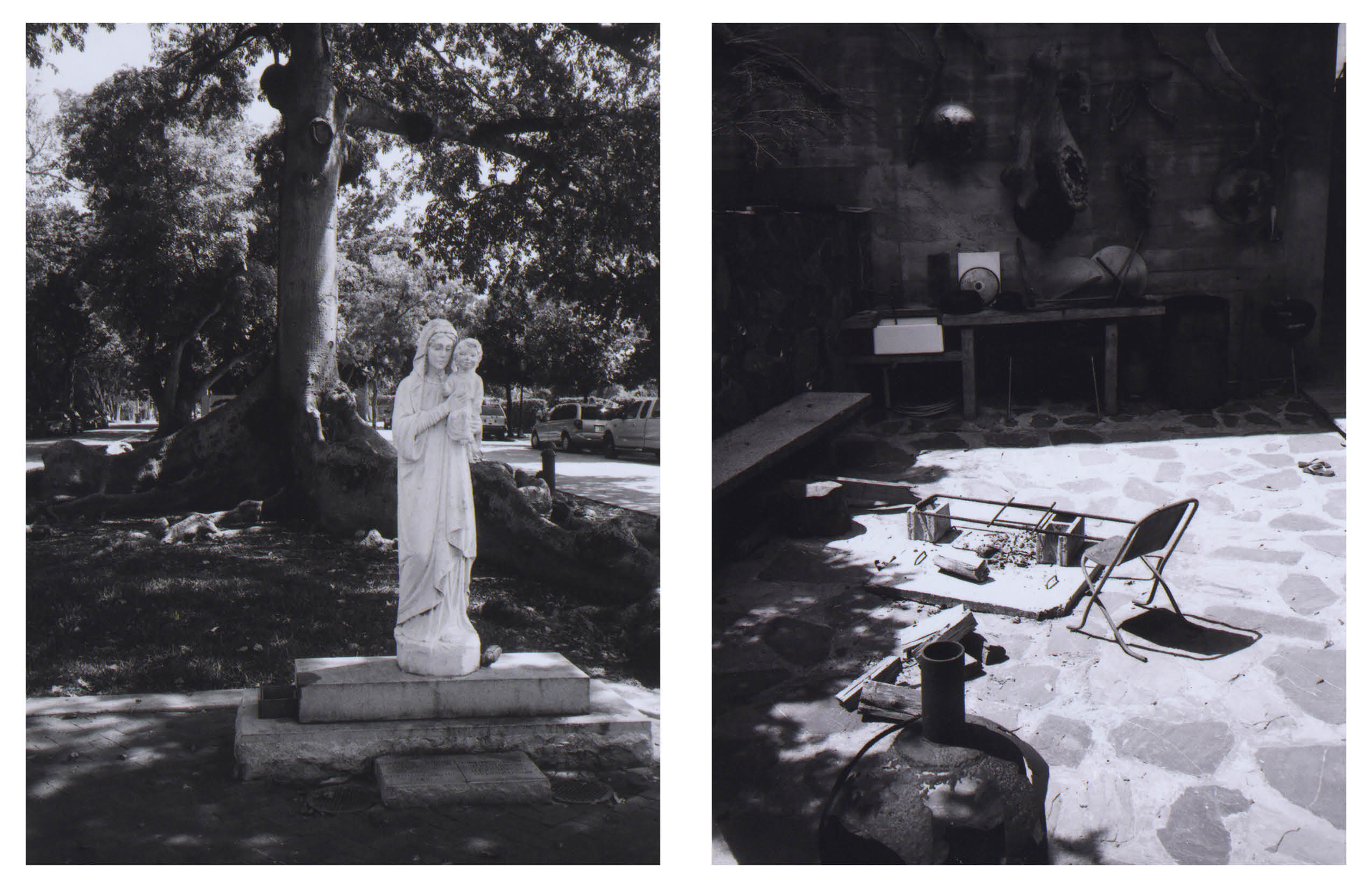
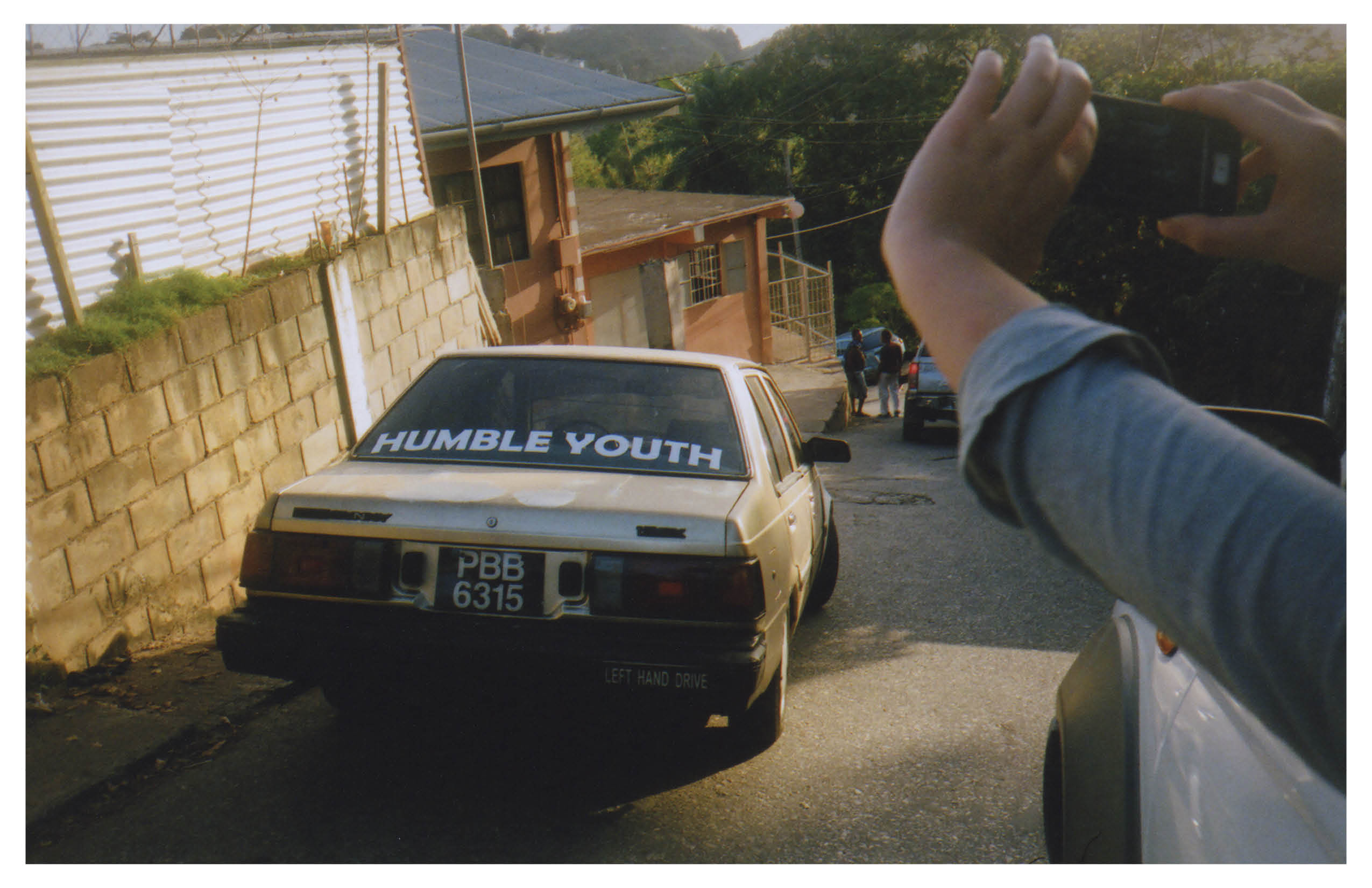
-
Billy Jacobs, curated by Alex Wolf
7 Common Mistakes About the End of the World
Billy Jacobs, curated by Alex Wolf
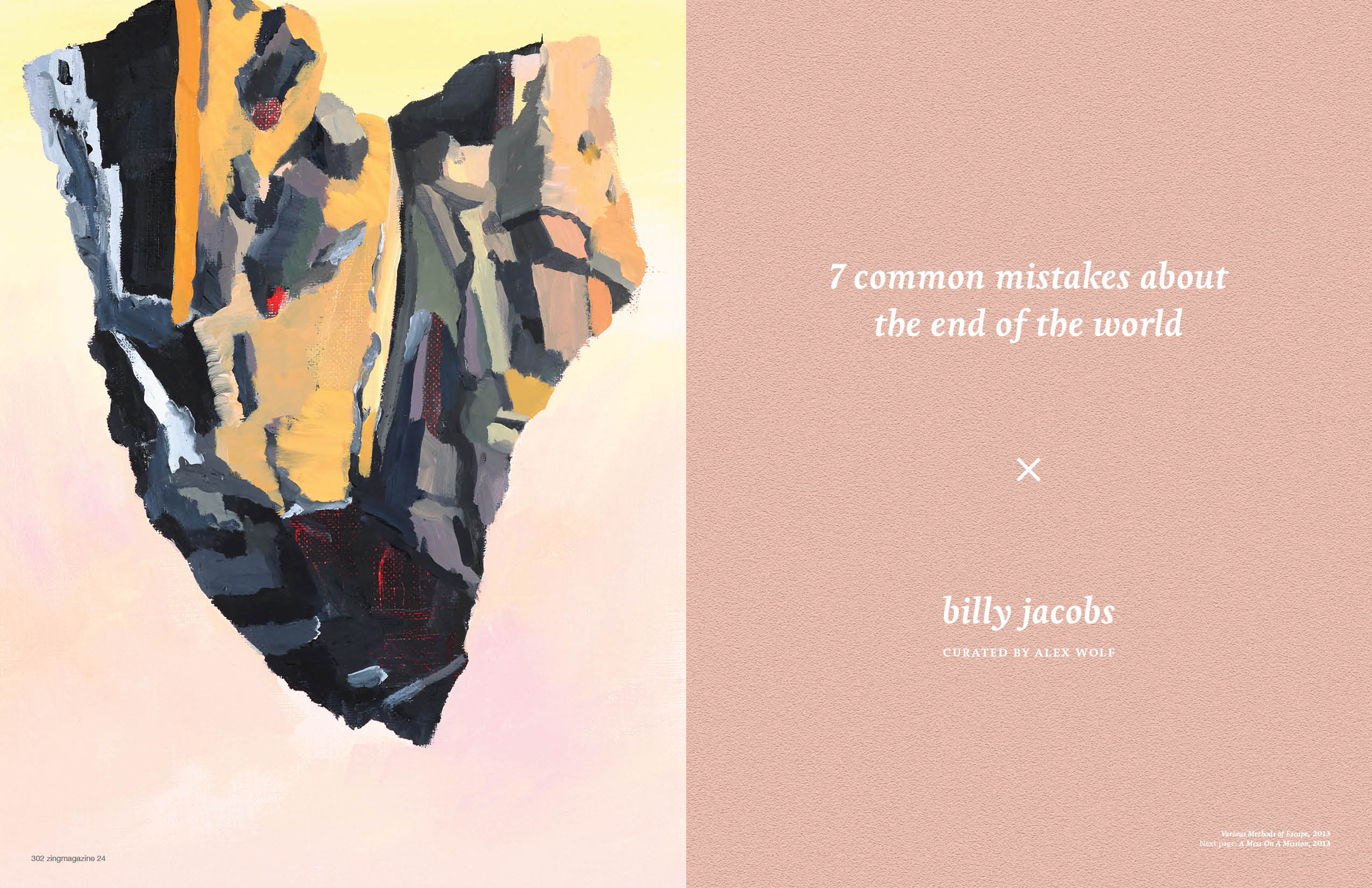
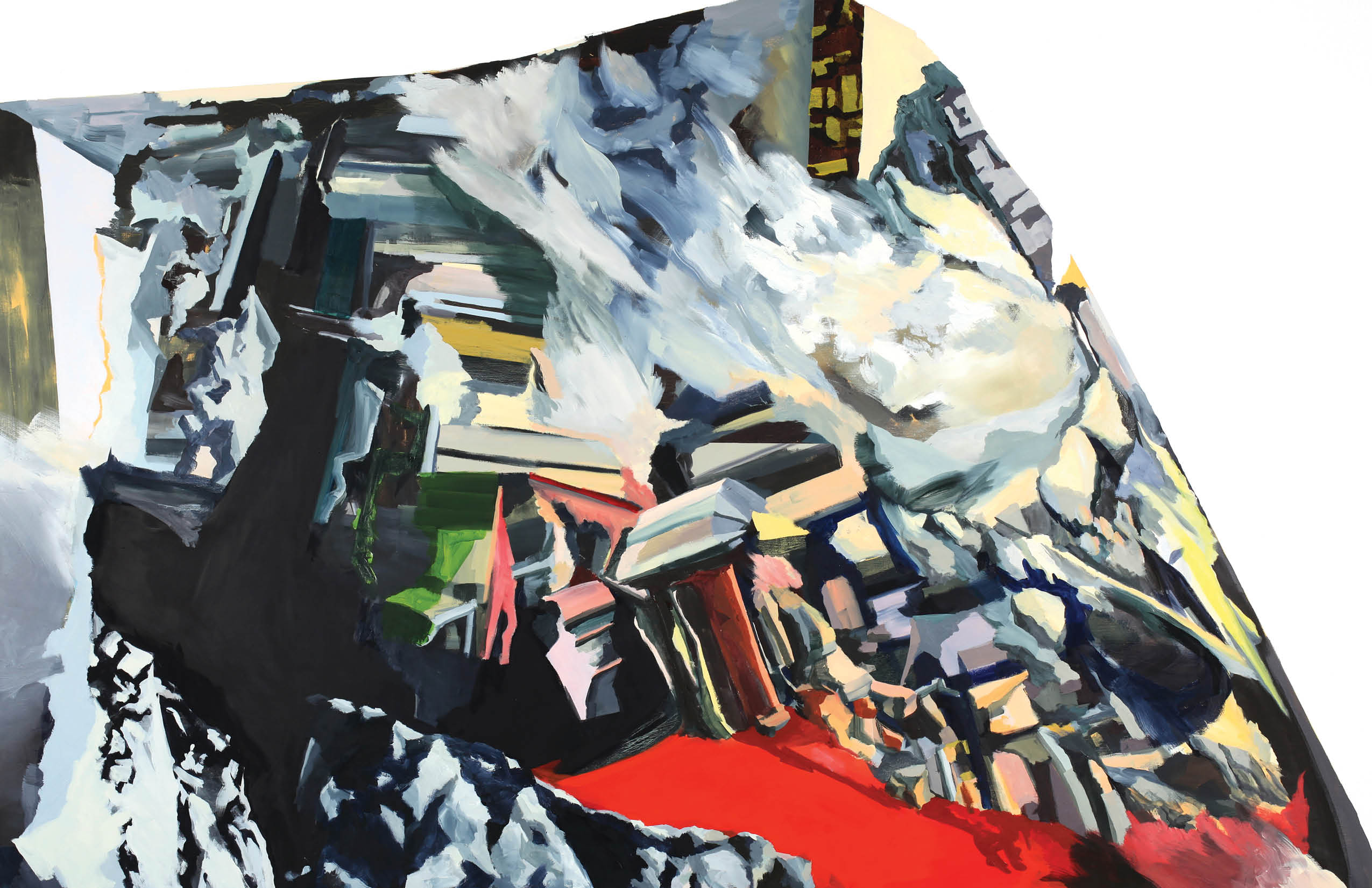
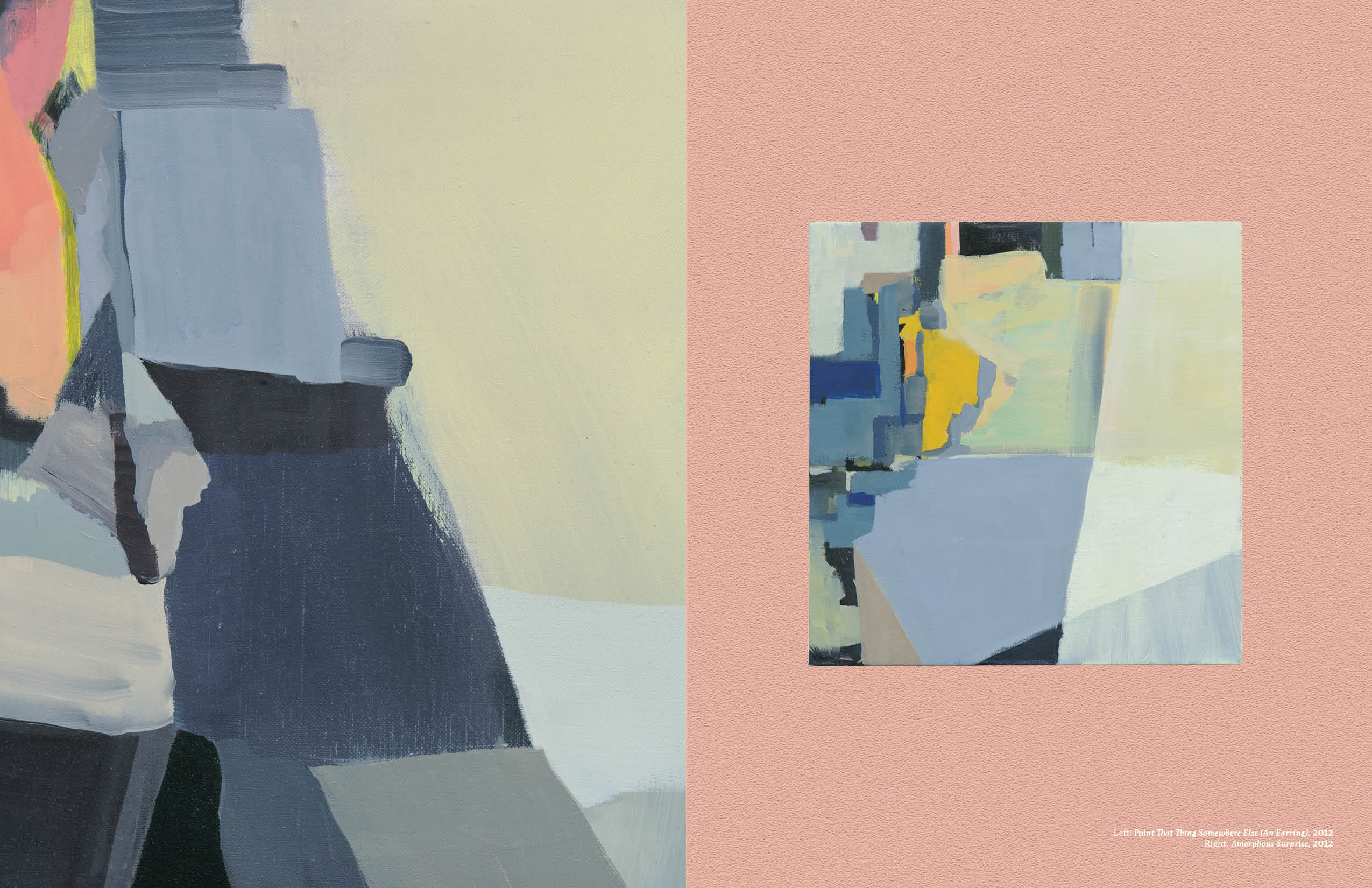
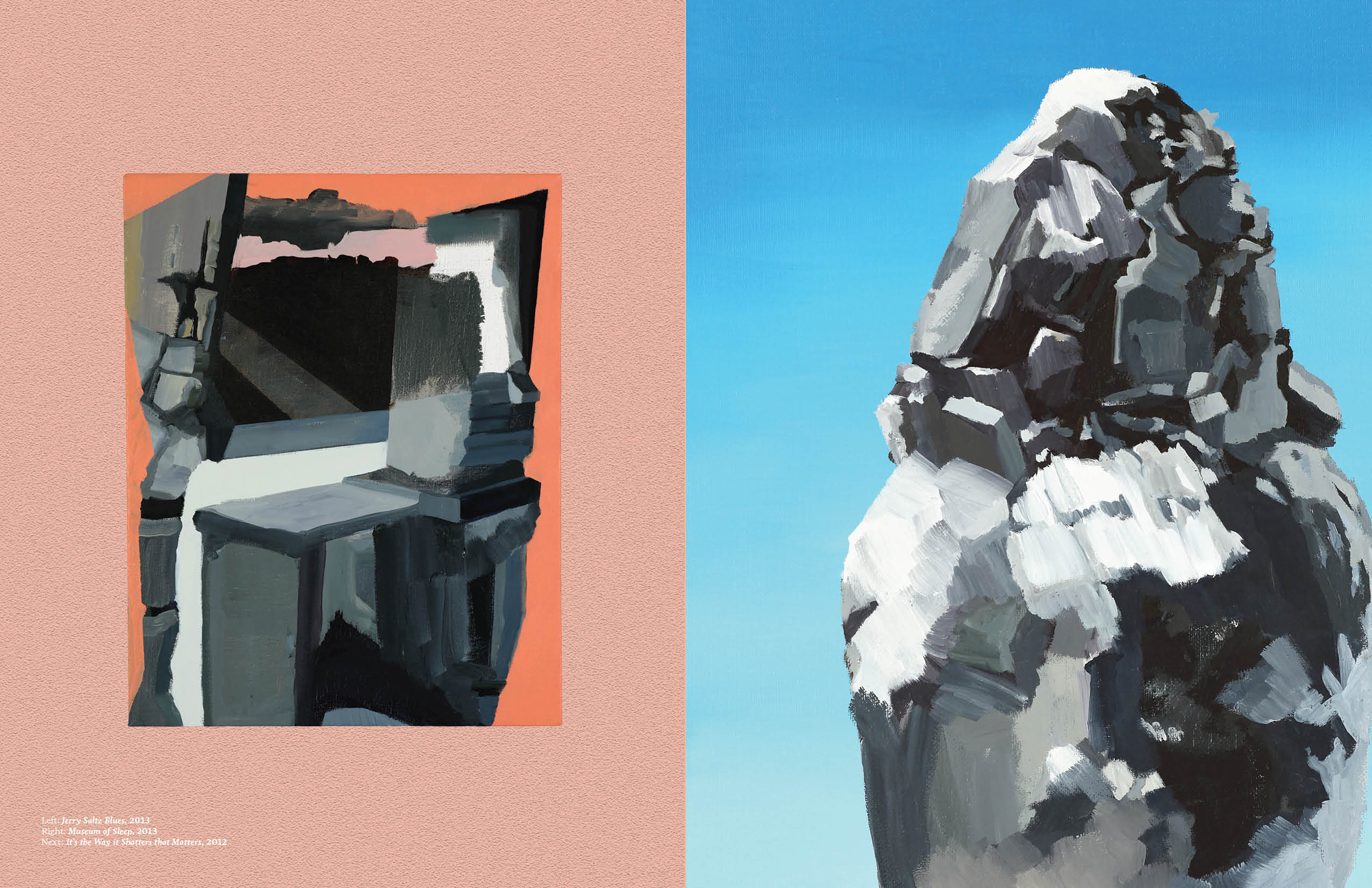
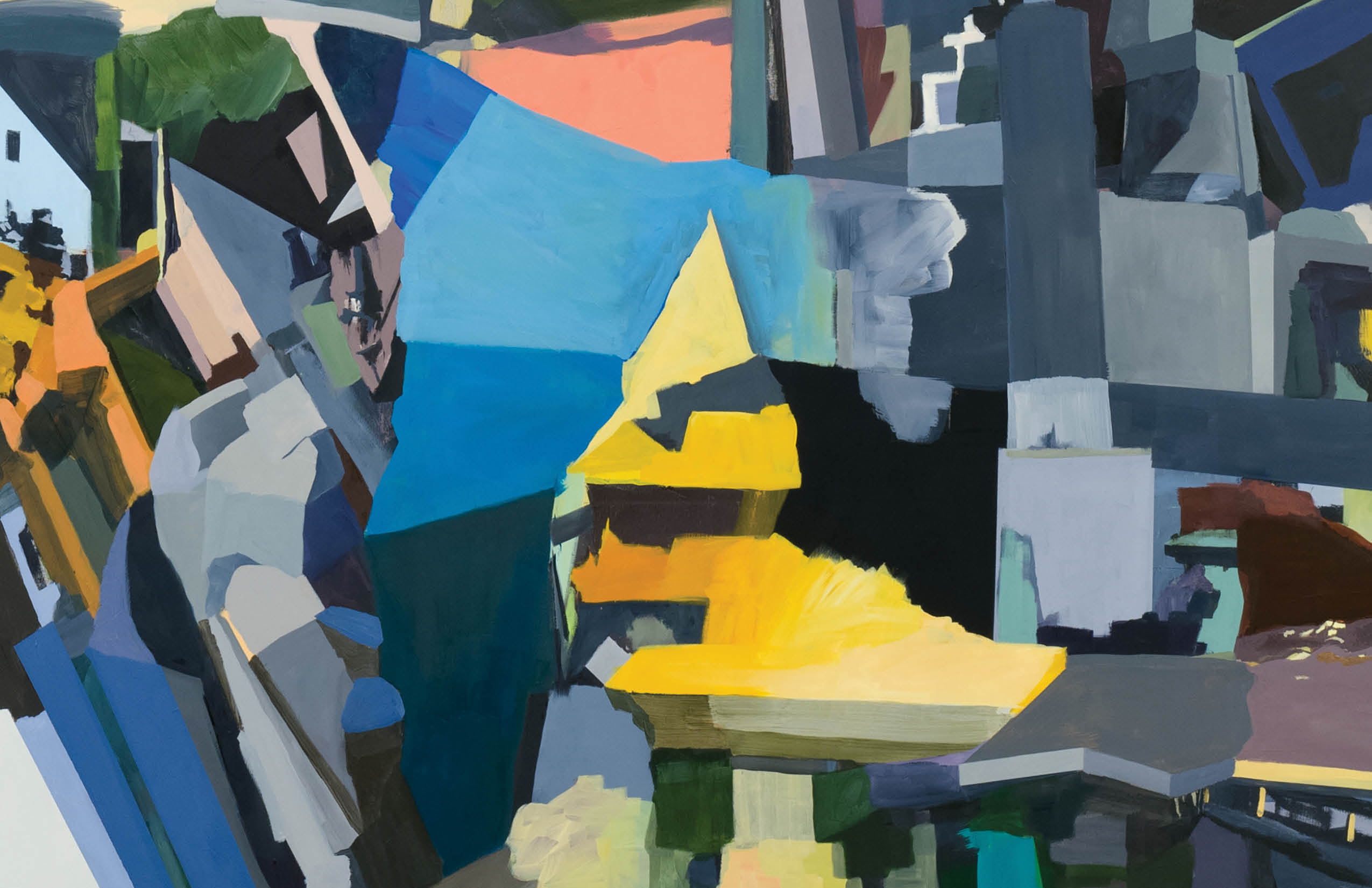
-
Rainer Ganahl
Hermes Marx
Rainer Ganahl
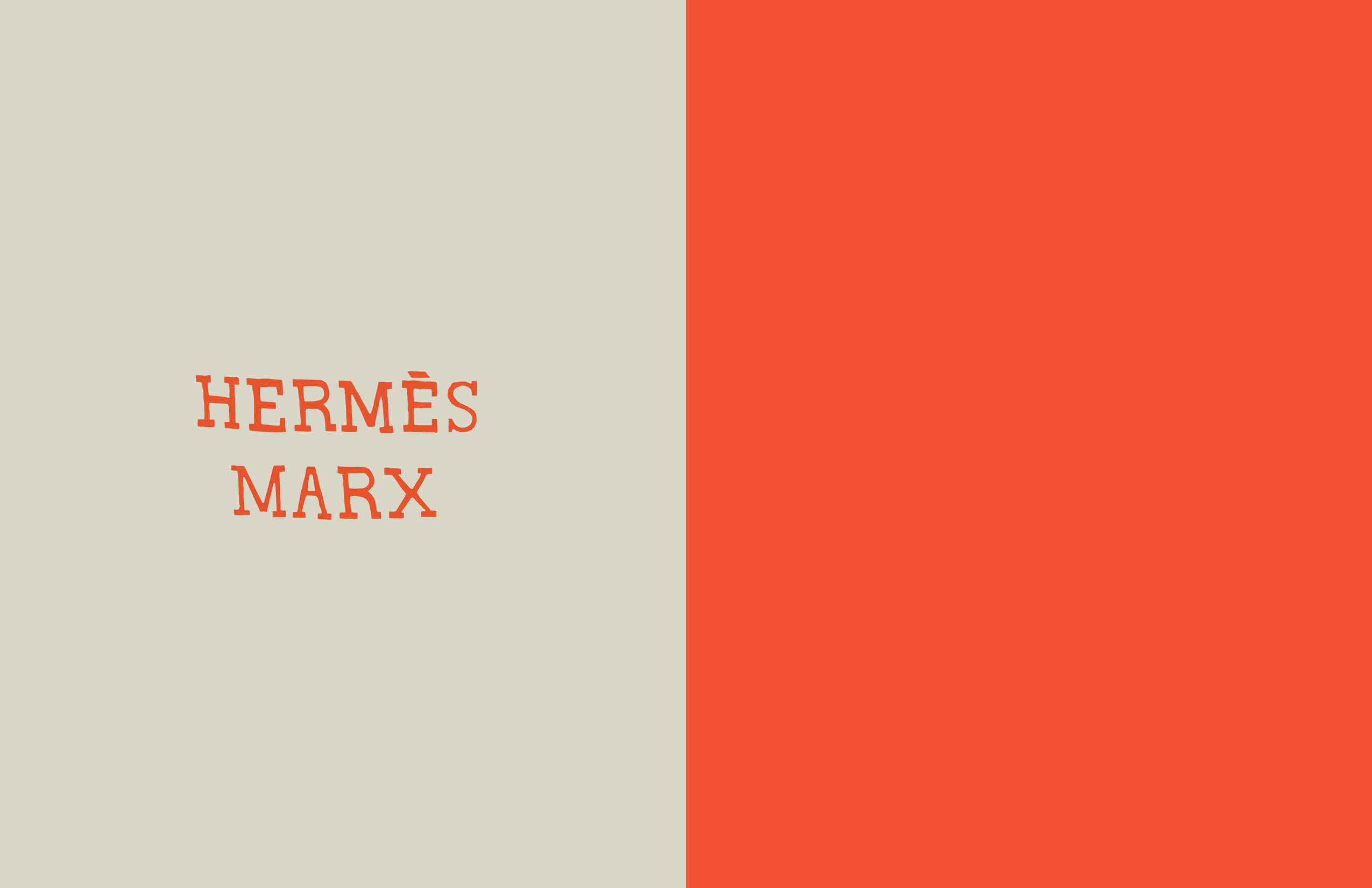
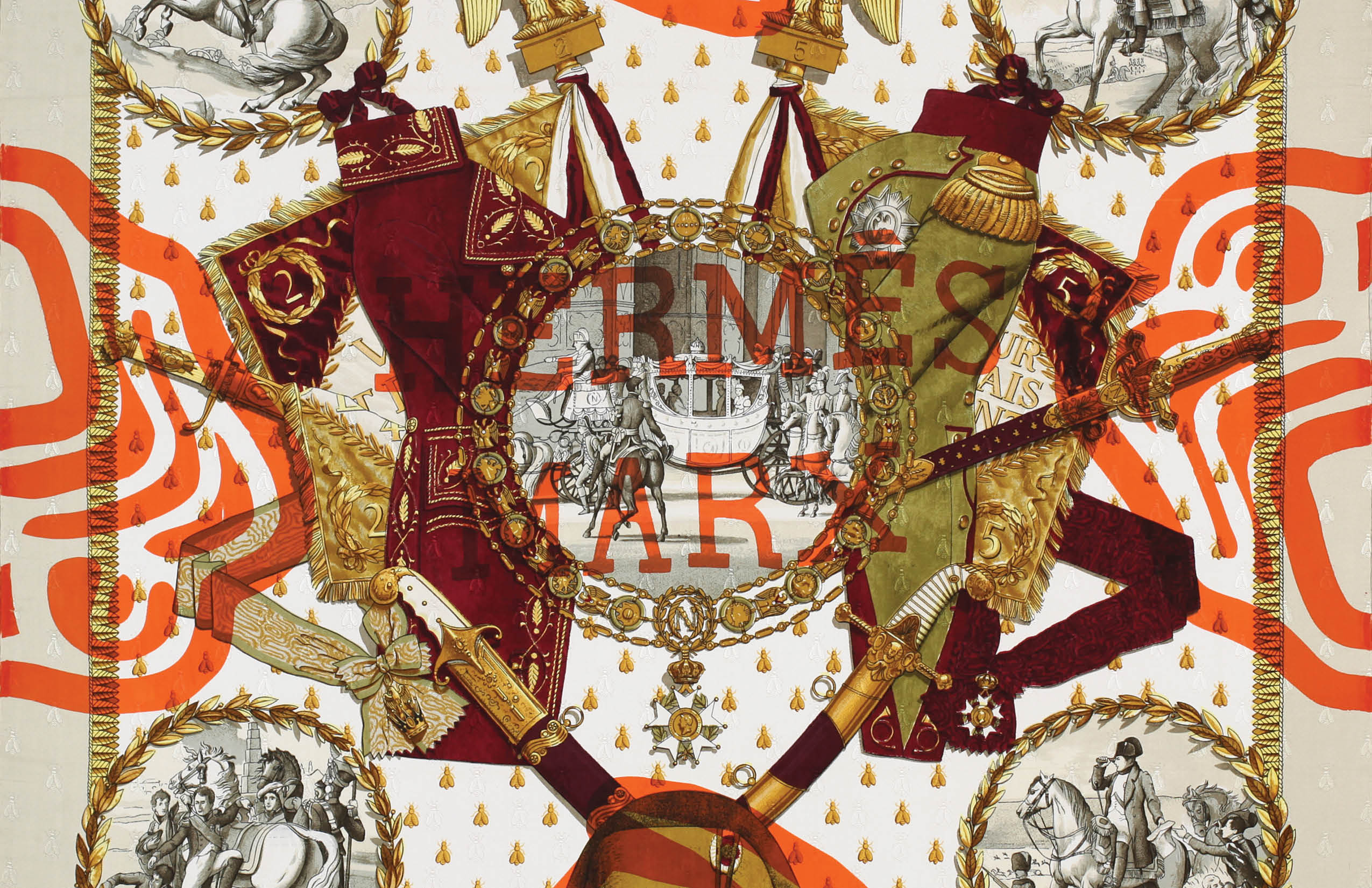
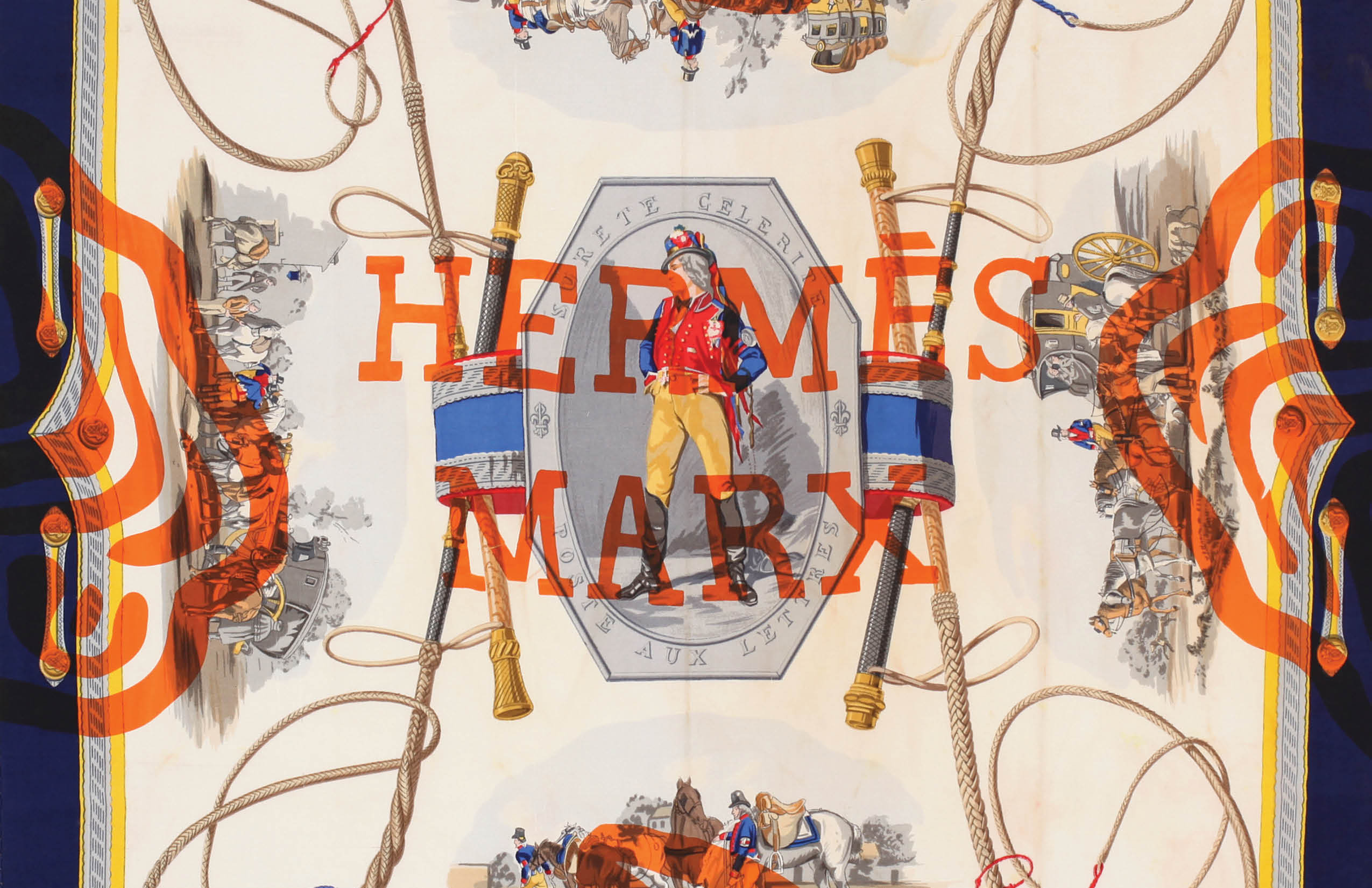
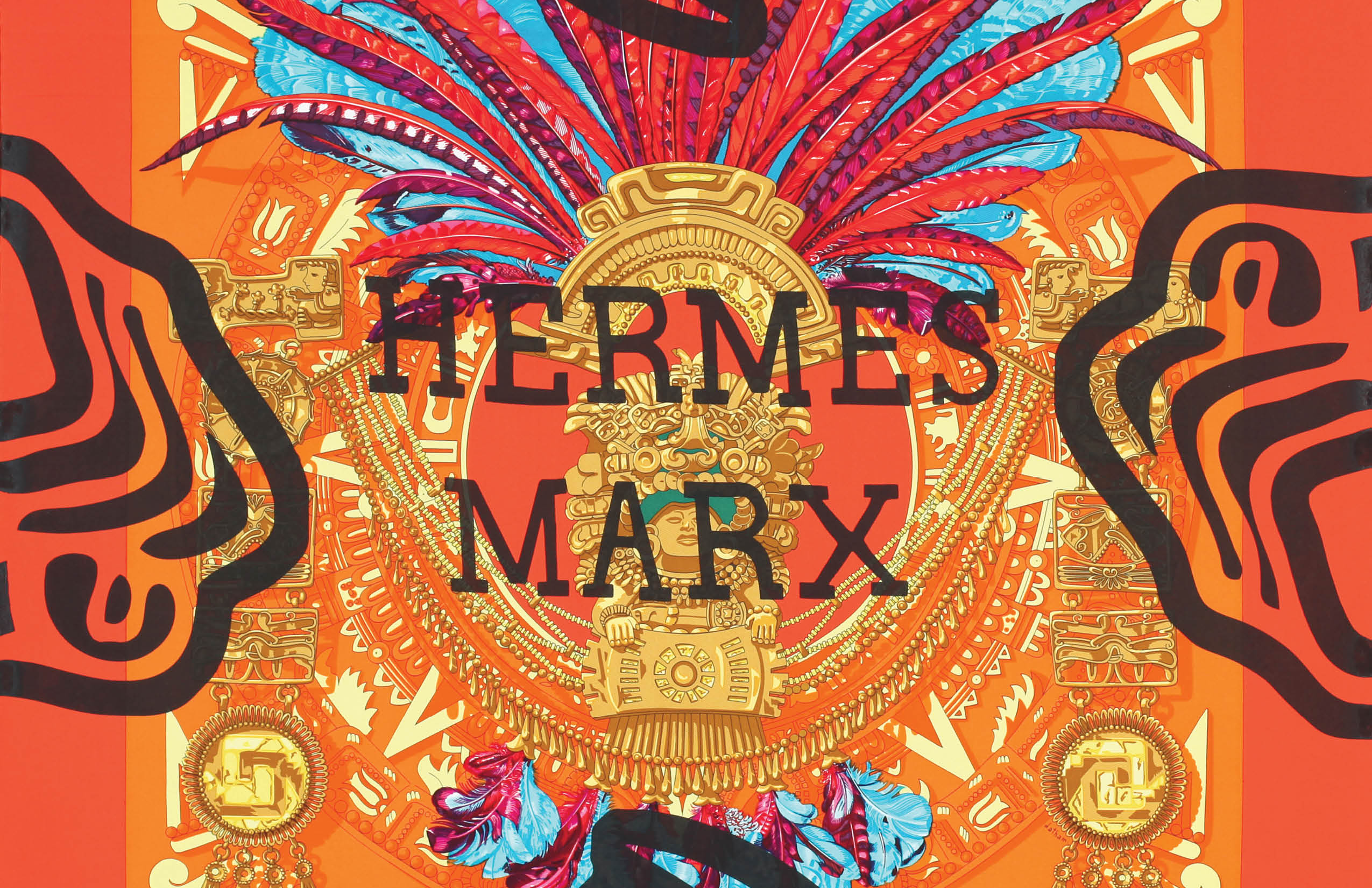
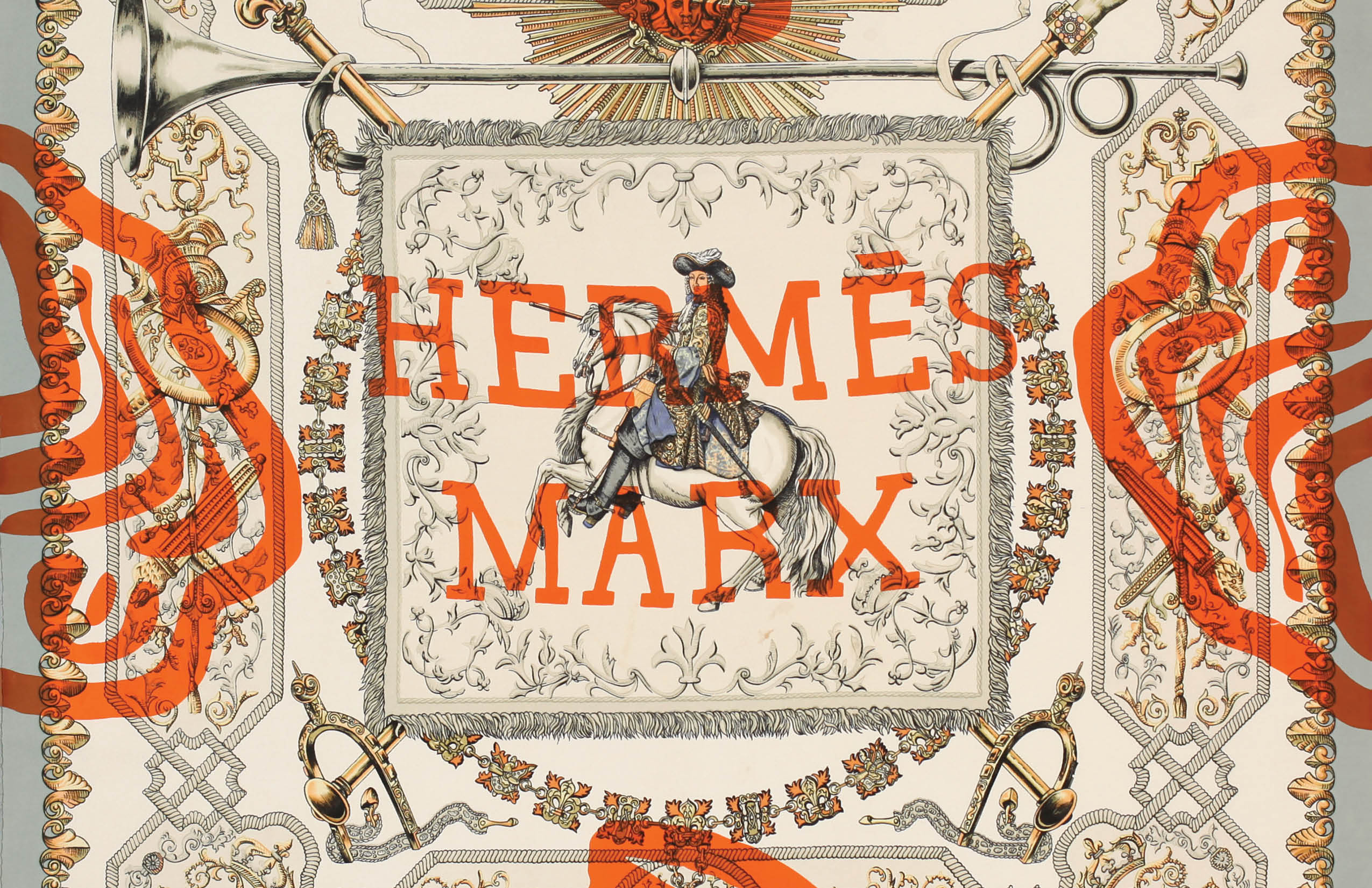
-
Giasco Bertoli
Météo
Giasco Bertoli
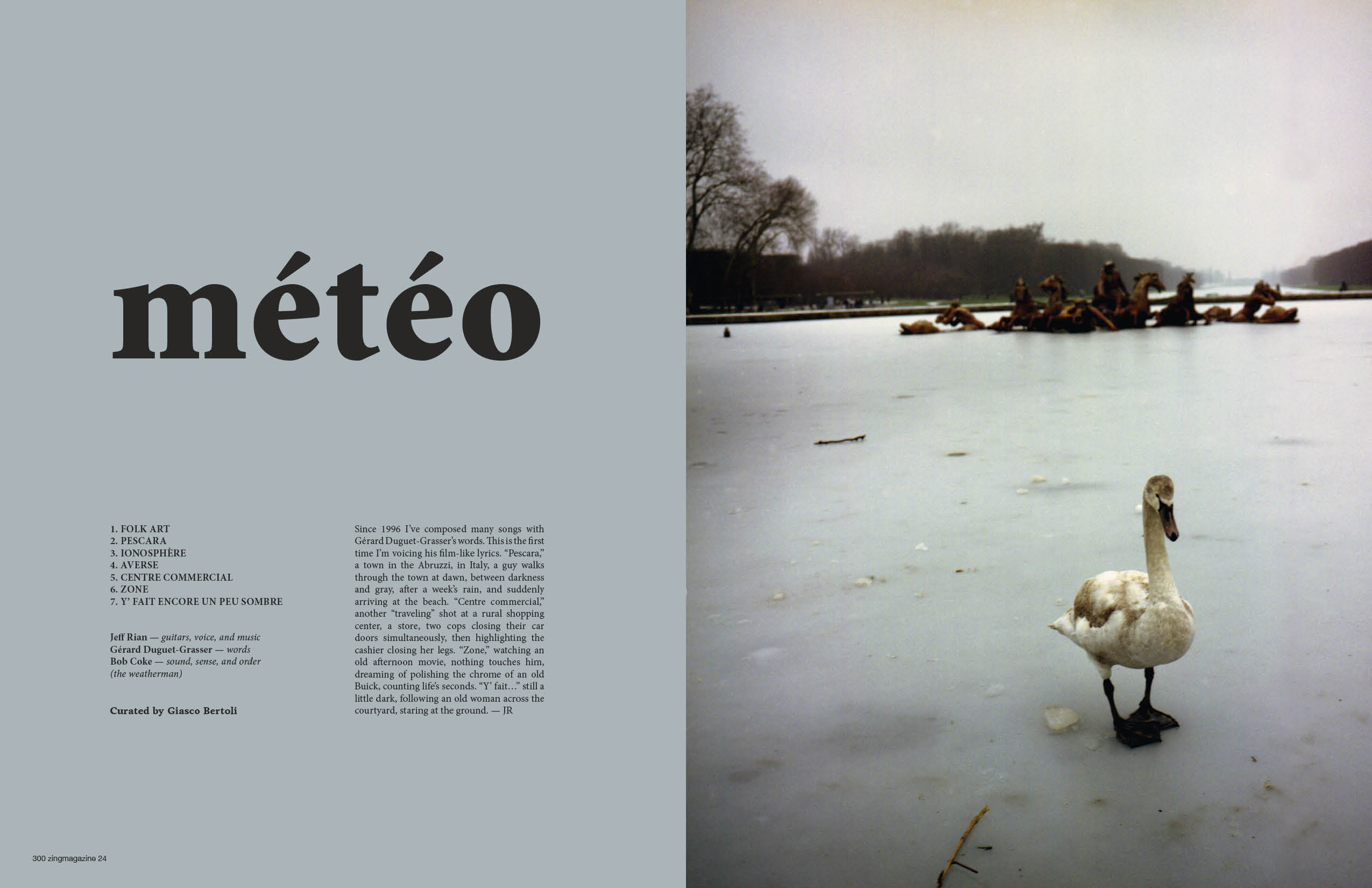
-
Alix Lambert
Good-By Fat Larry
Alix Lambert
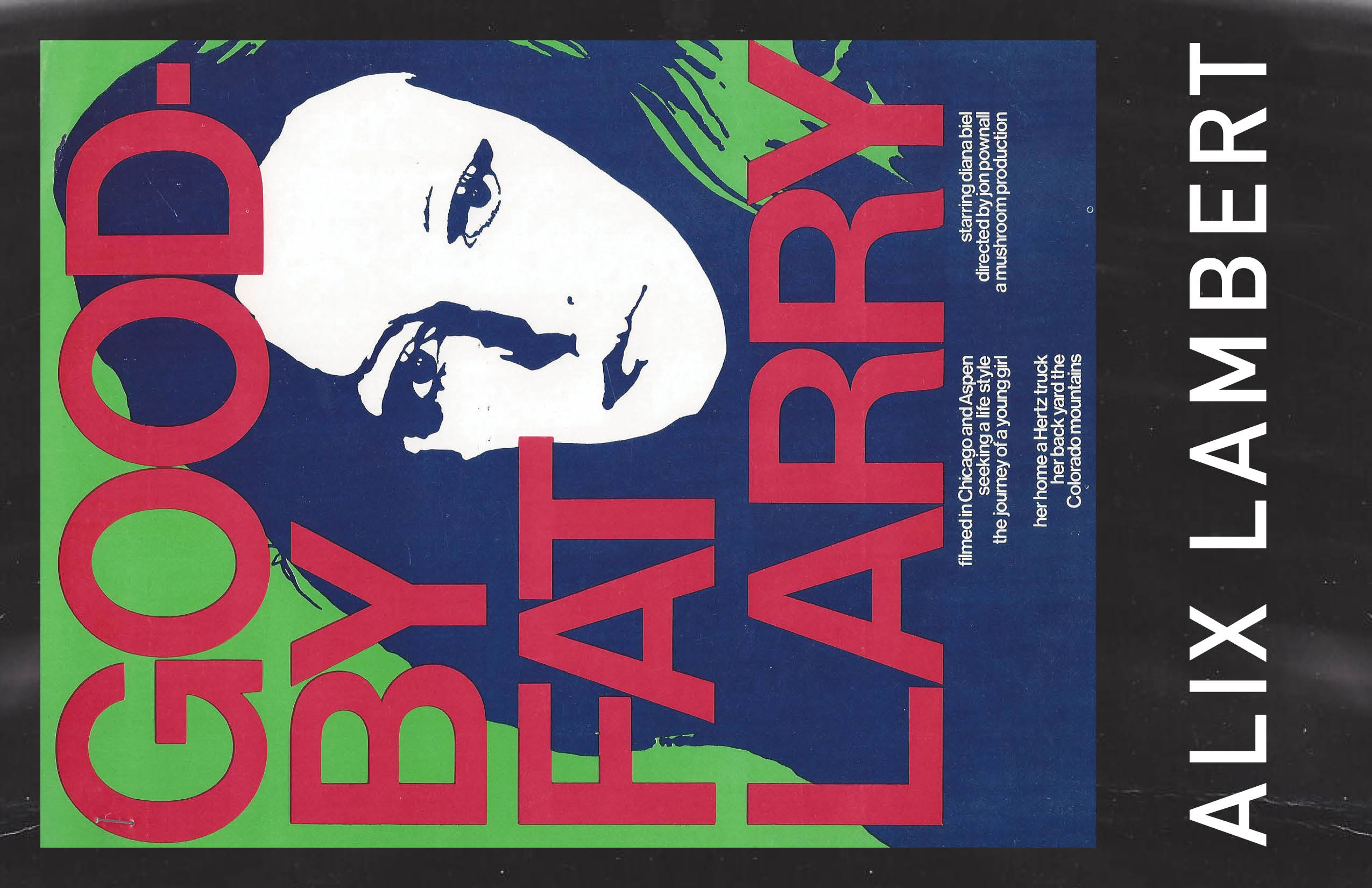
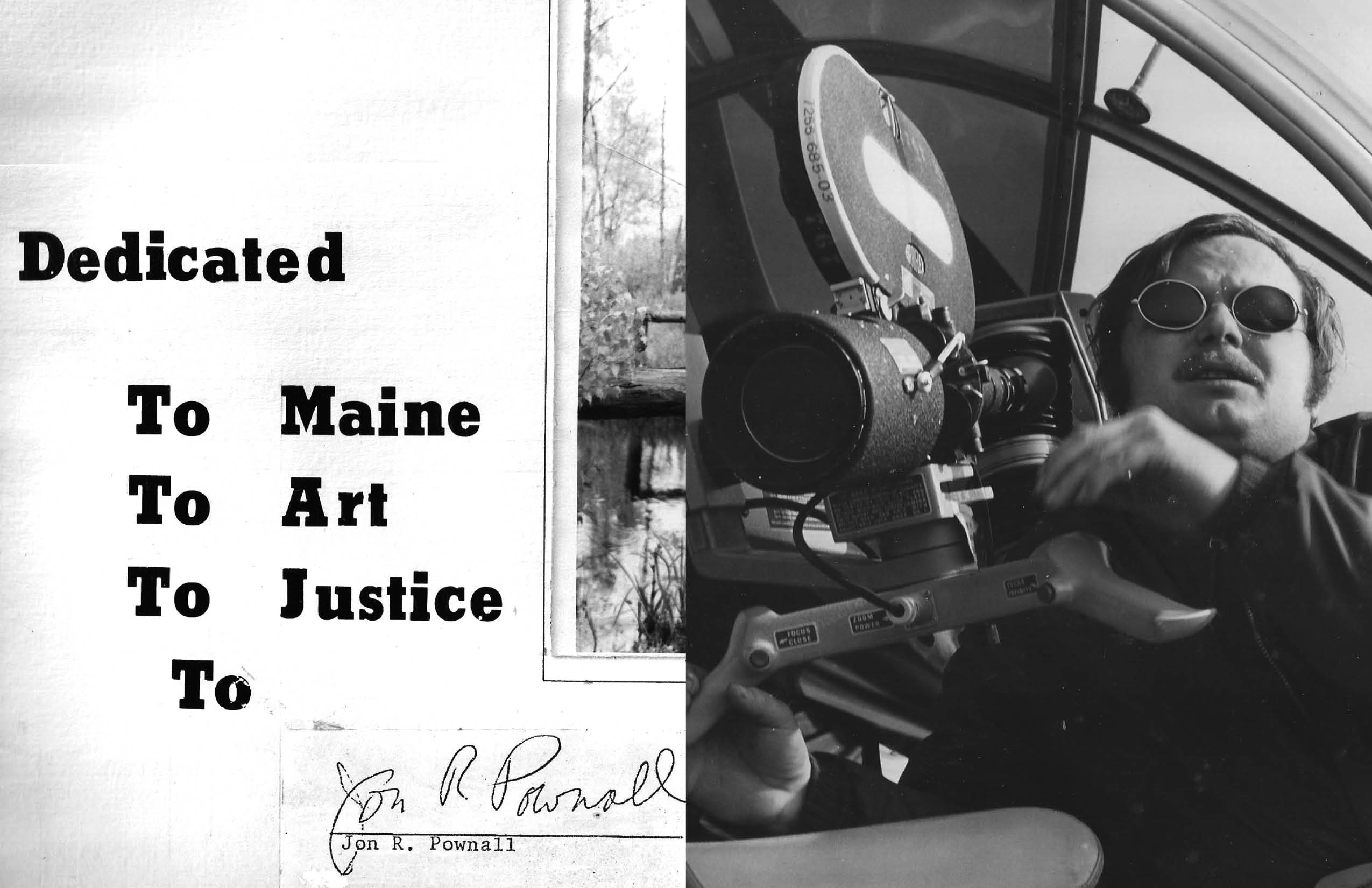
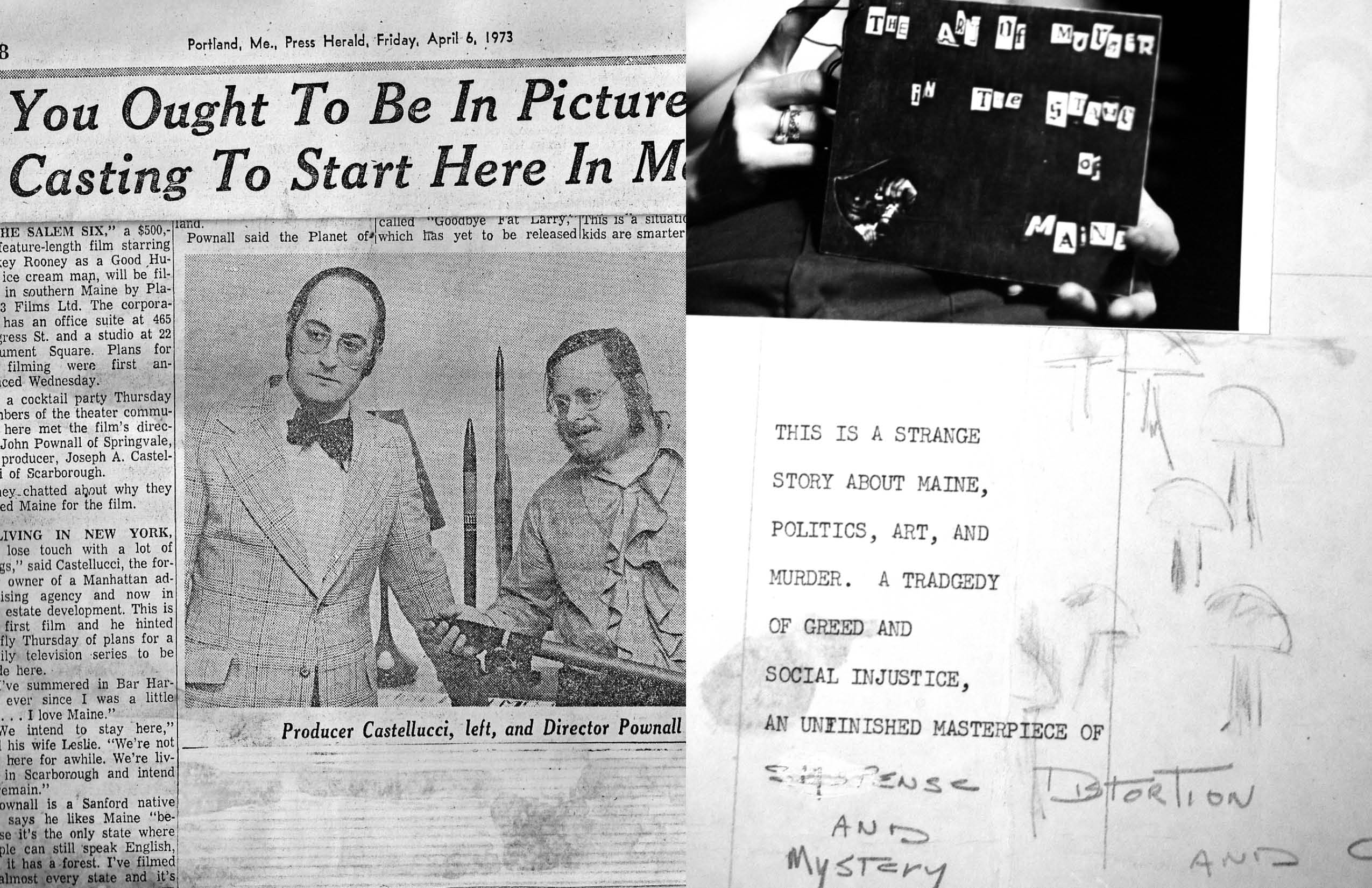
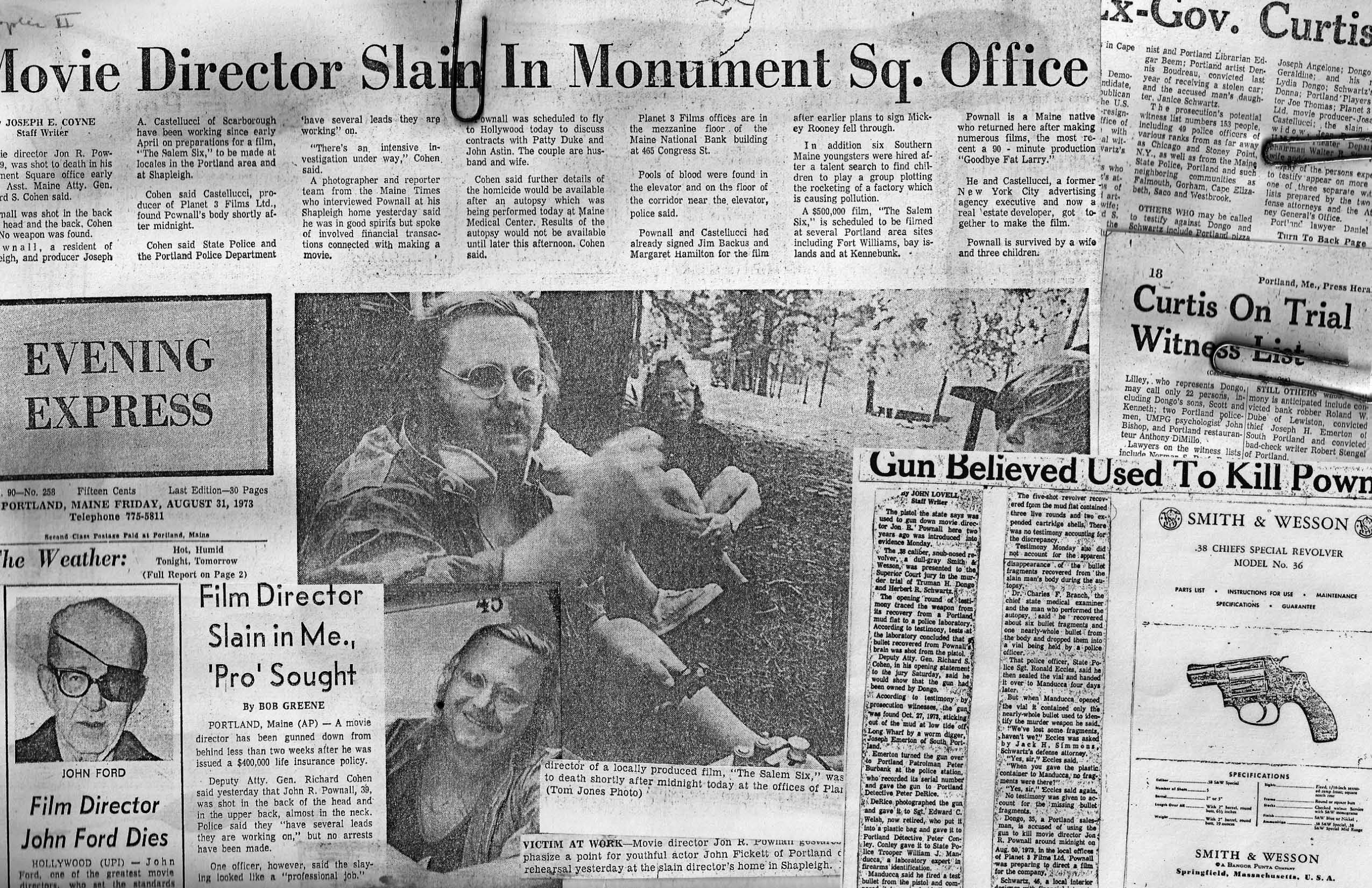
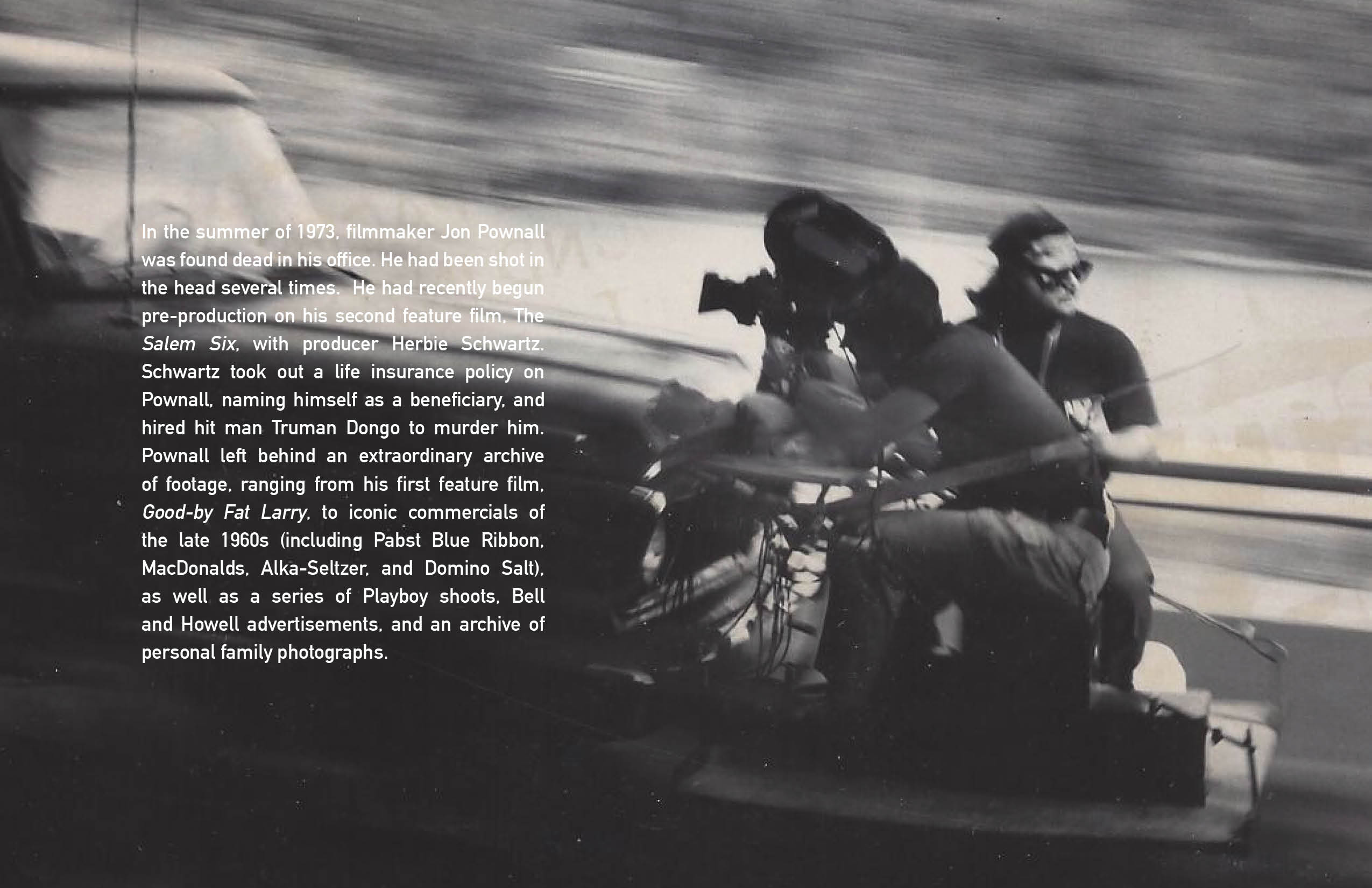
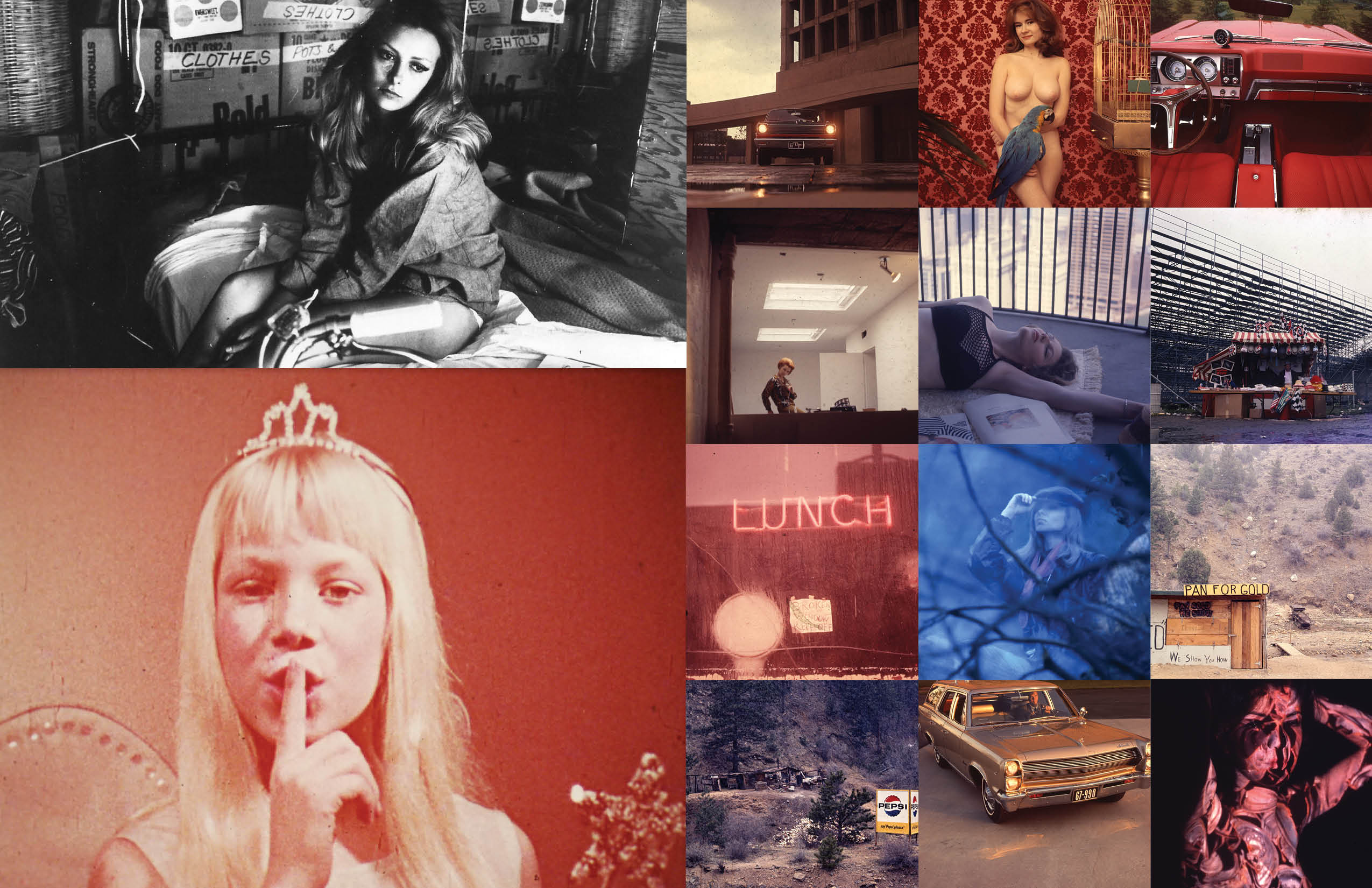
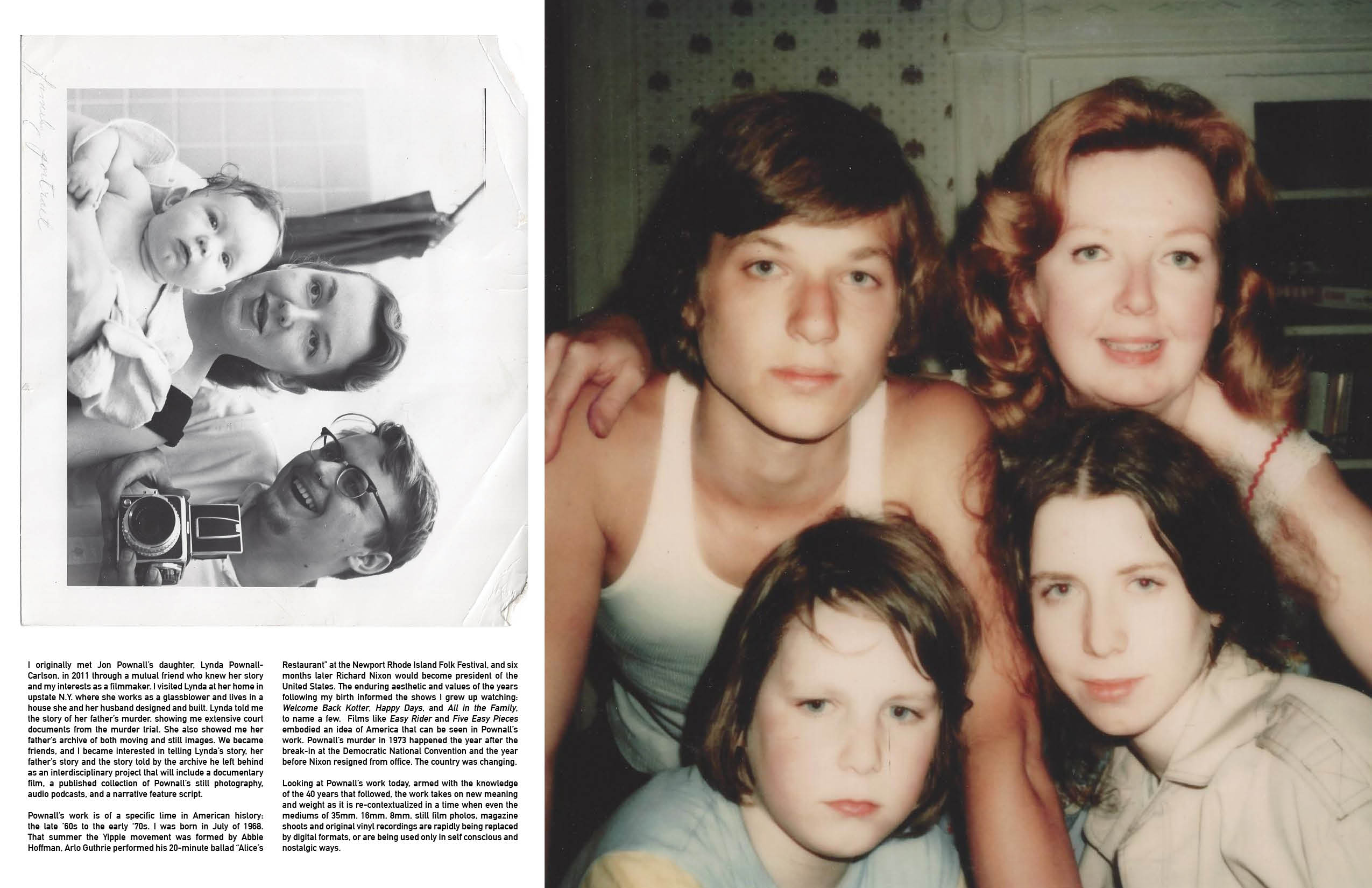
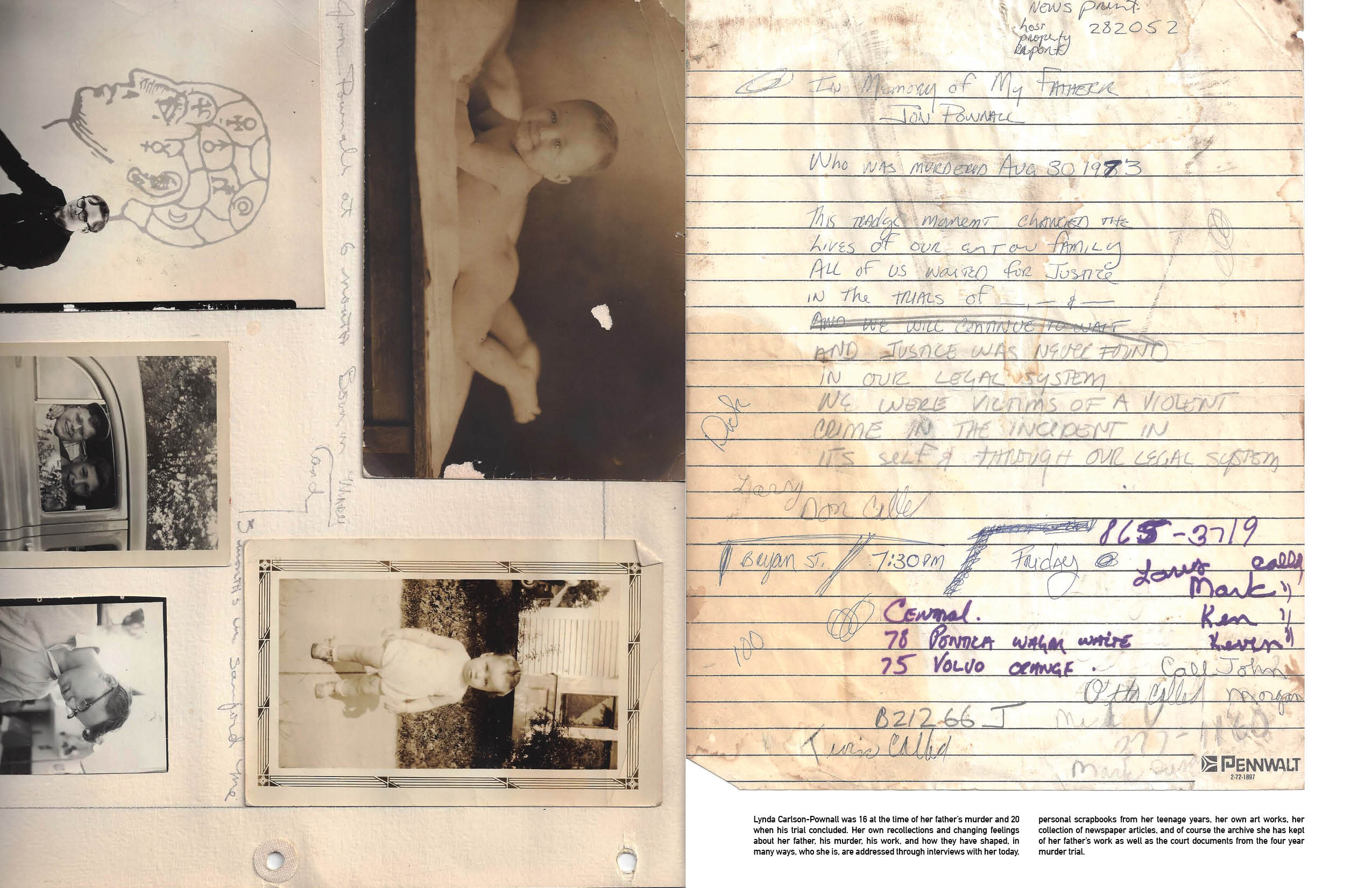
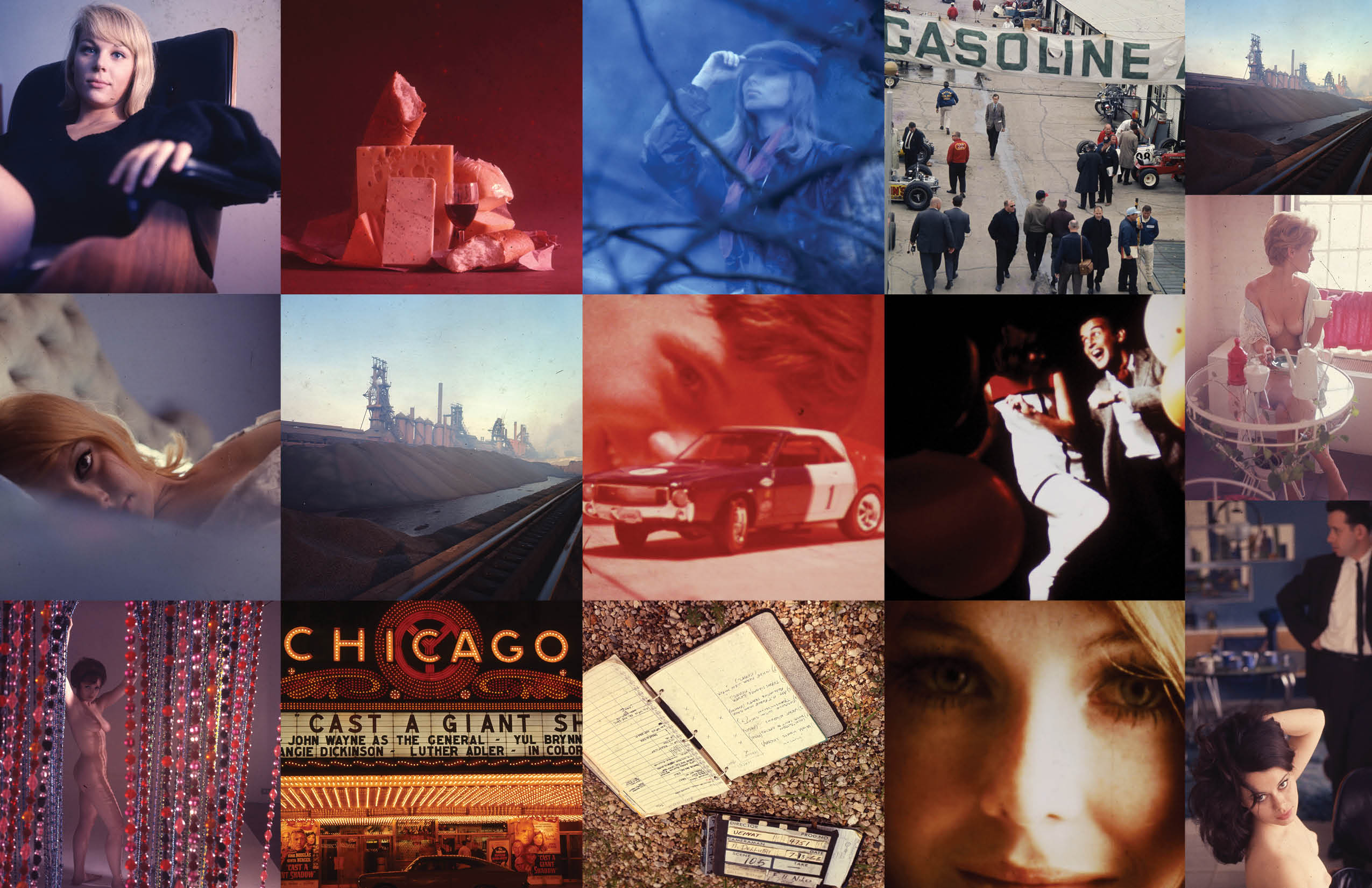
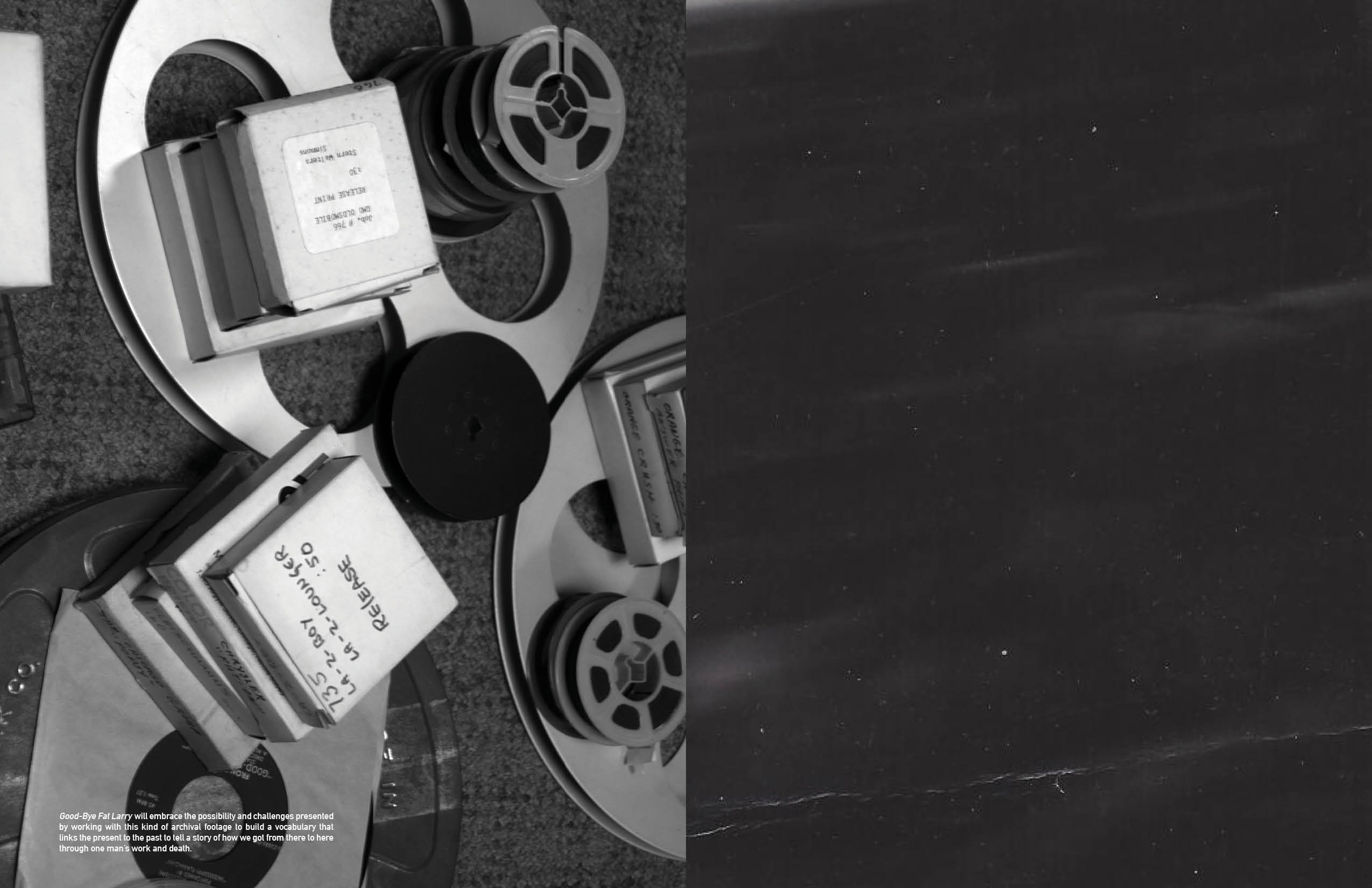
-
zingmagazine poster #10: Brandon Johnson
The Almighty Playboys
zingmagazine poster #10: Brandon Johnson
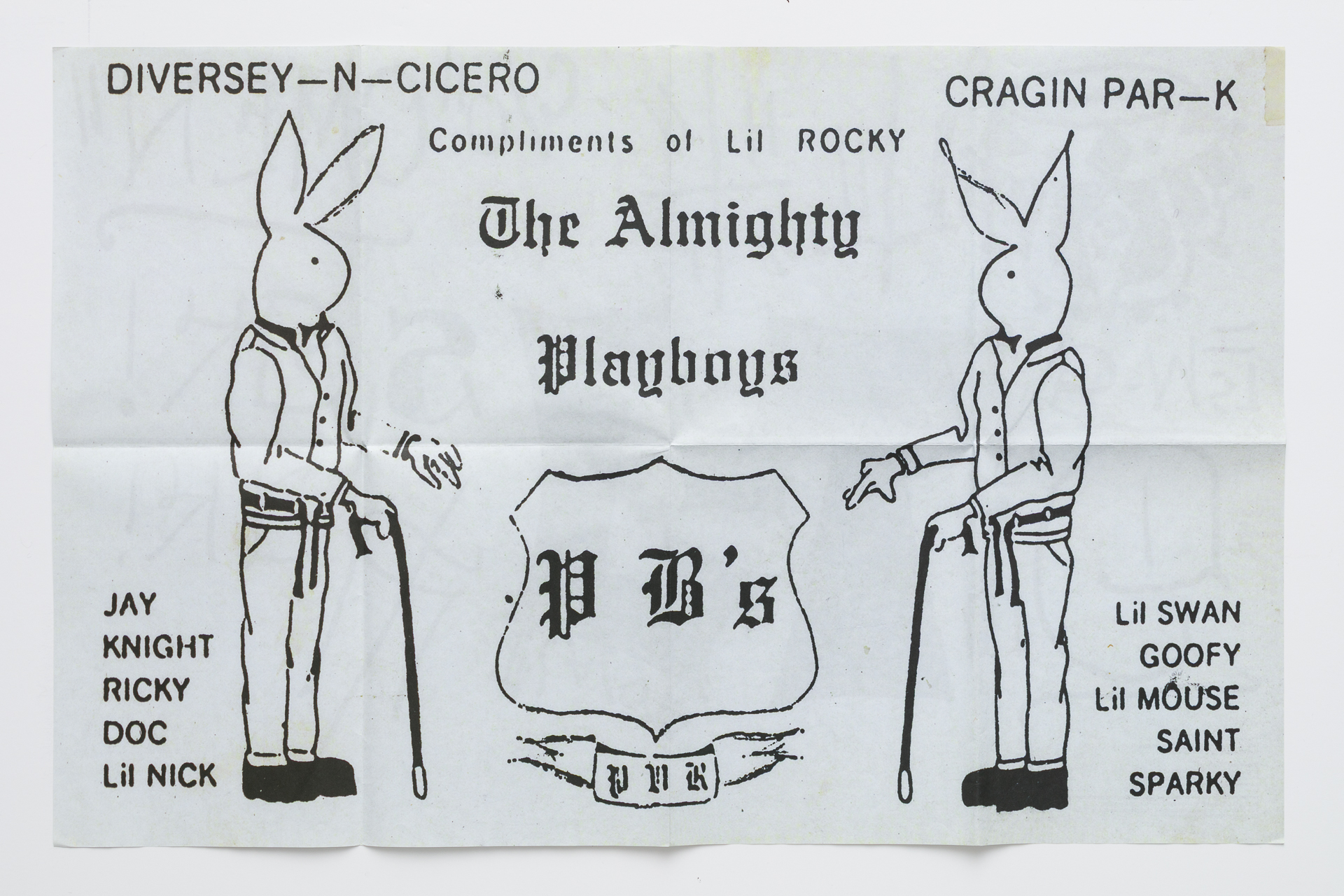
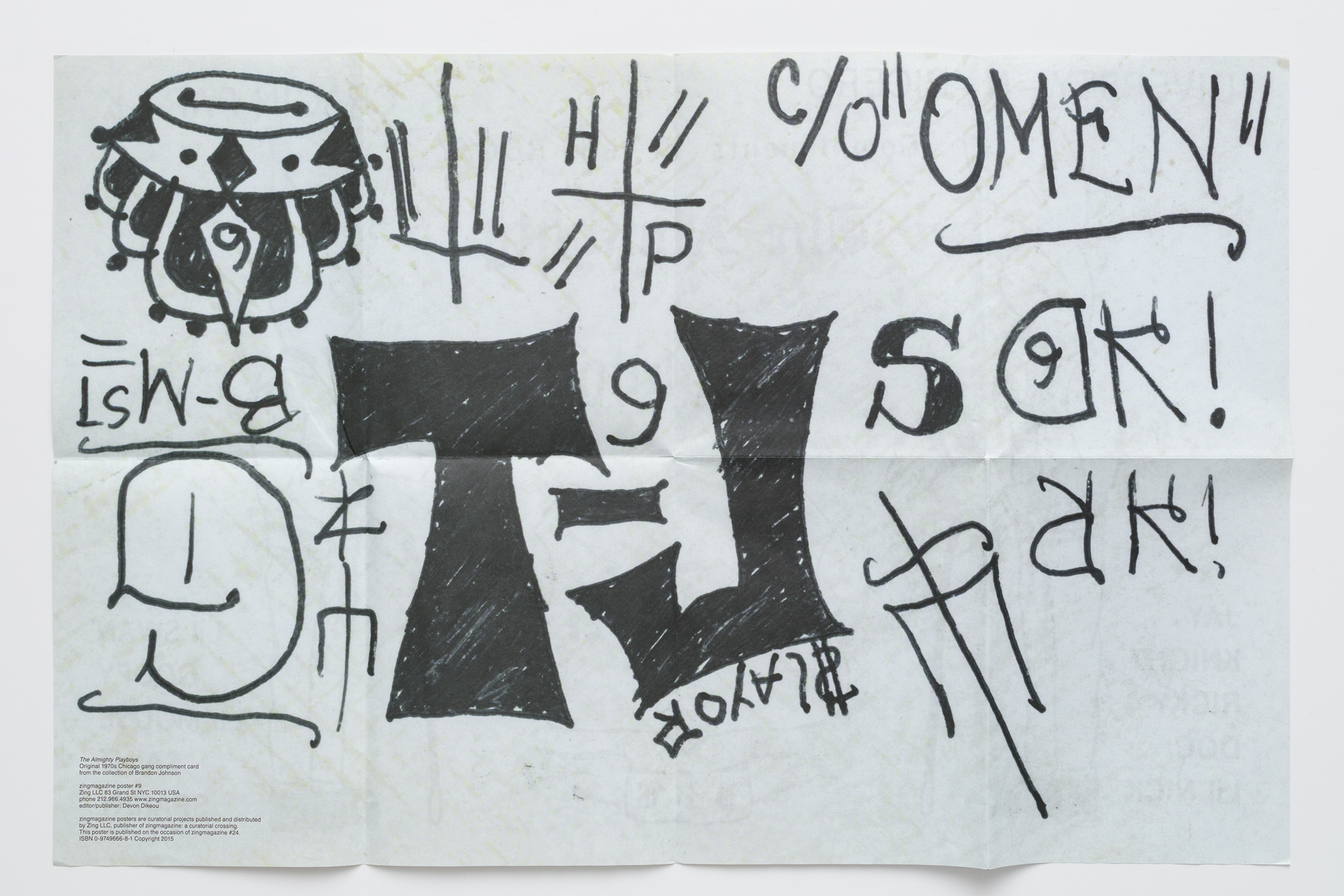
-
zingmagazine CD #10: Météo
Météo
zingmagazine CD #10: Météo

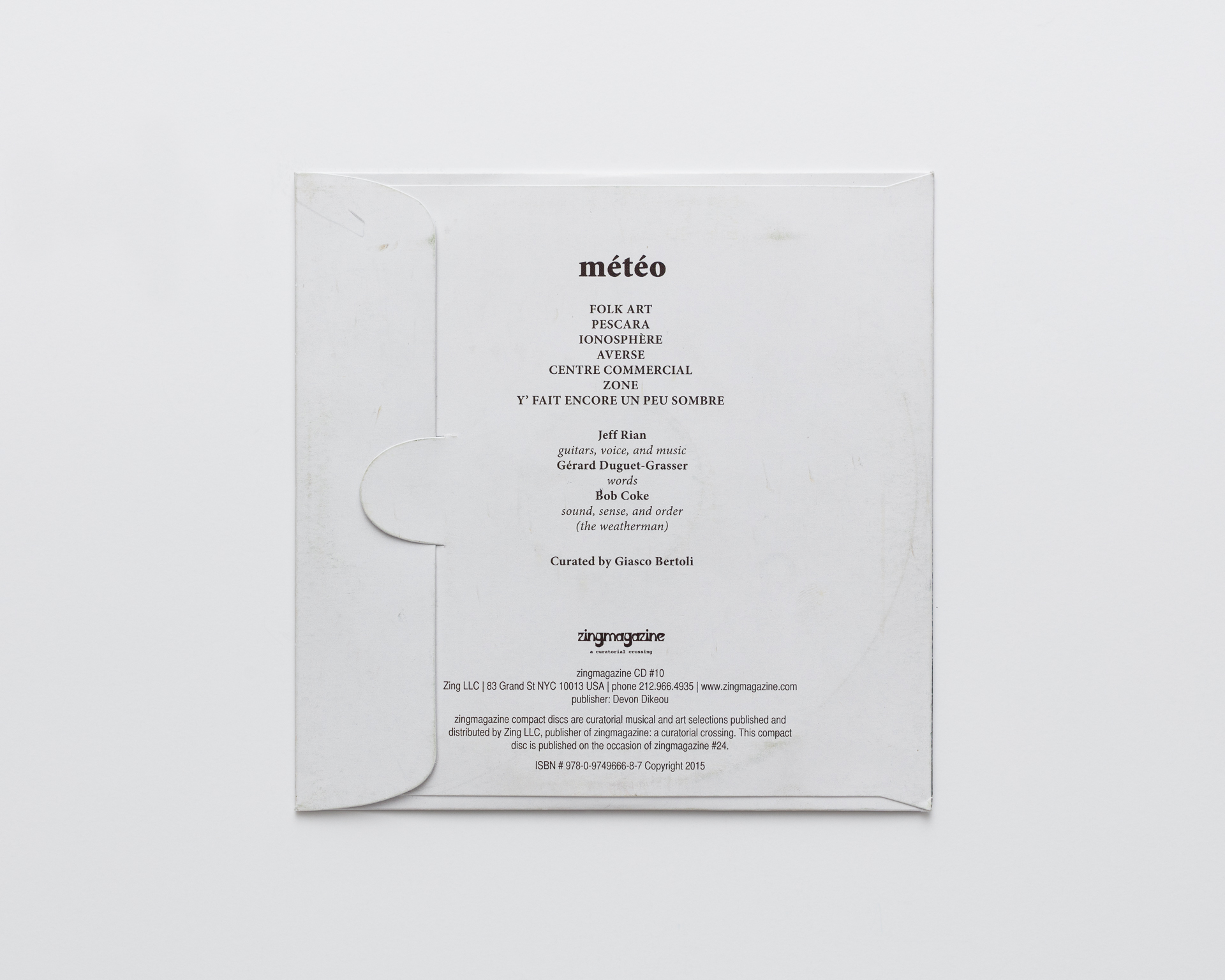
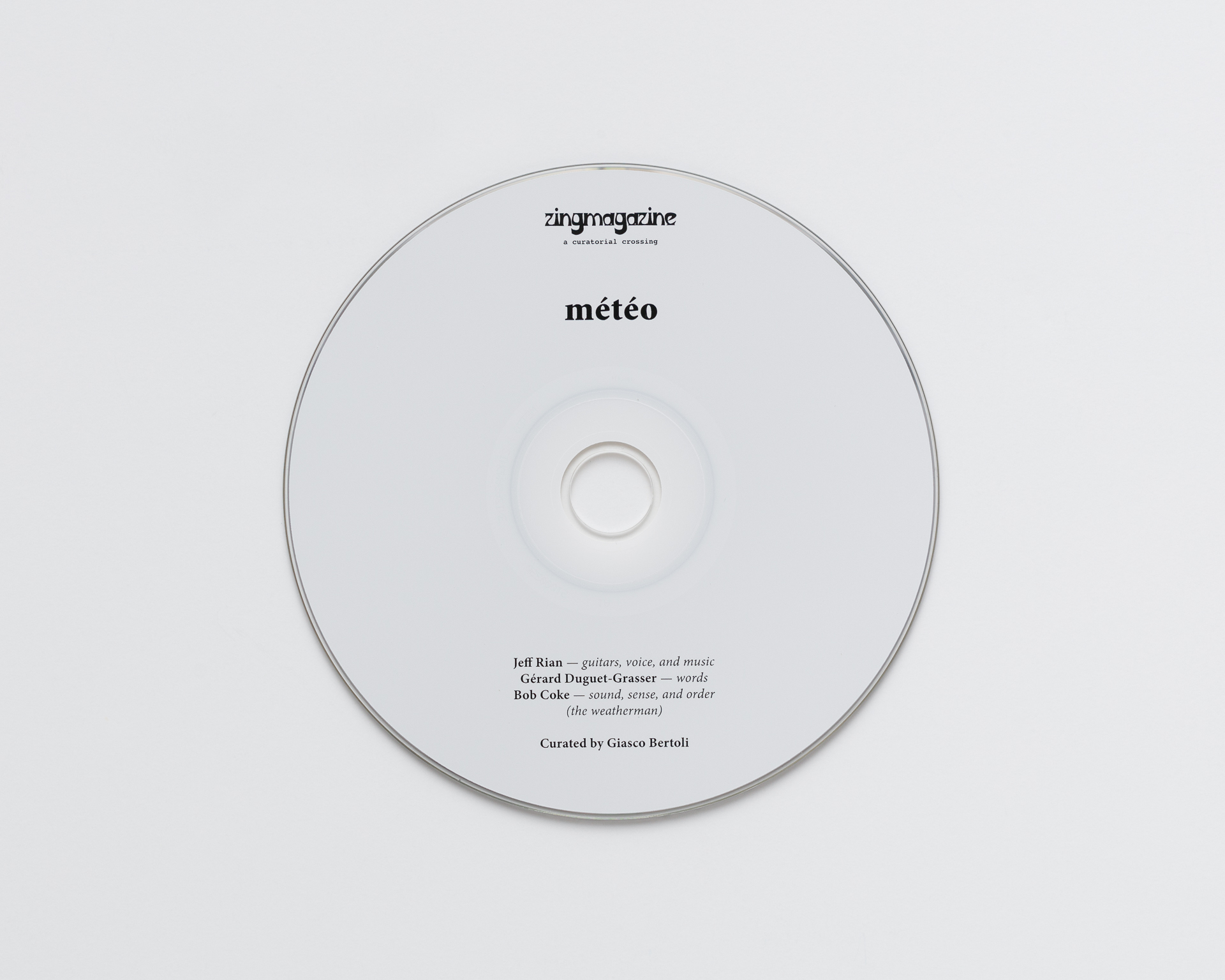
1. "Folk Art"
2. "Pescara"
3. "Ionosphere"
4. "Averse"
5. "Centre Commercial"
6. "Zone"
7. "Y' Fait Encore Un Peu Sombre"
-
zingmagazine special project: Olav Westphalen
zingmagazine special project: Olav Westphalen
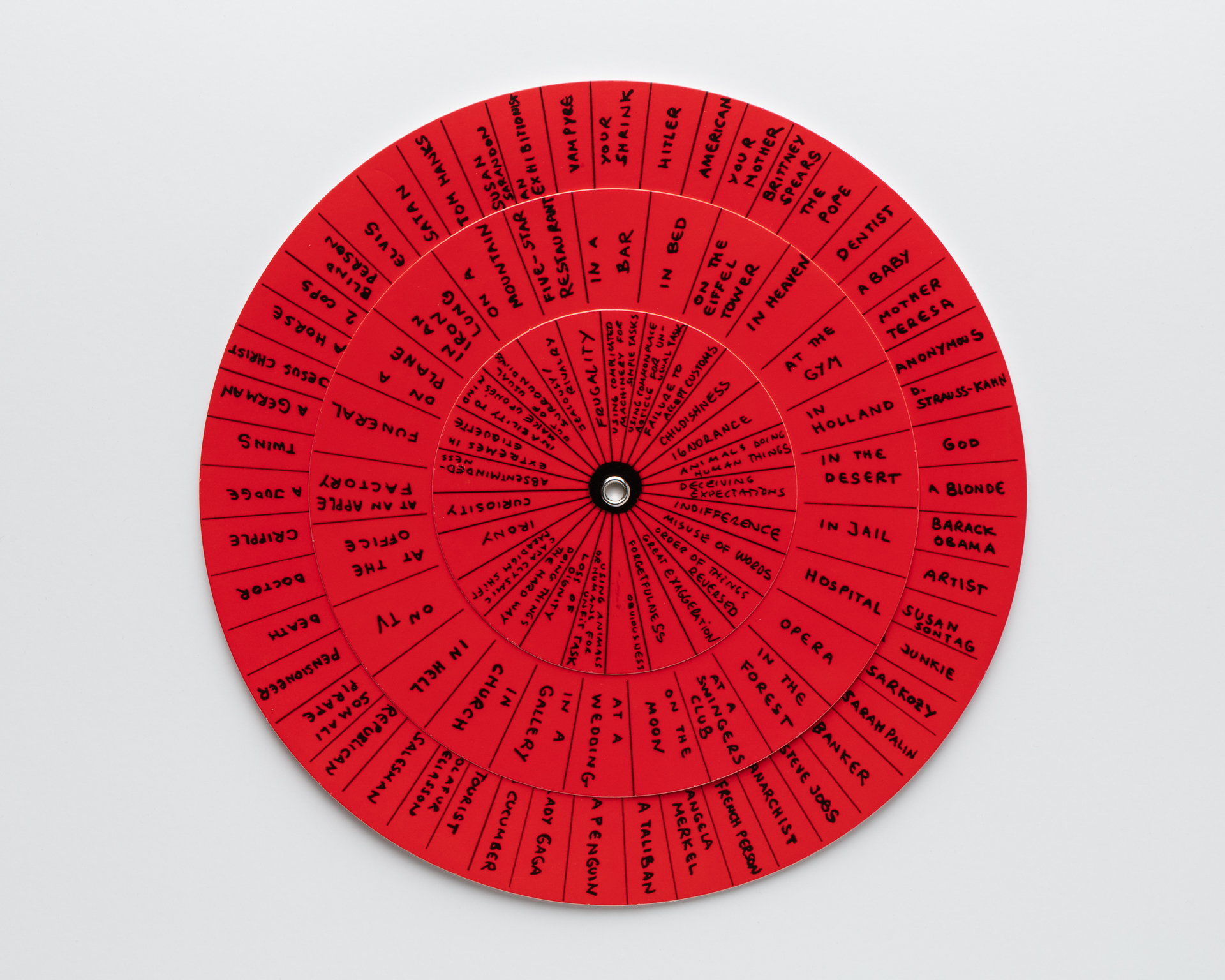
-
zingmagazine book #9: Brandon Johnson
Far From The Madding Crowd: Perspectives On The Life And Work Of Dan Asher
zingmagazine book #9: Brandon Johnson
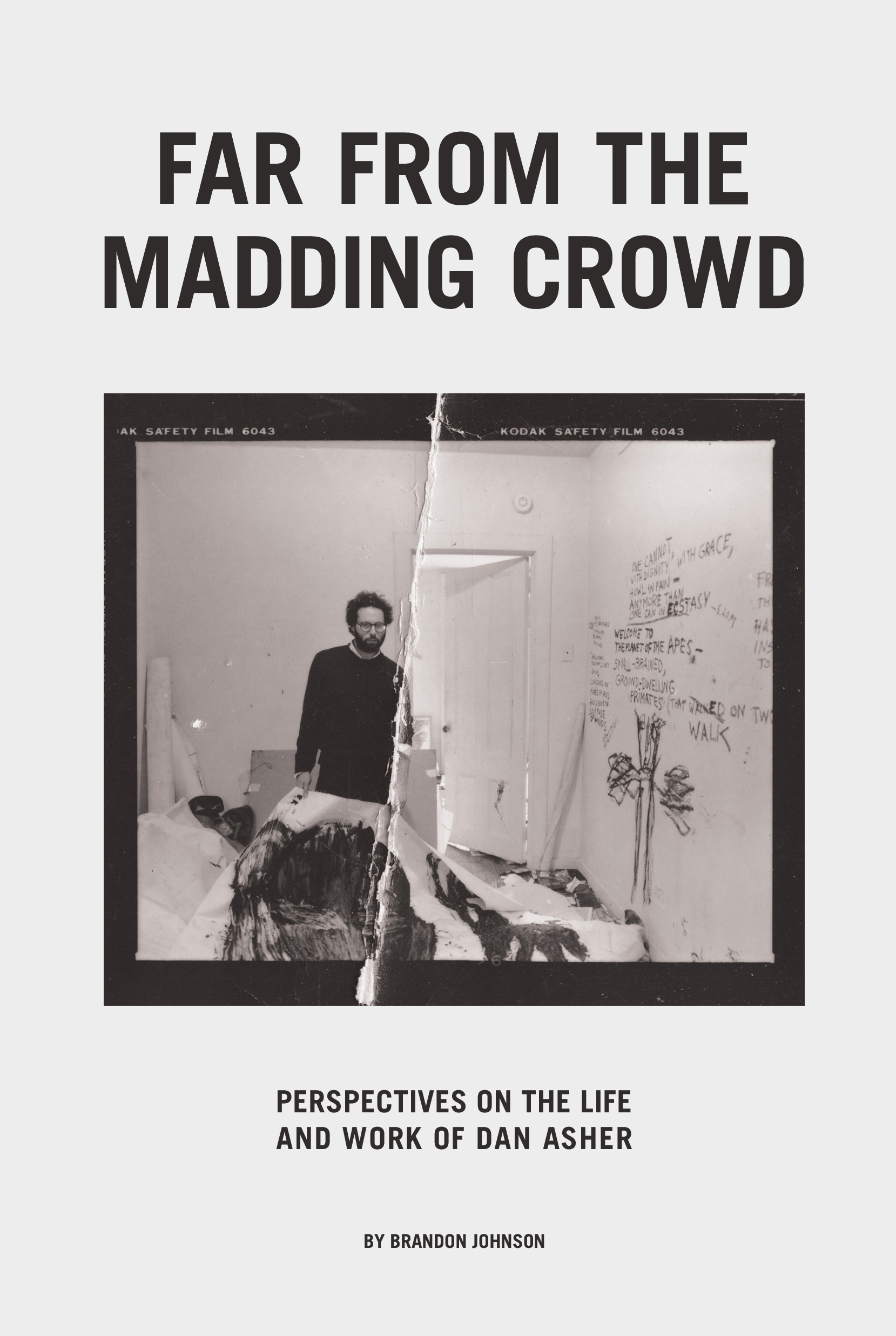
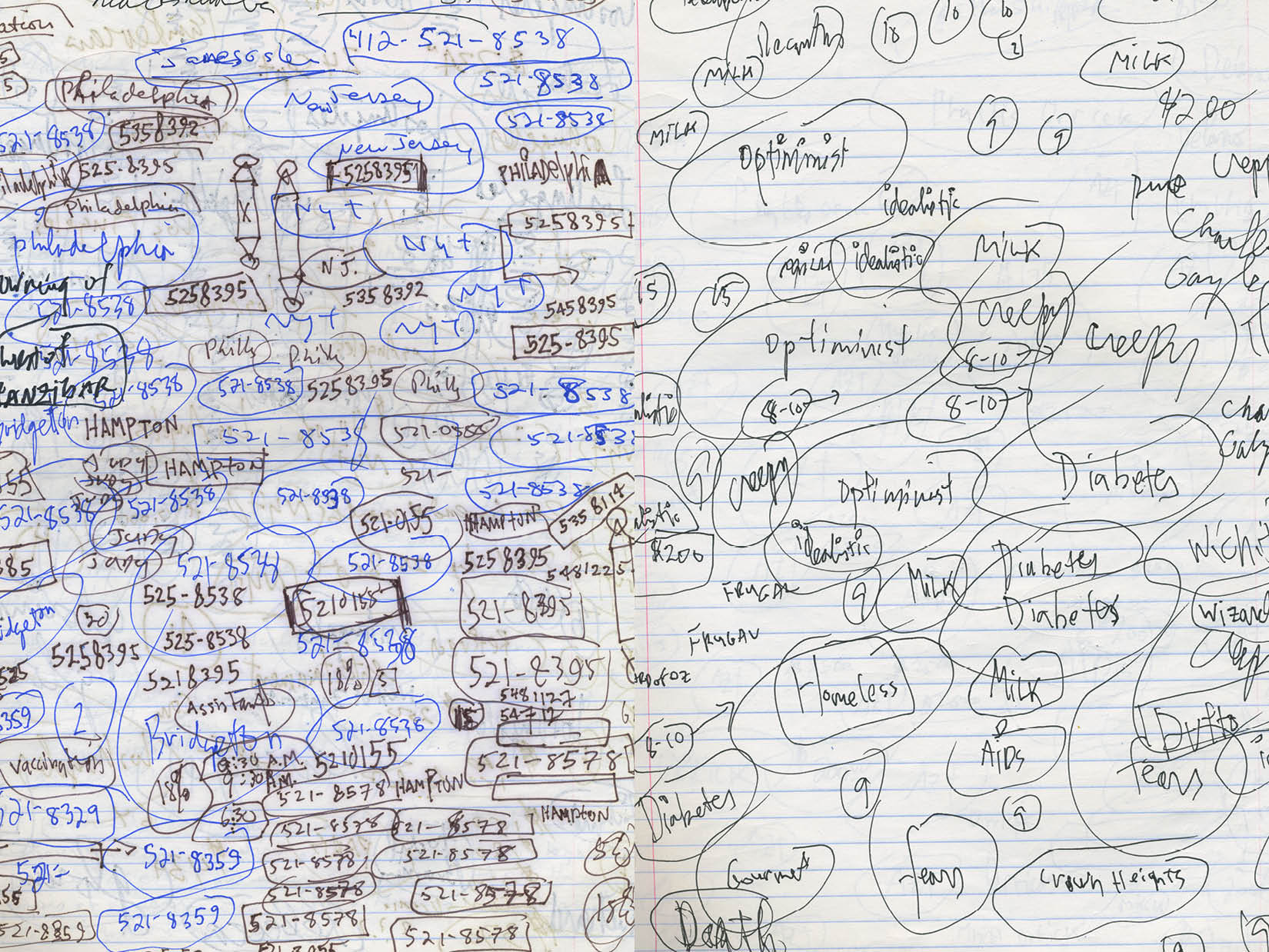
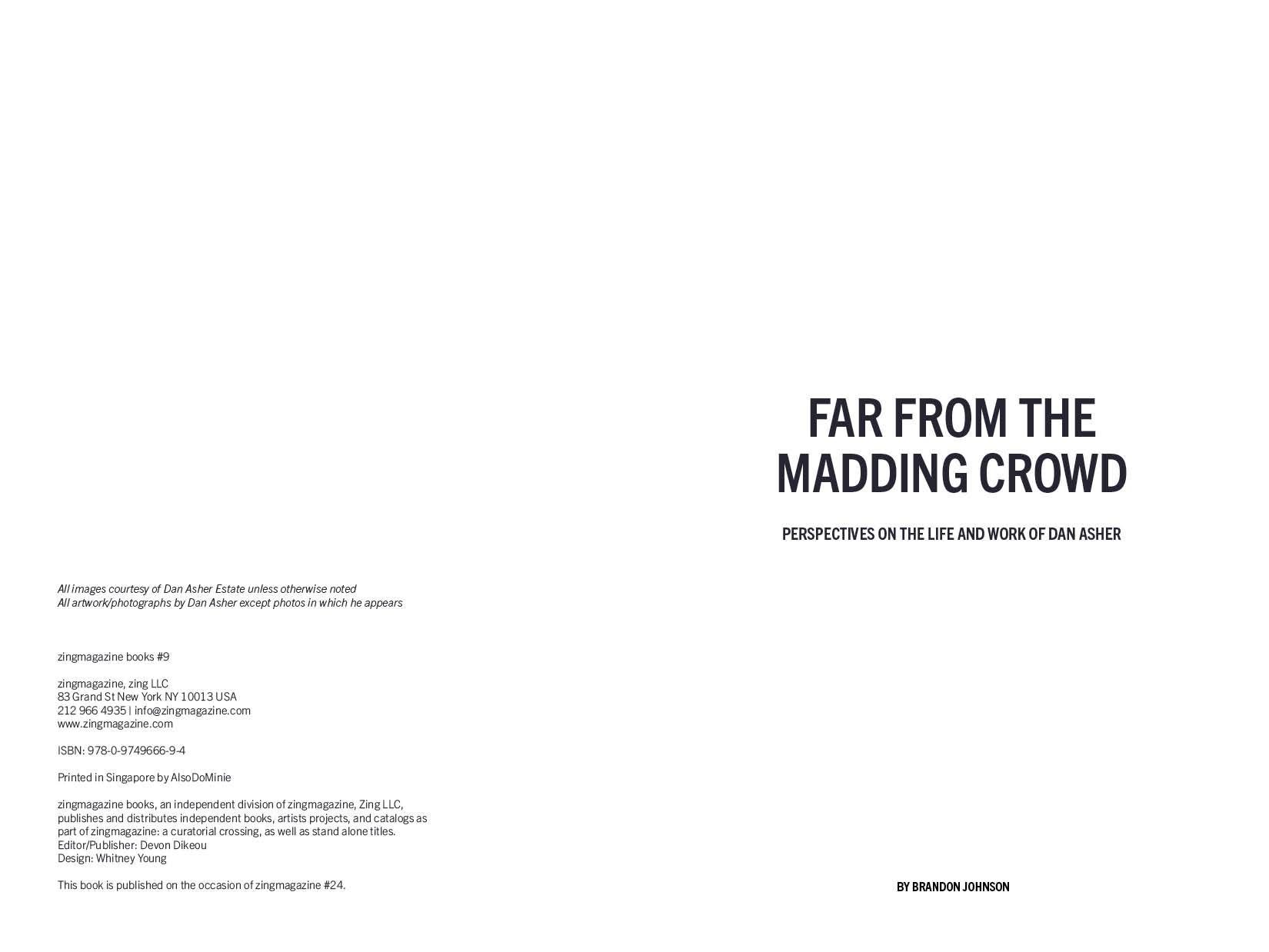
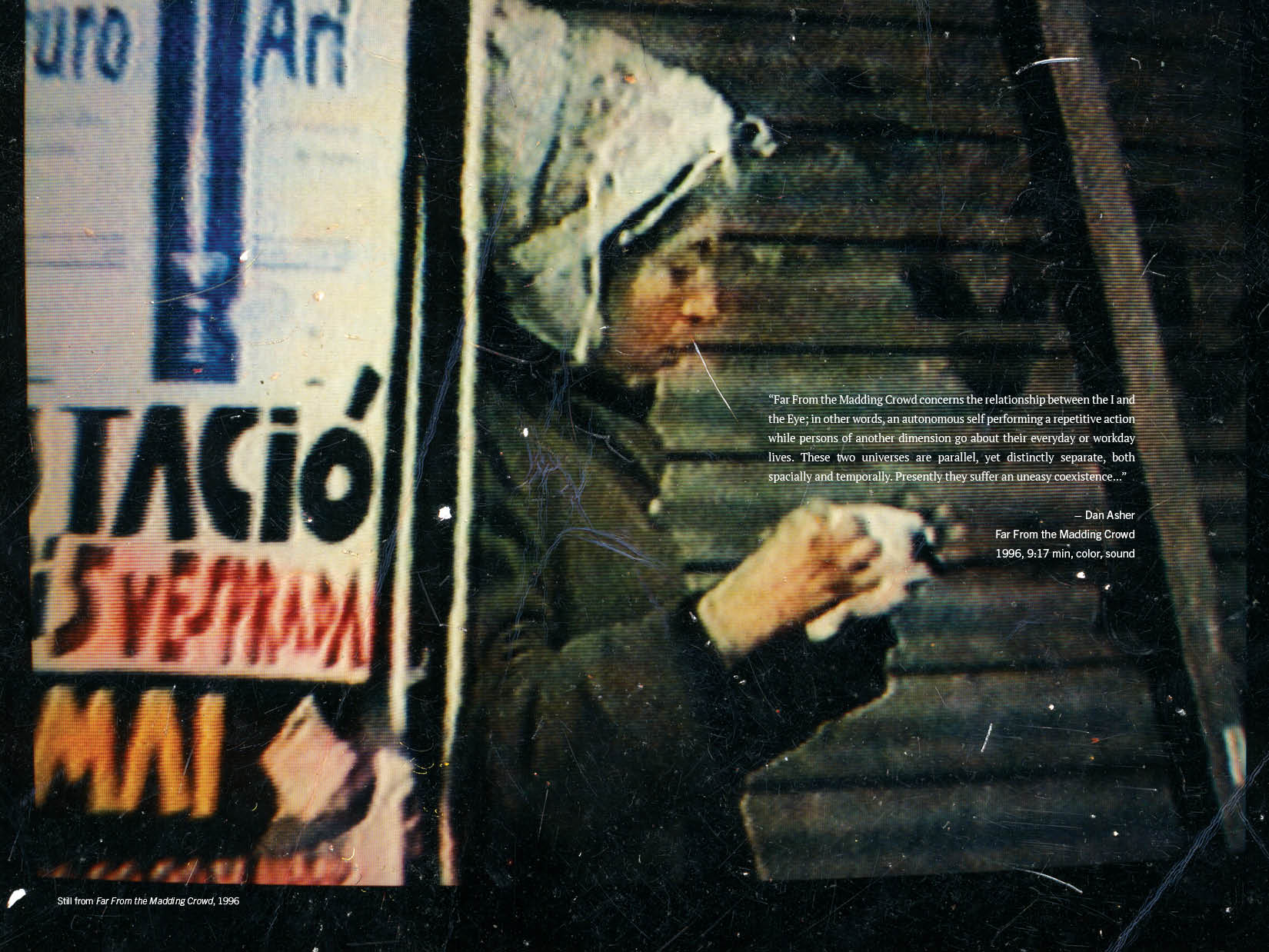
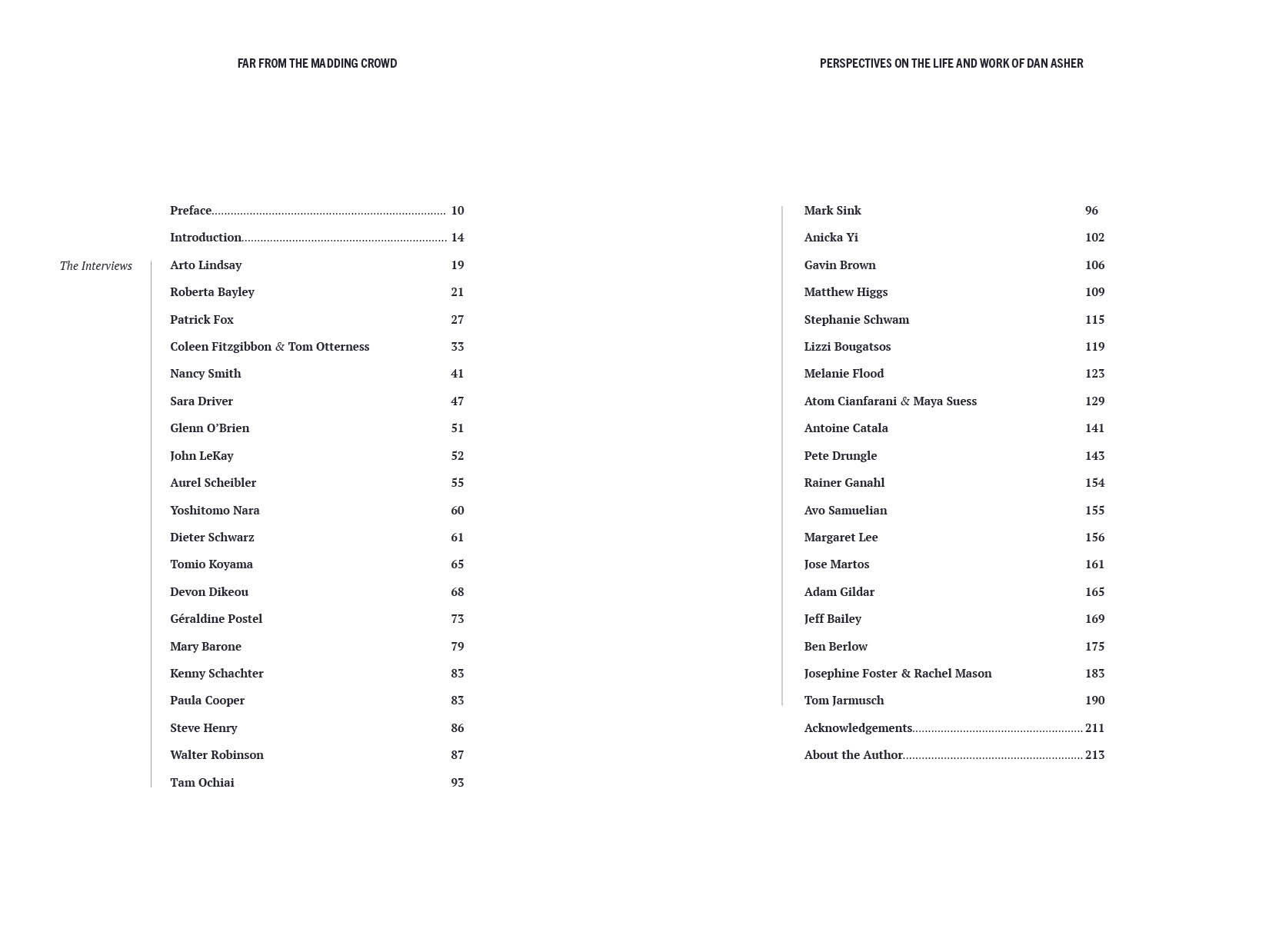


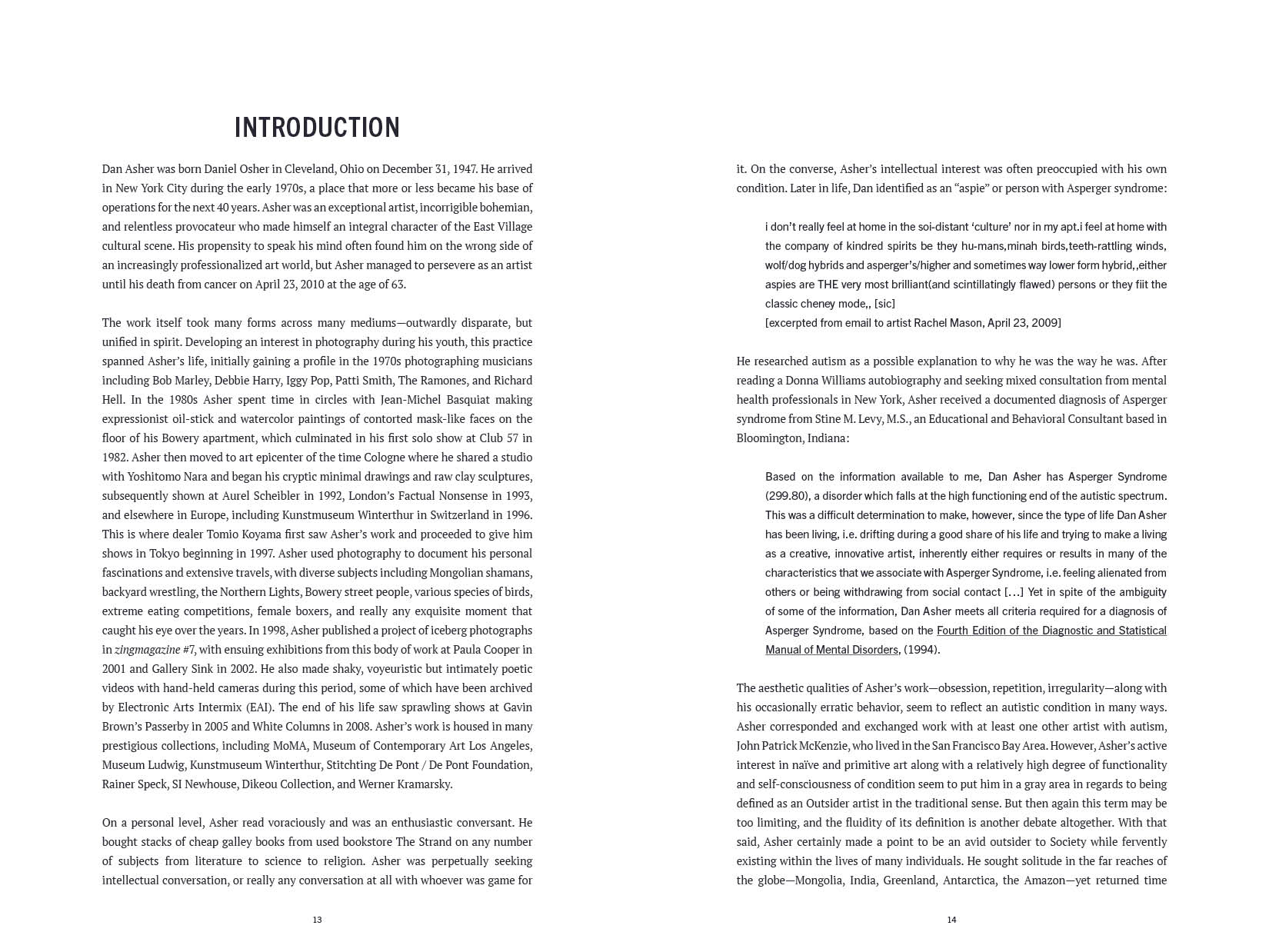
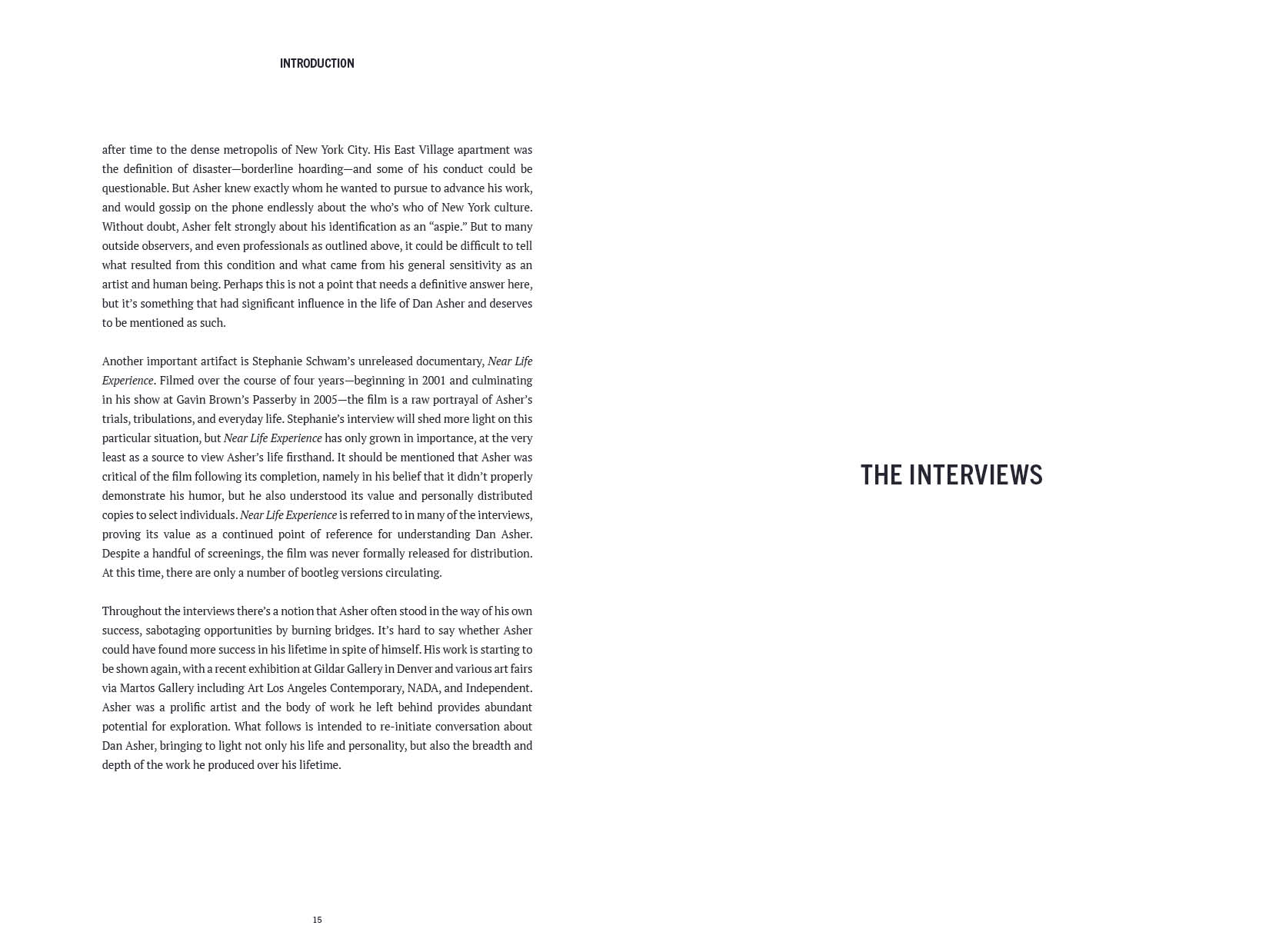
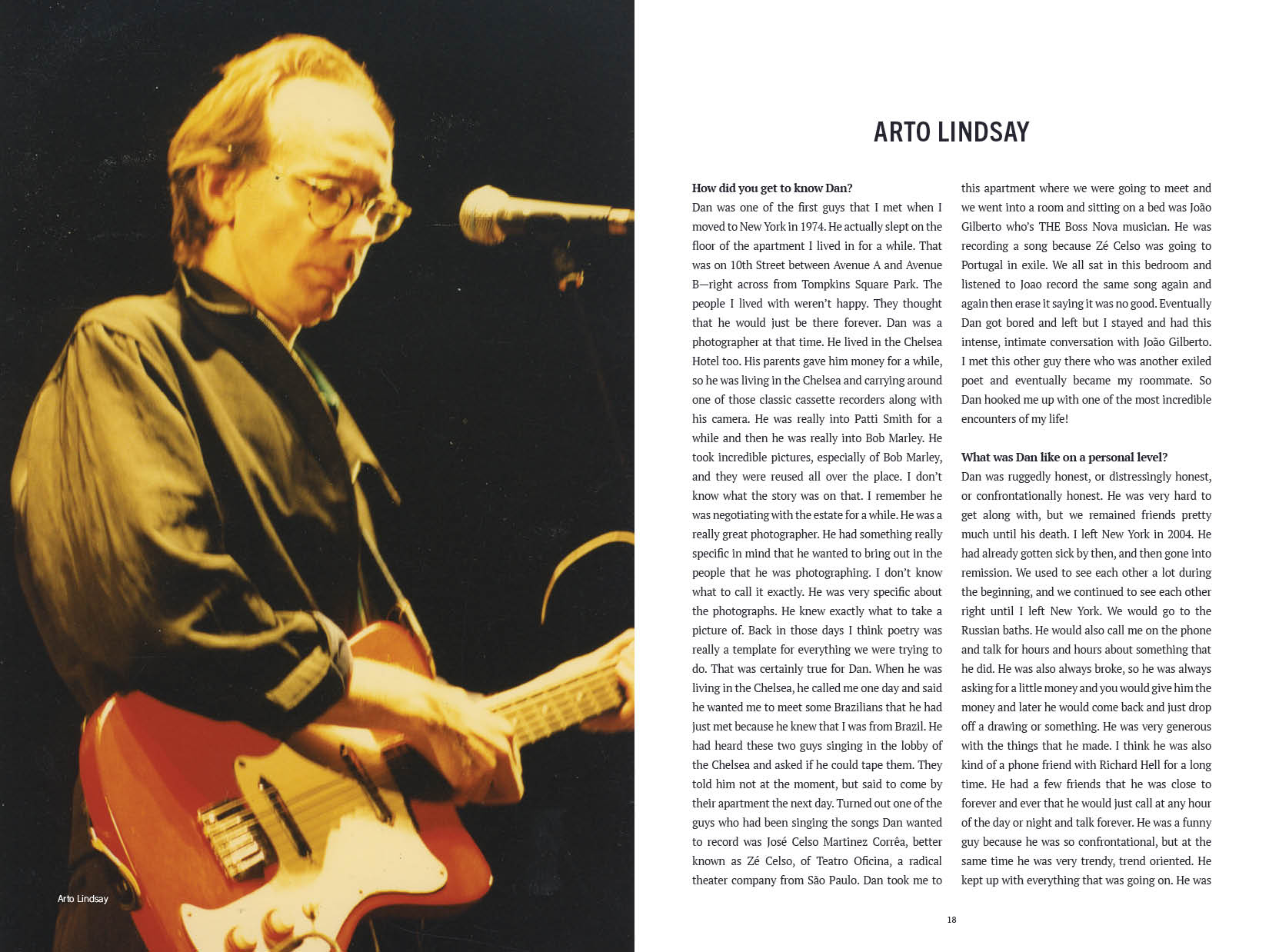
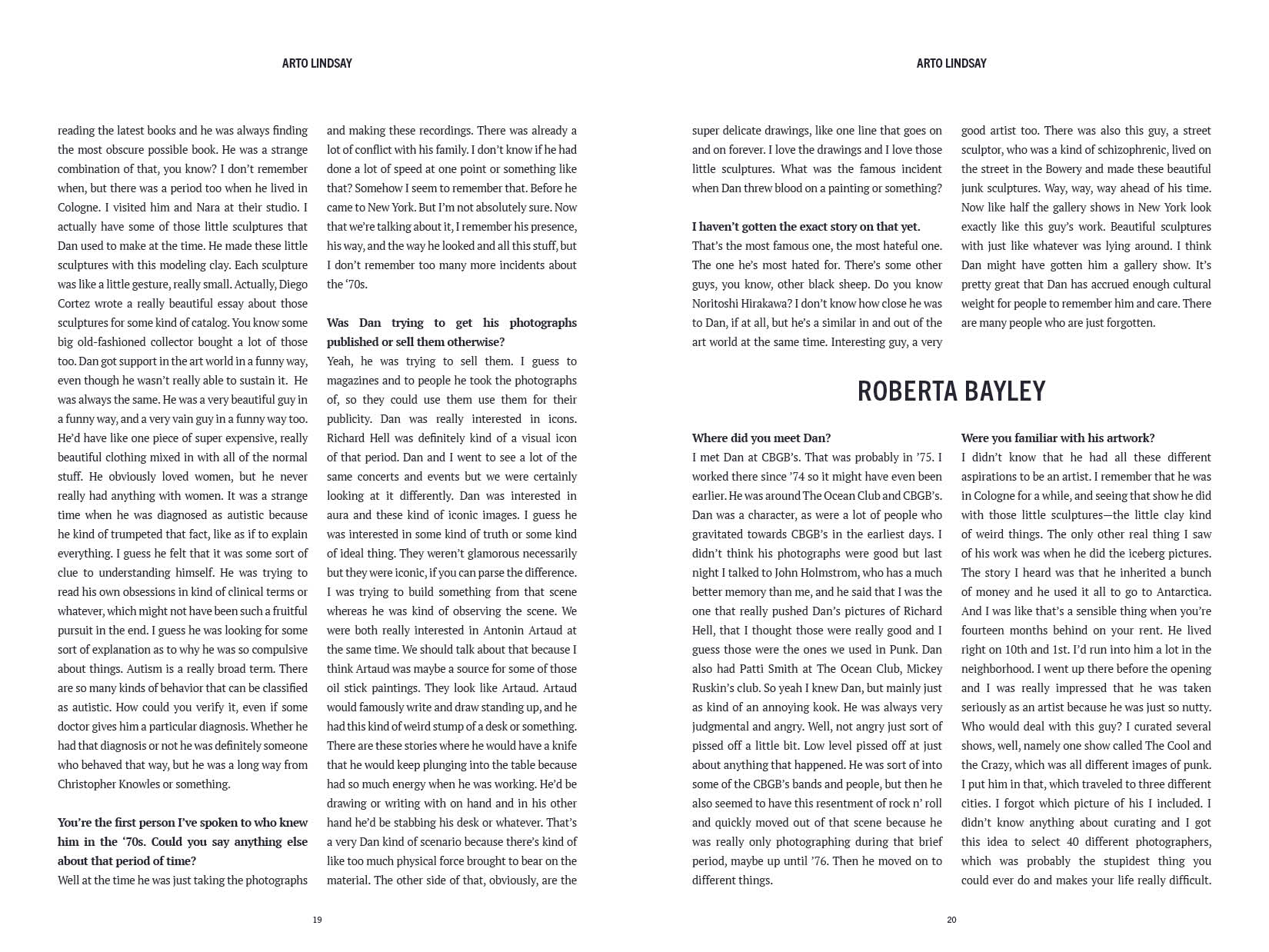
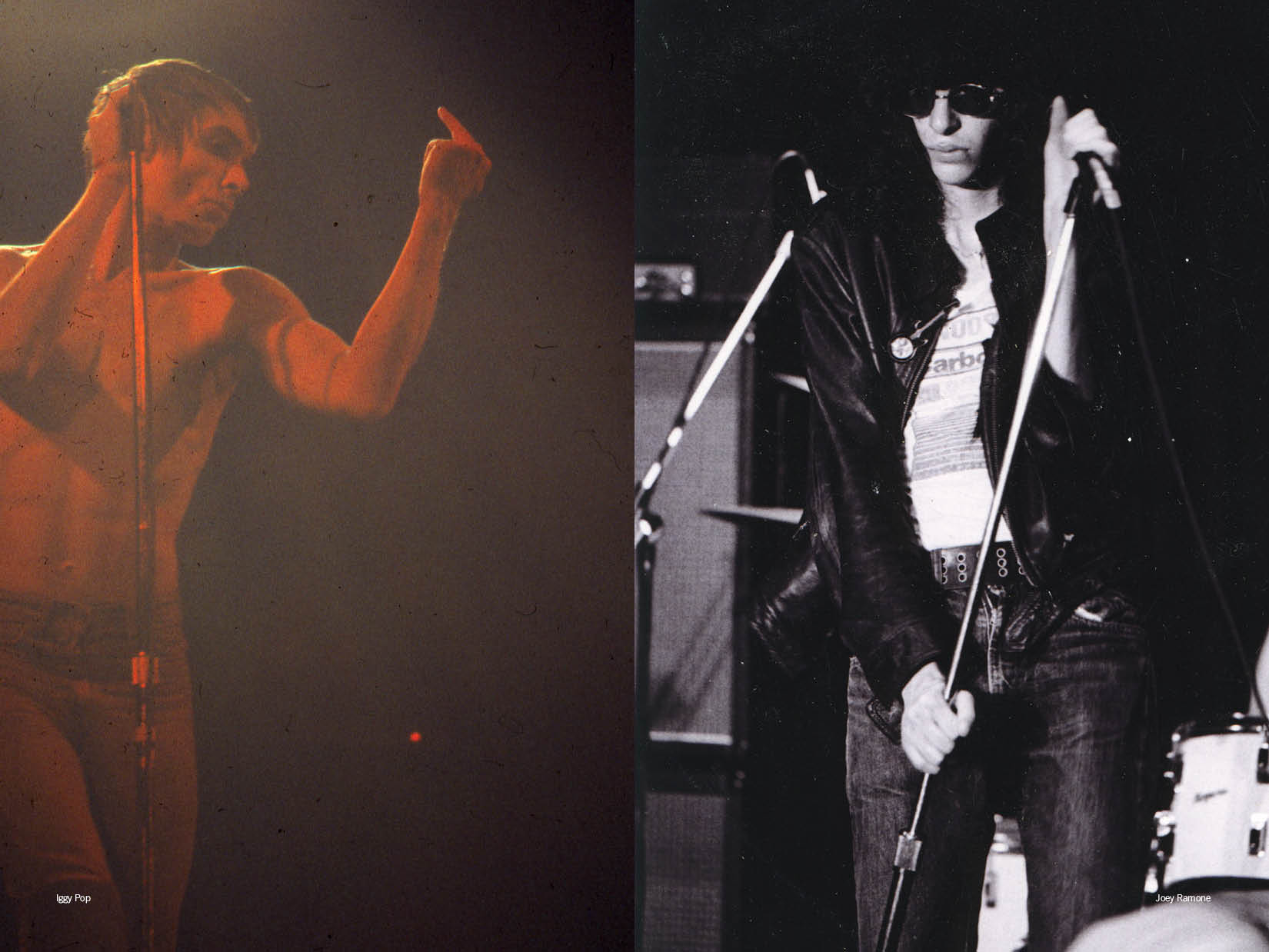

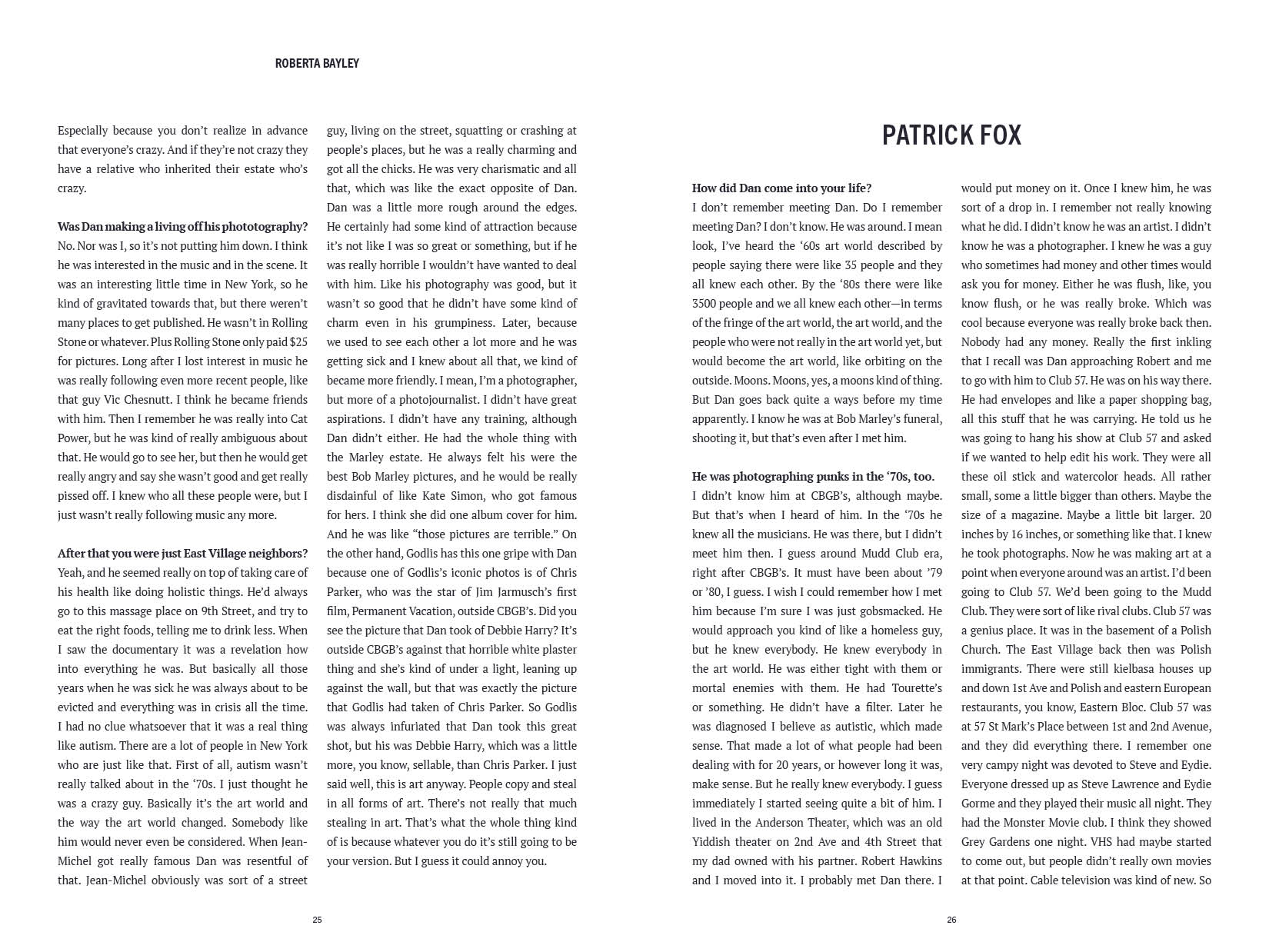
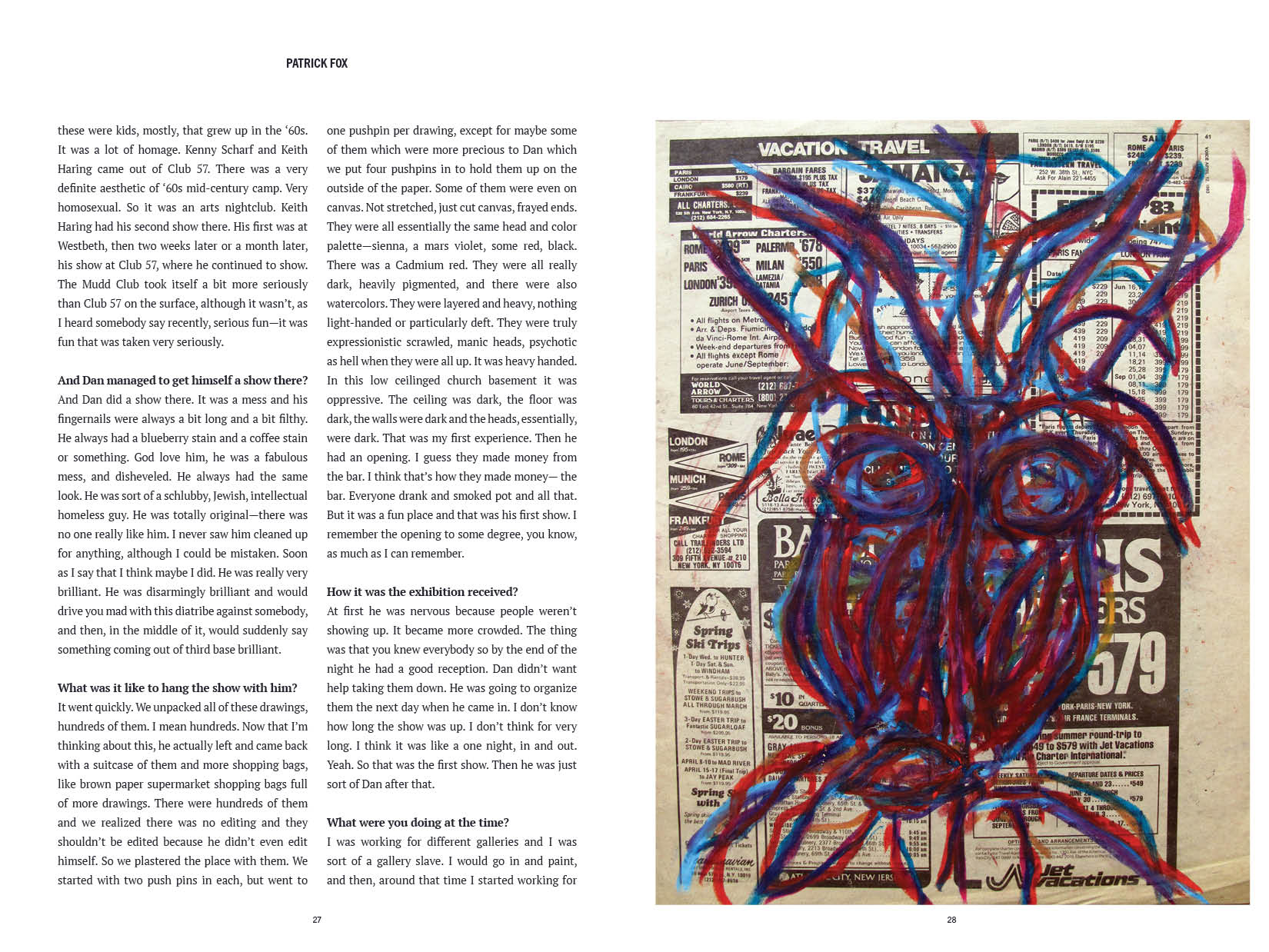
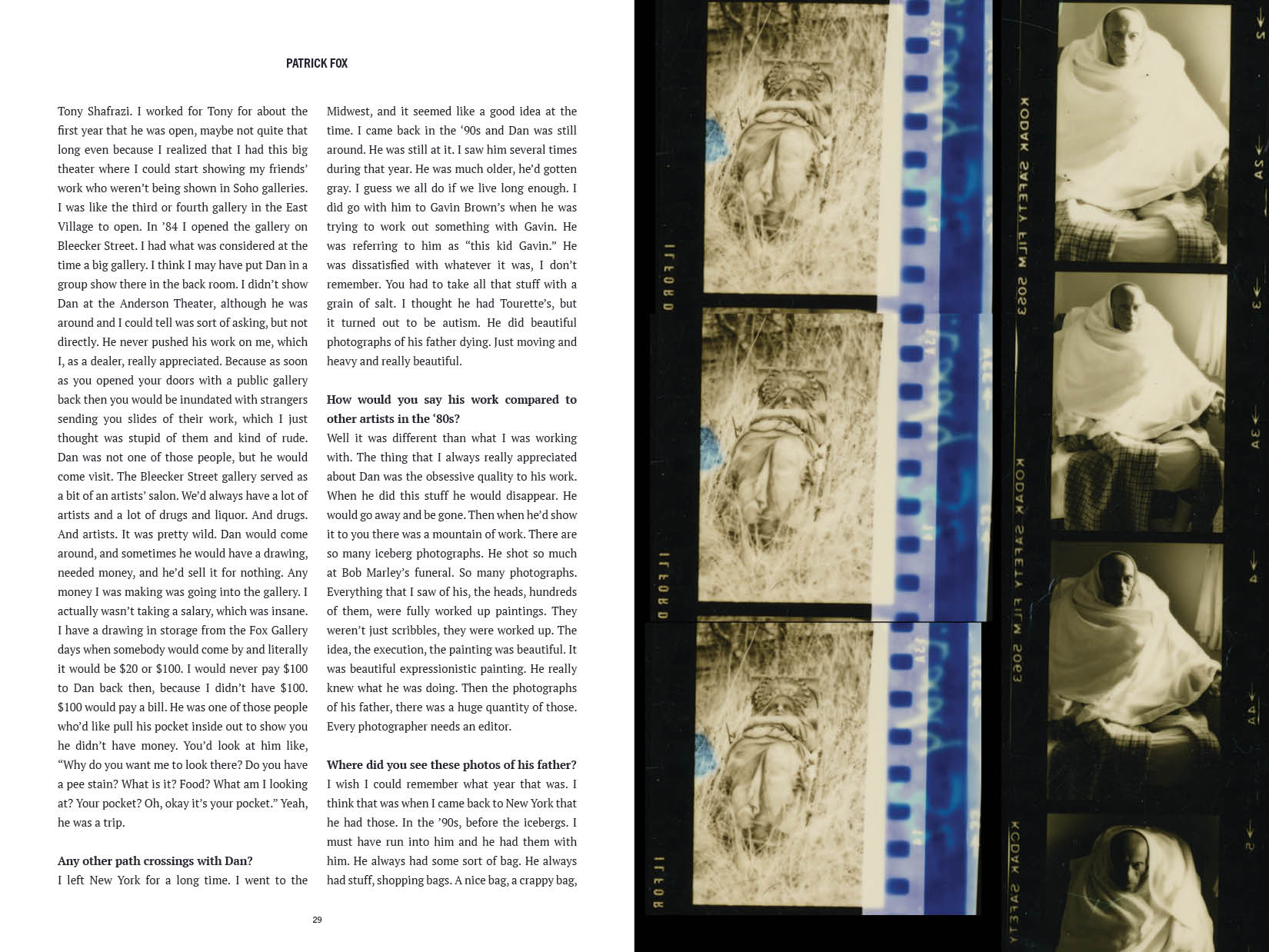
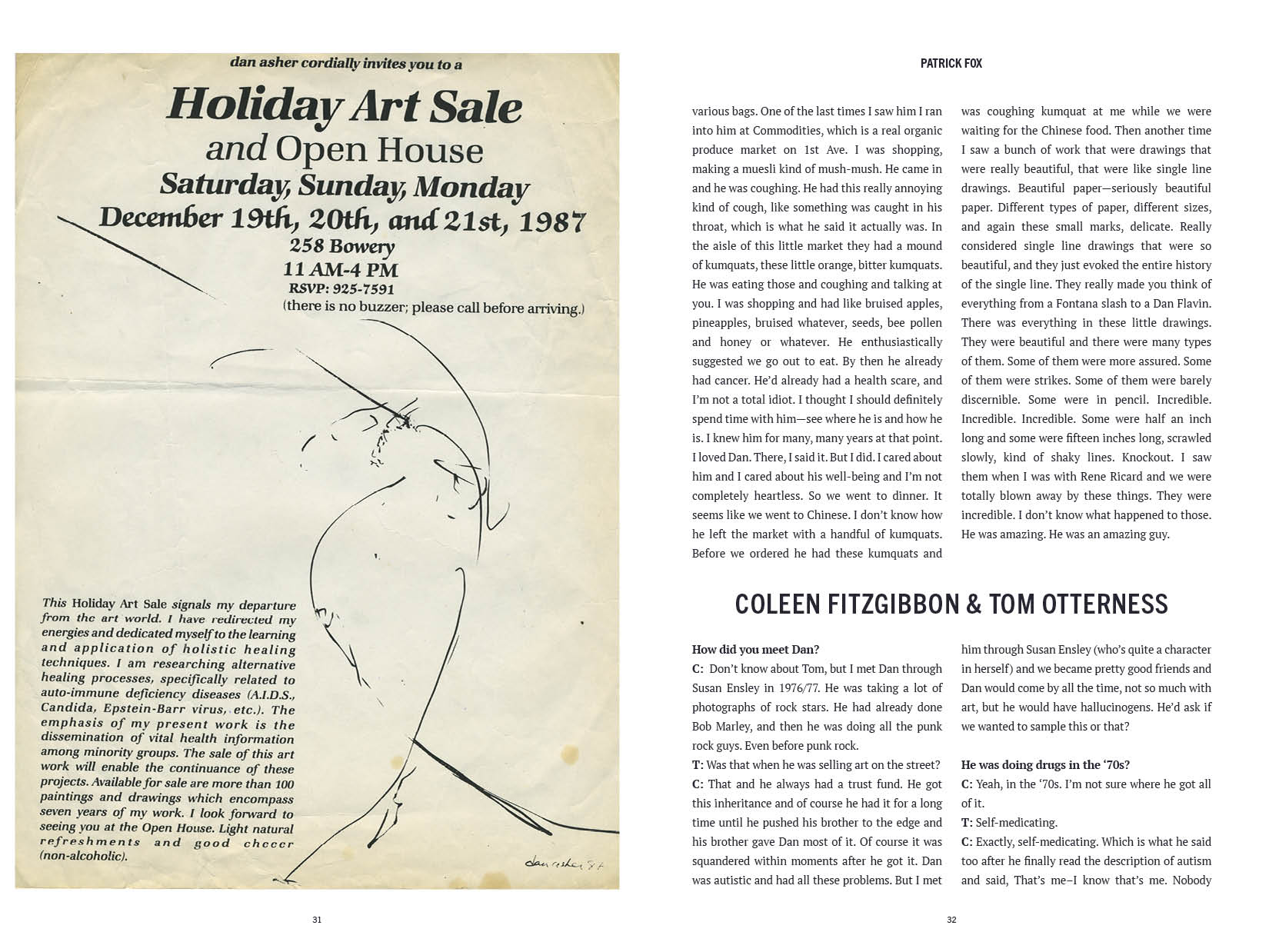
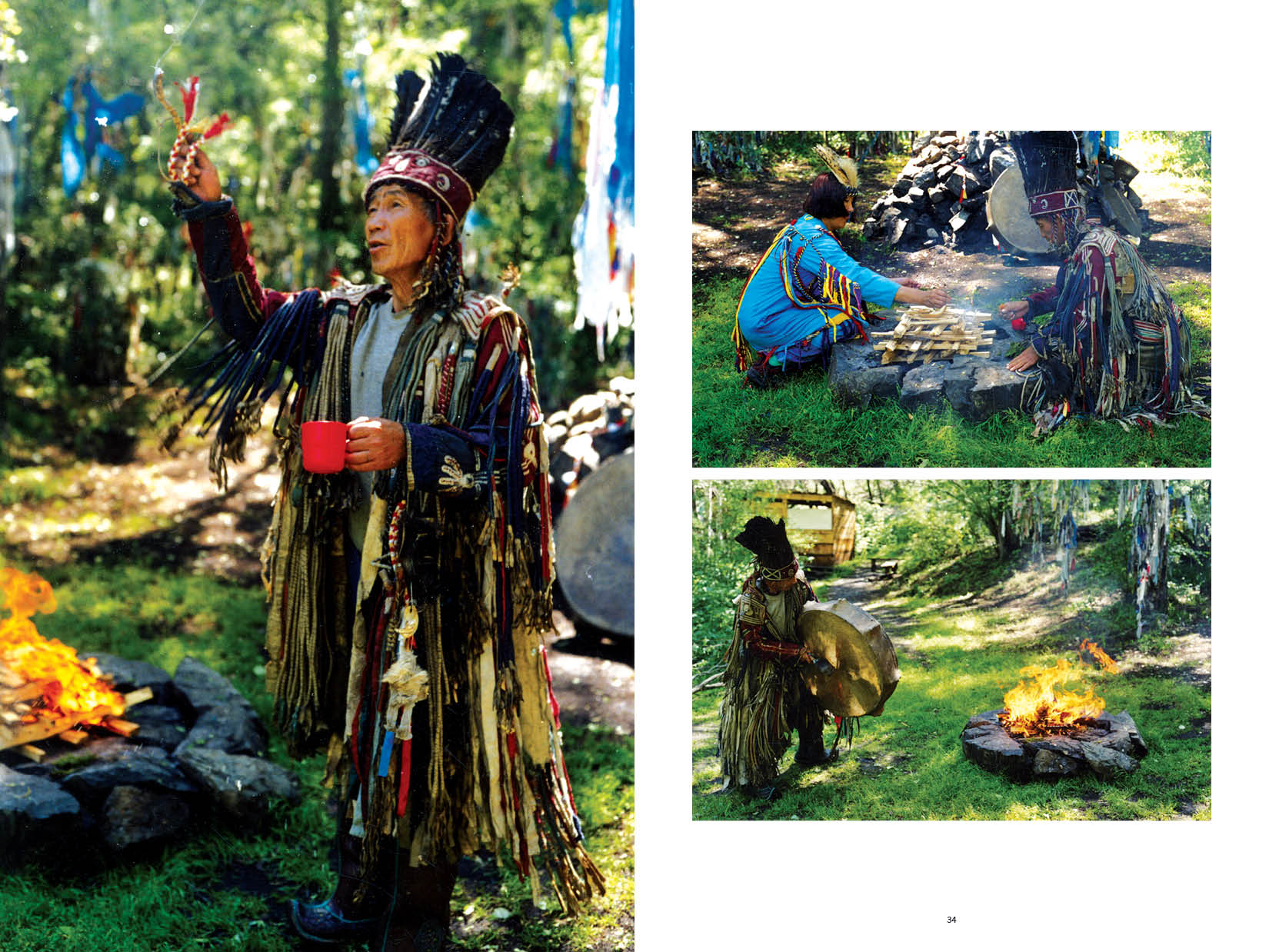
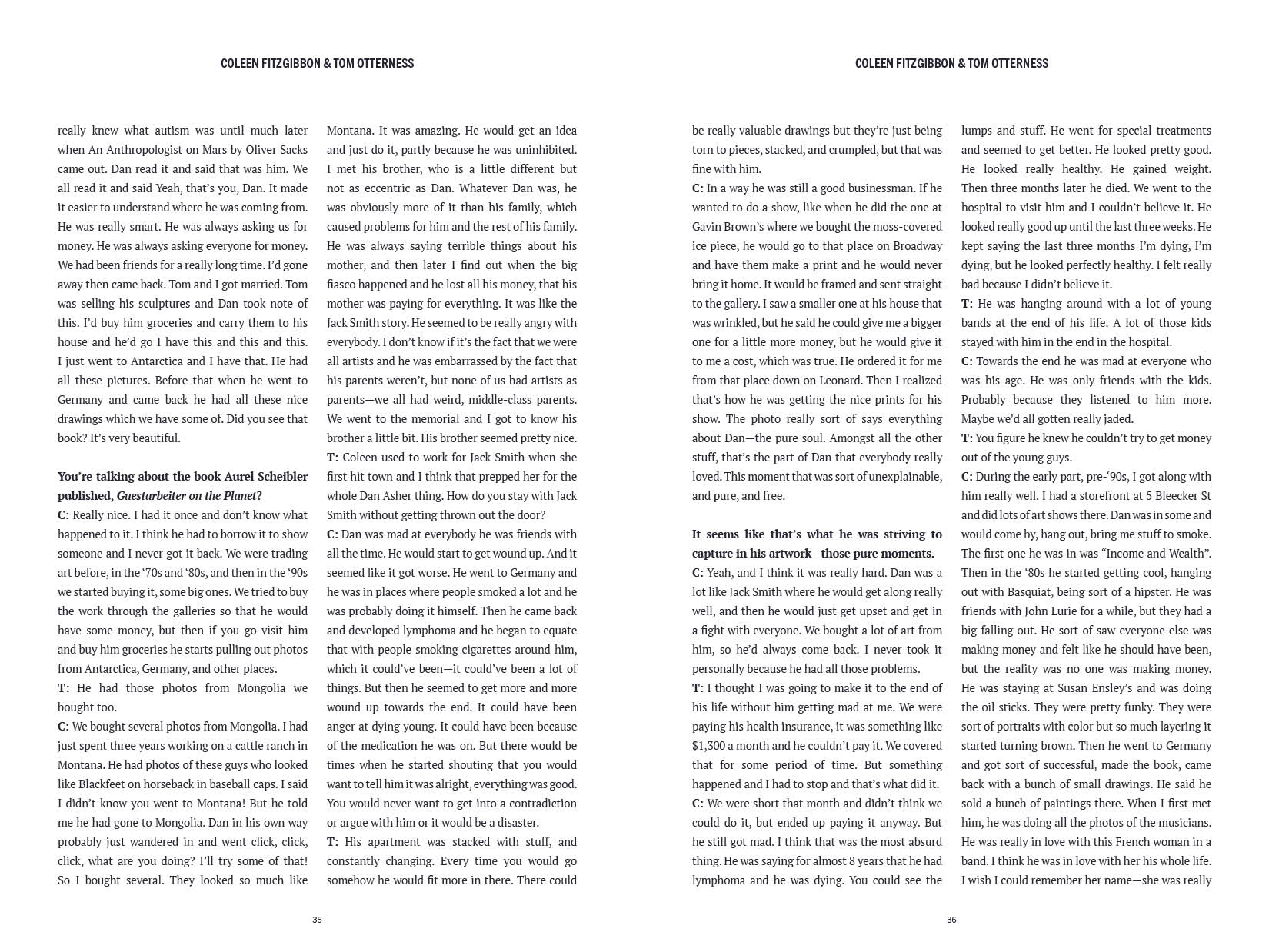

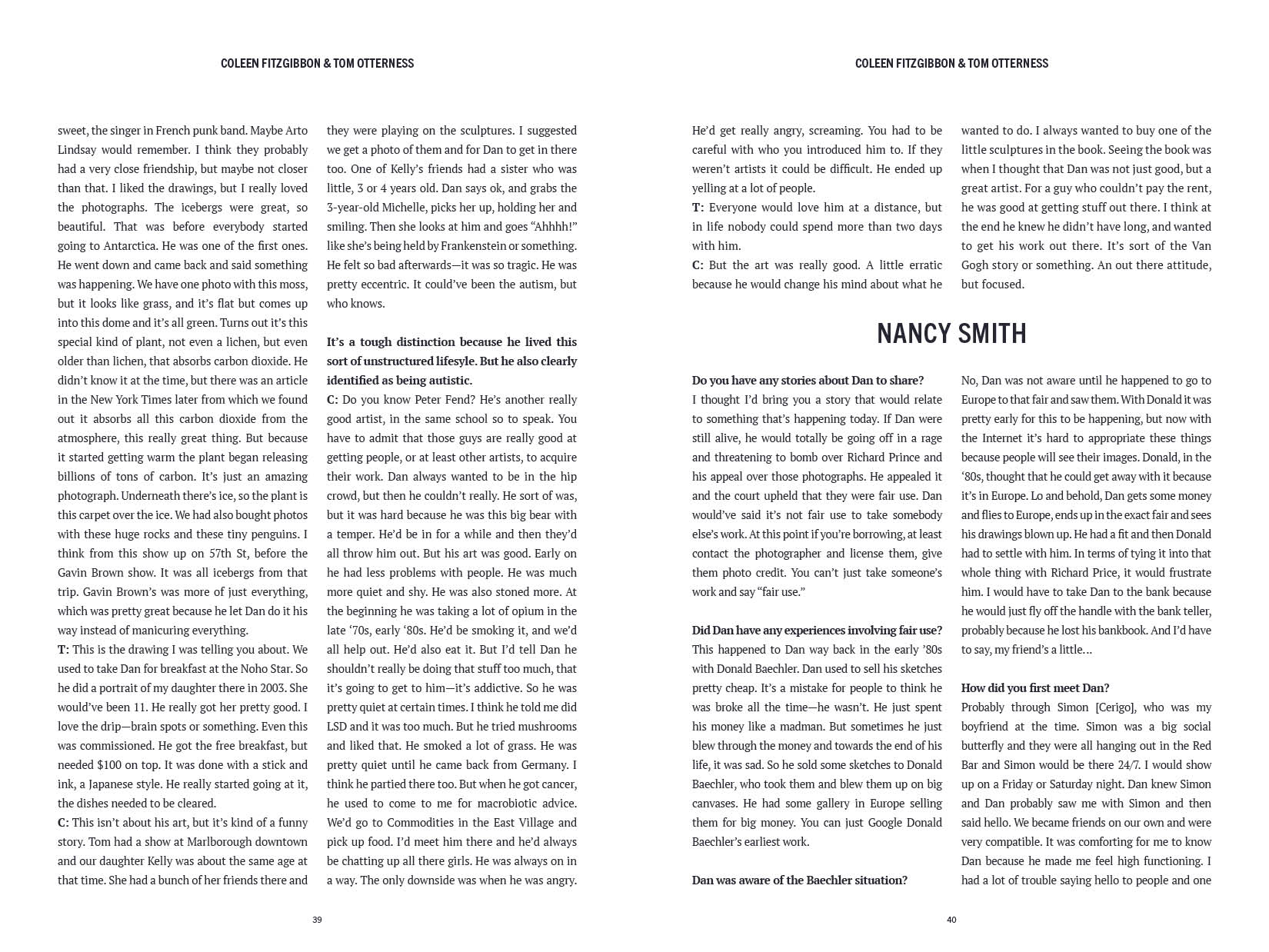

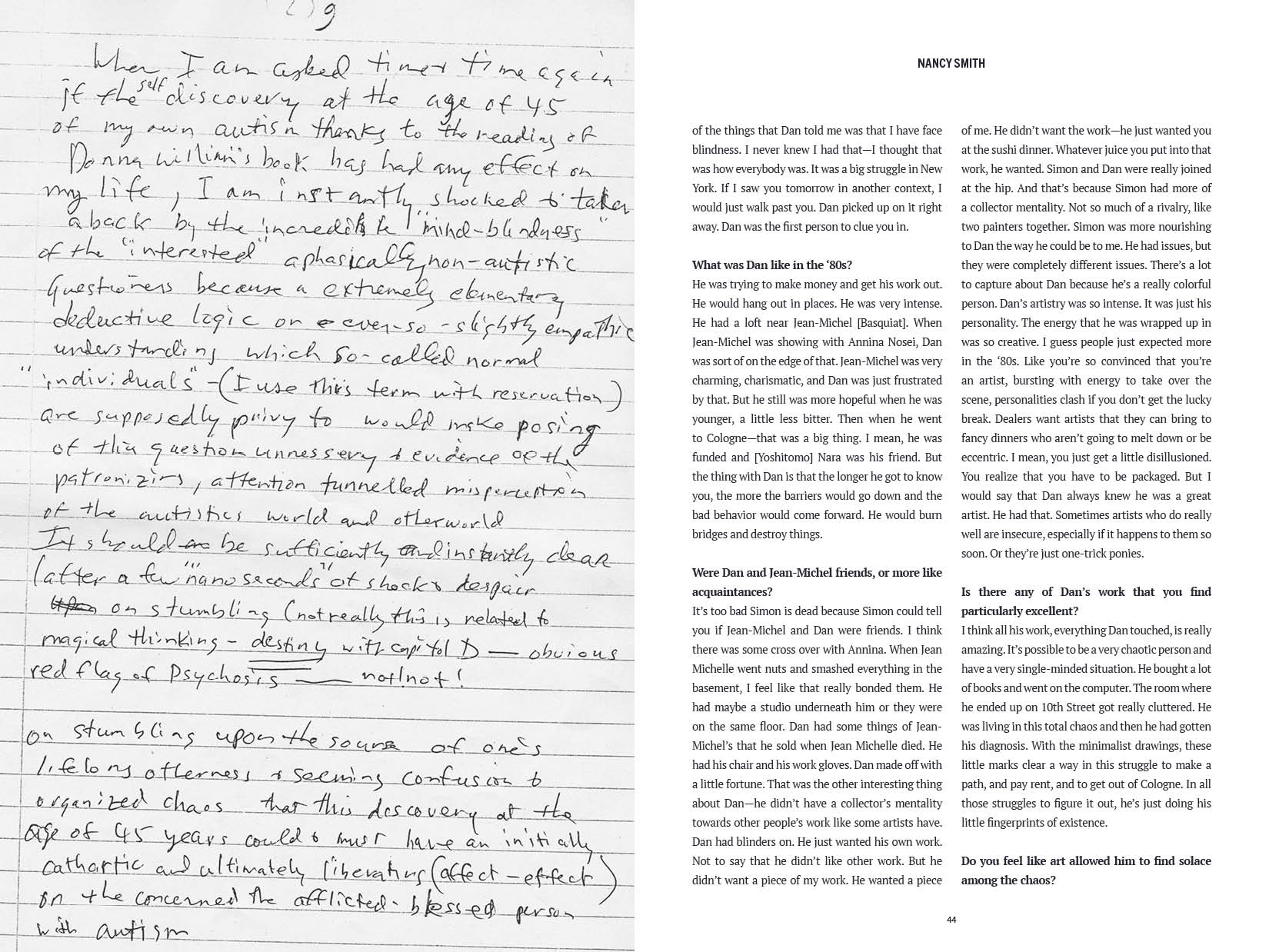
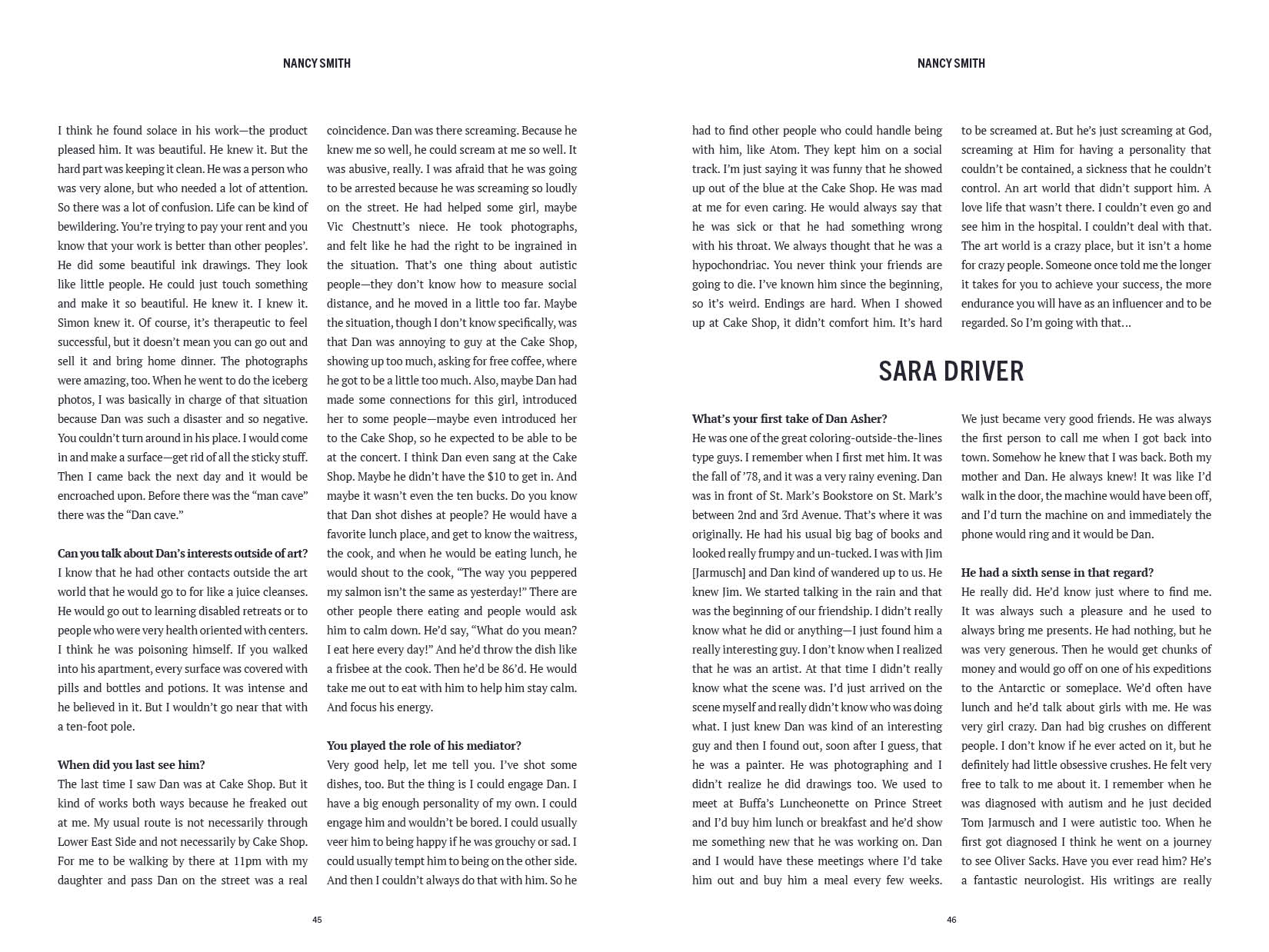

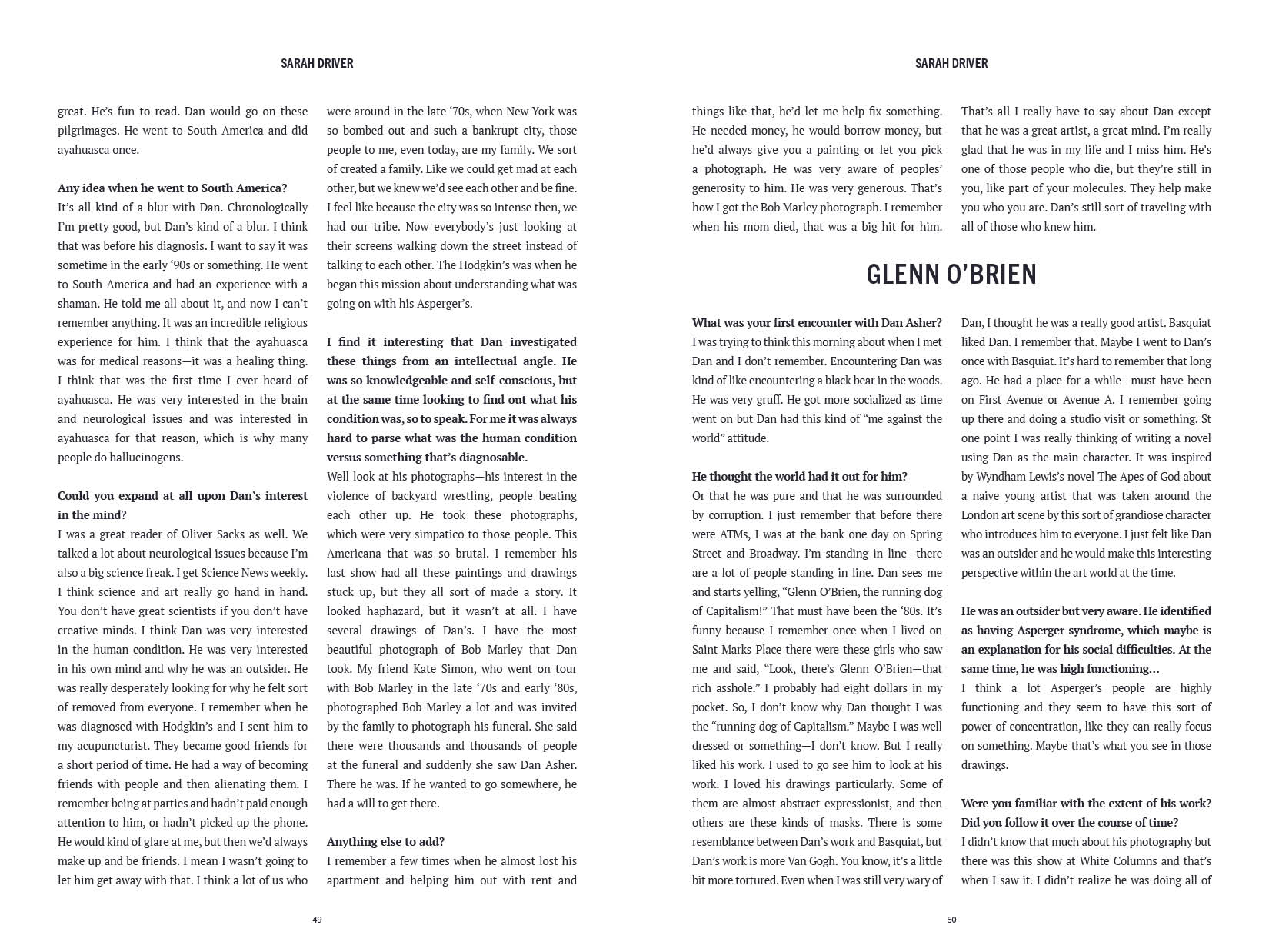
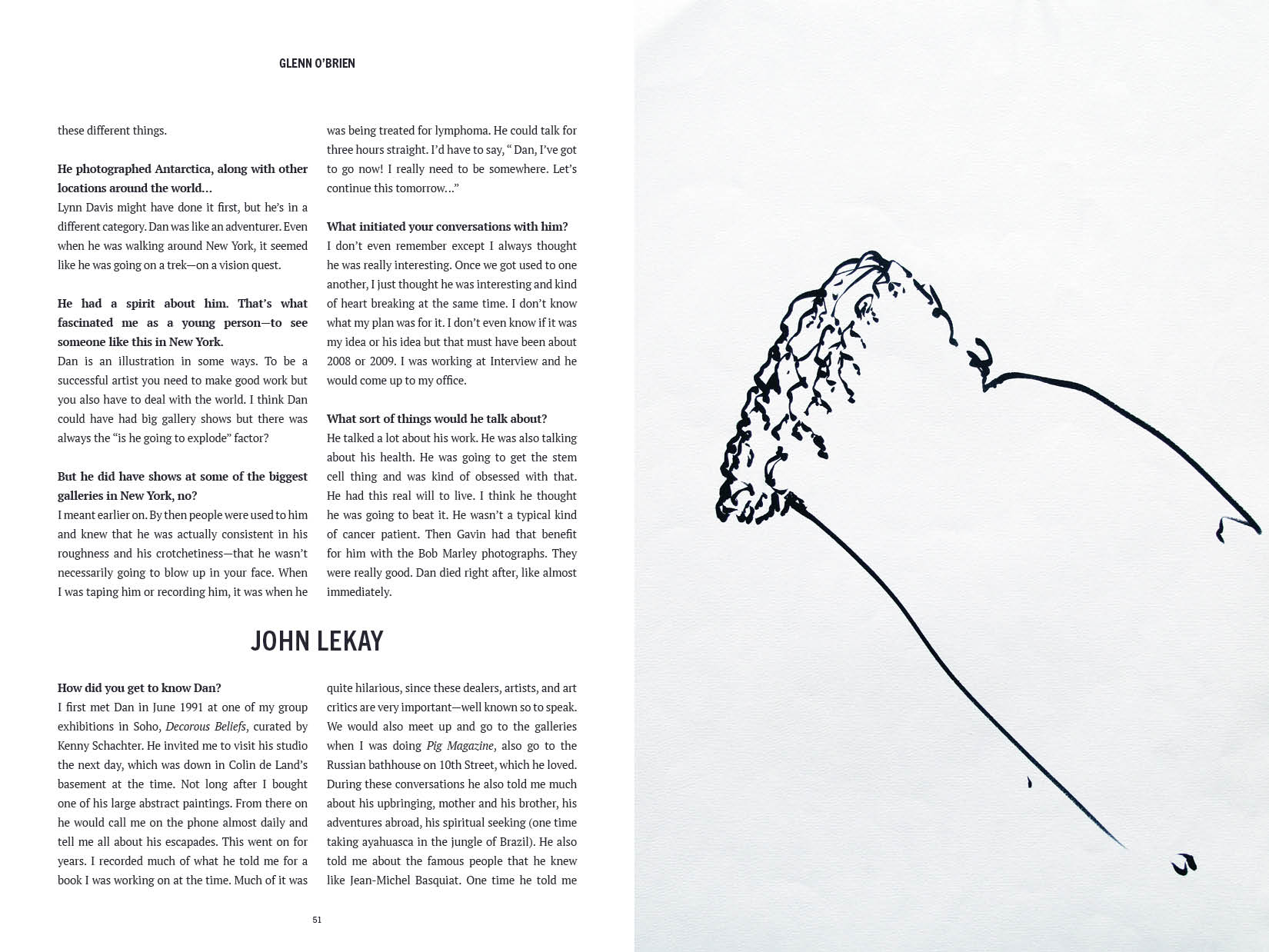
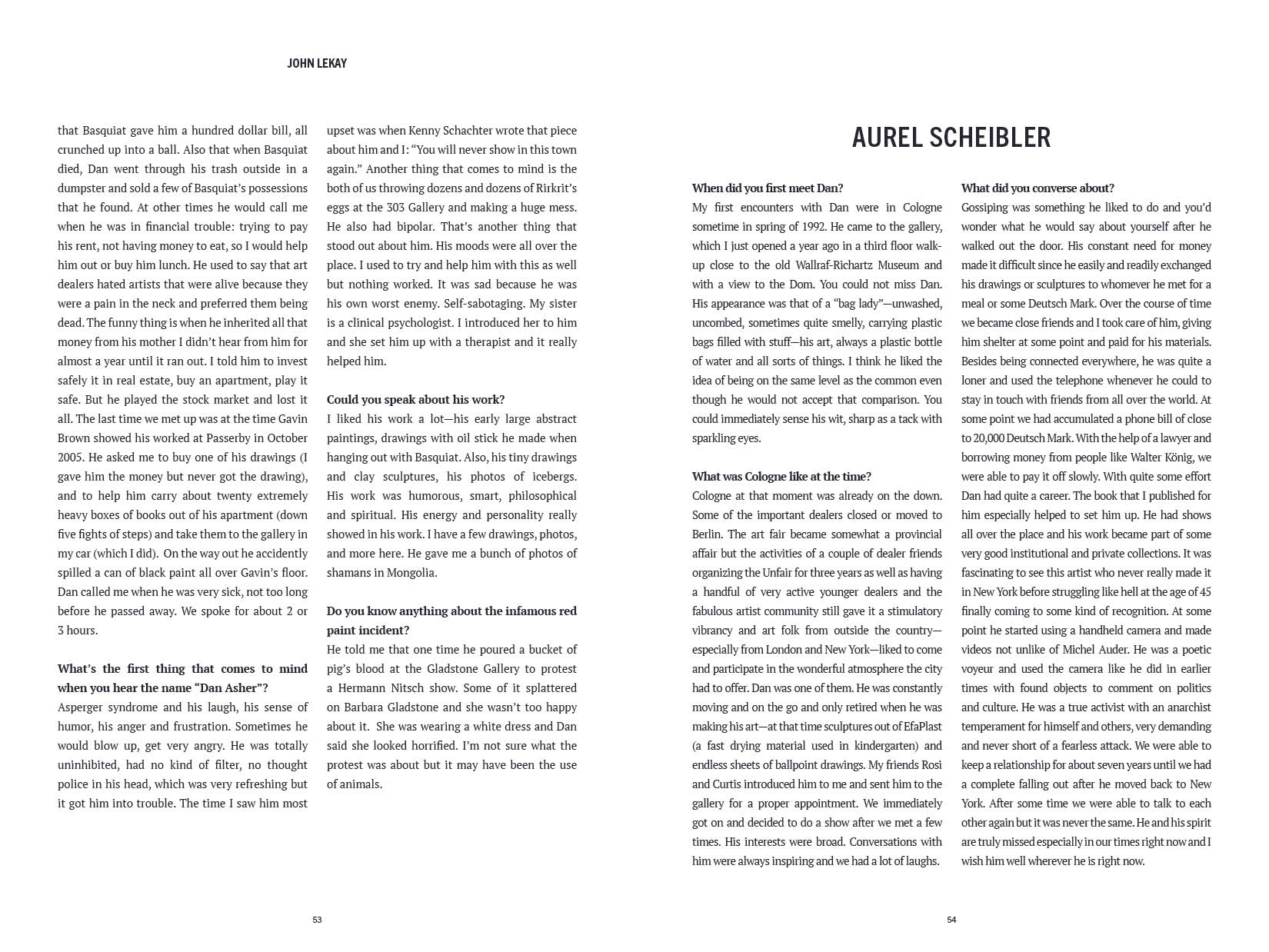
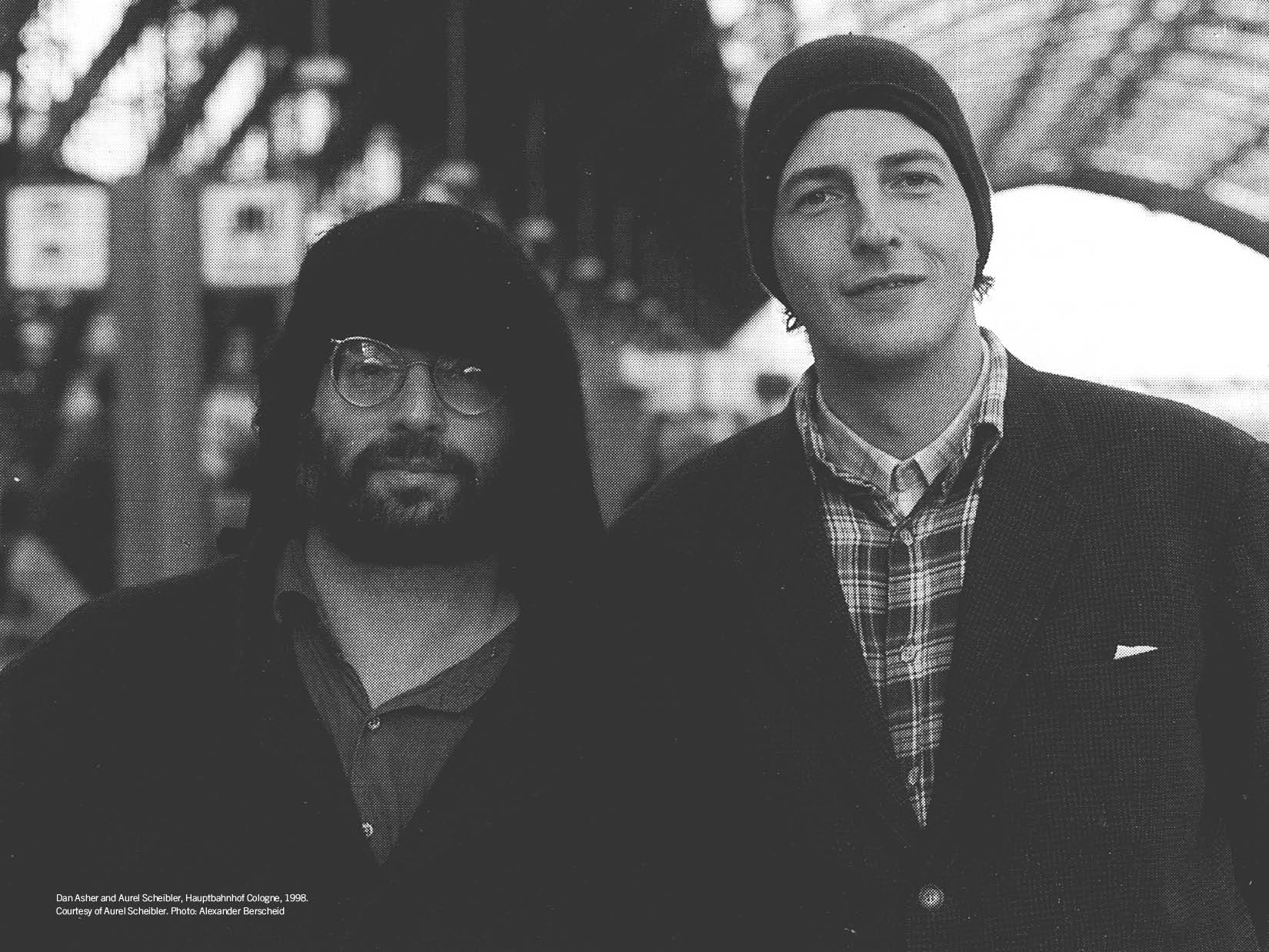
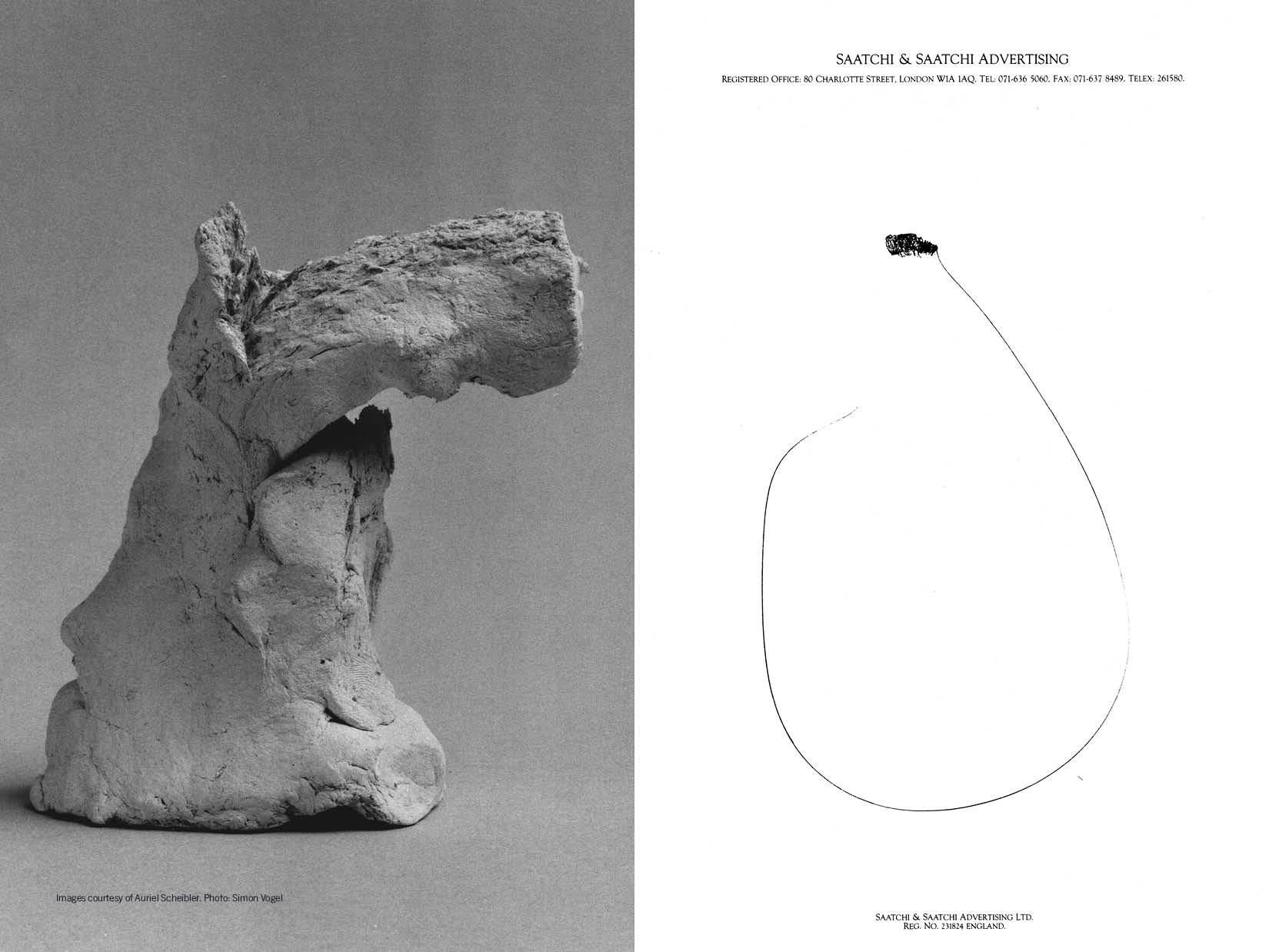
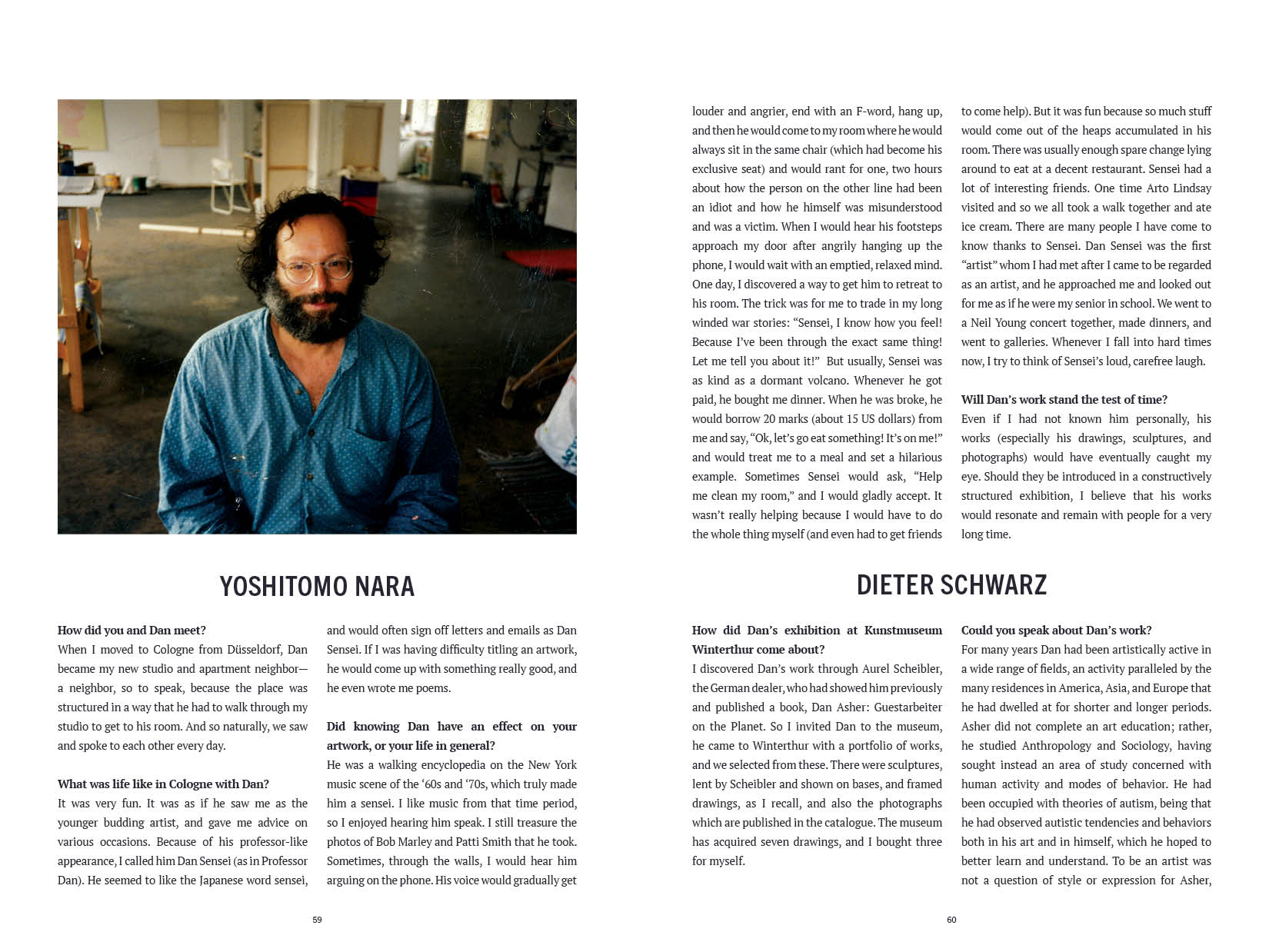
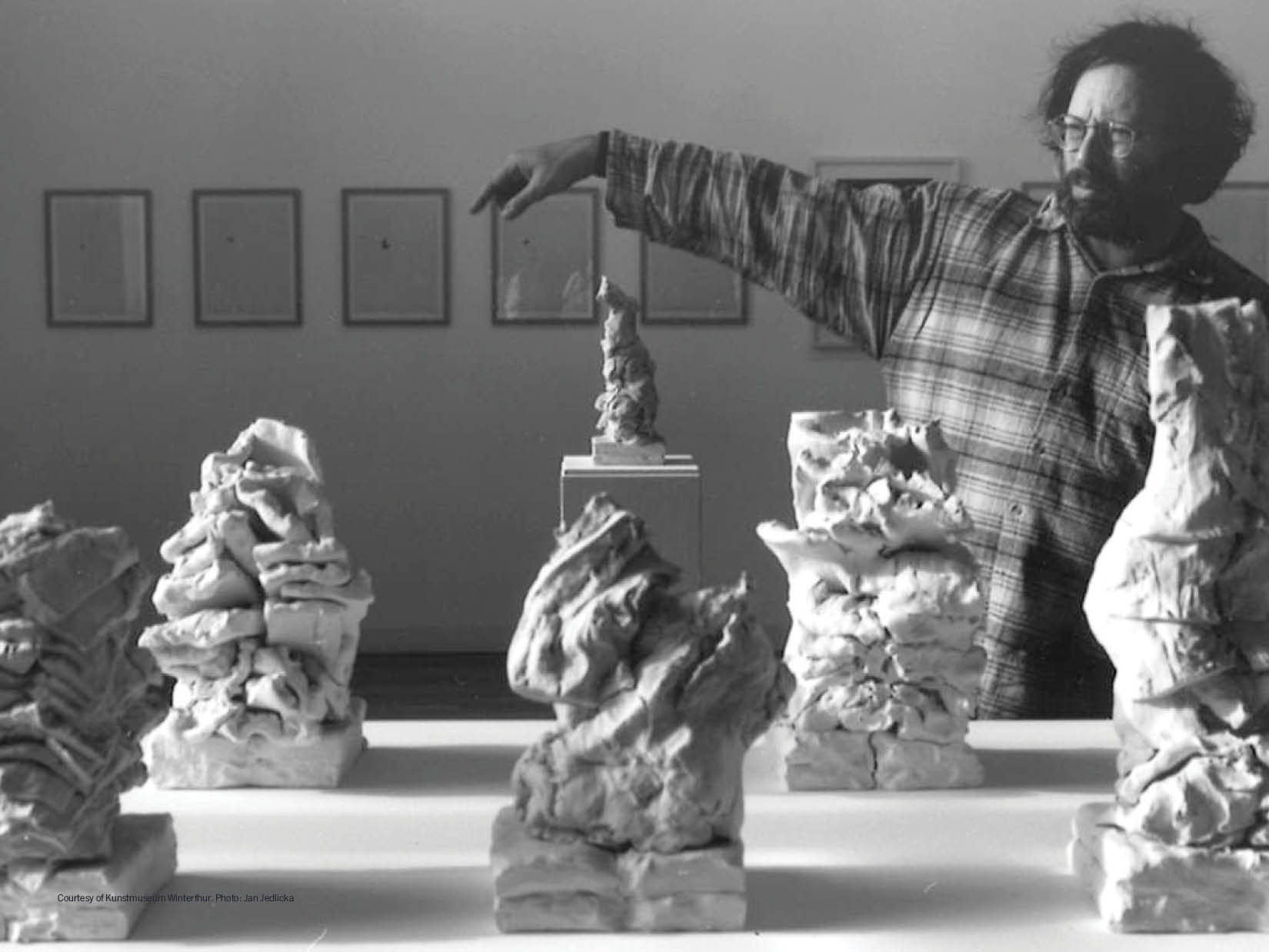
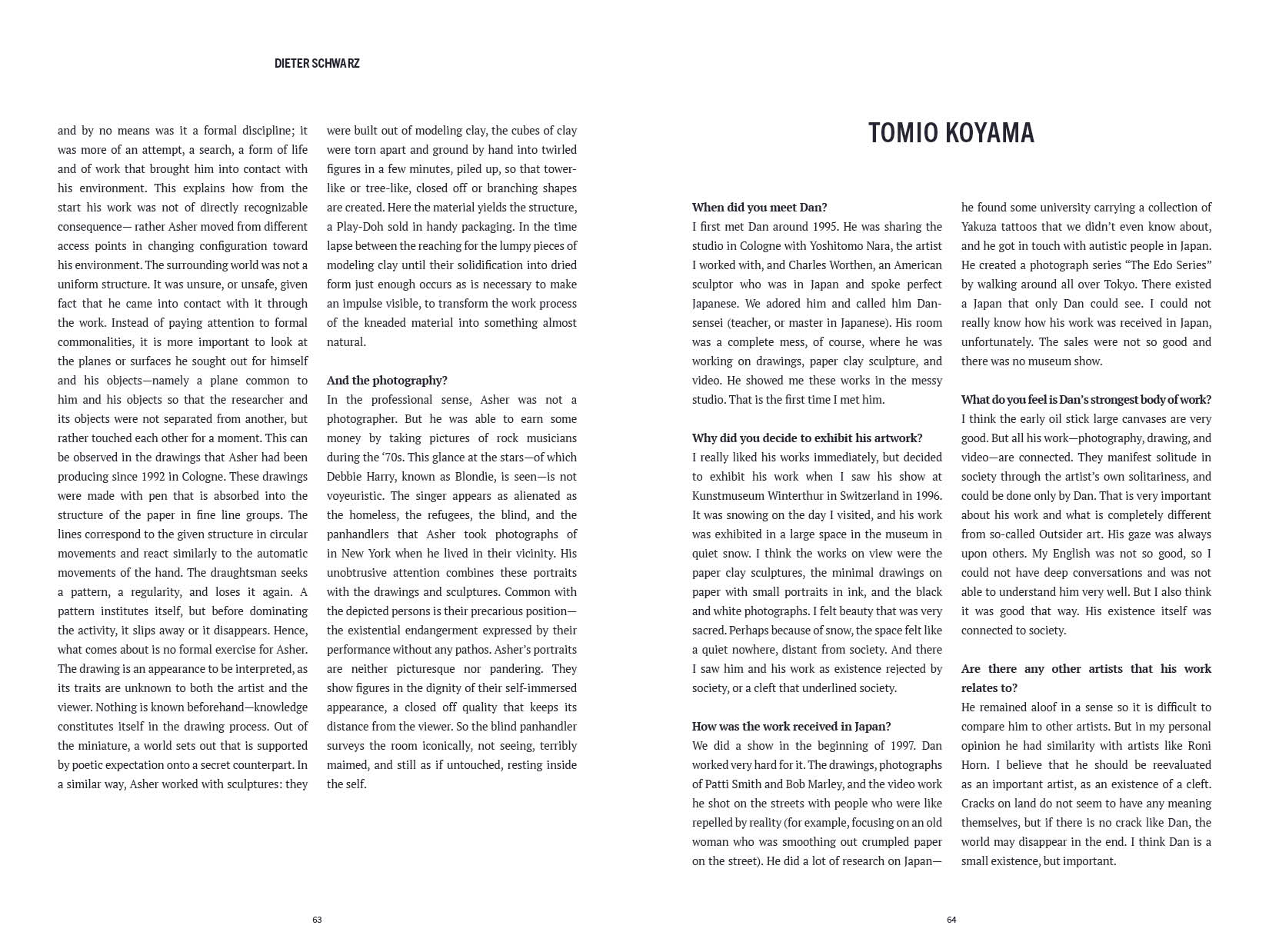
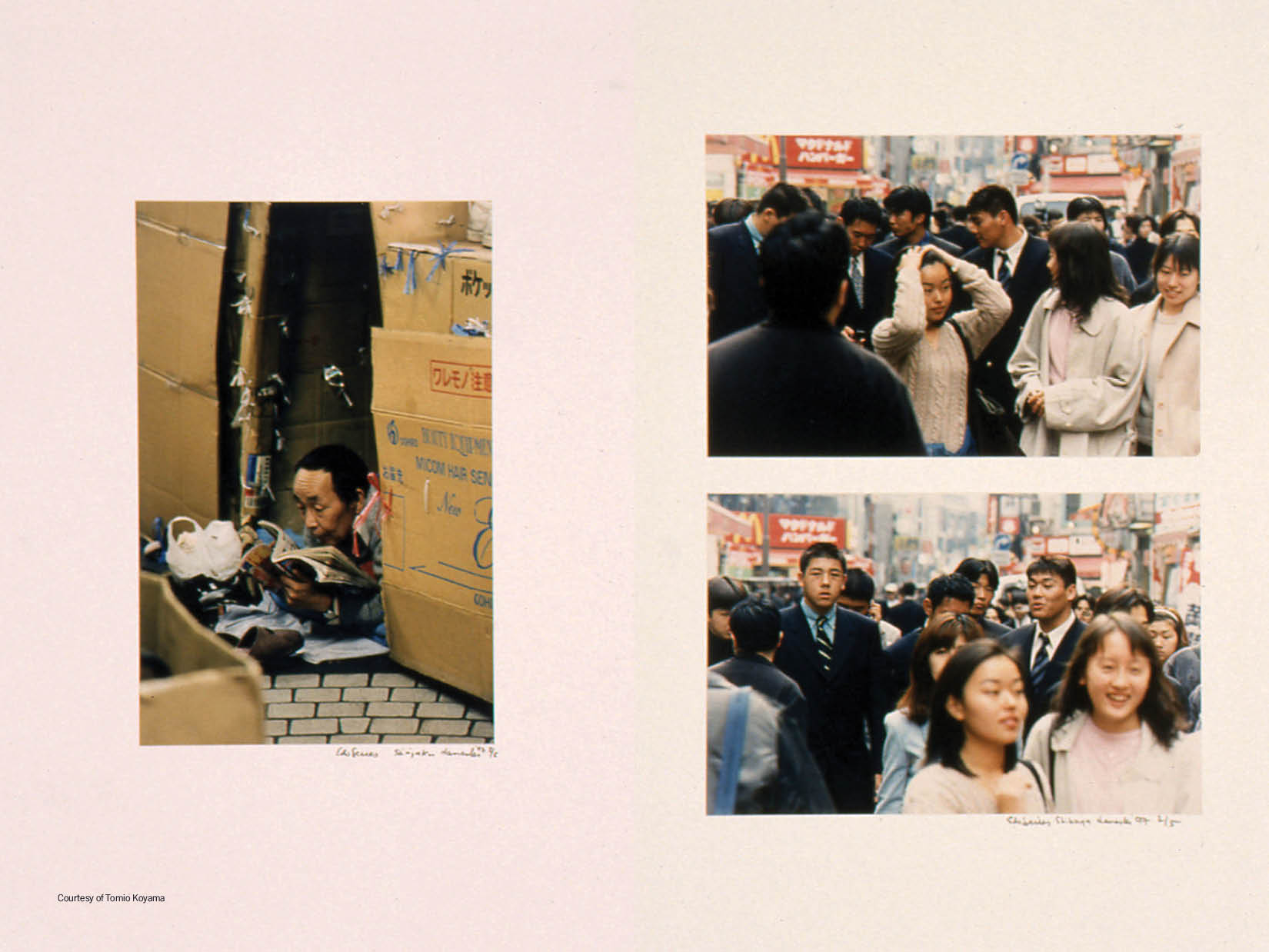
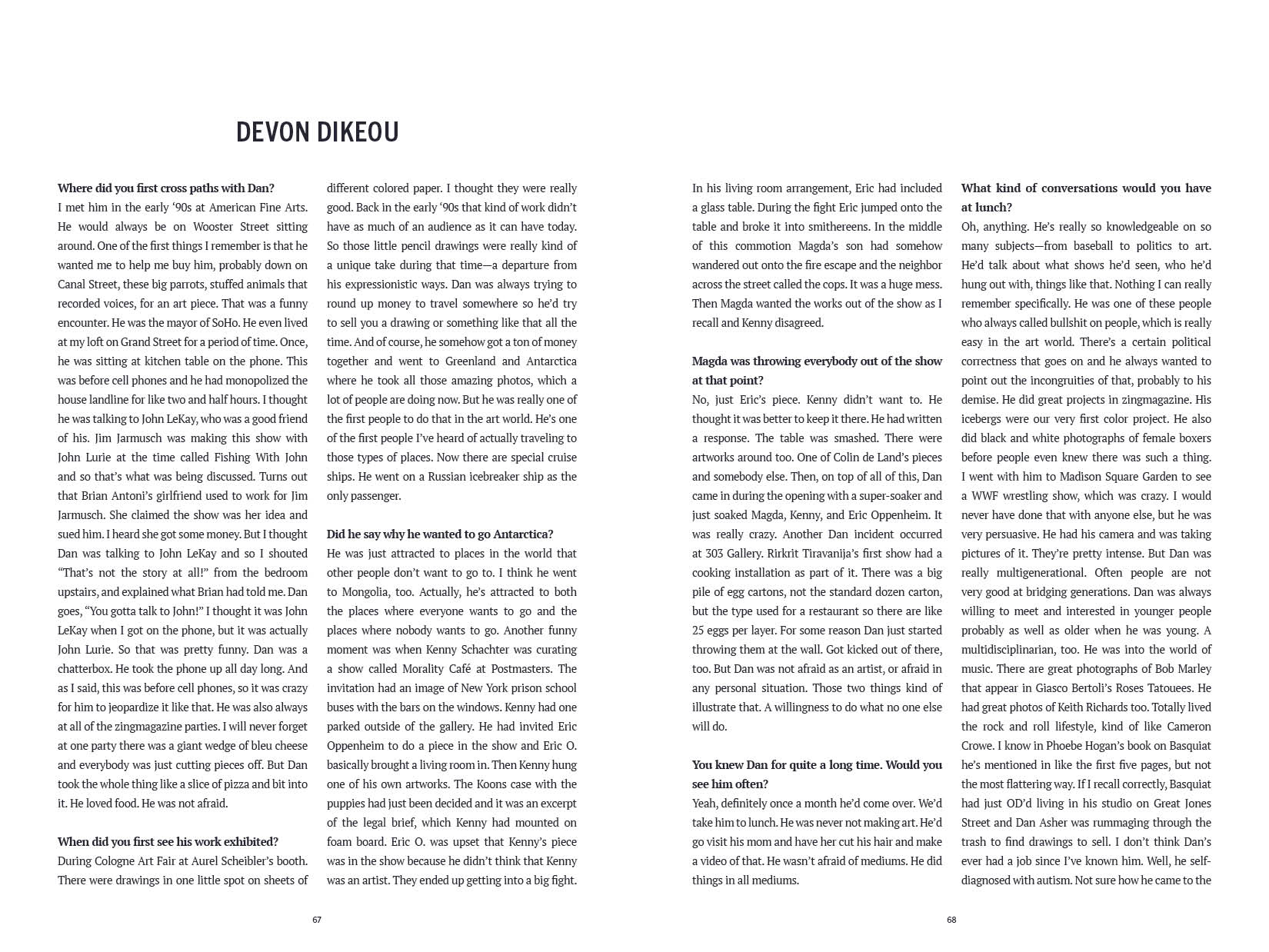
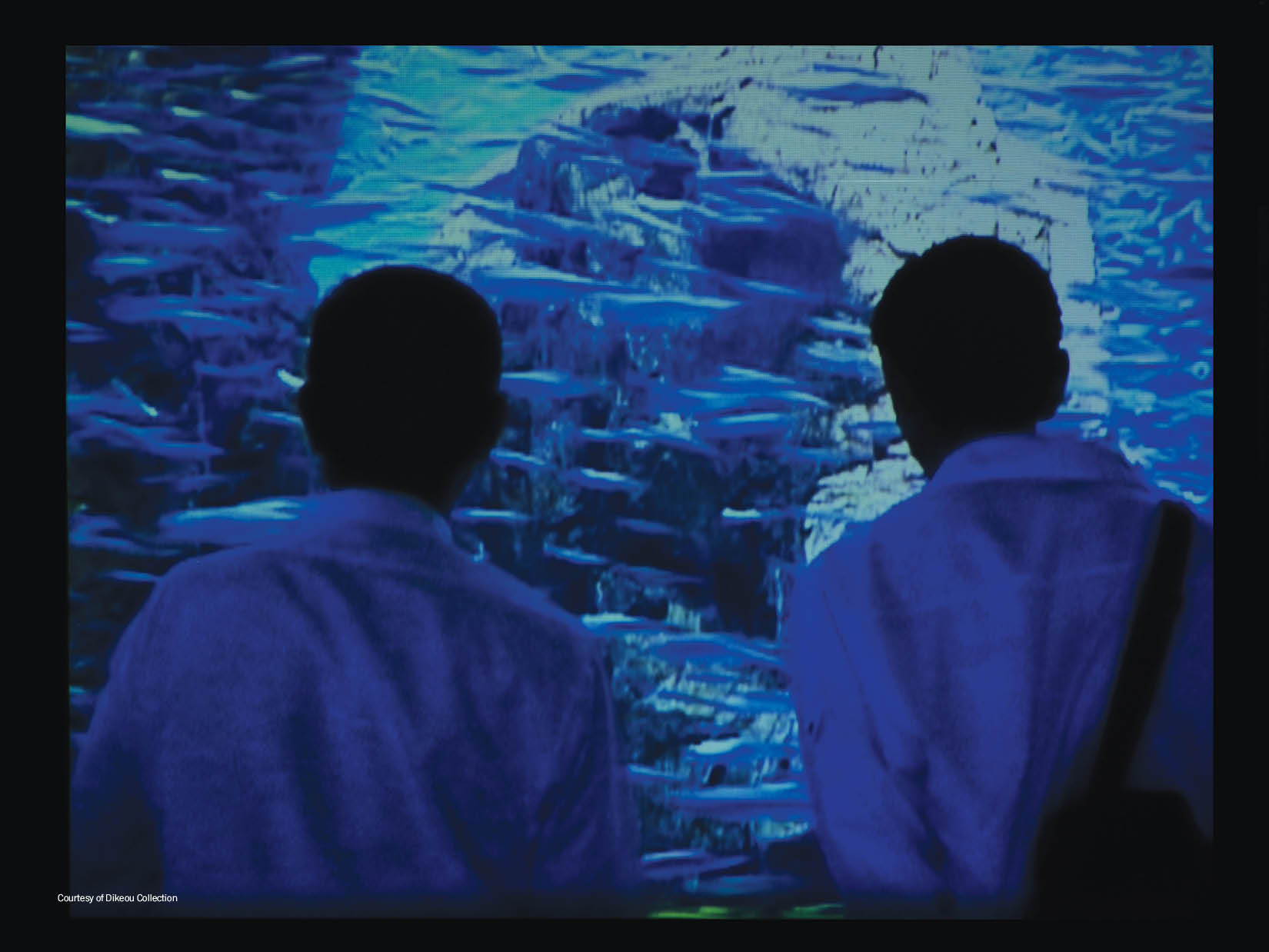
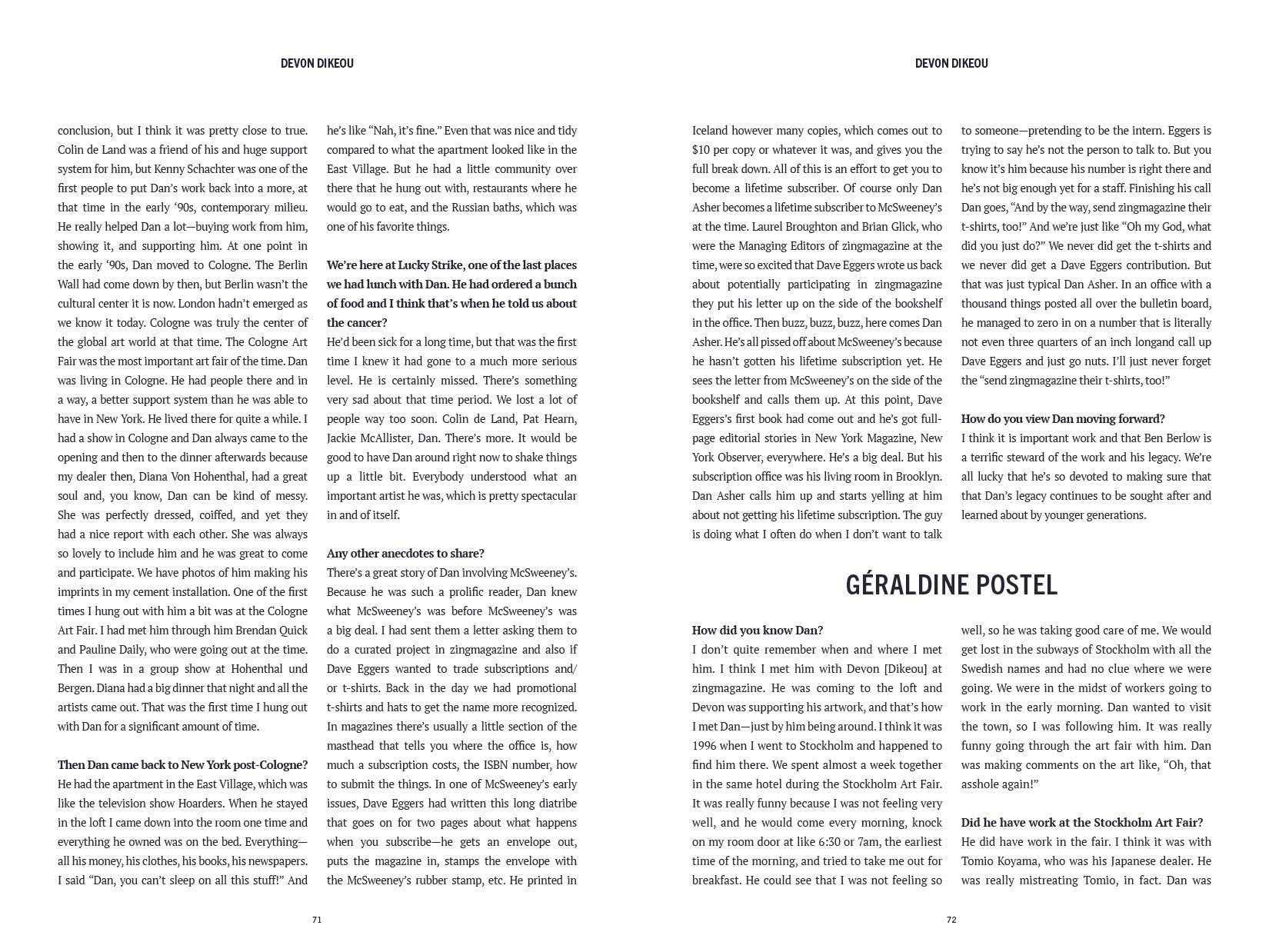
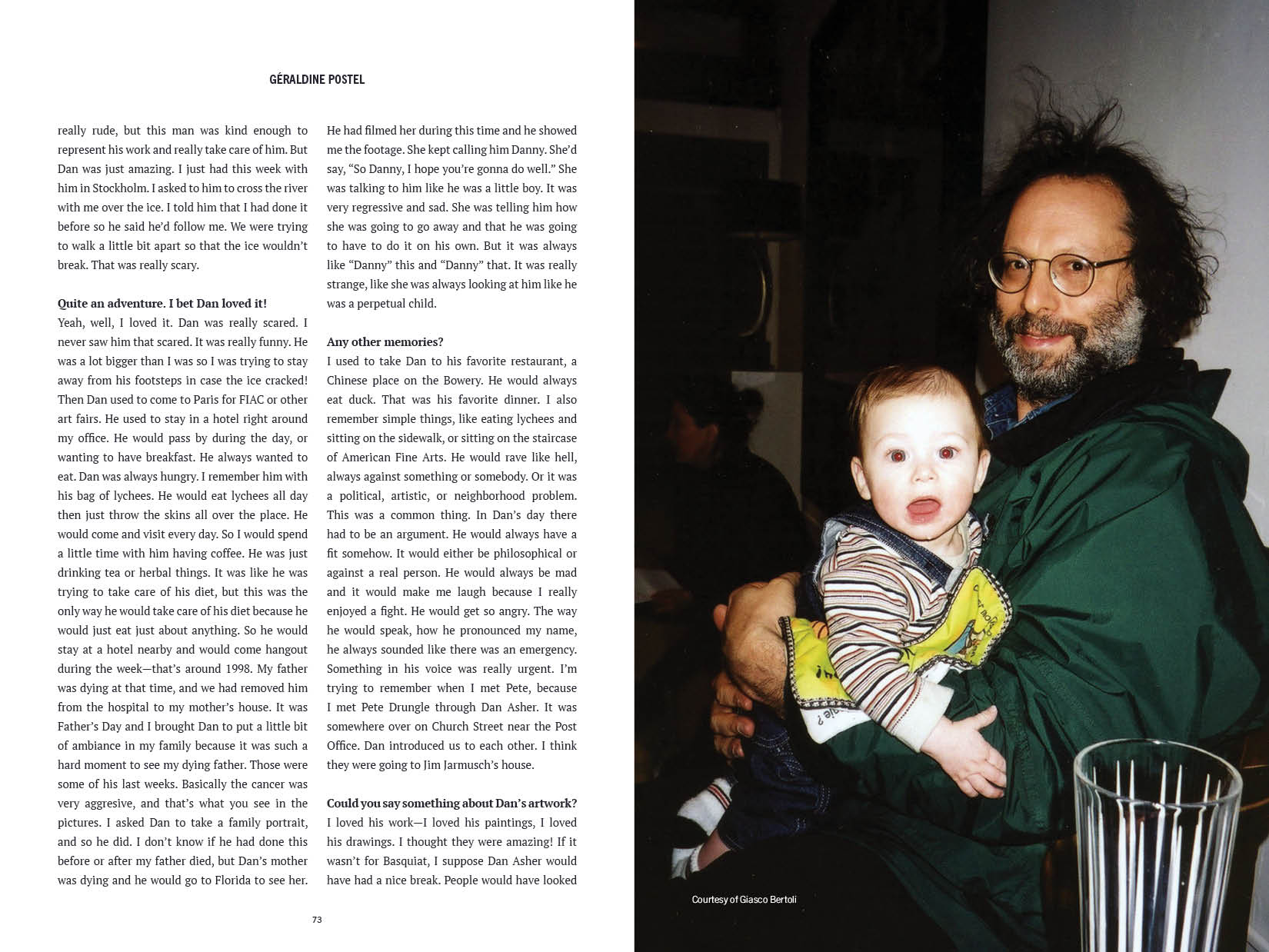
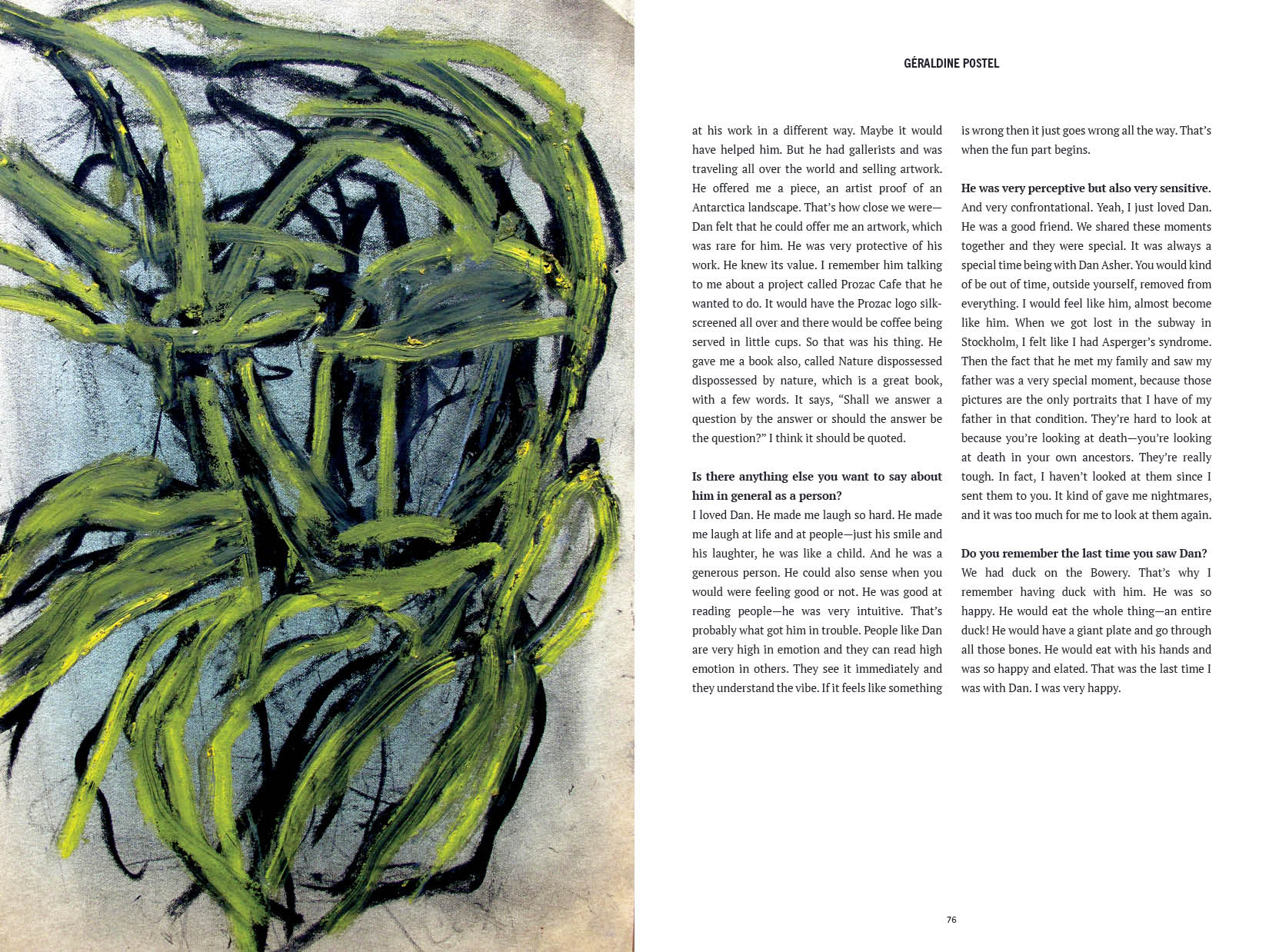
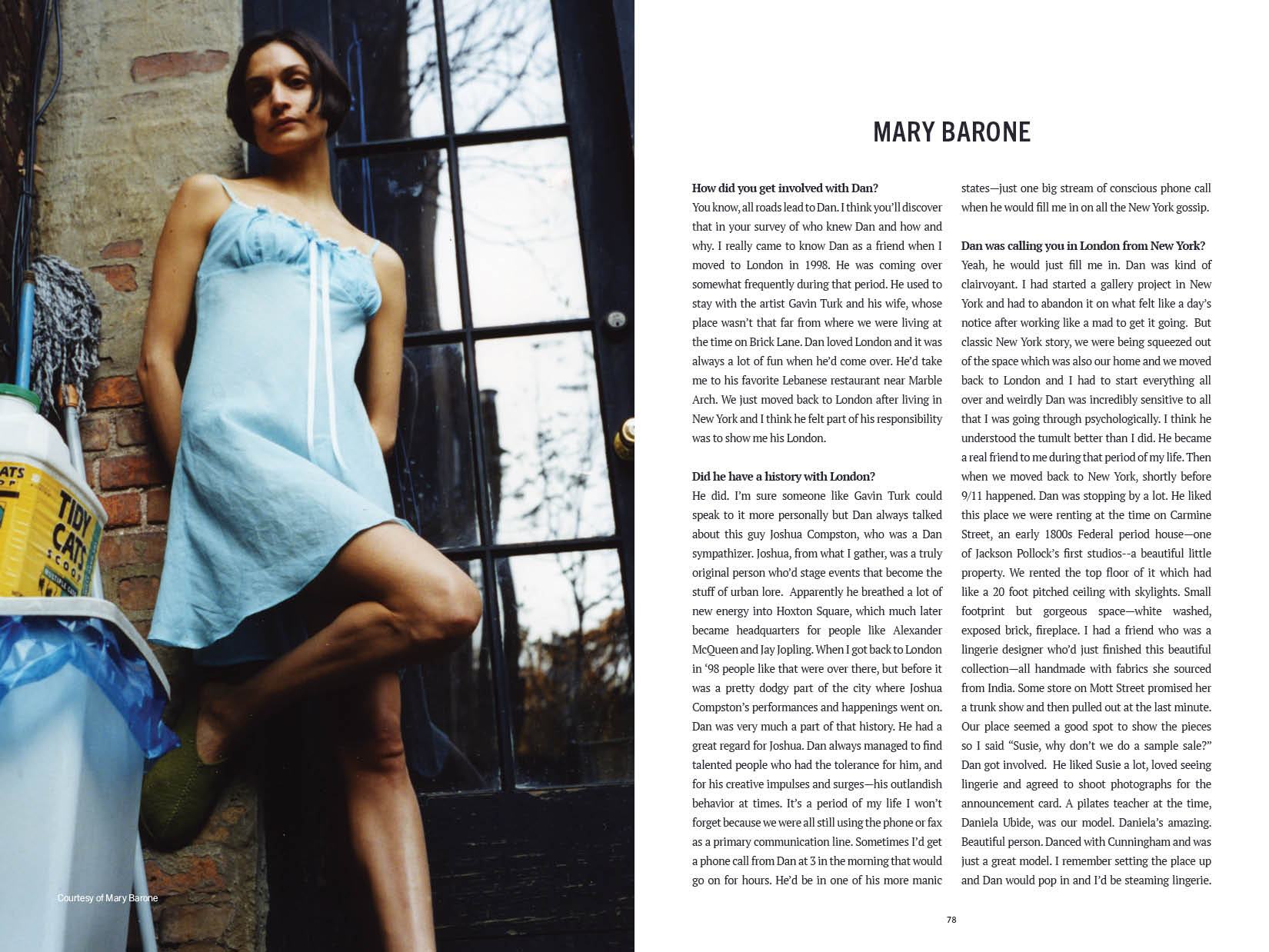
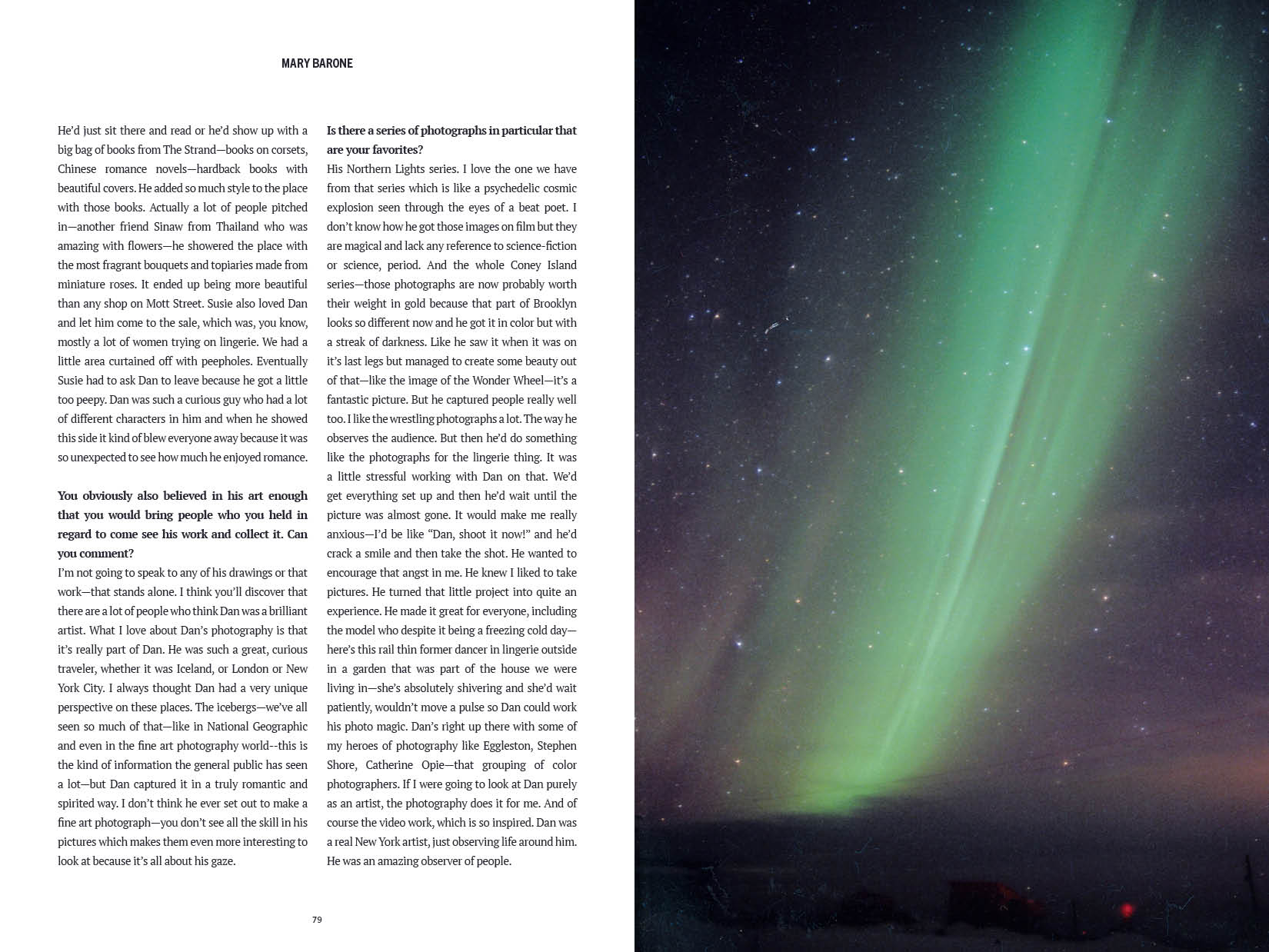
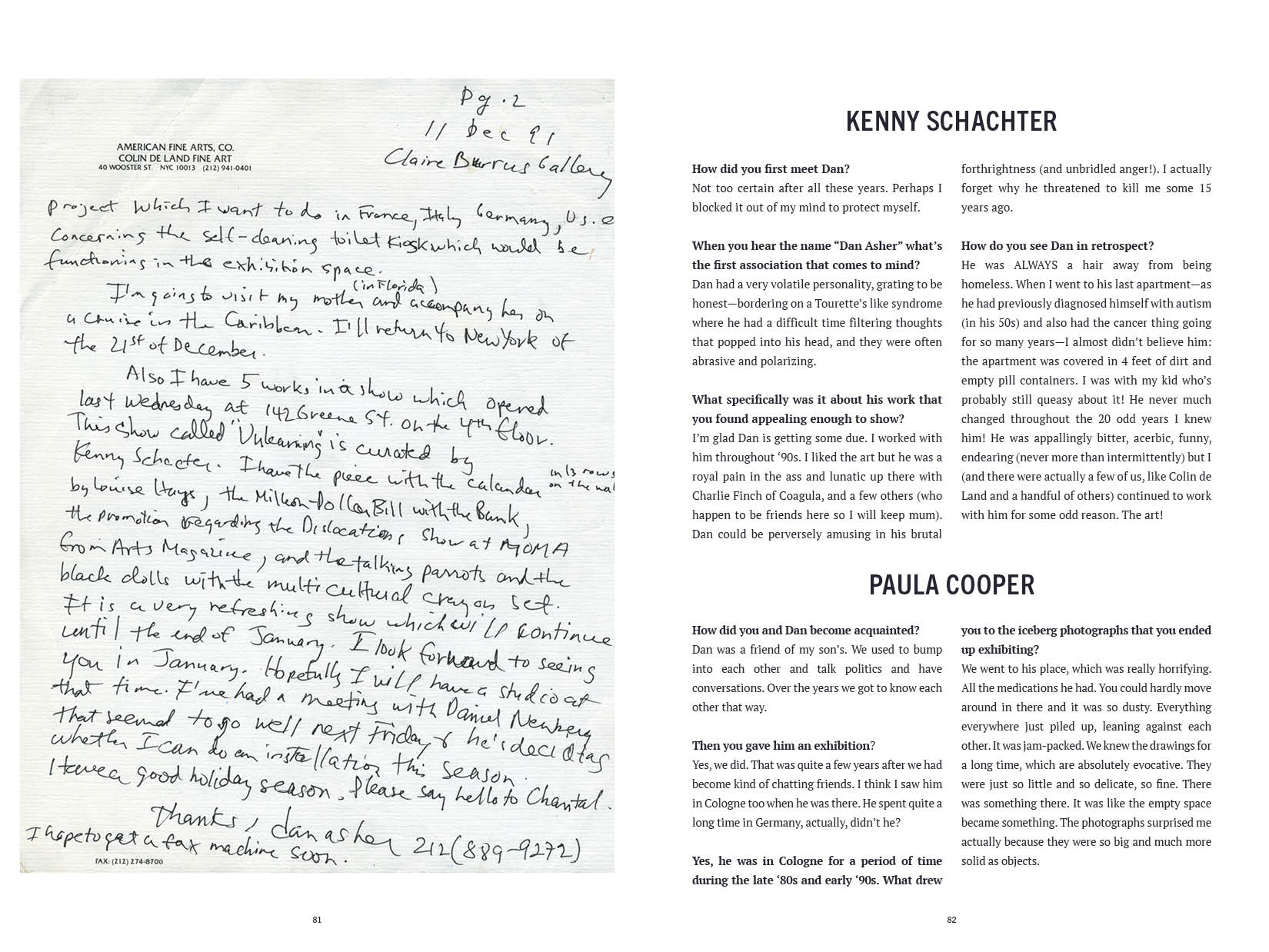
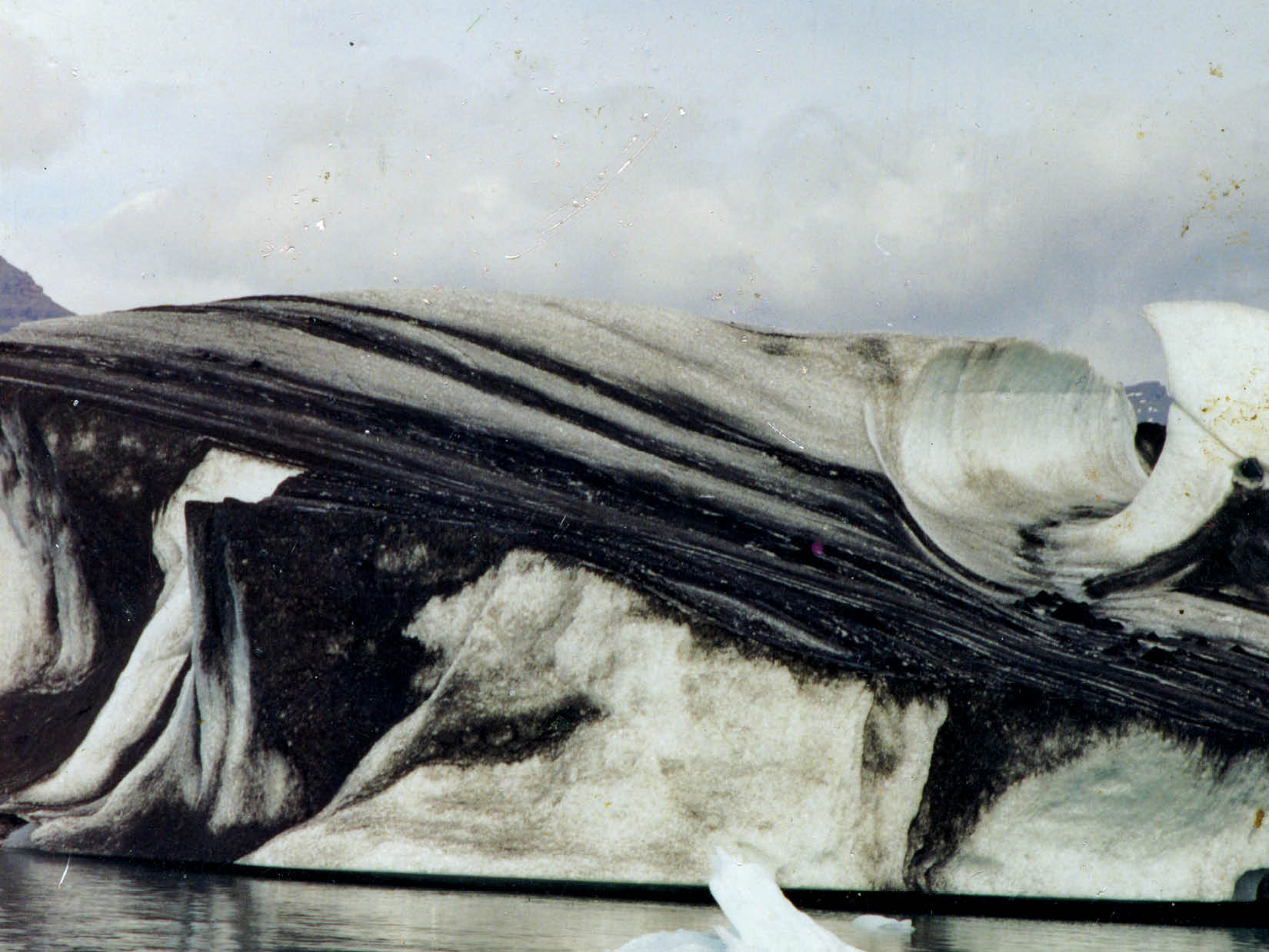
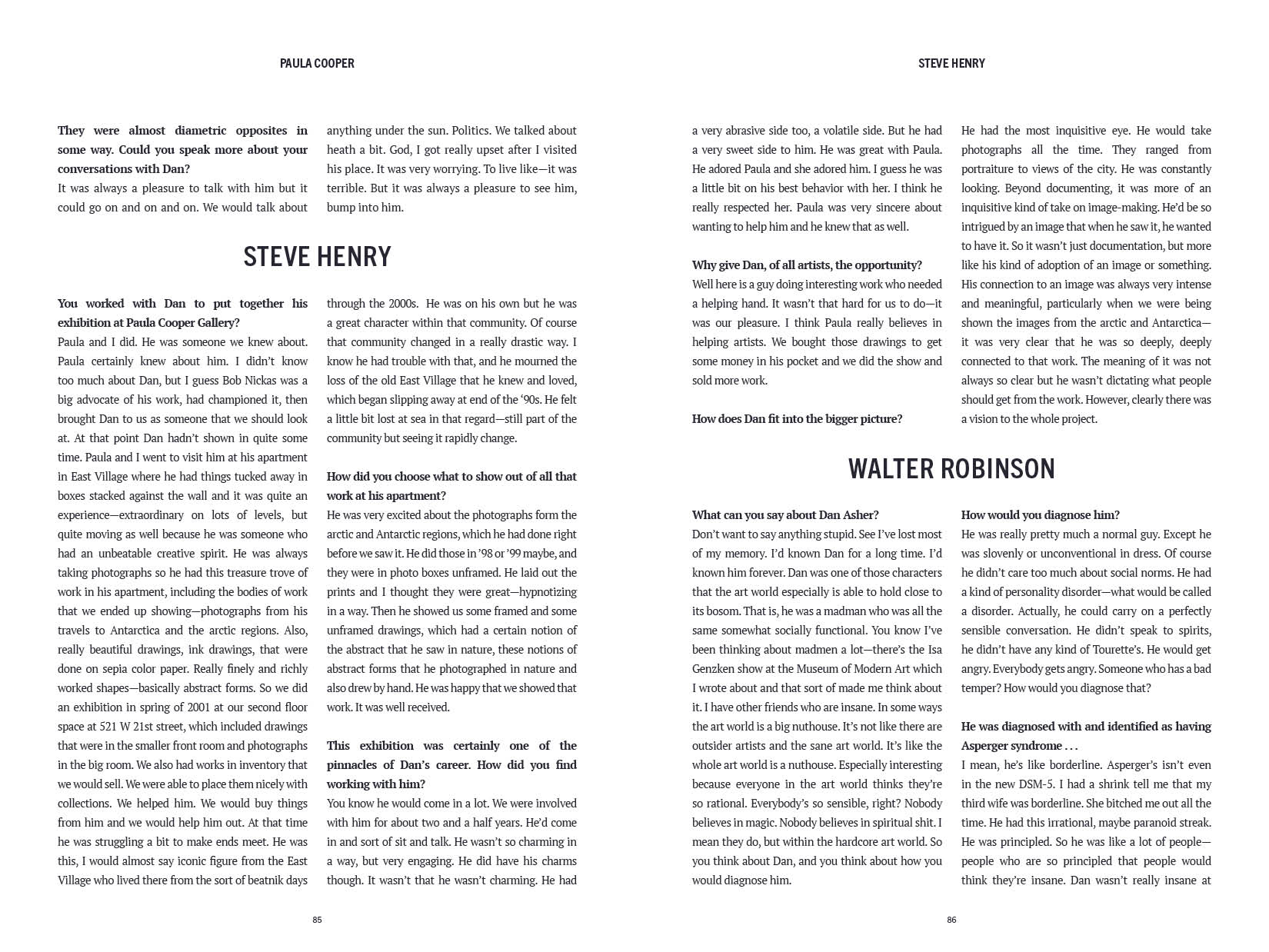
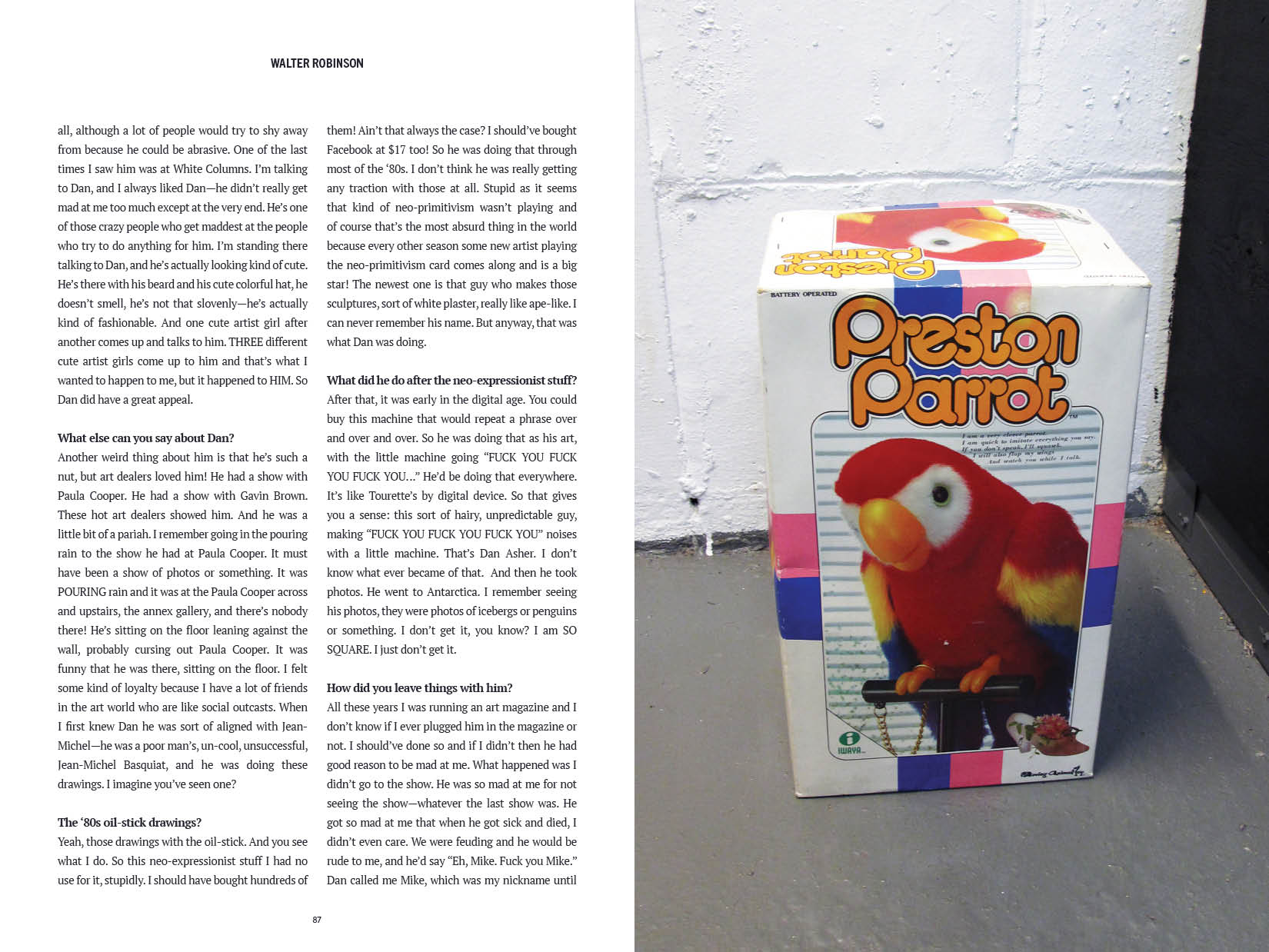
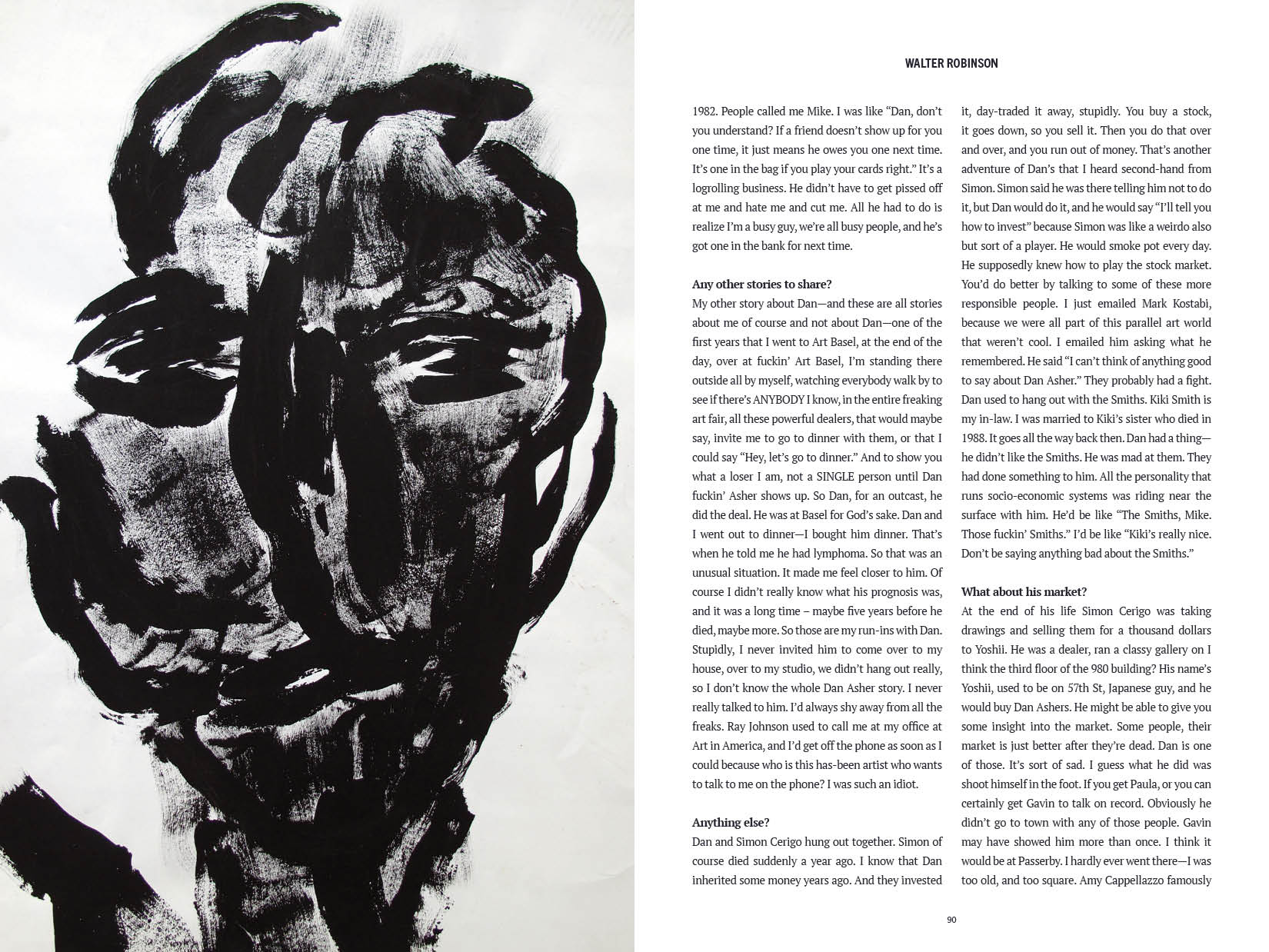
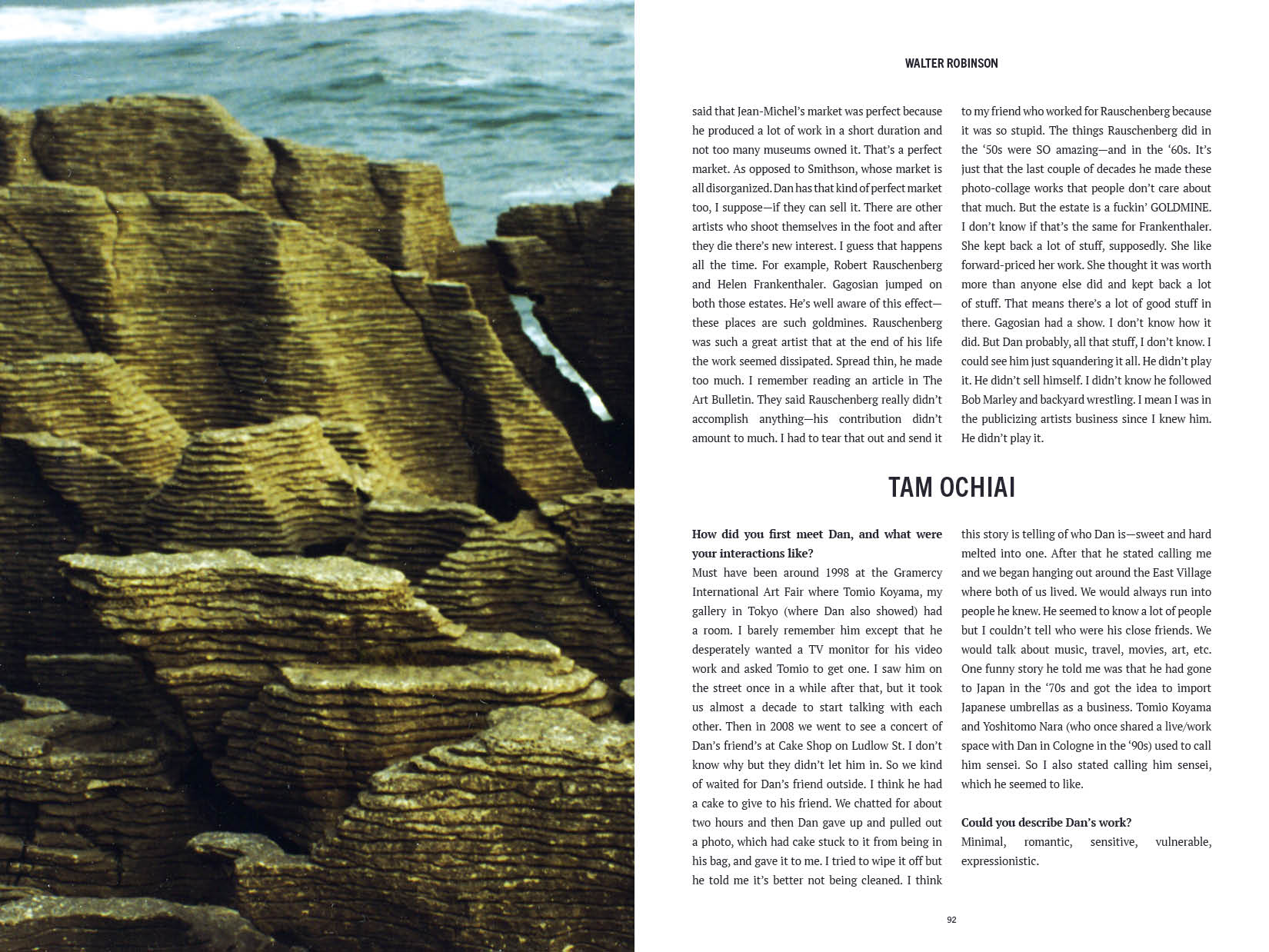
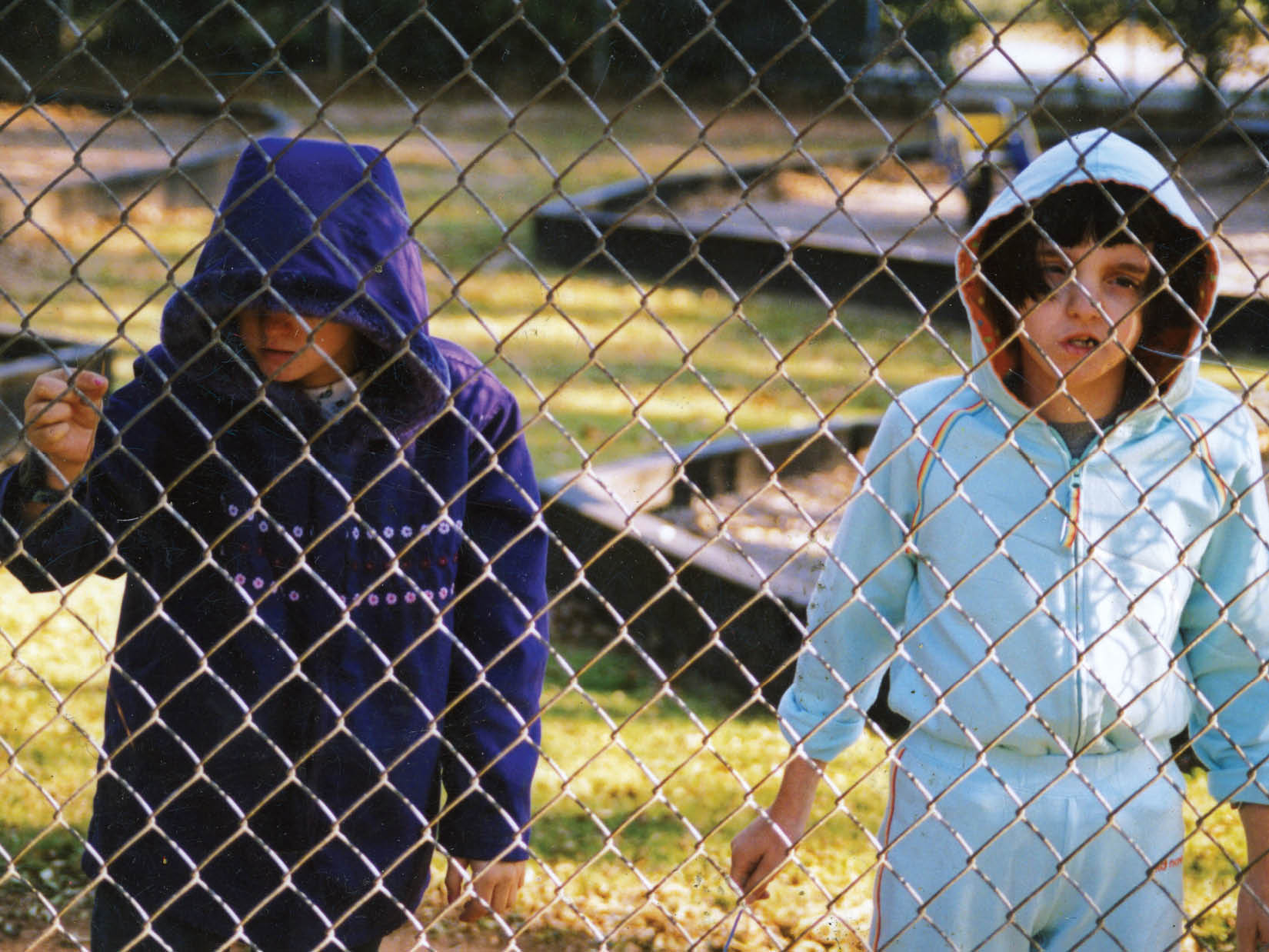
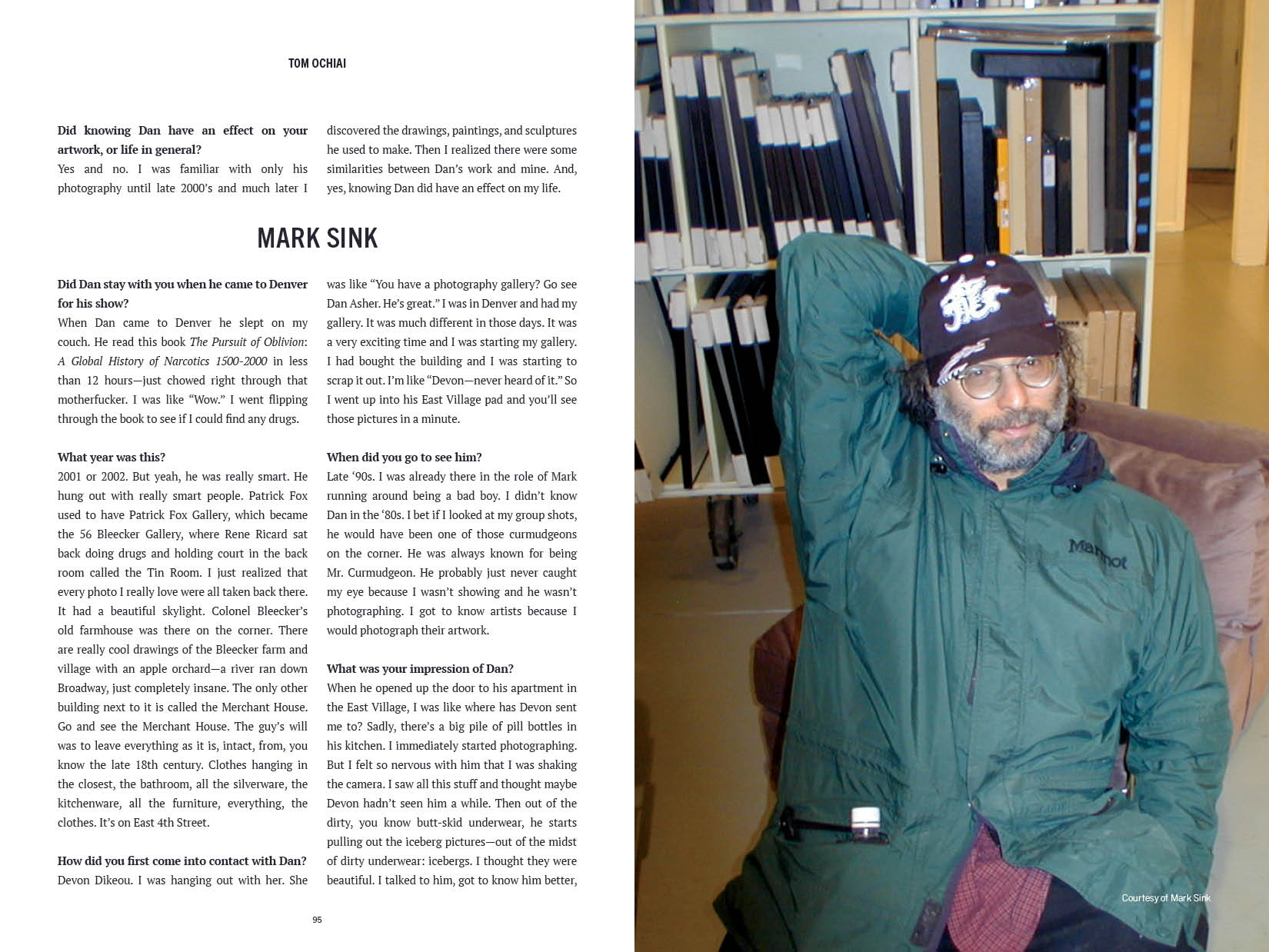

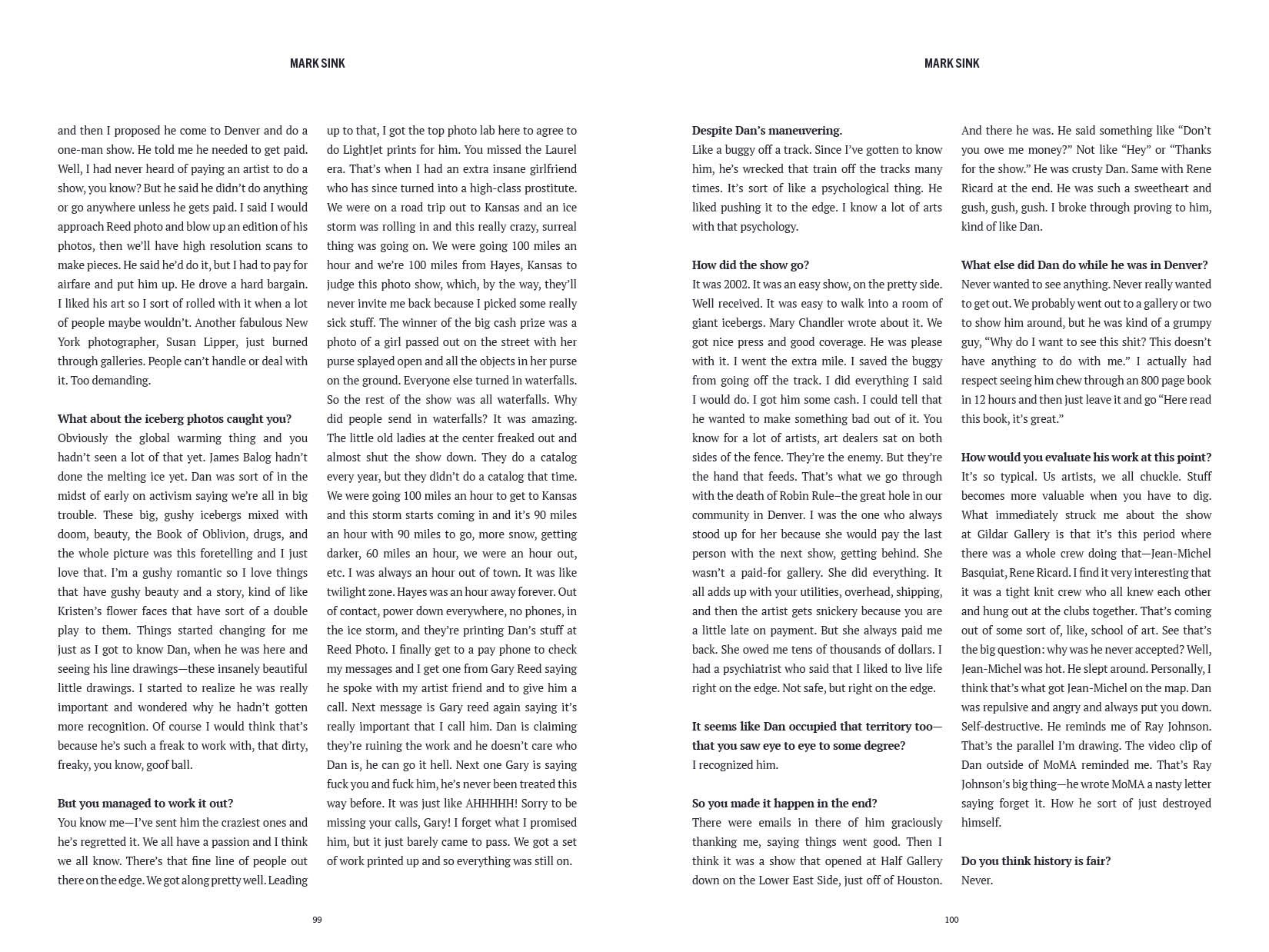
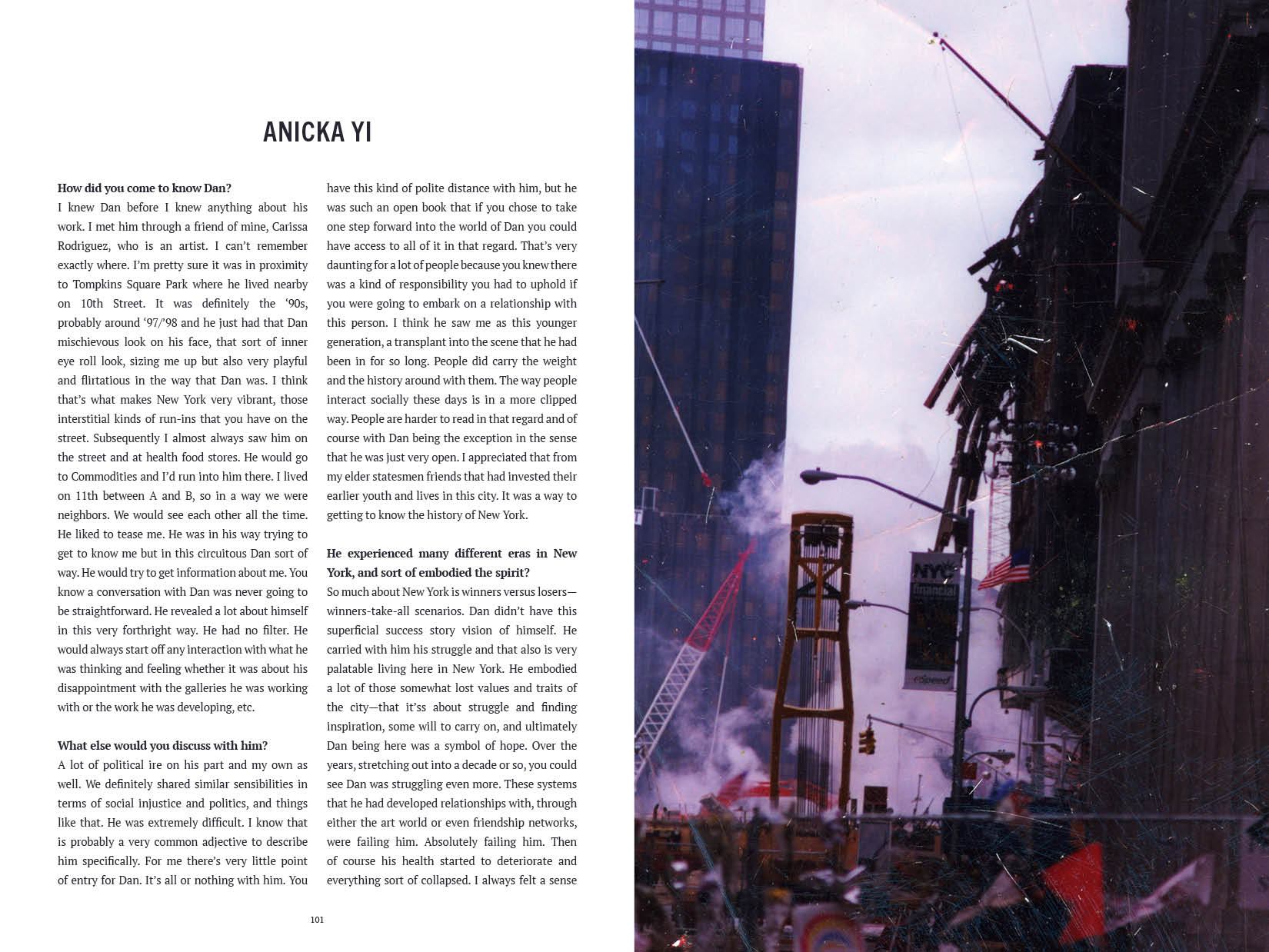
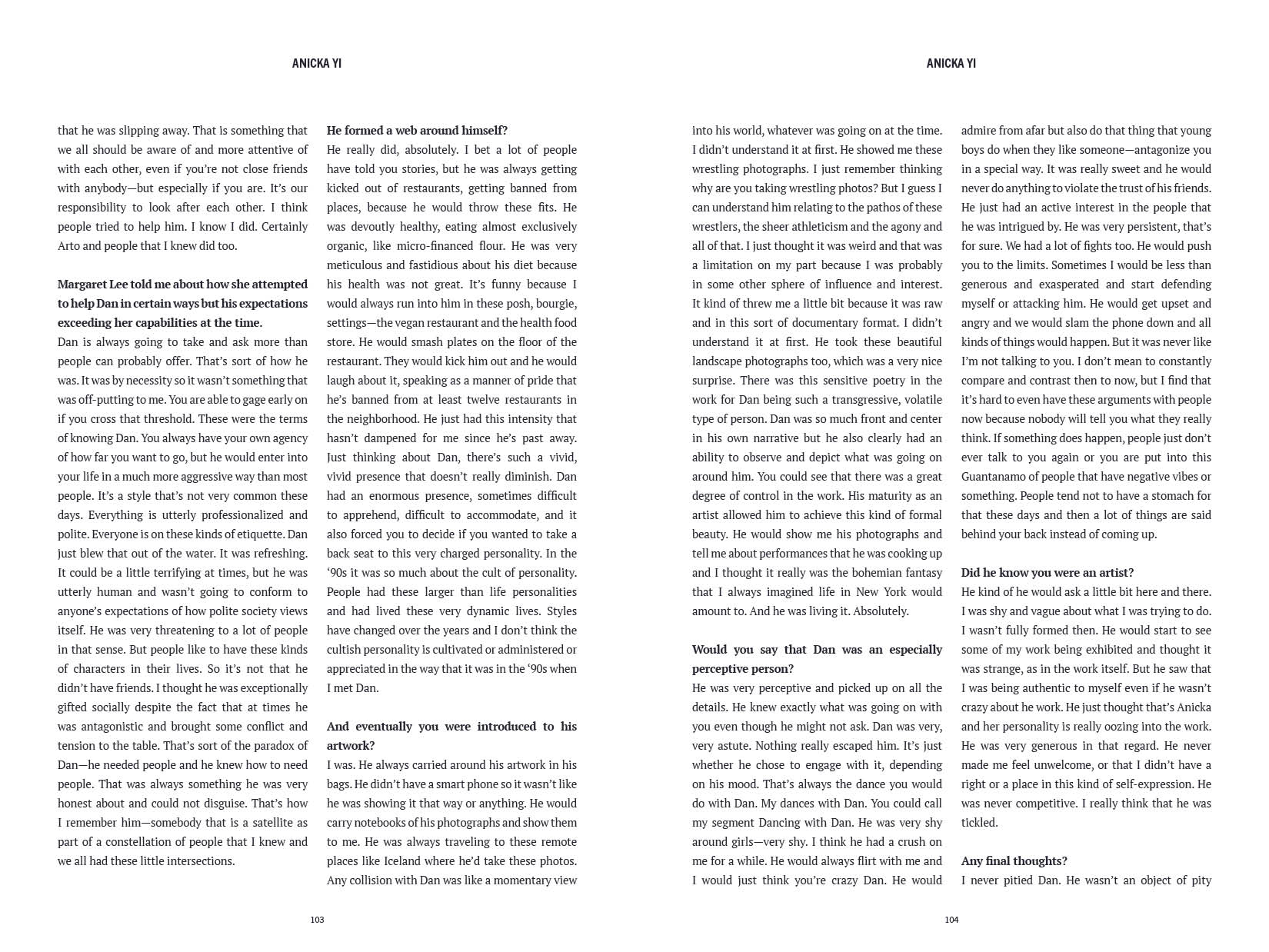
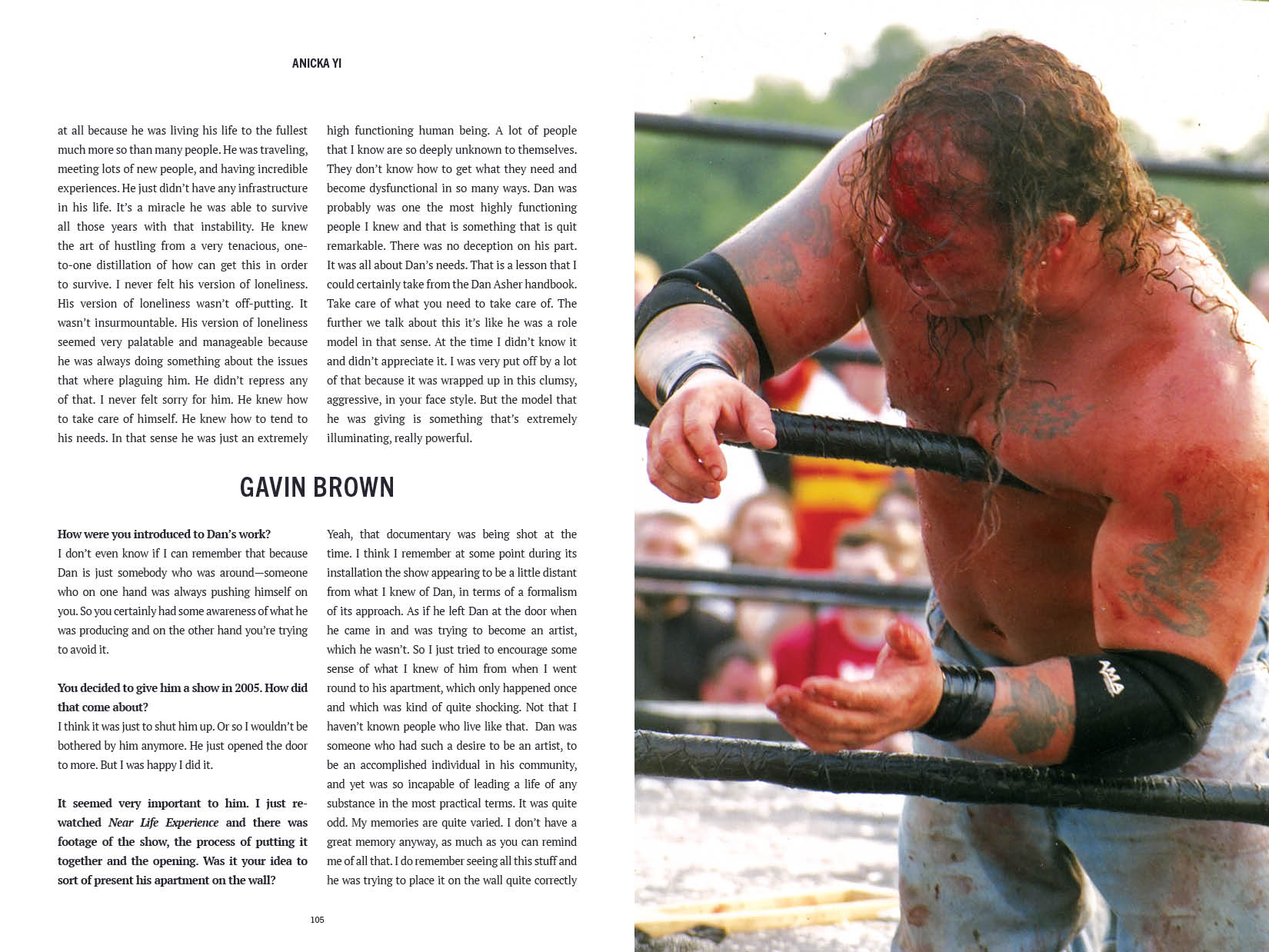
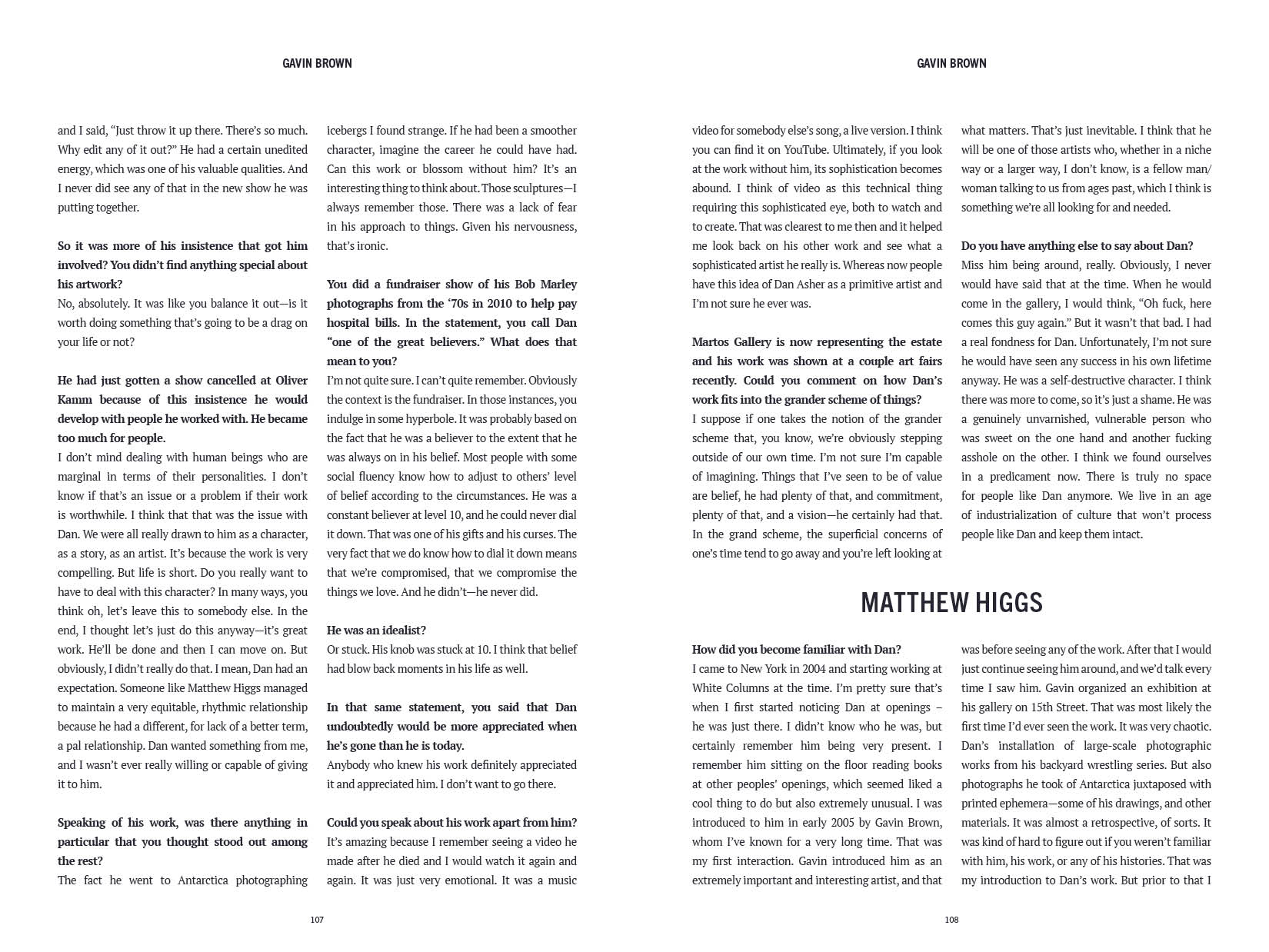
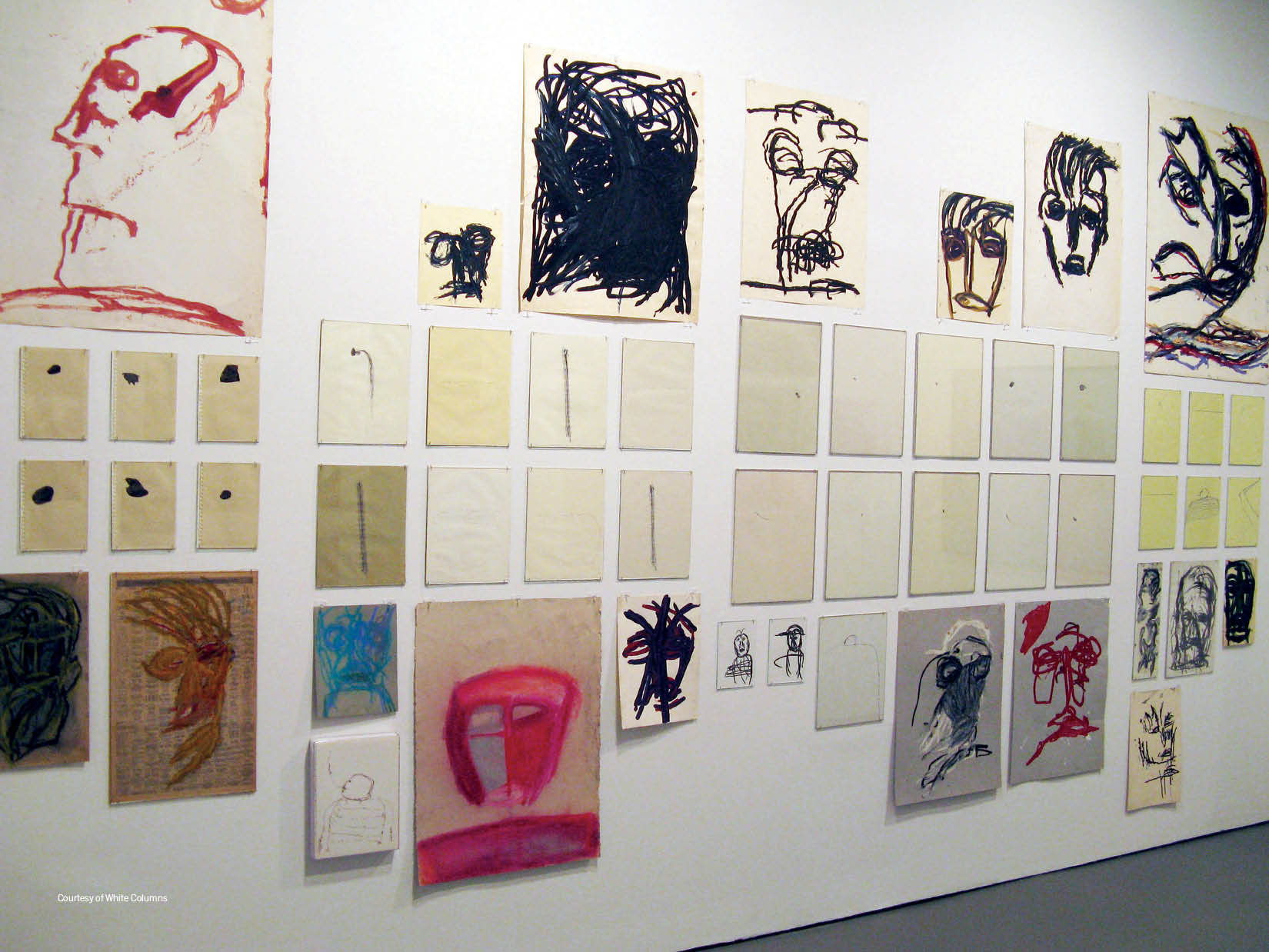
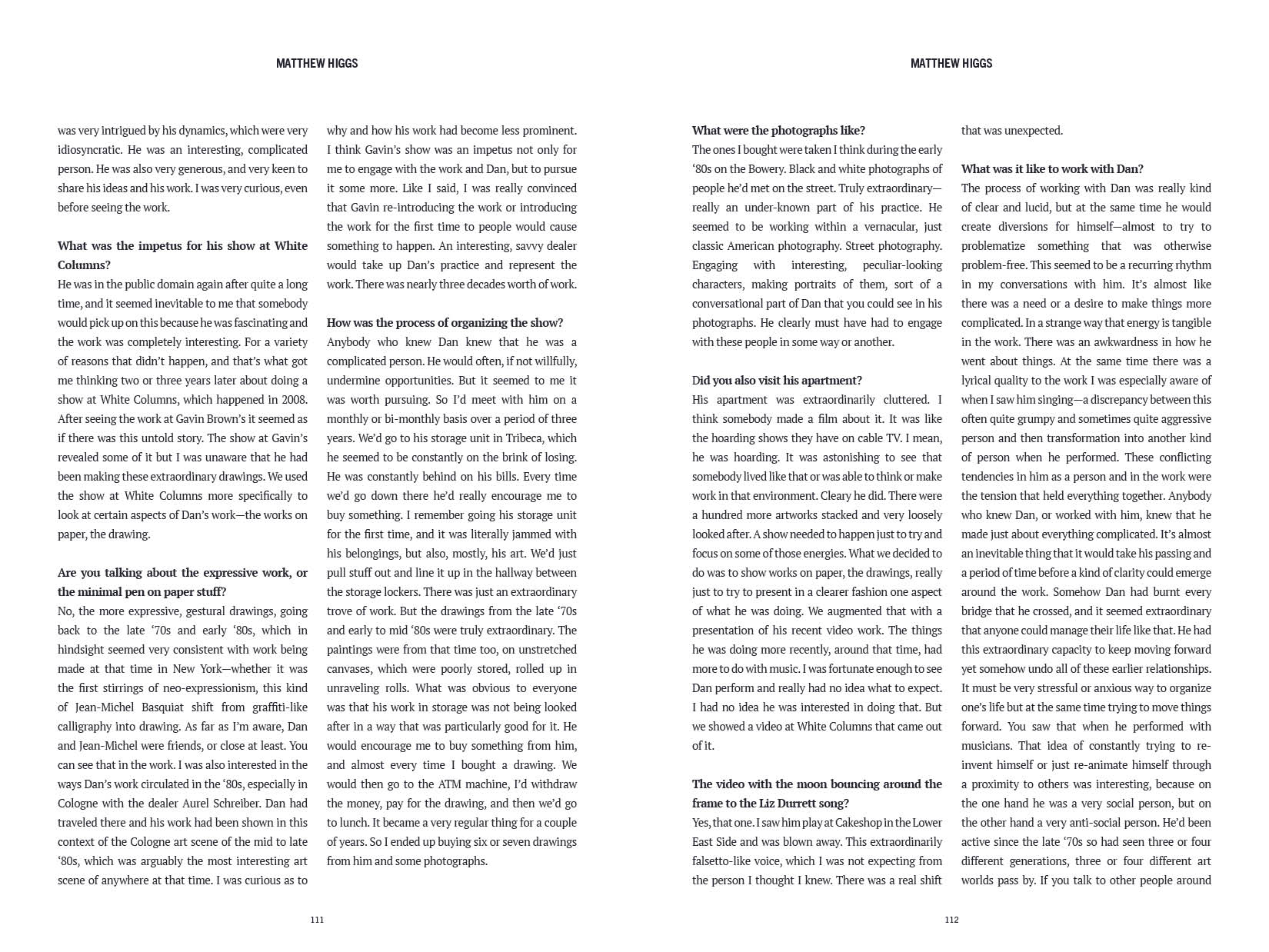
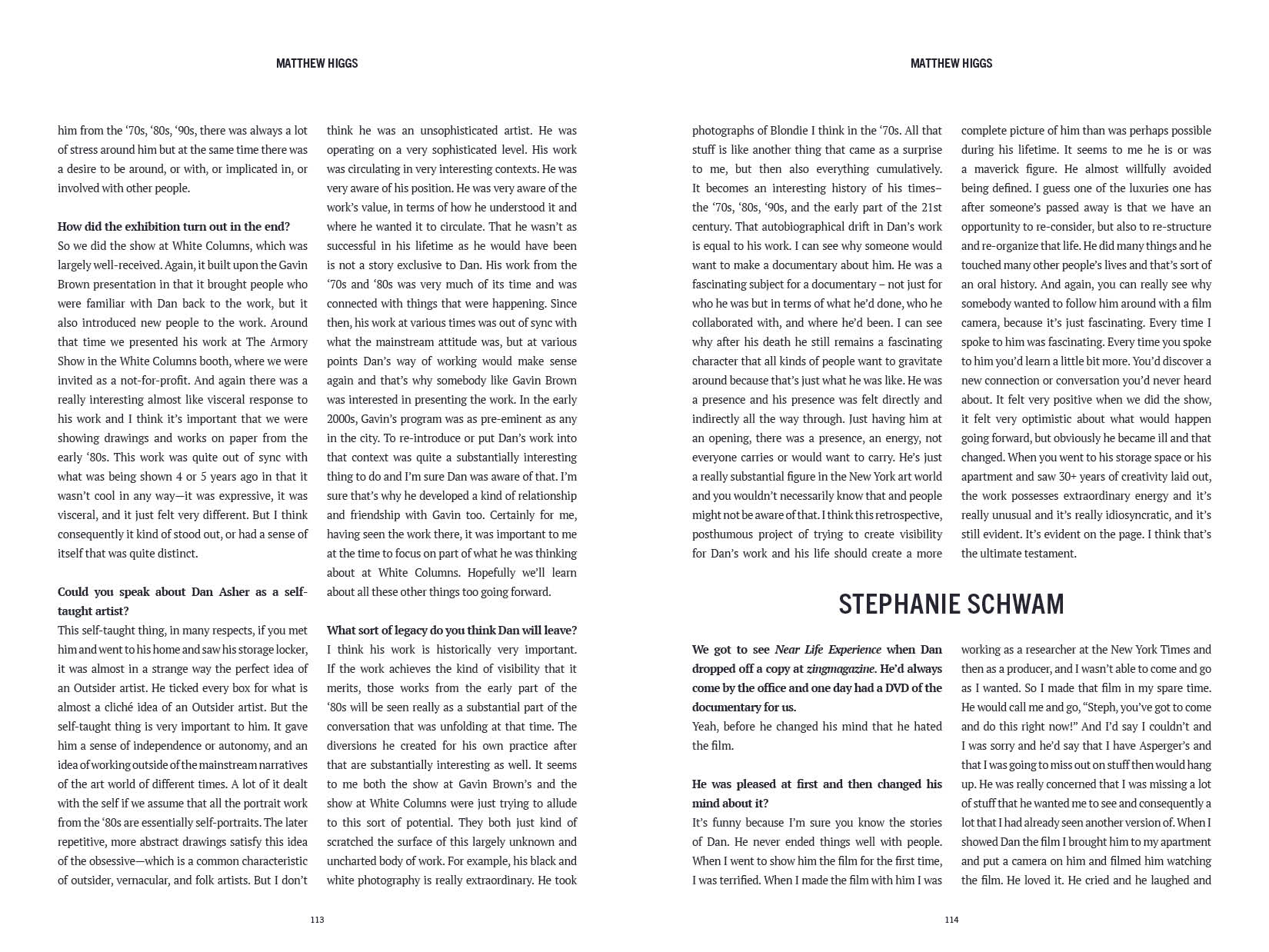
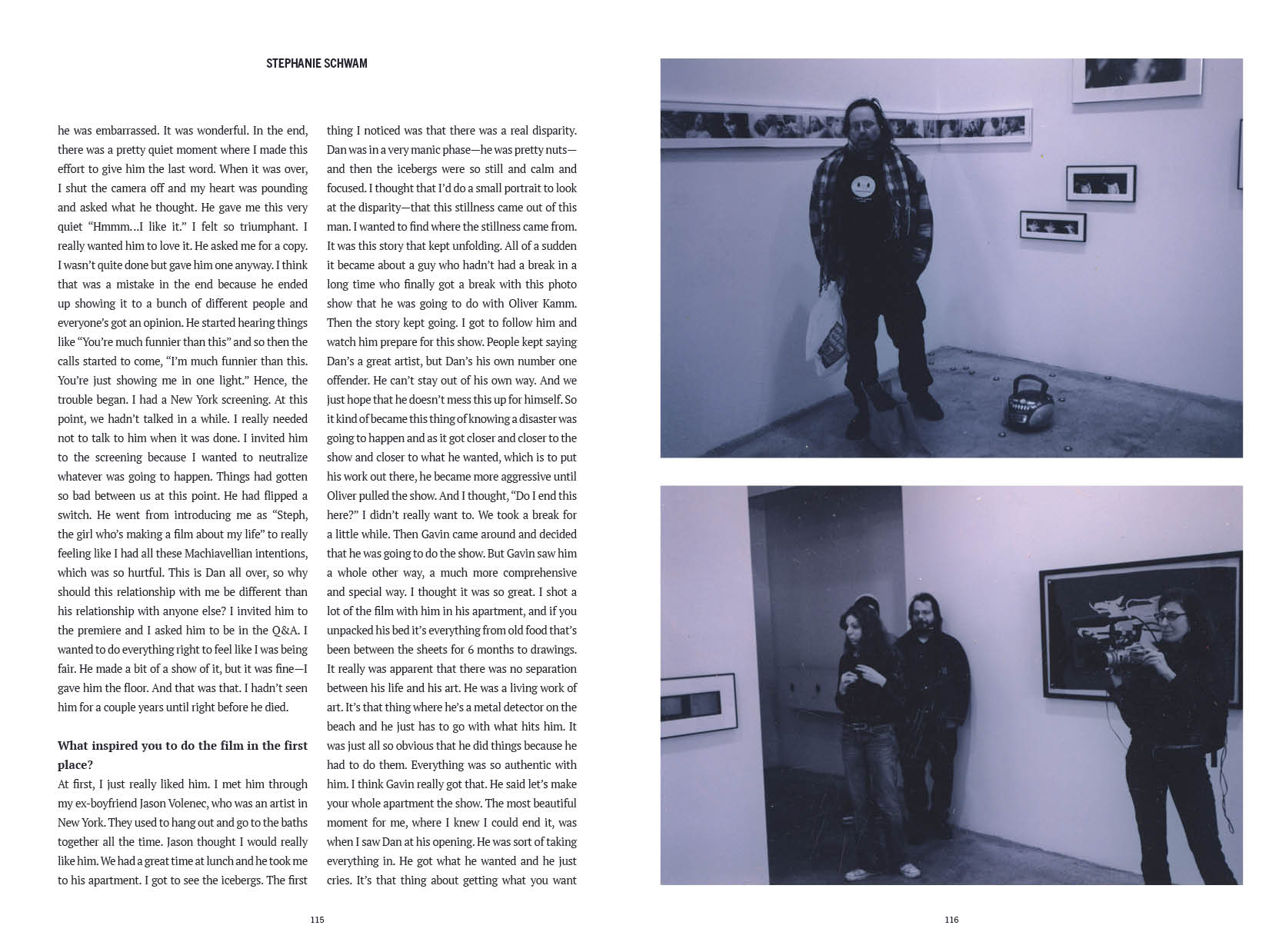
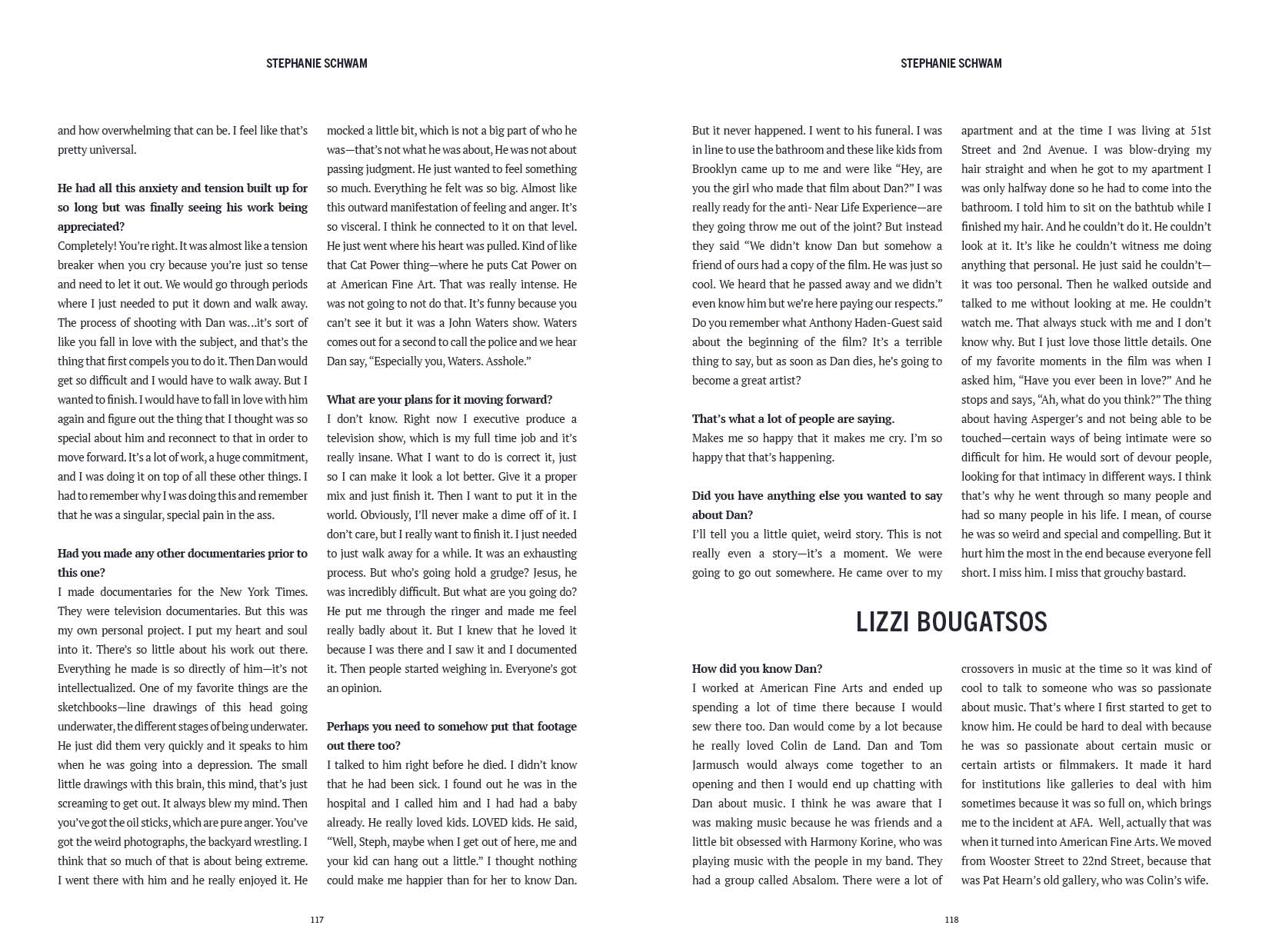
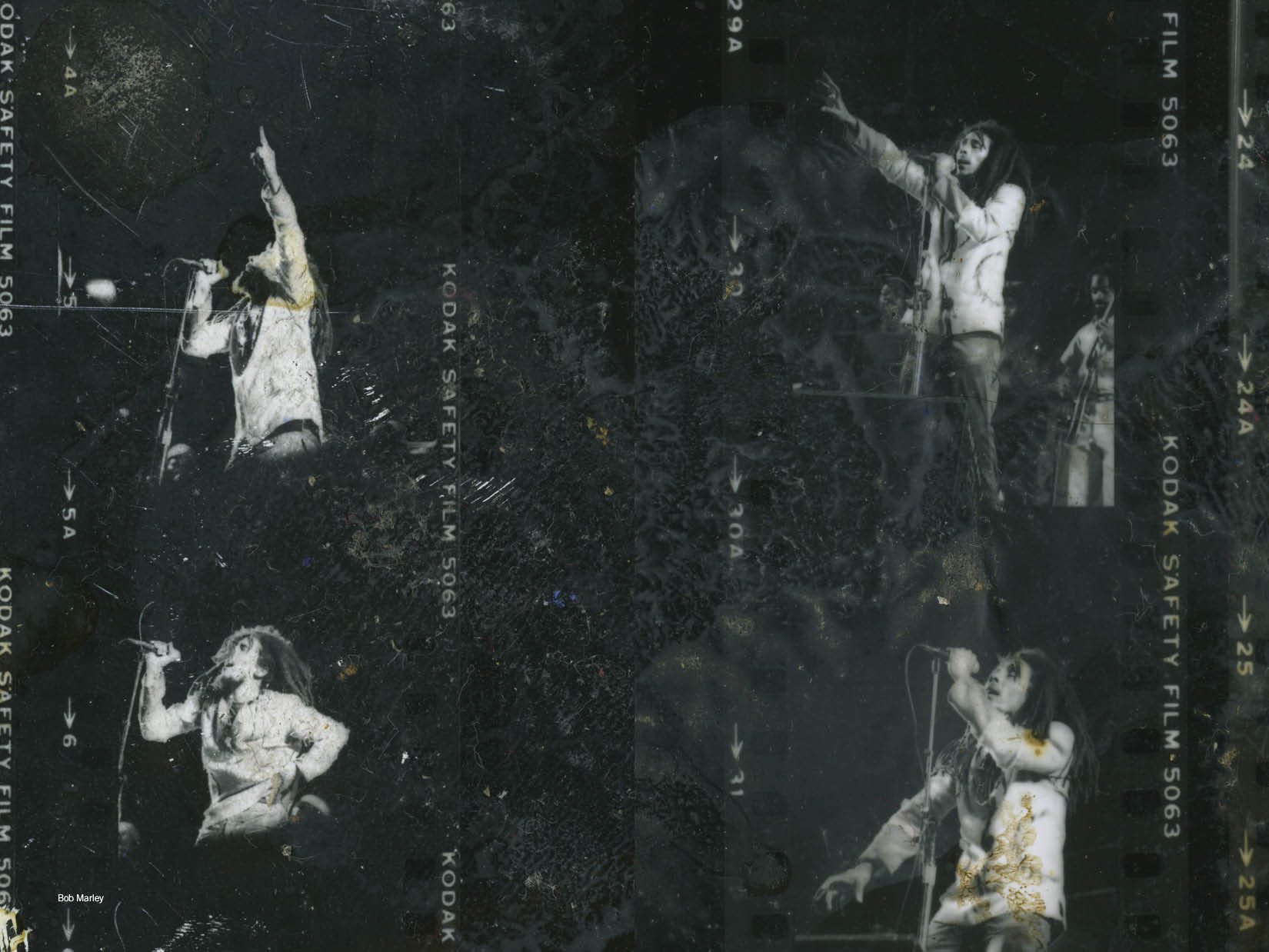
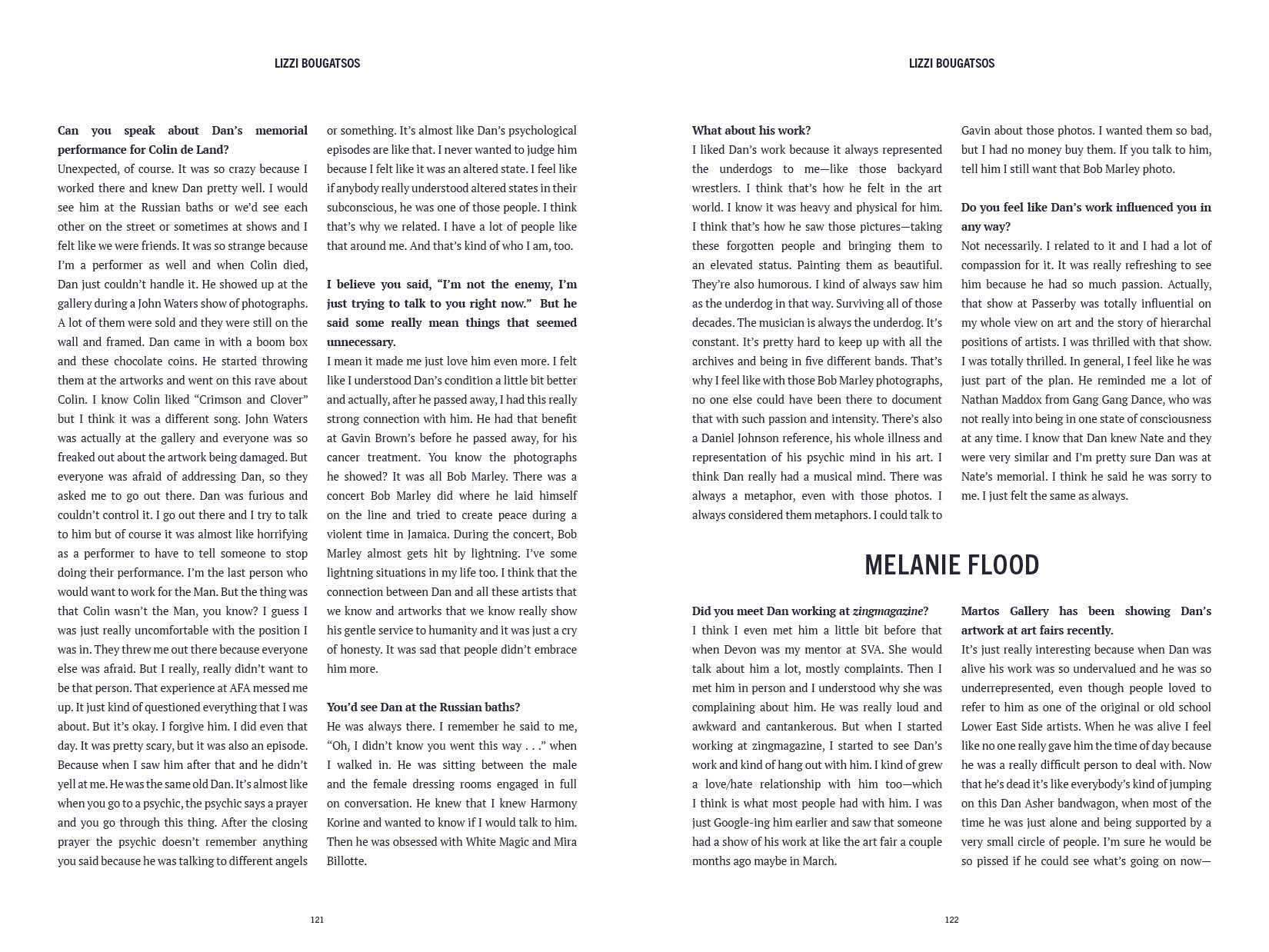
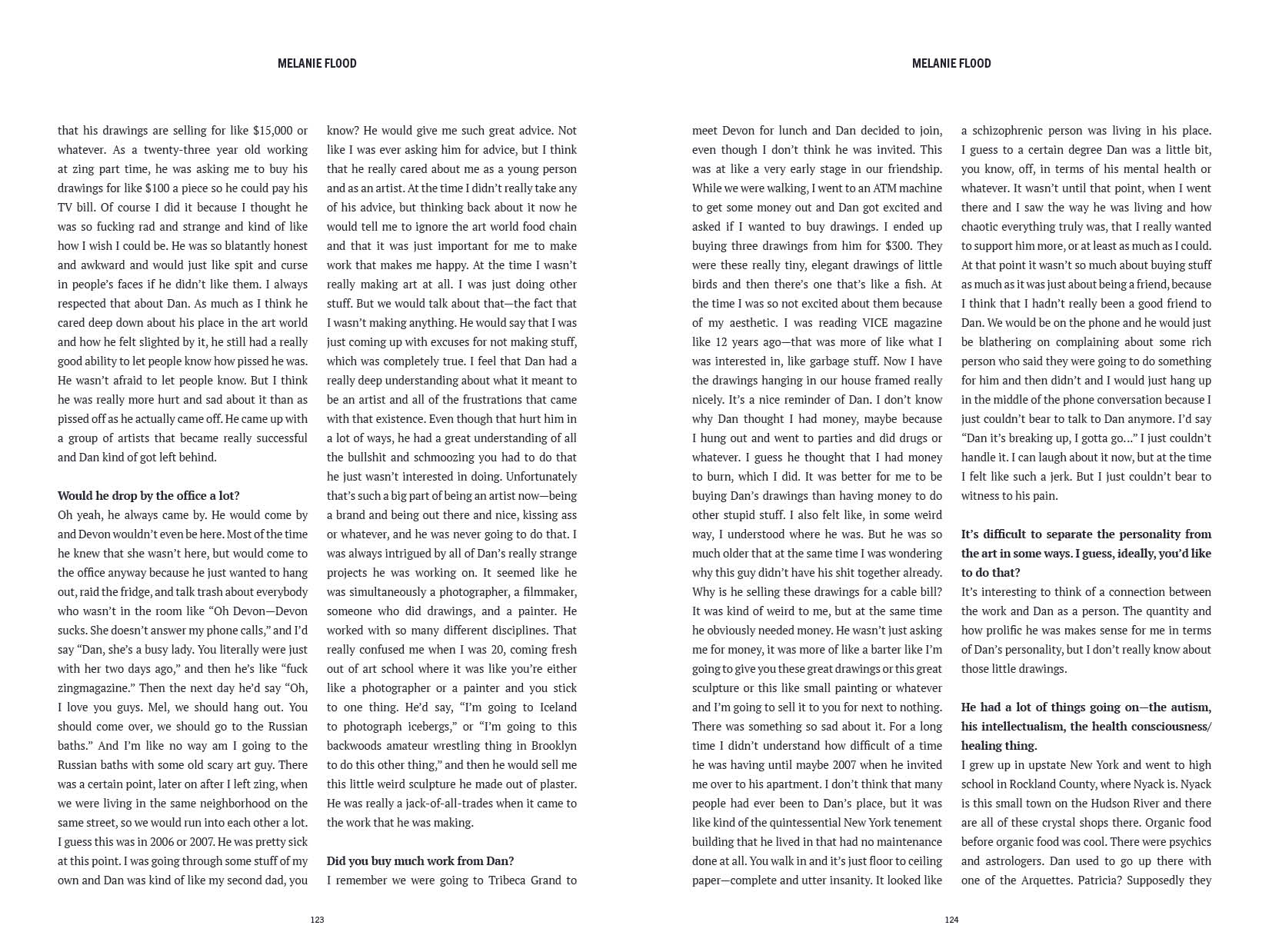
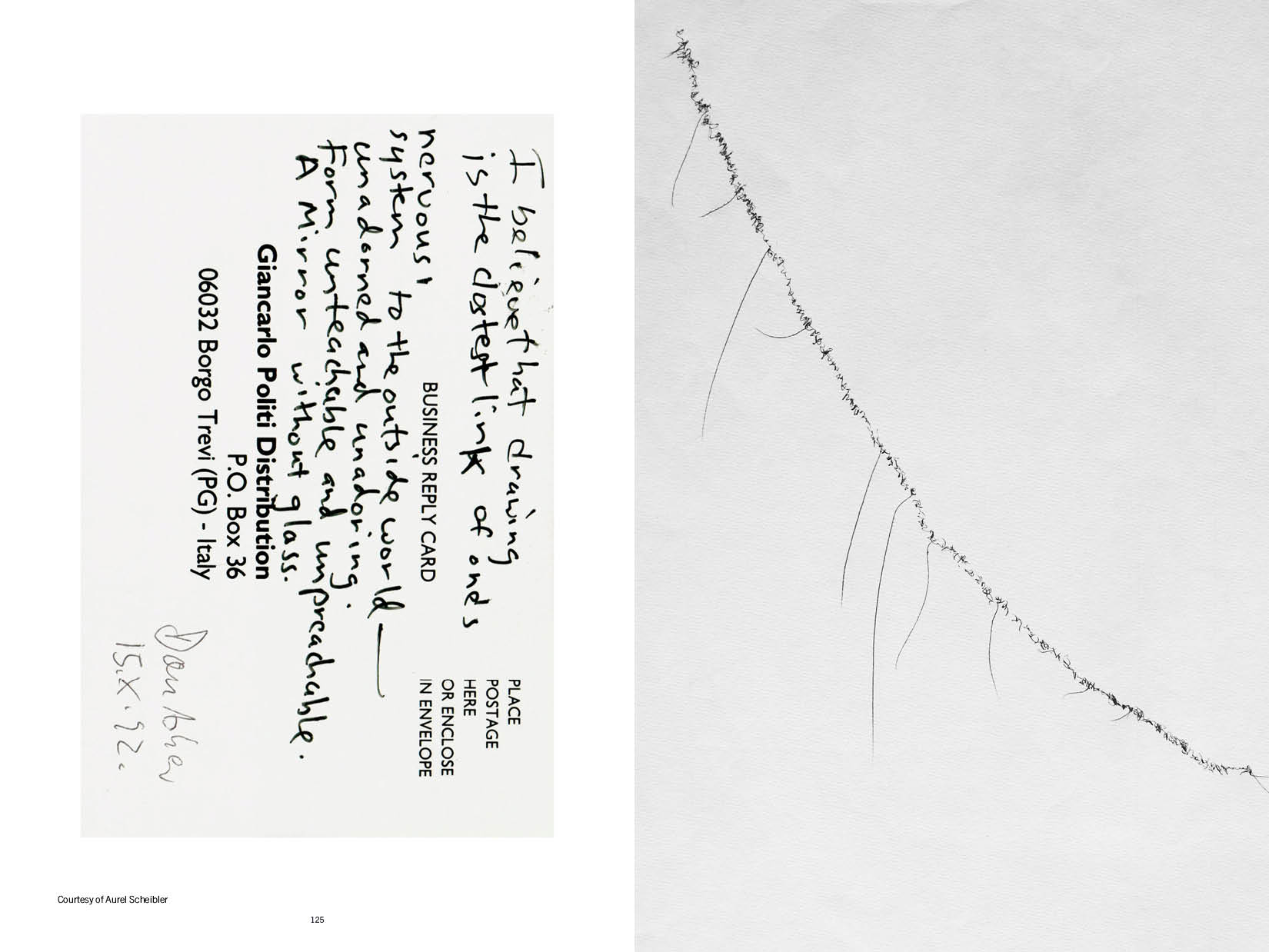
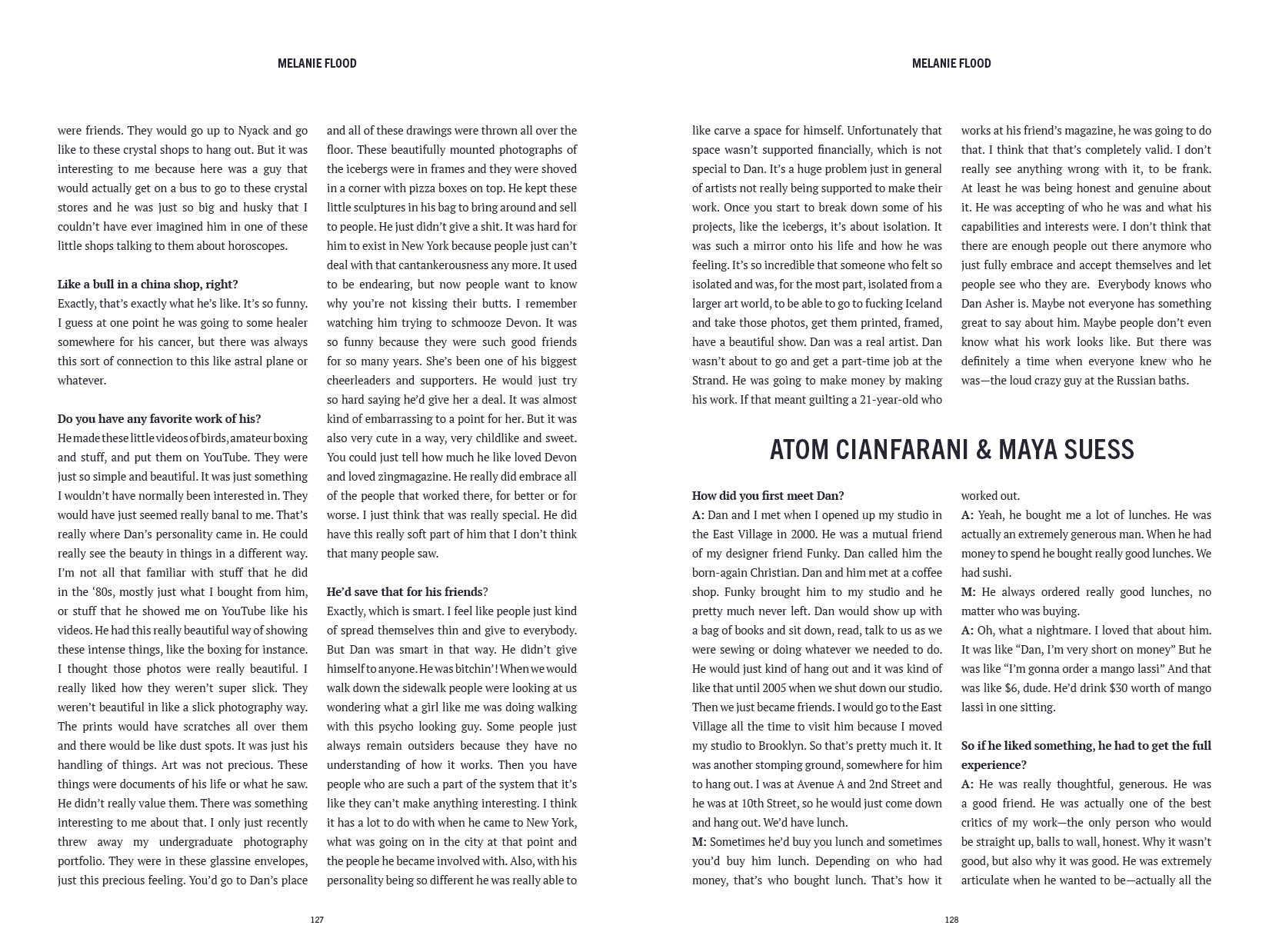
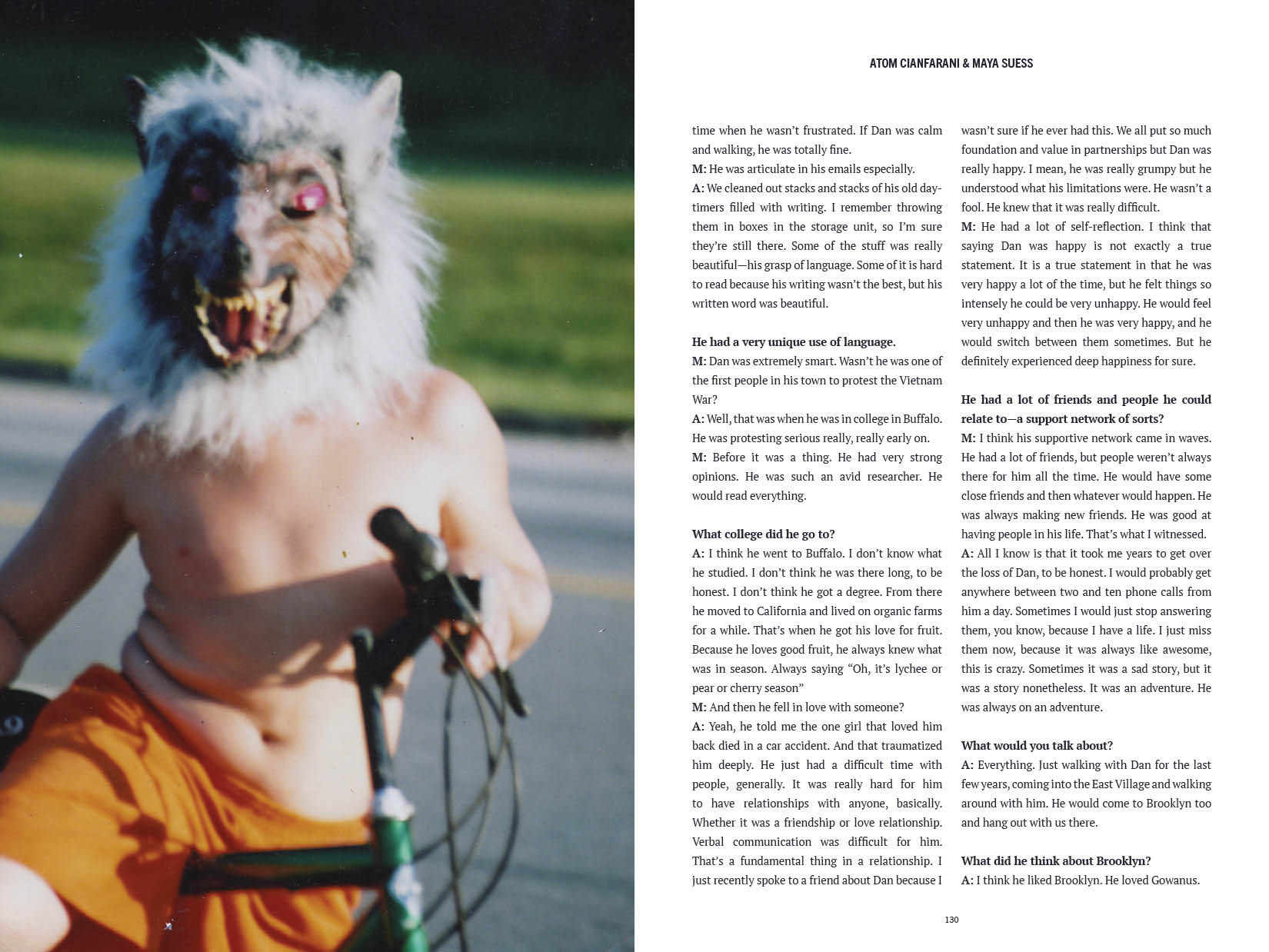
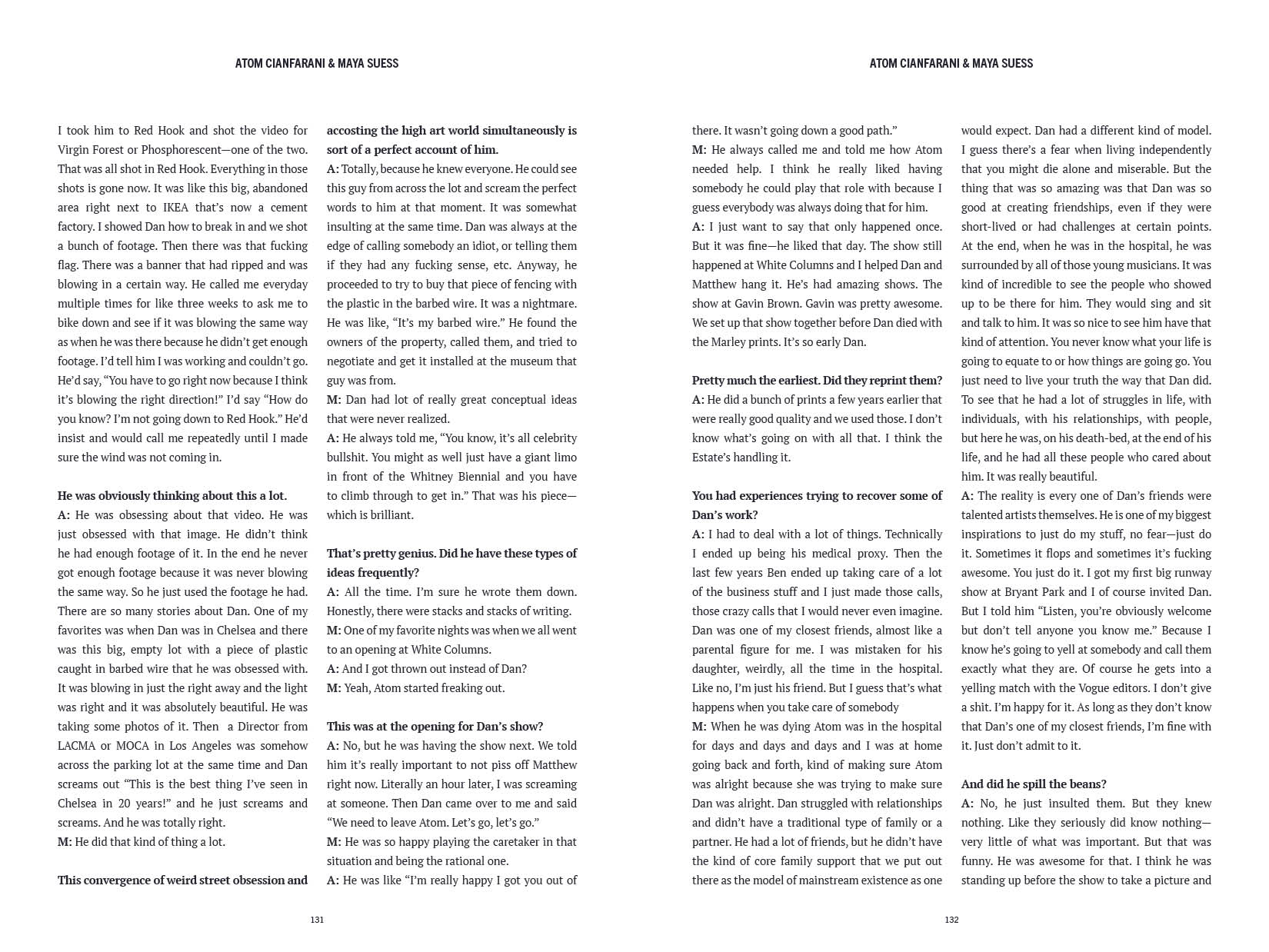

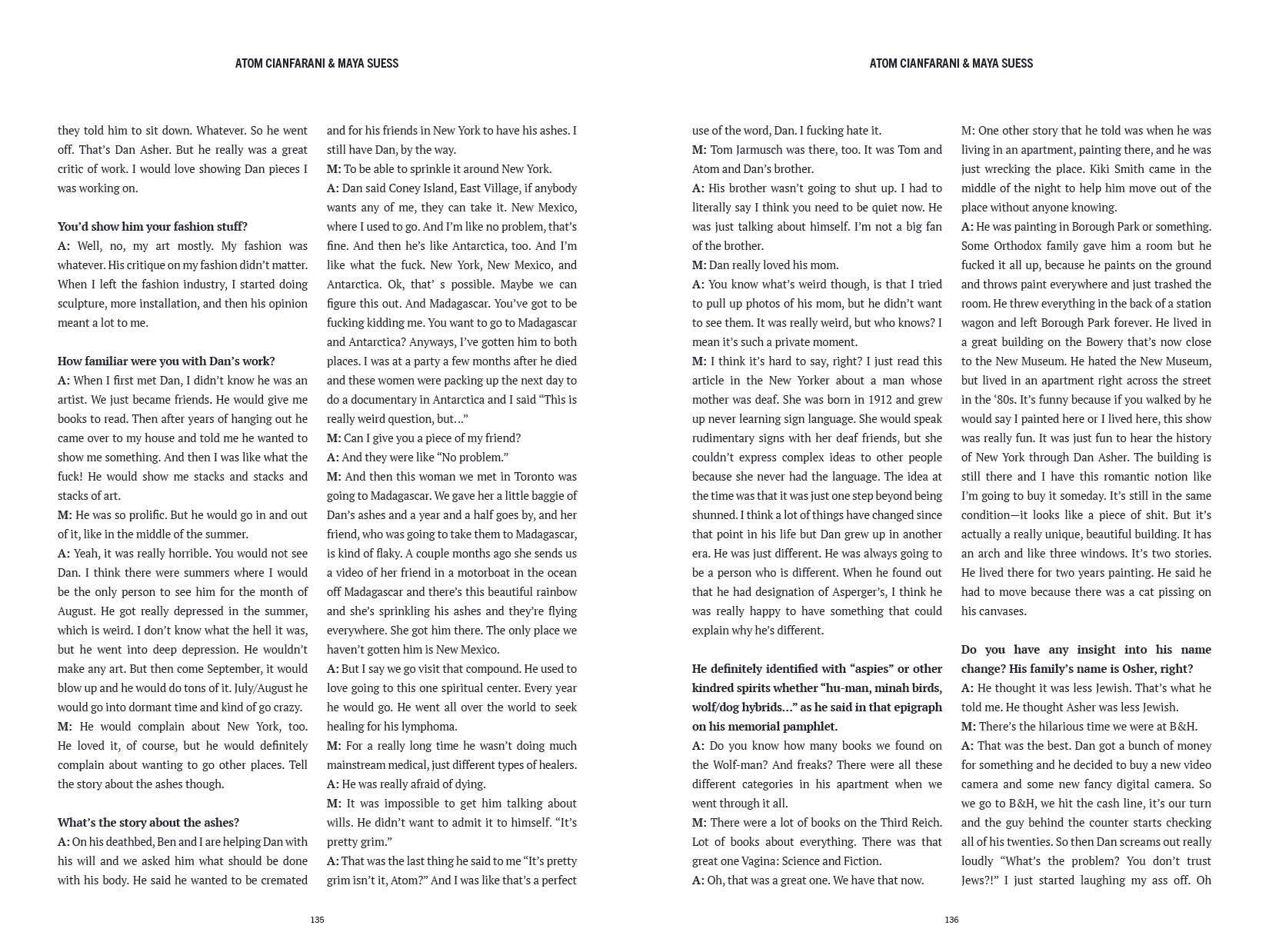
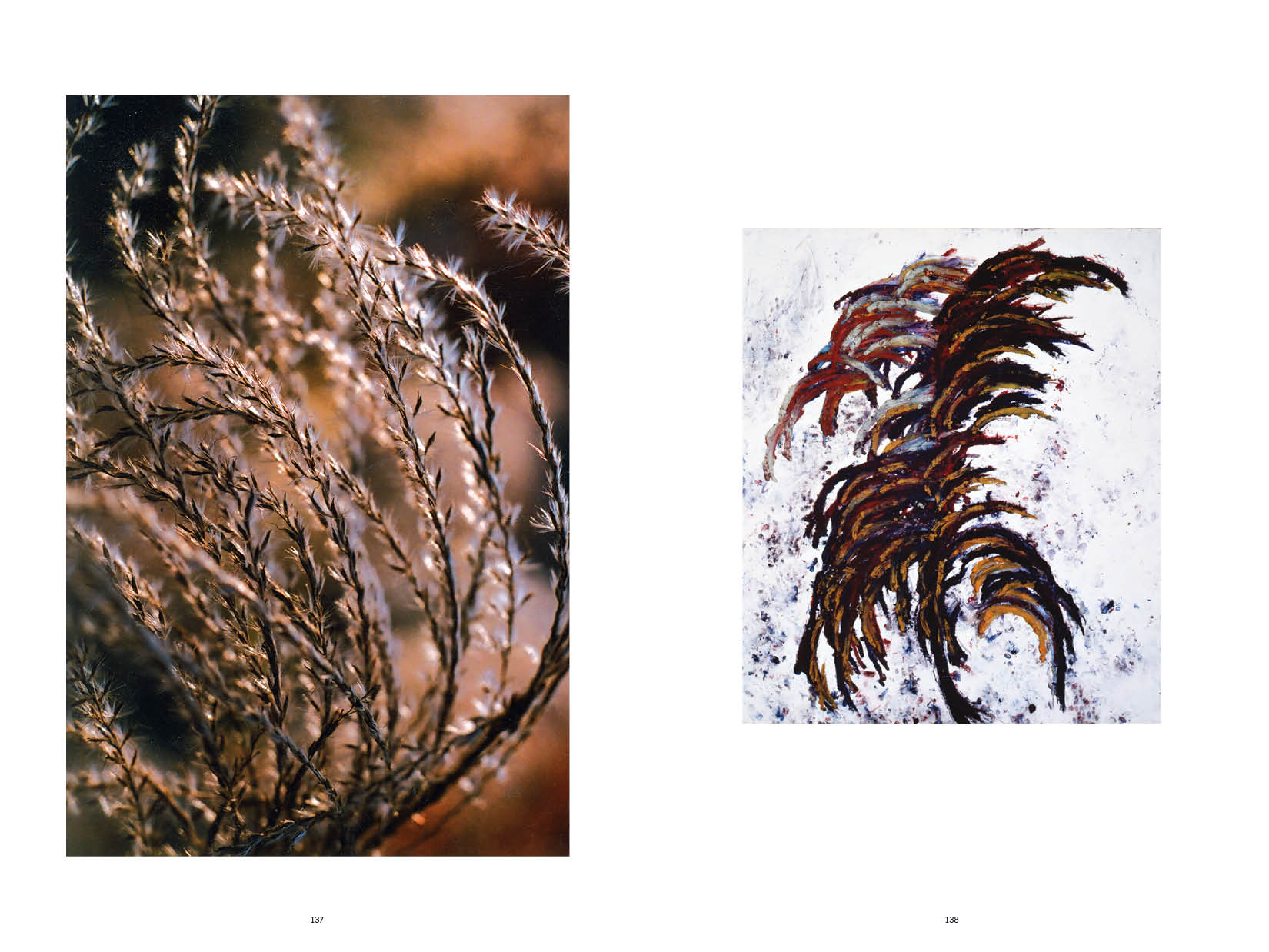
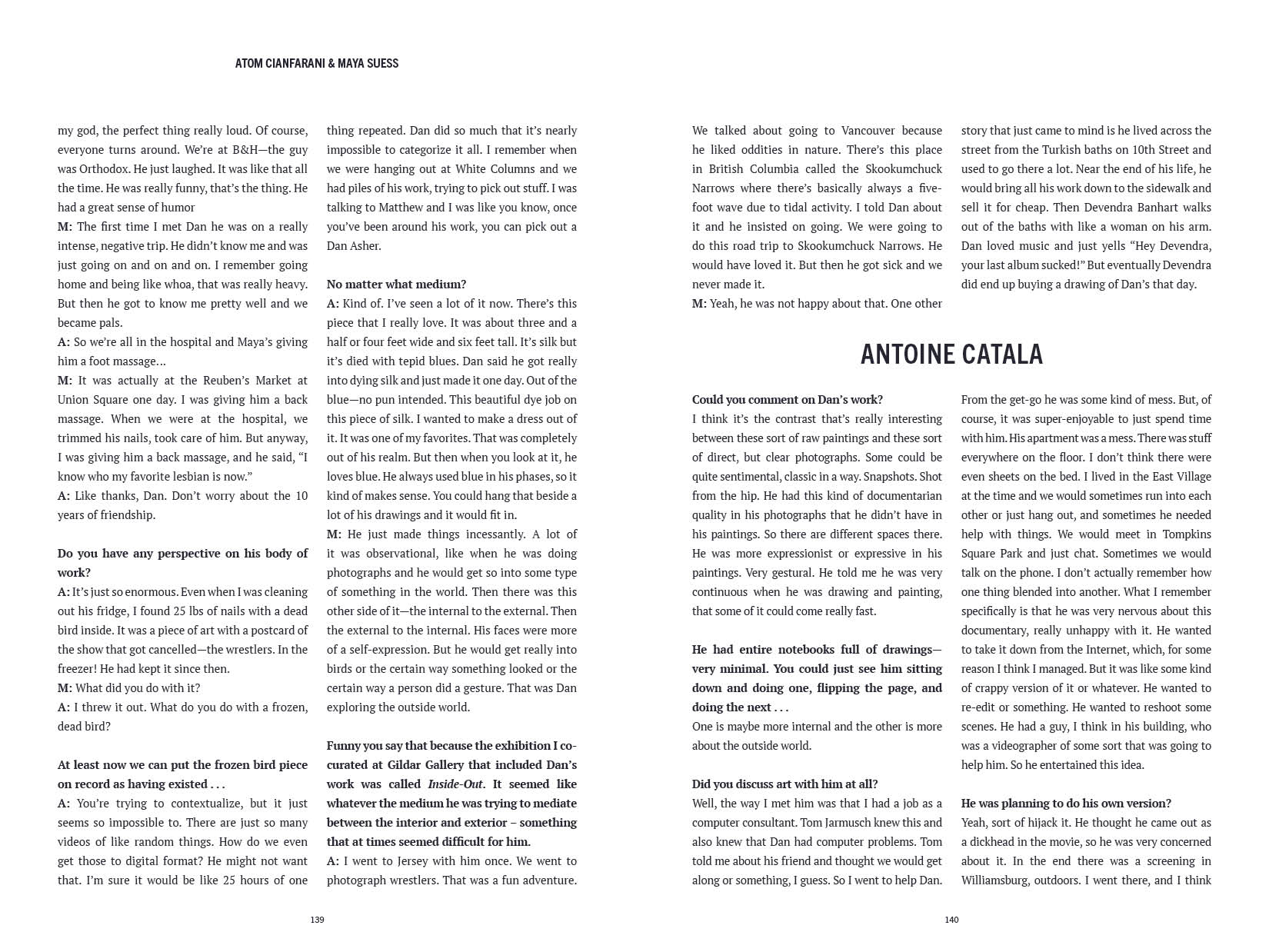
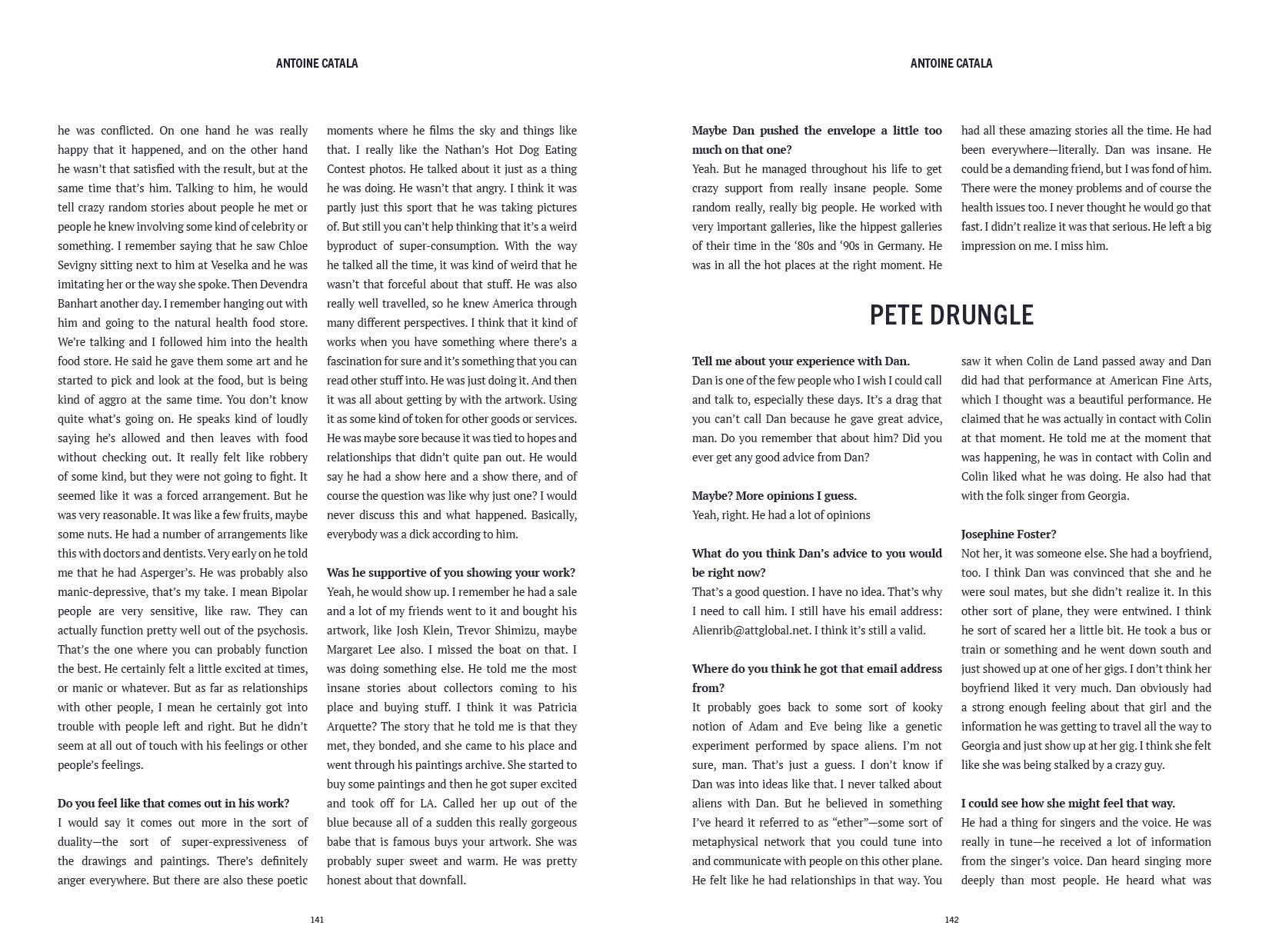
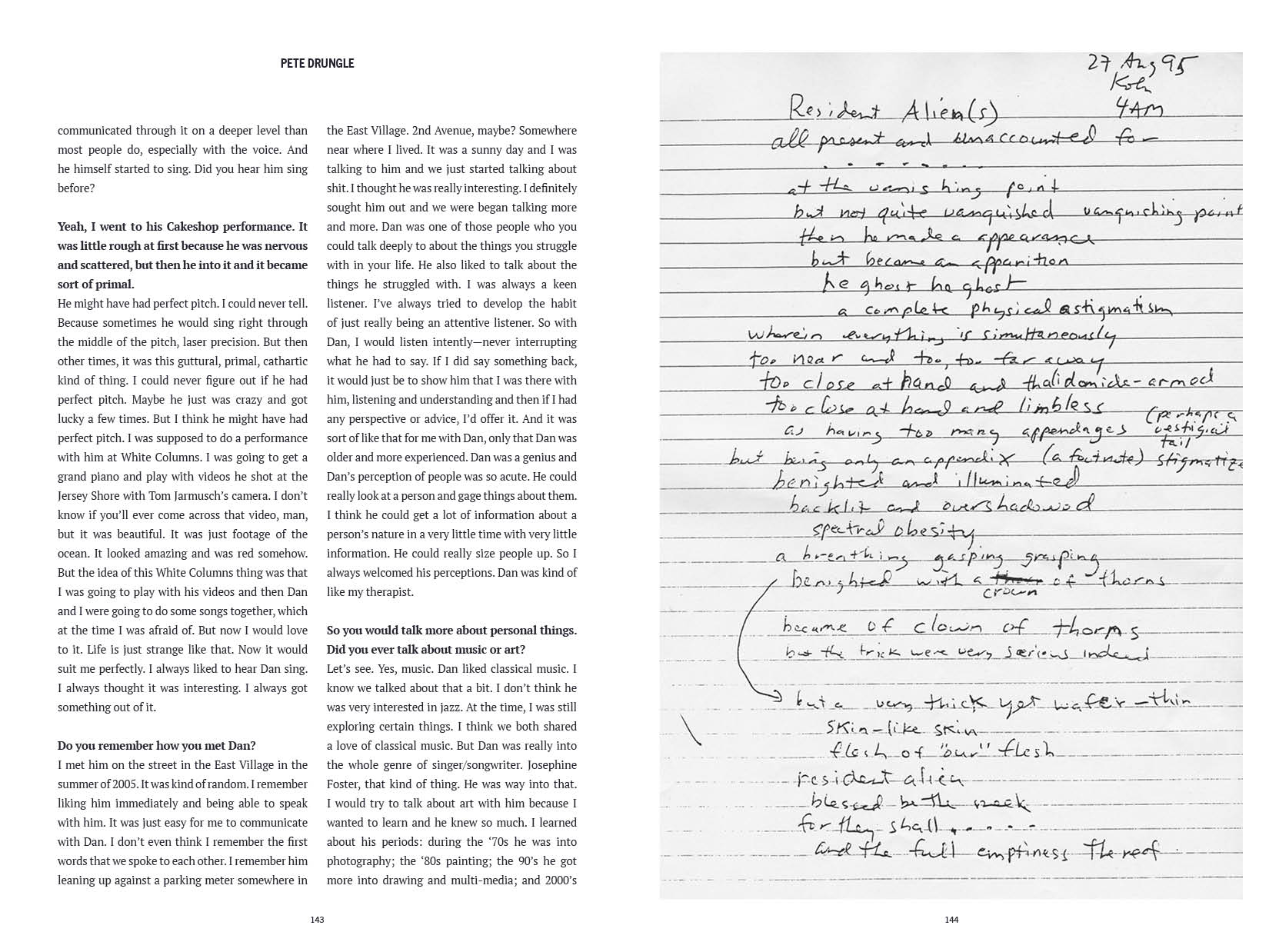
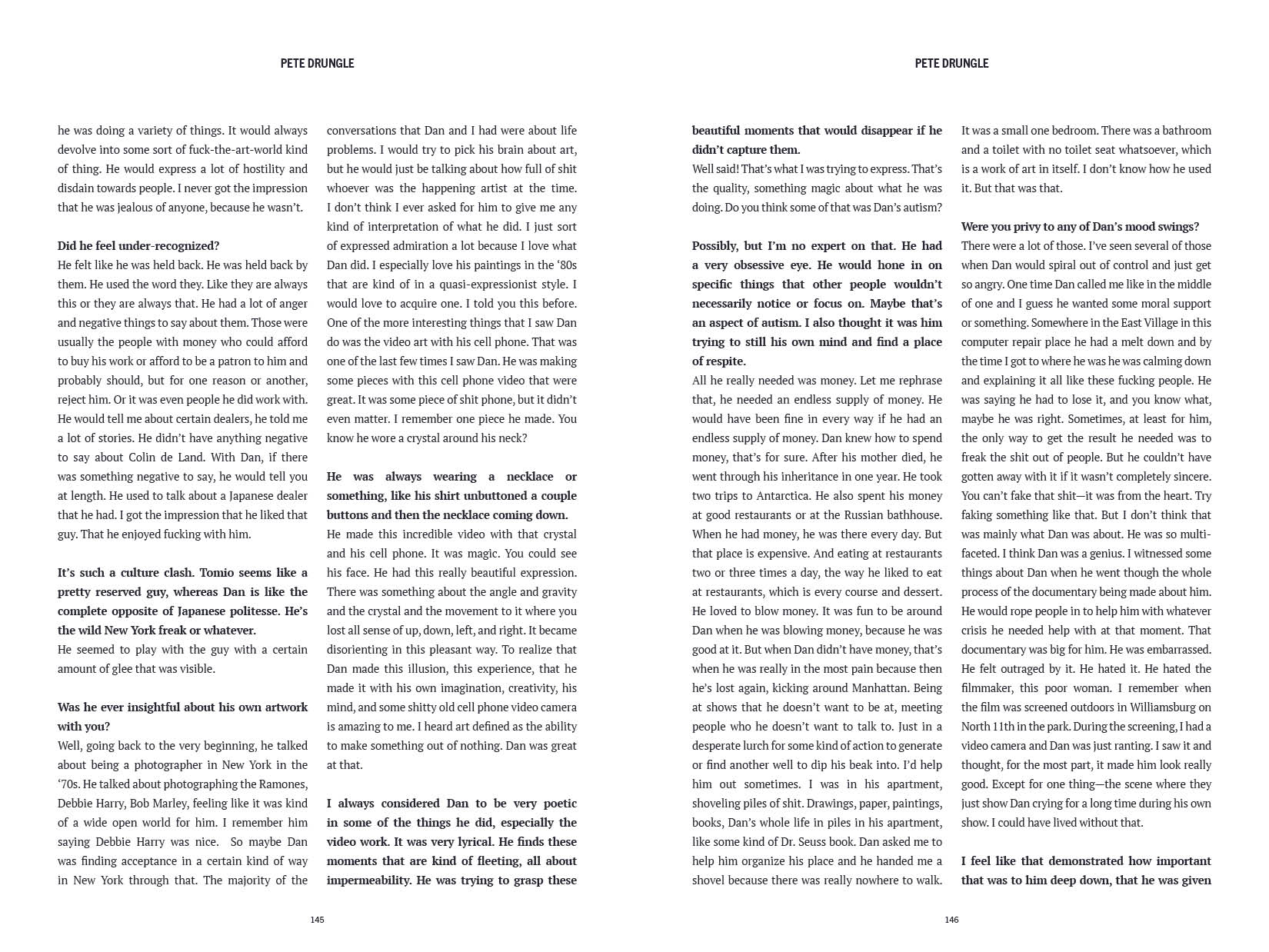
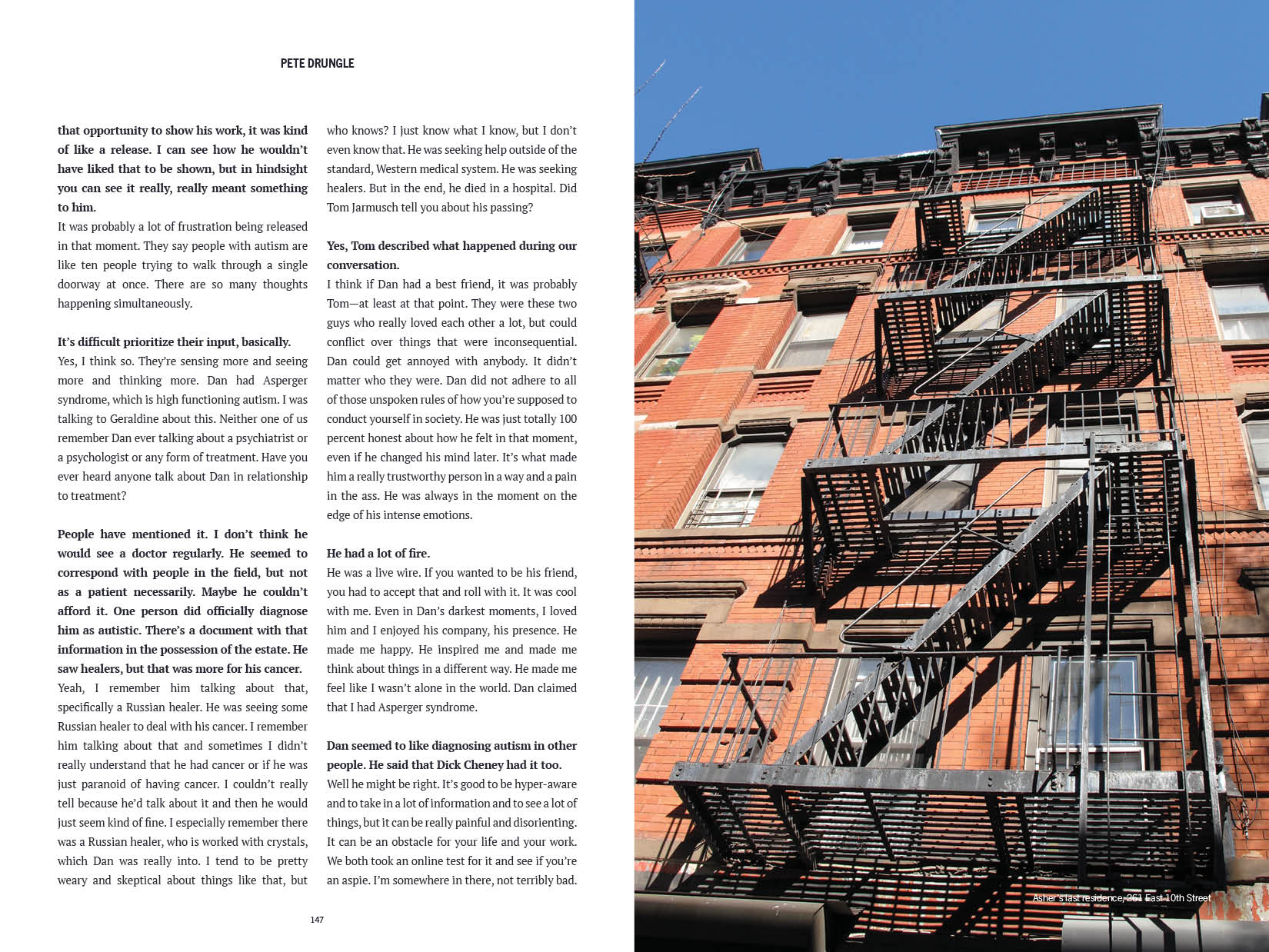
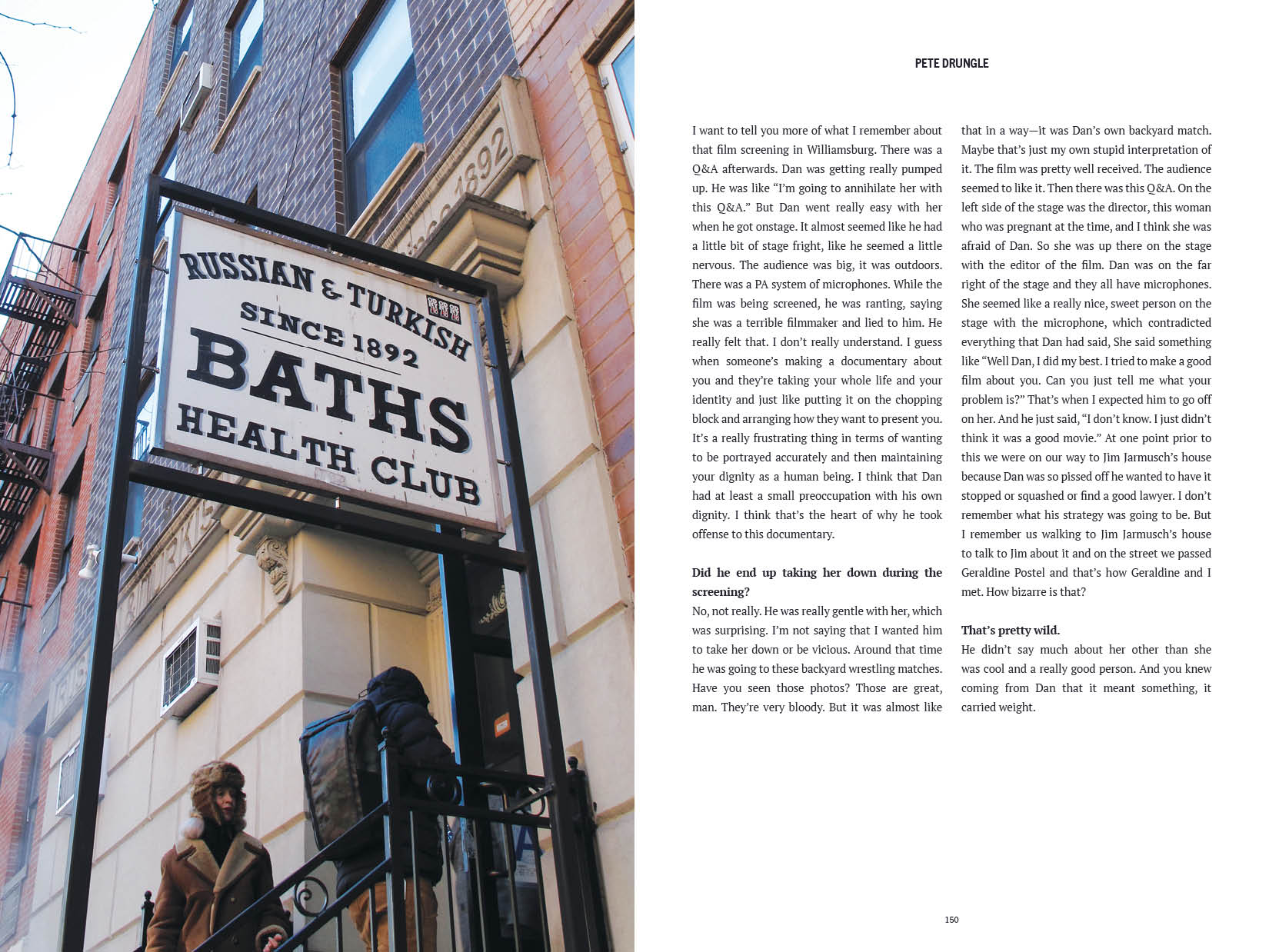
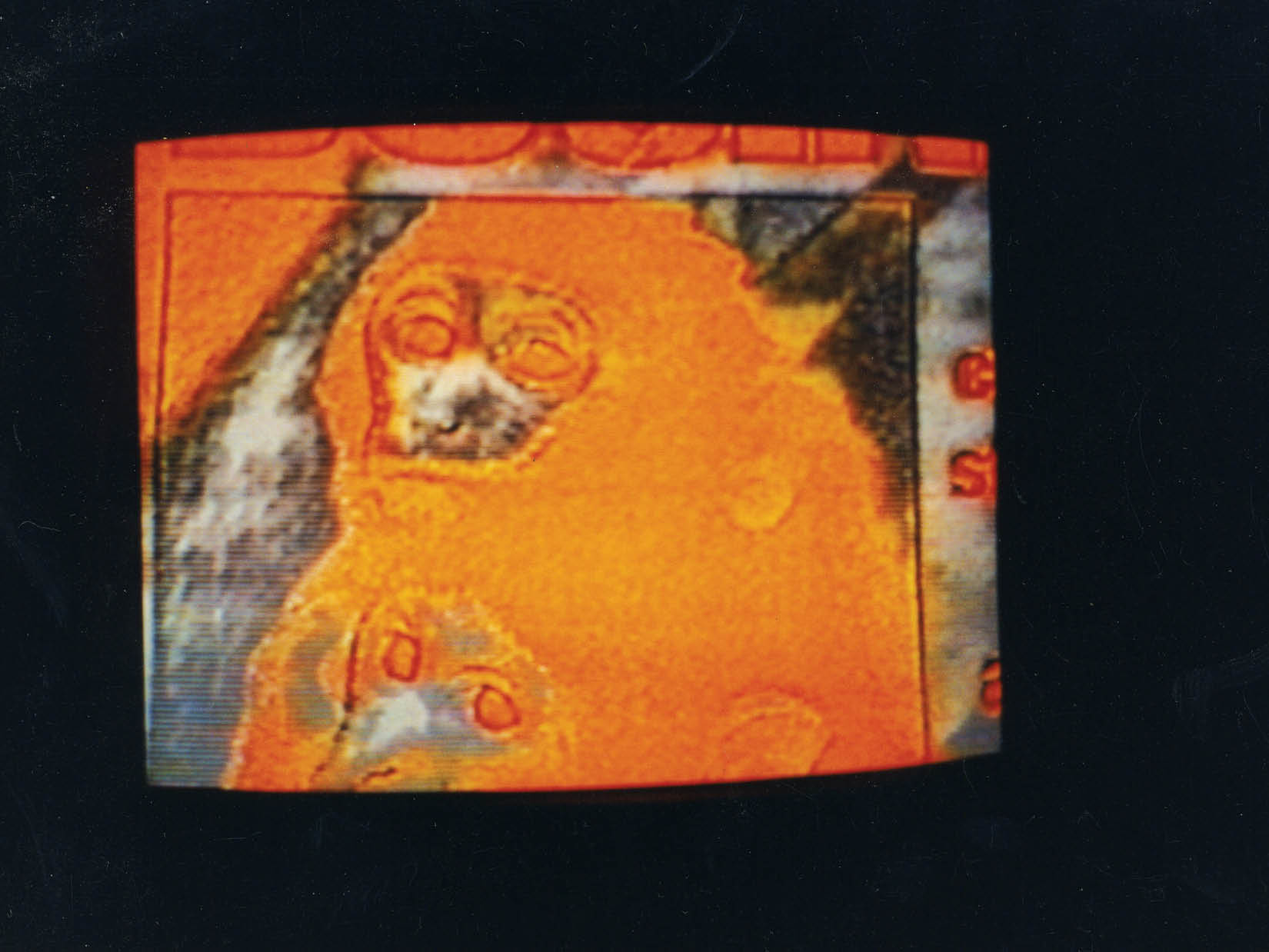
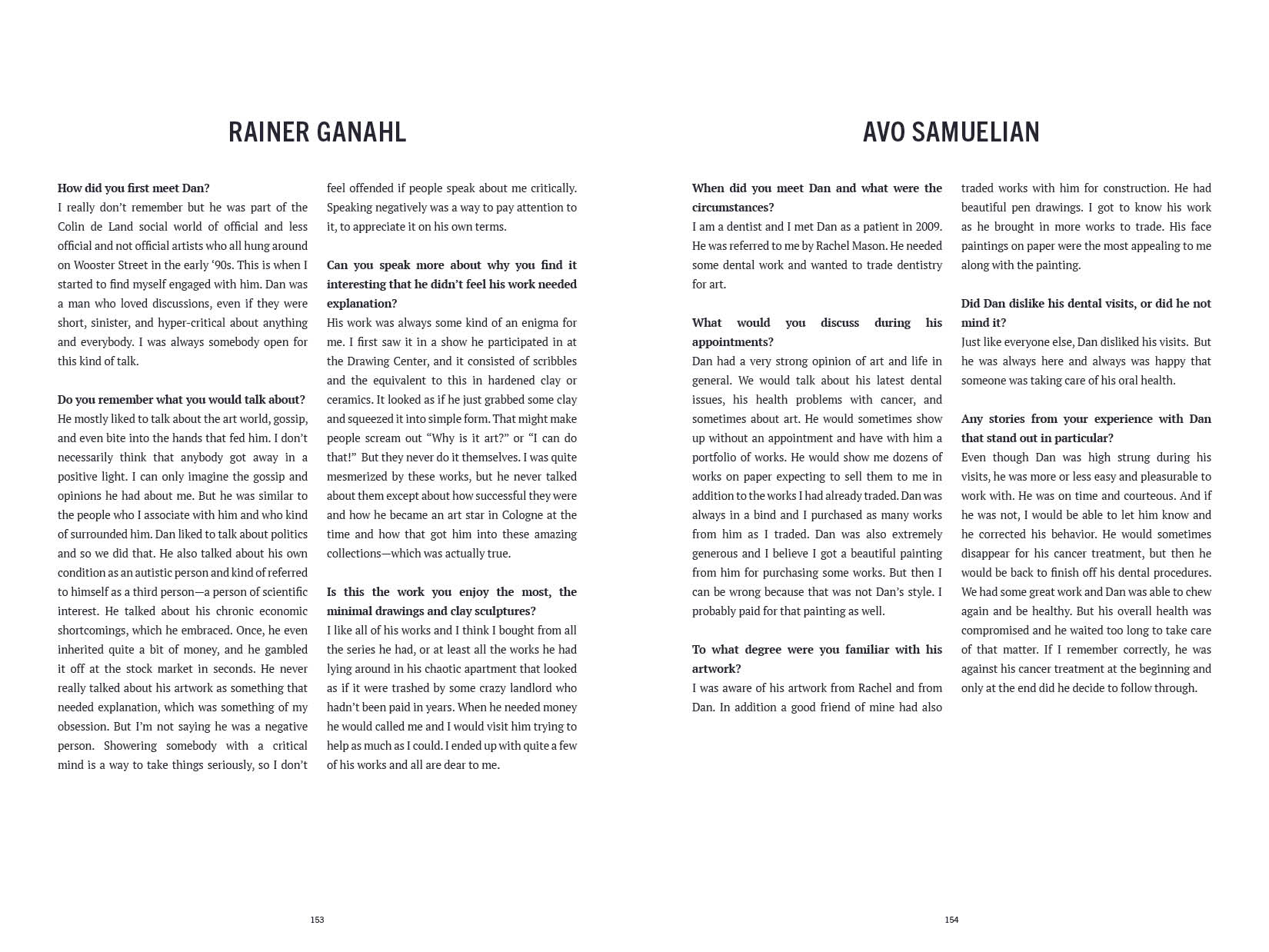
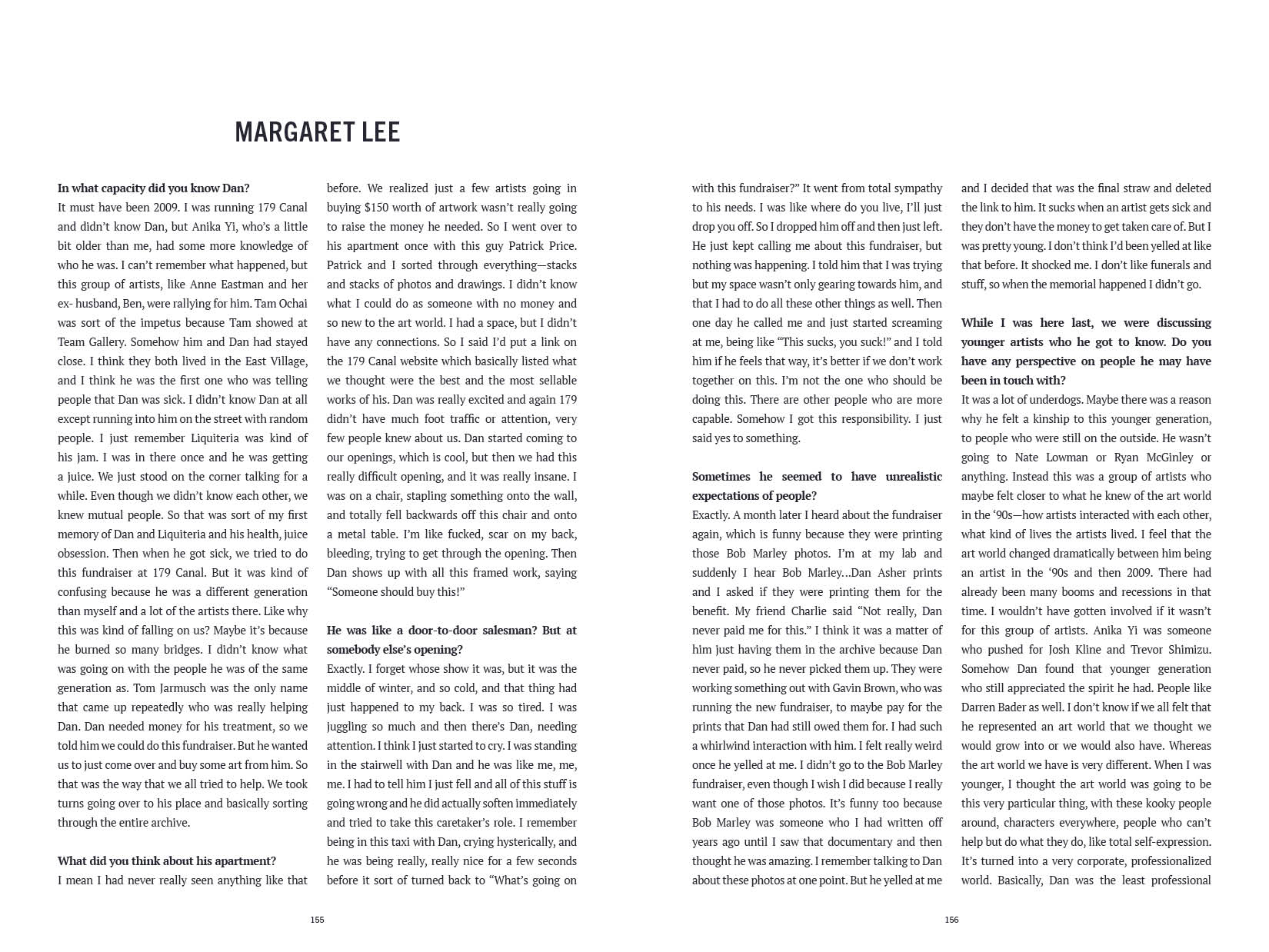
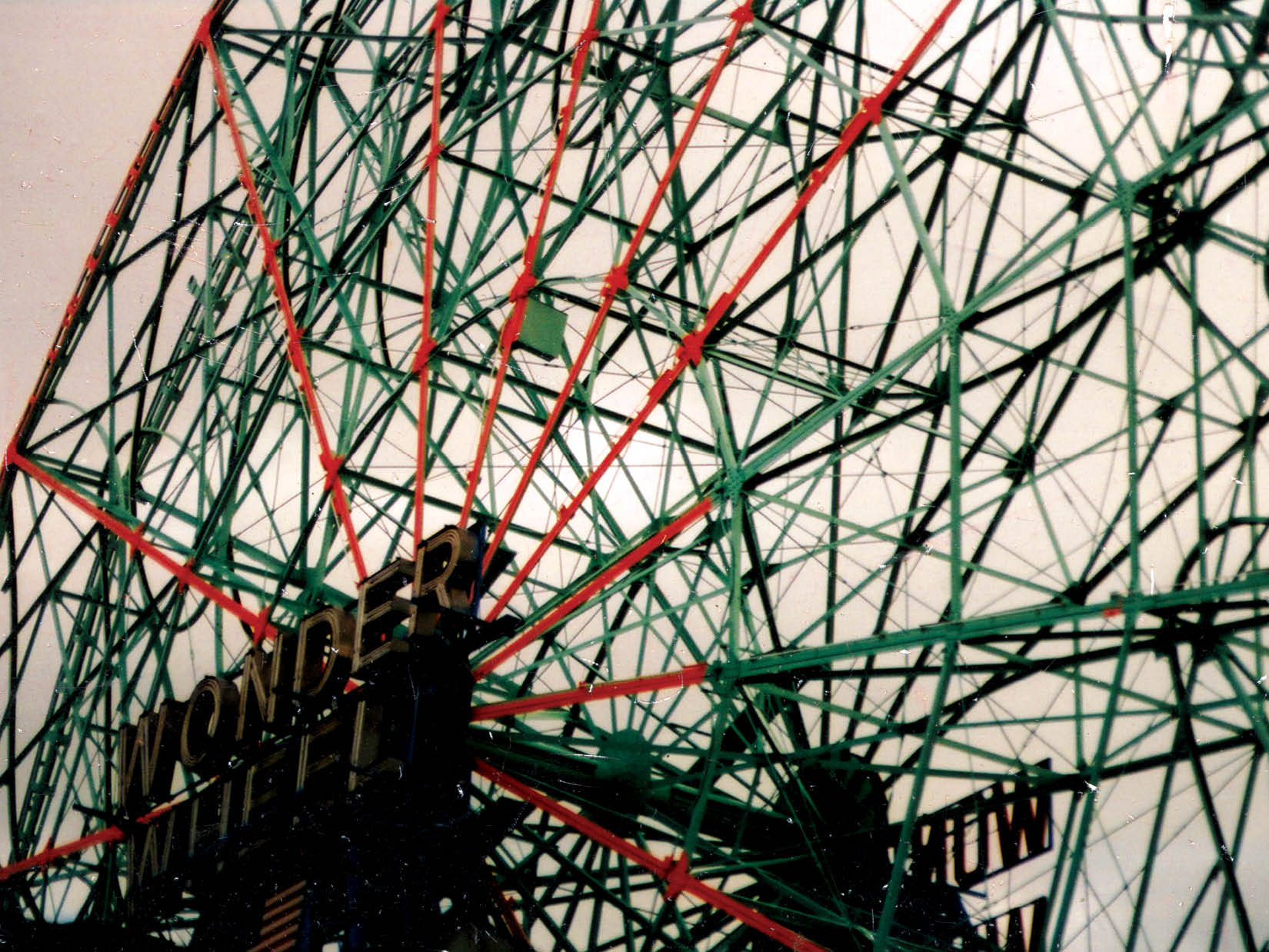
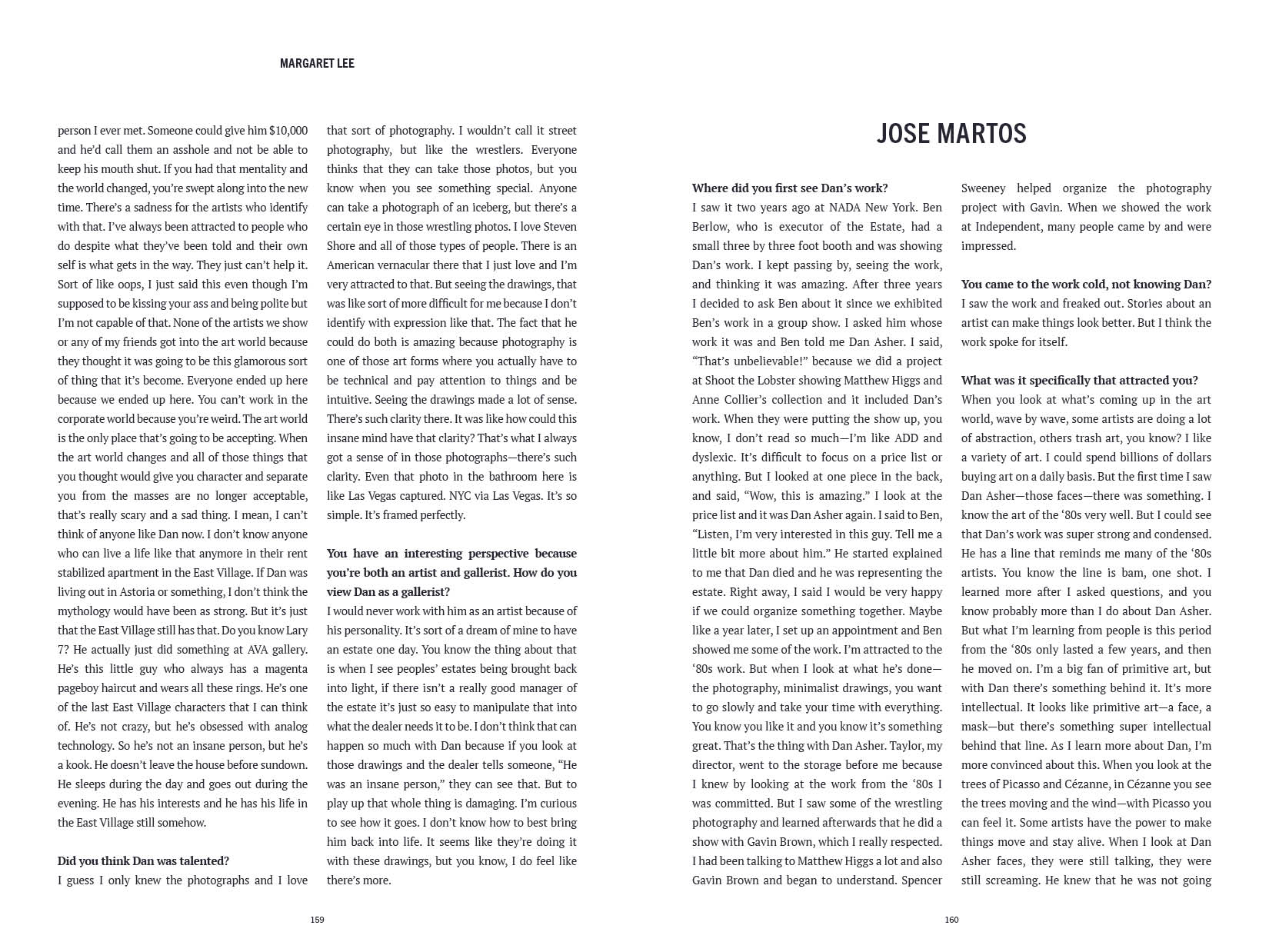
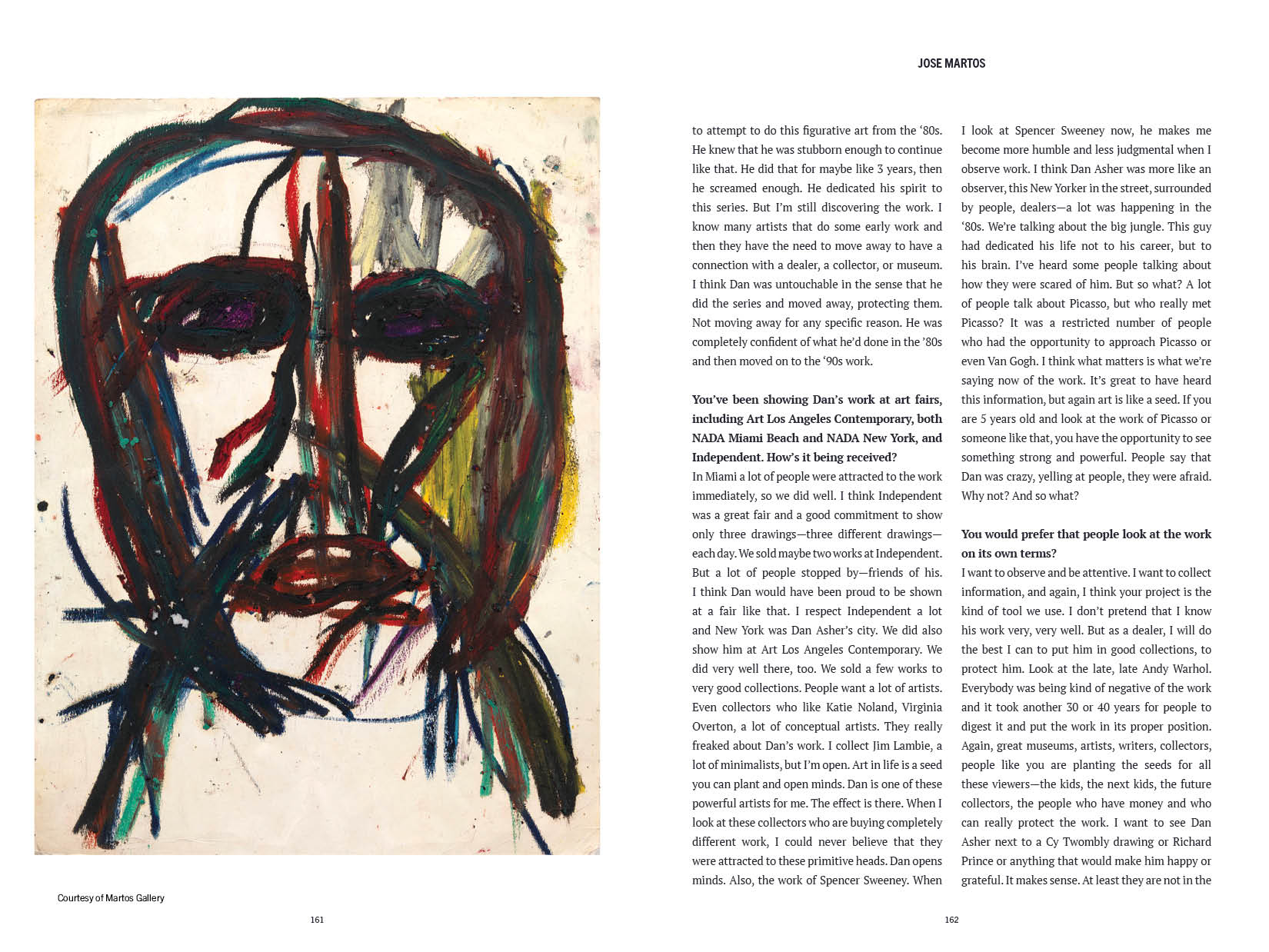
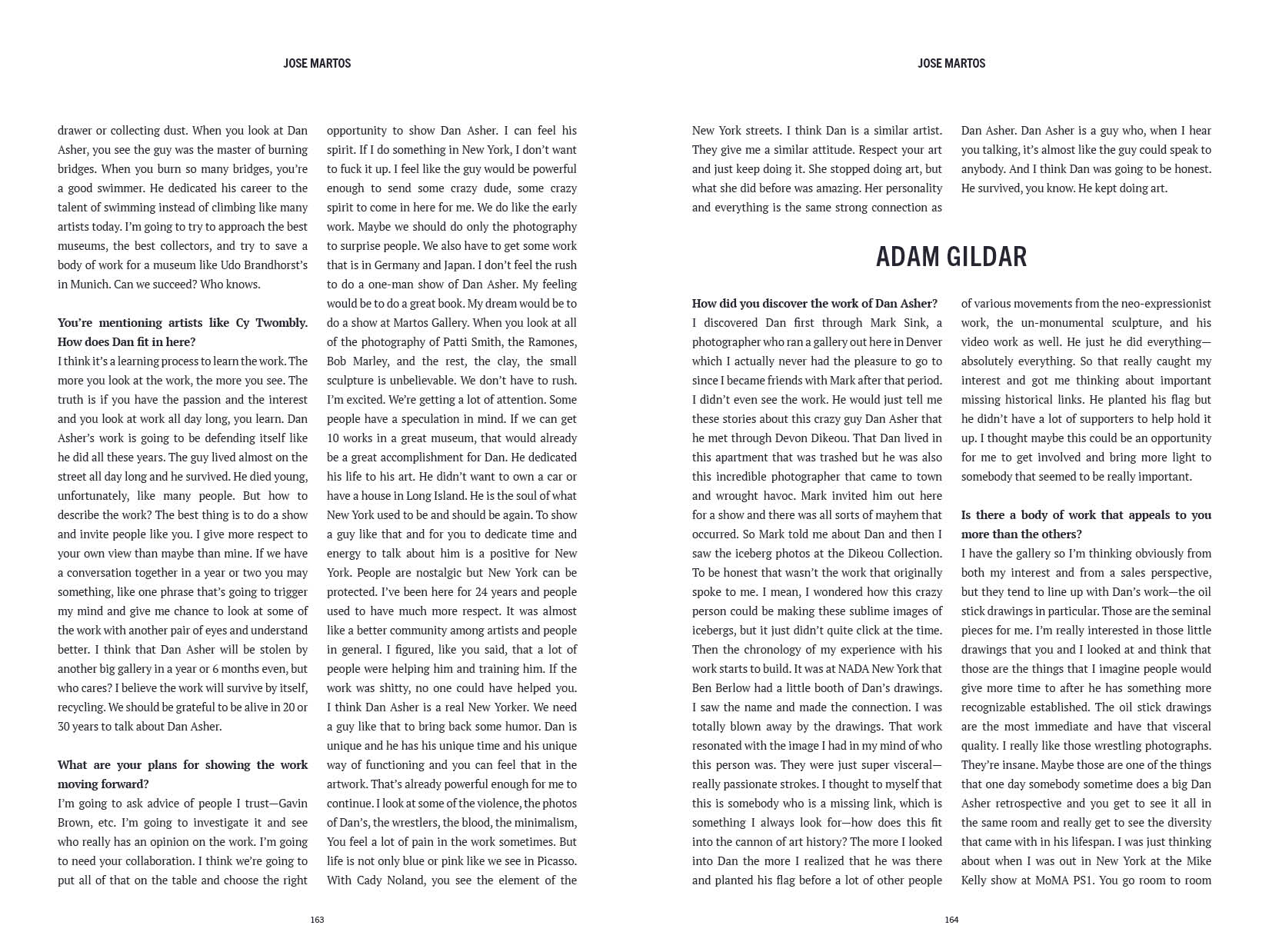
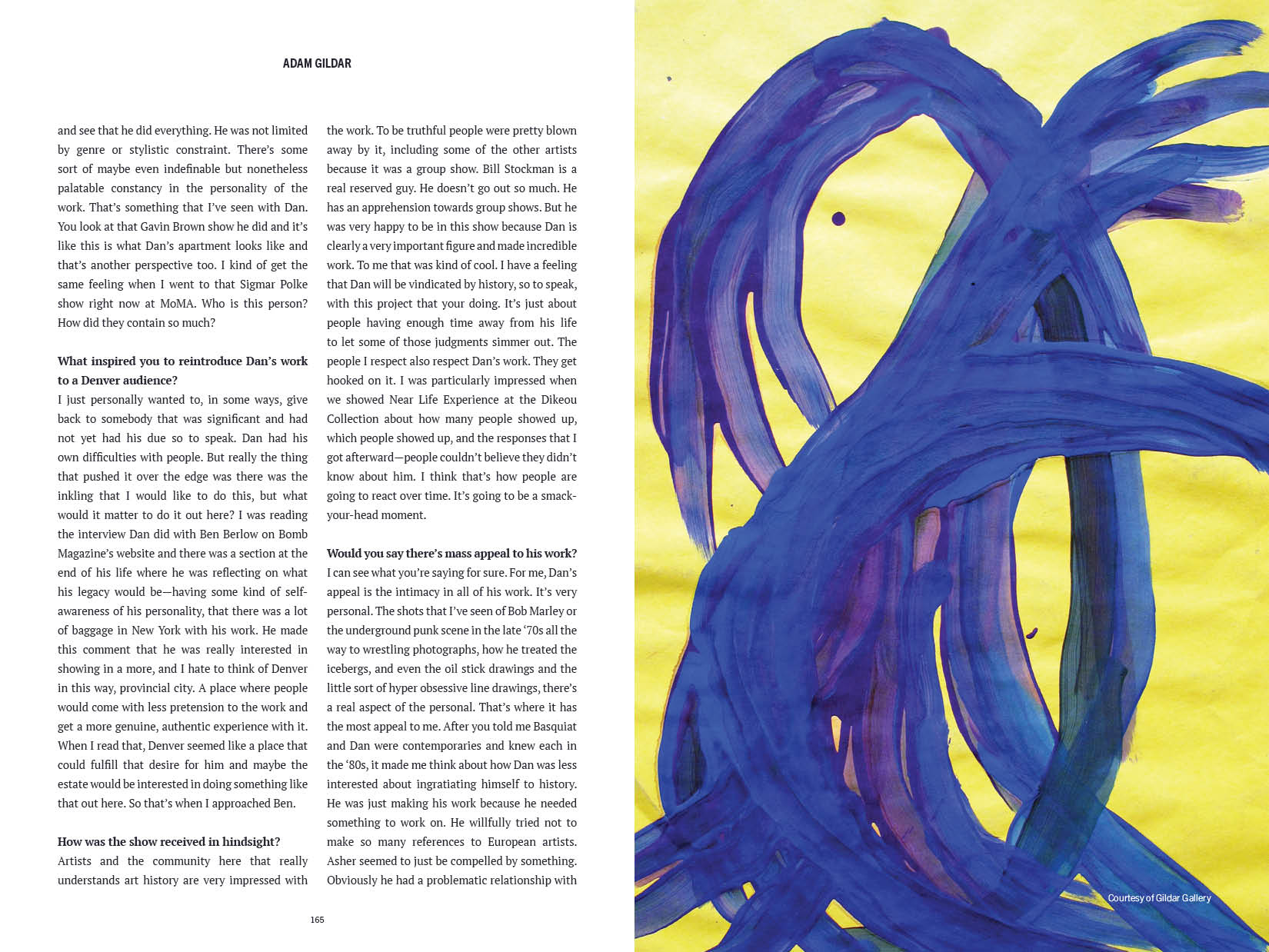
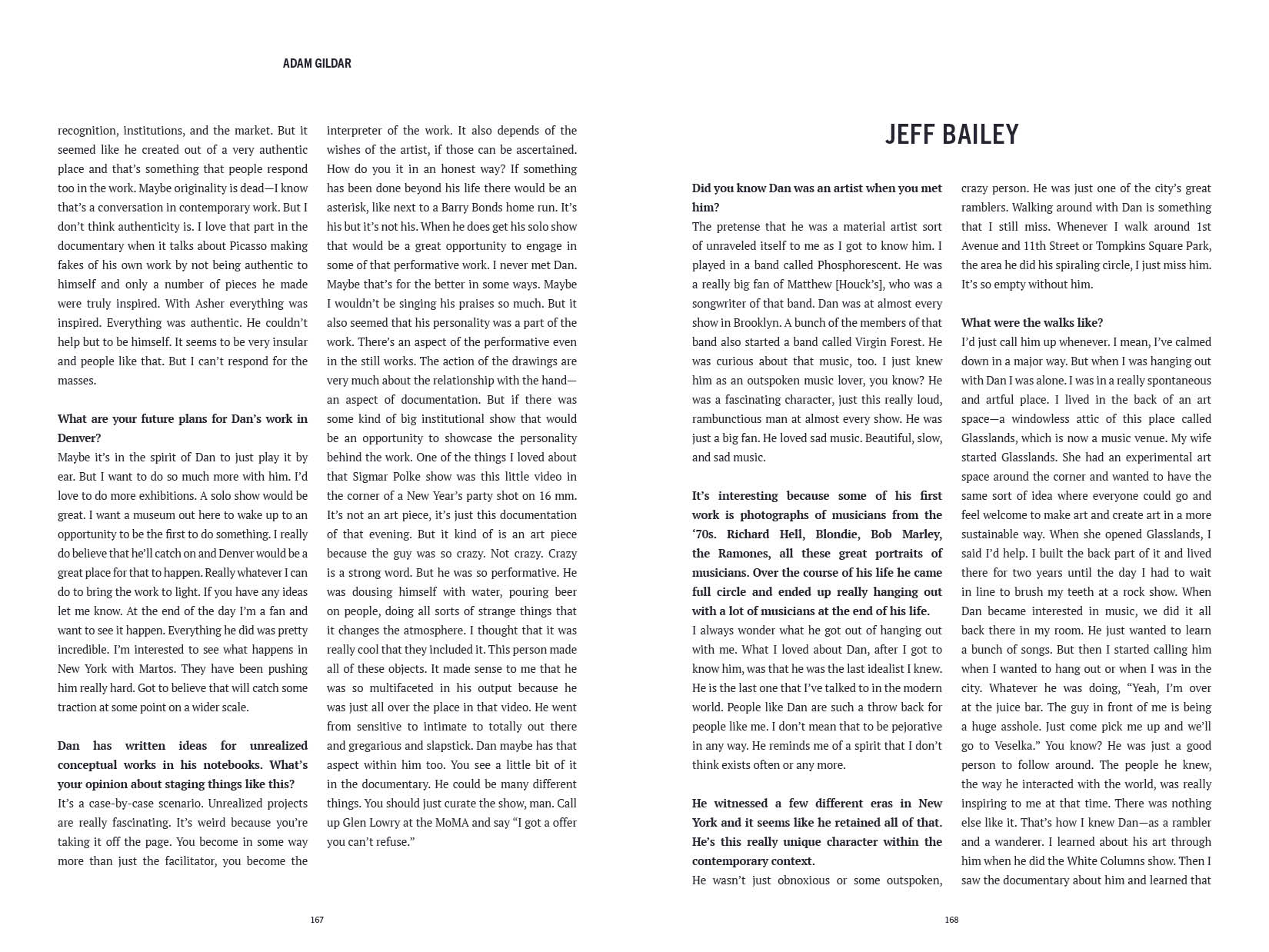

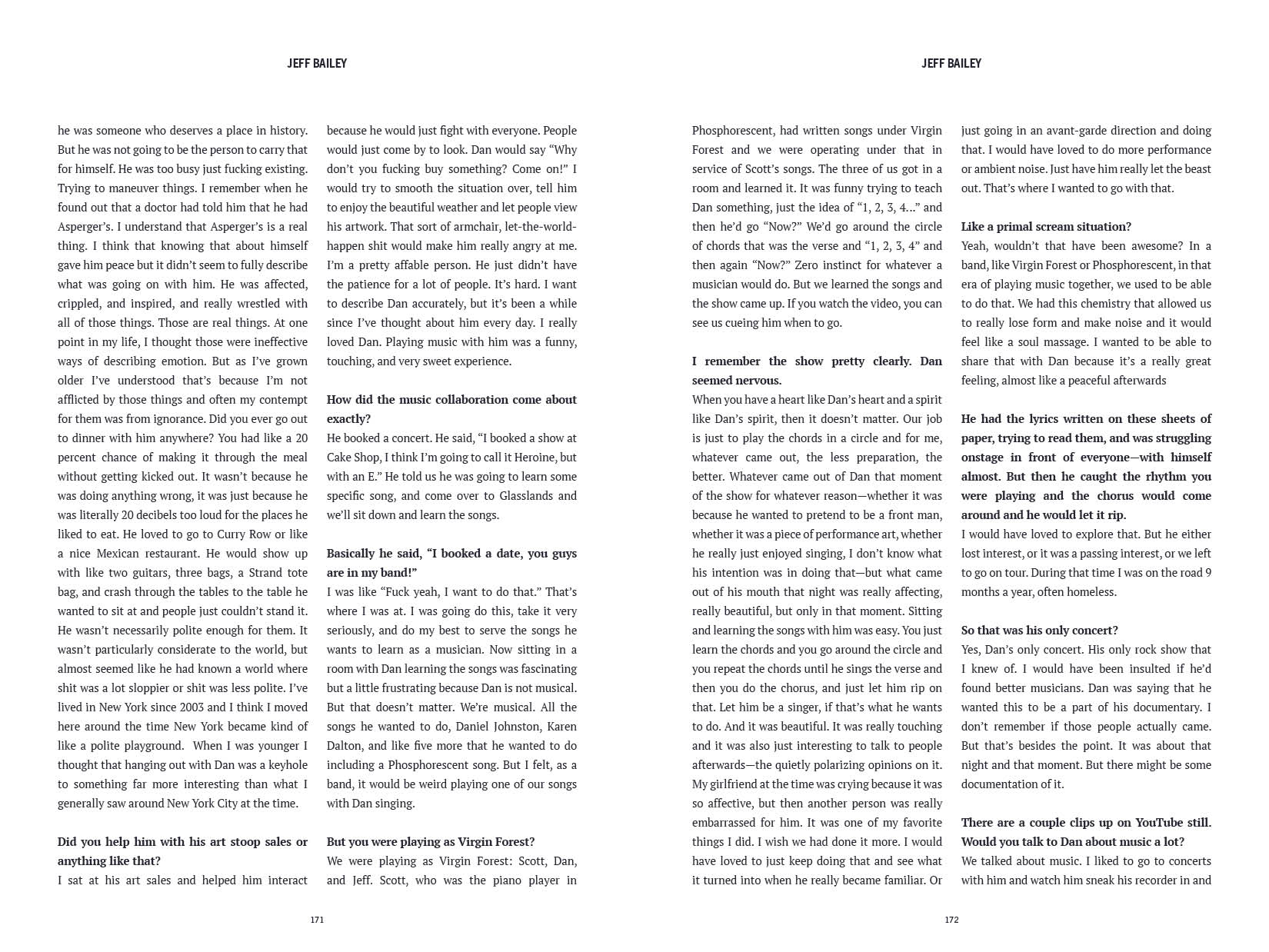
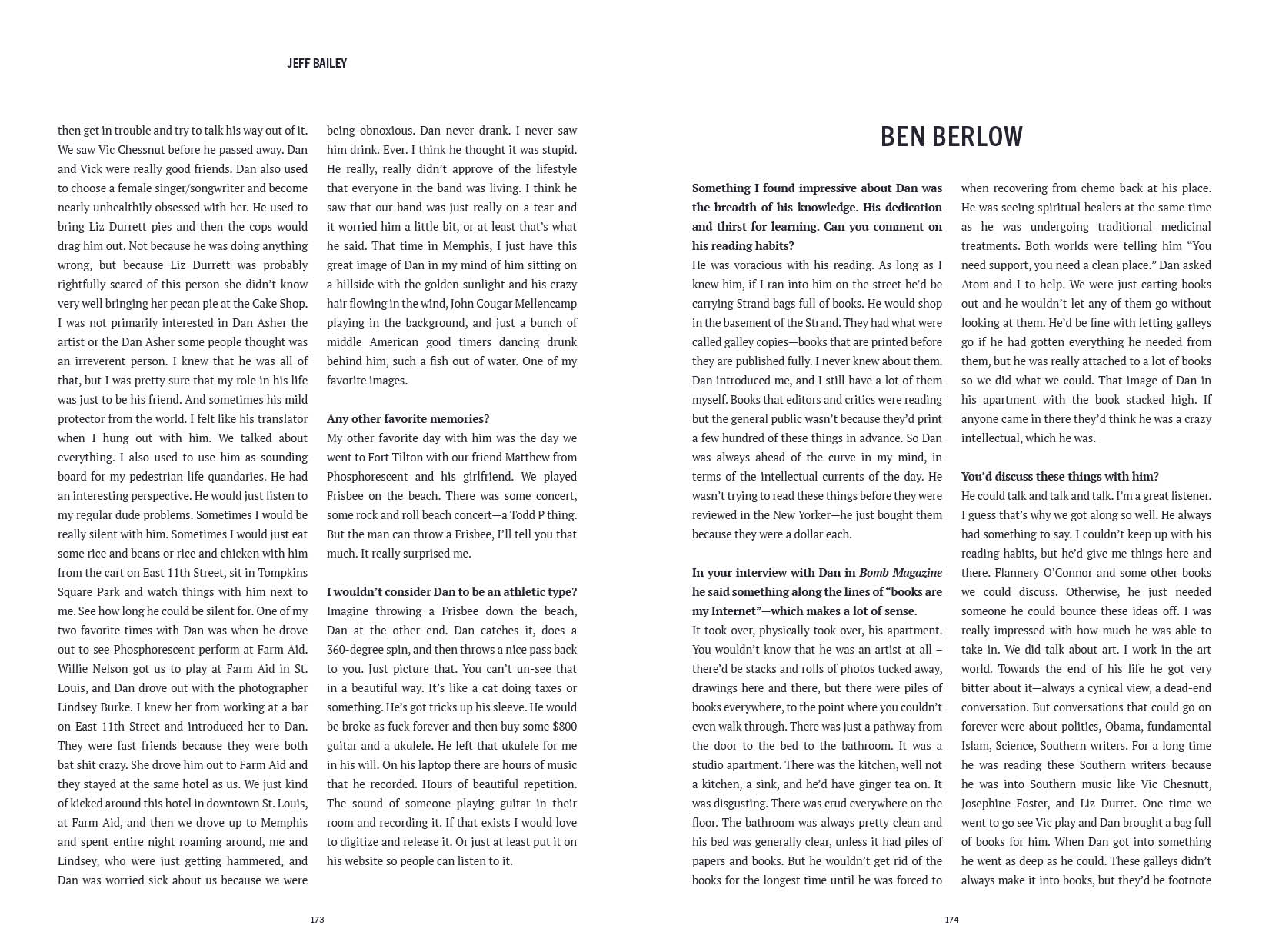
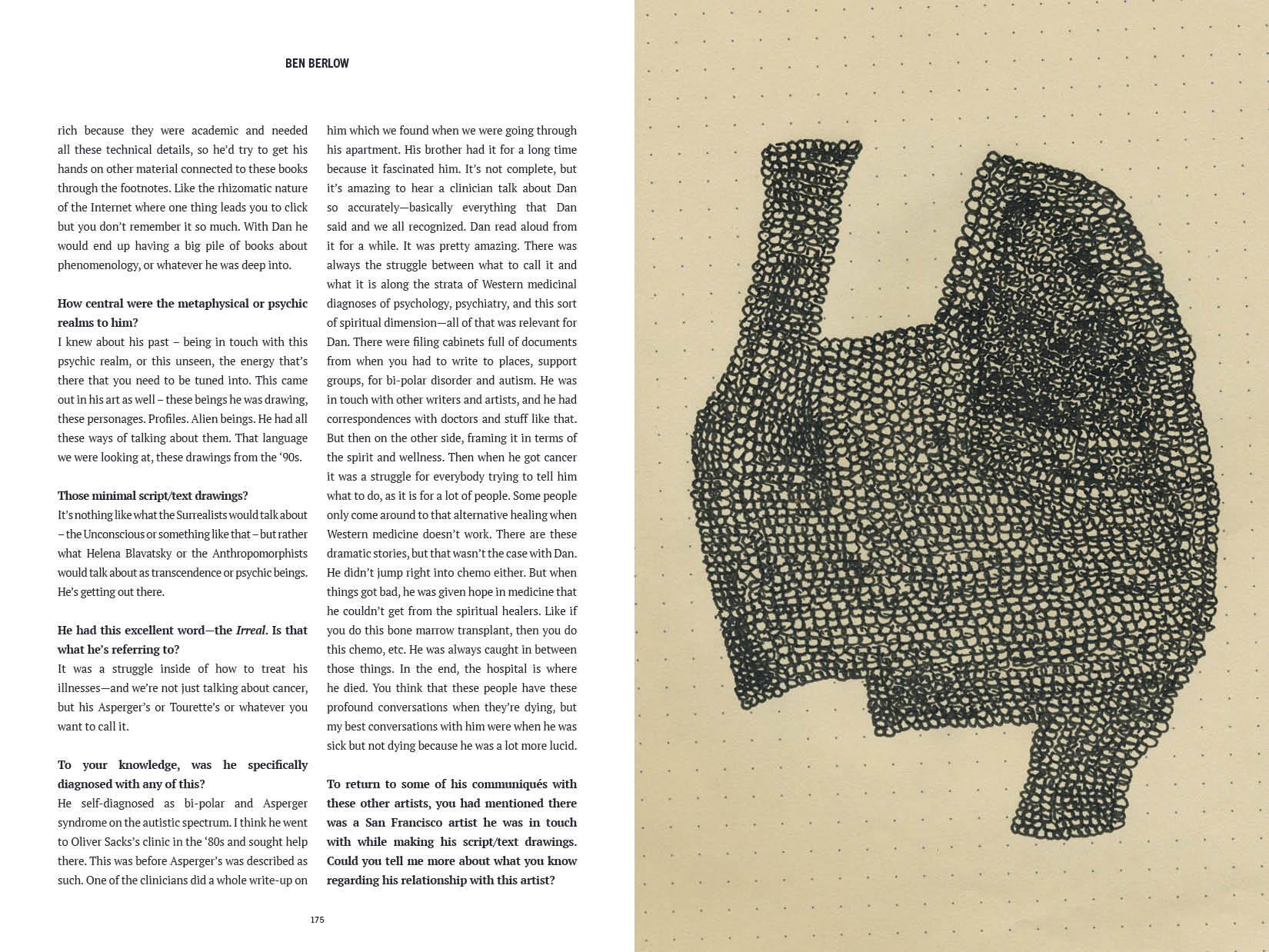
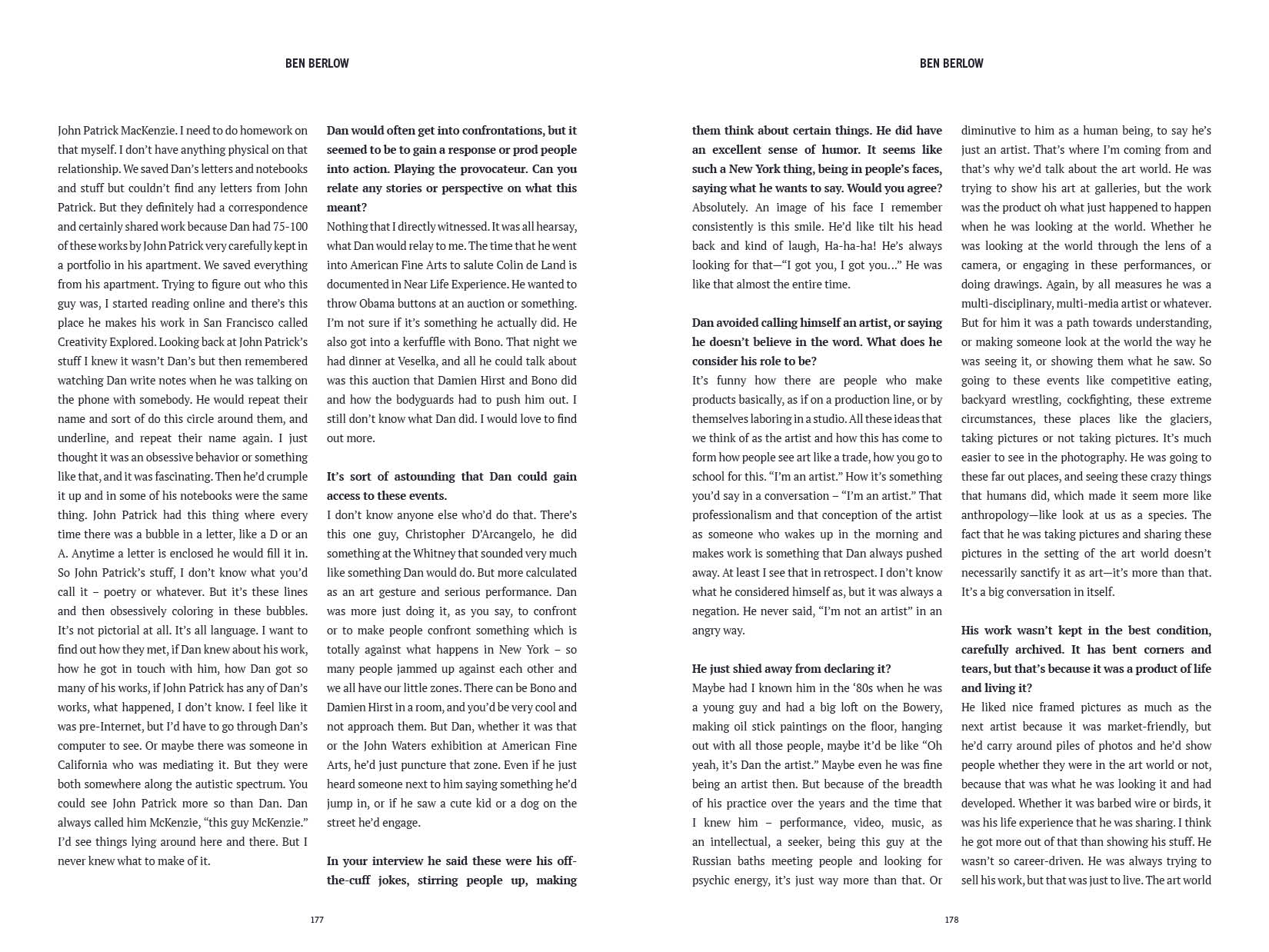
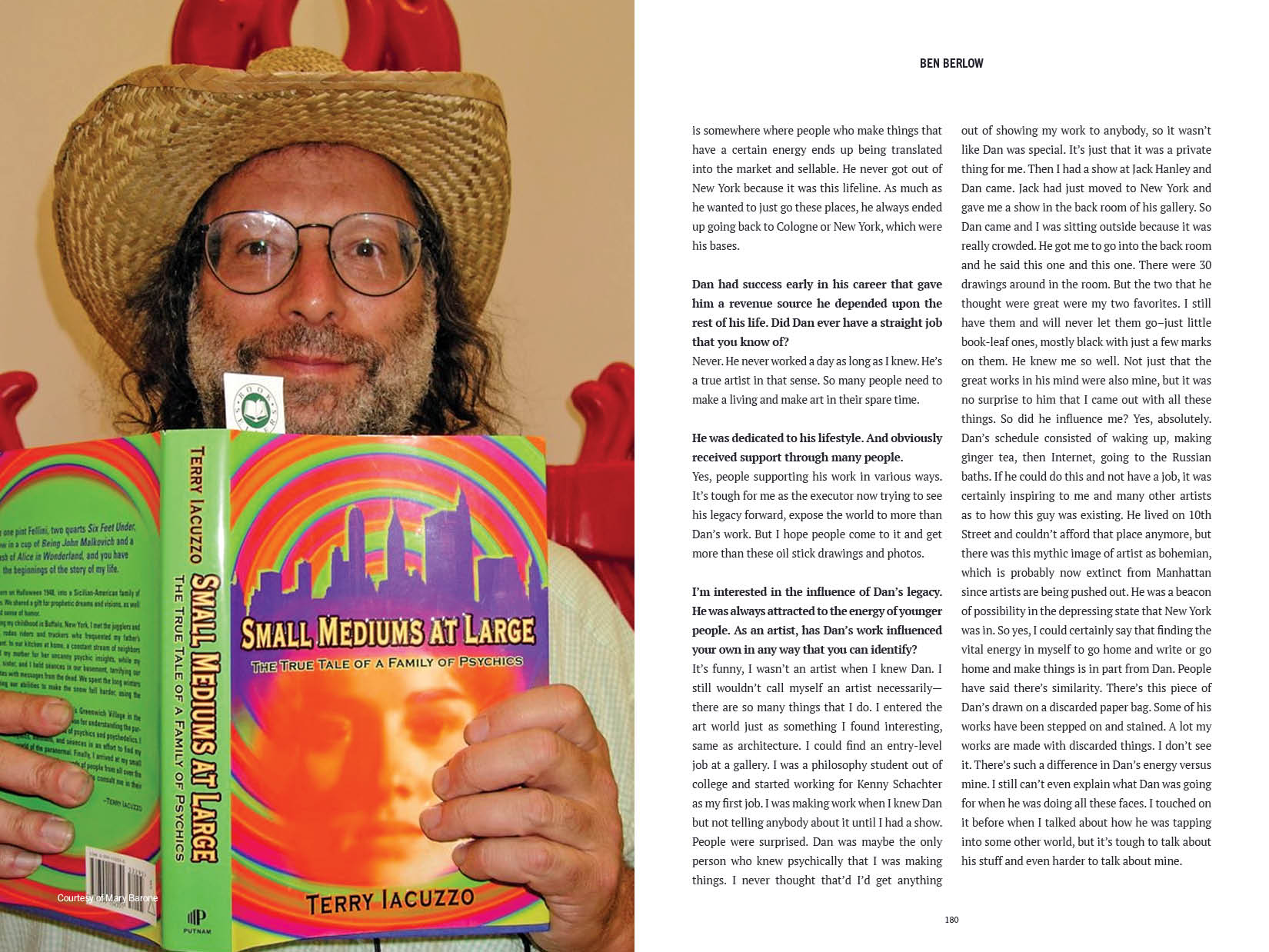
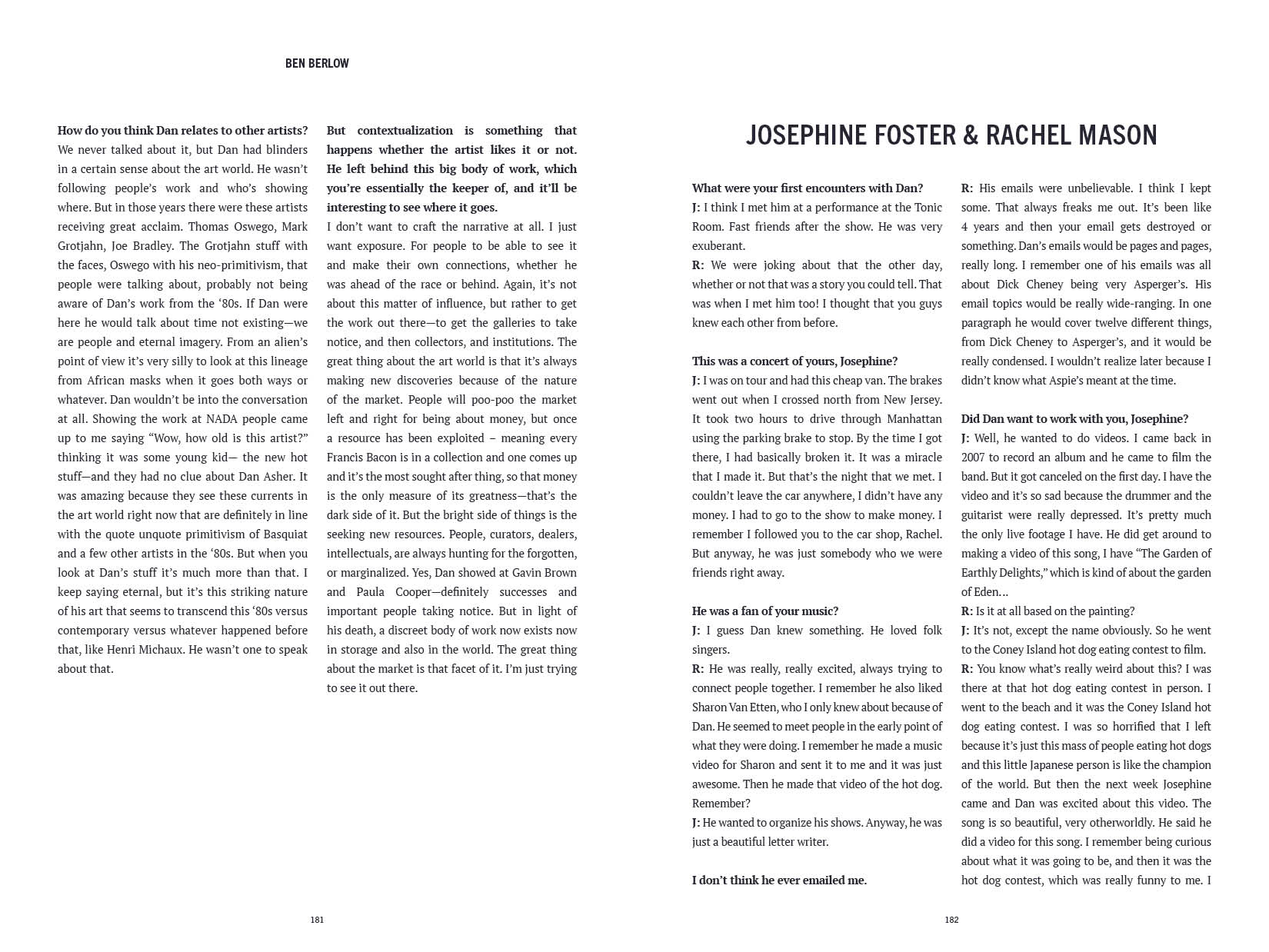
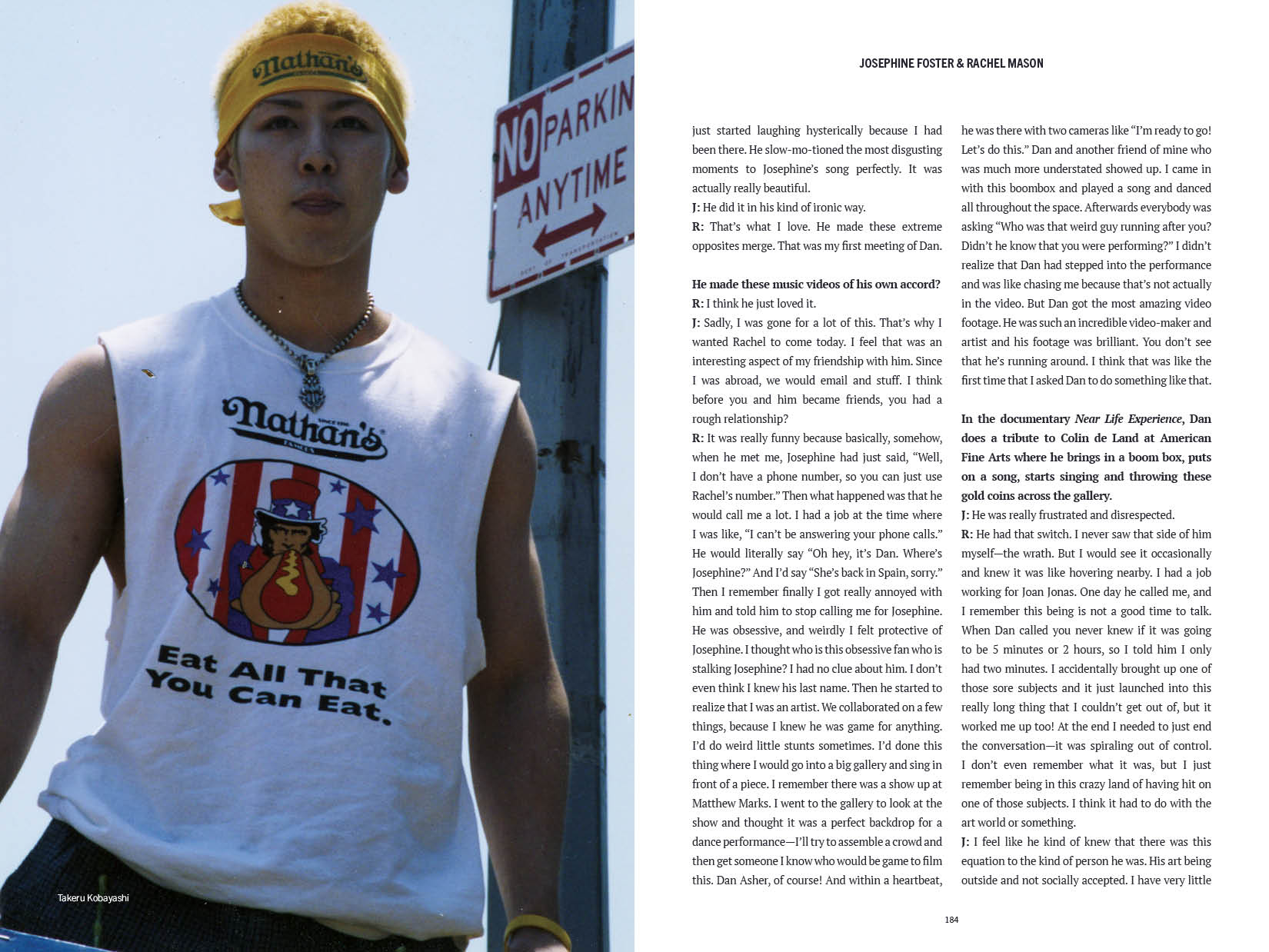
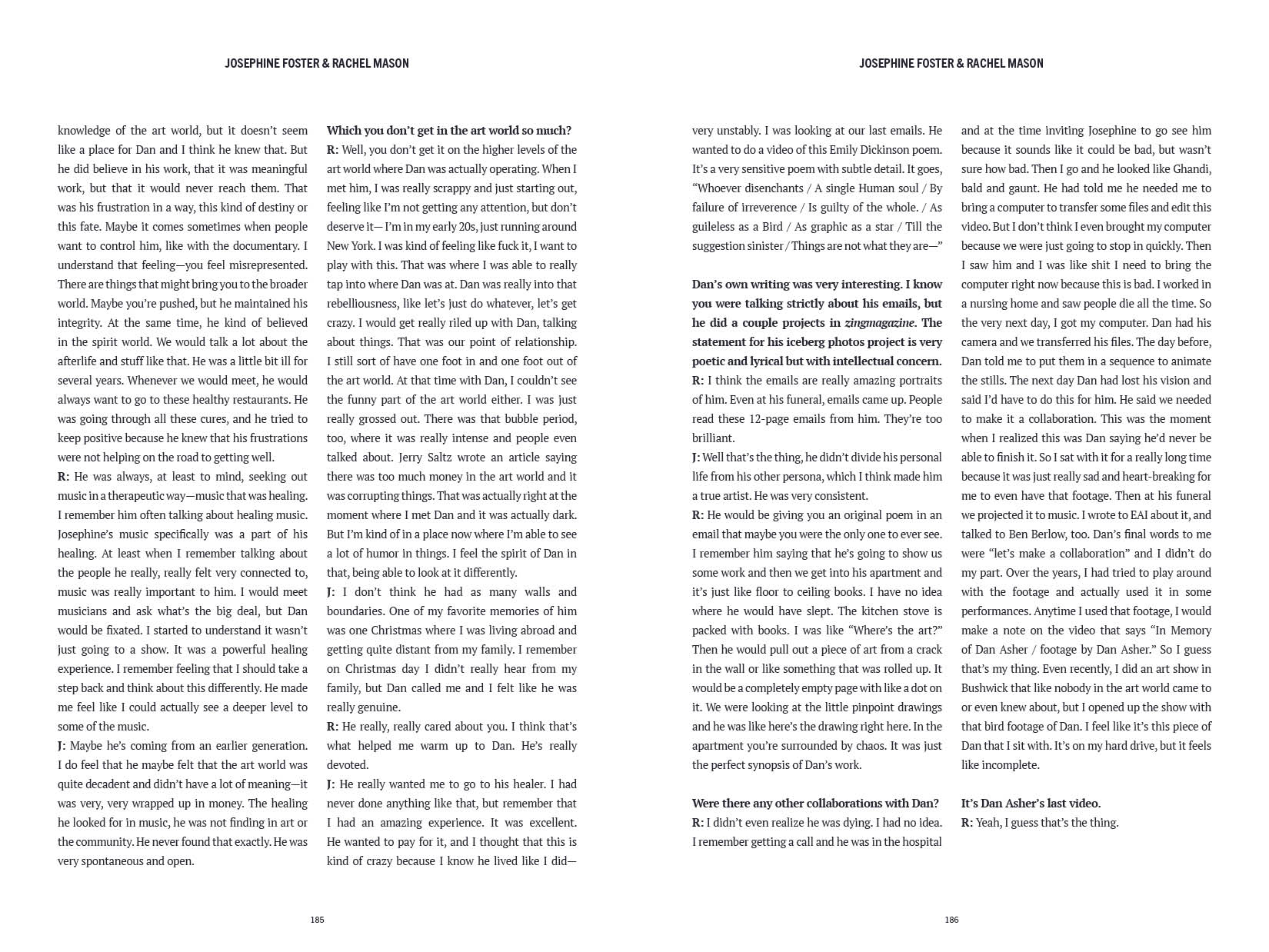
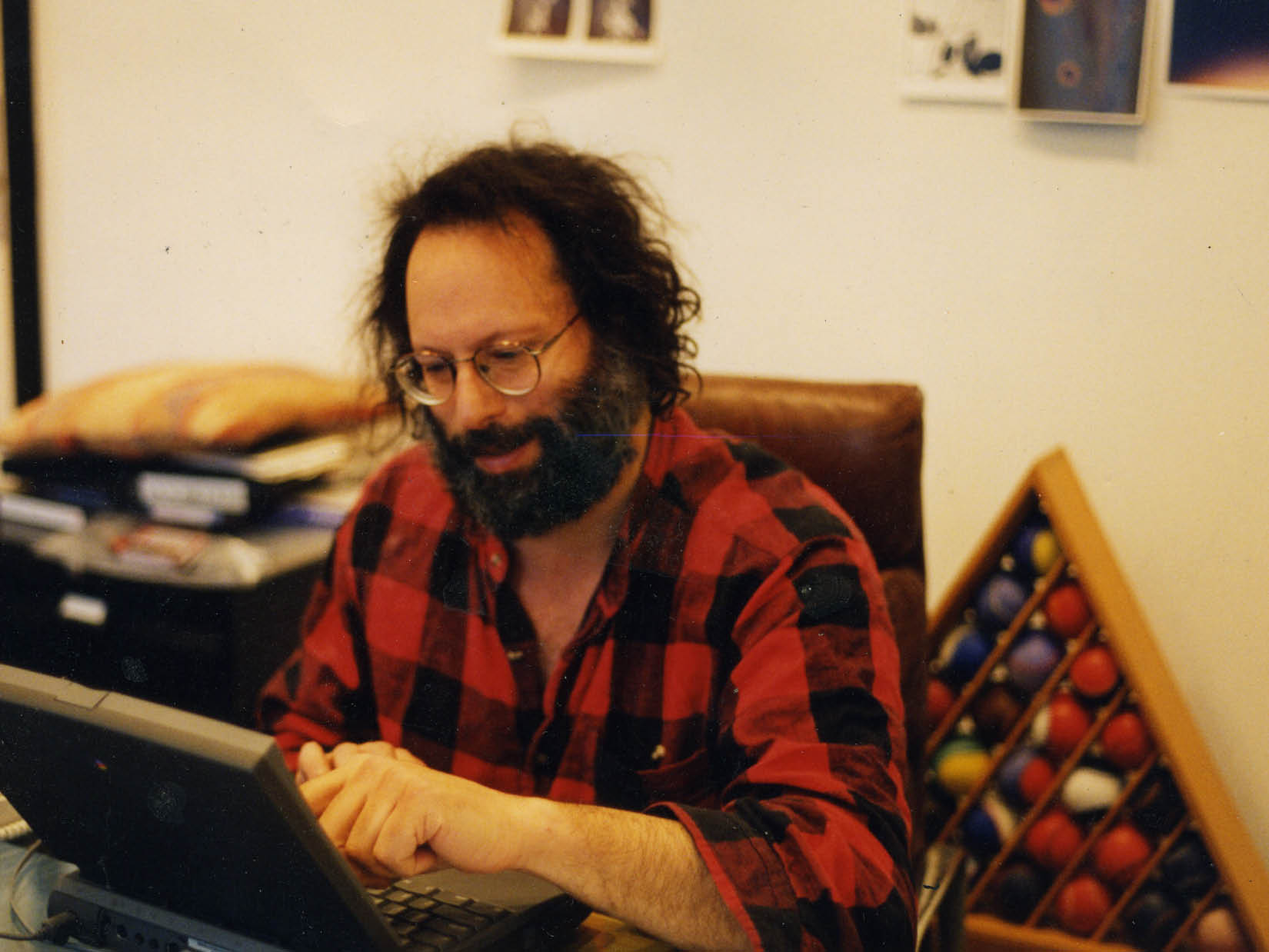
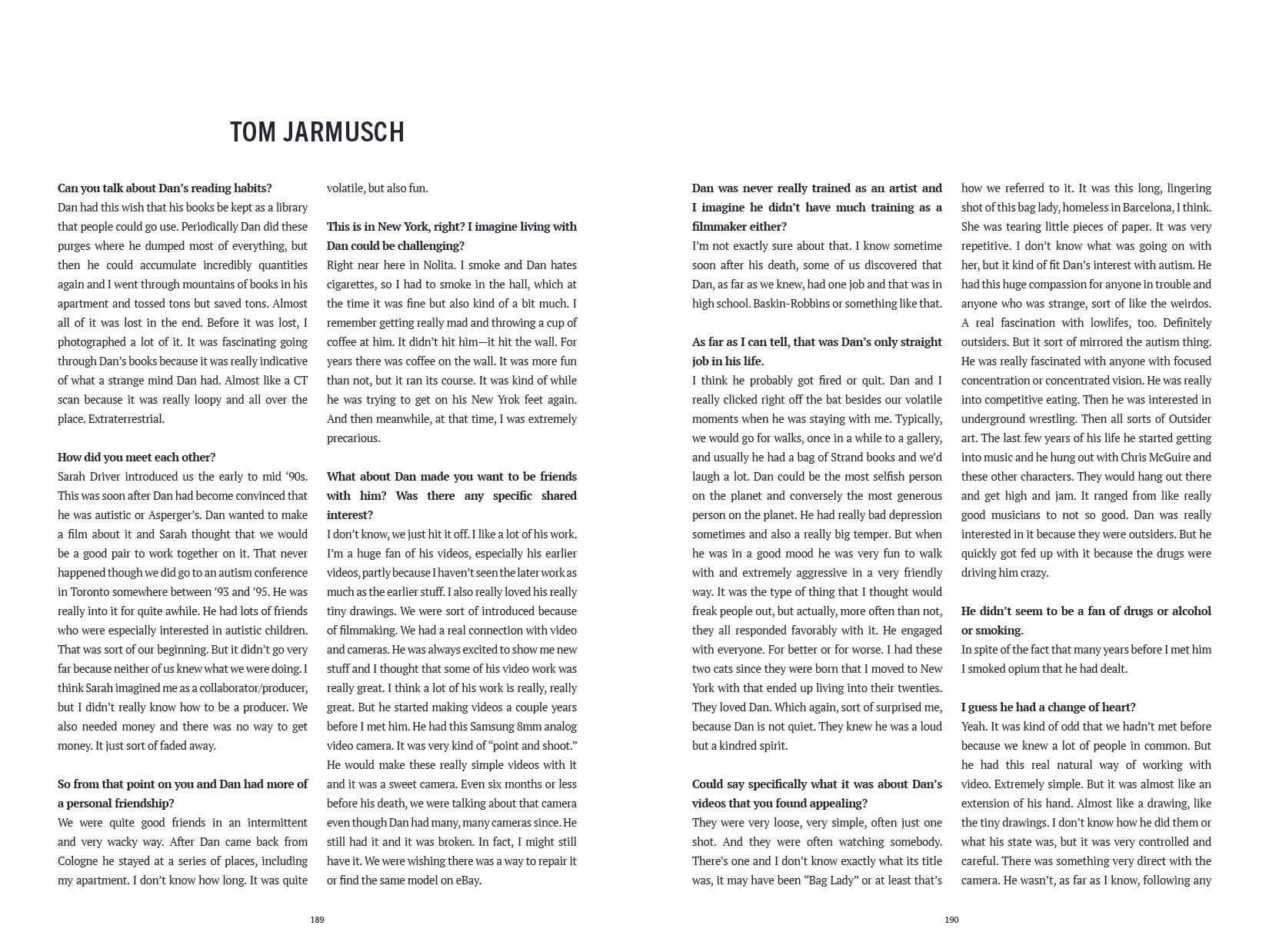
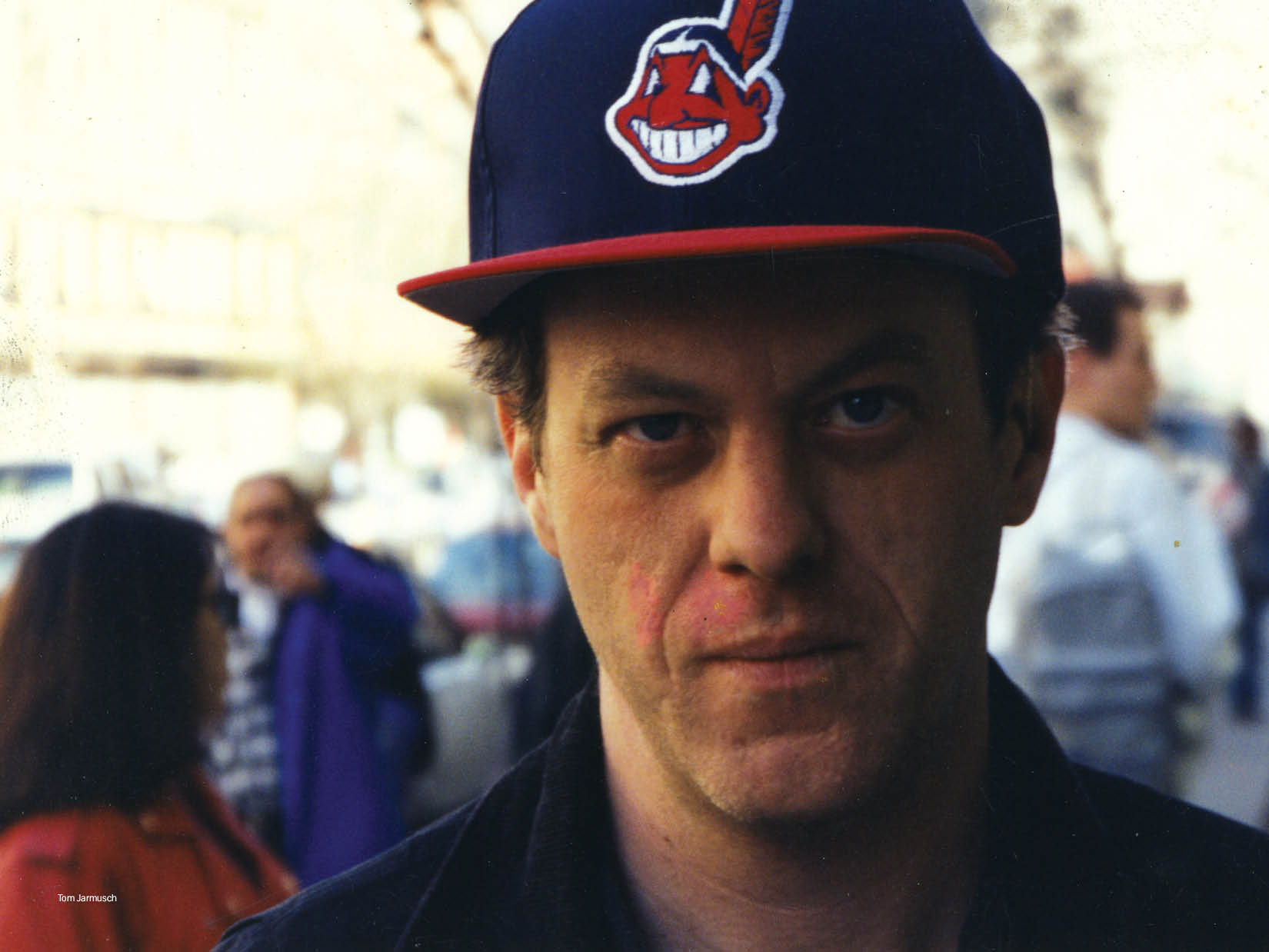
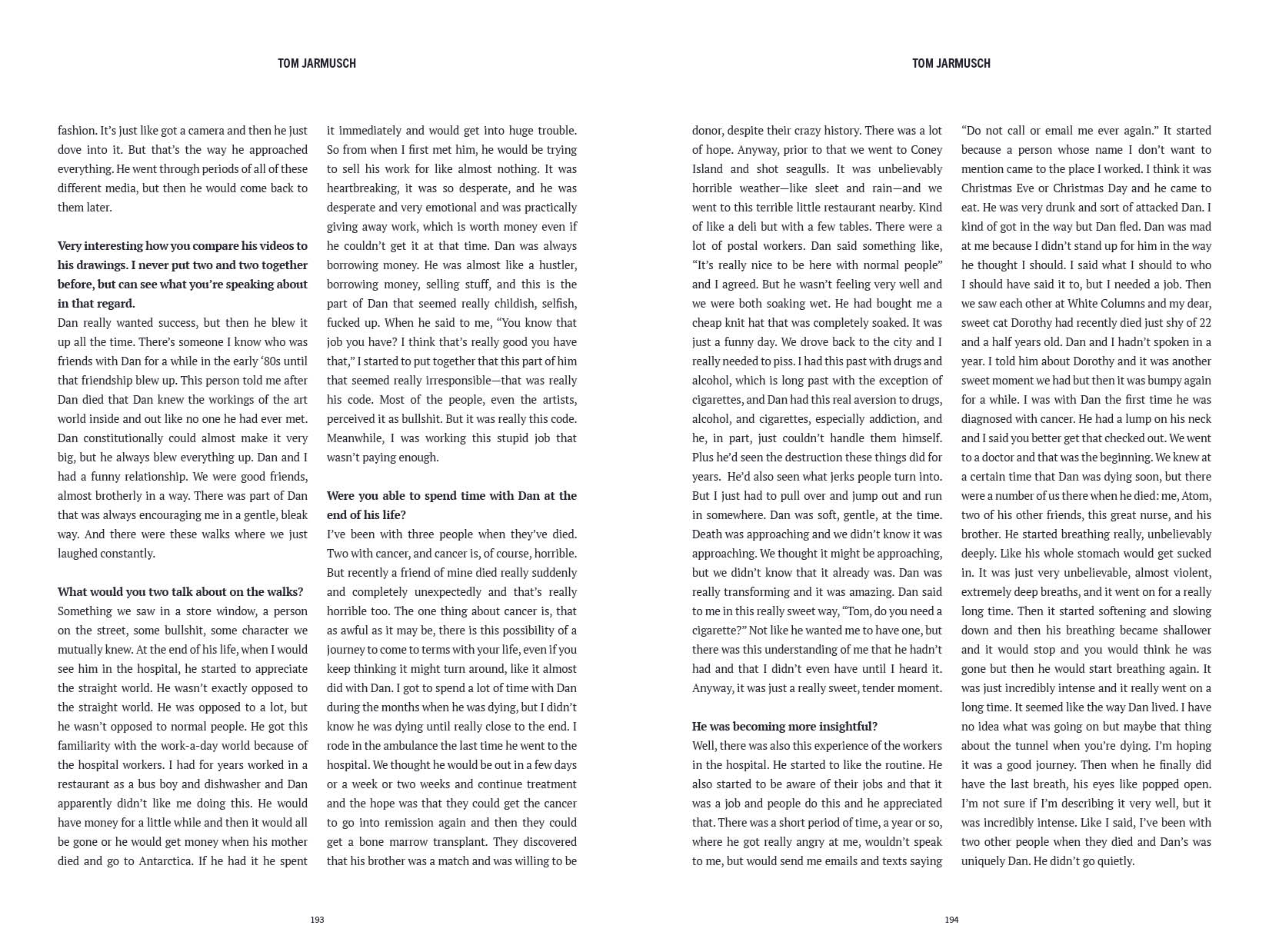
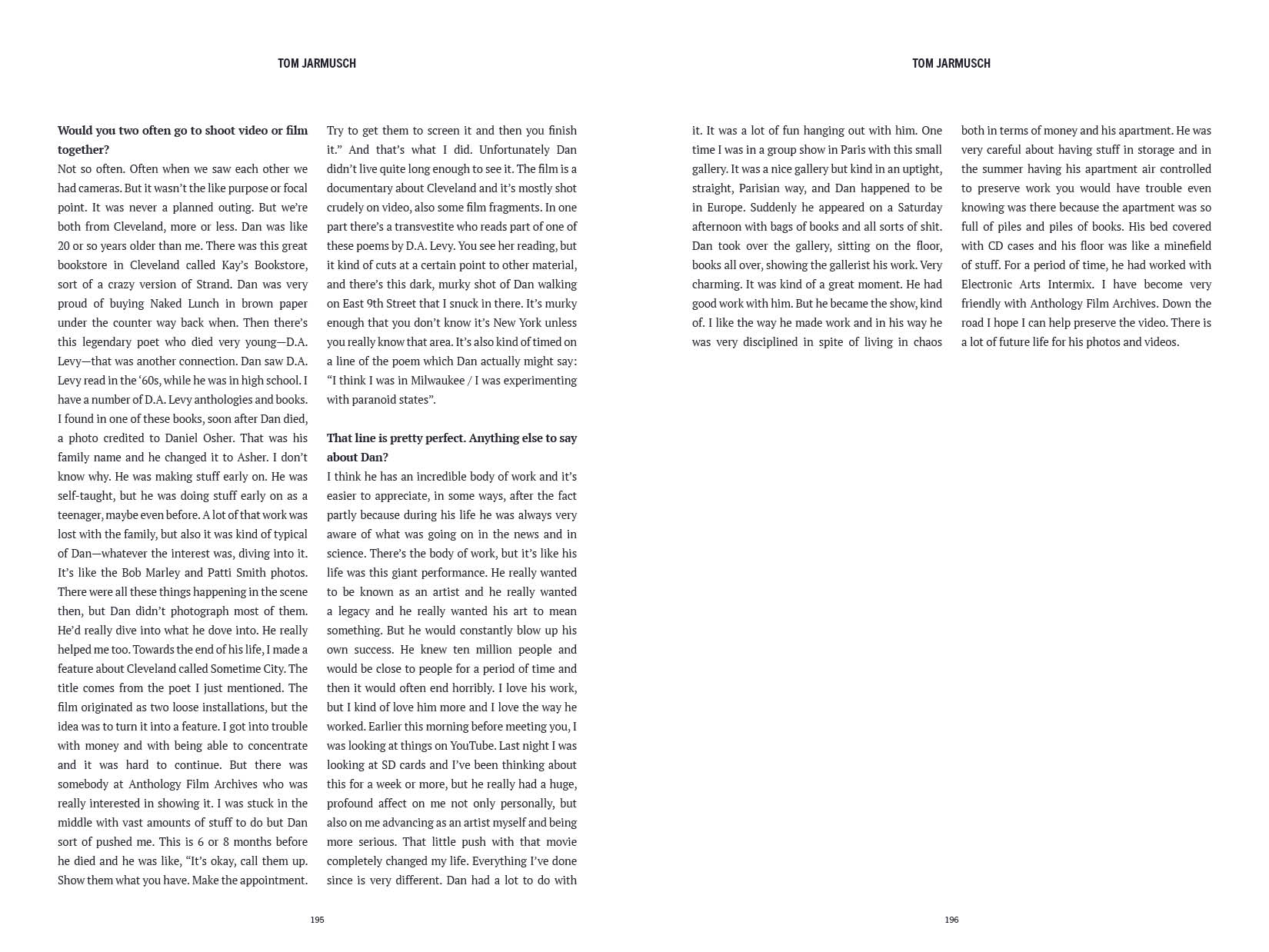
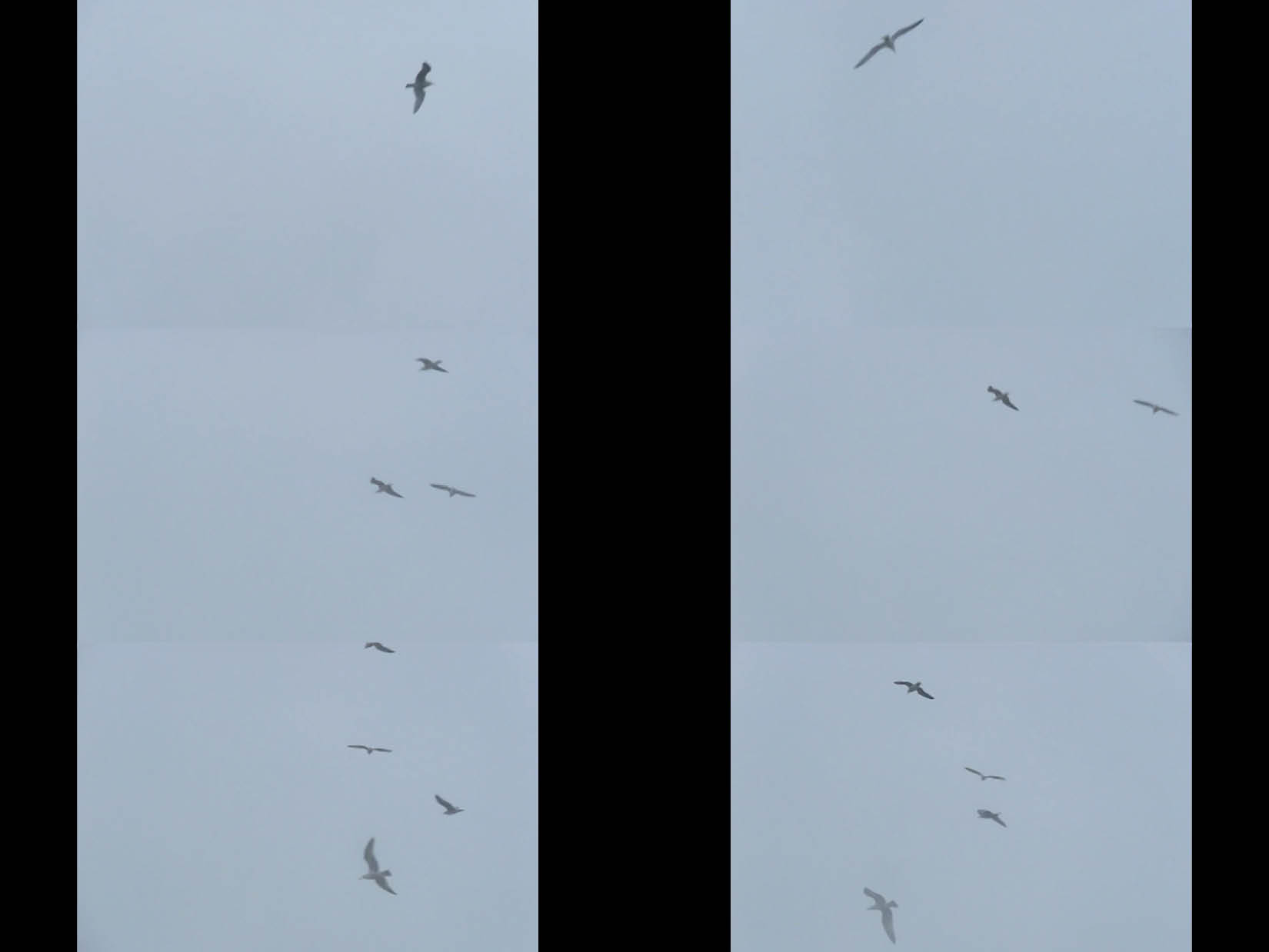
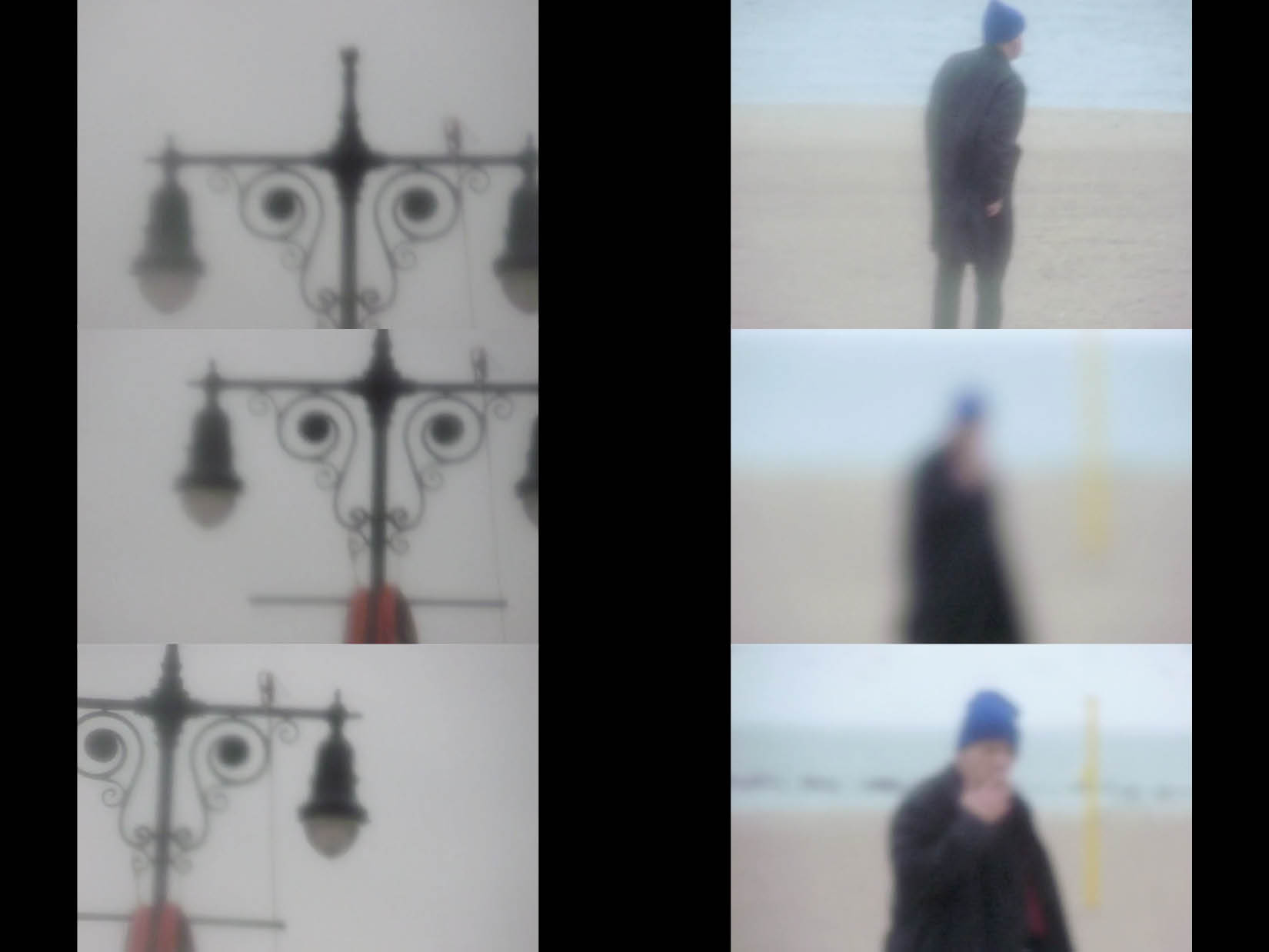
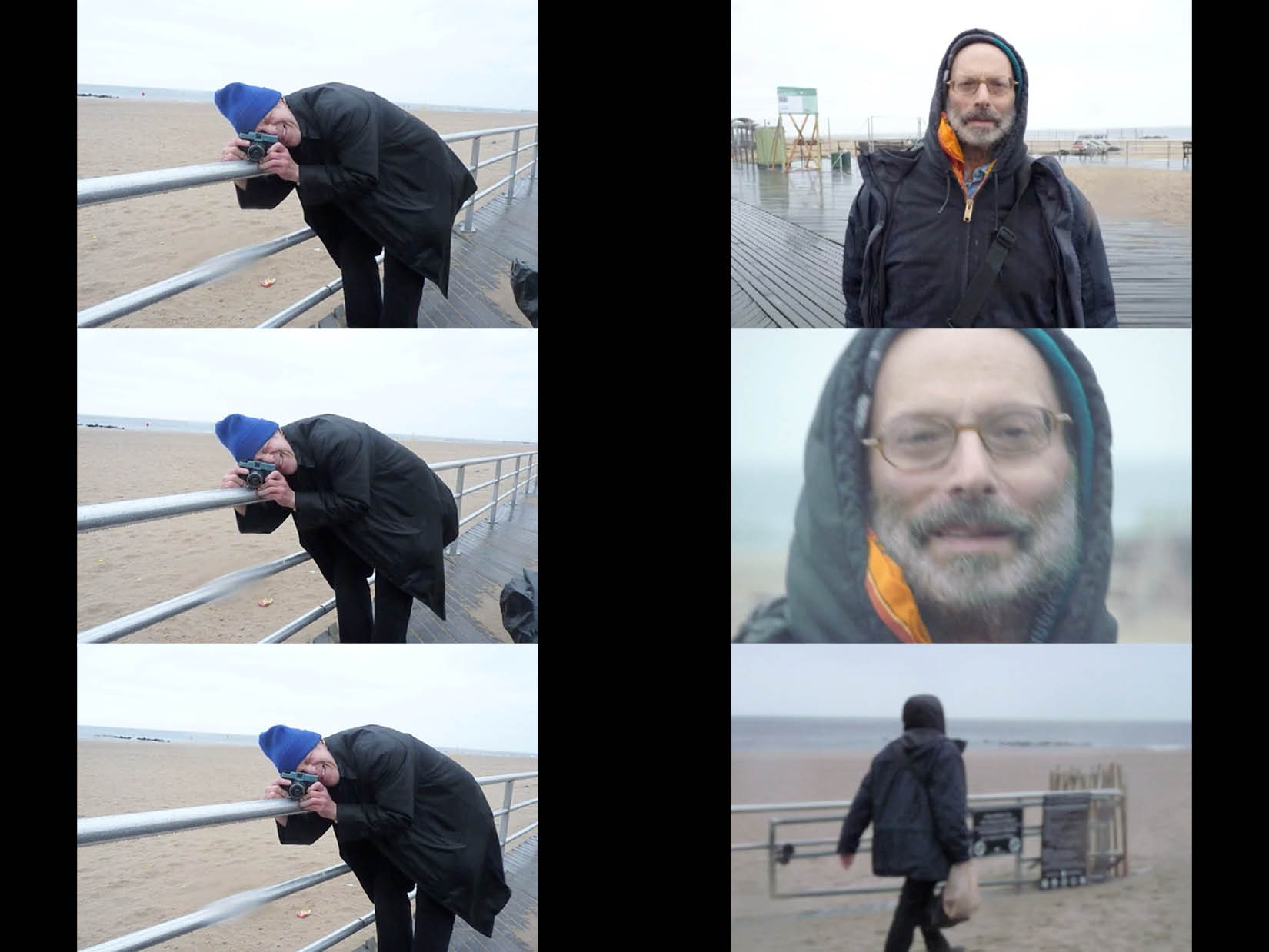
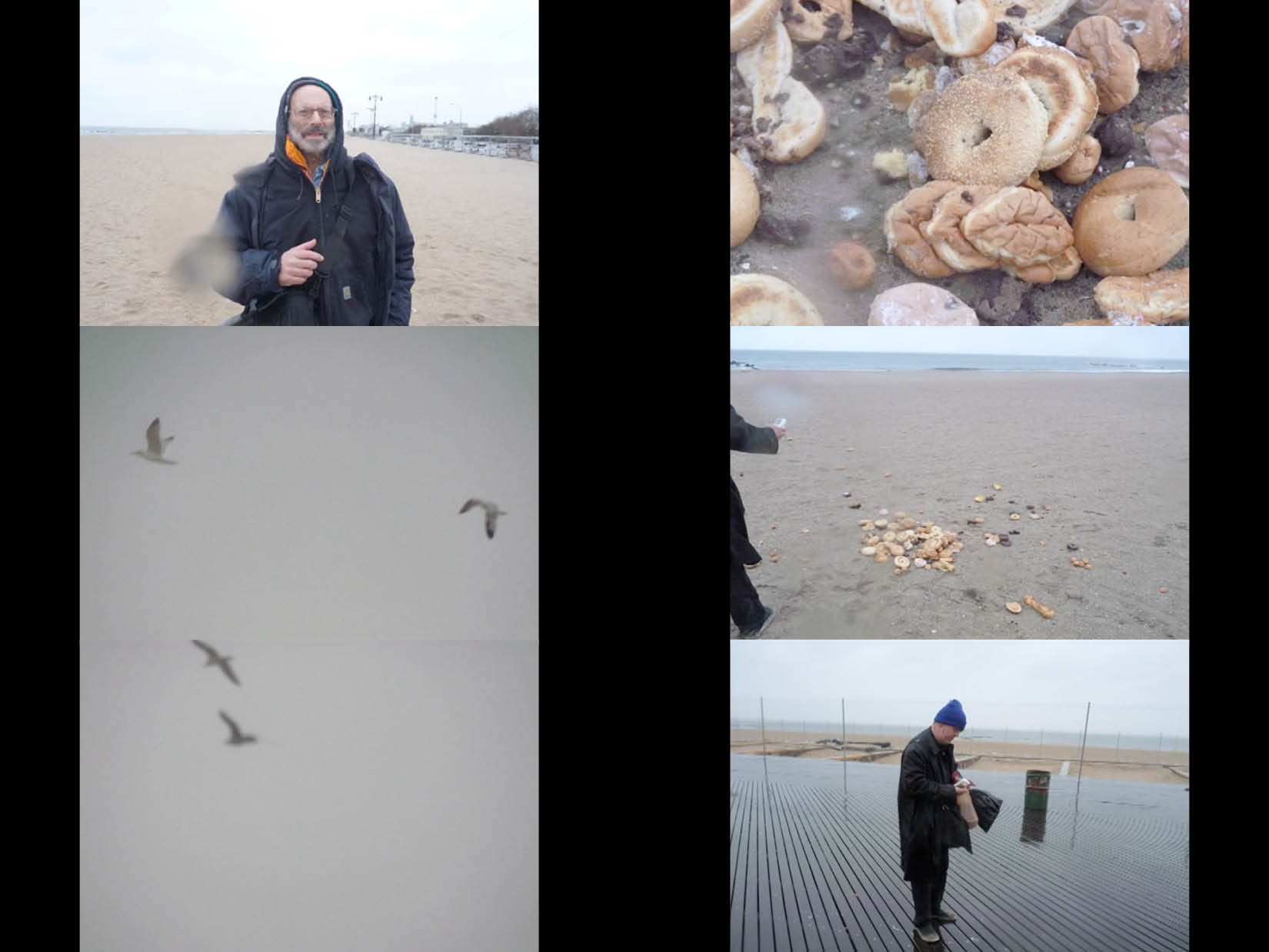
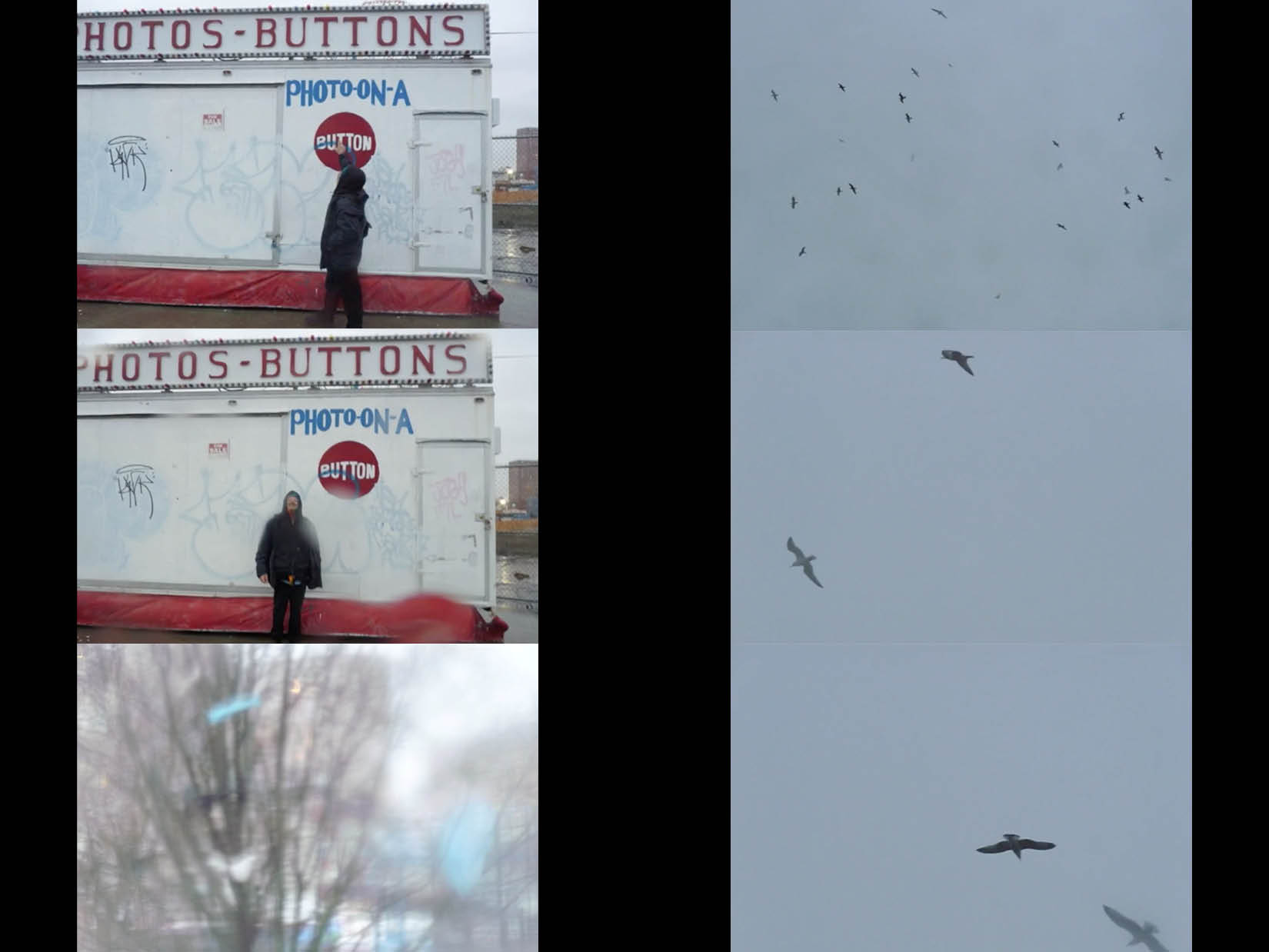
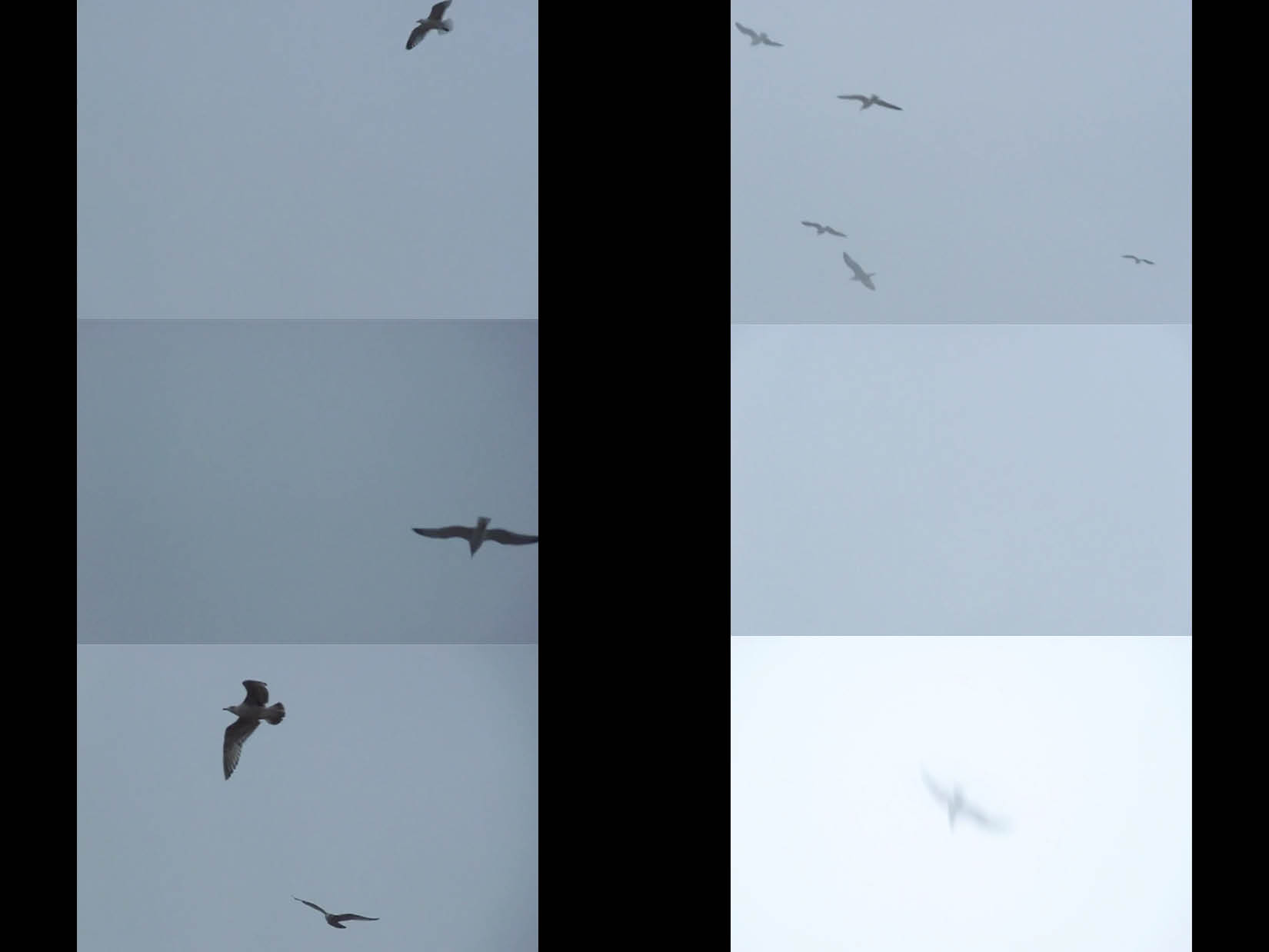
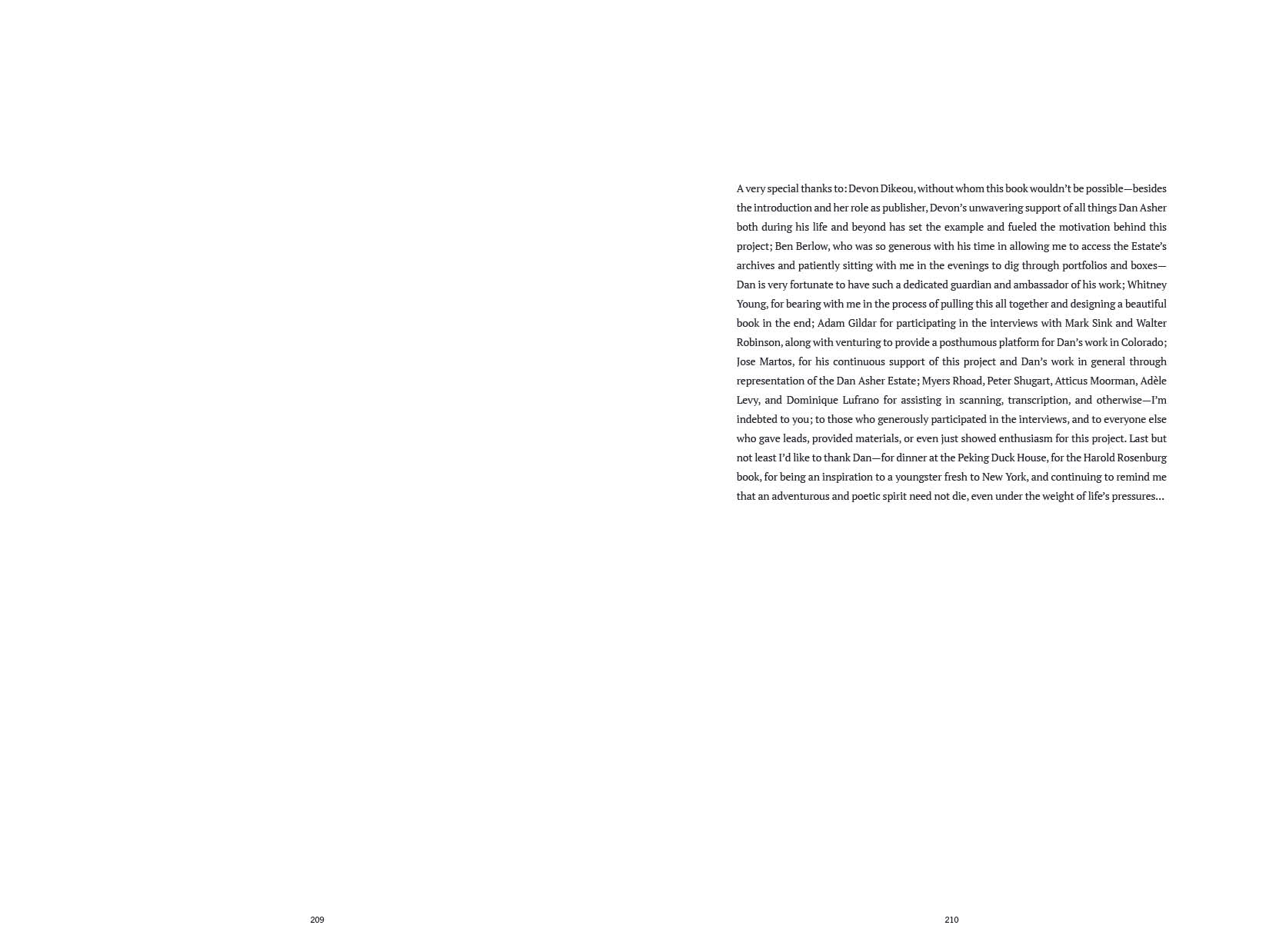
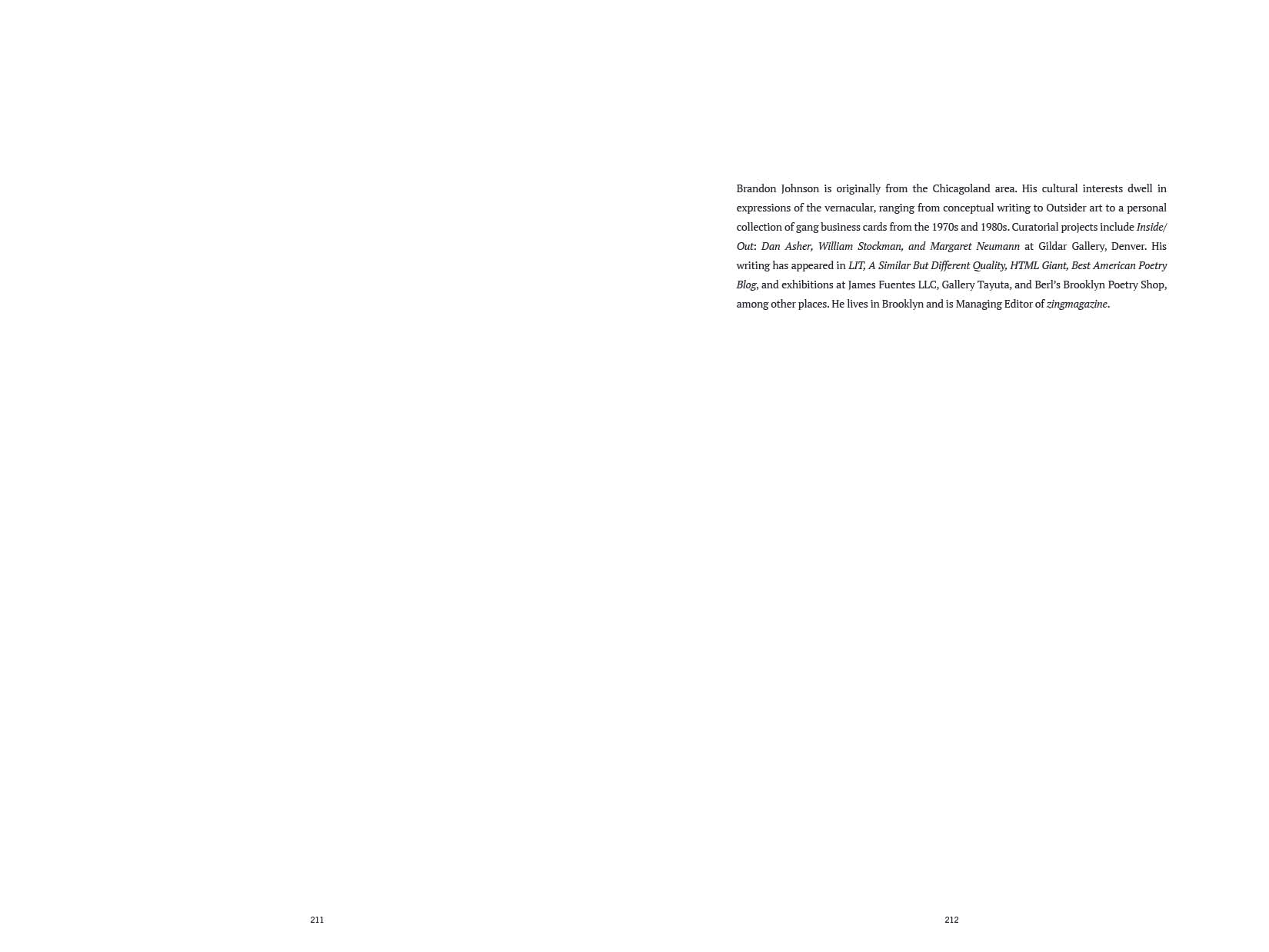
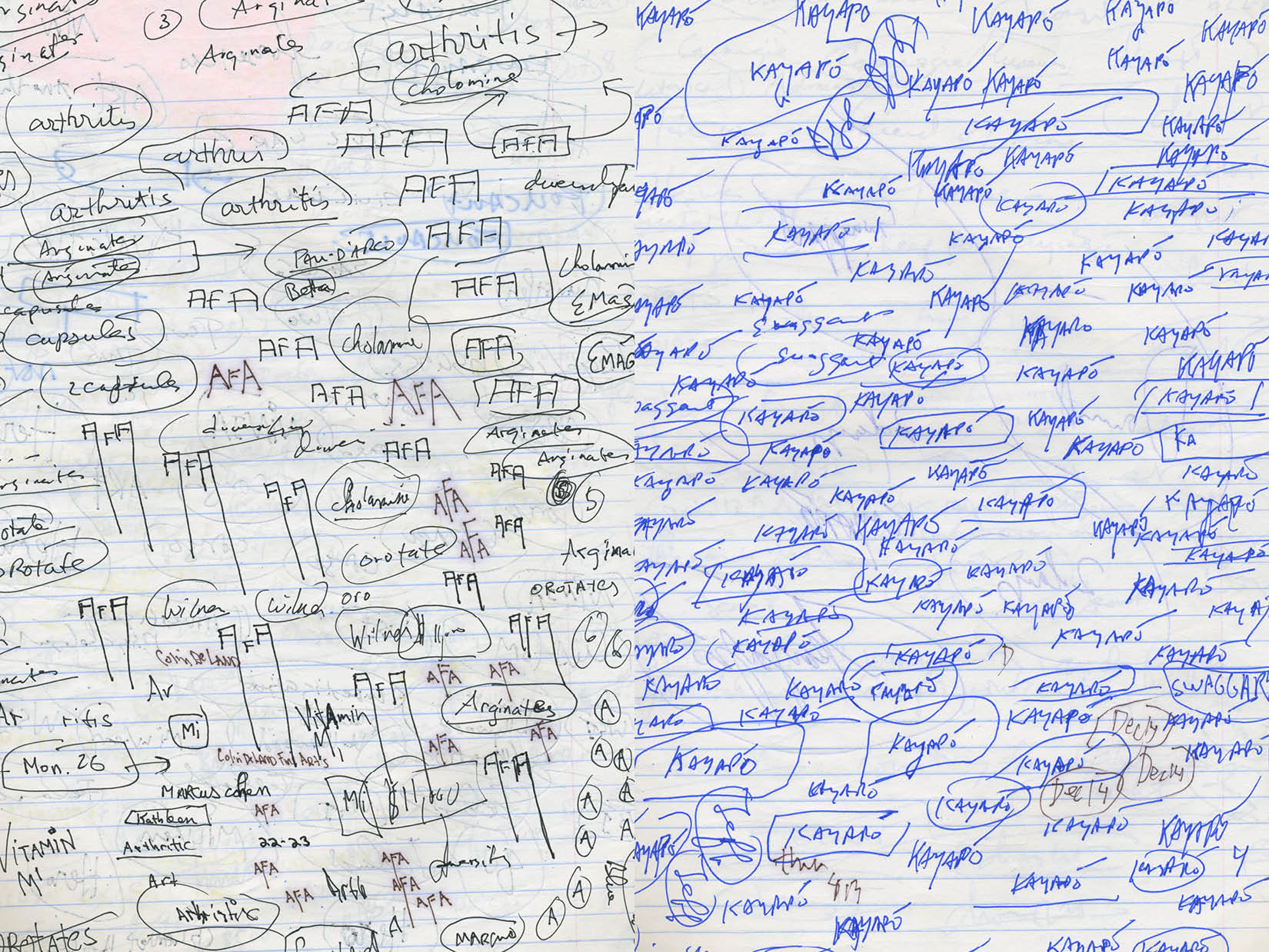
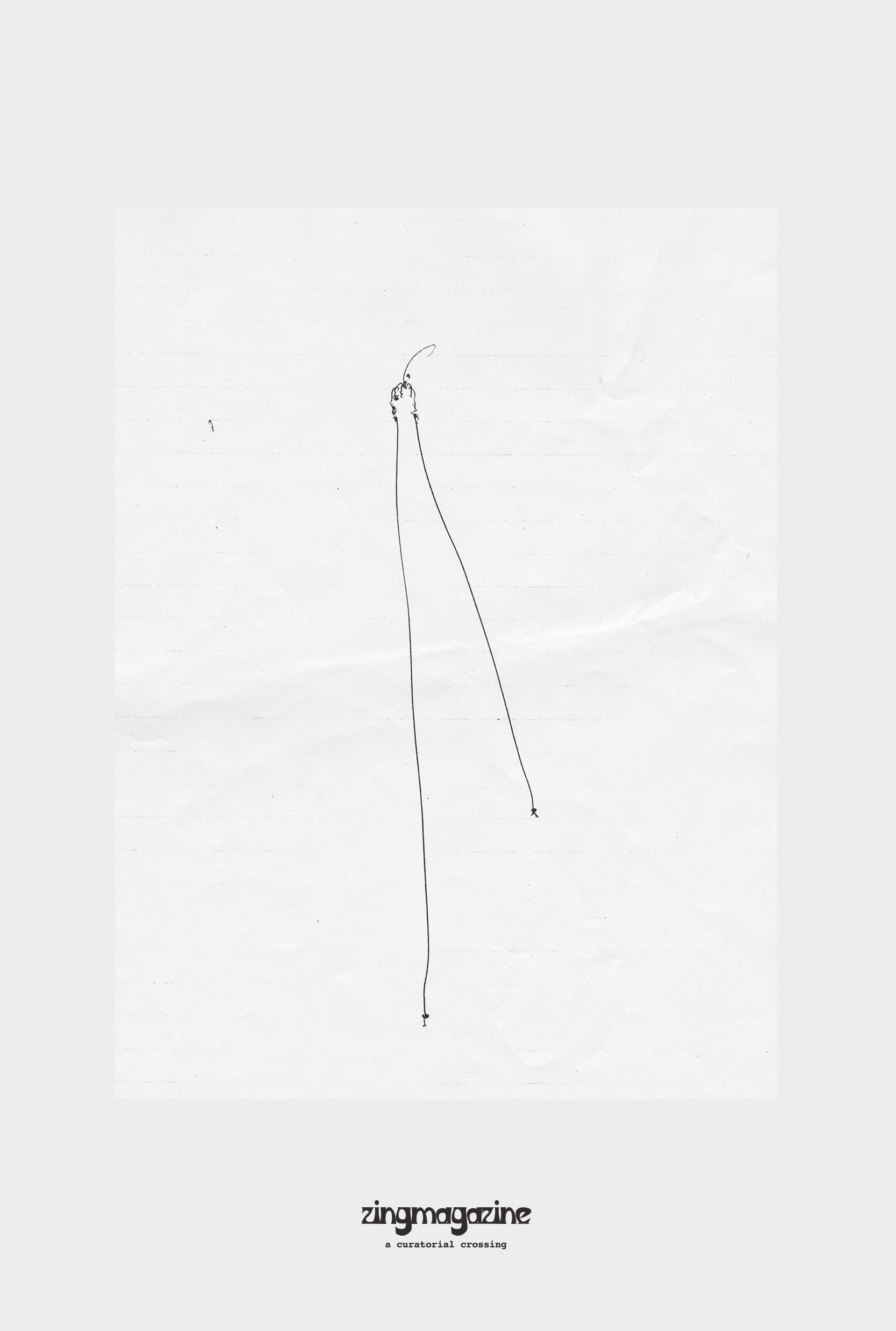
-
zingmagazine book #10: The Schachter Family
Family Affair
zingmagazine book #10: The Schachter Family
